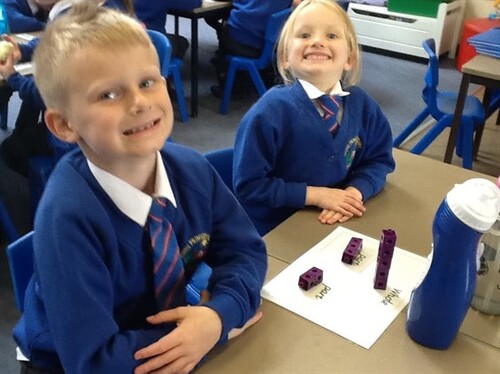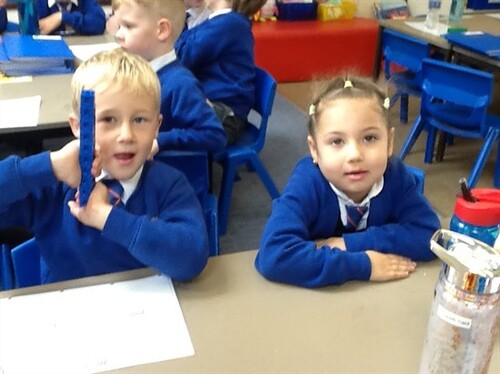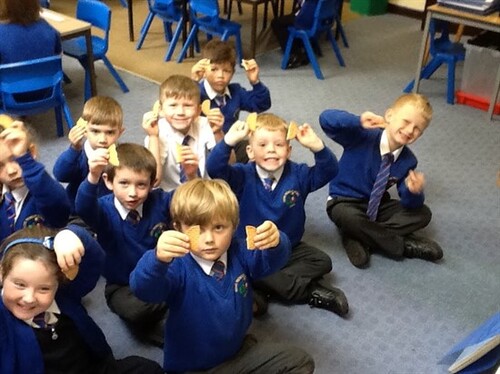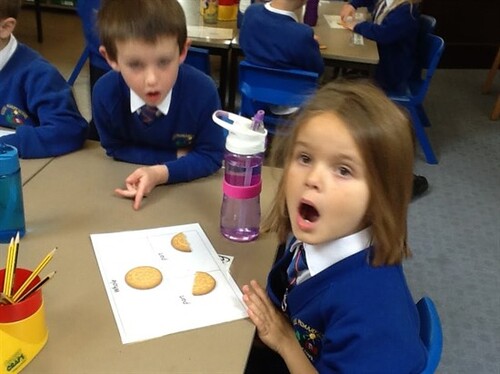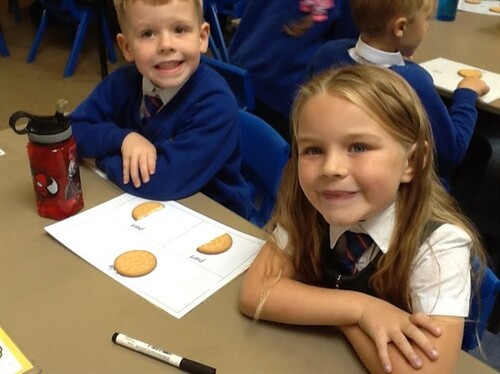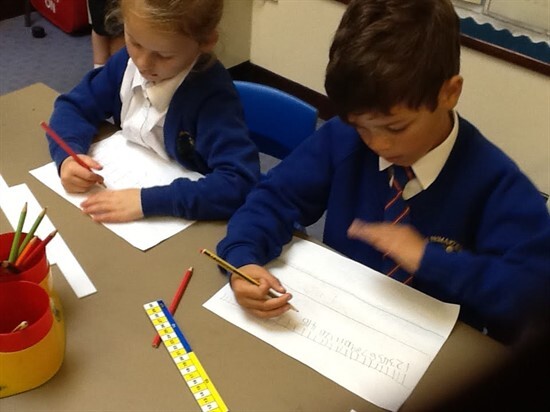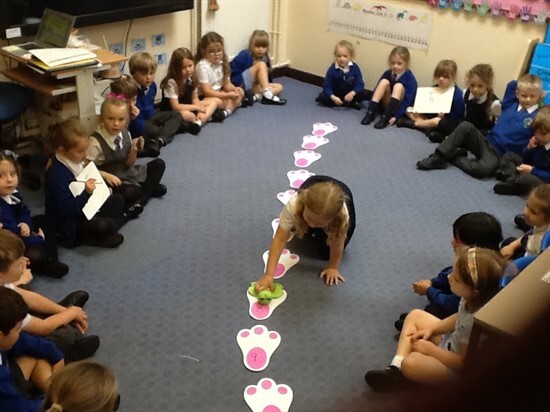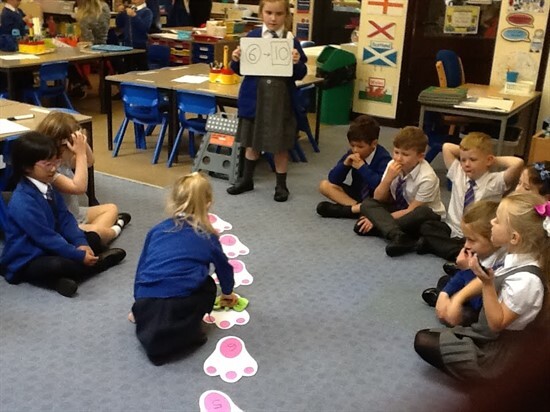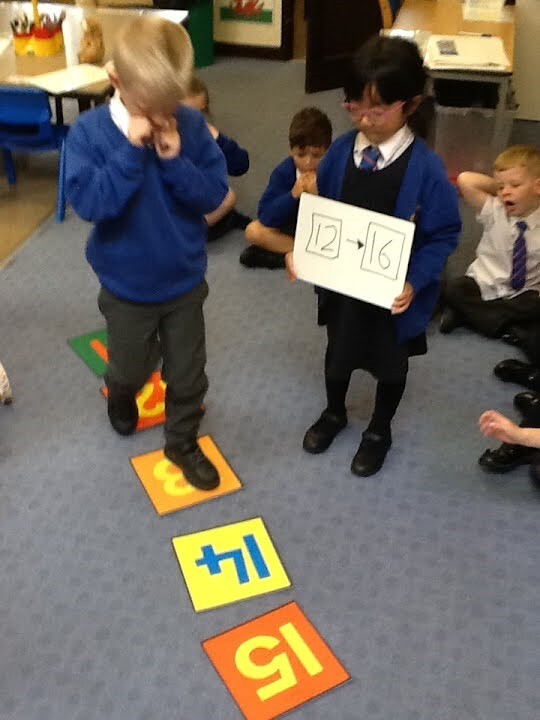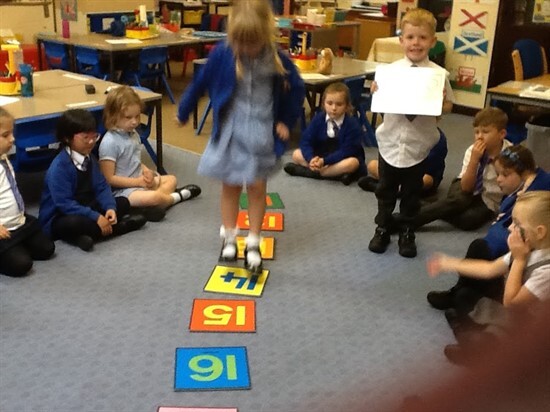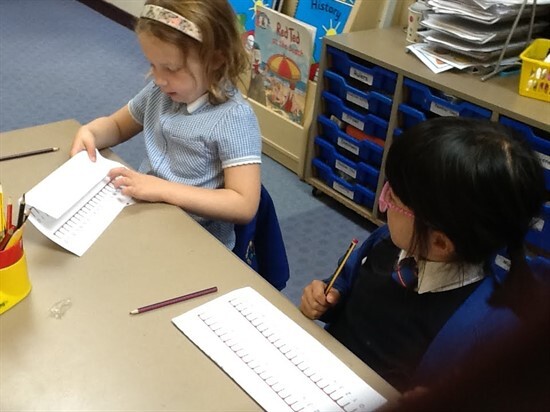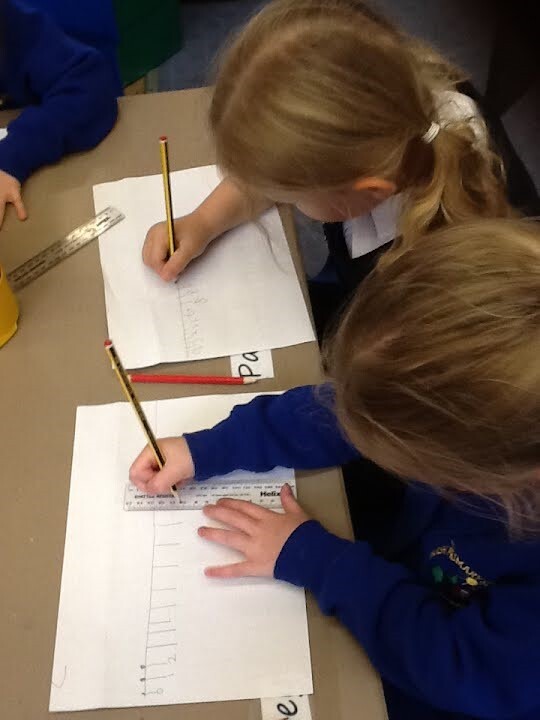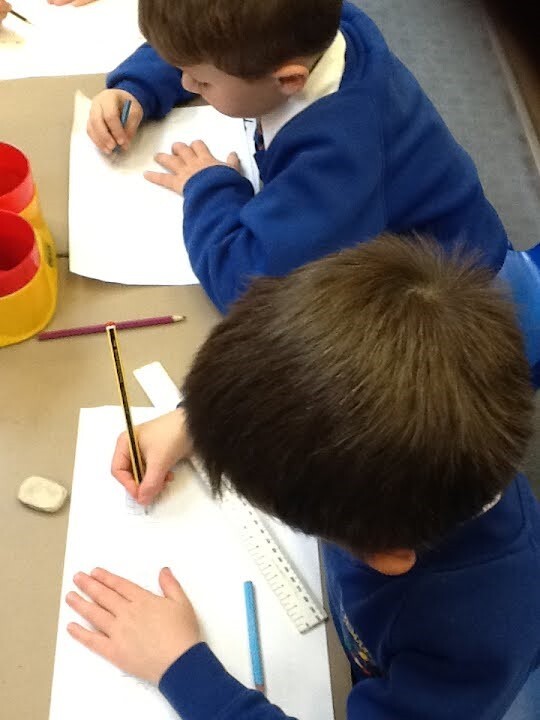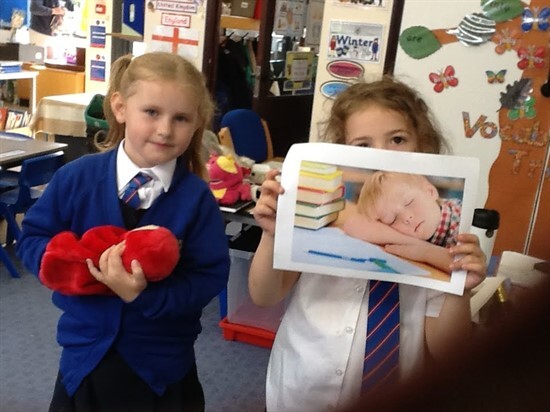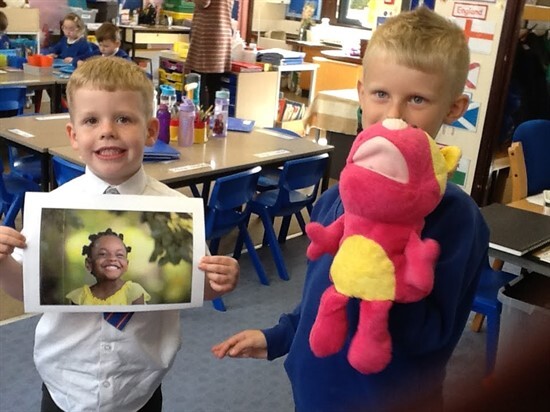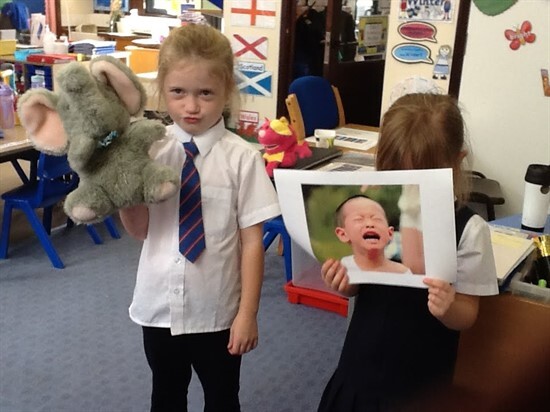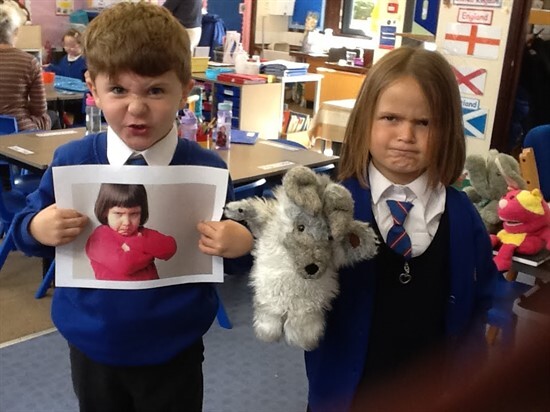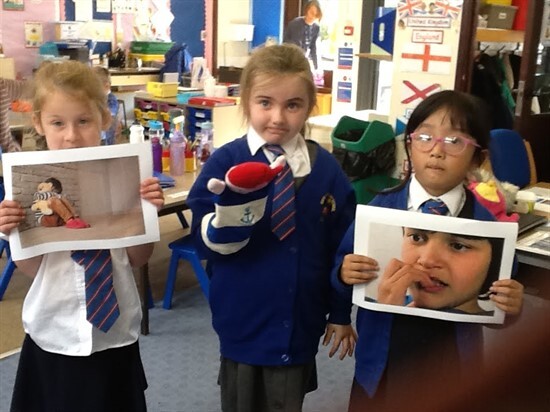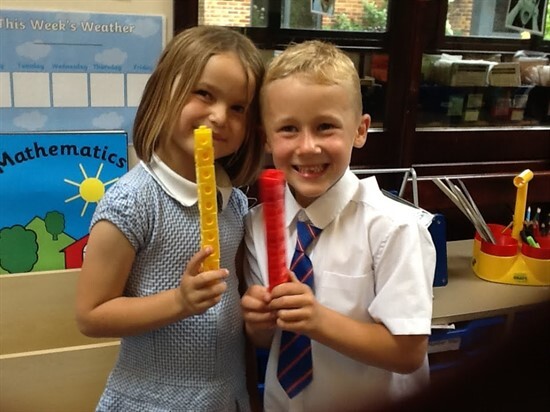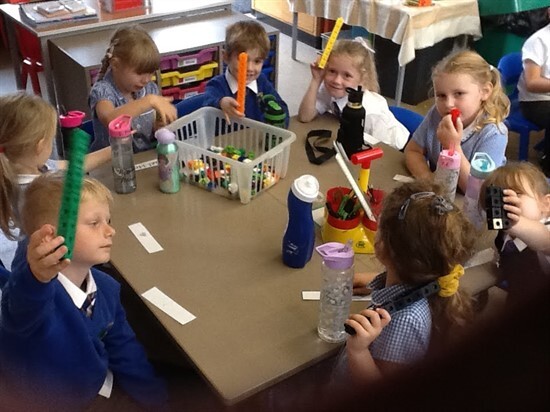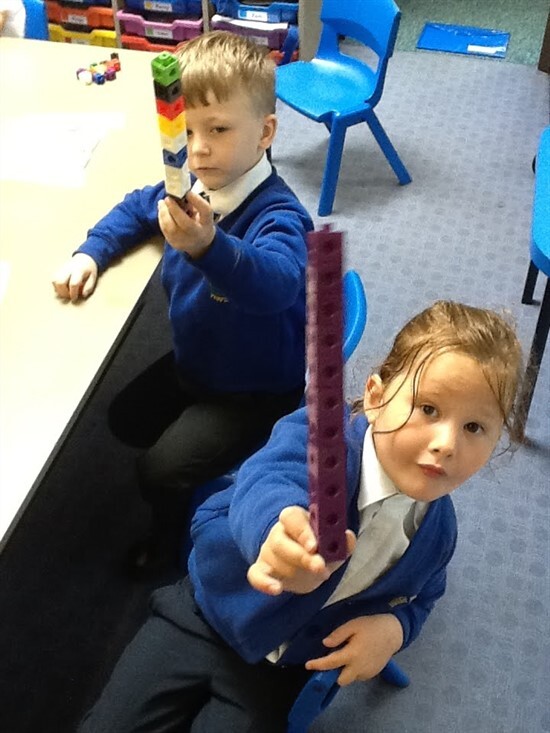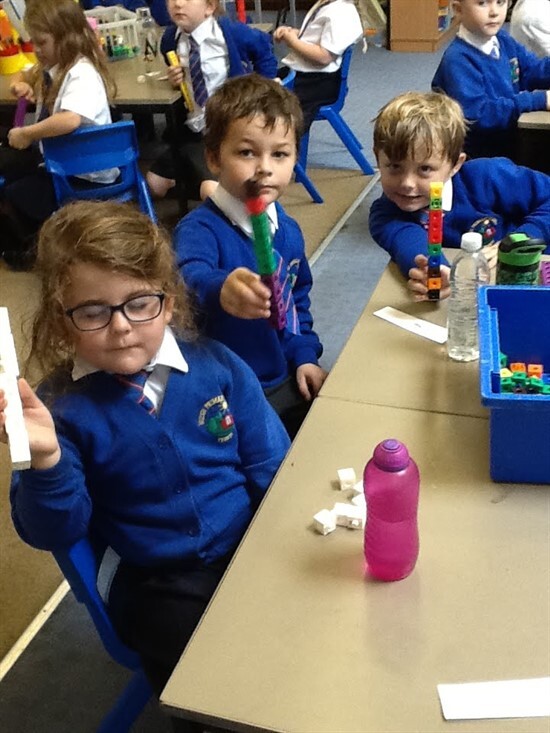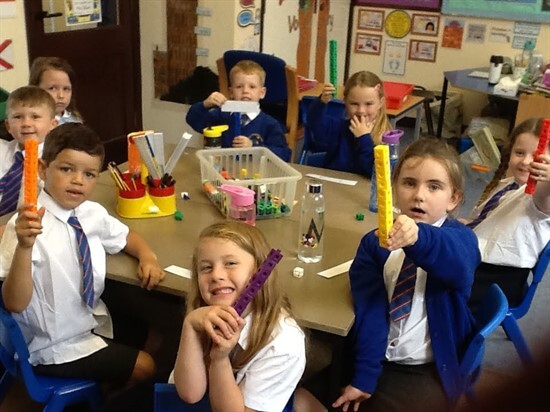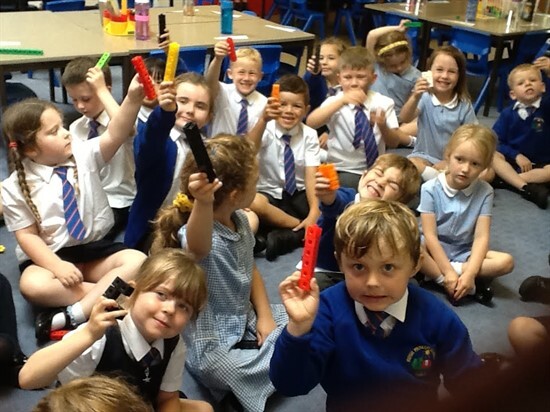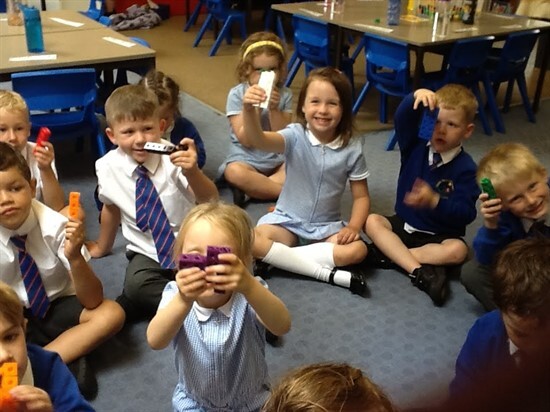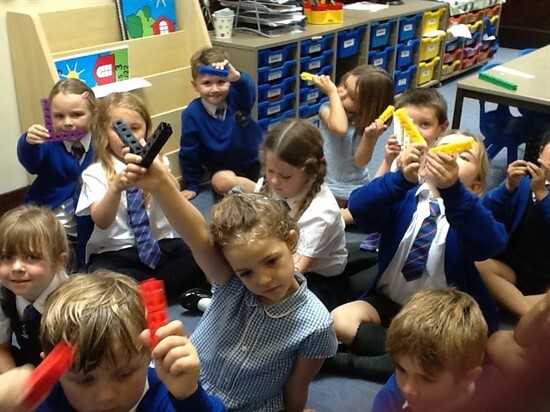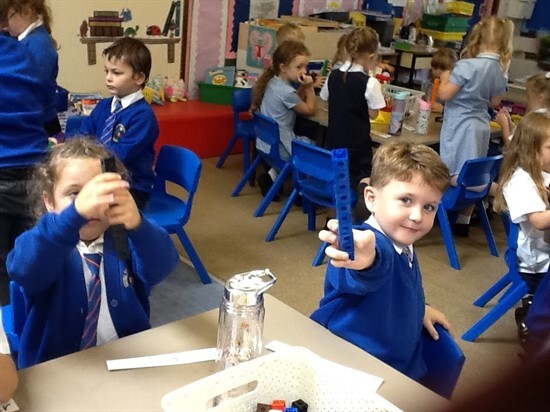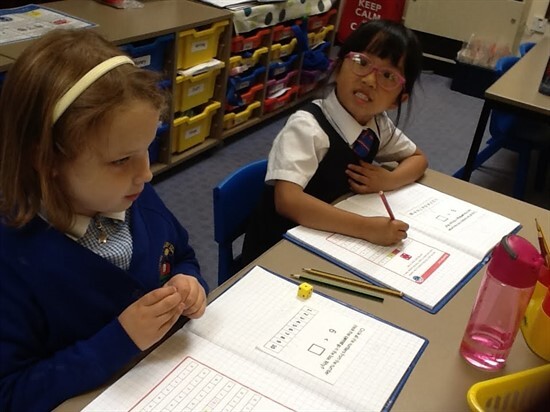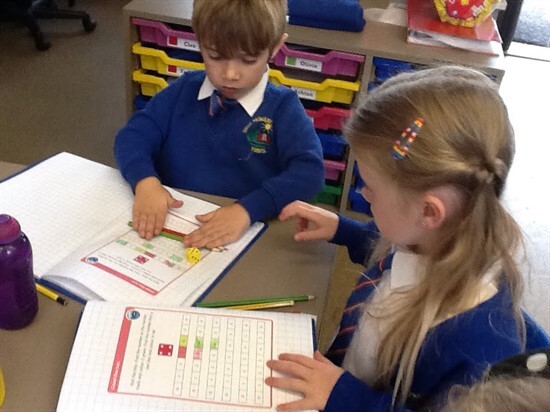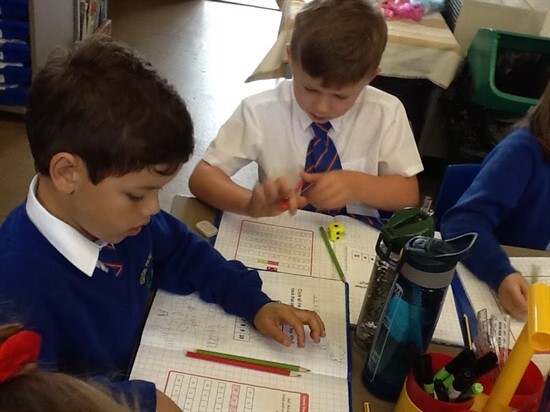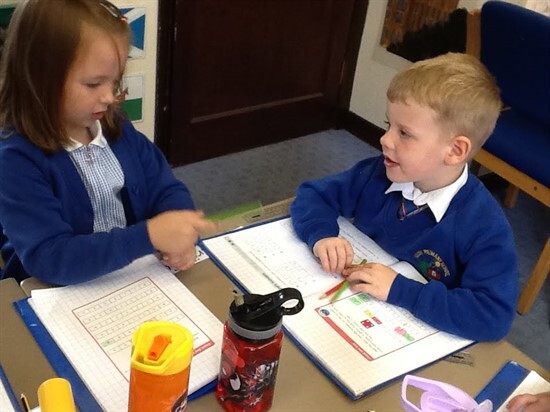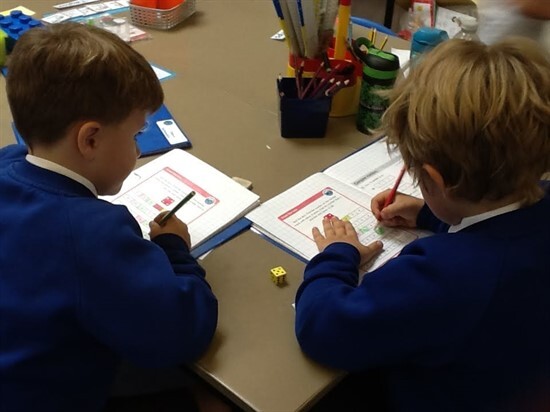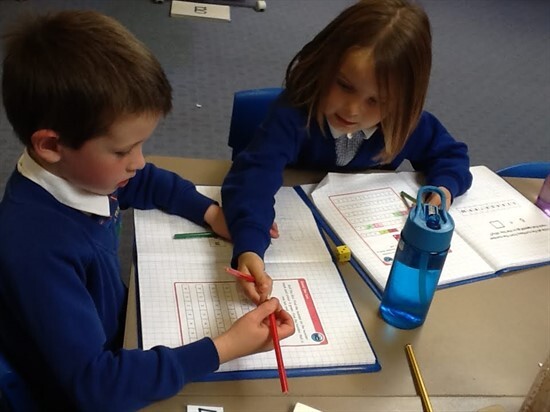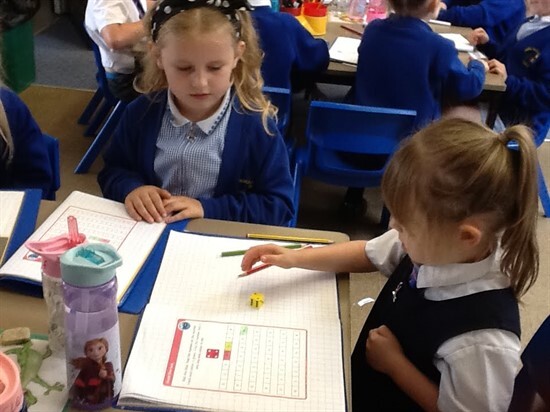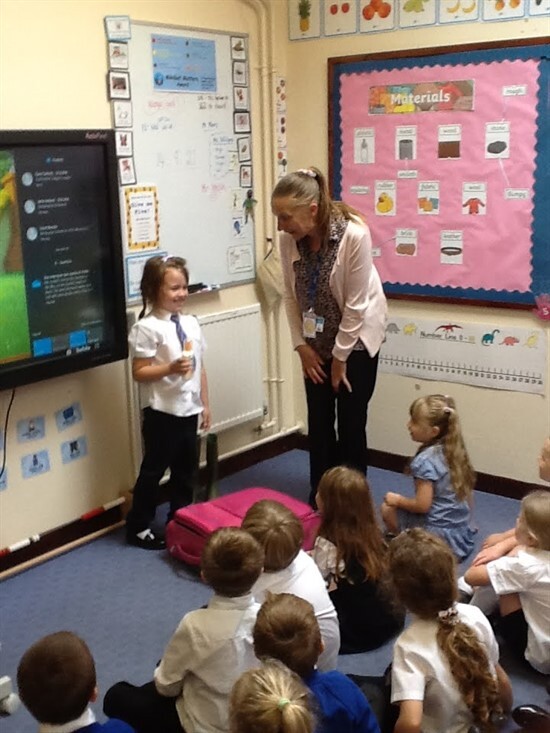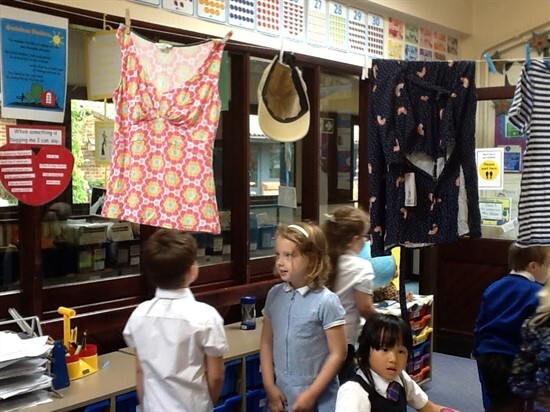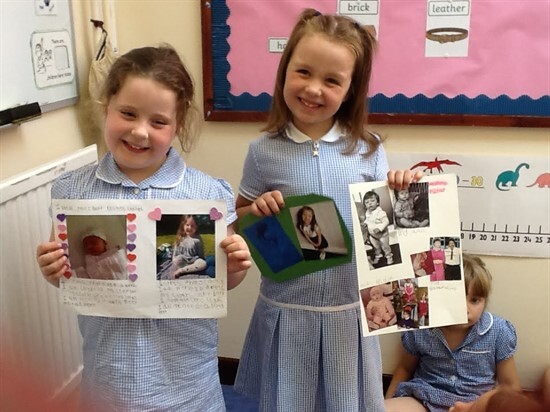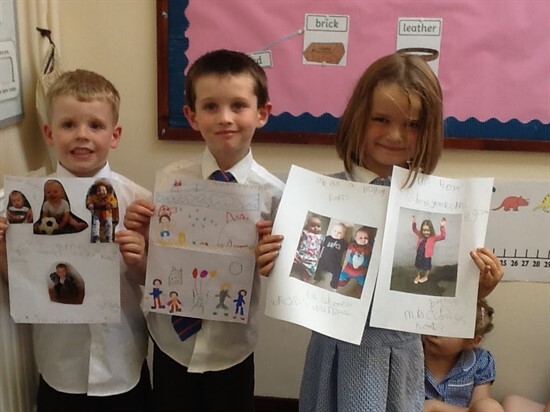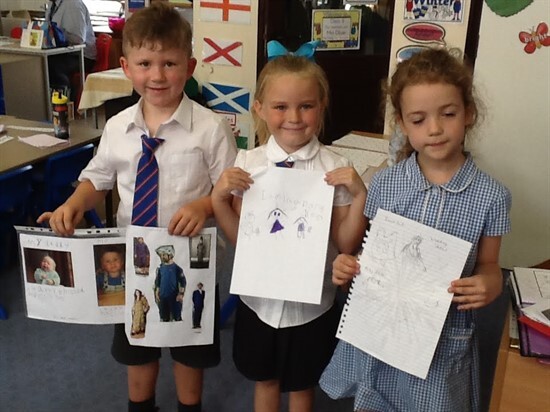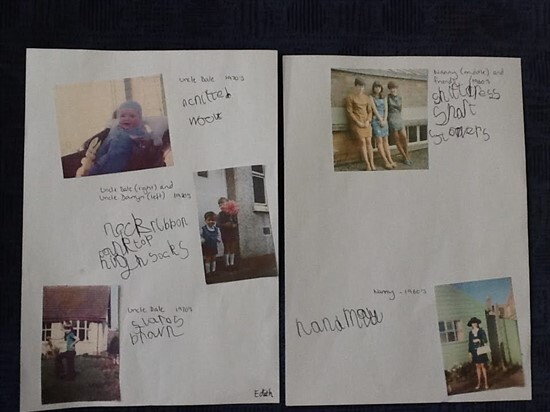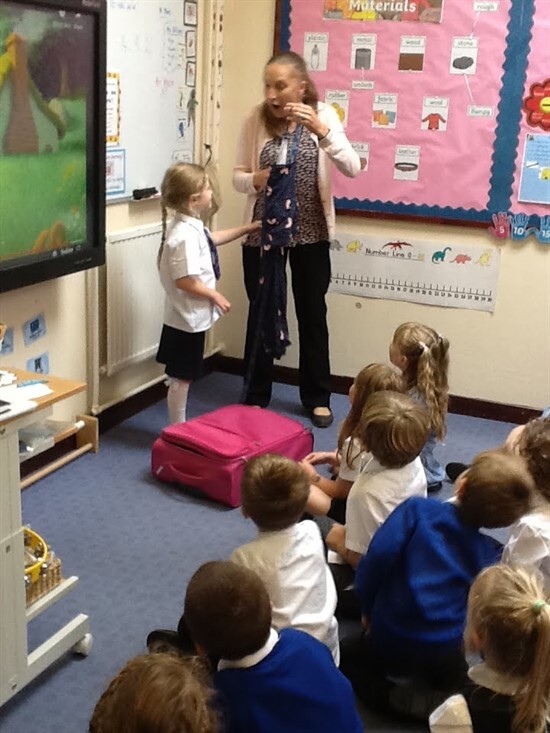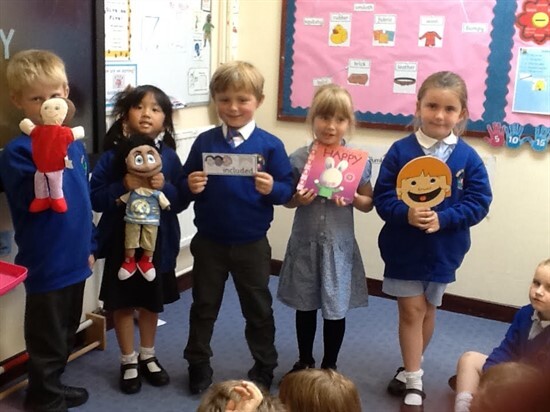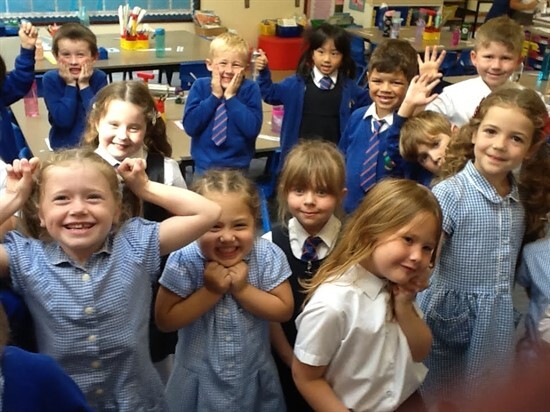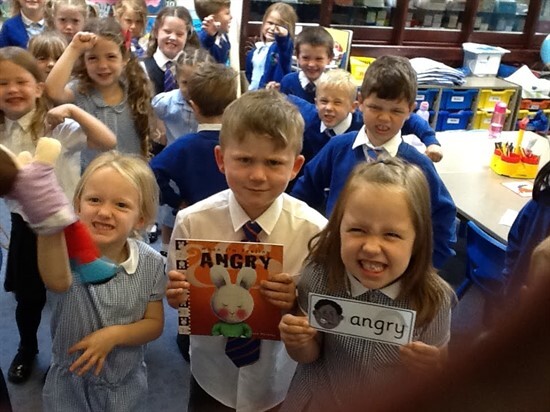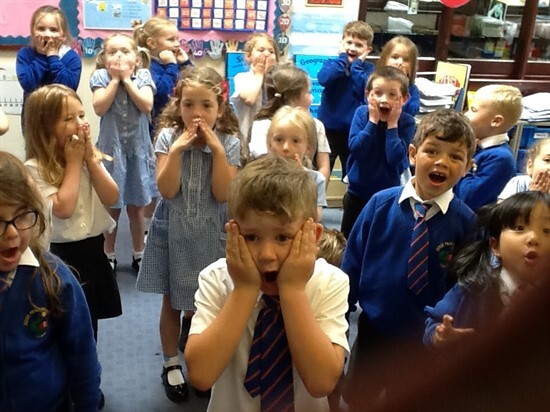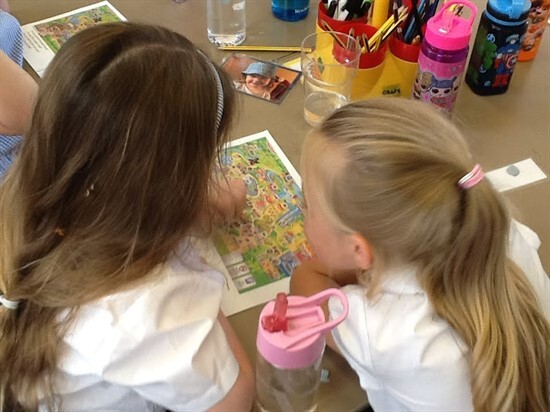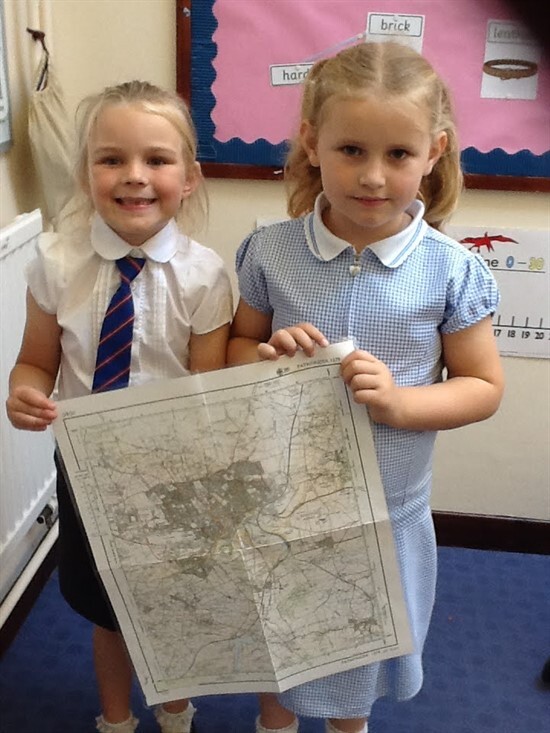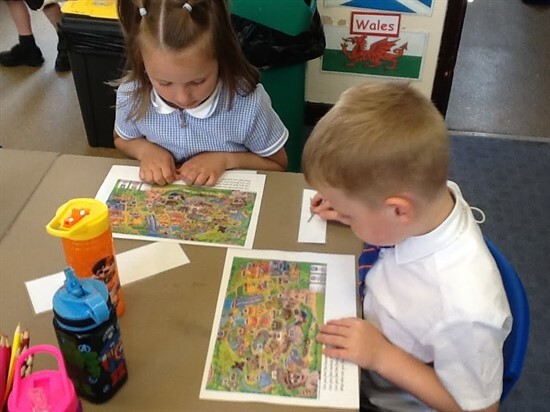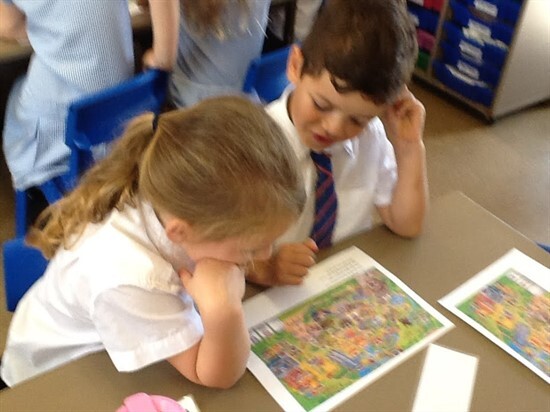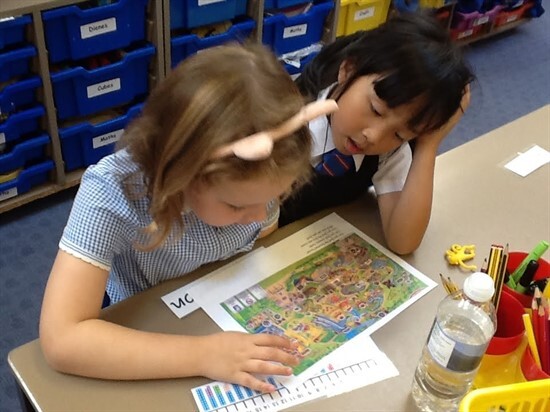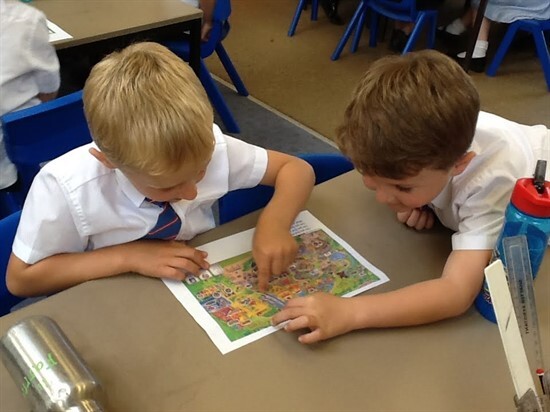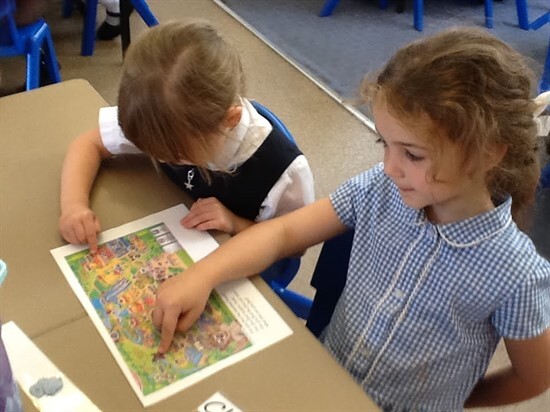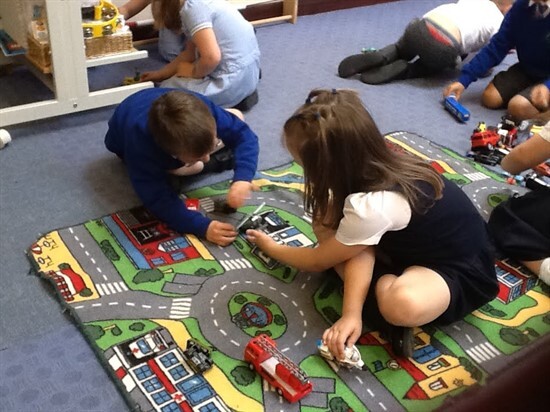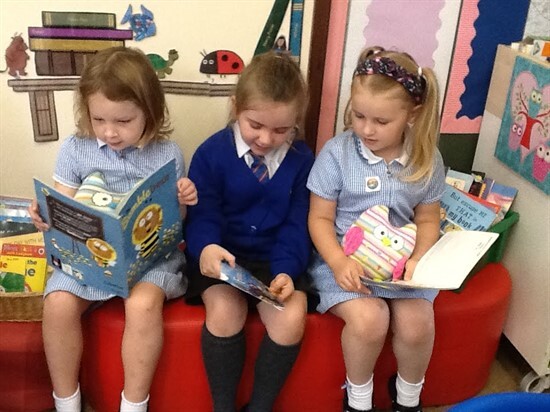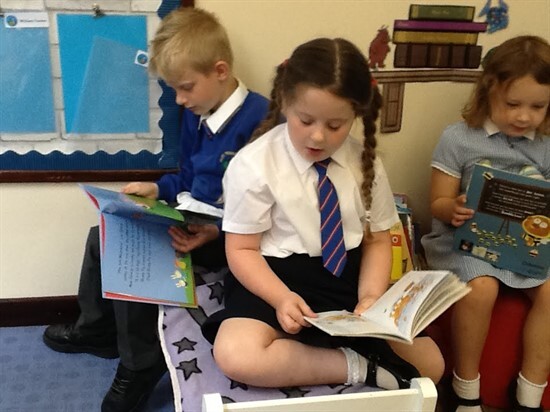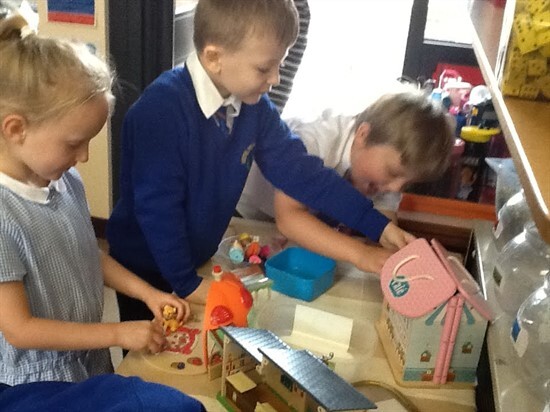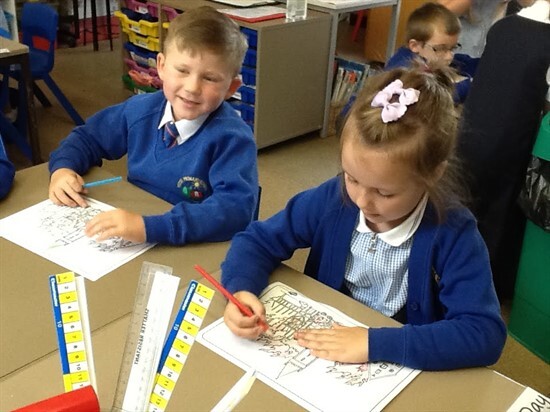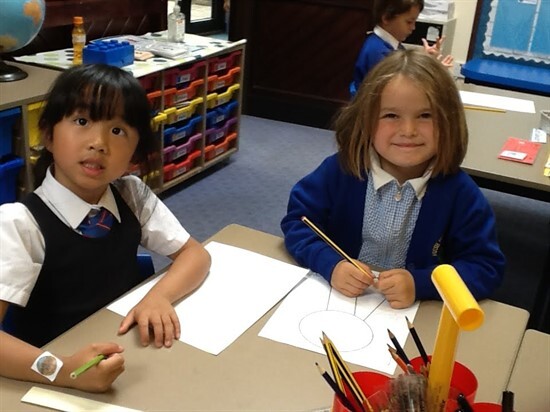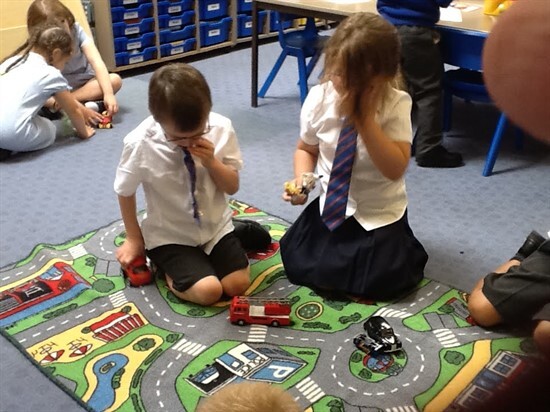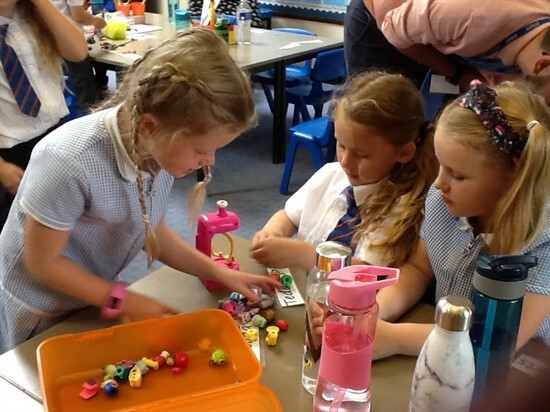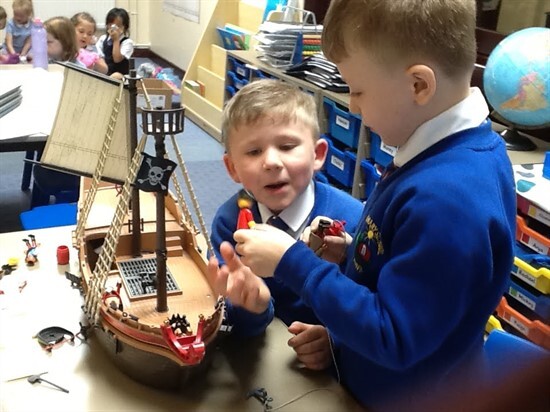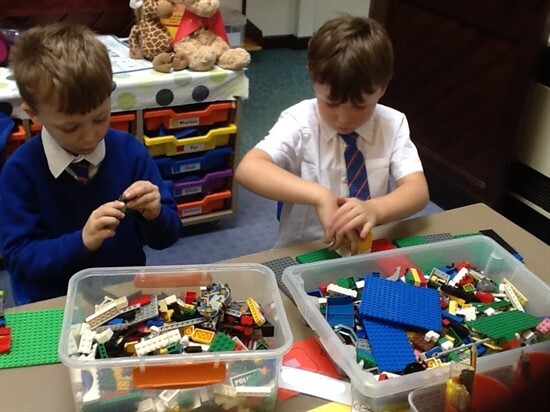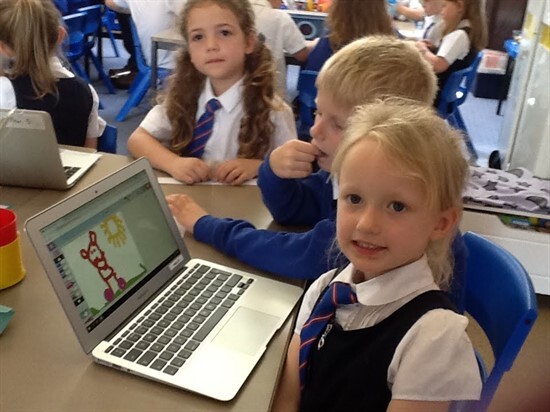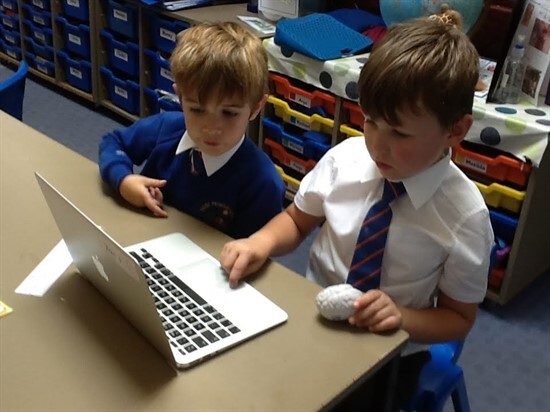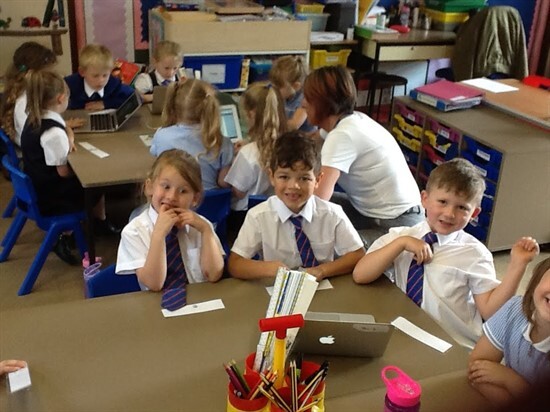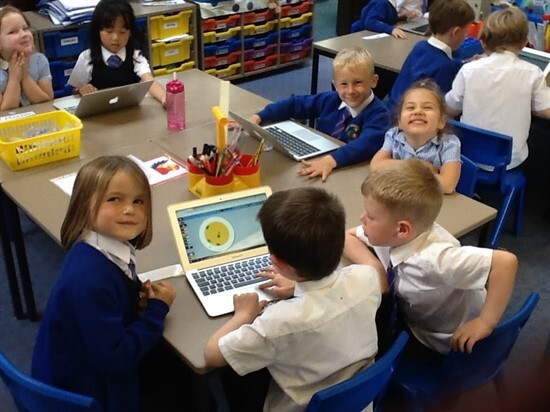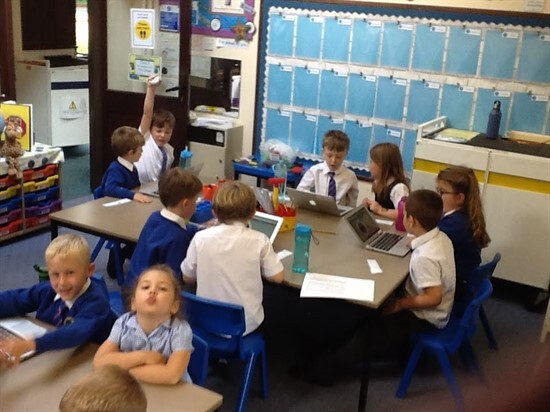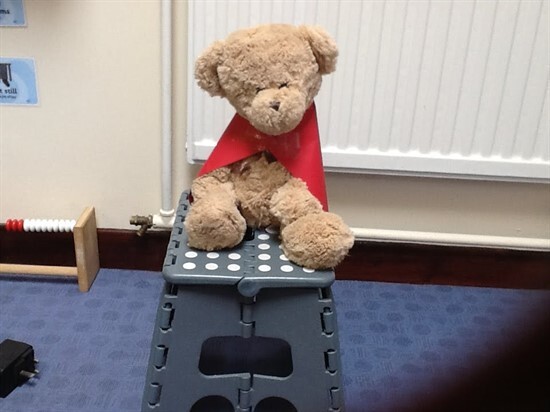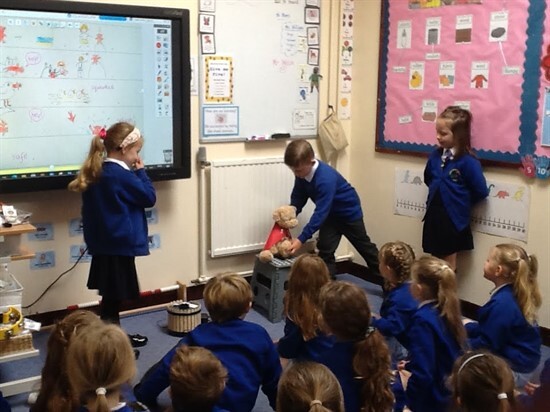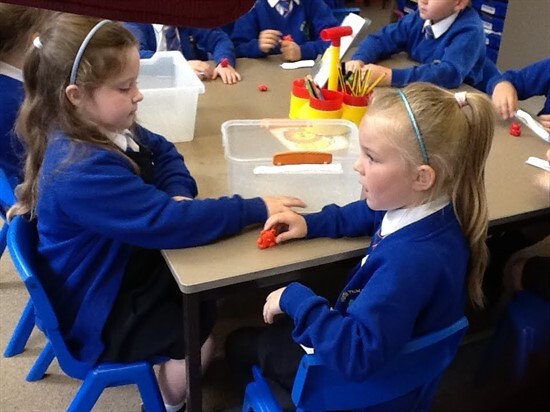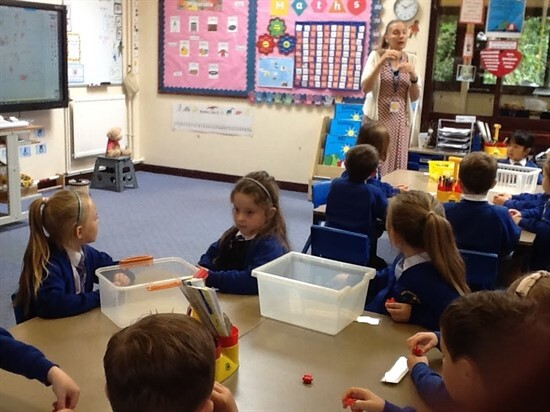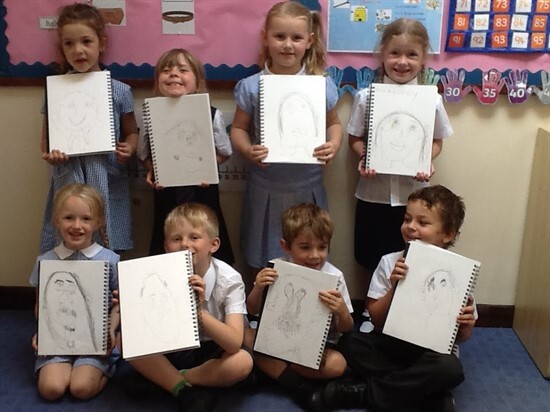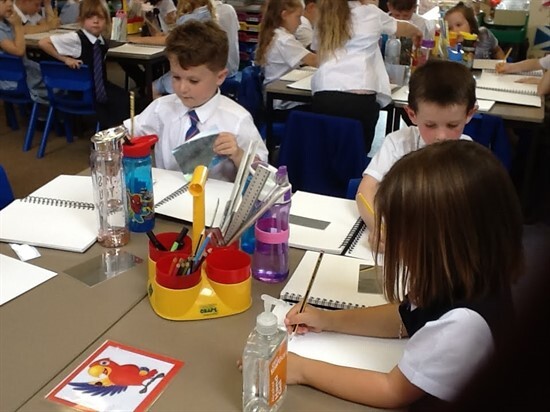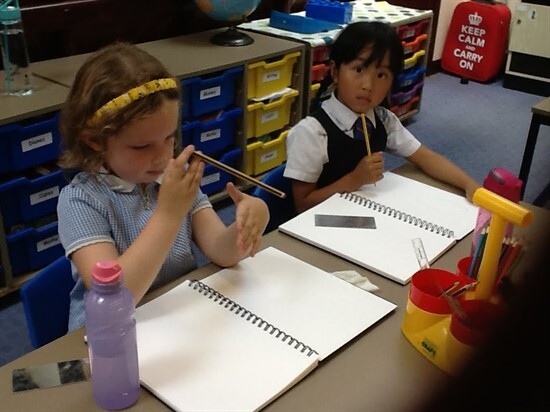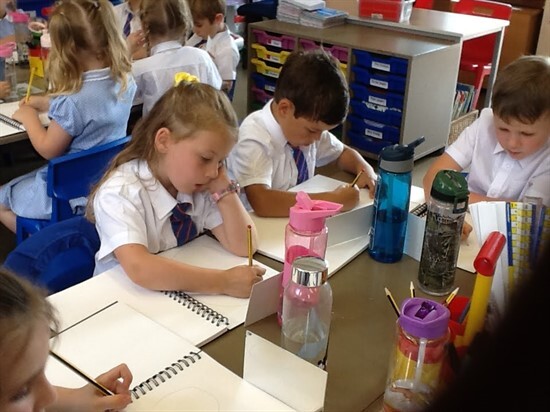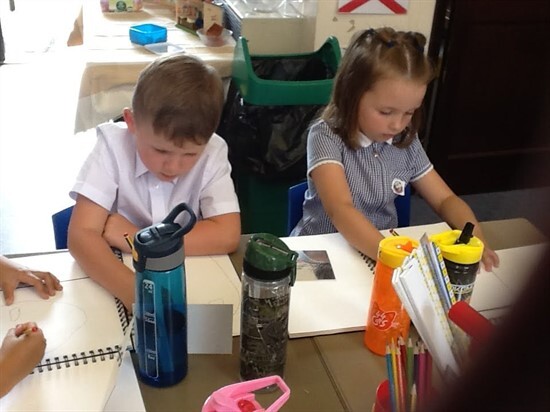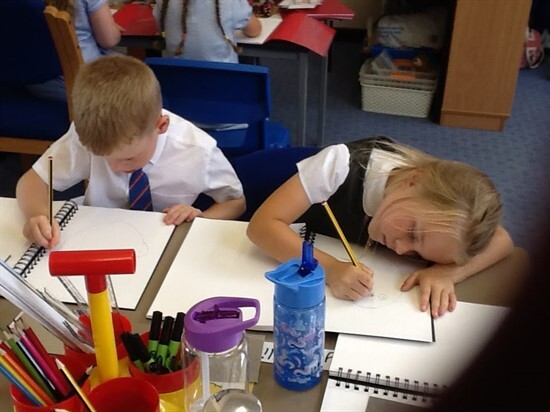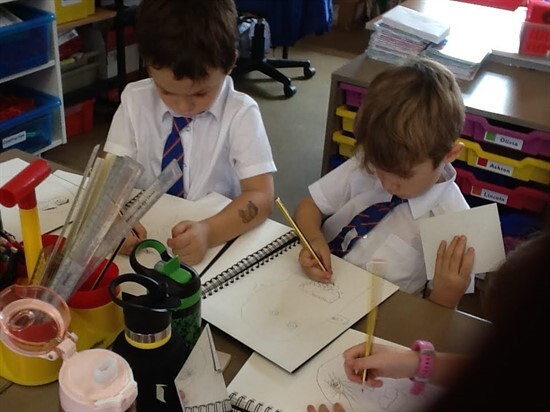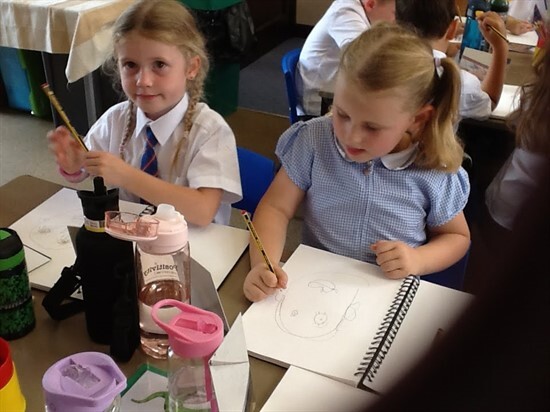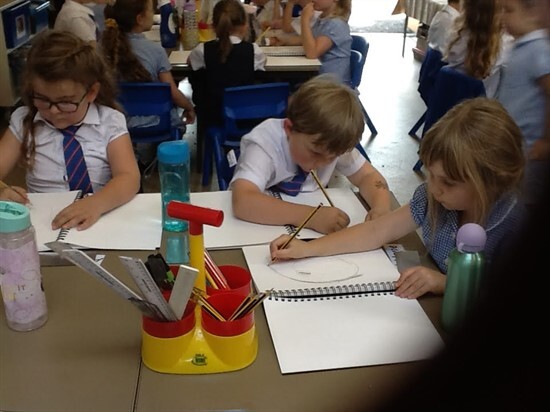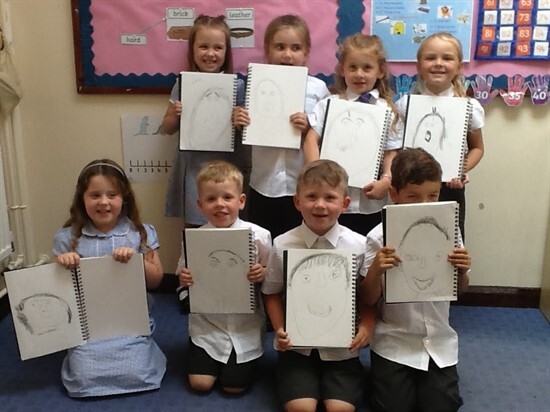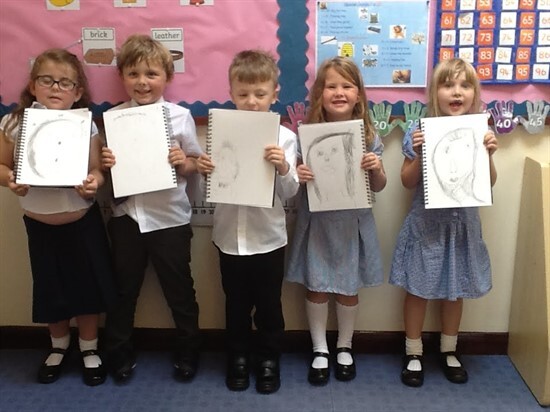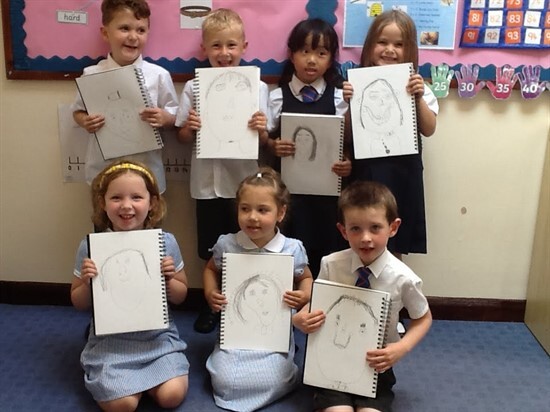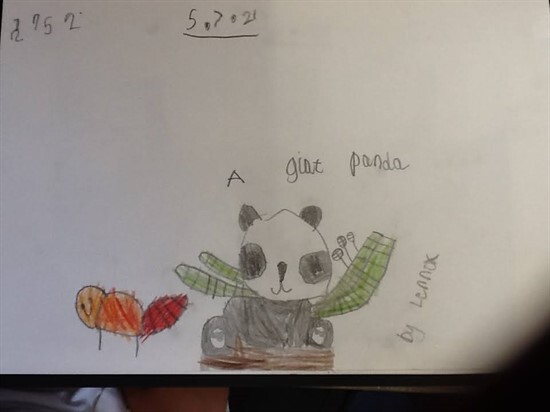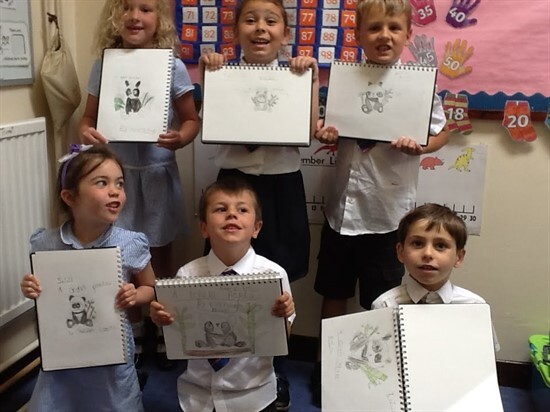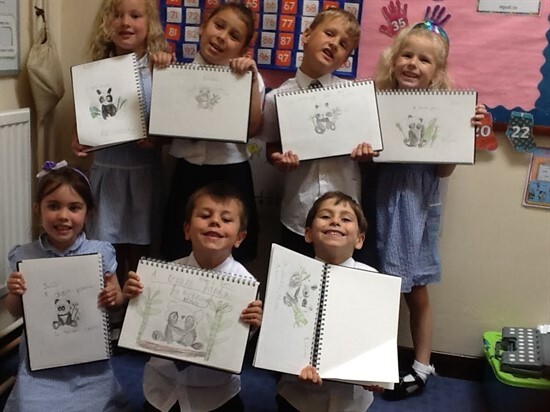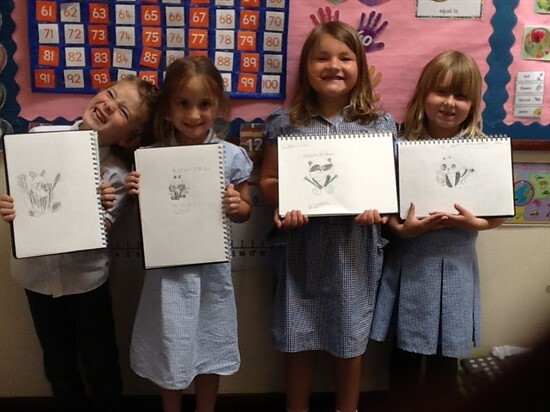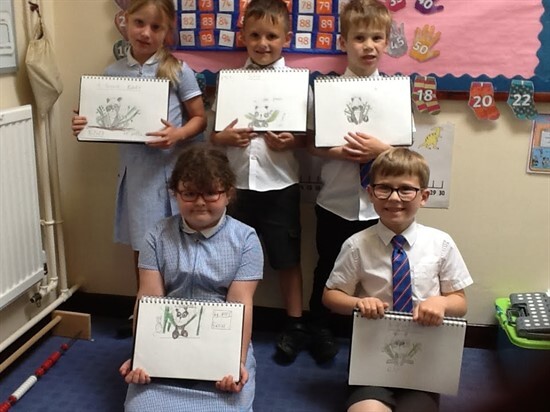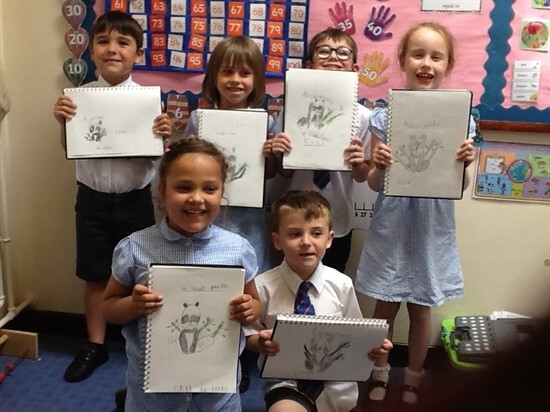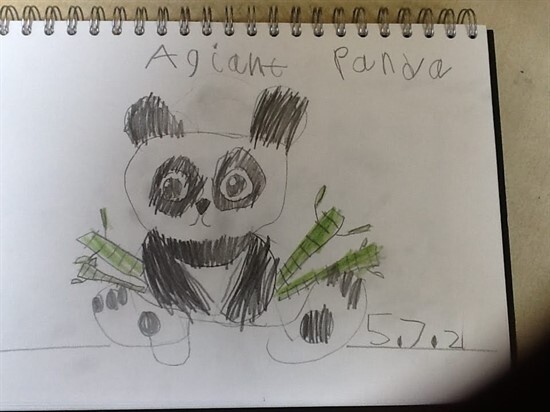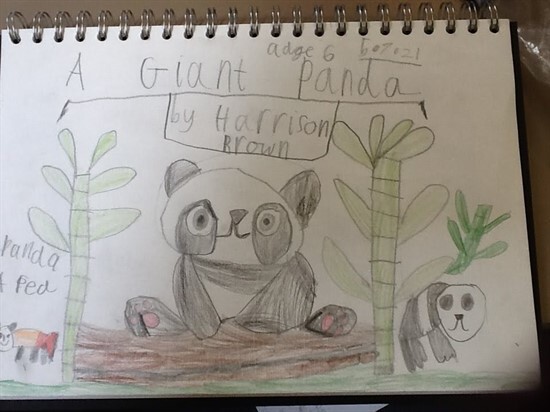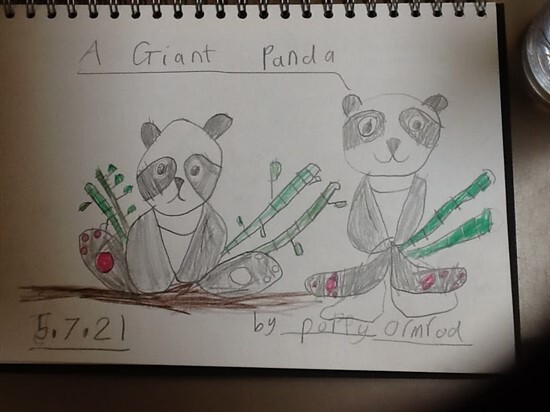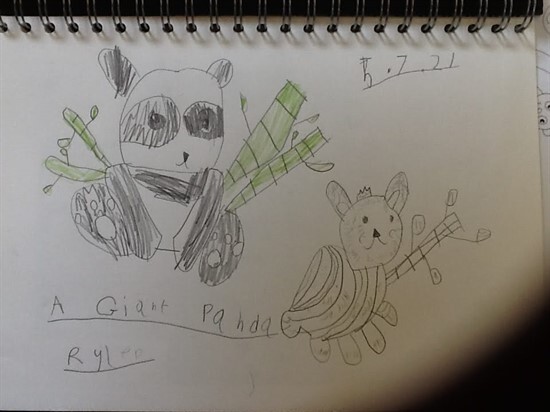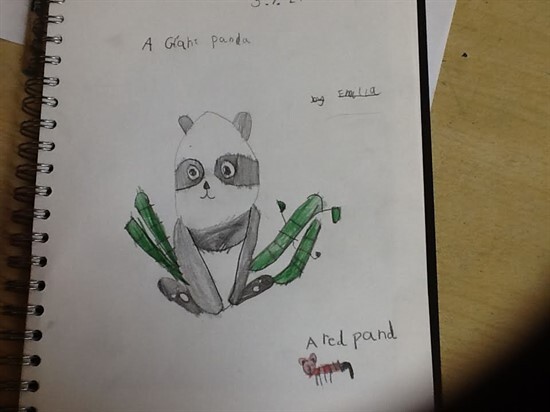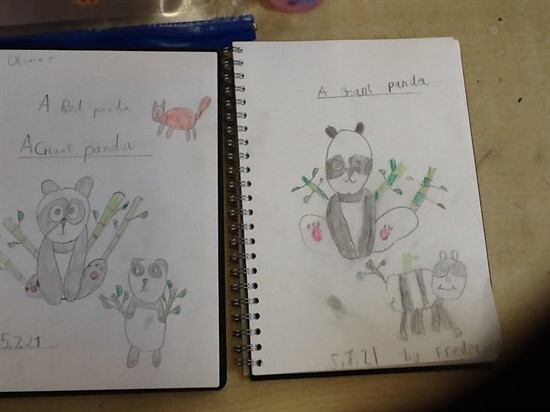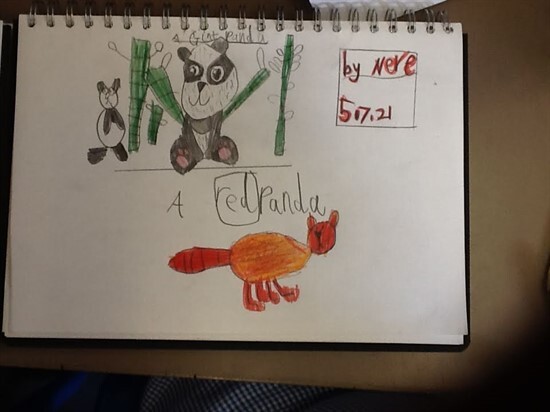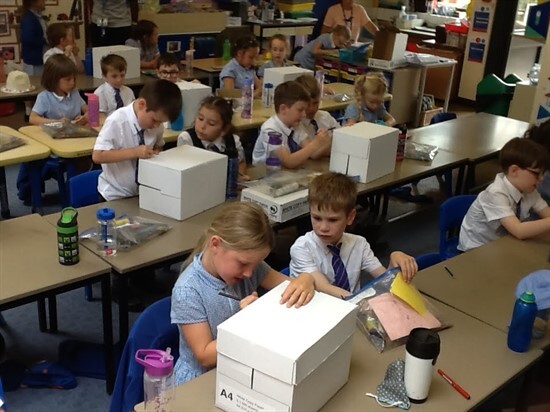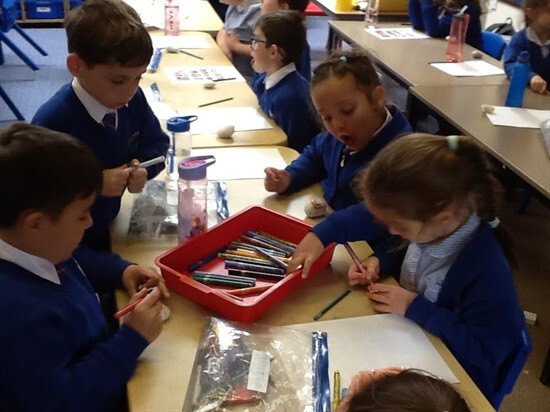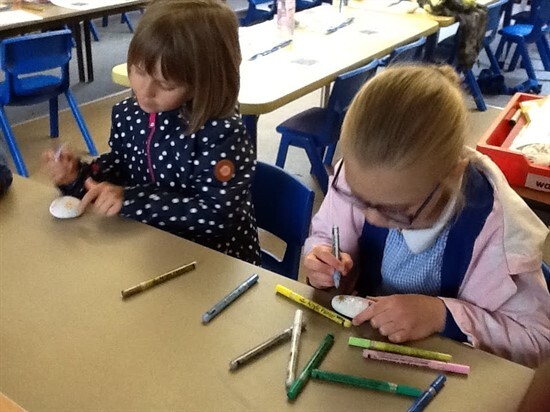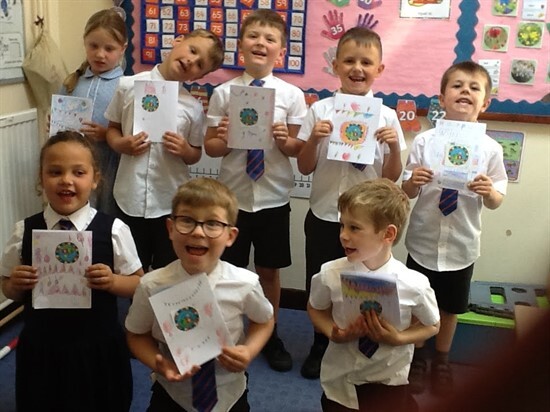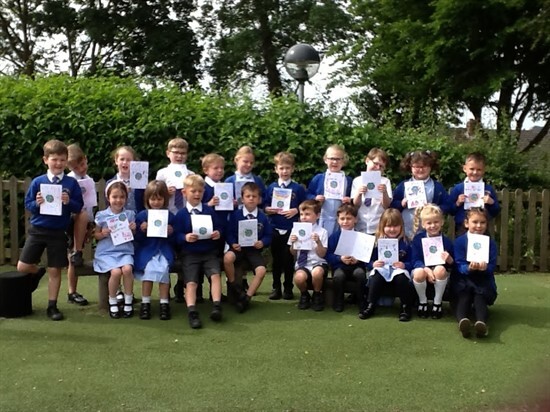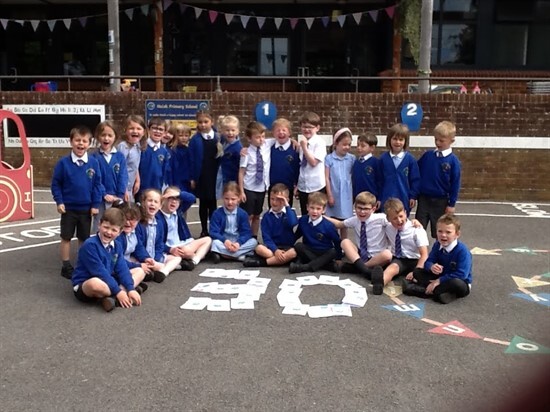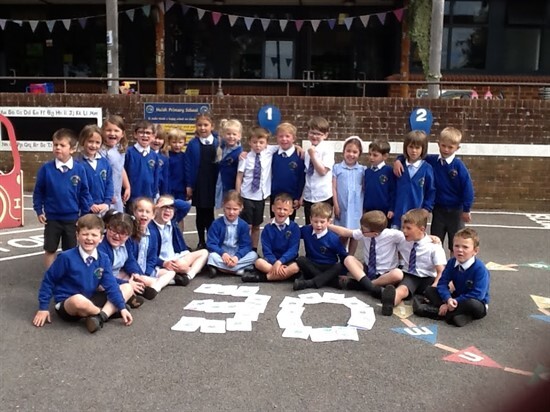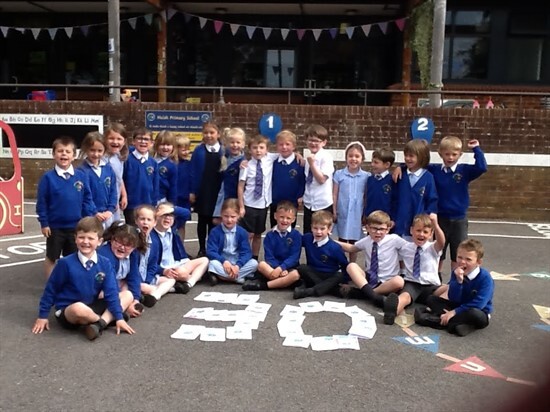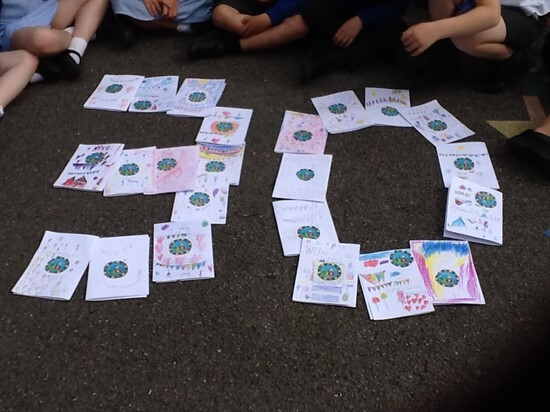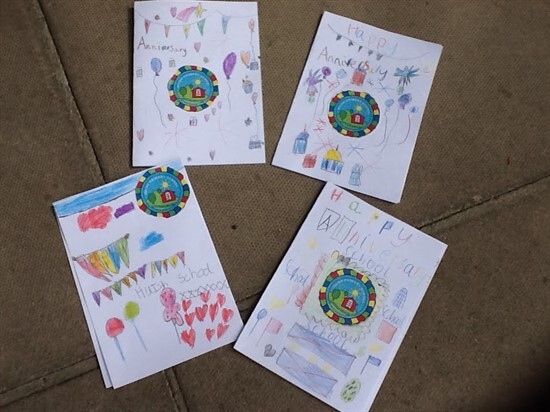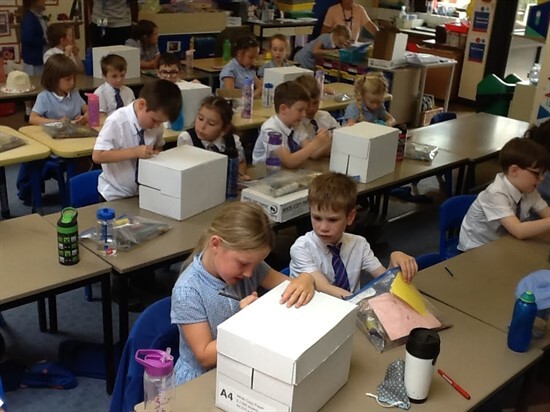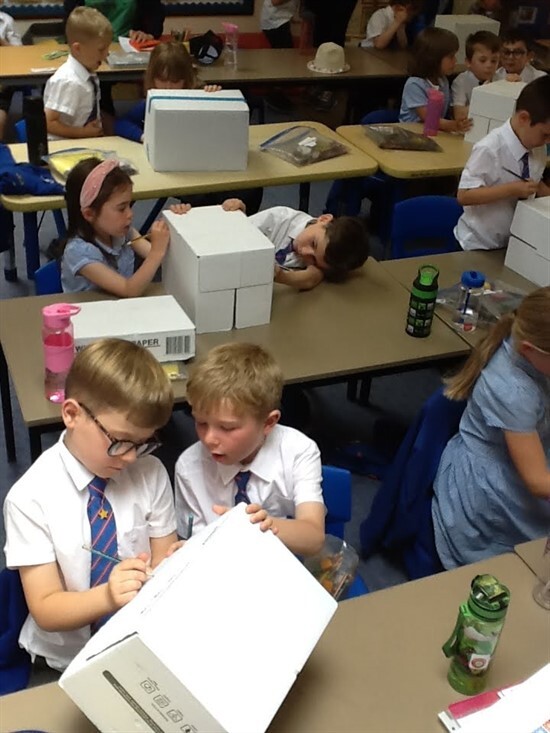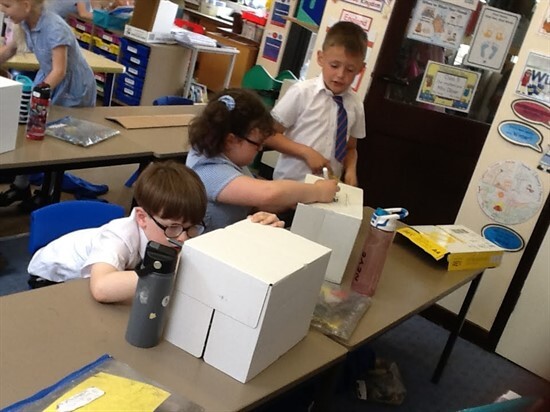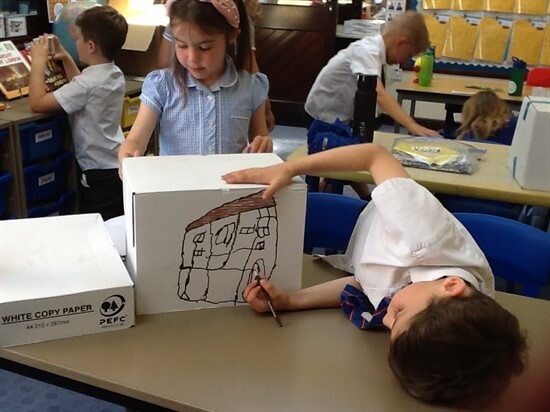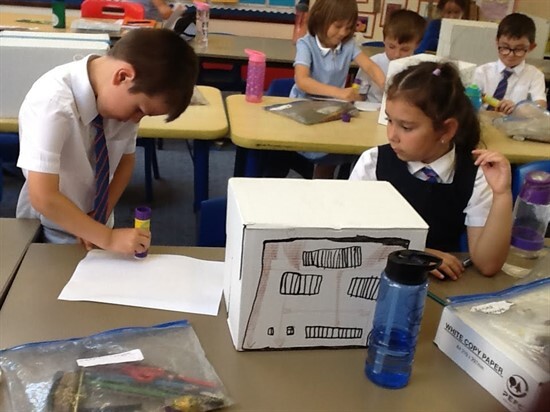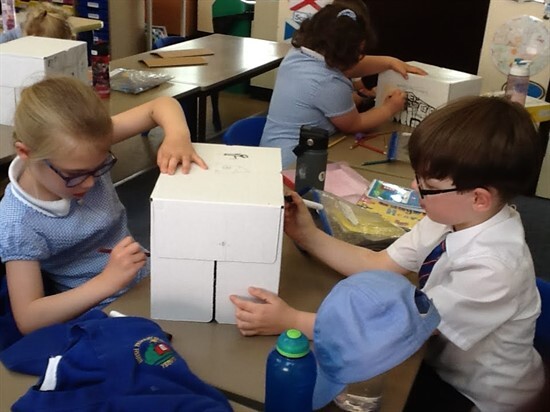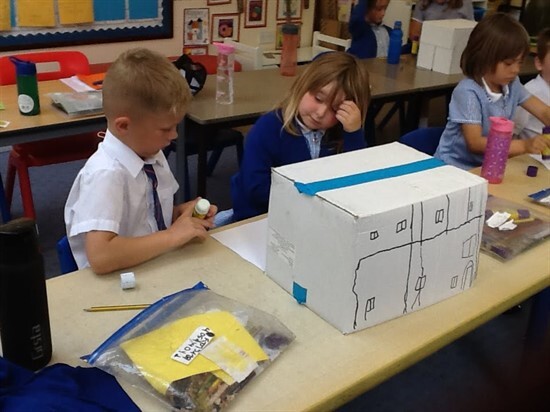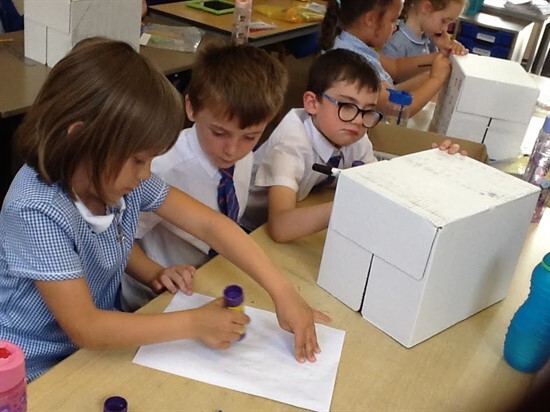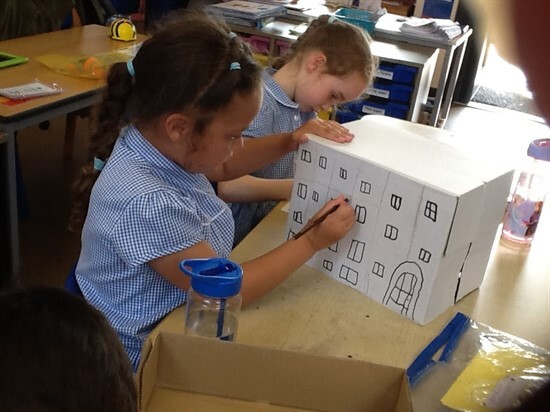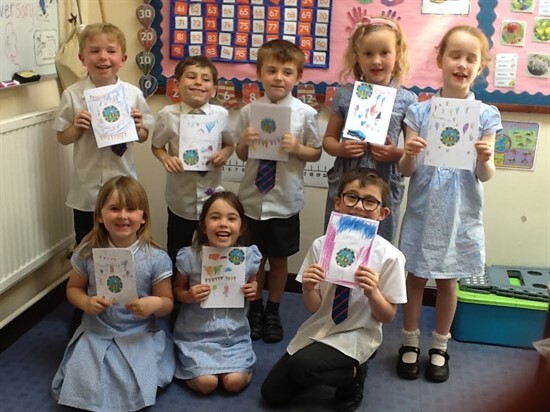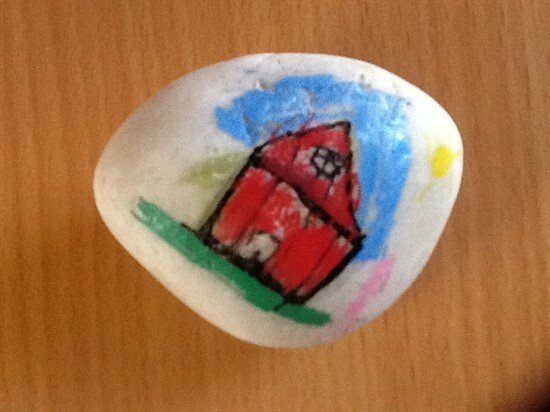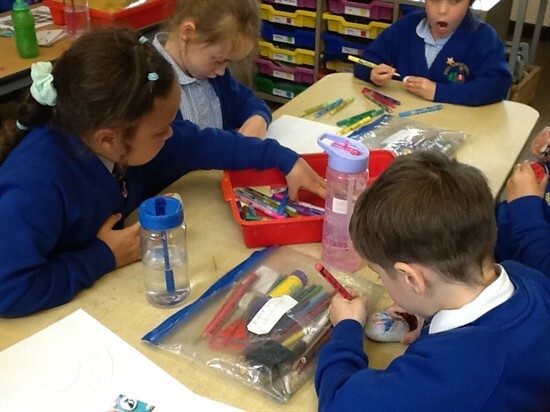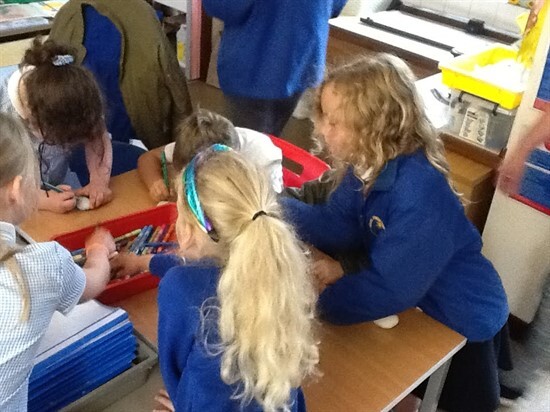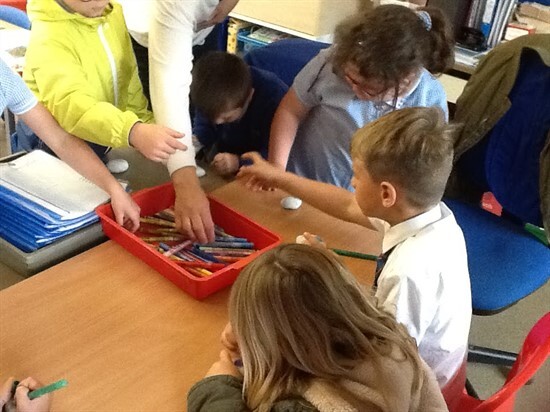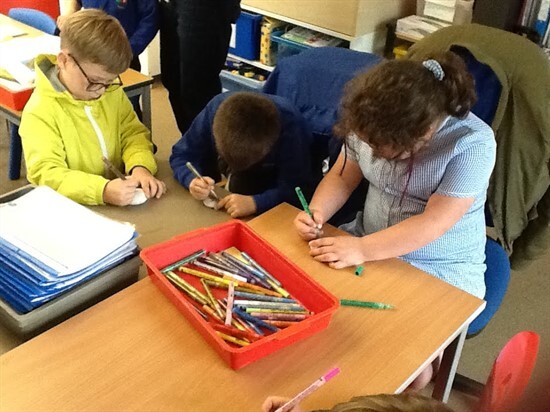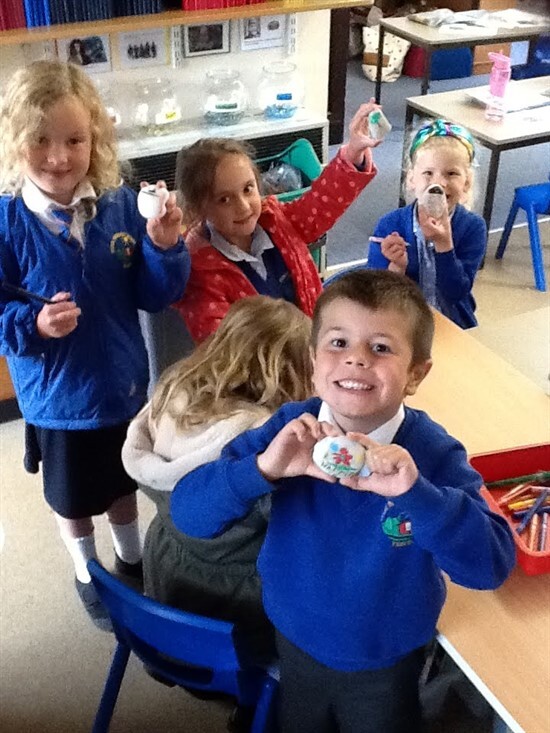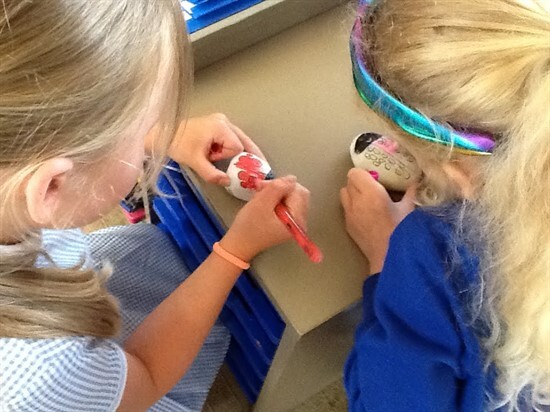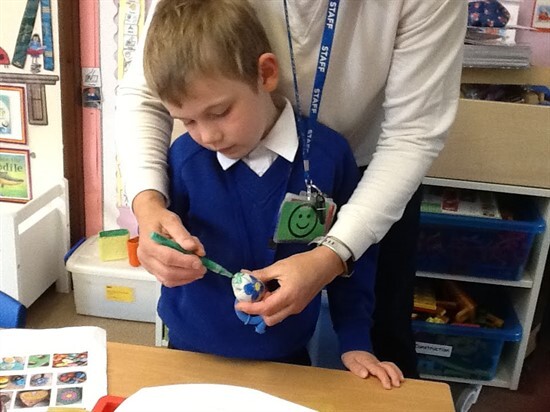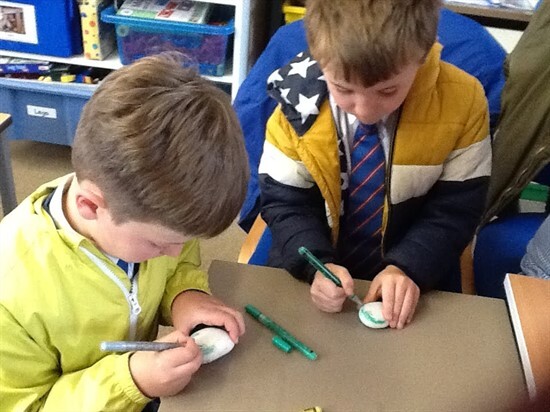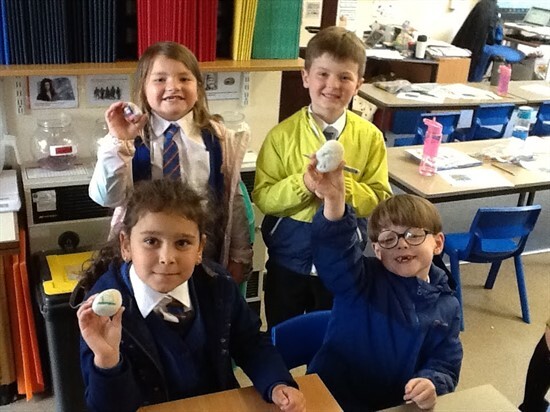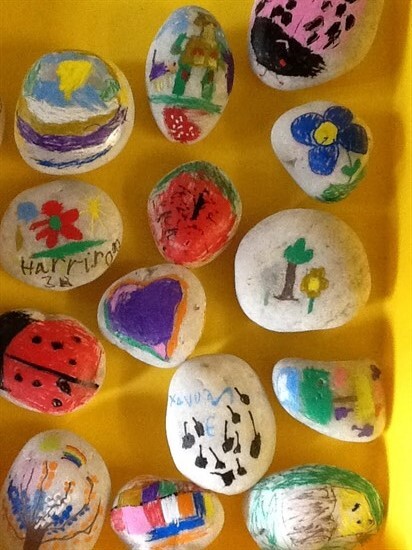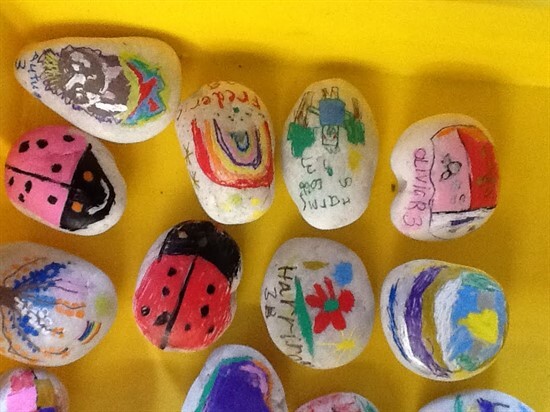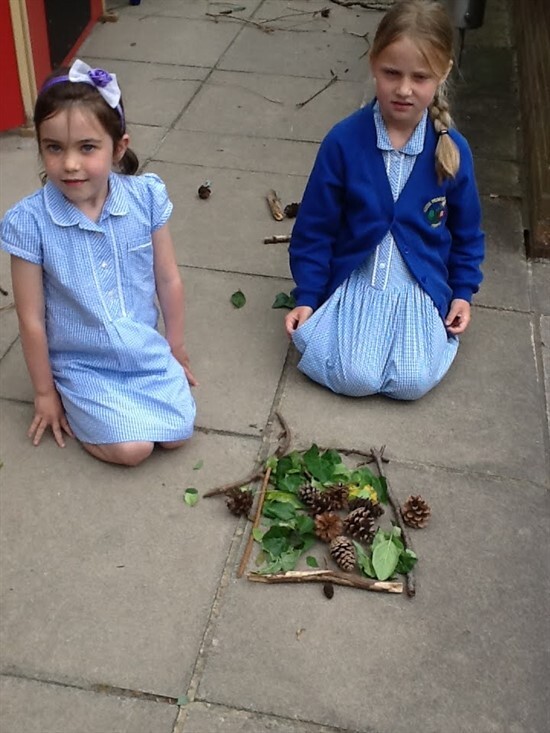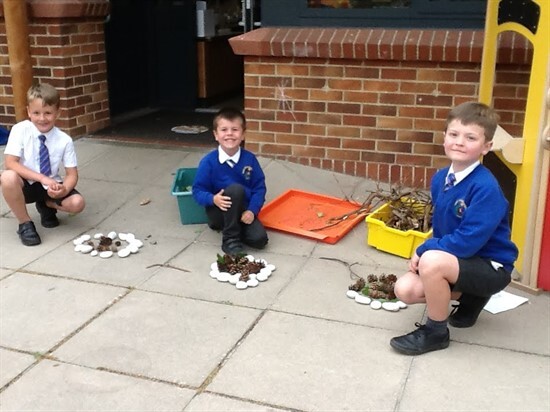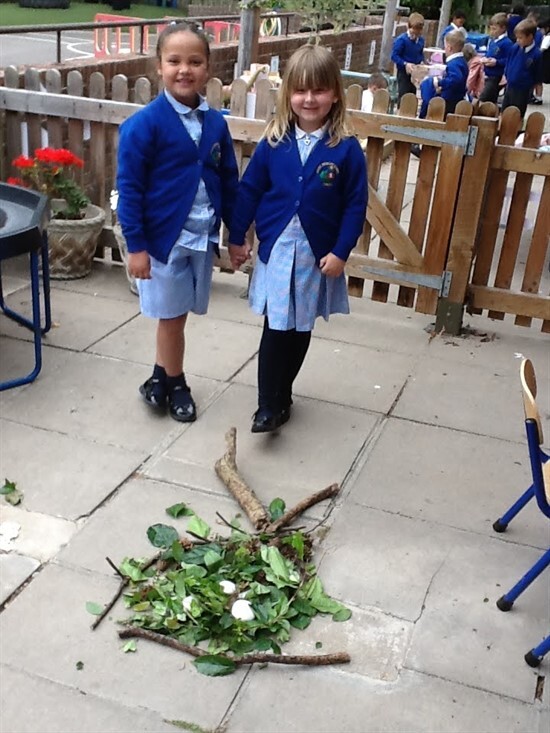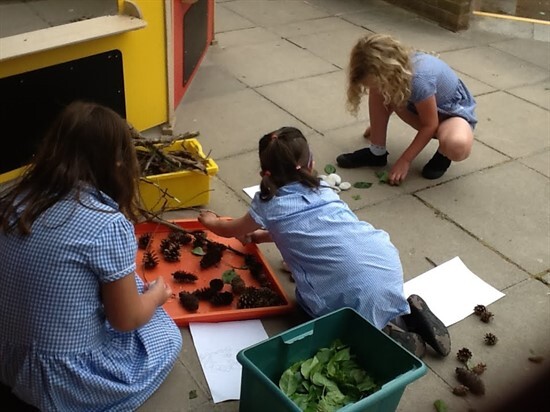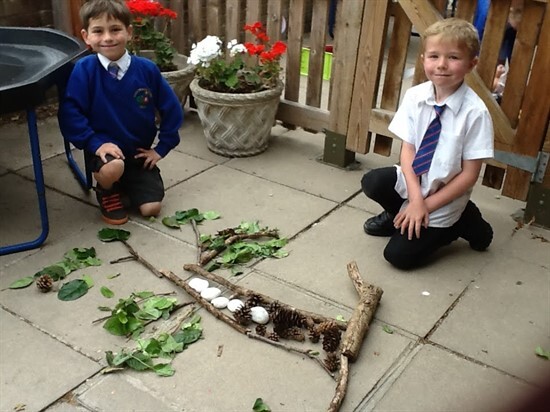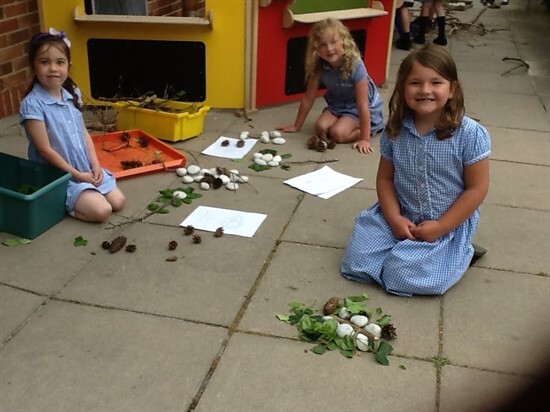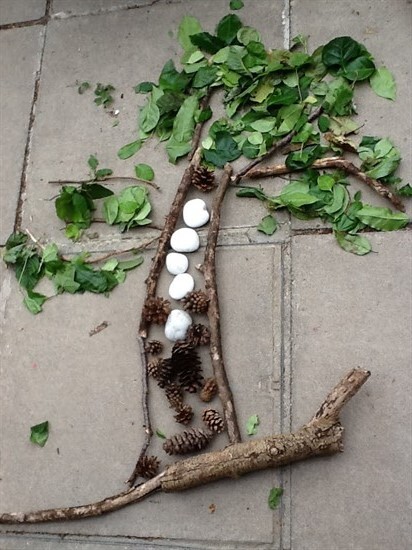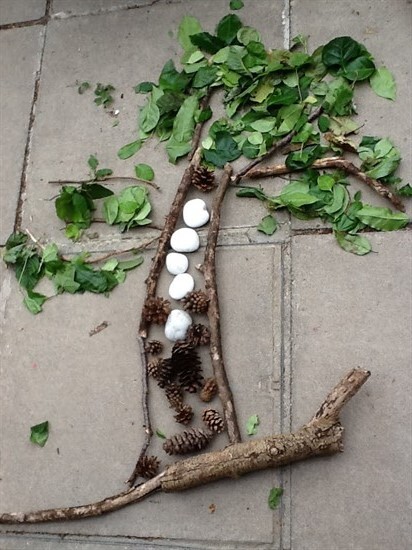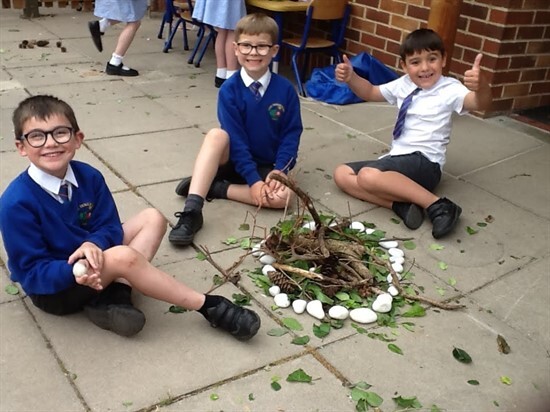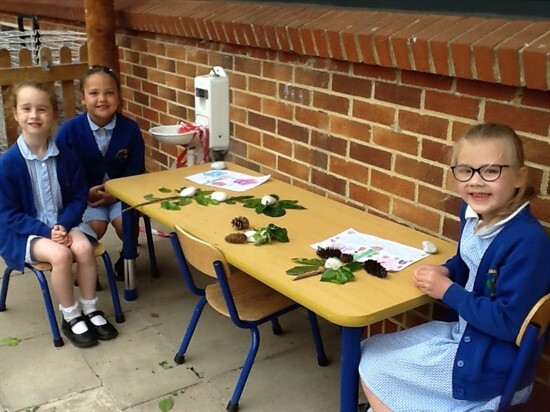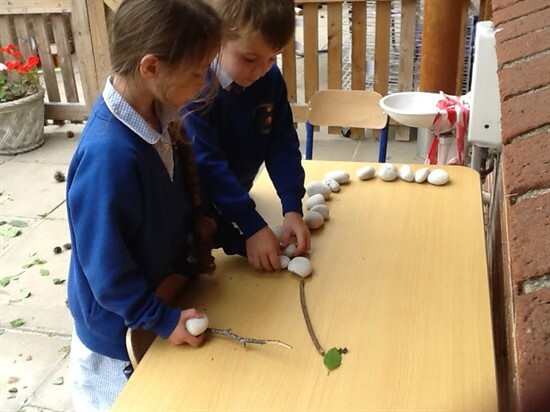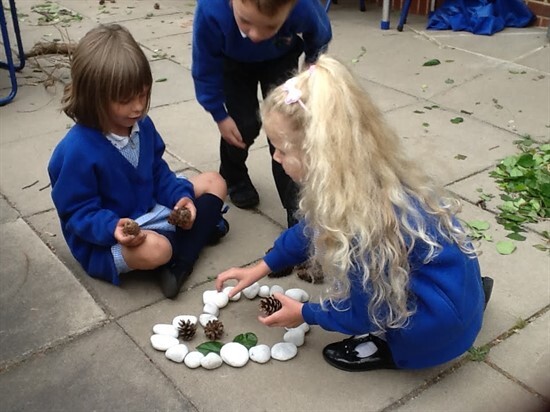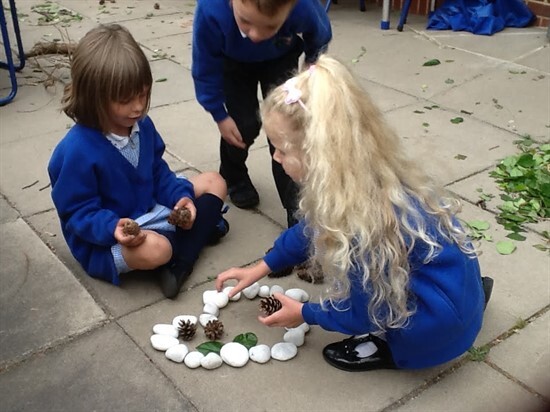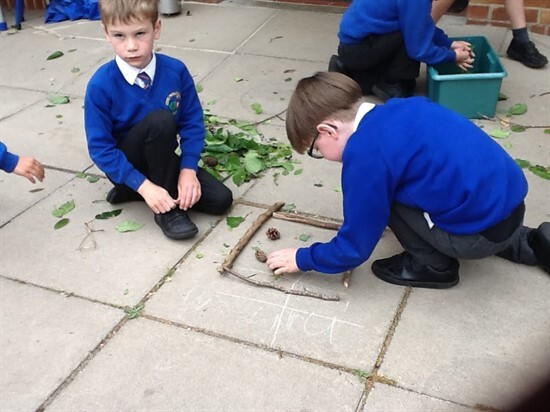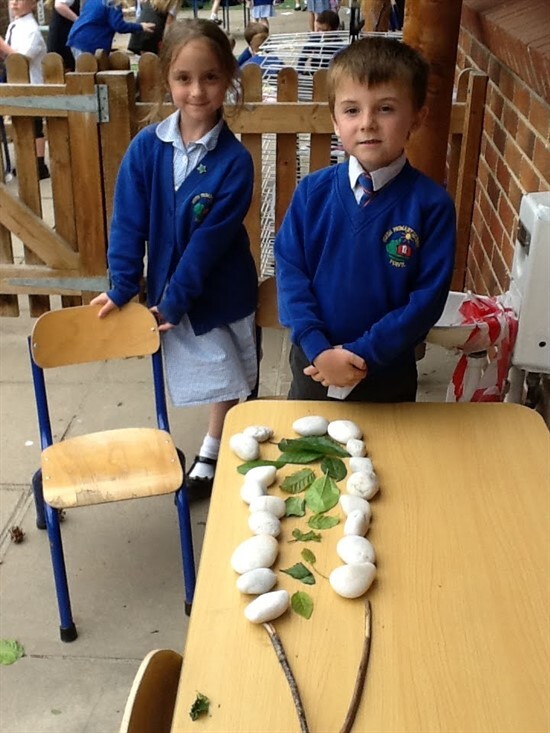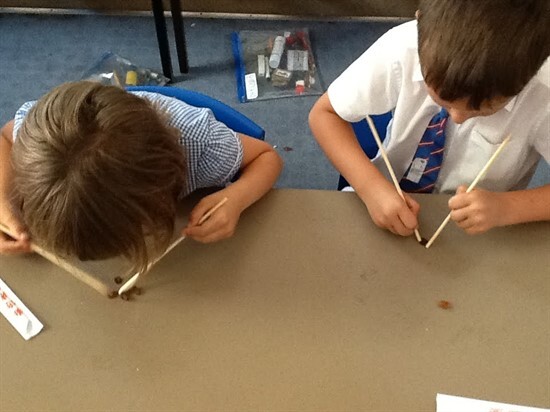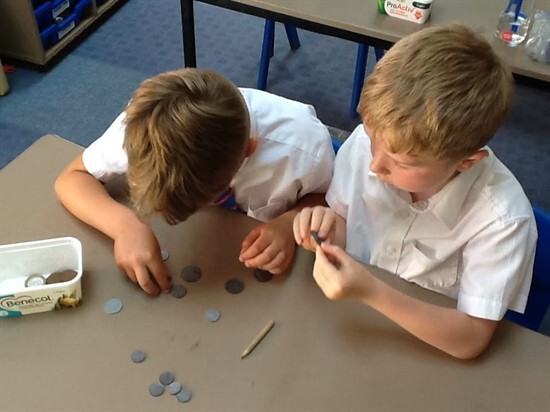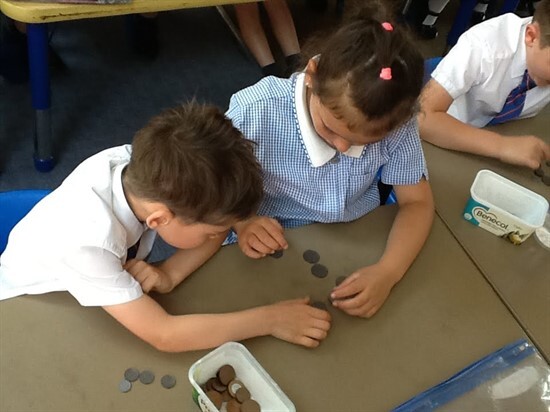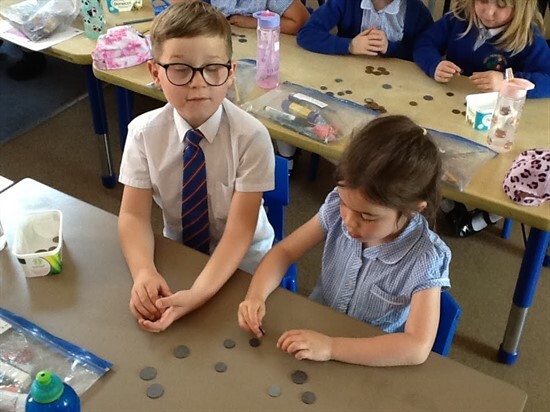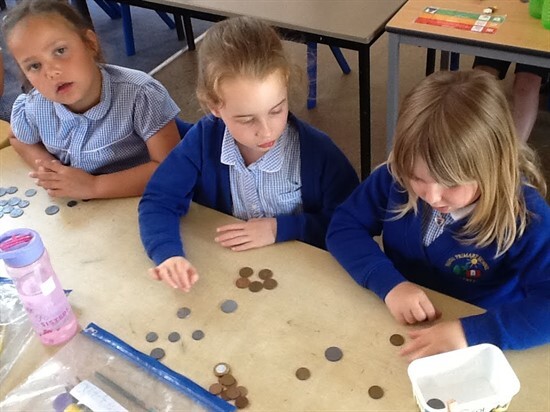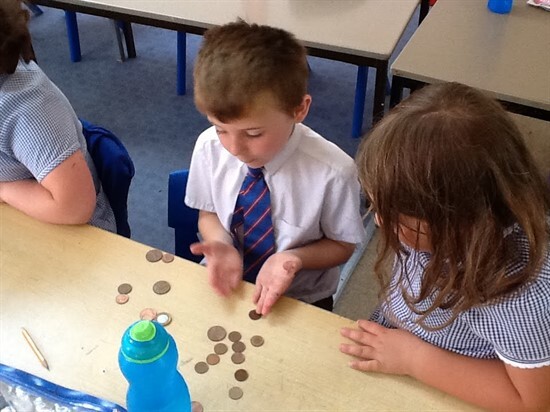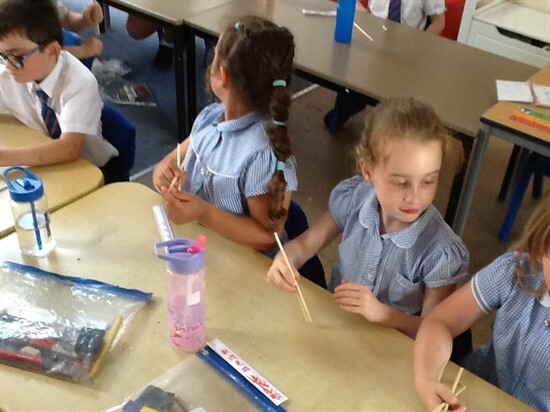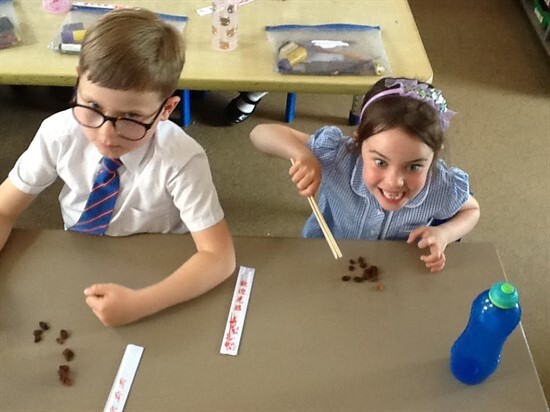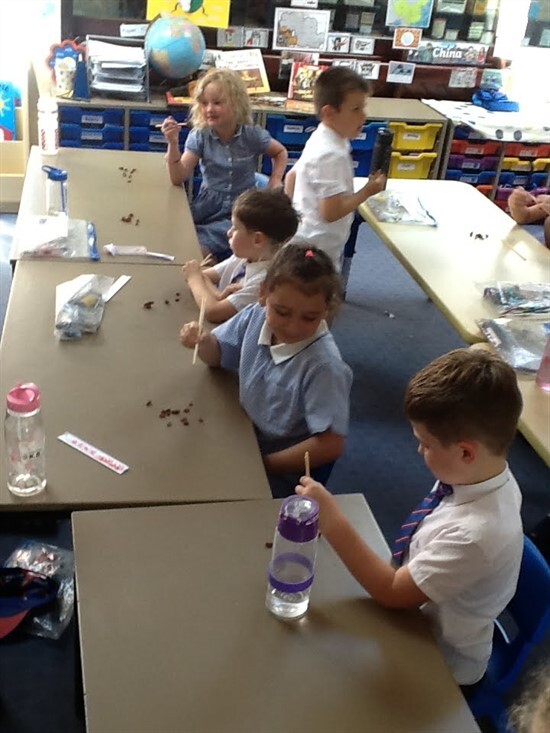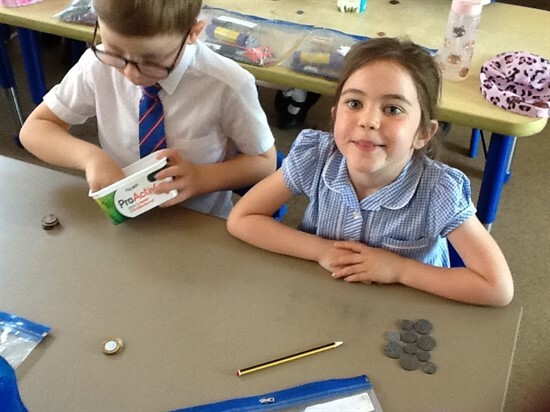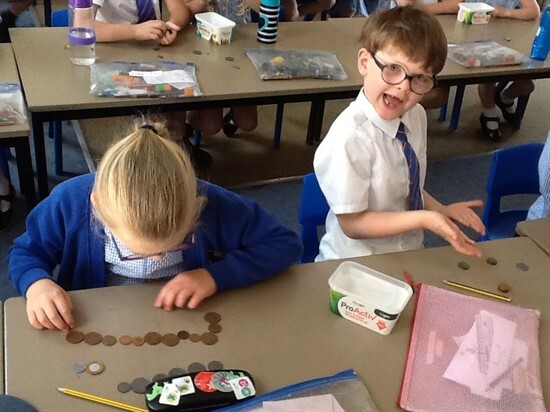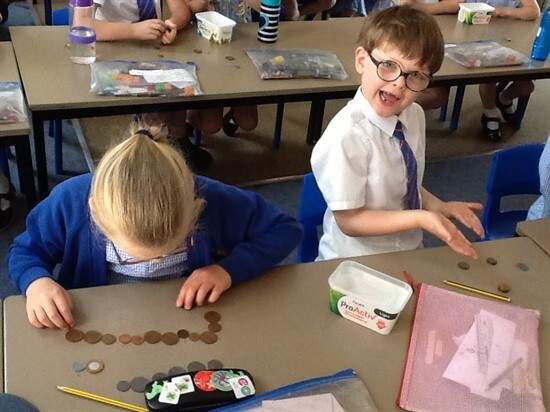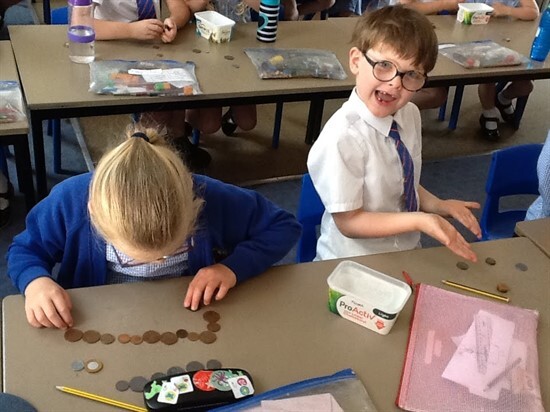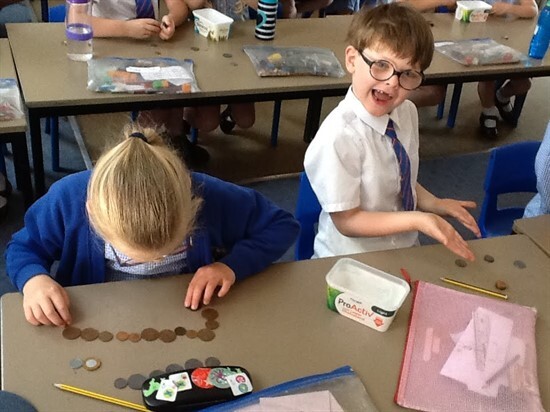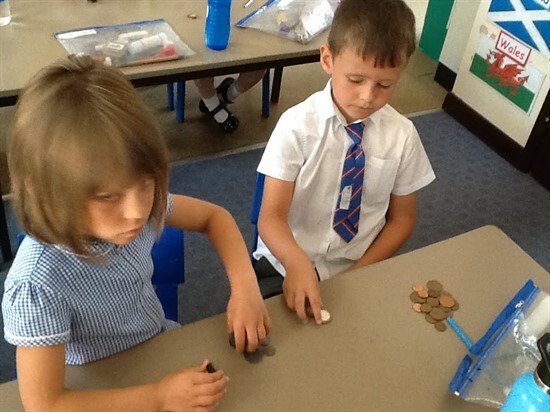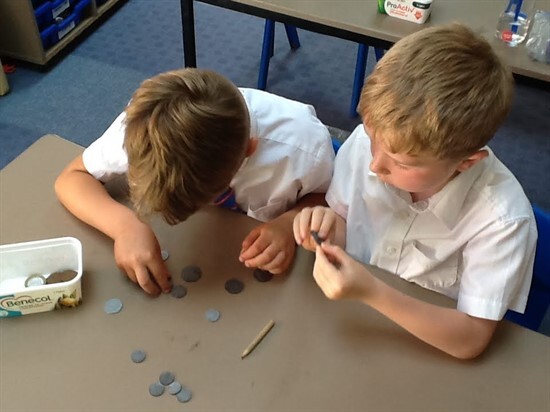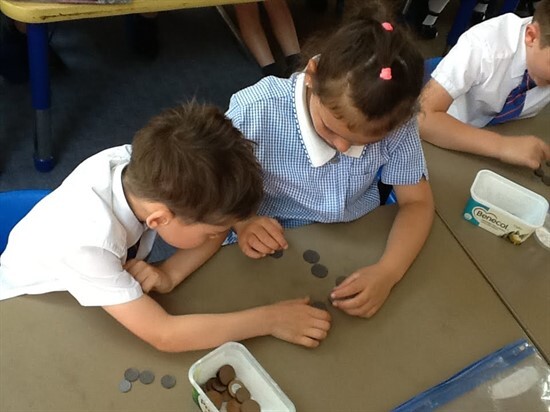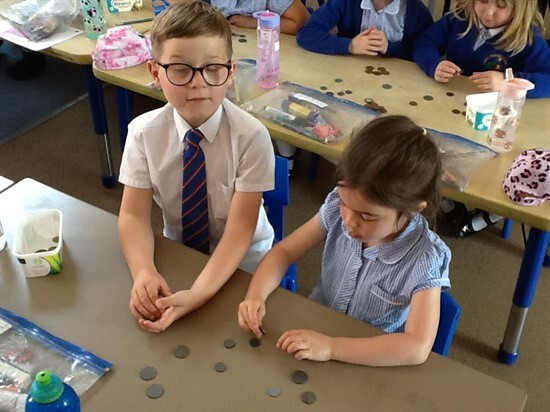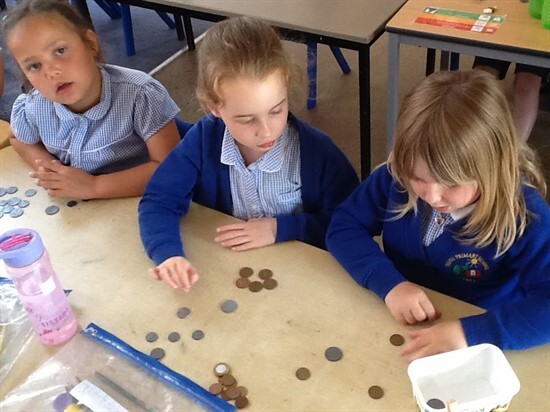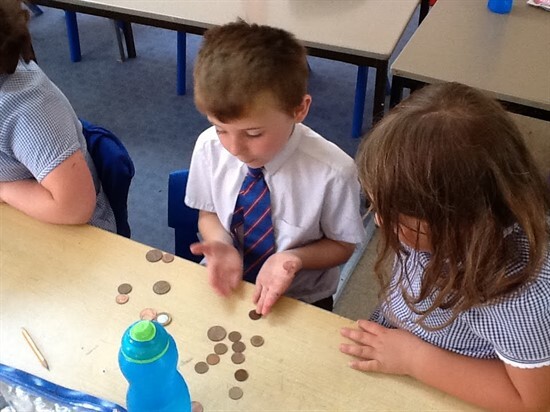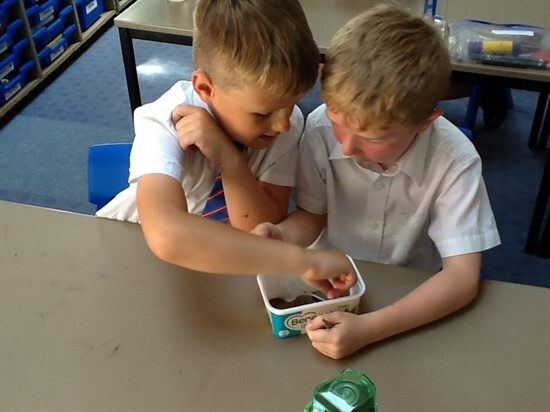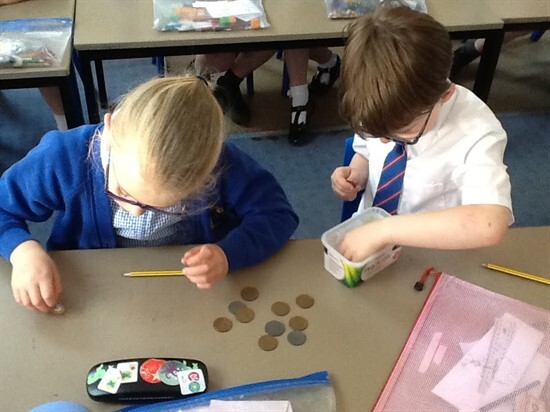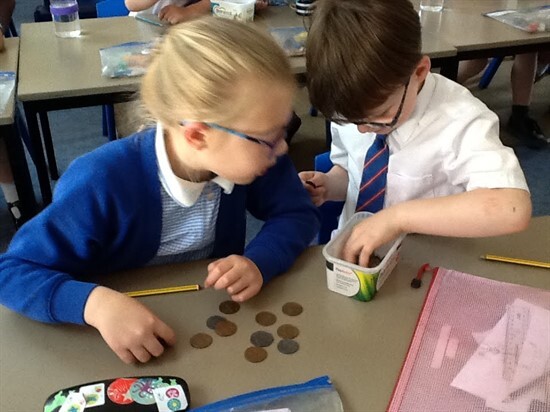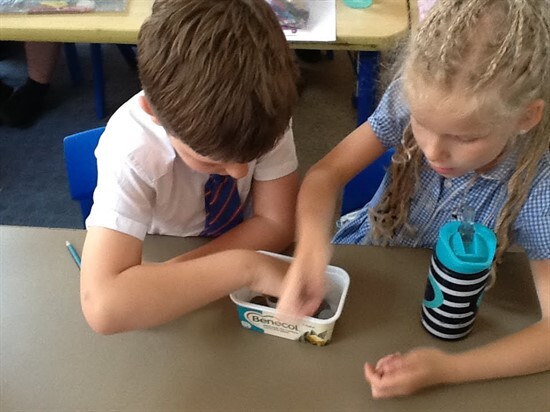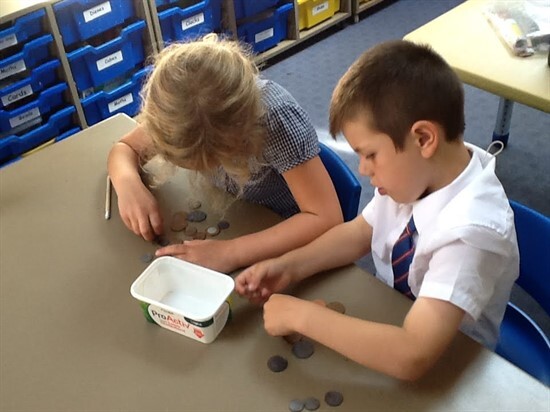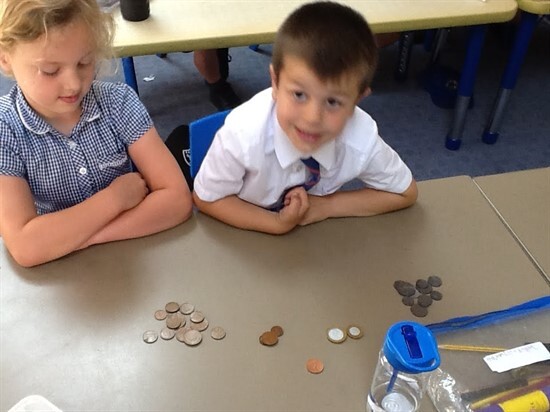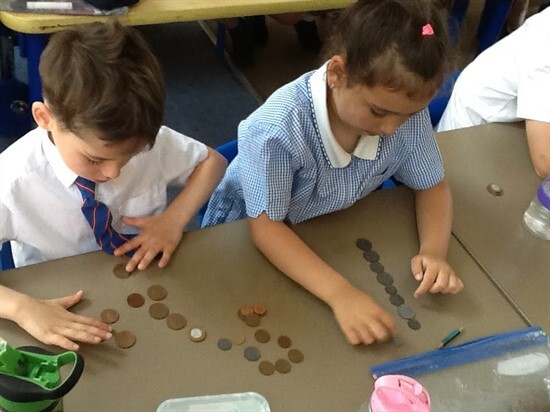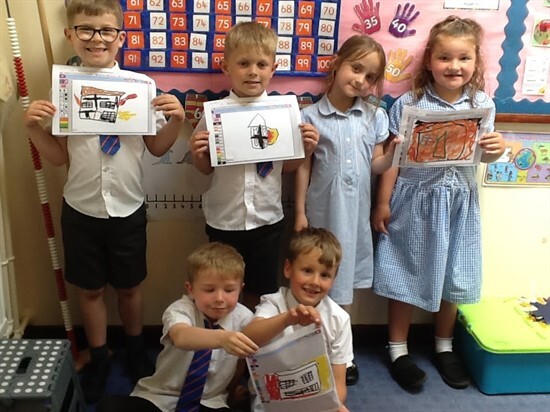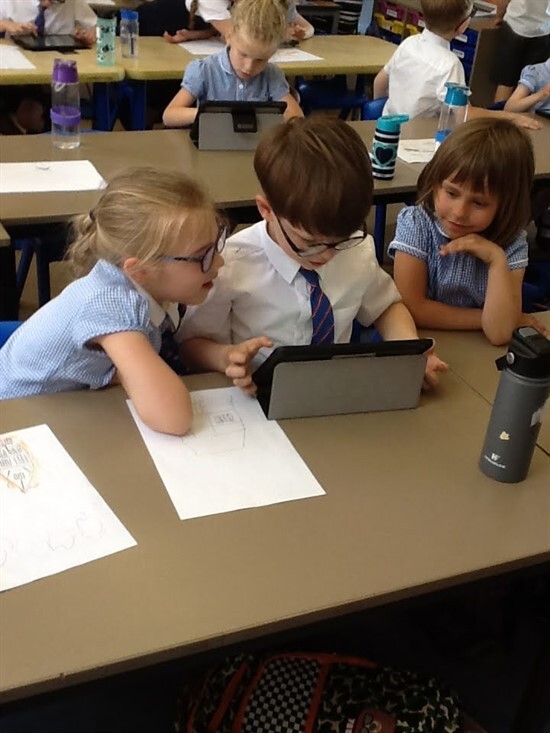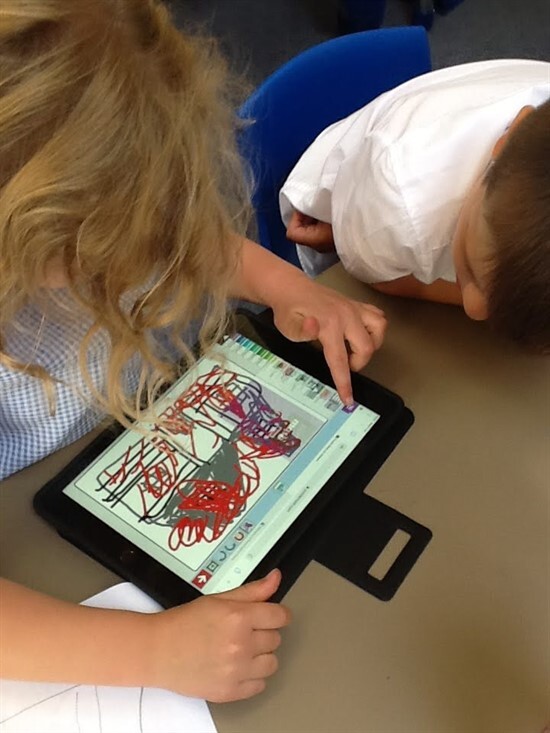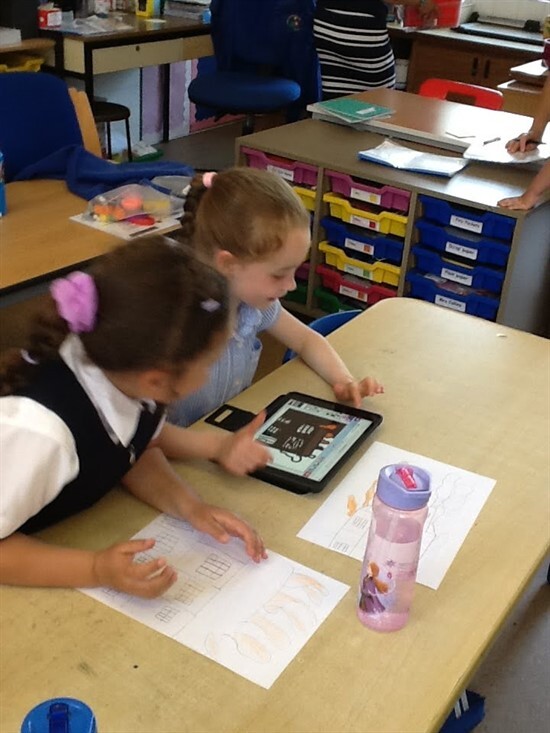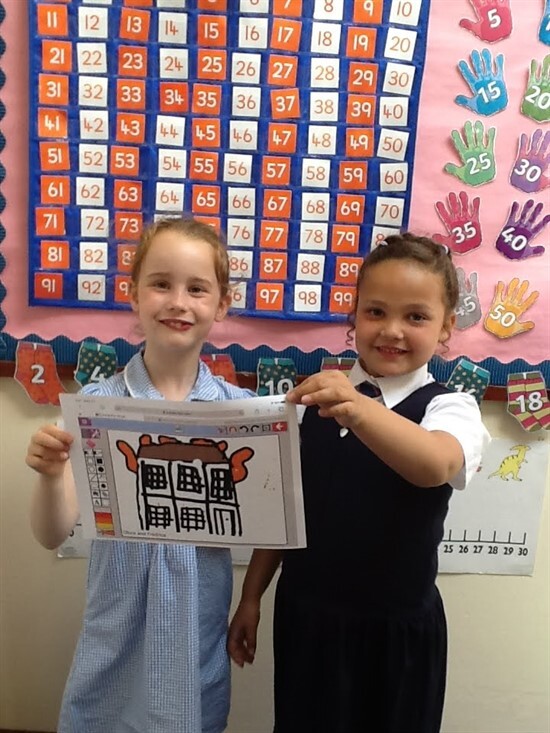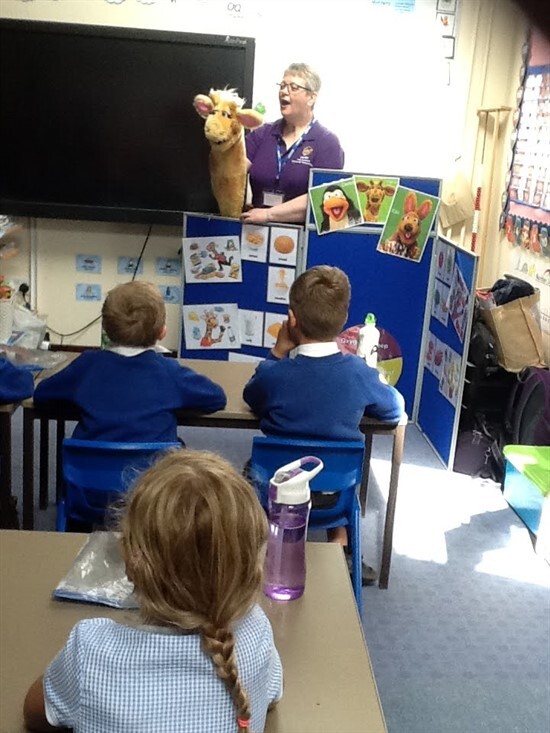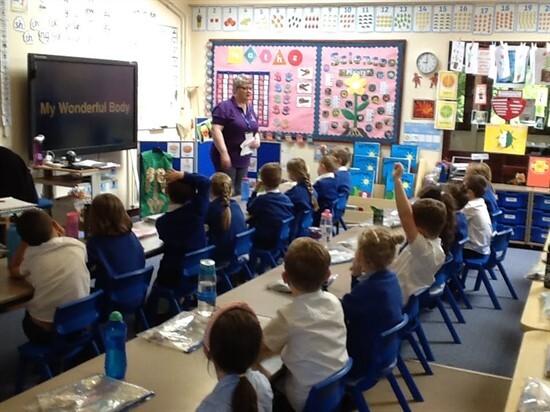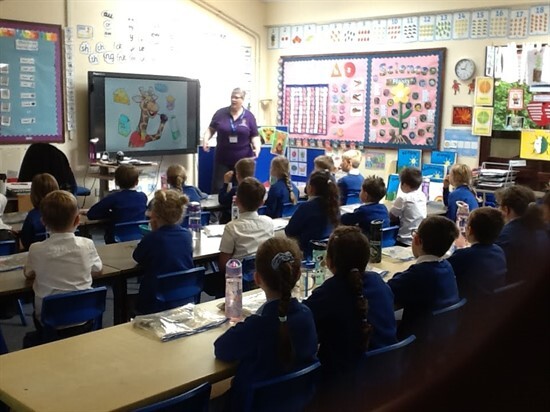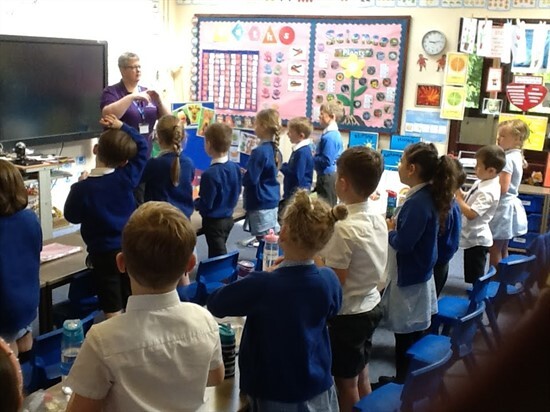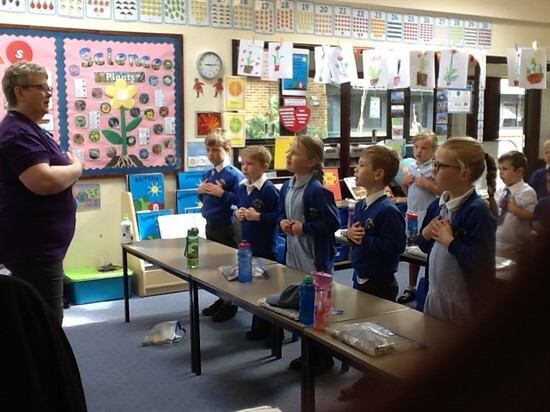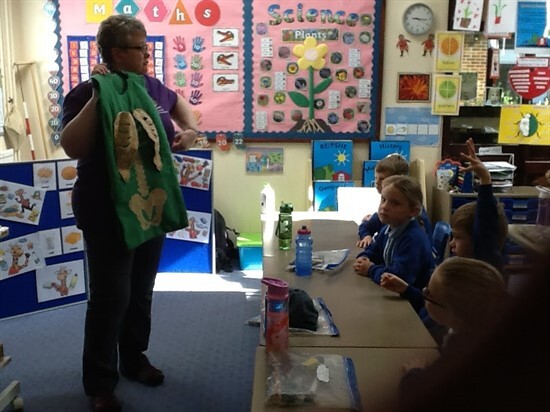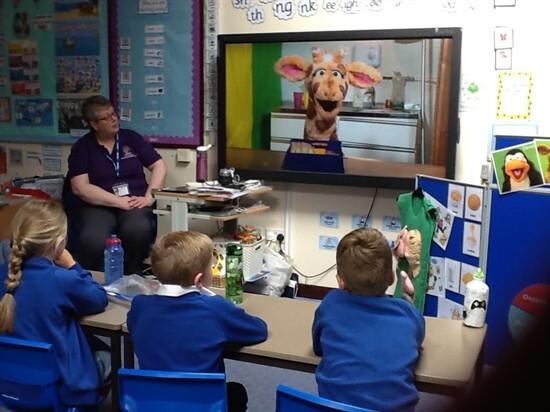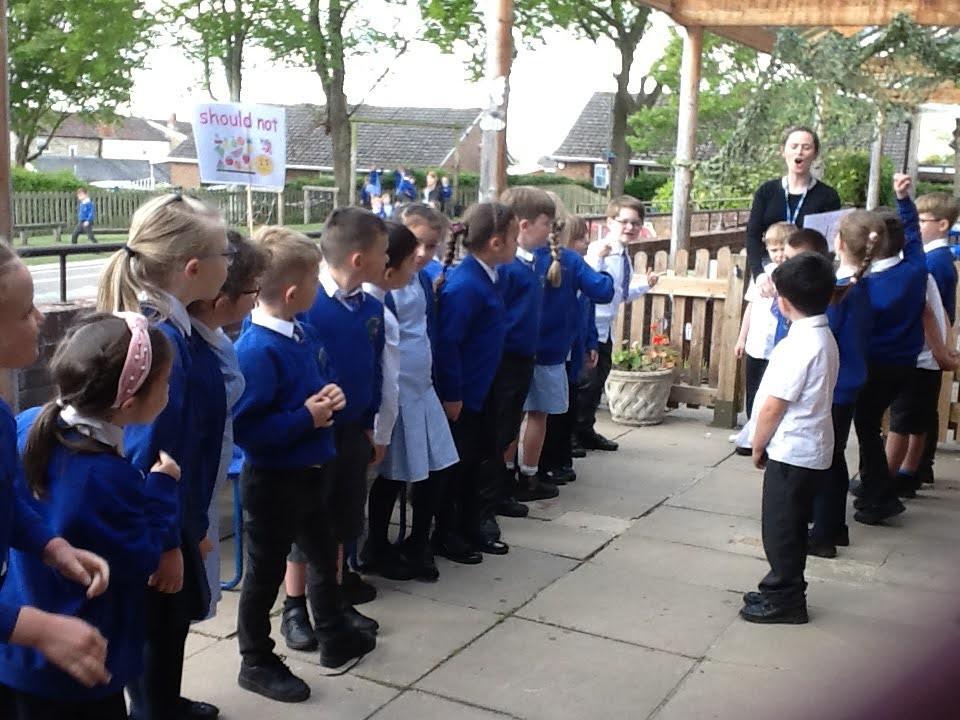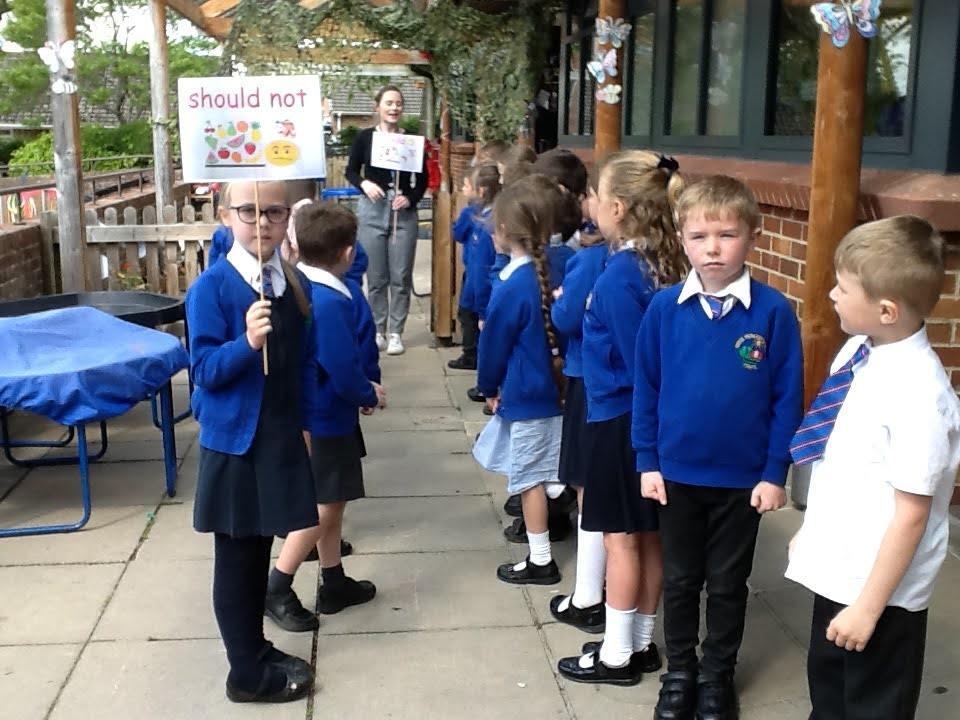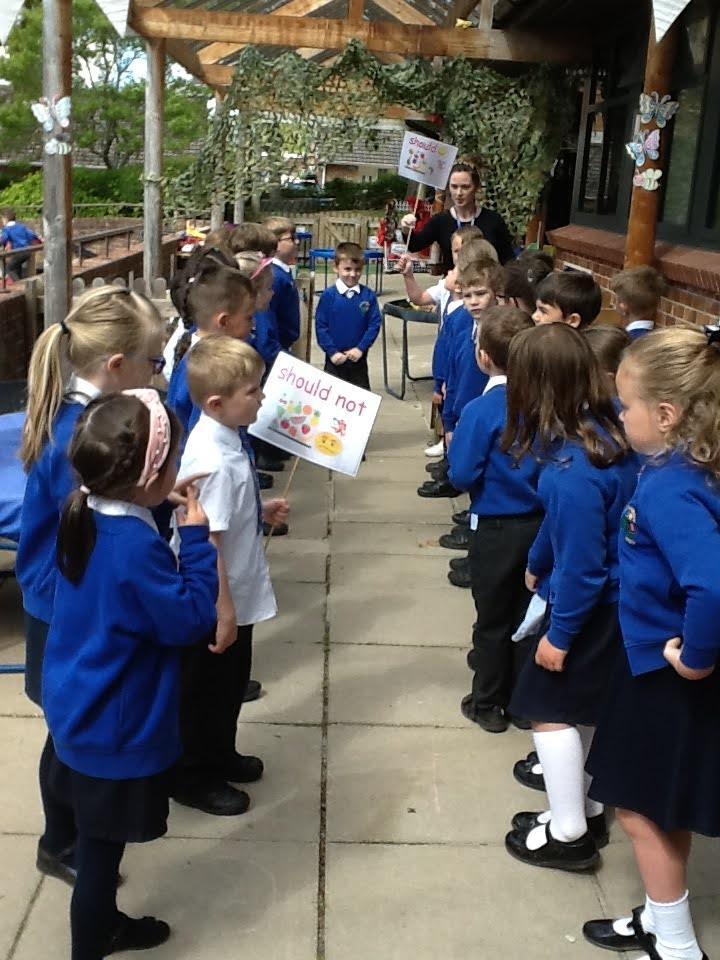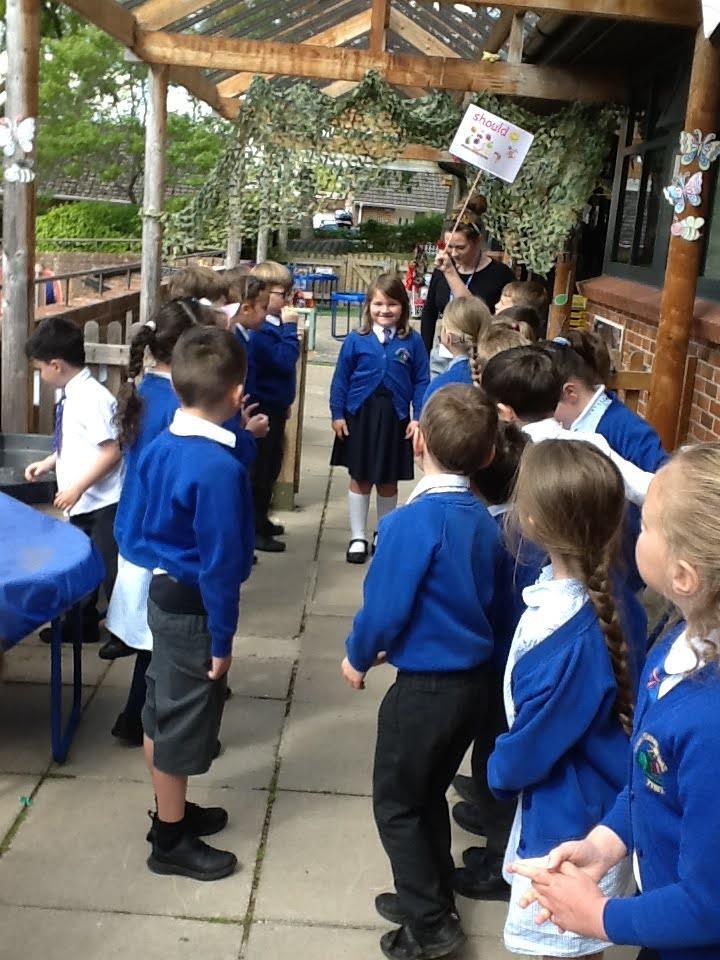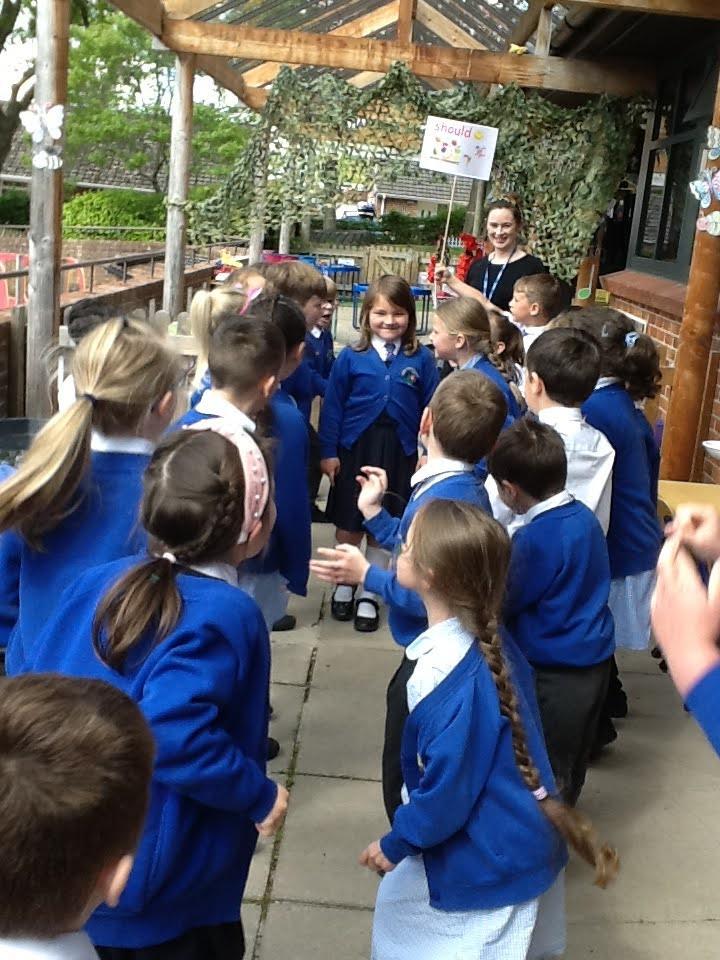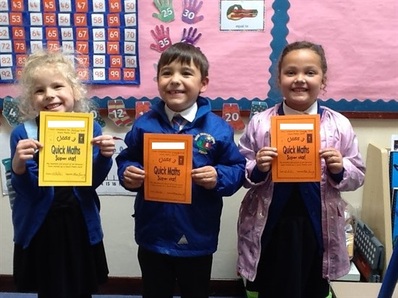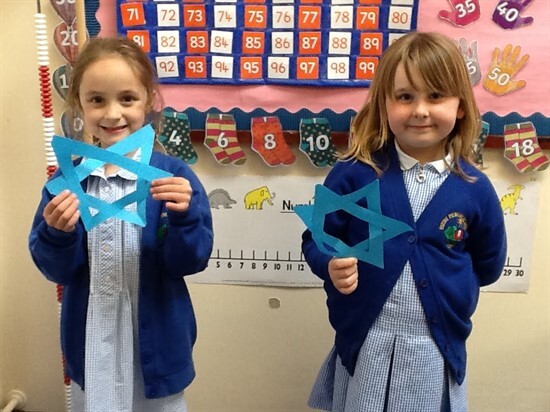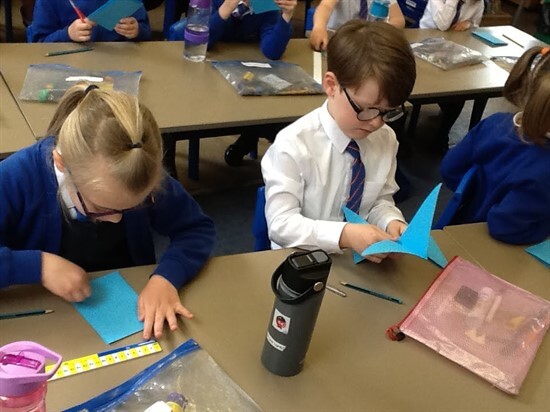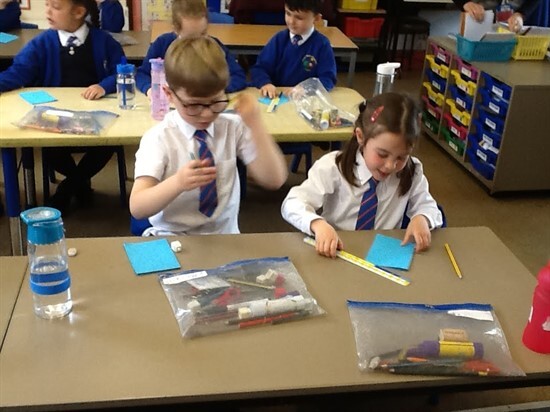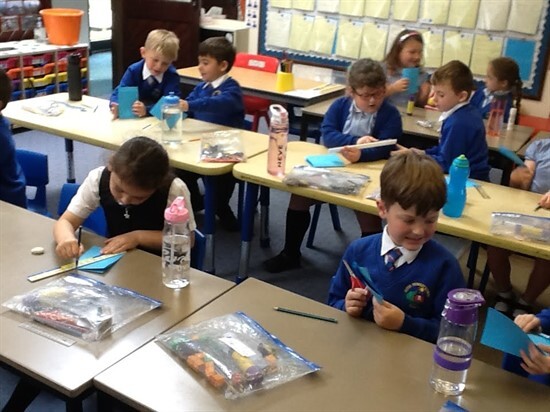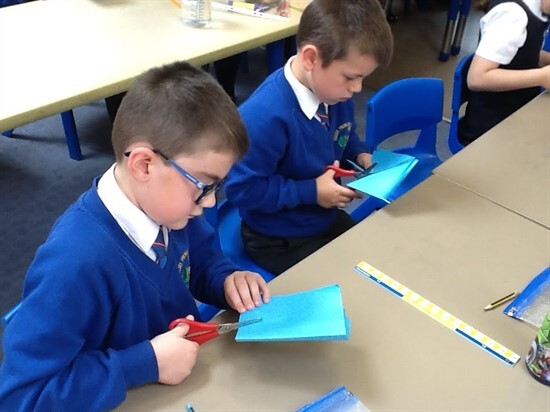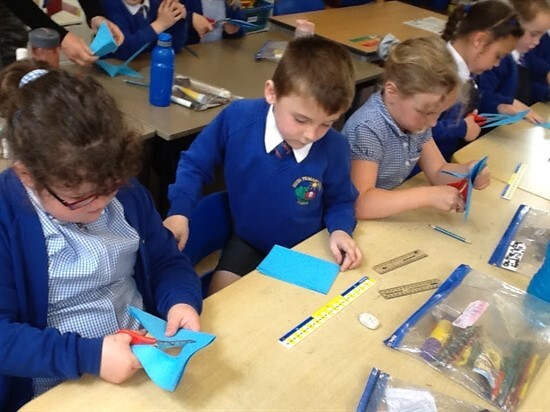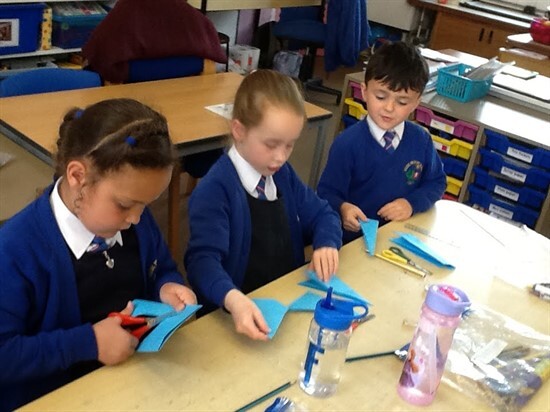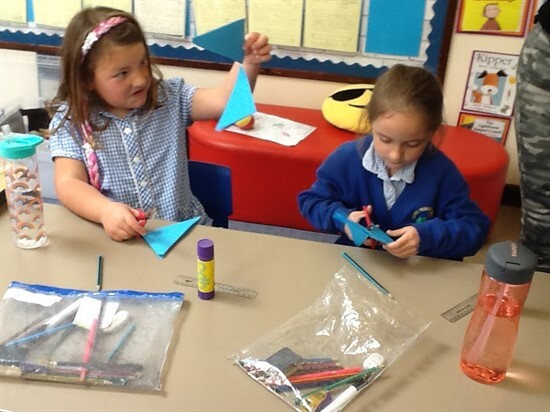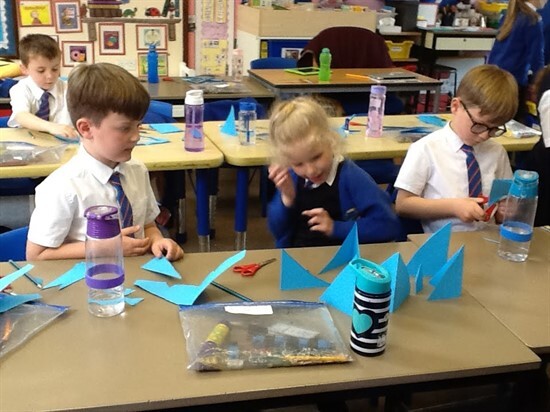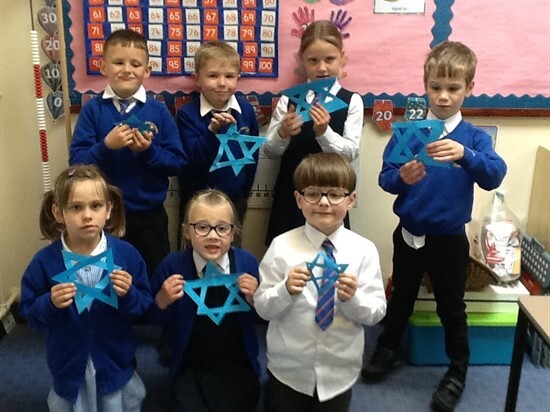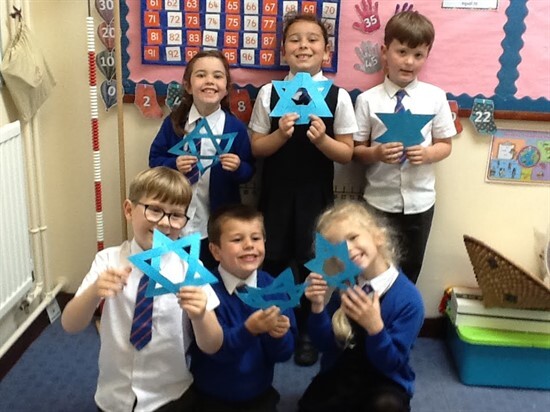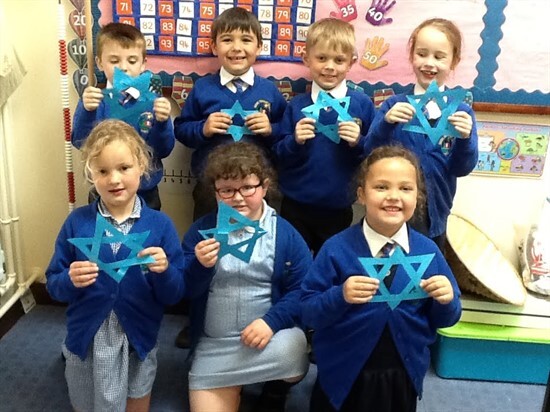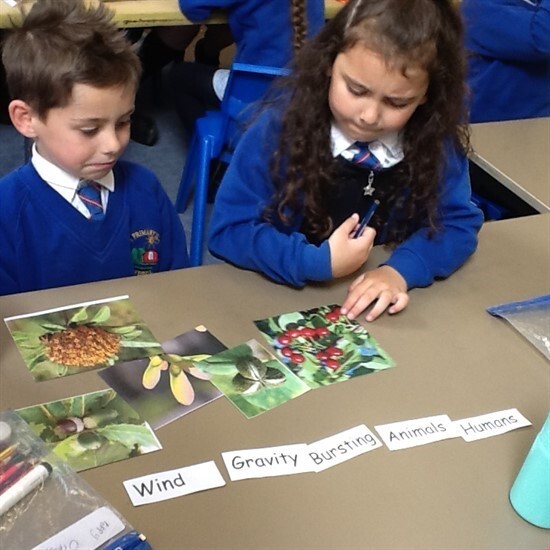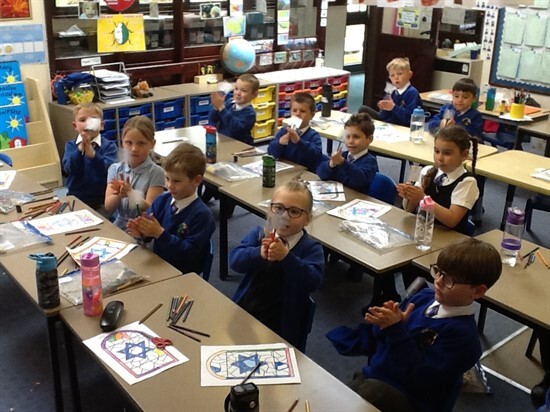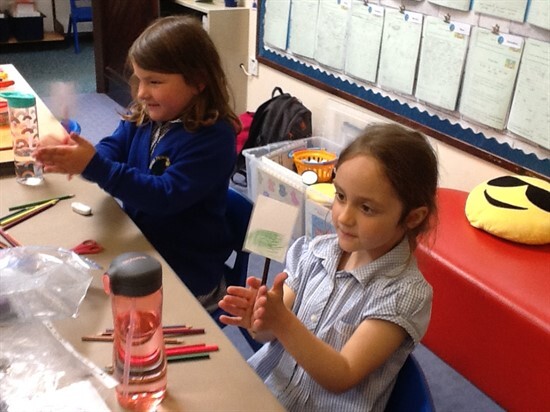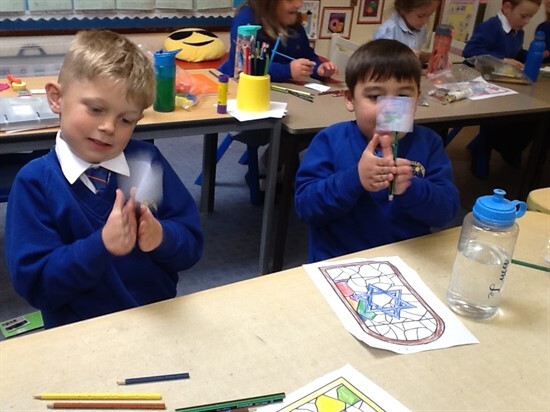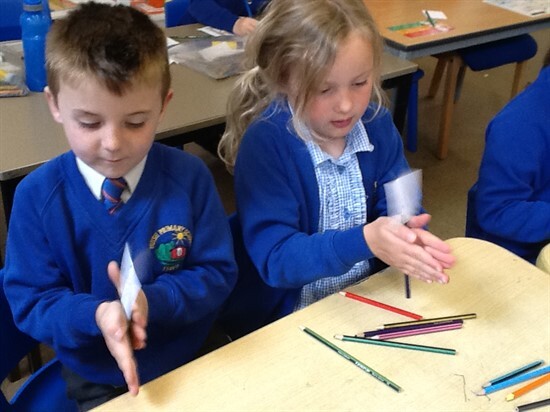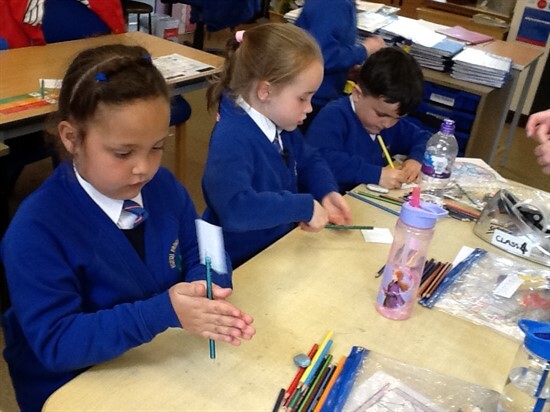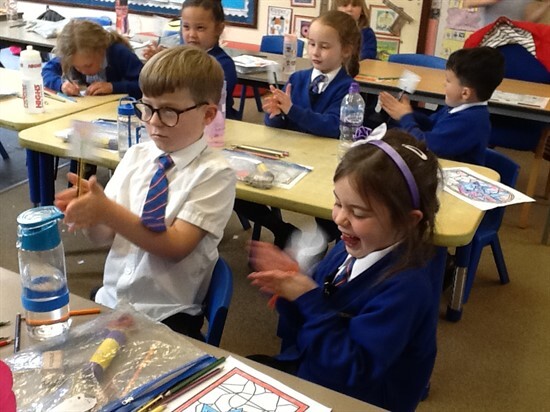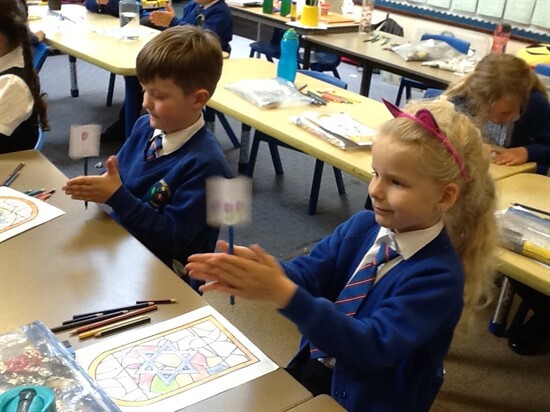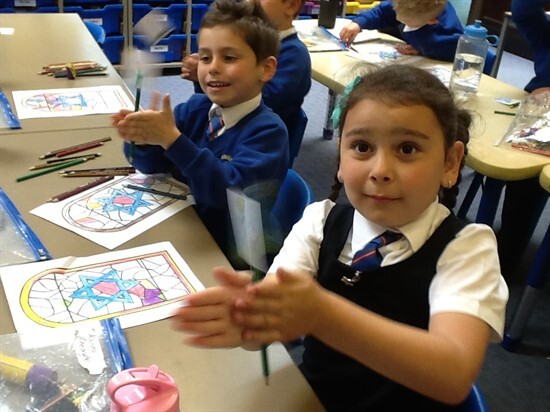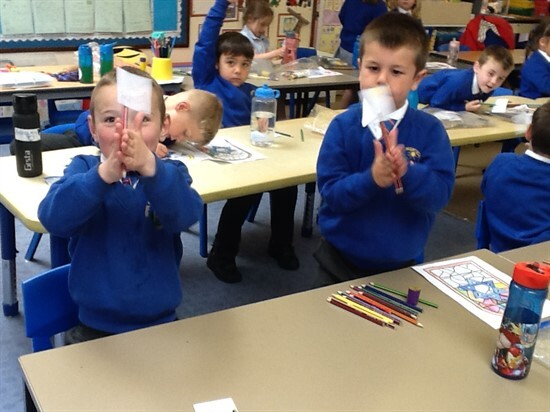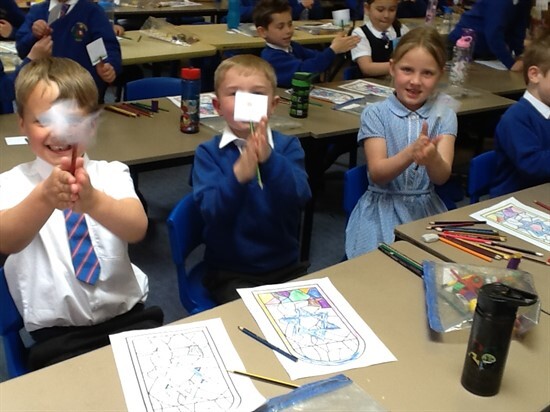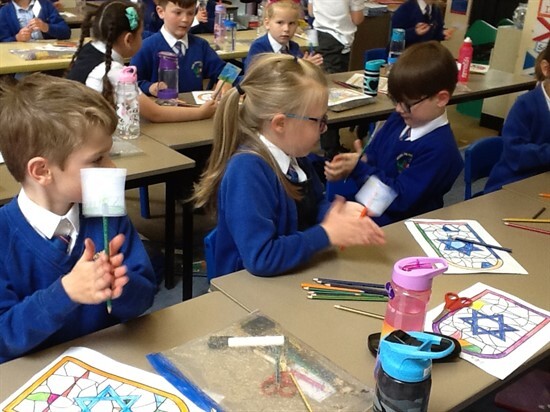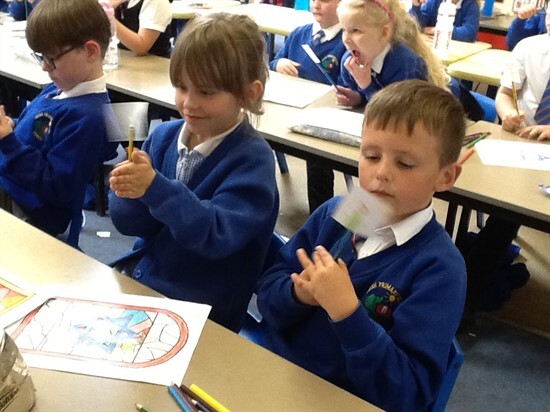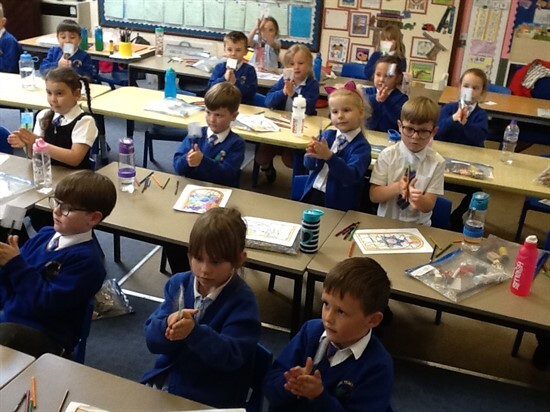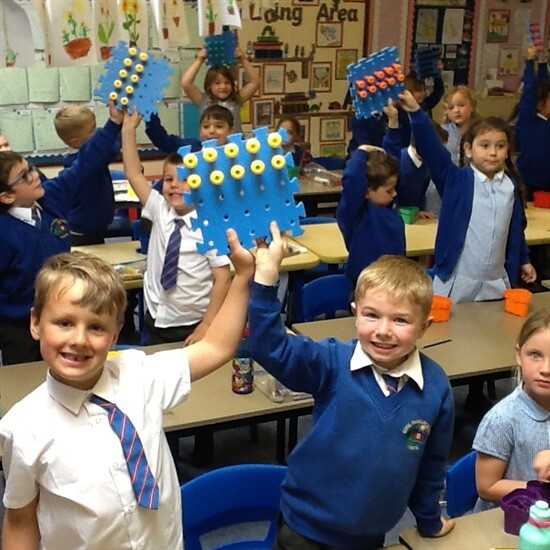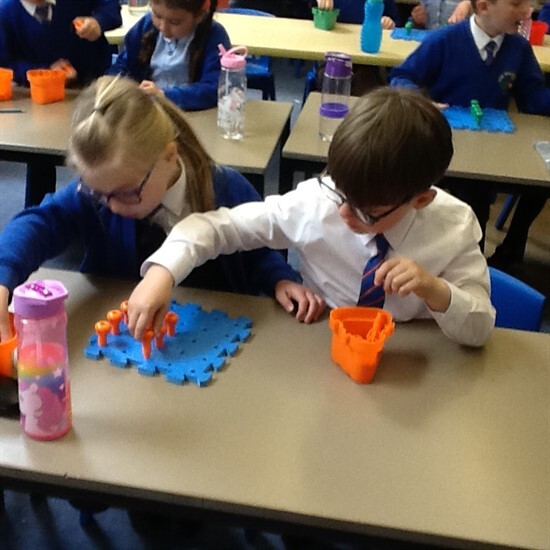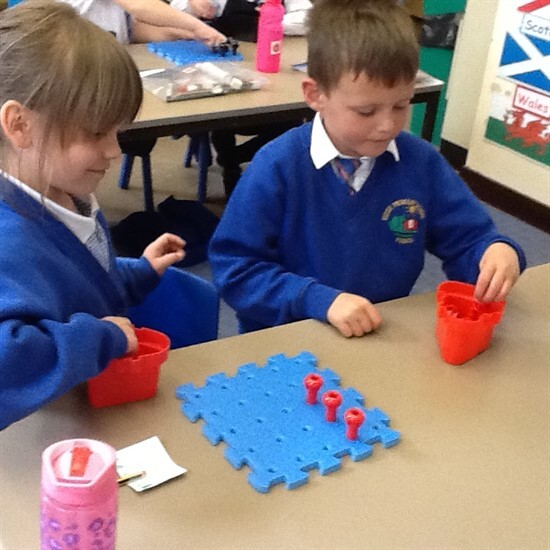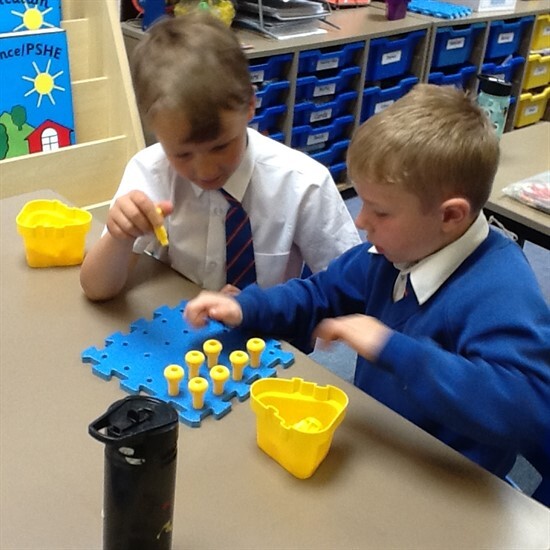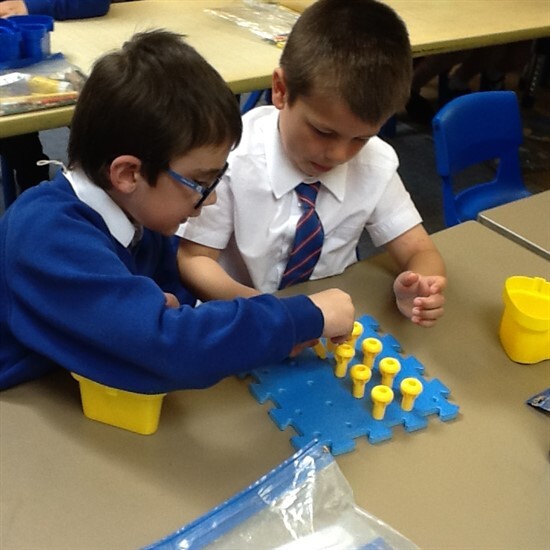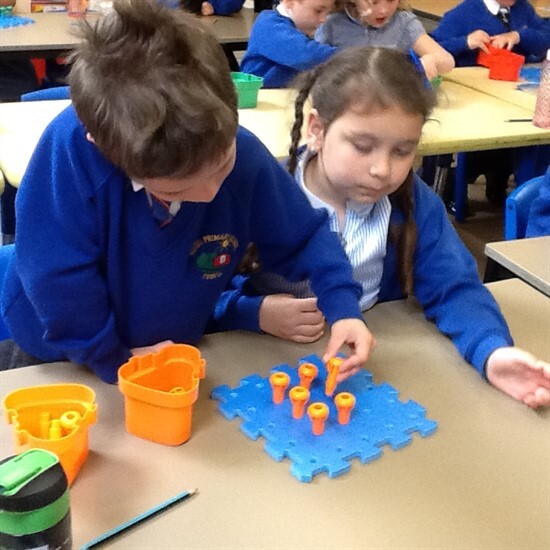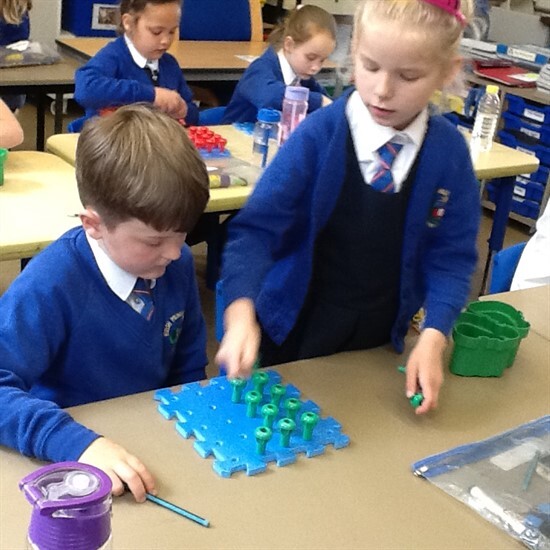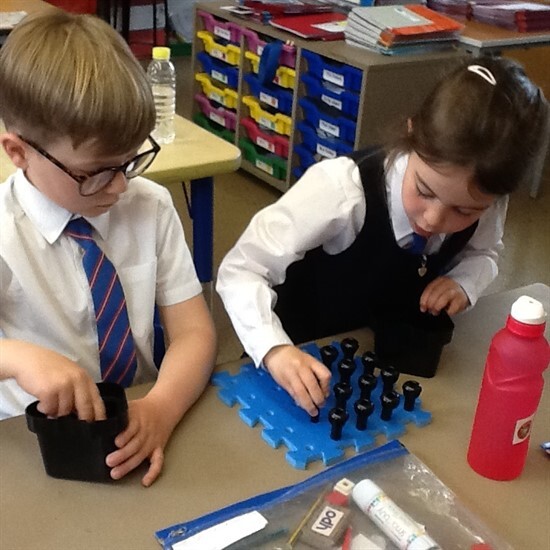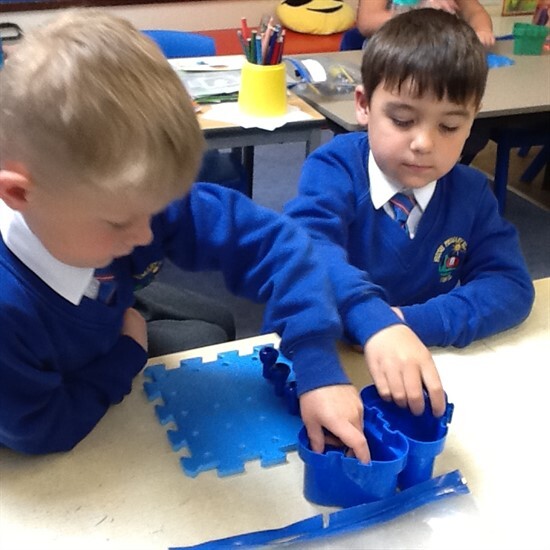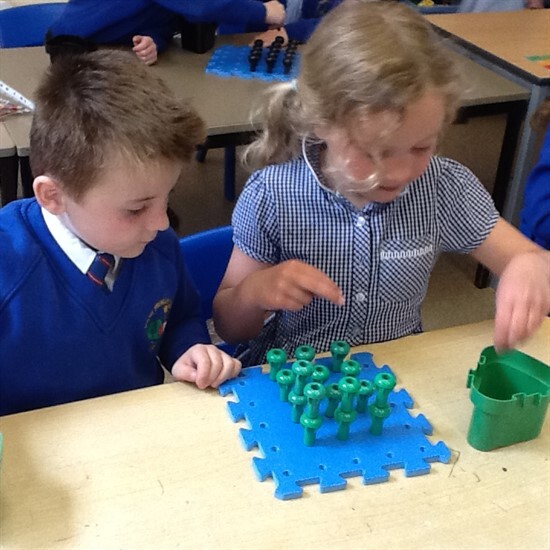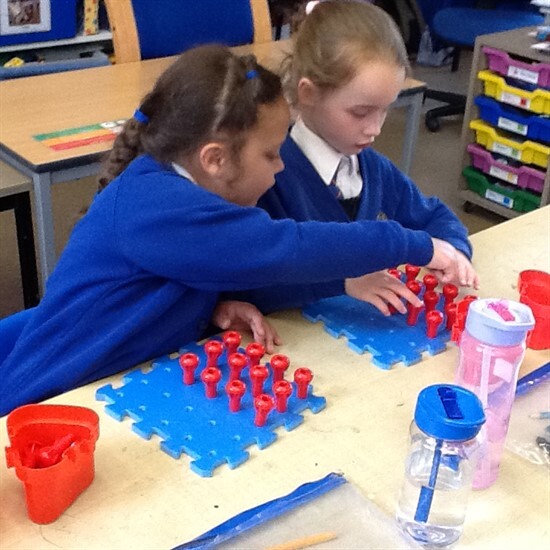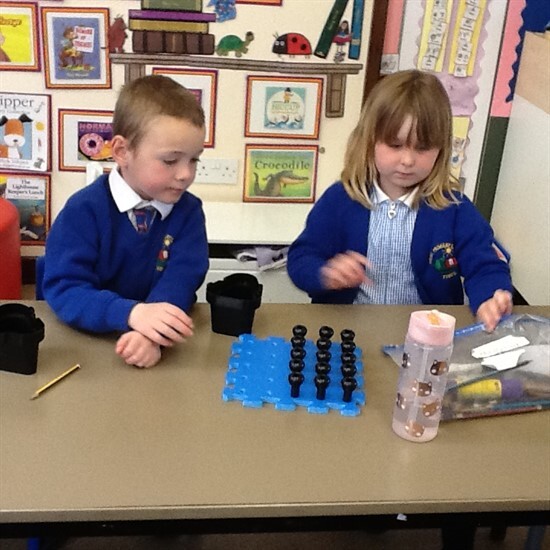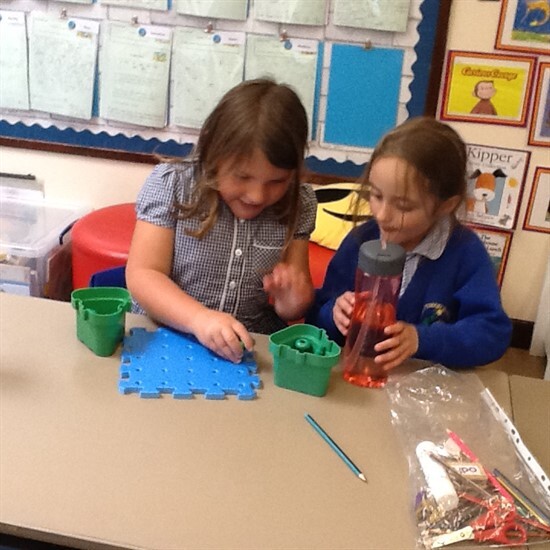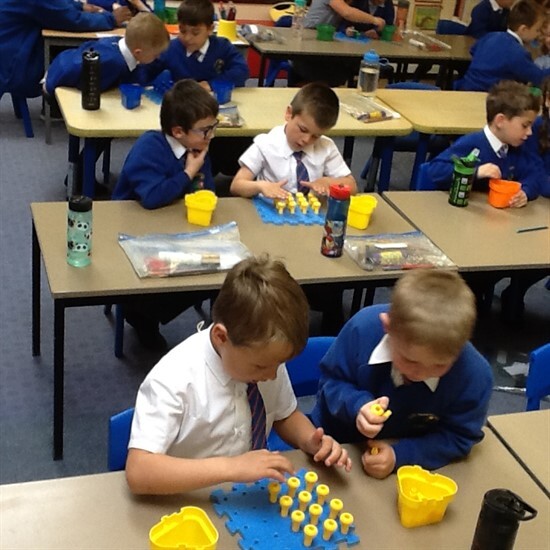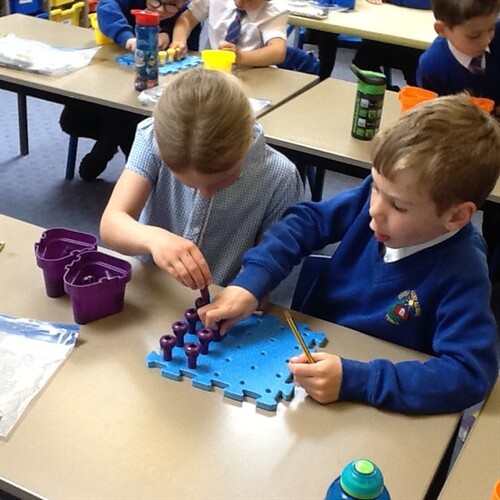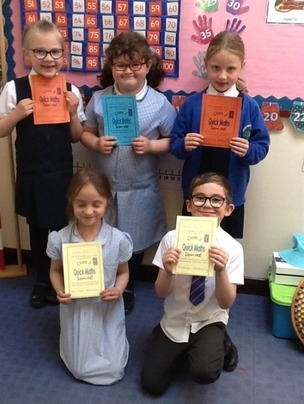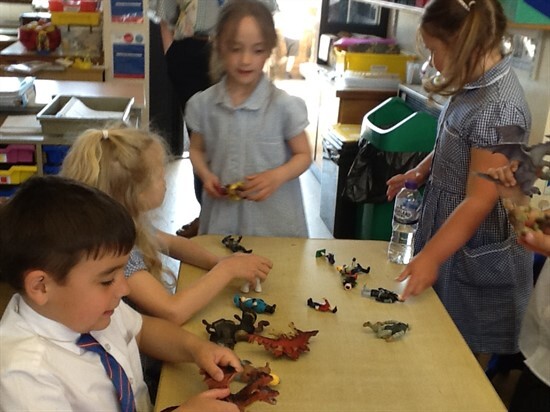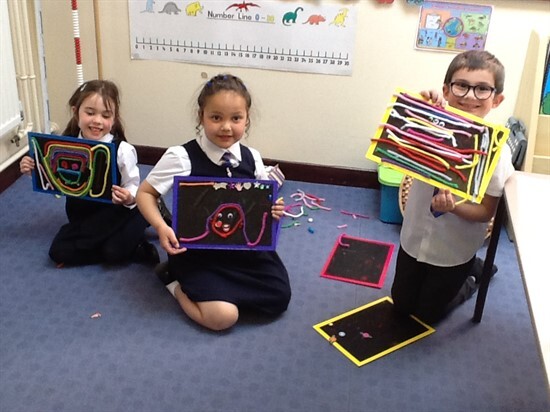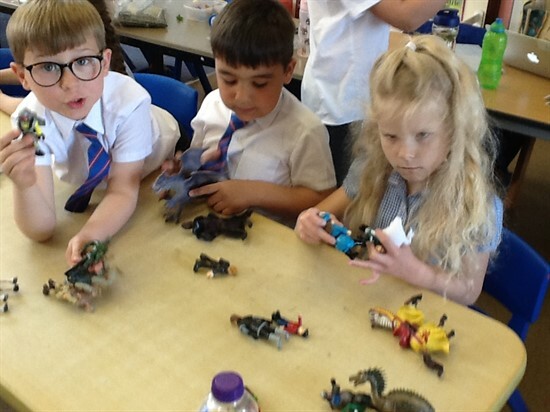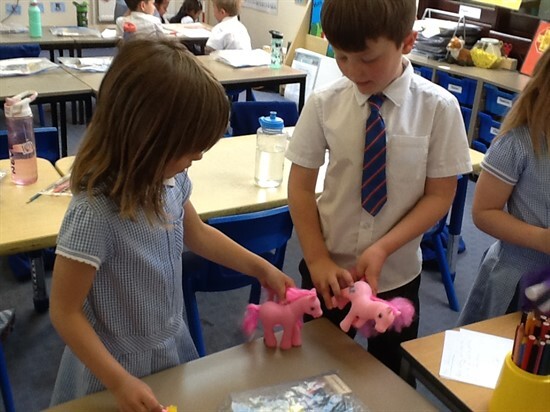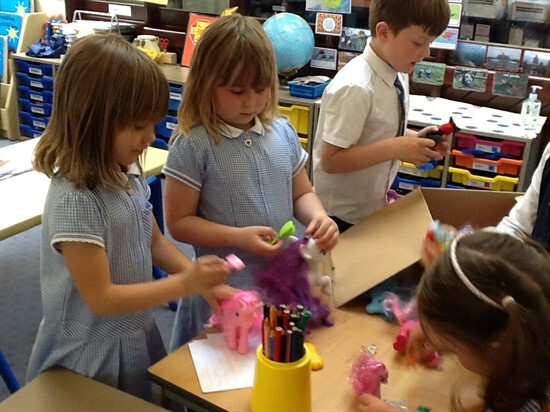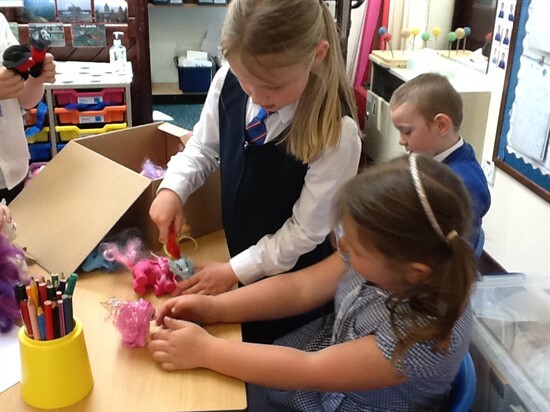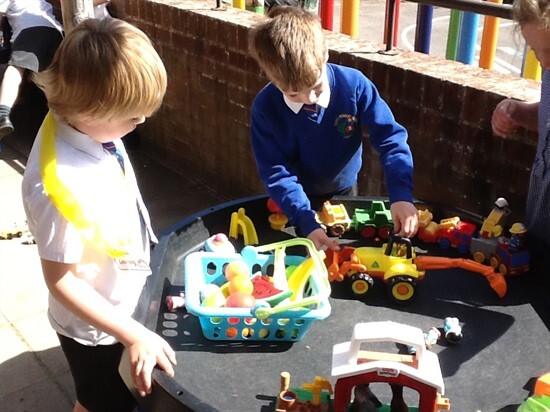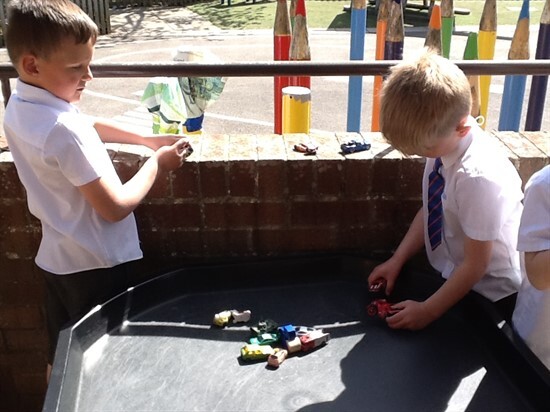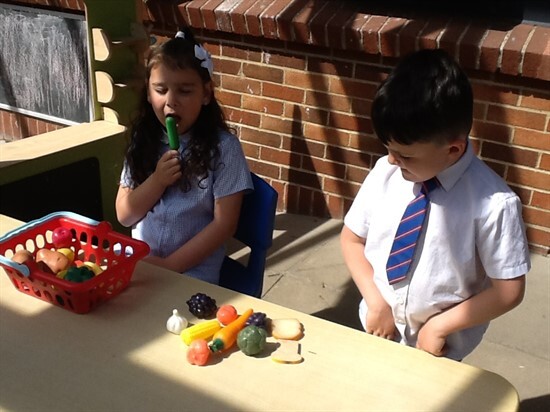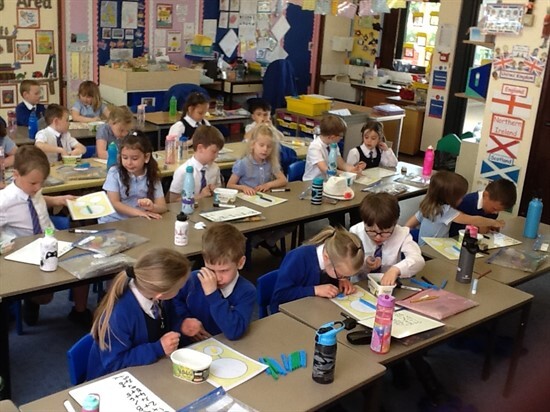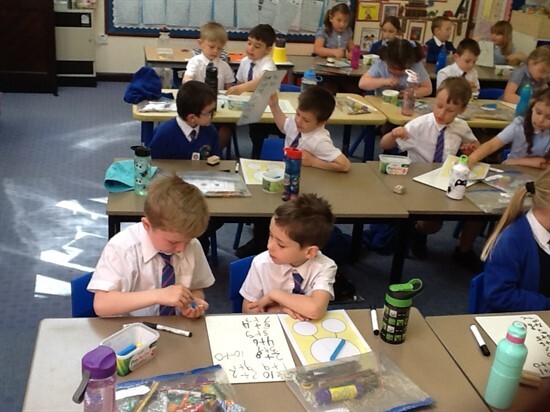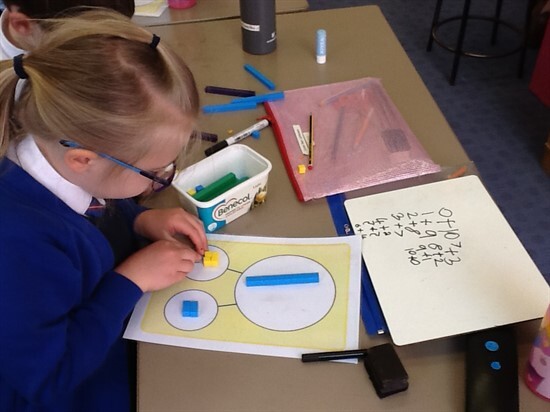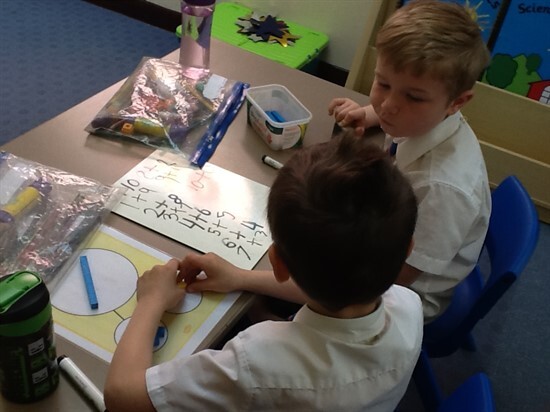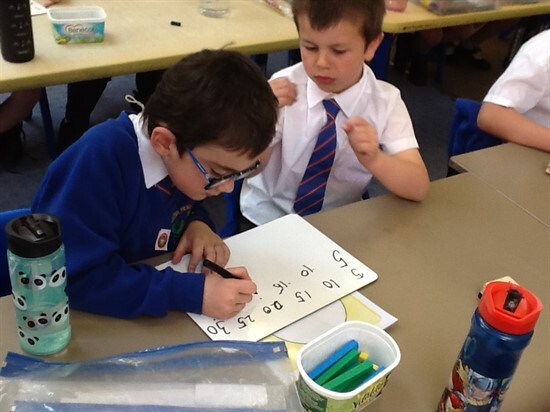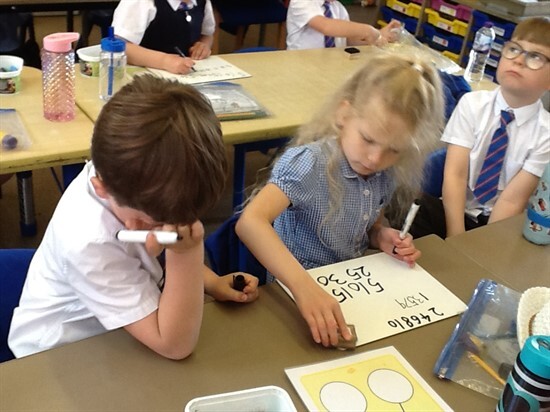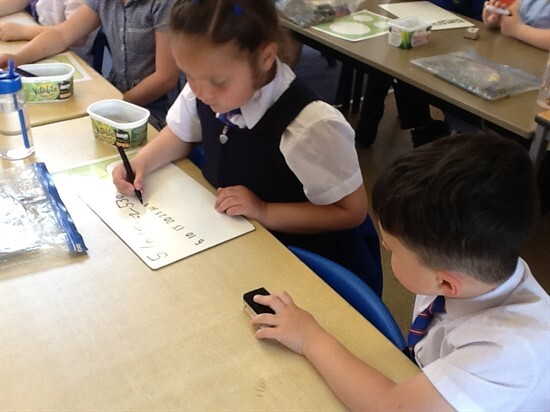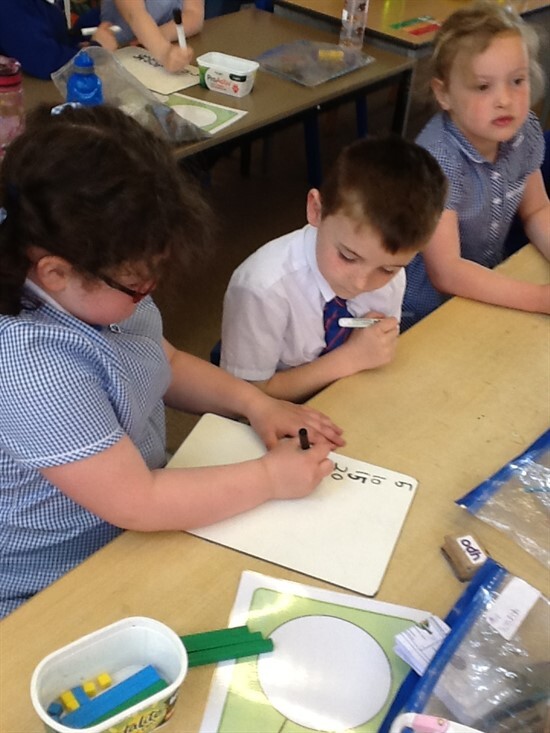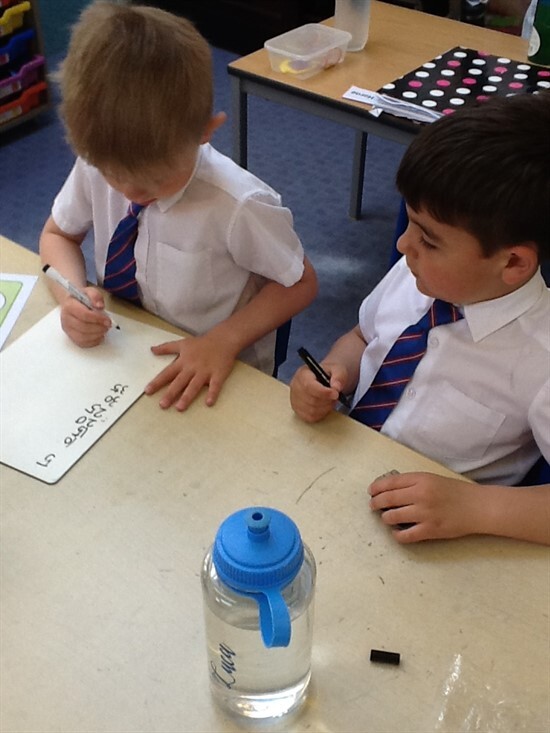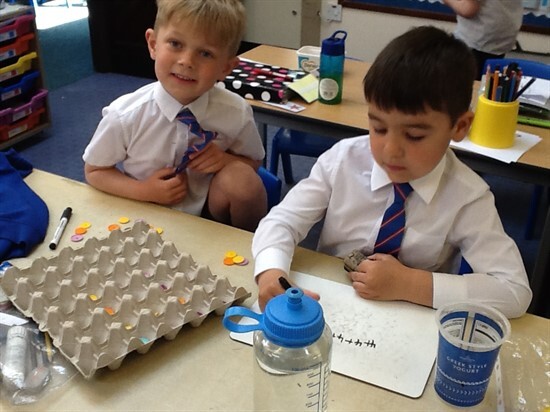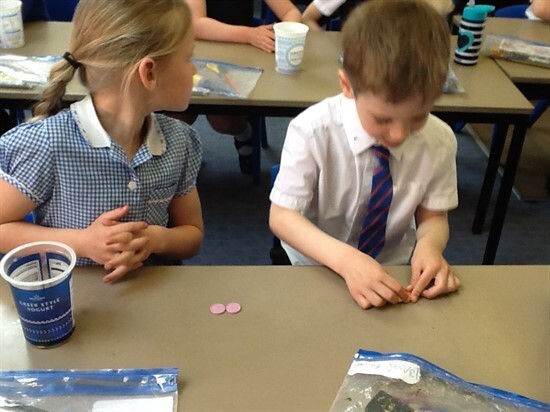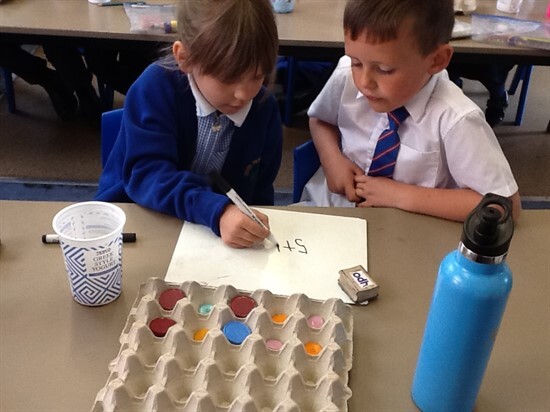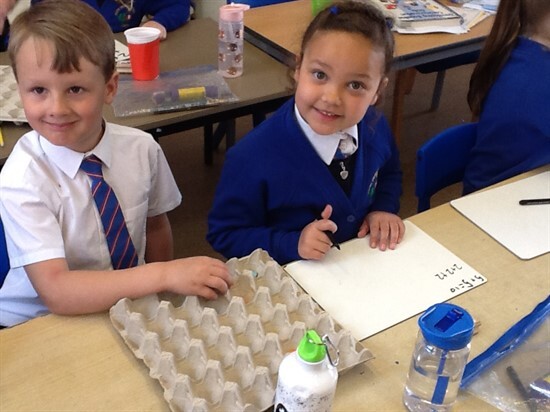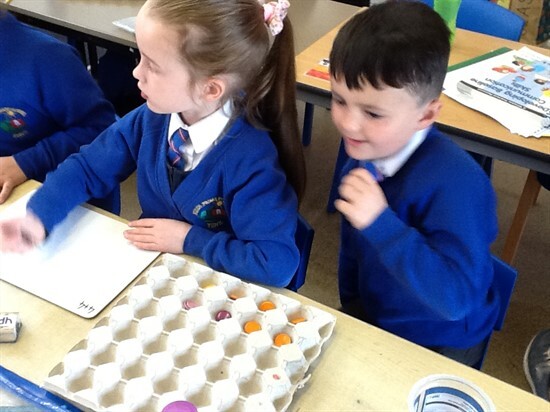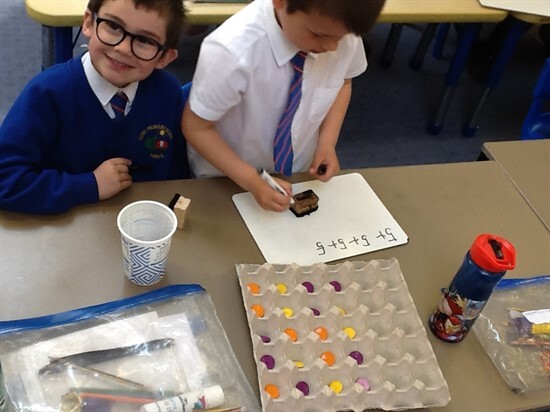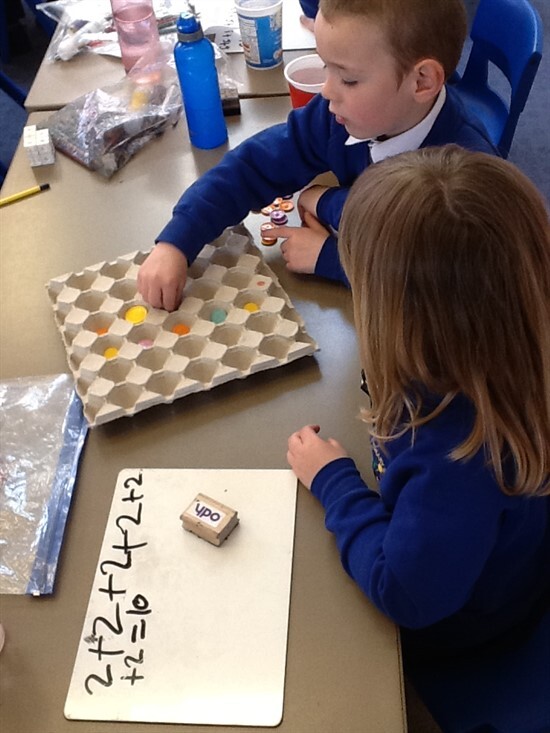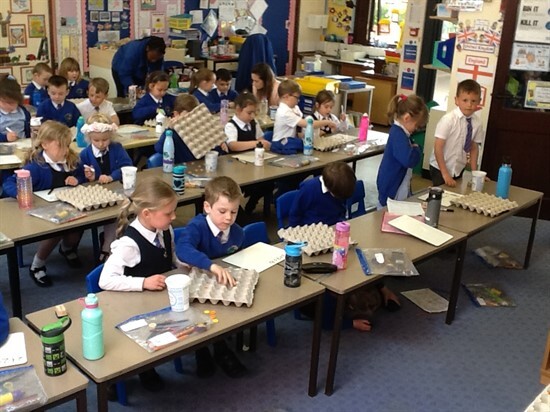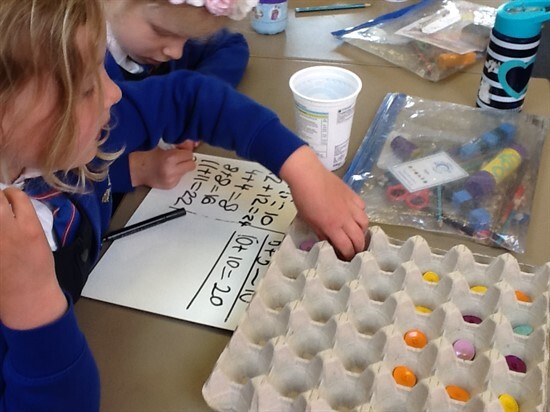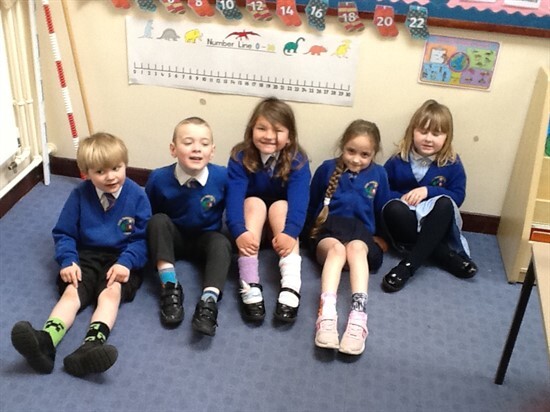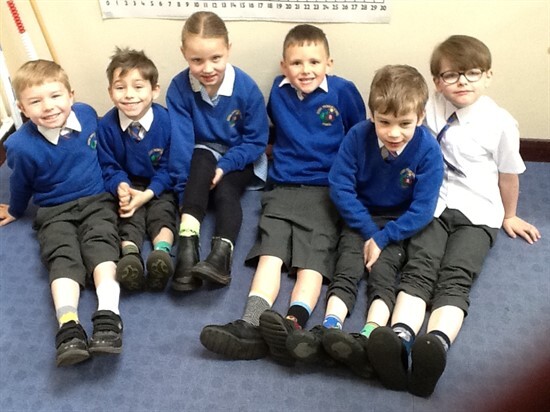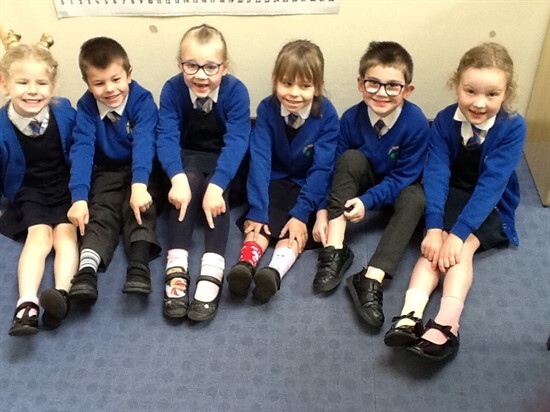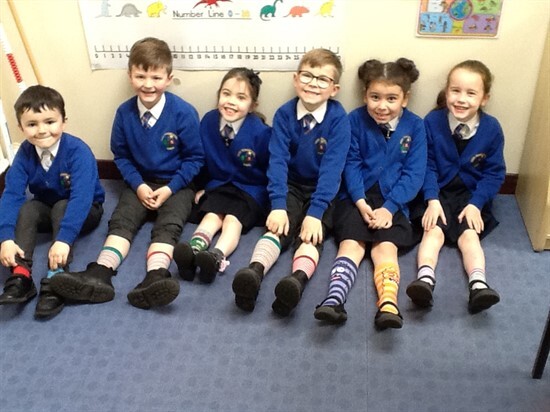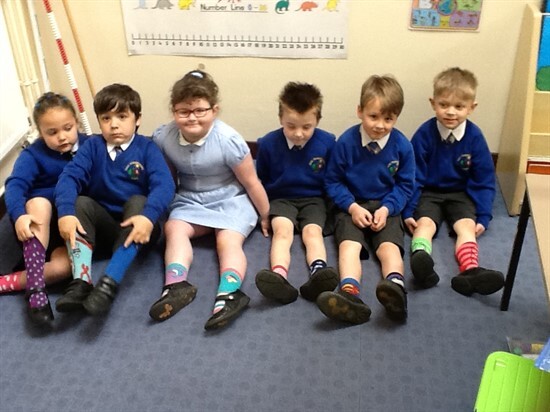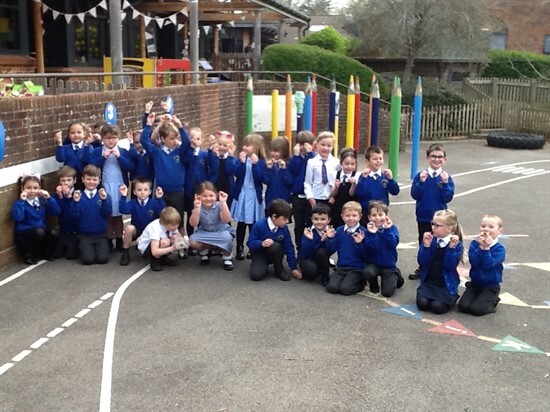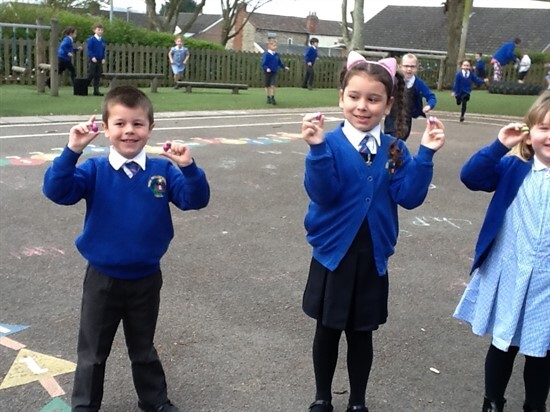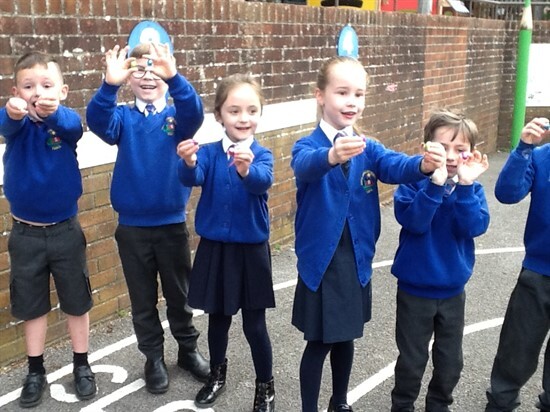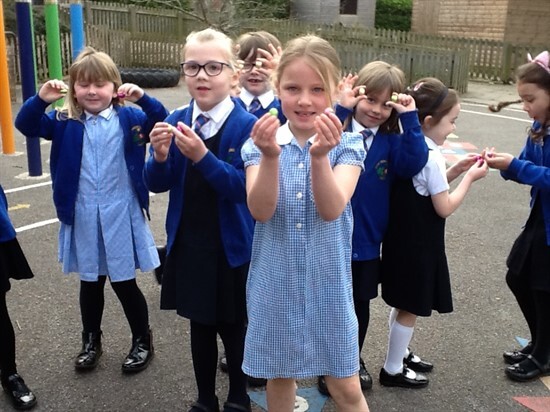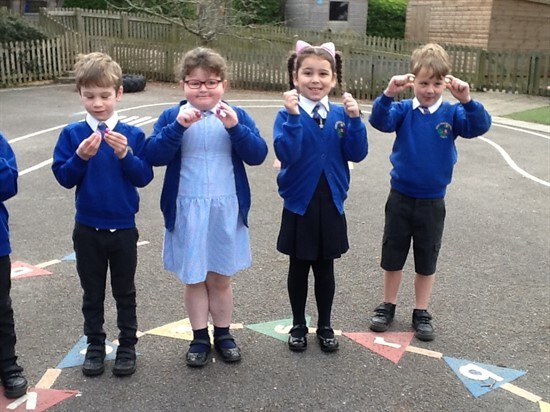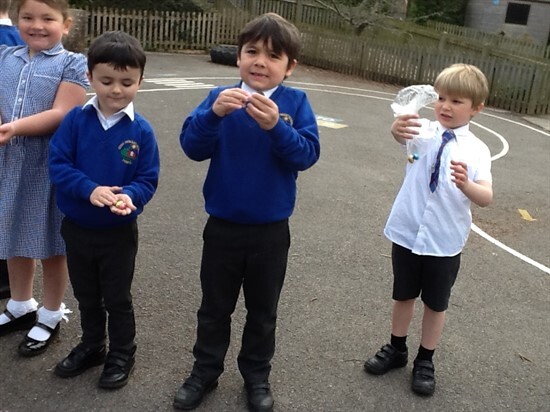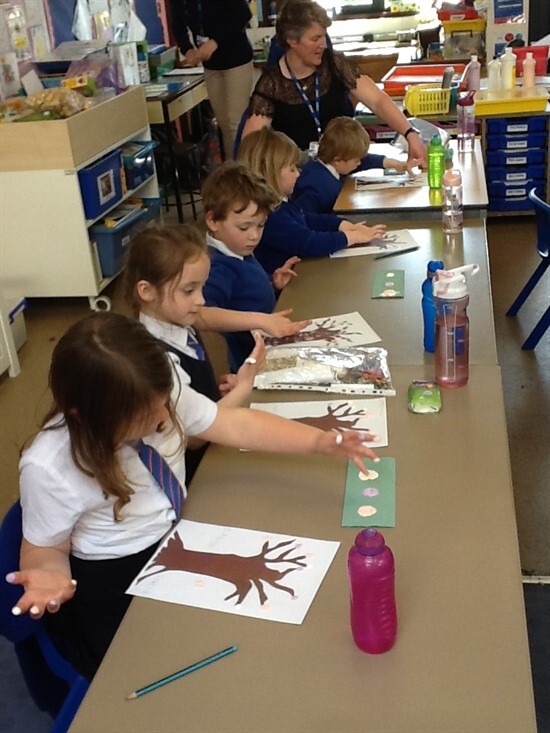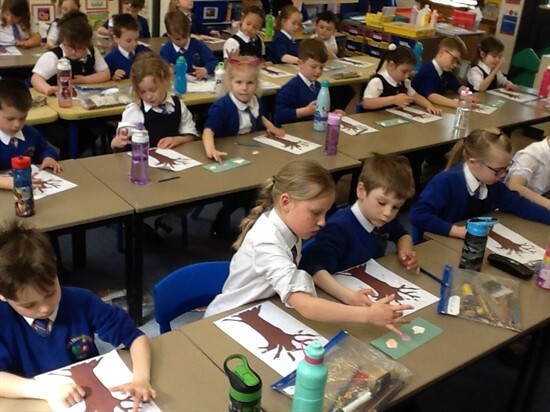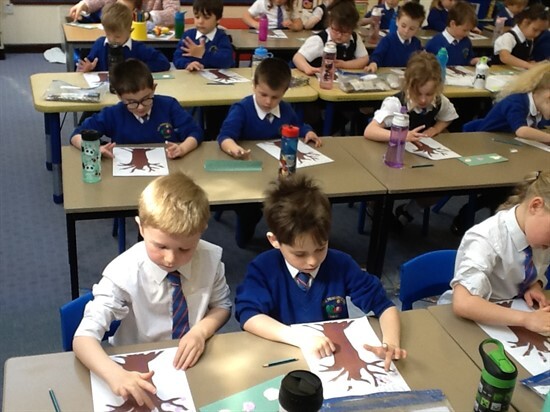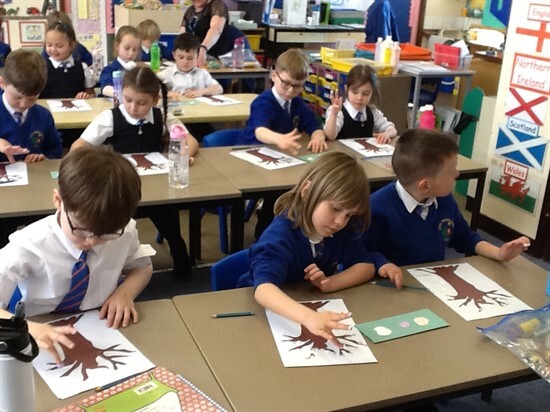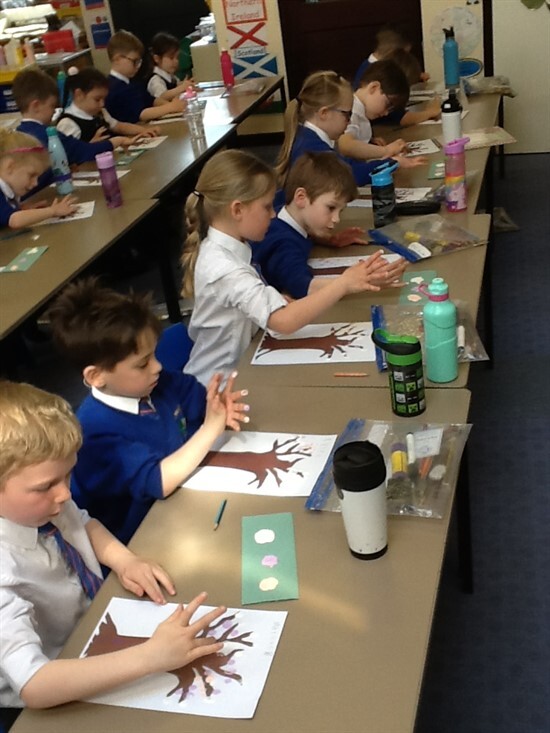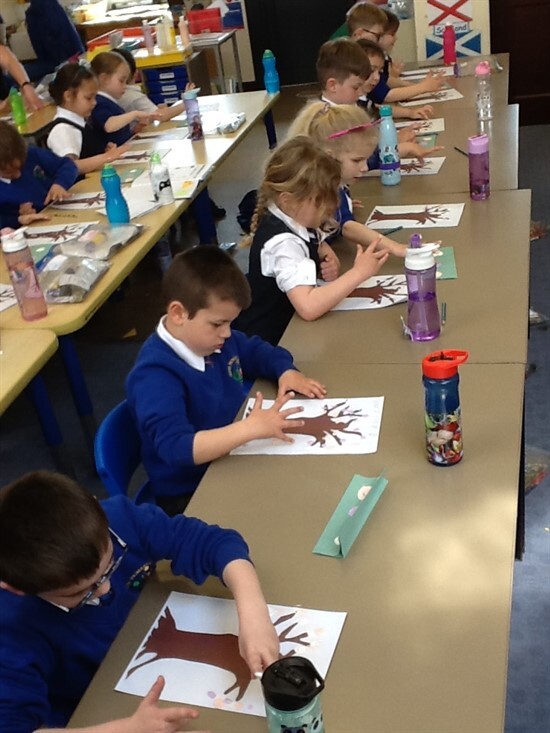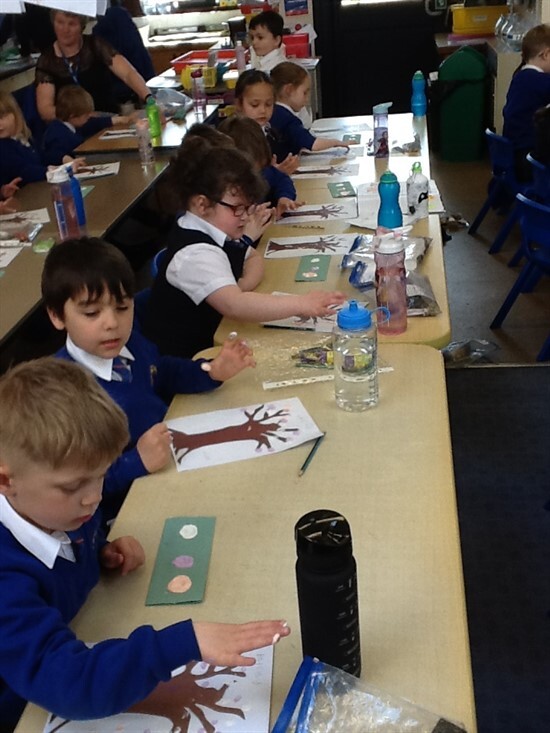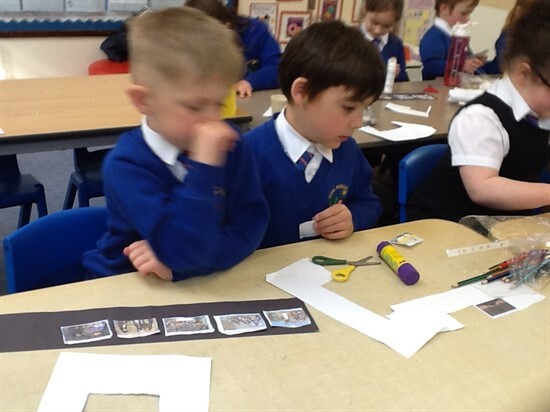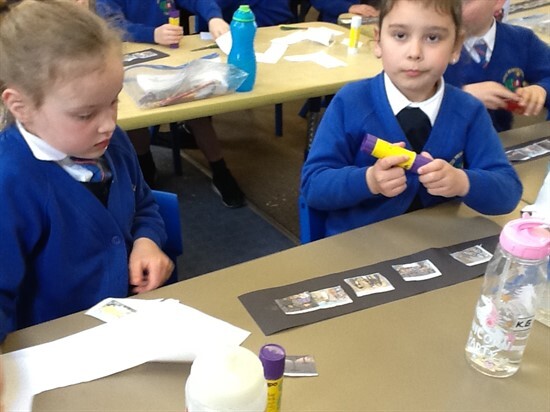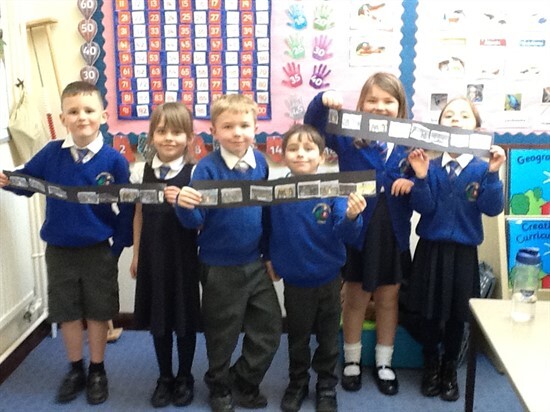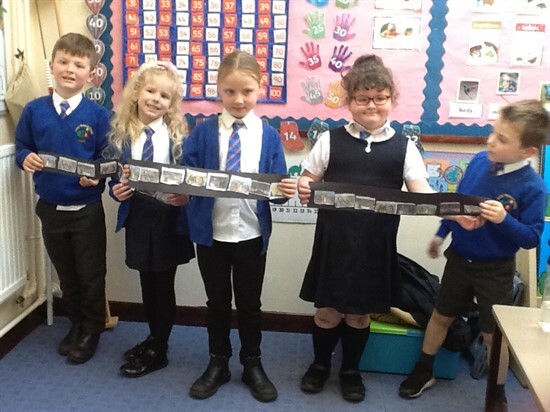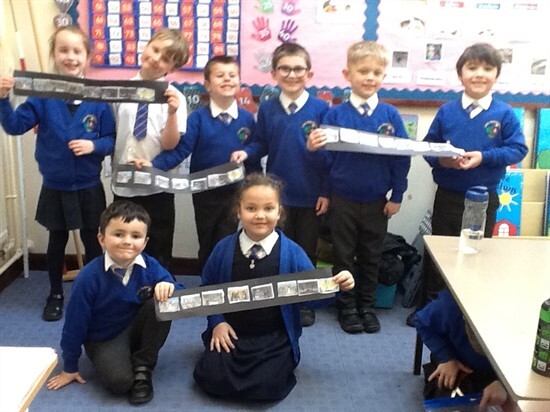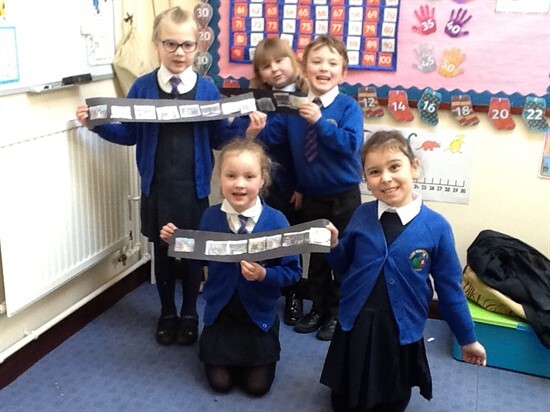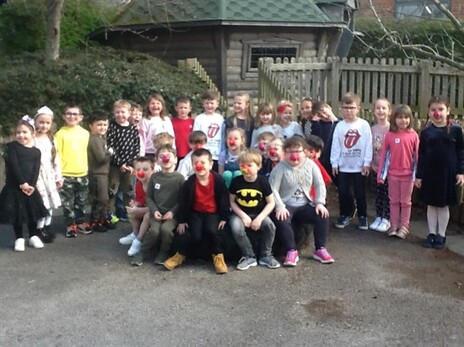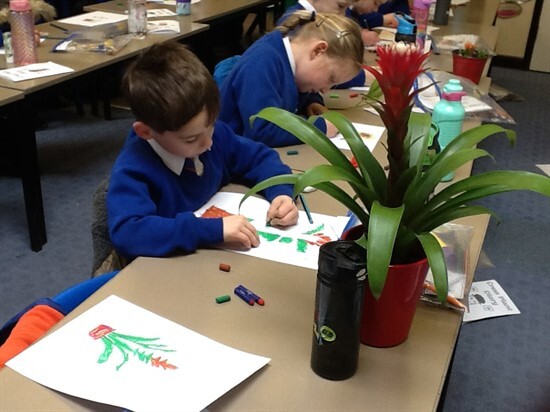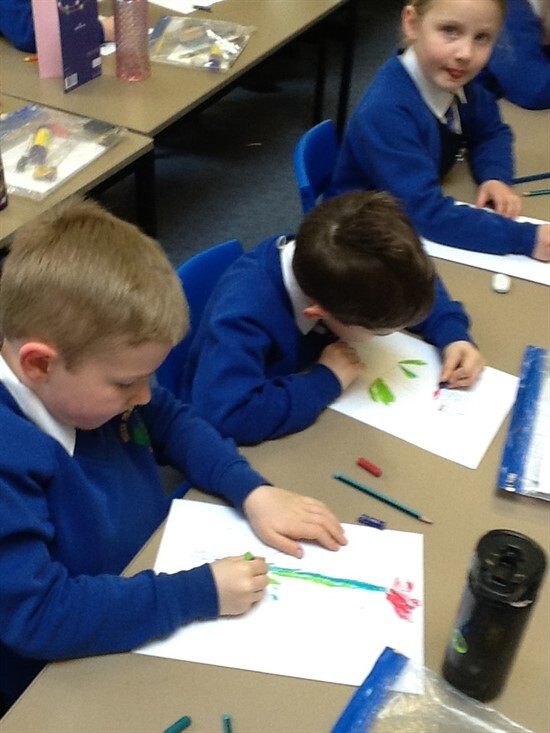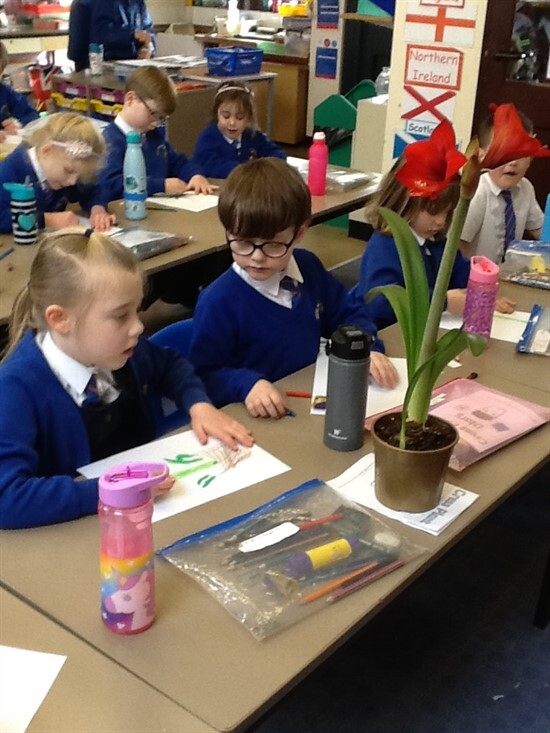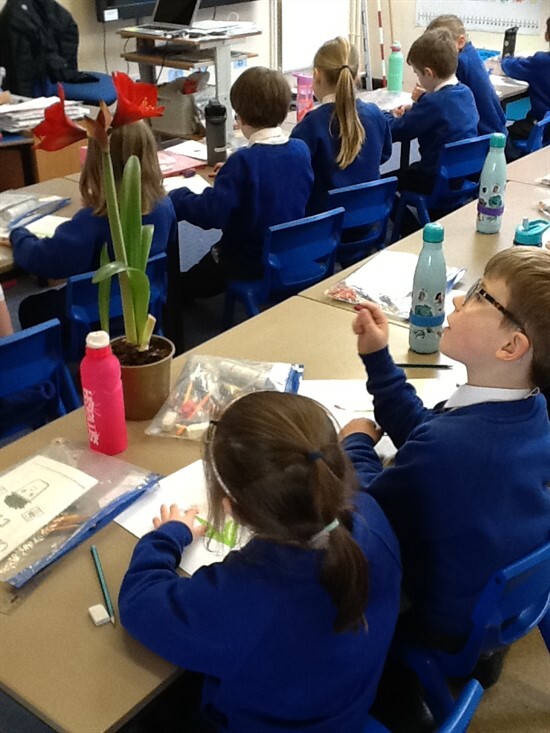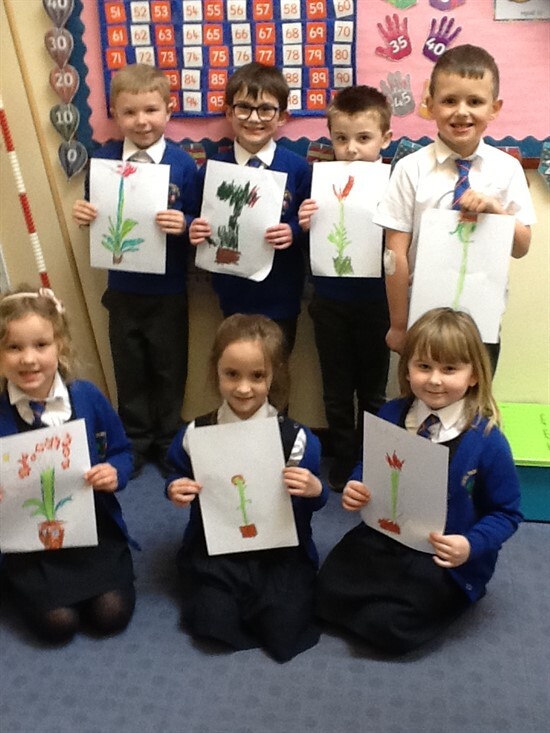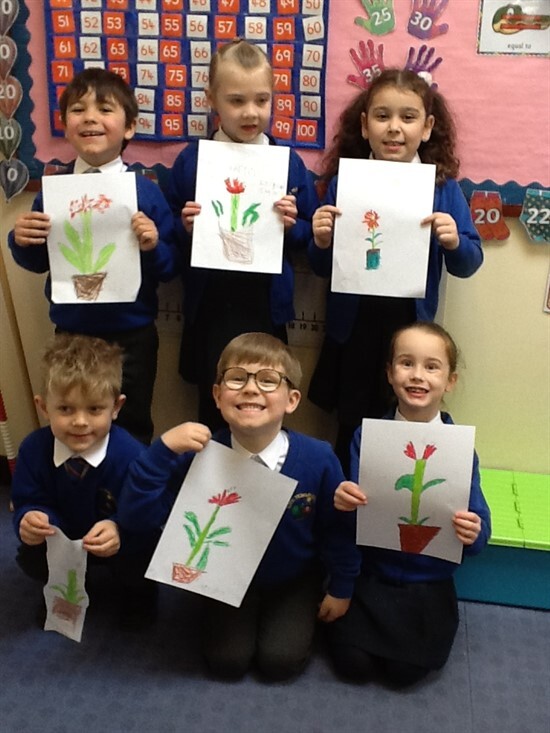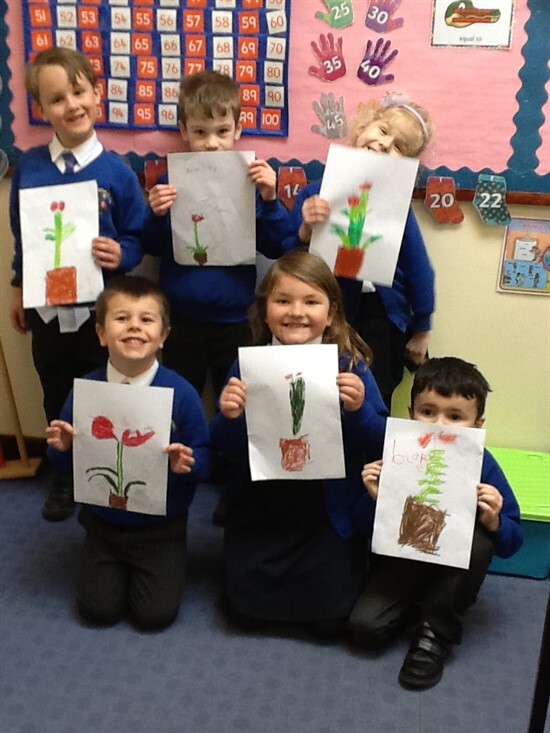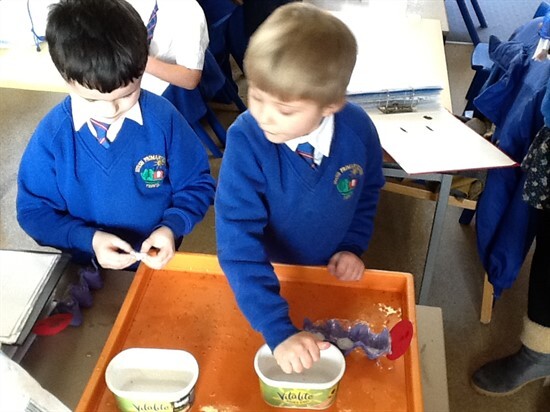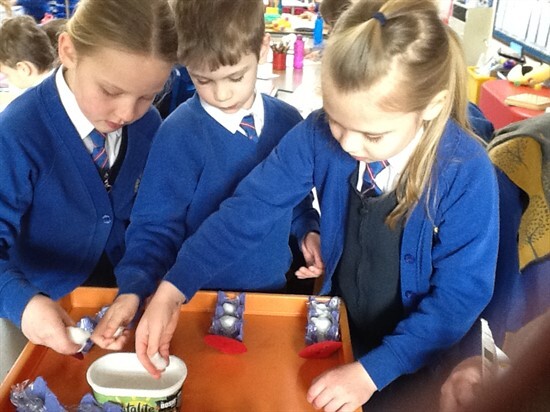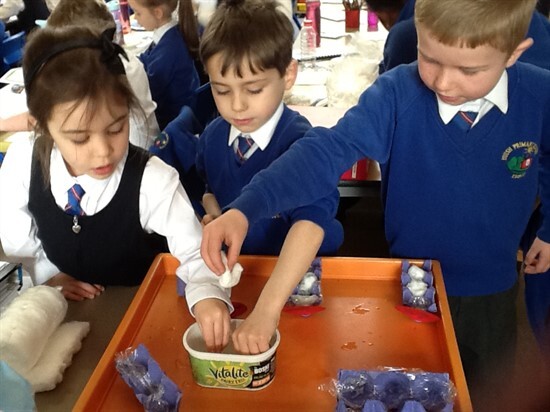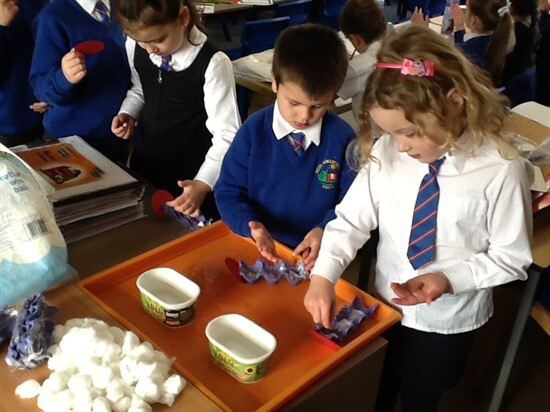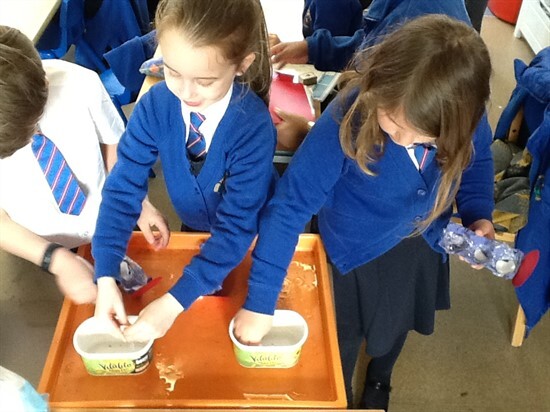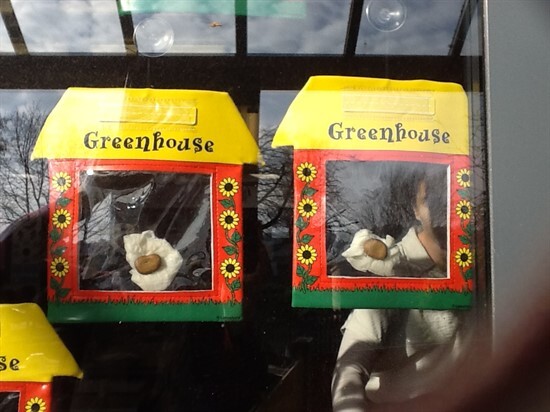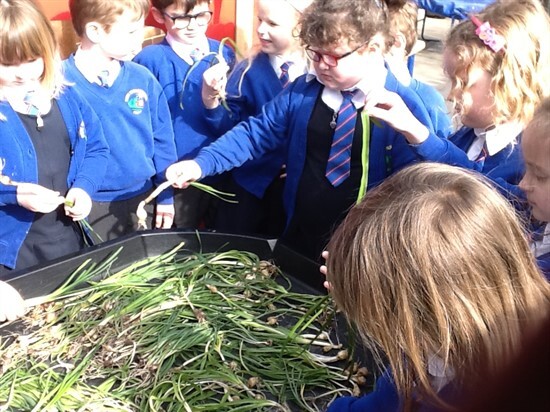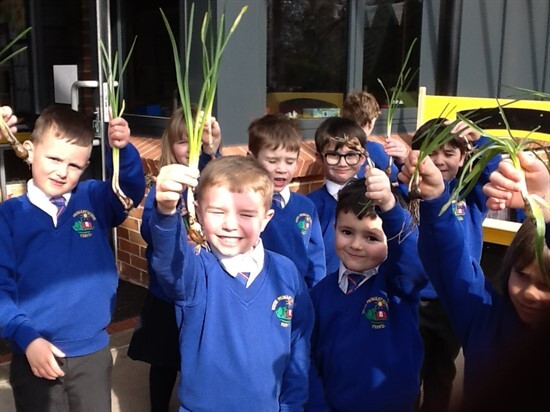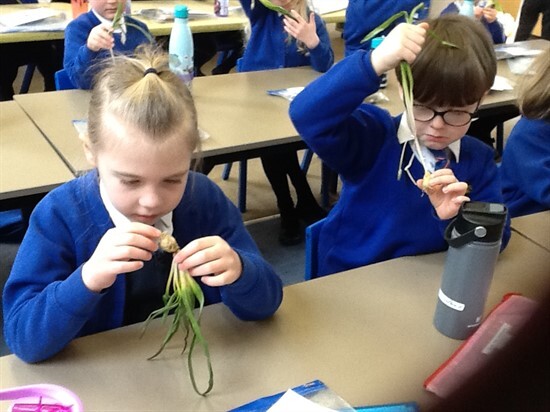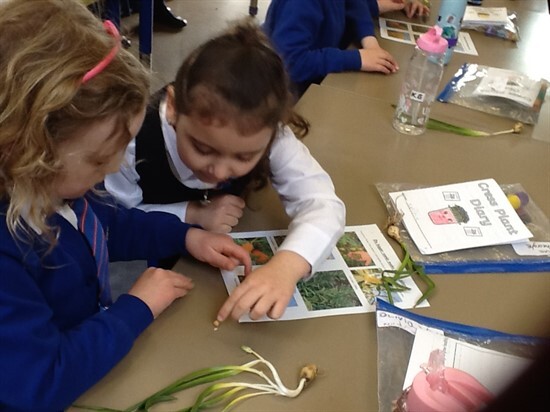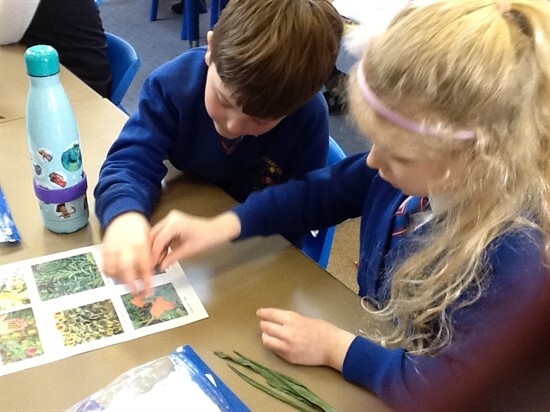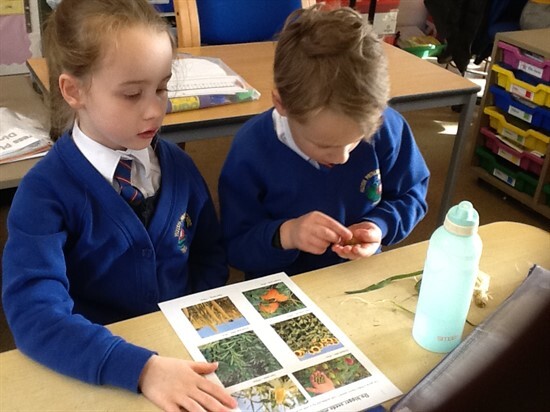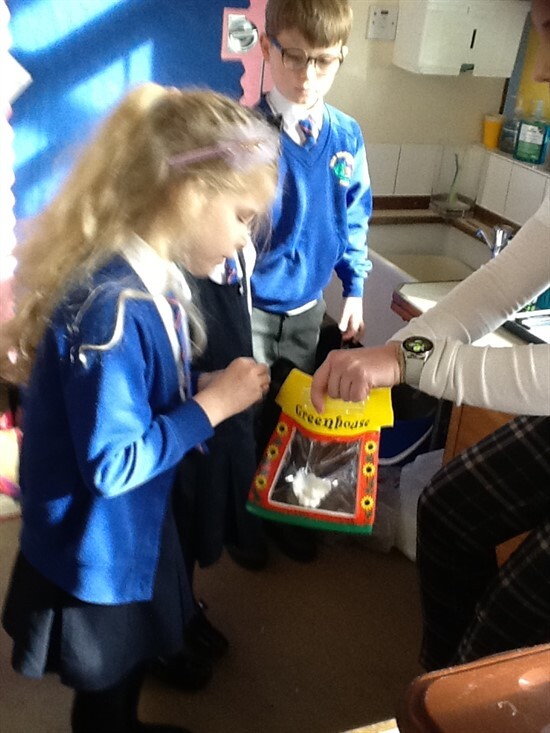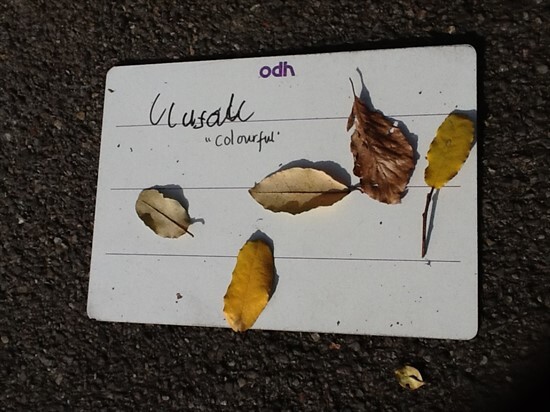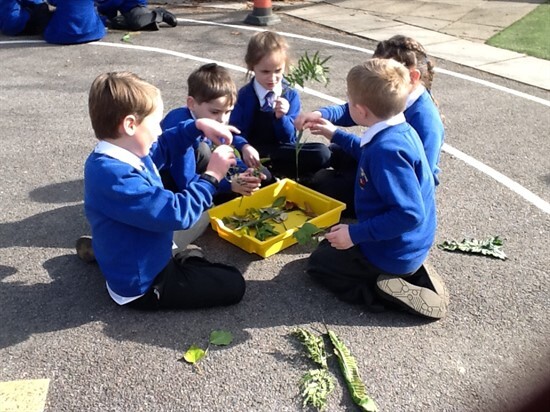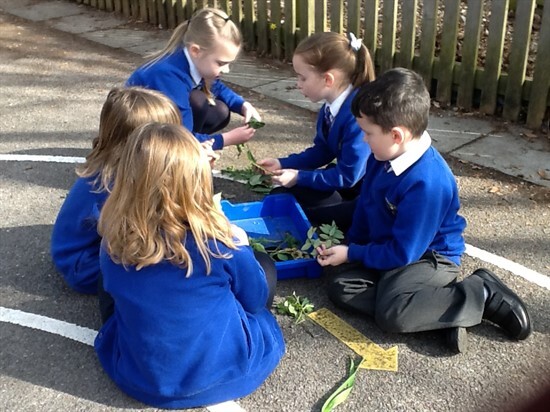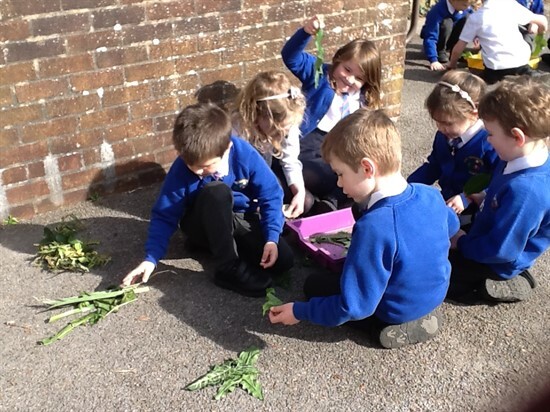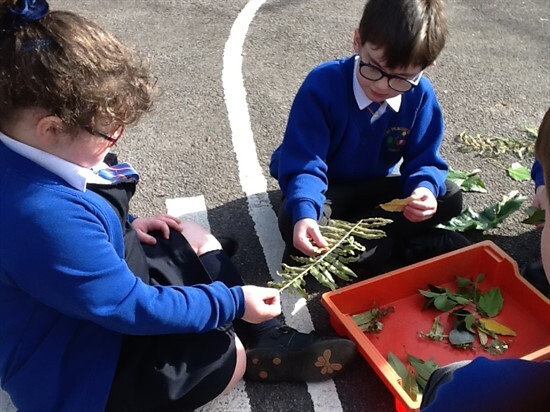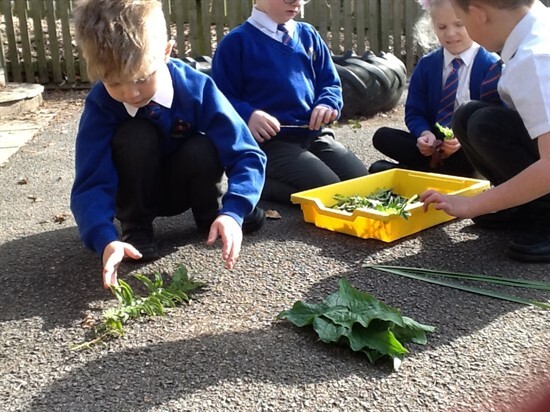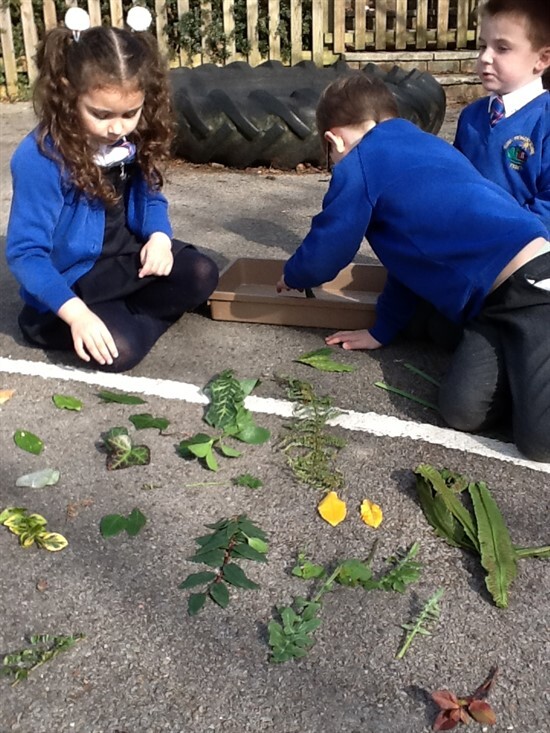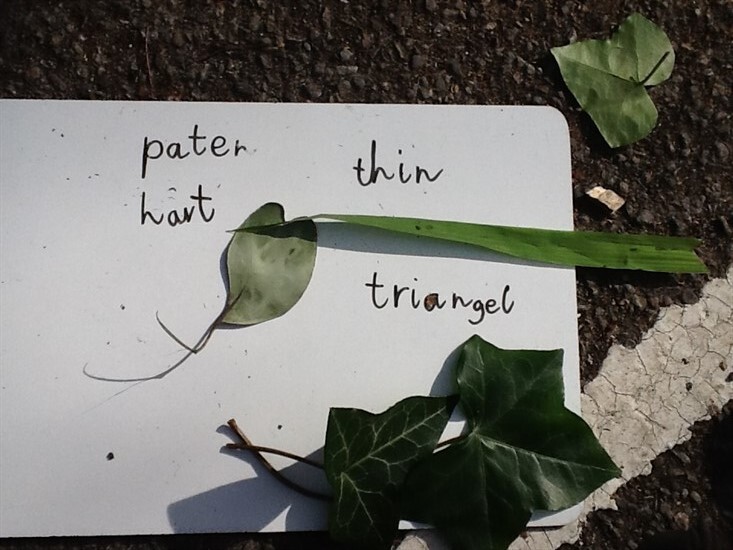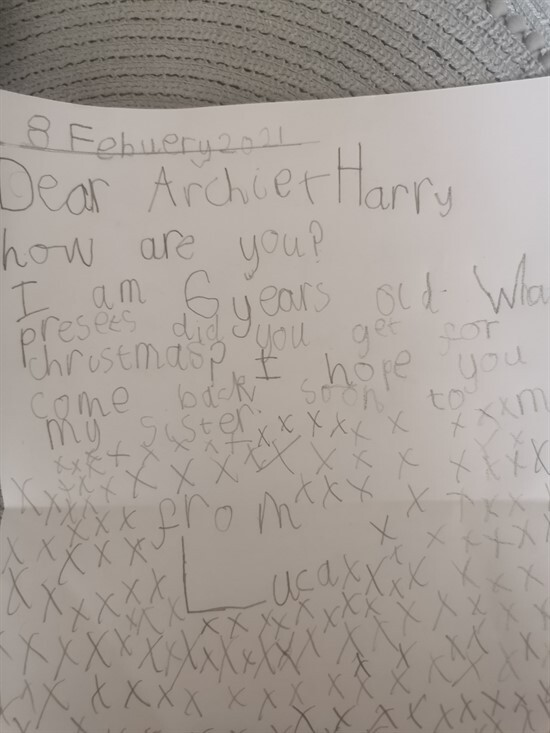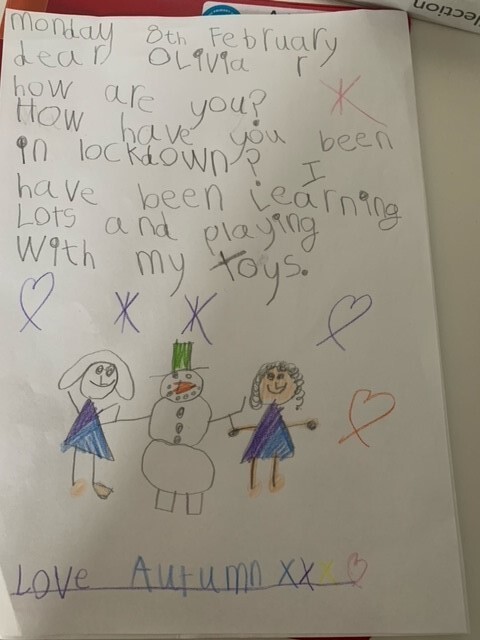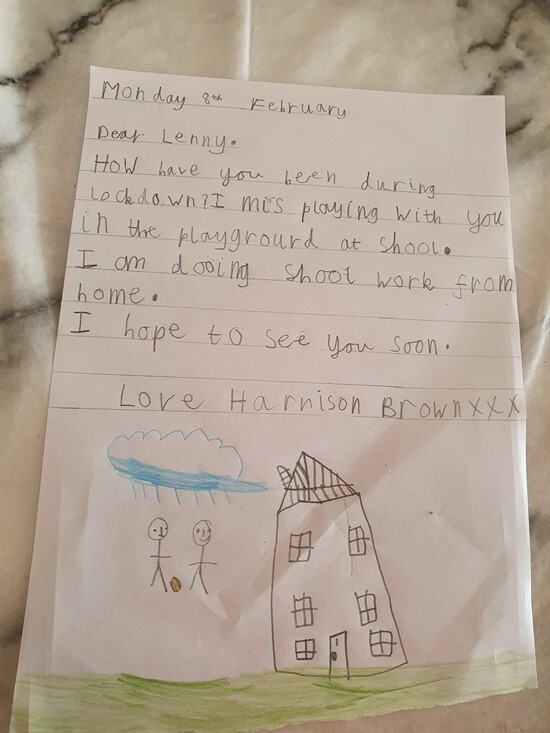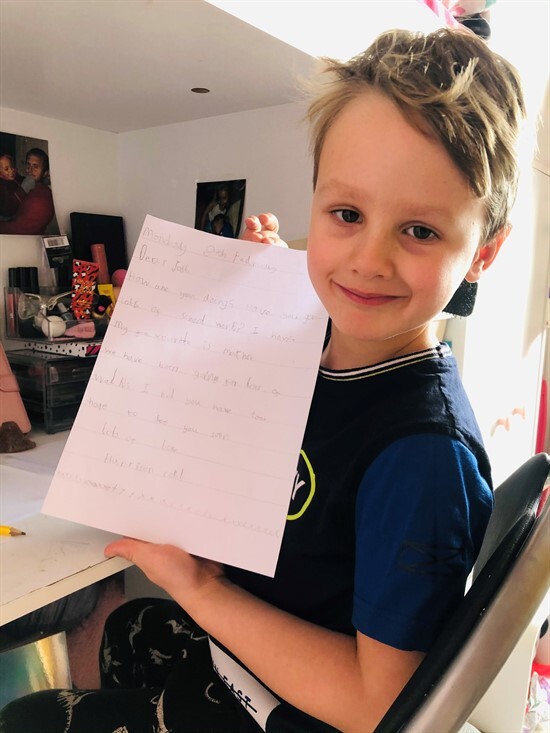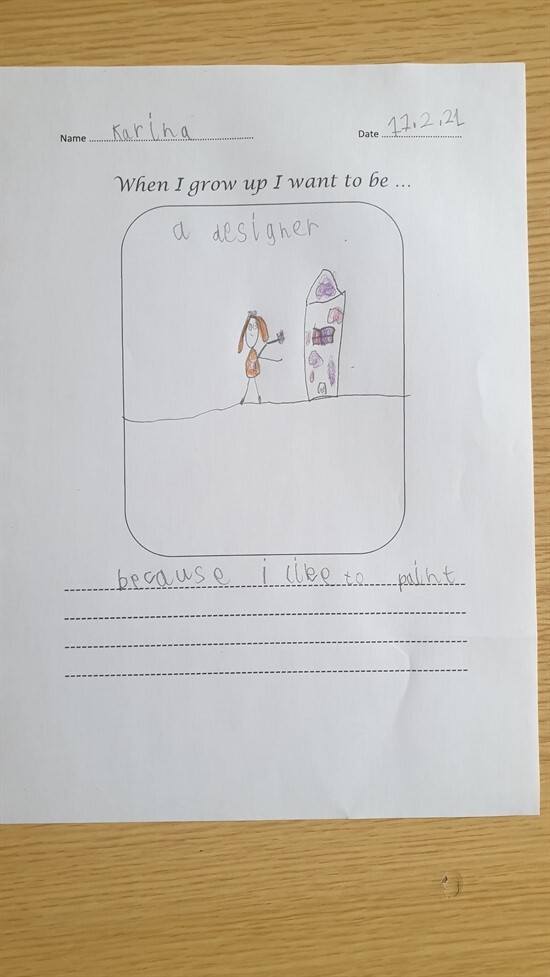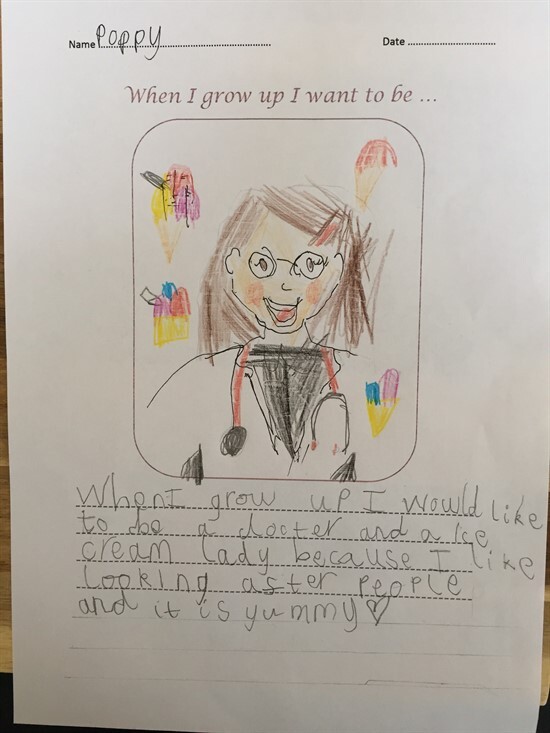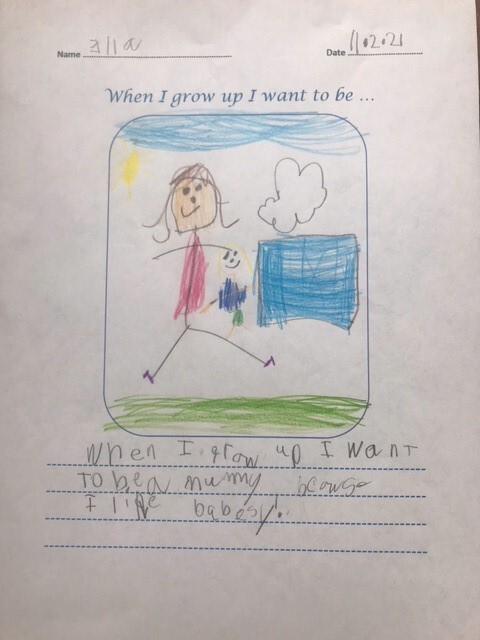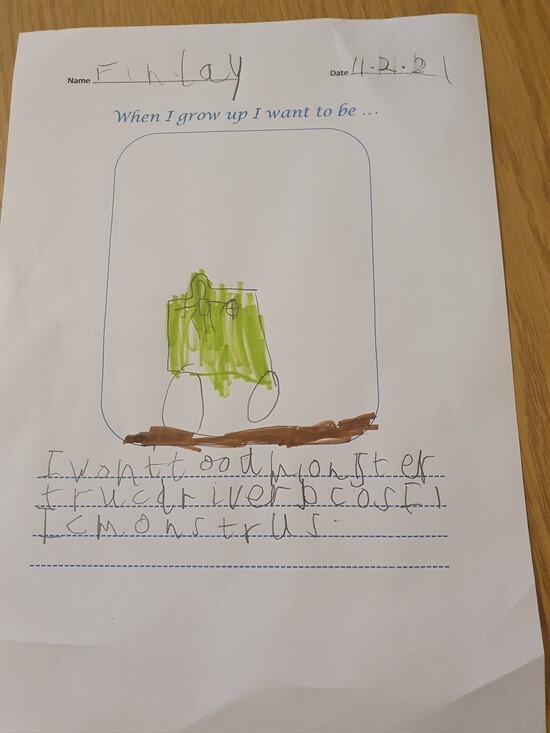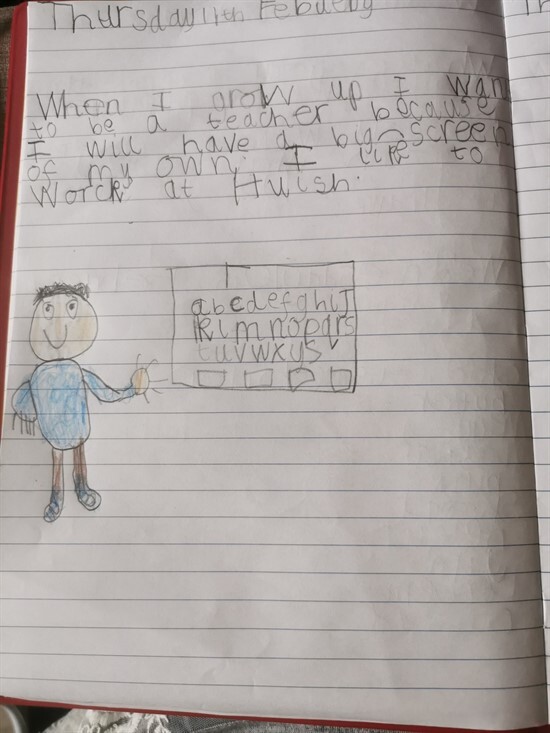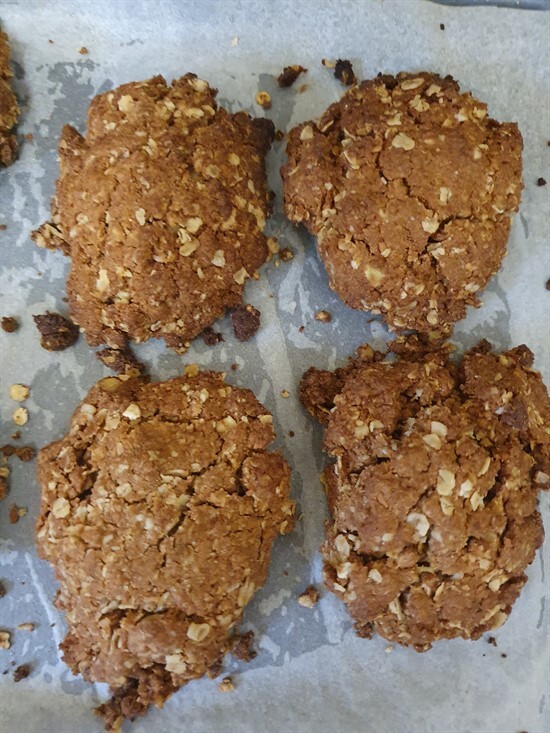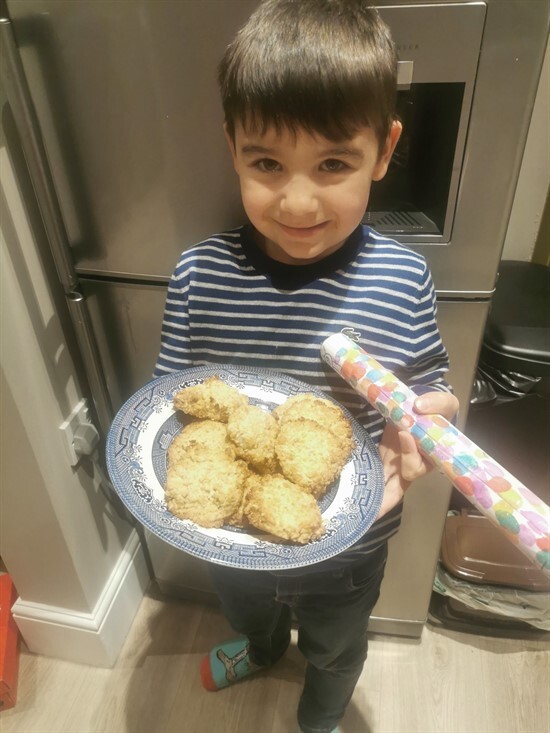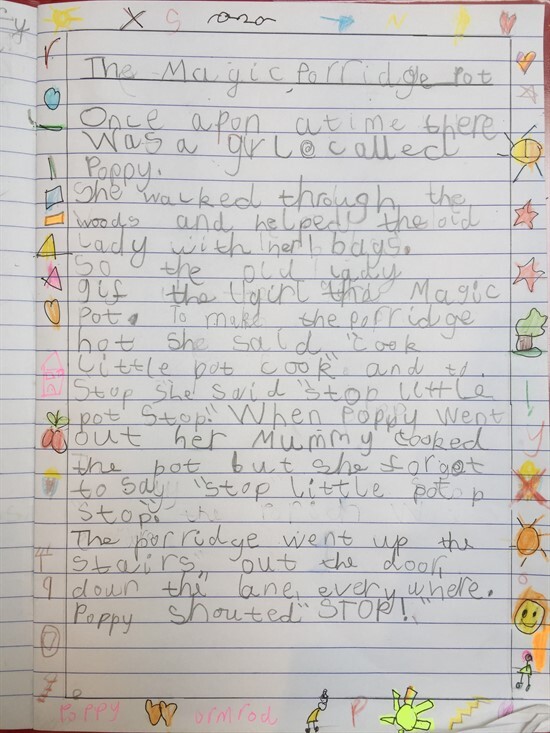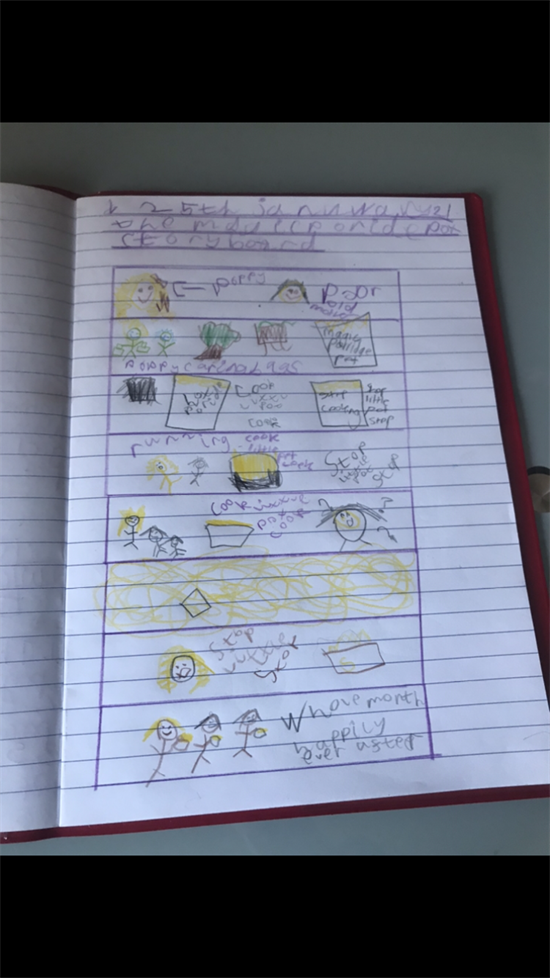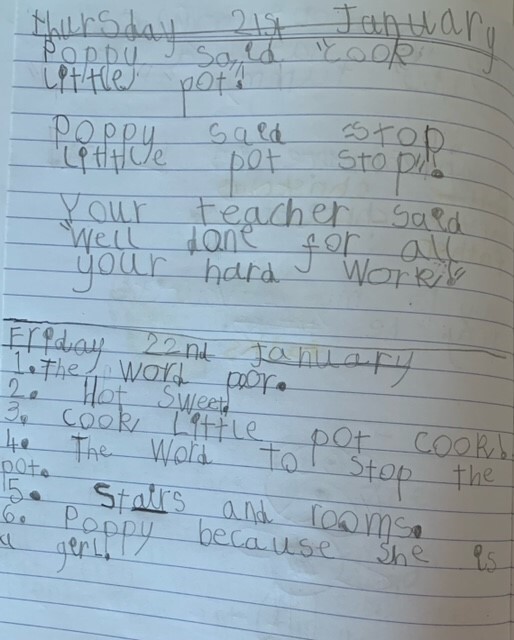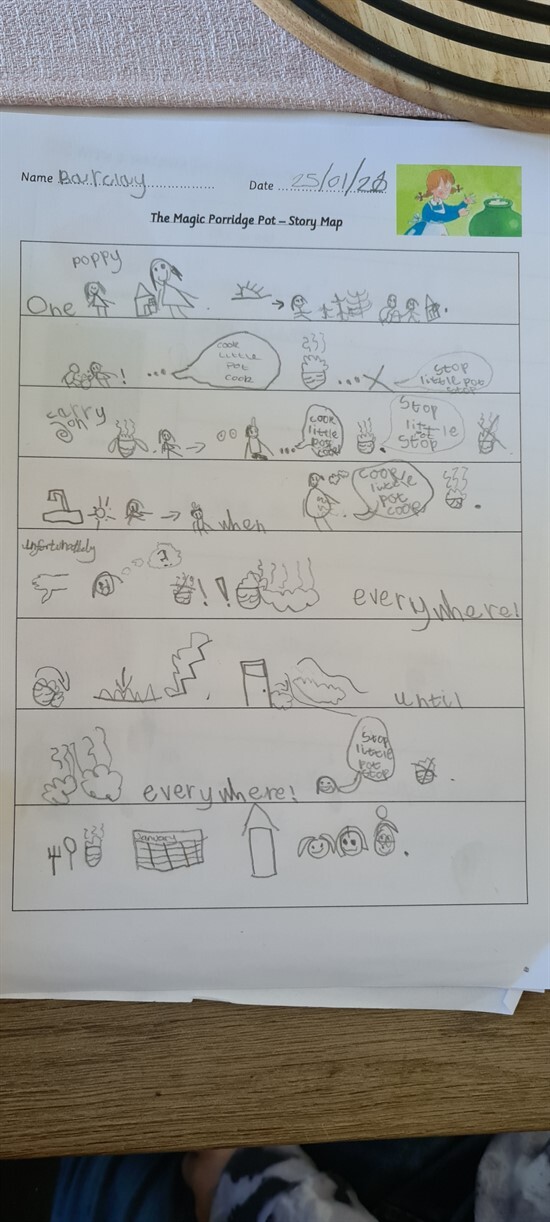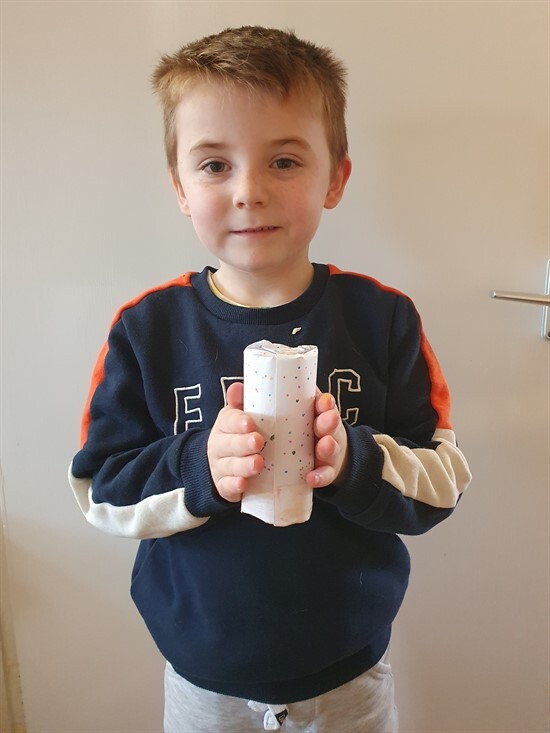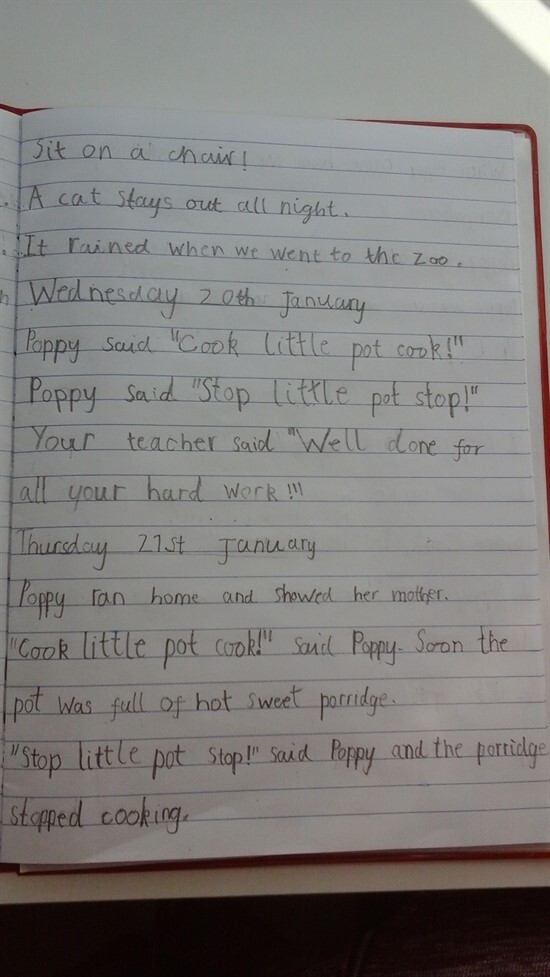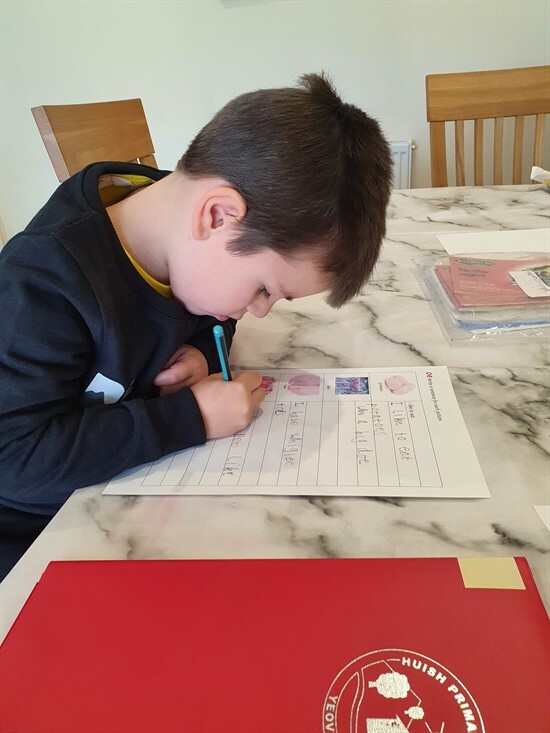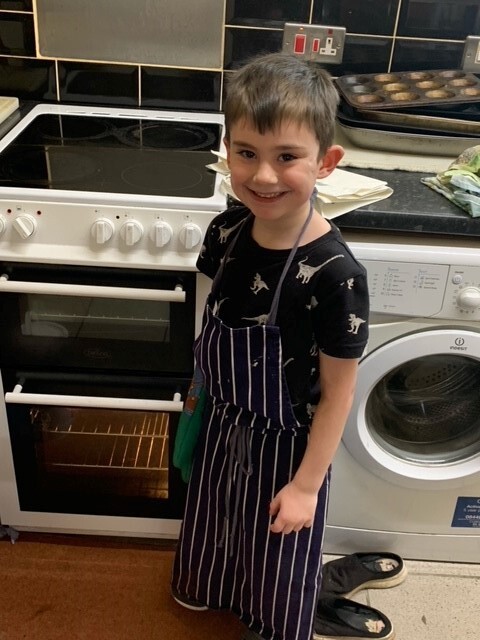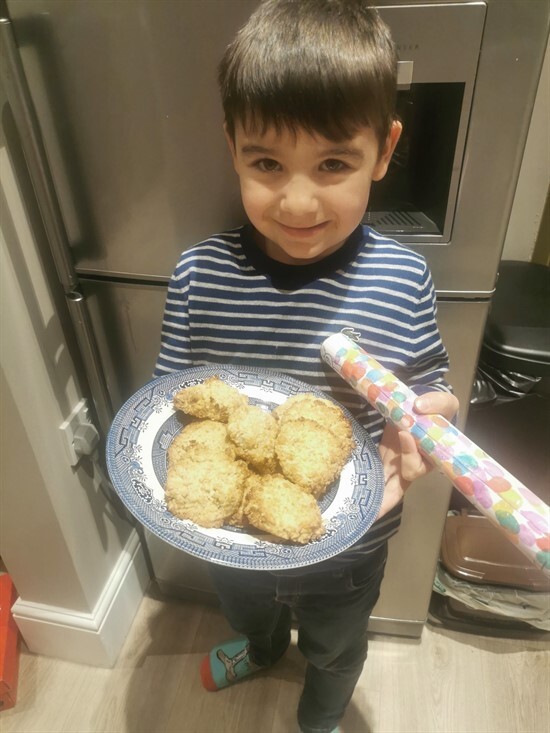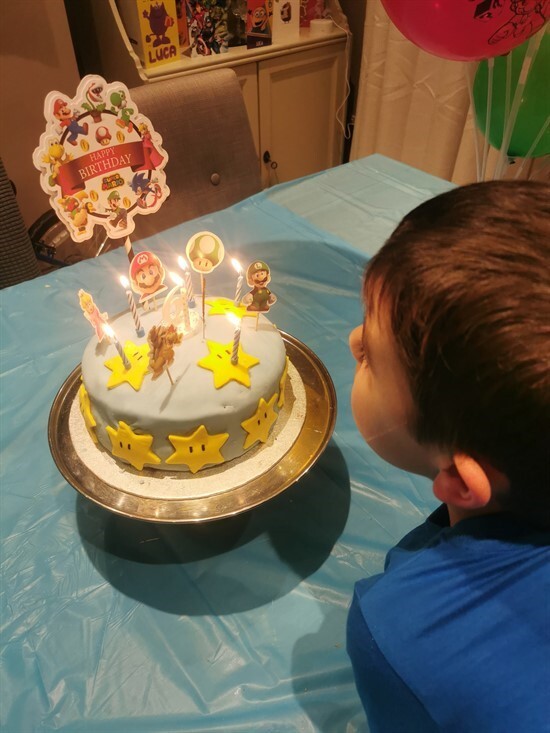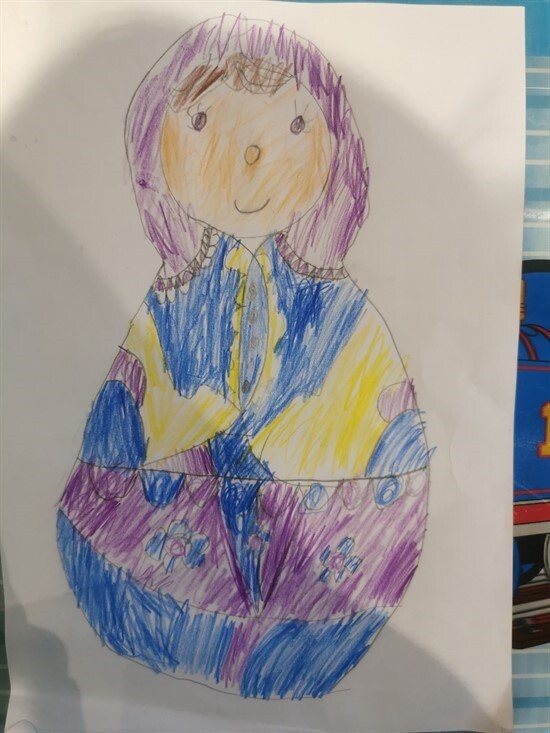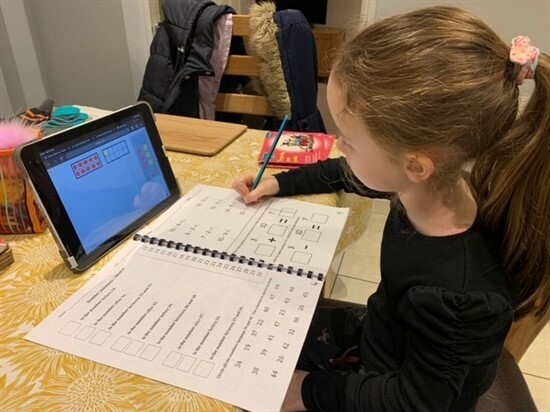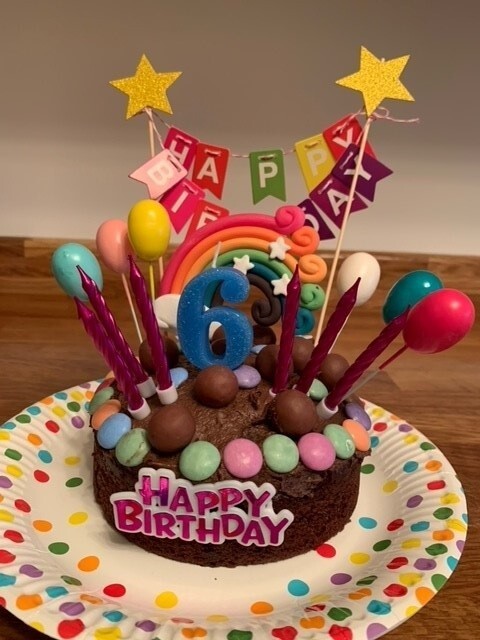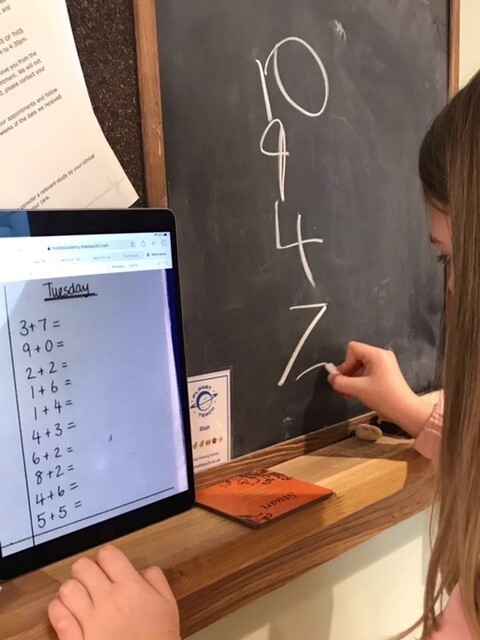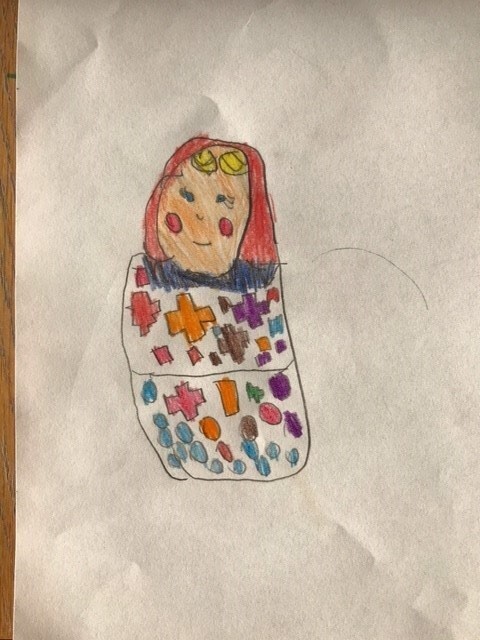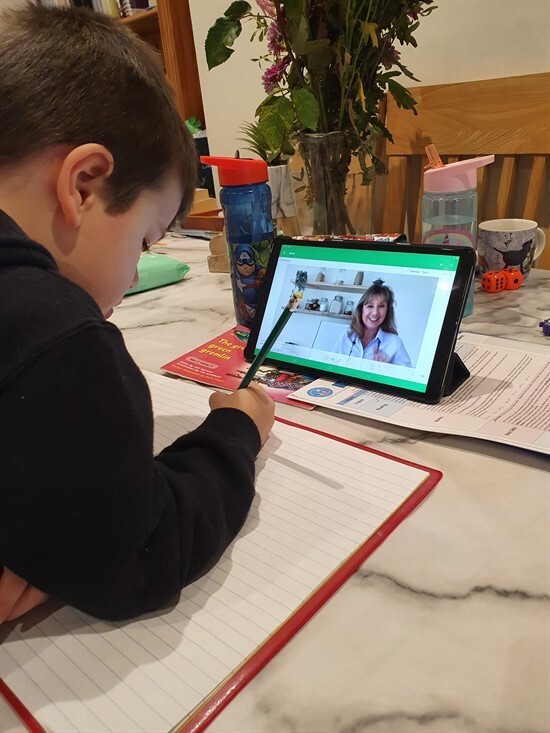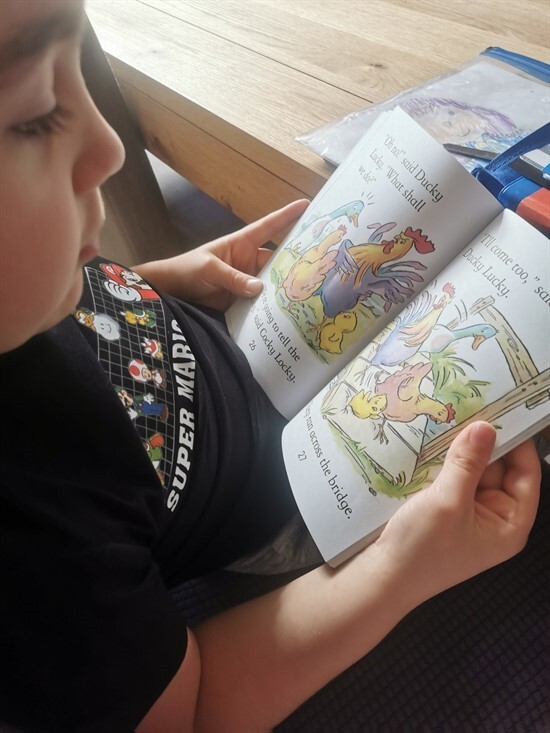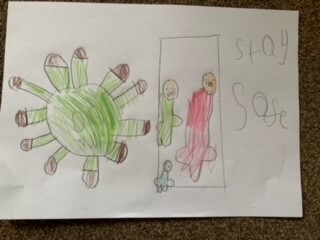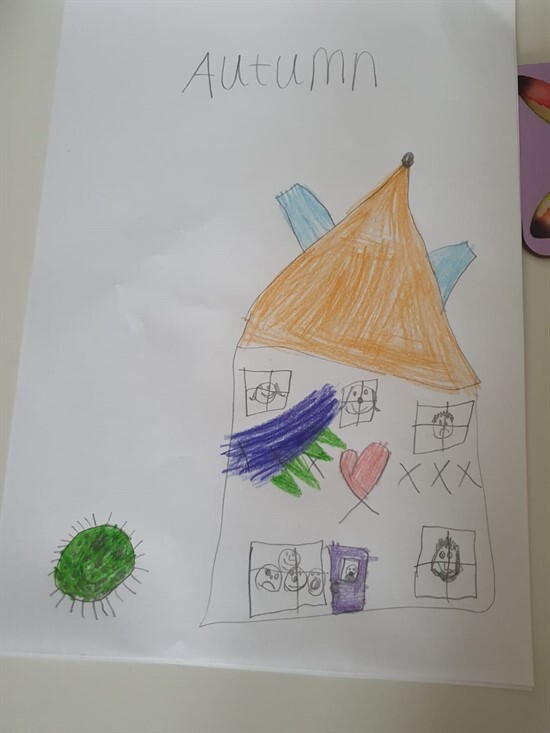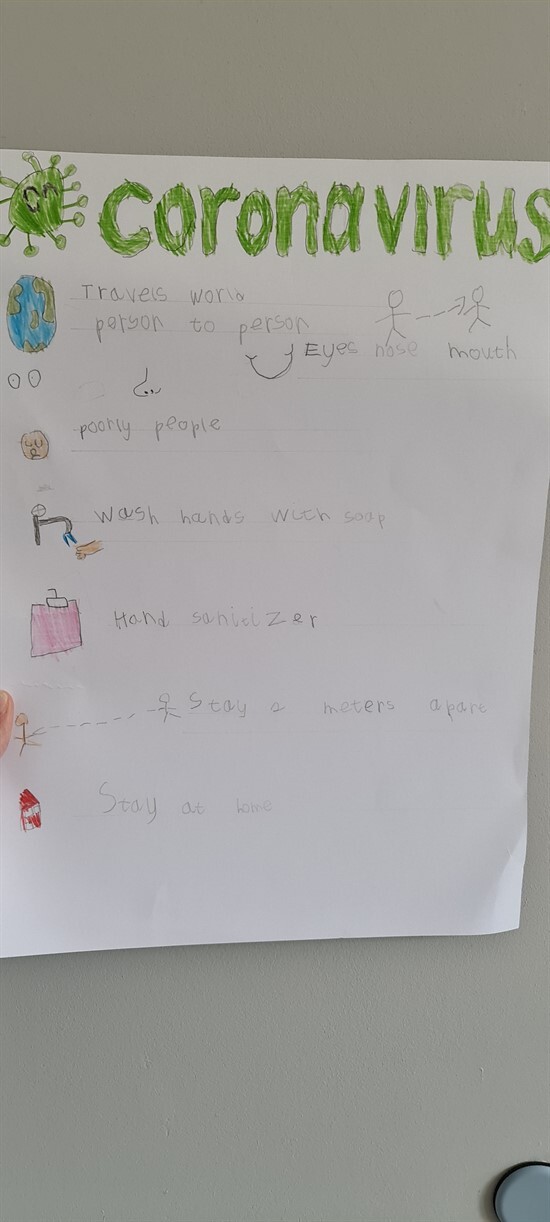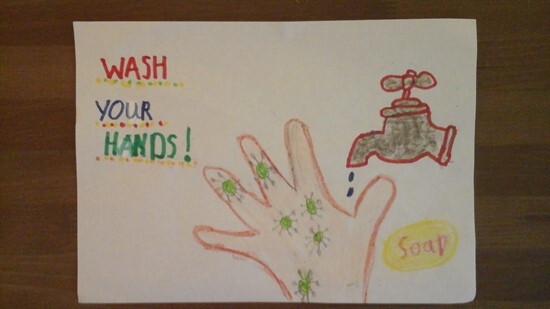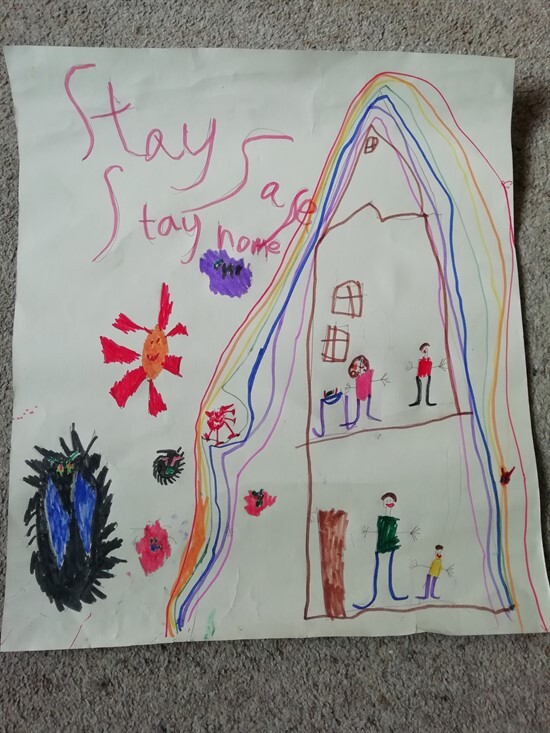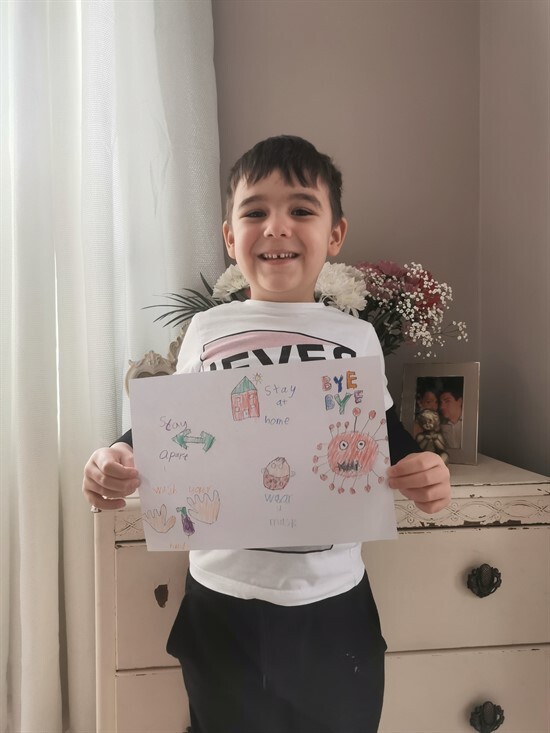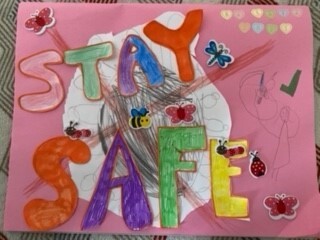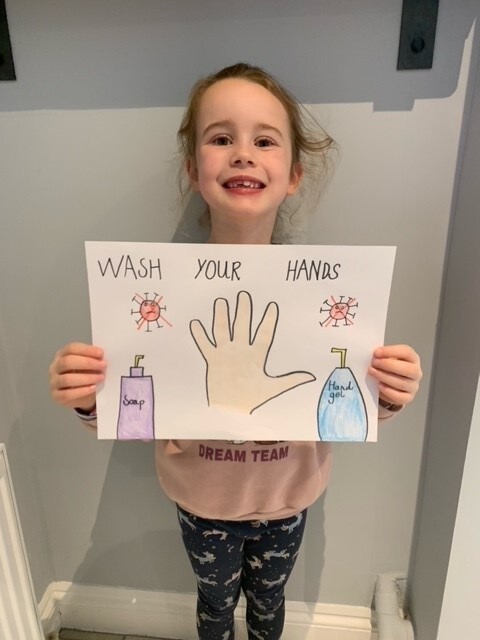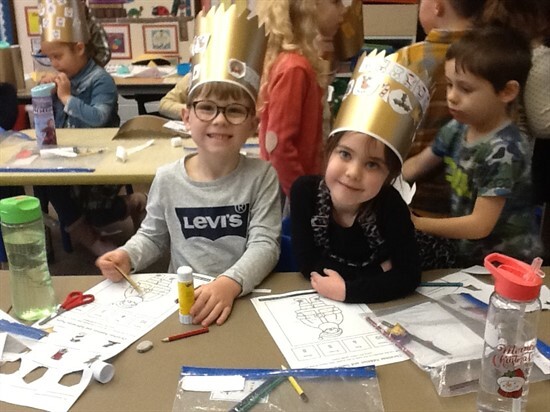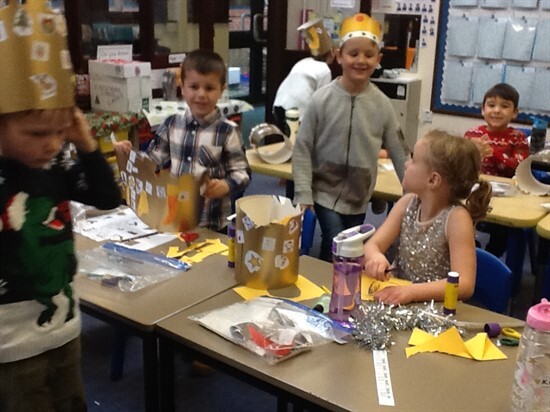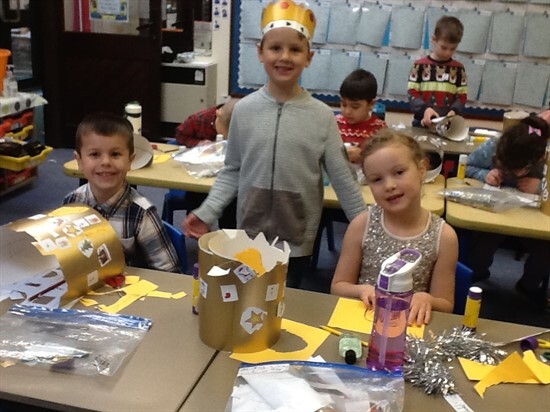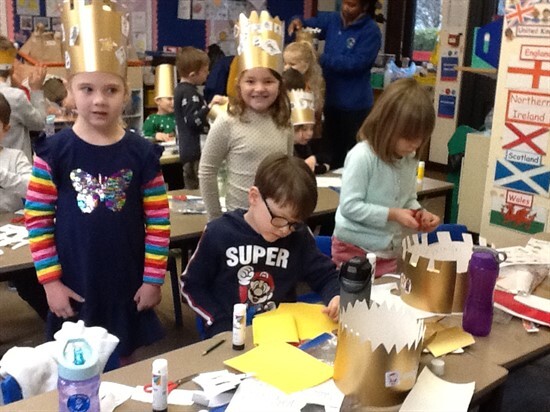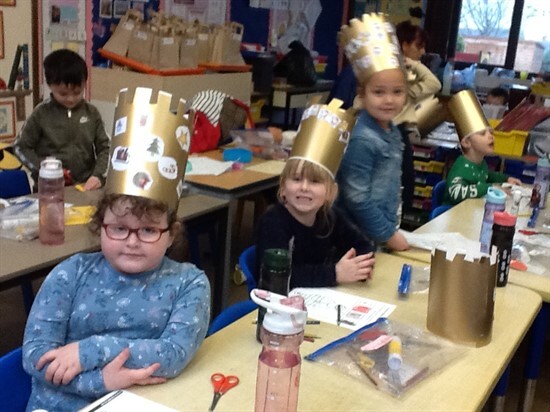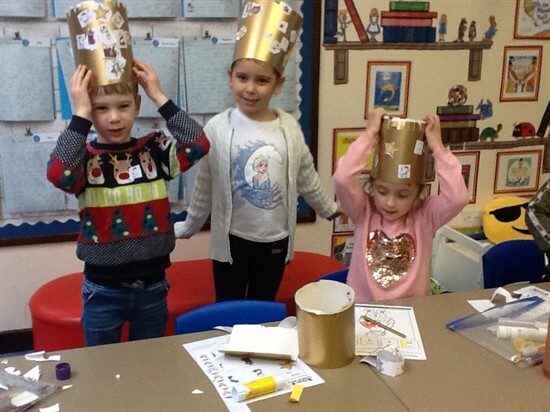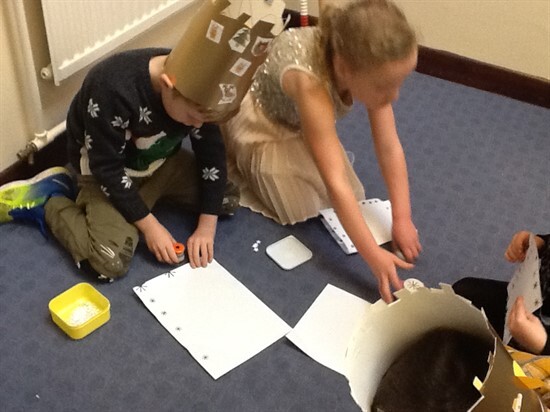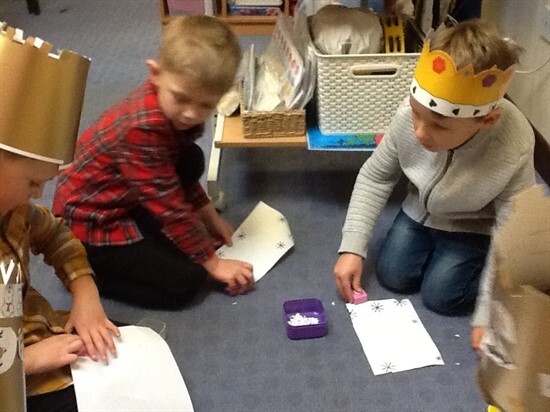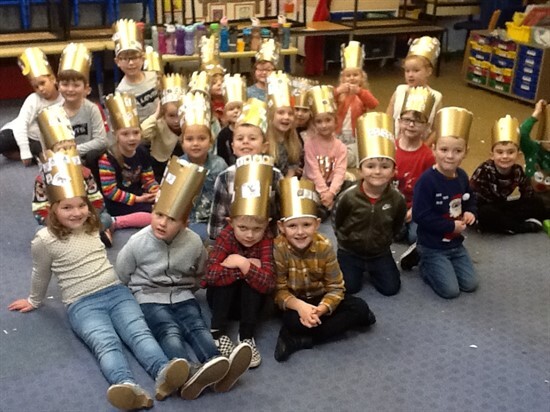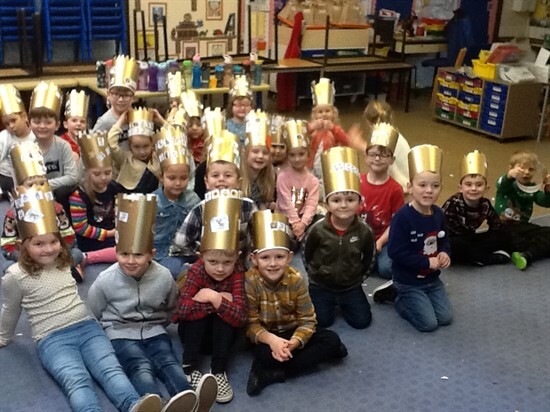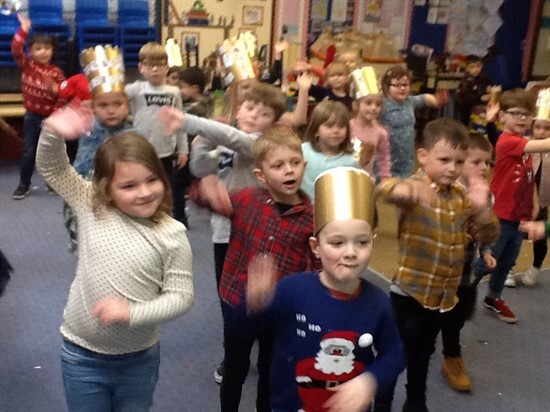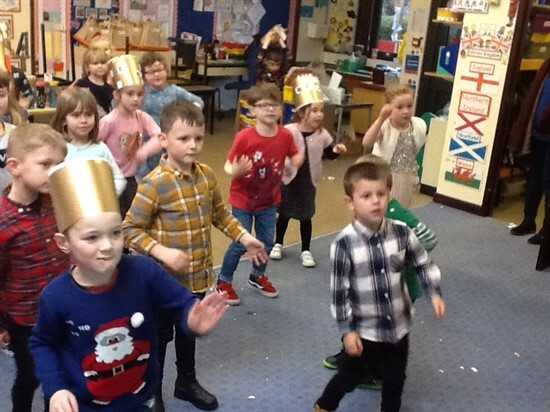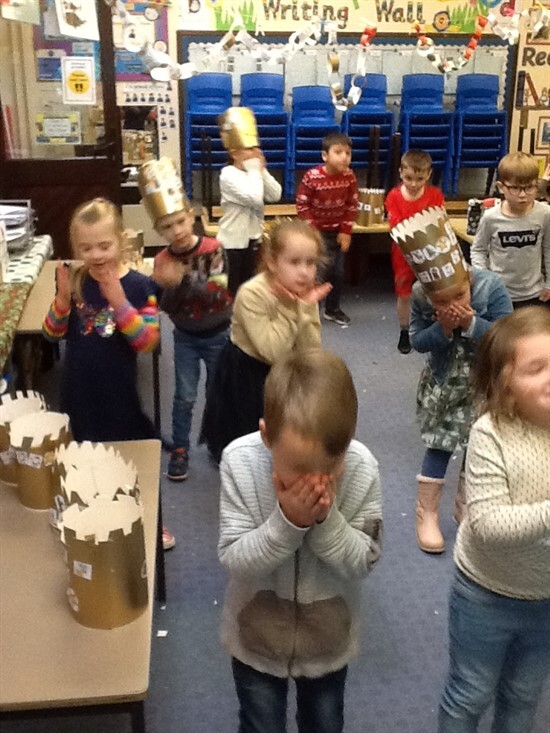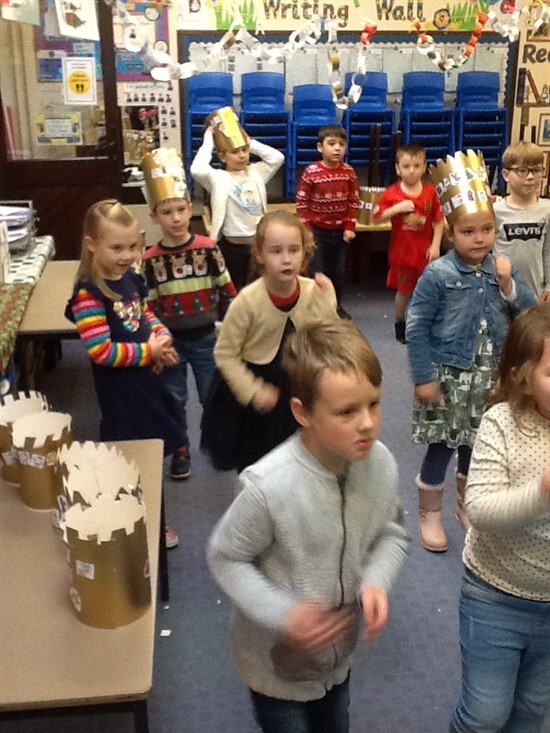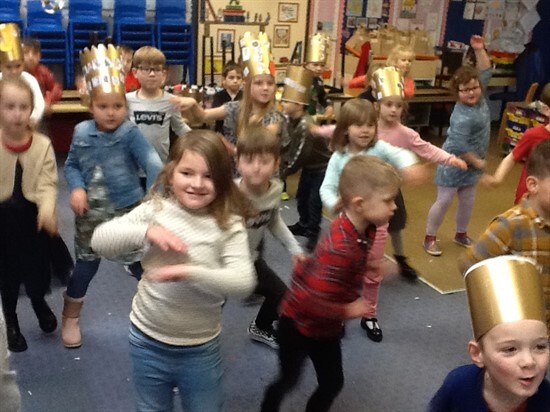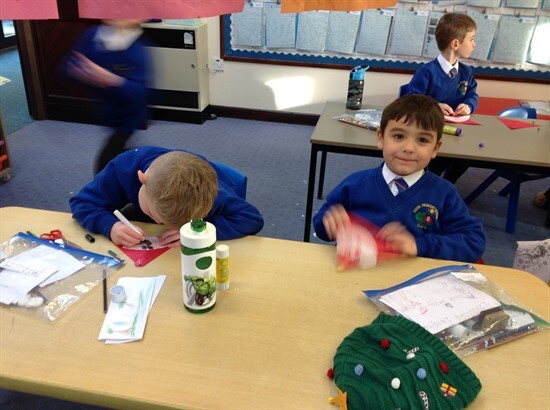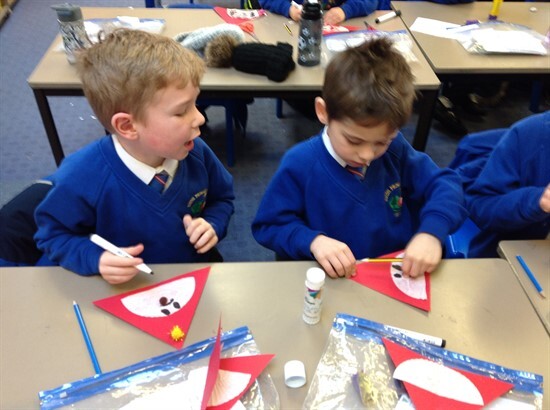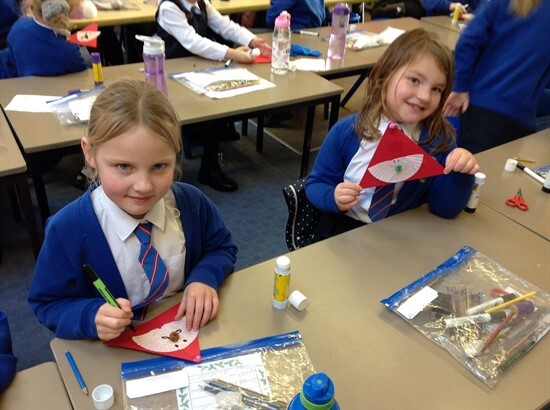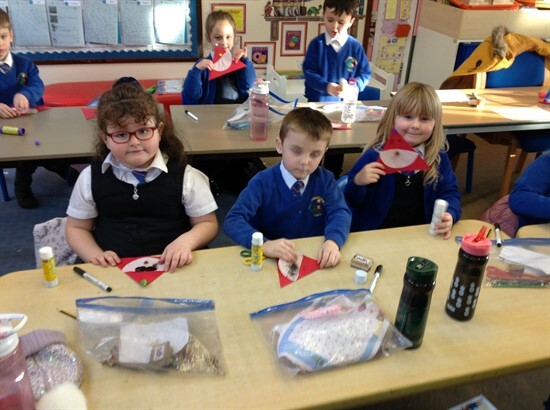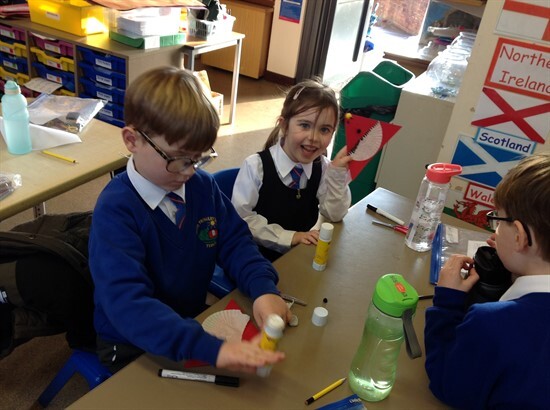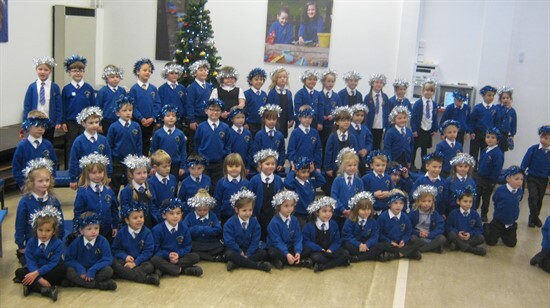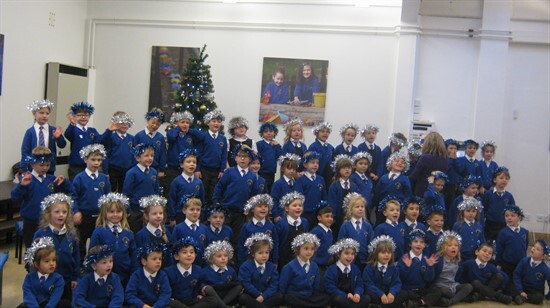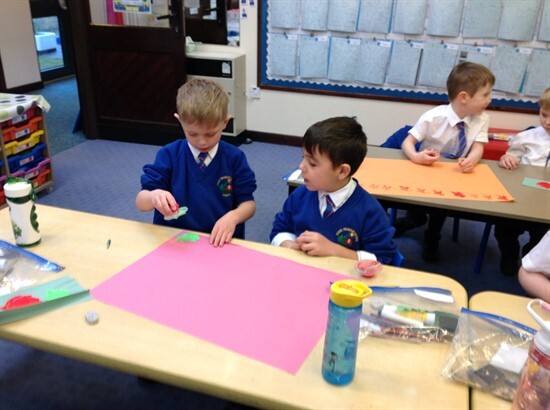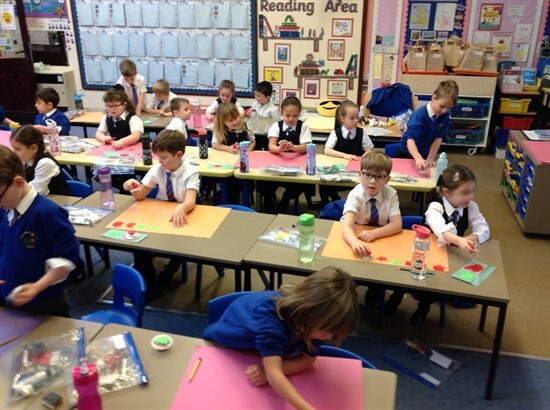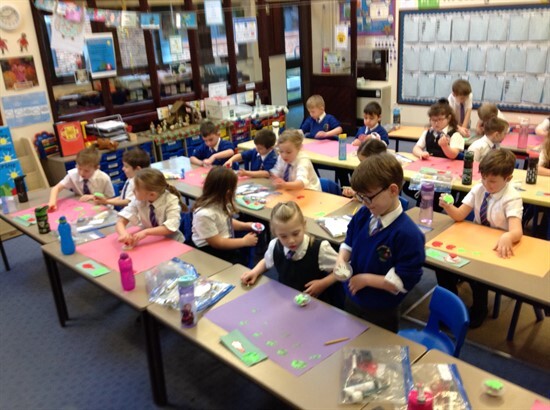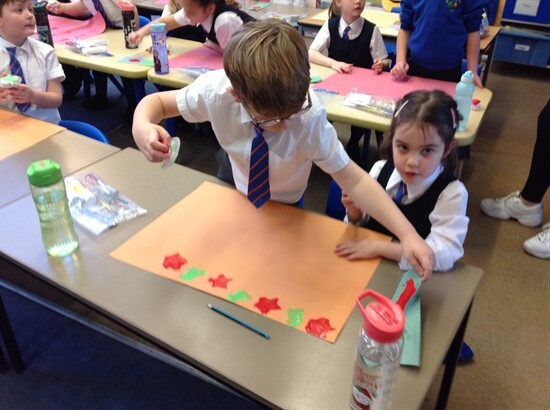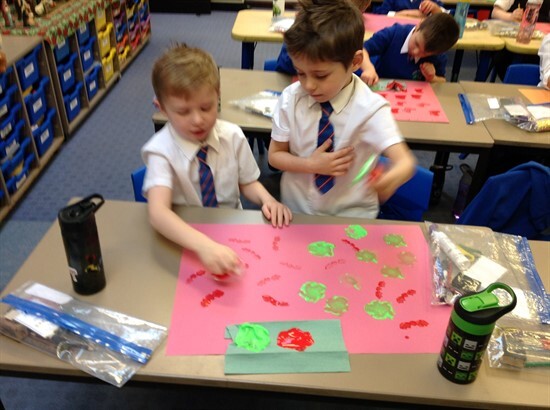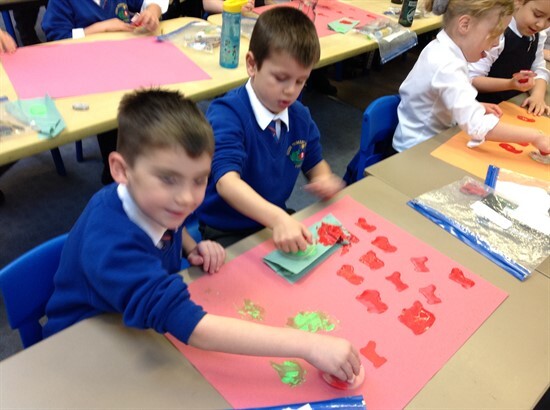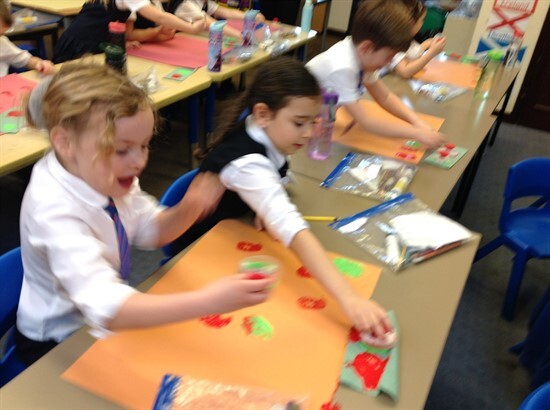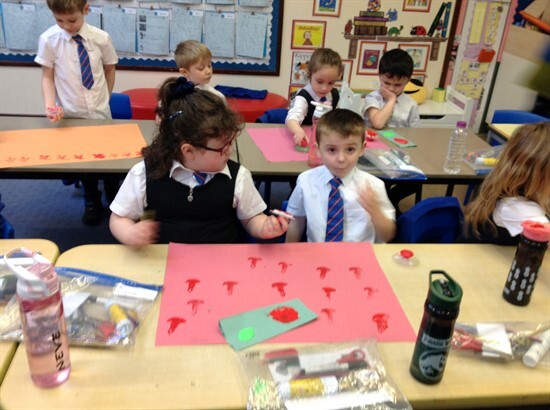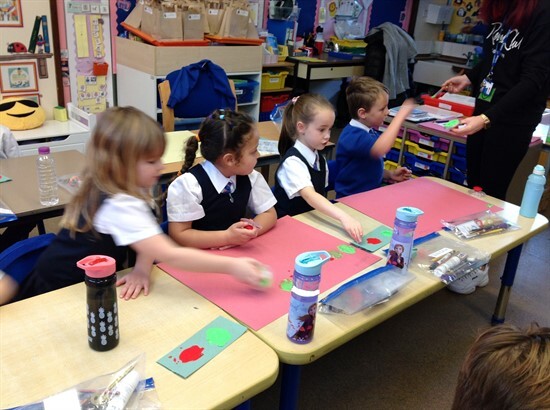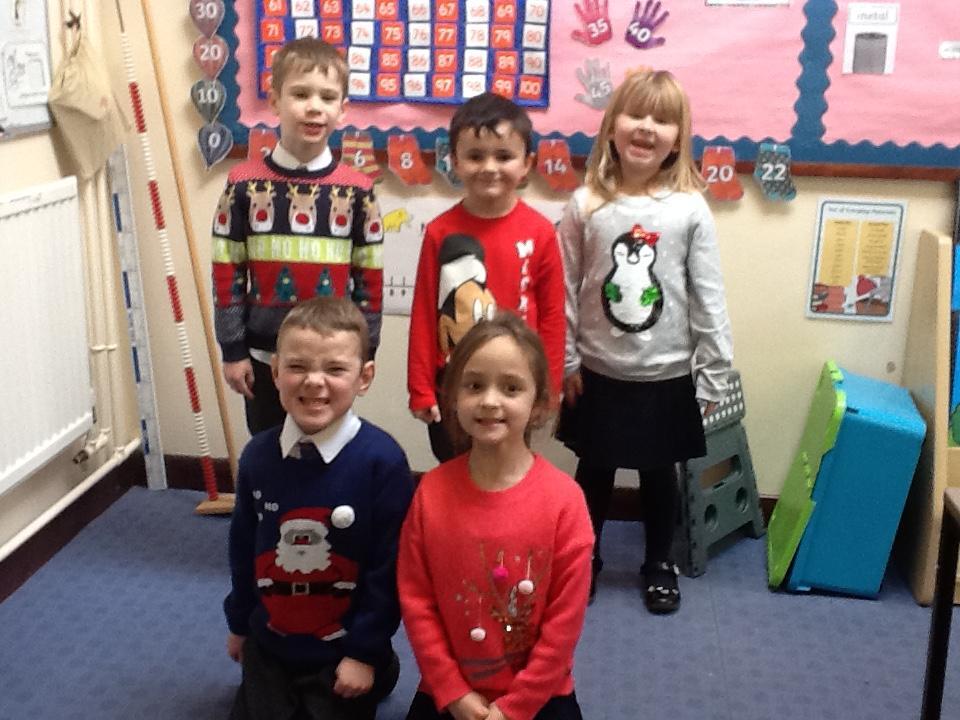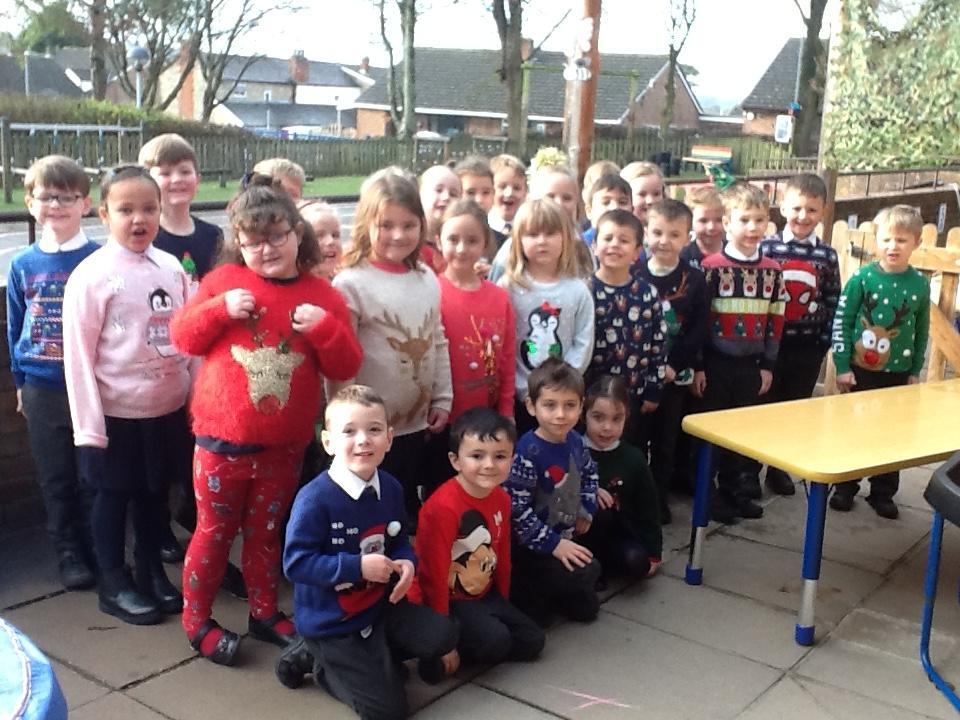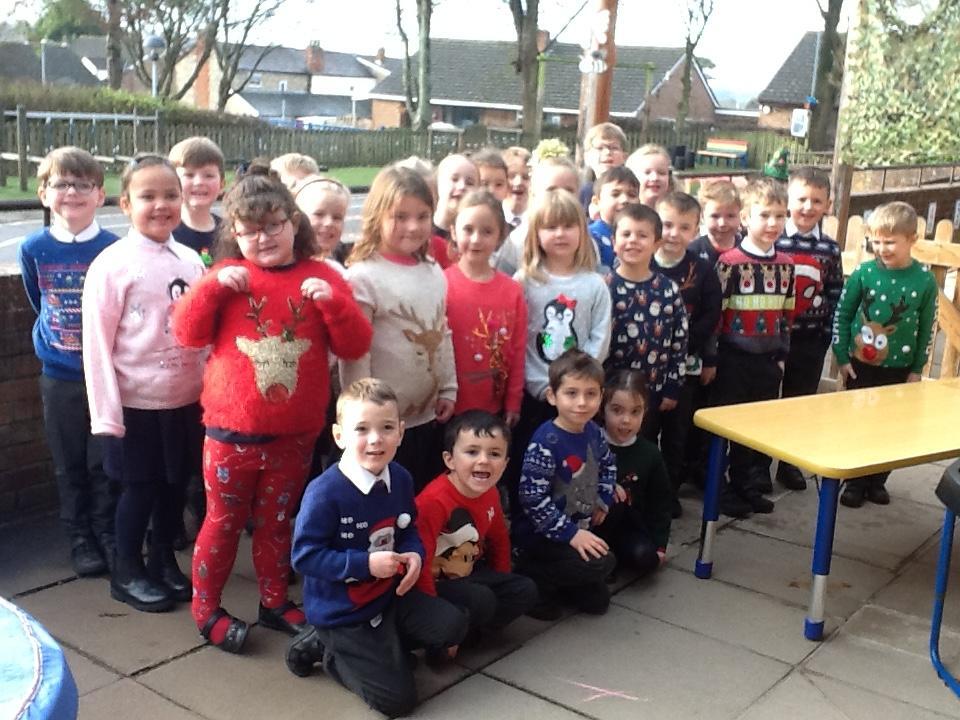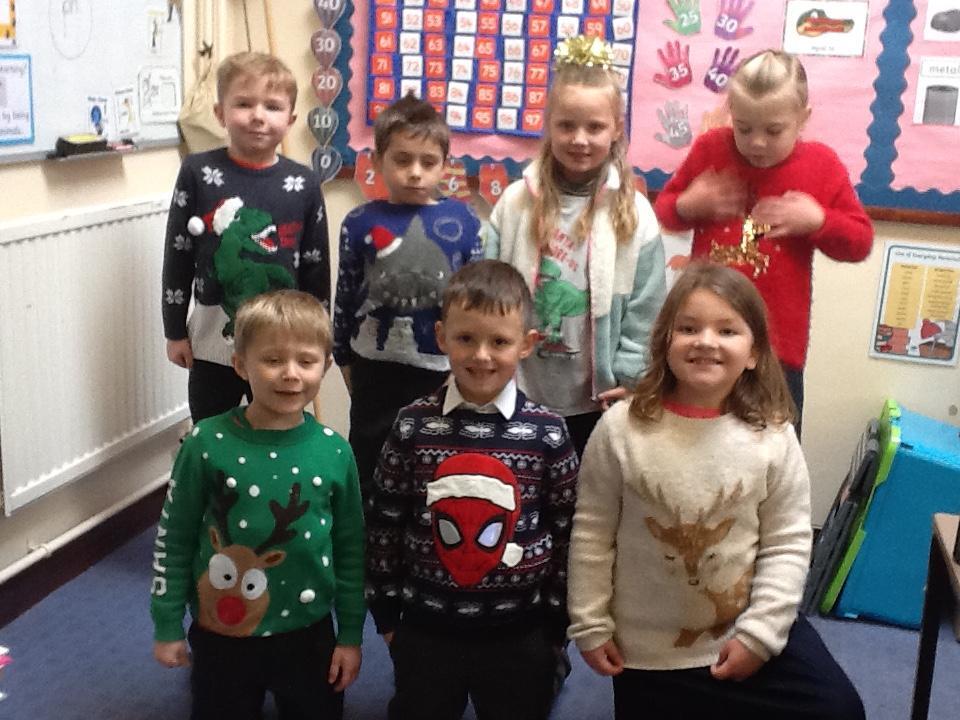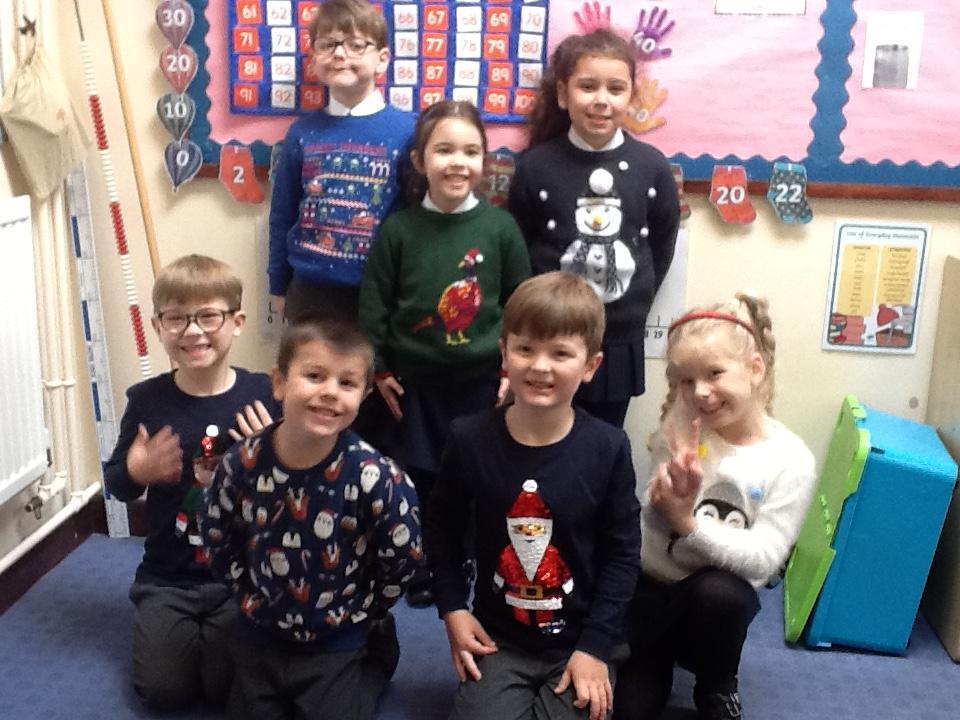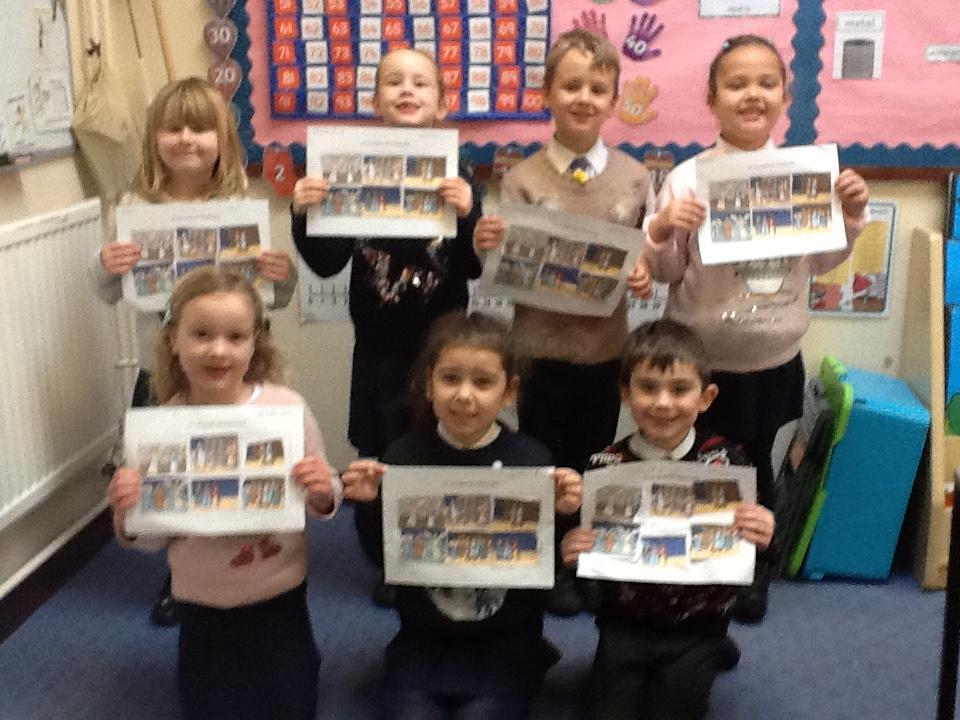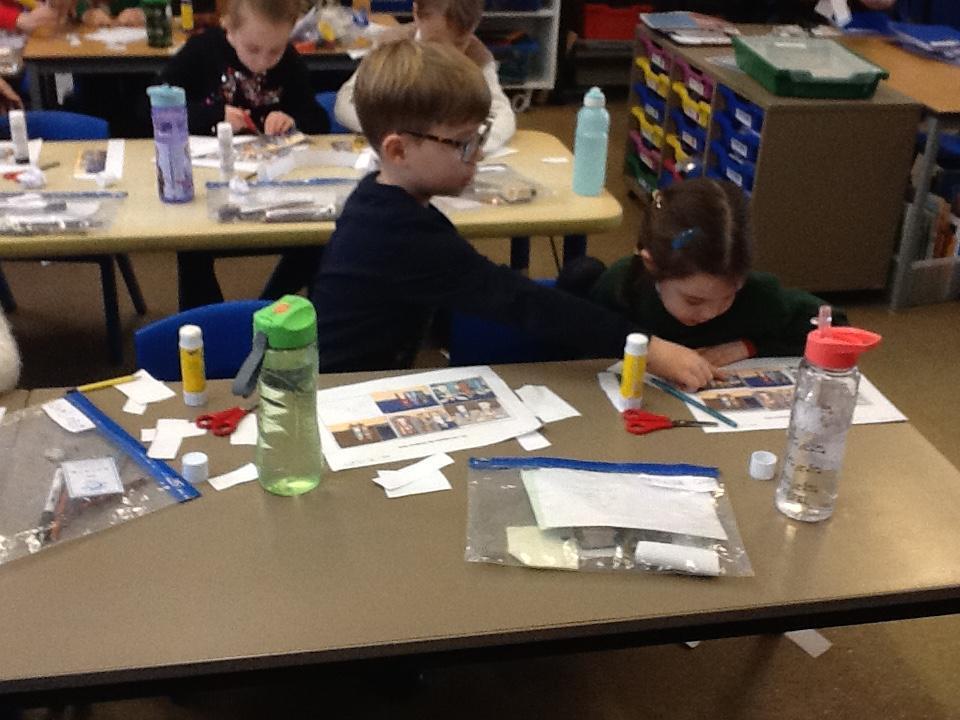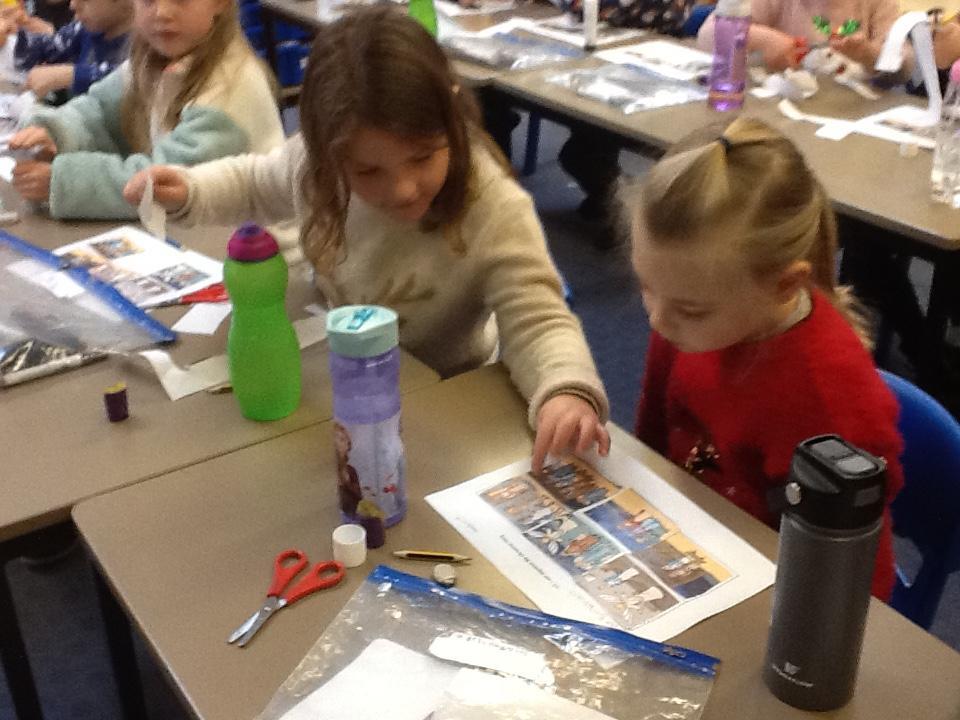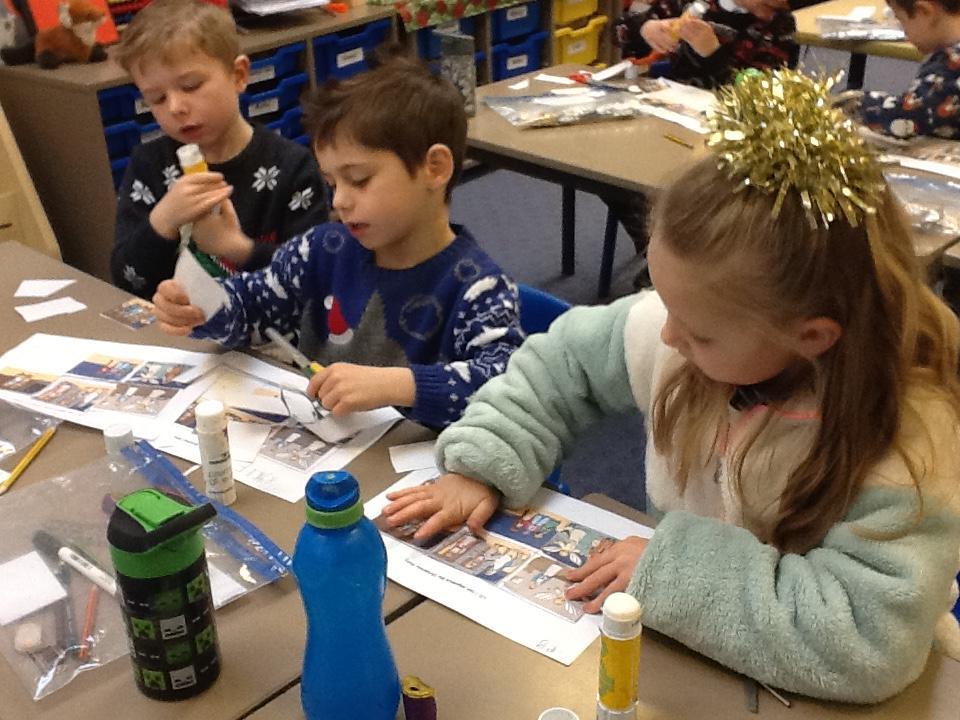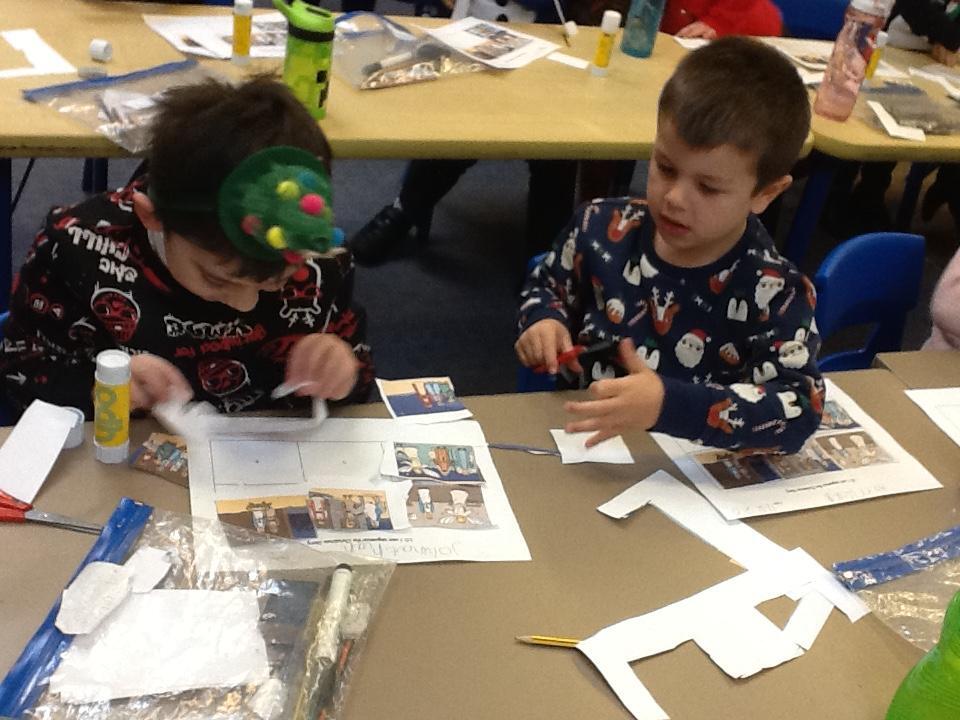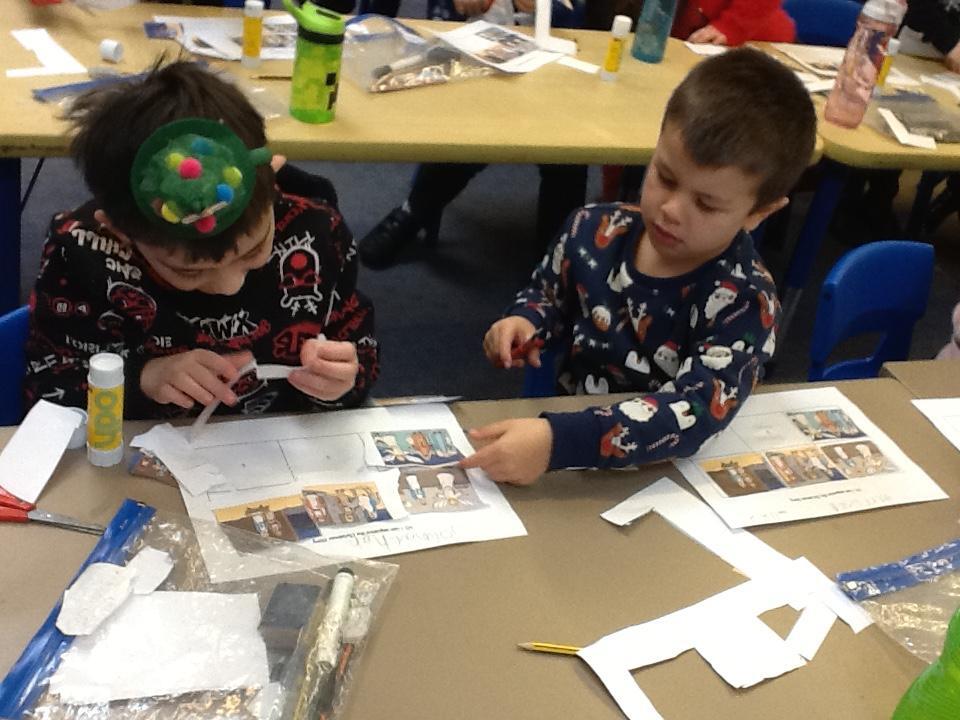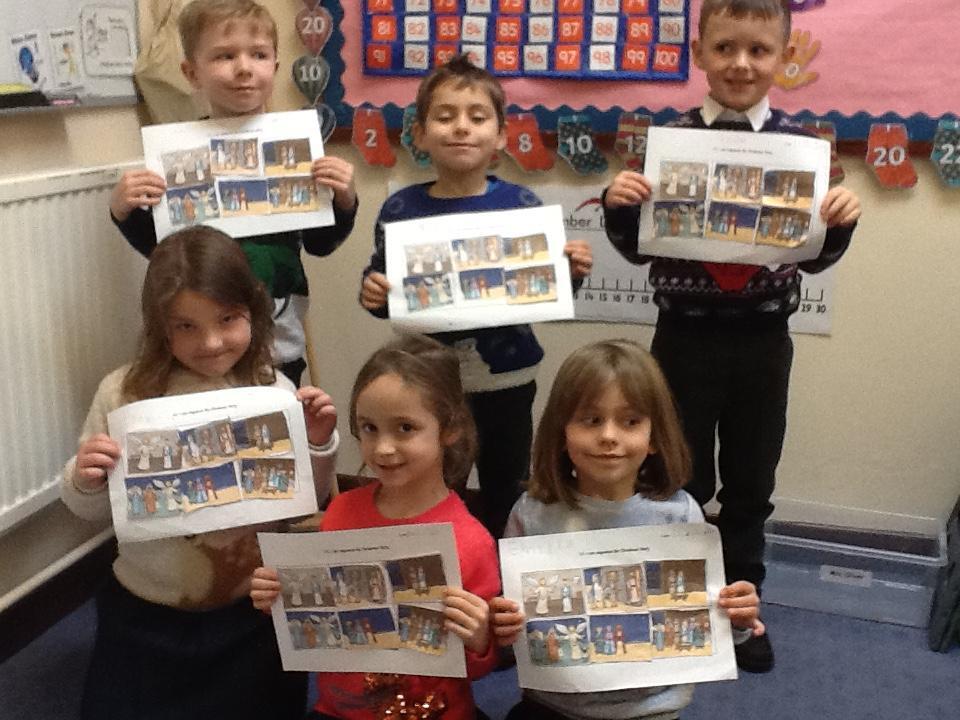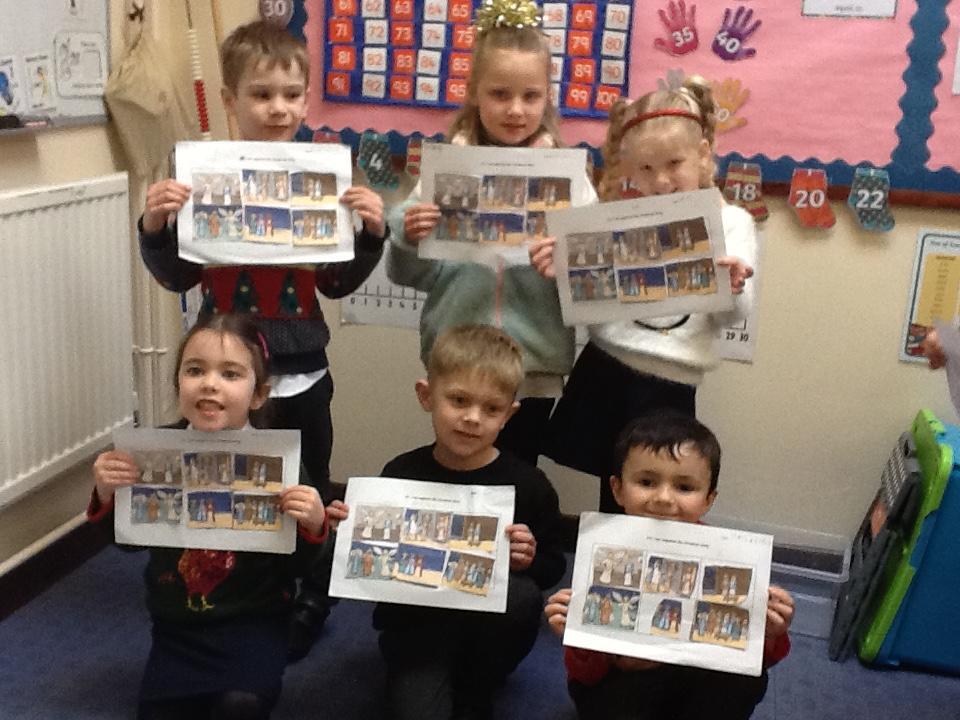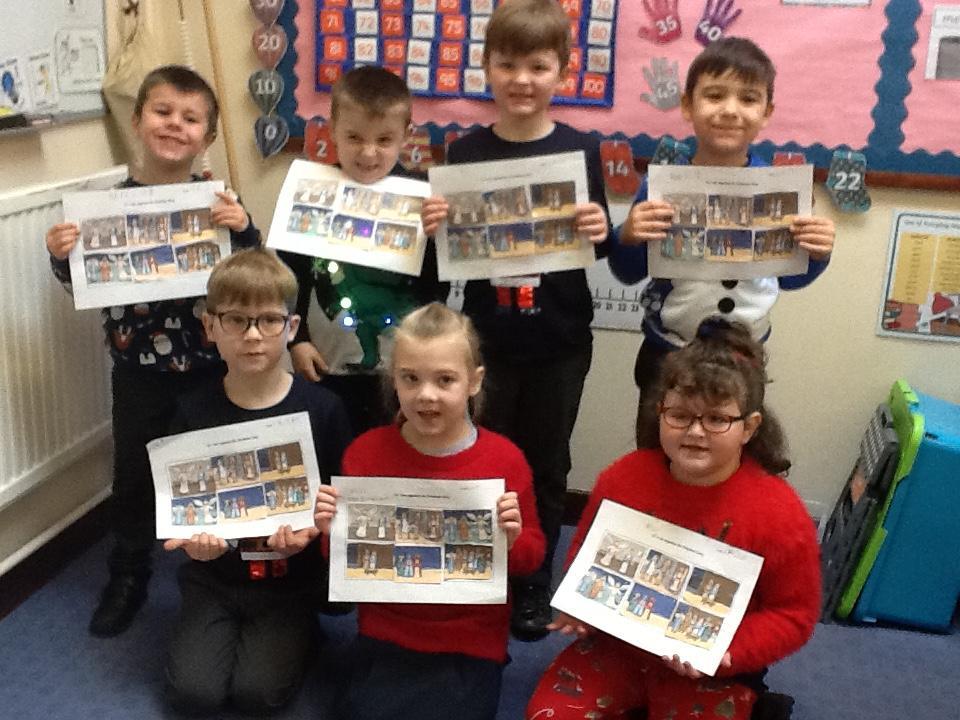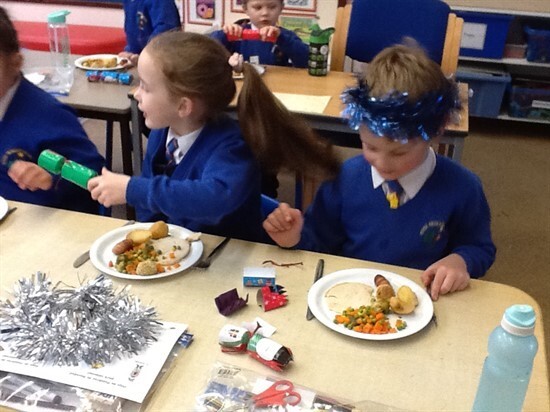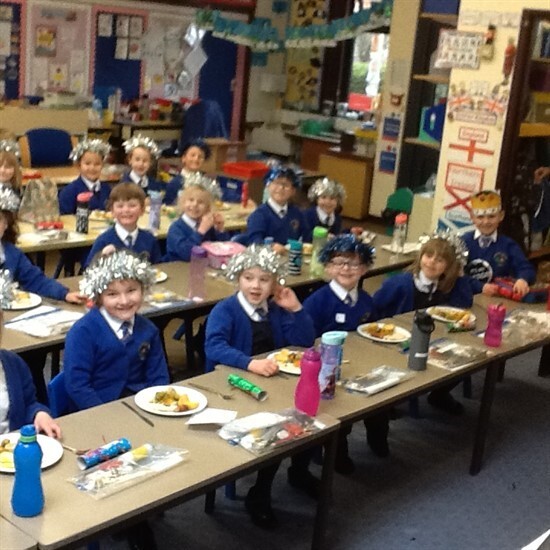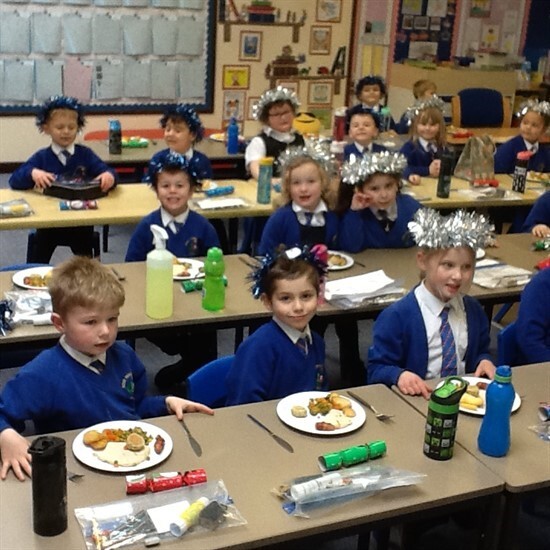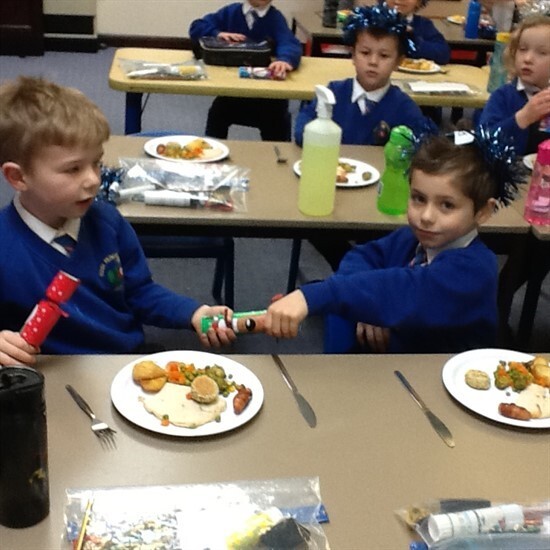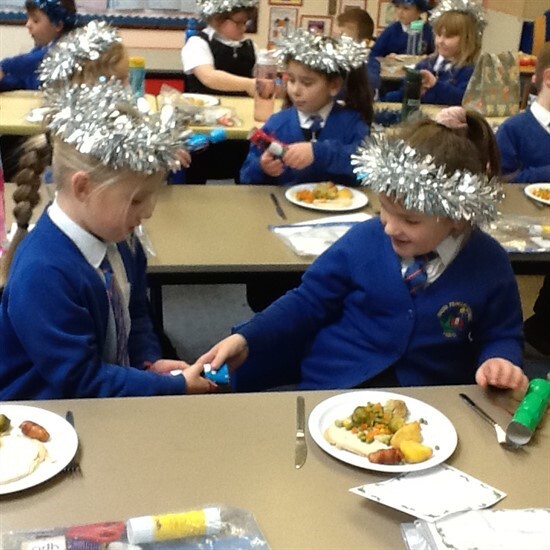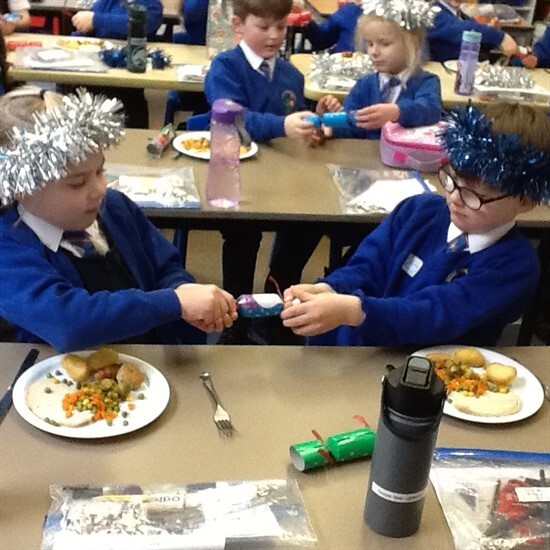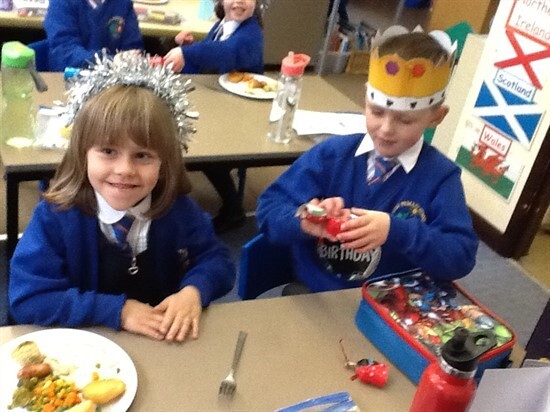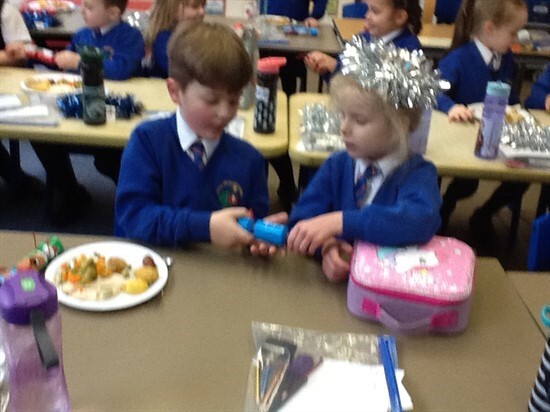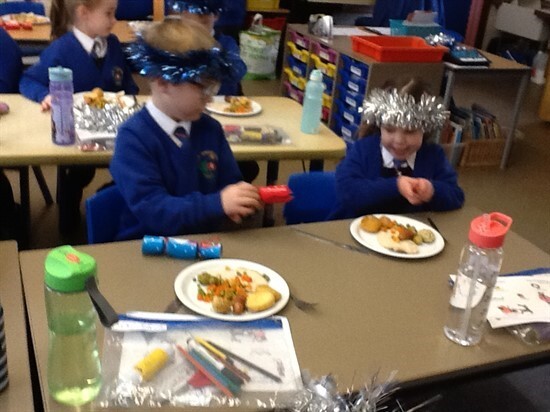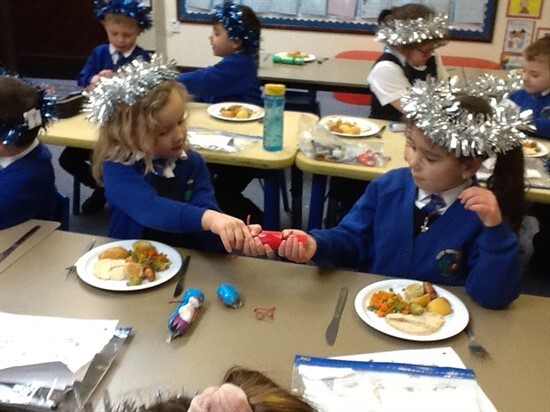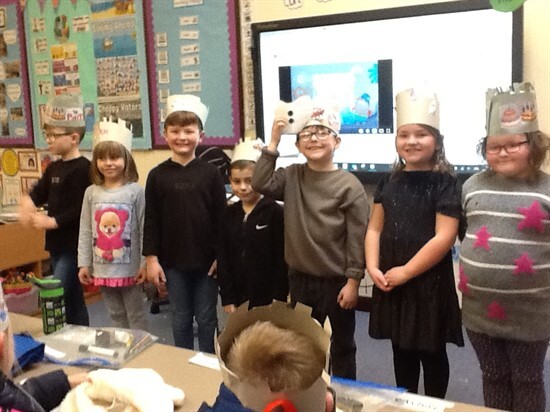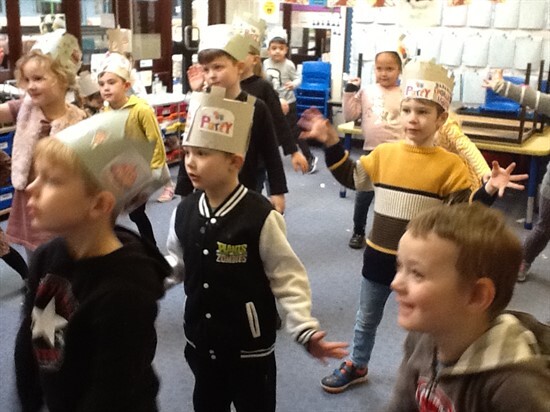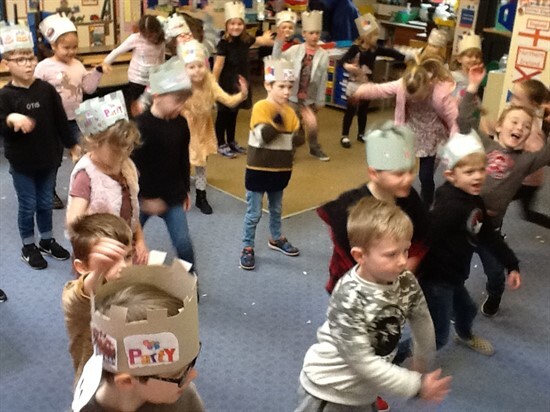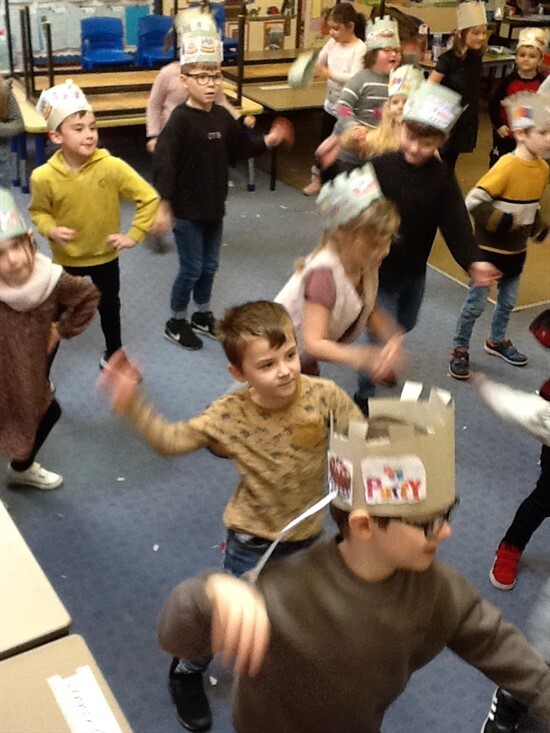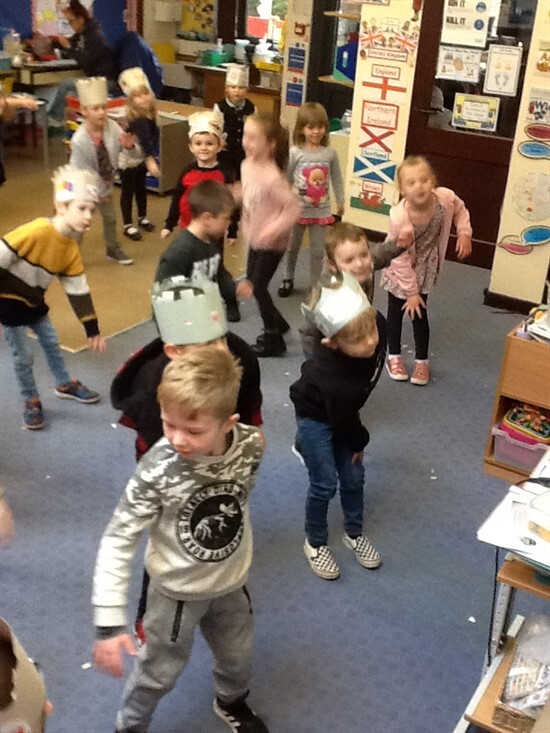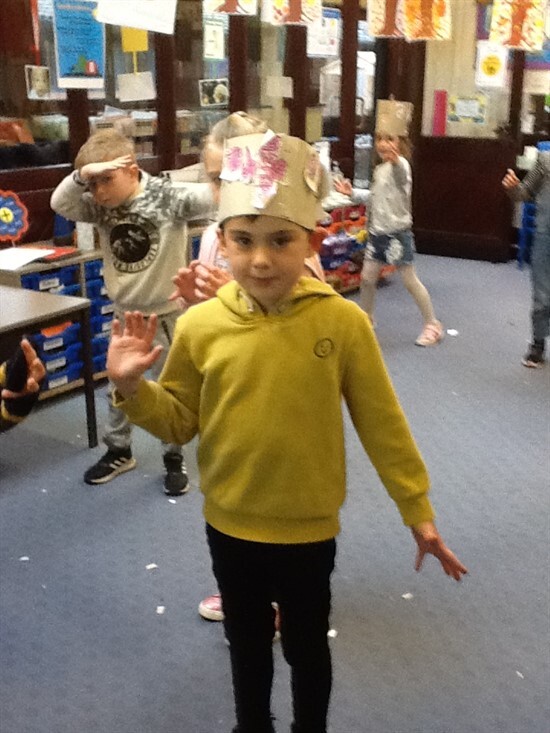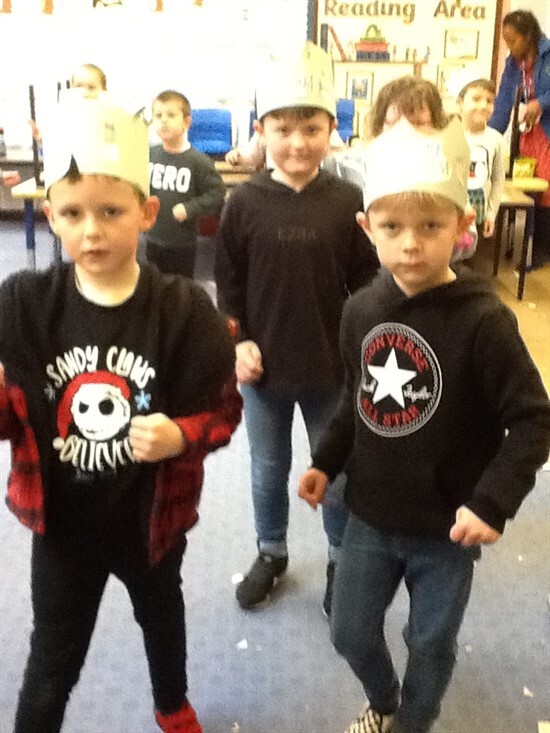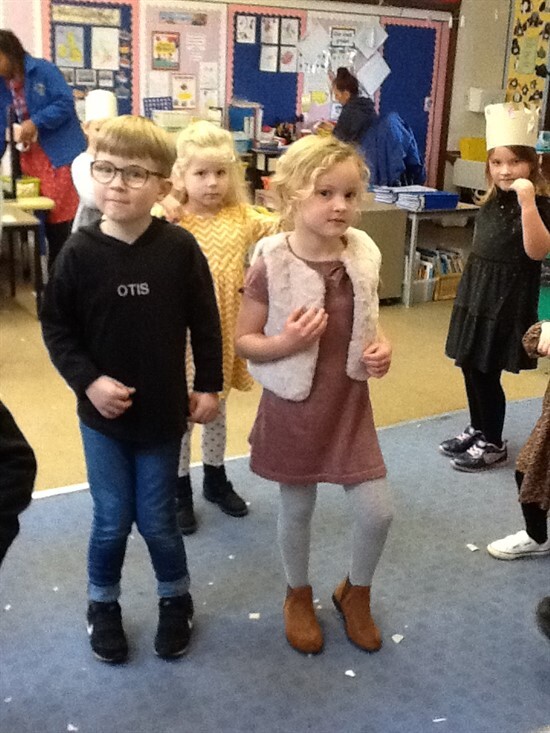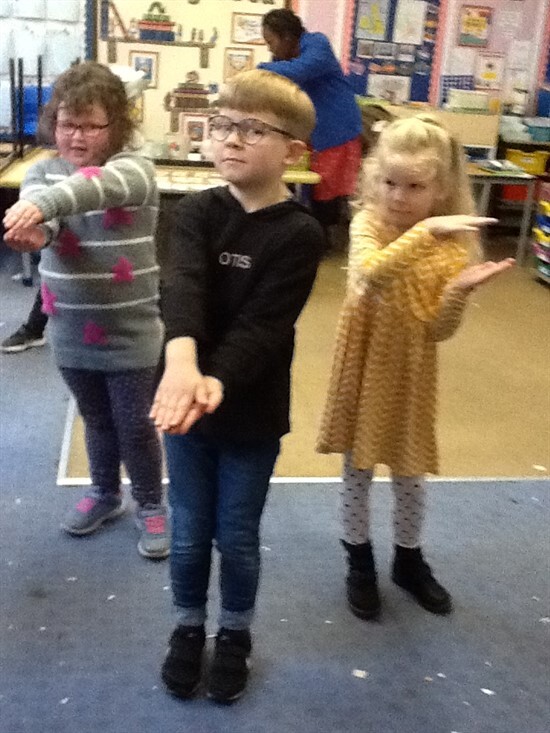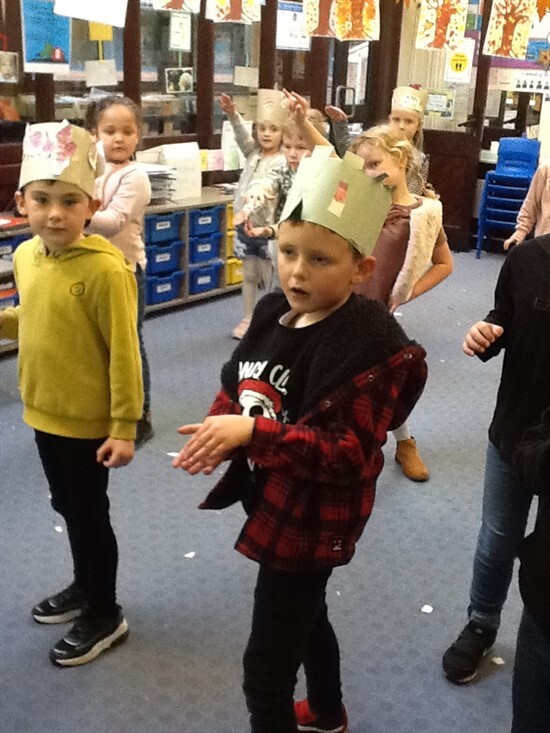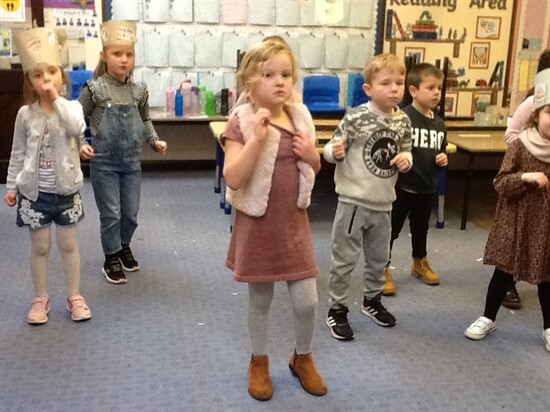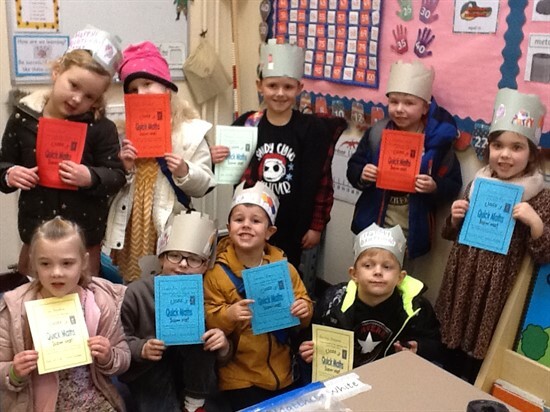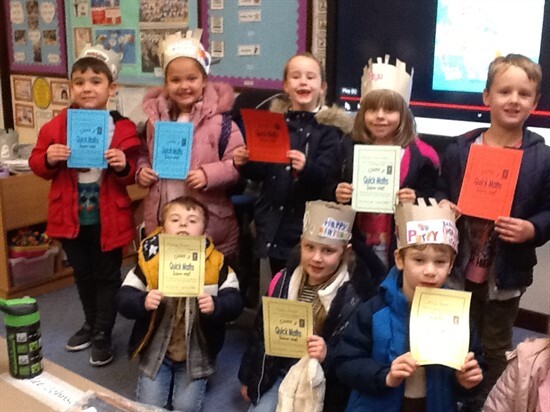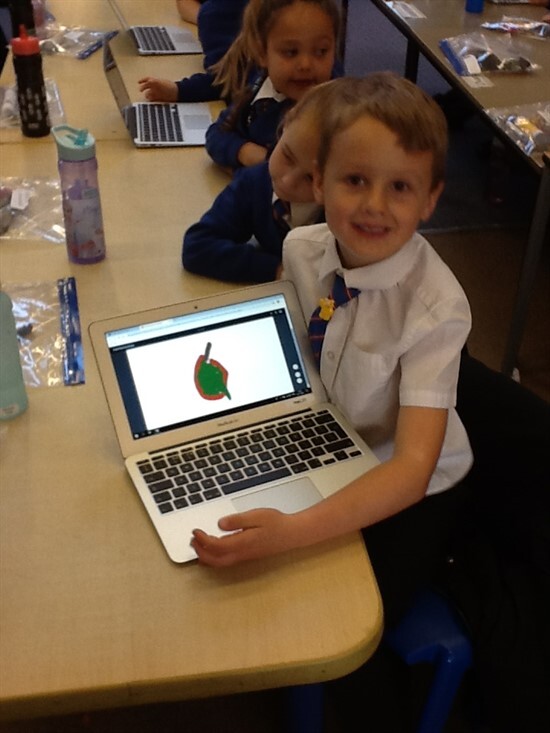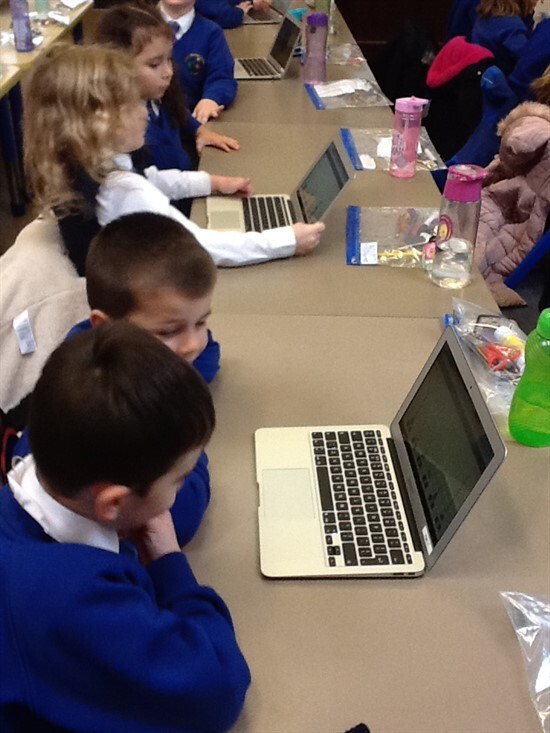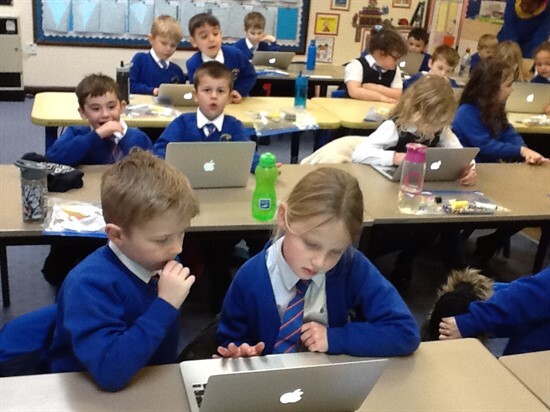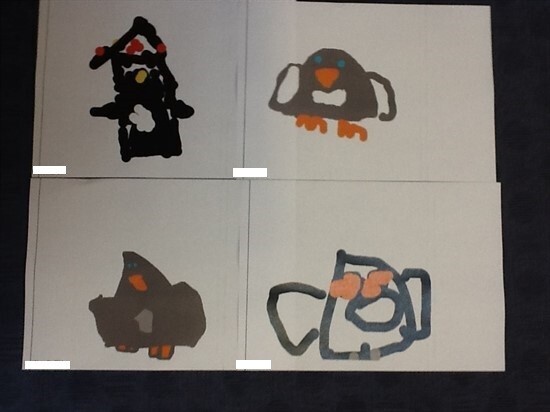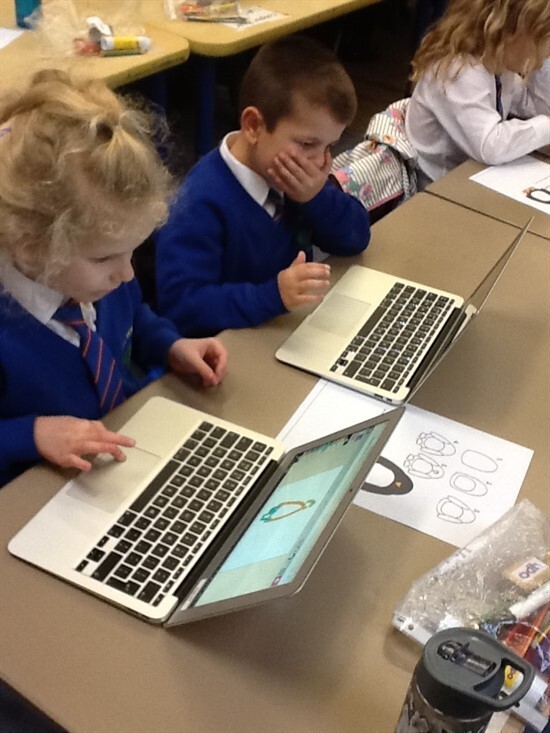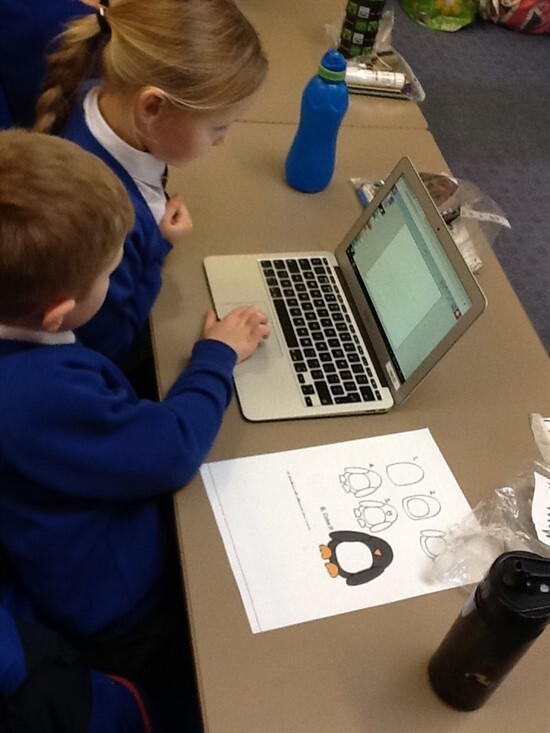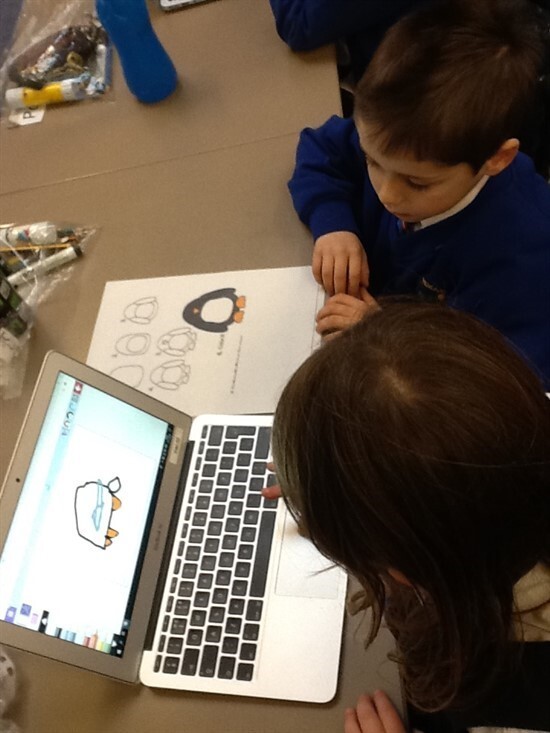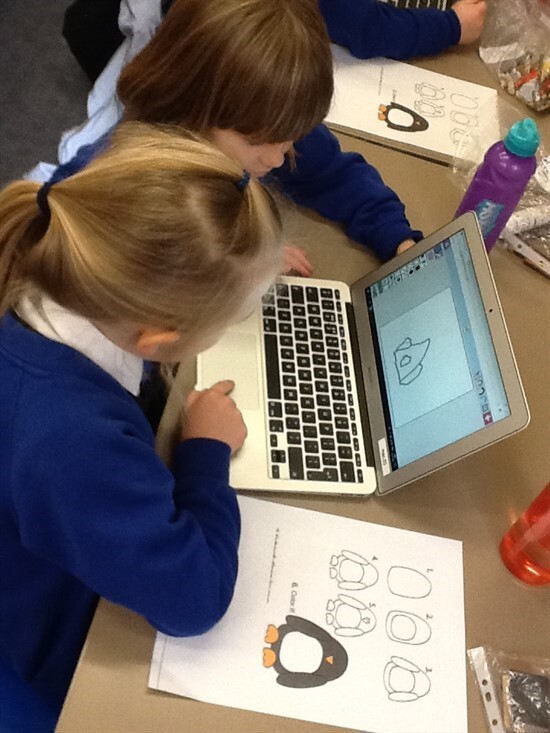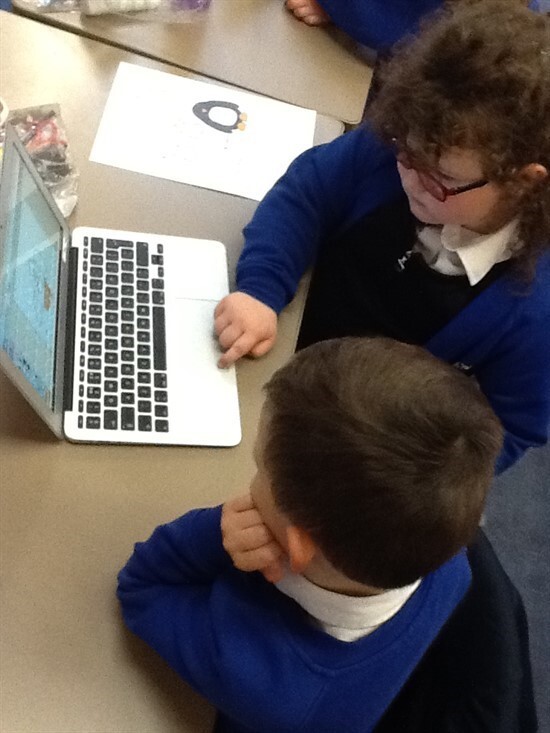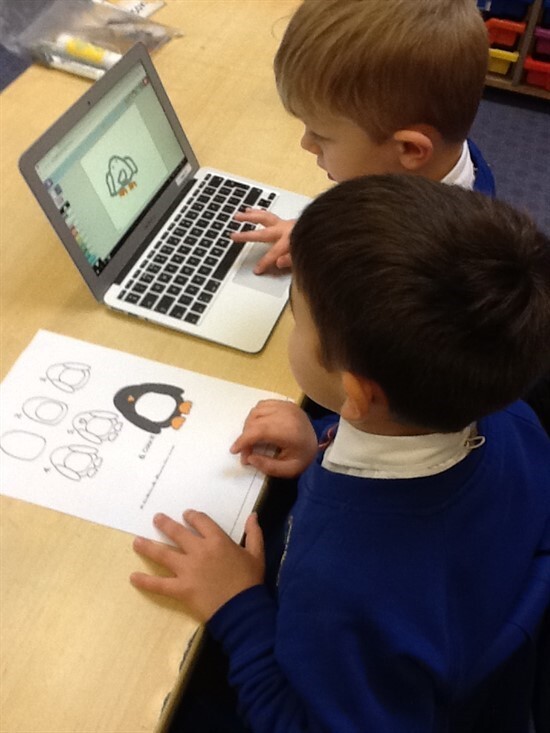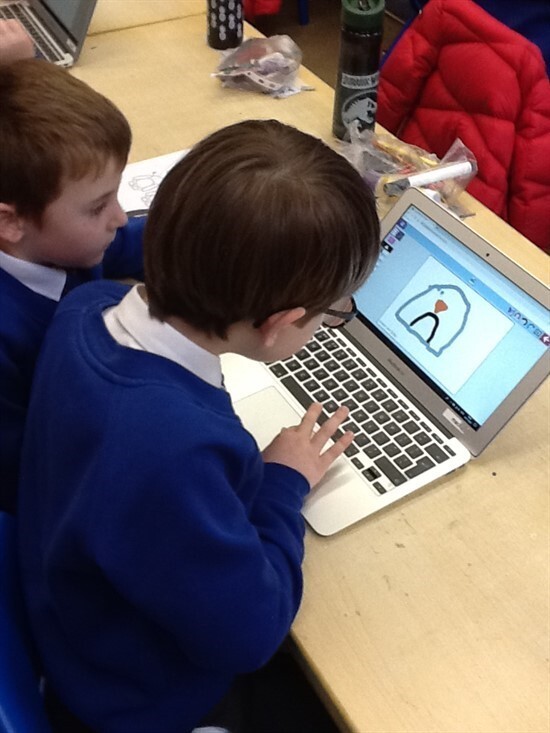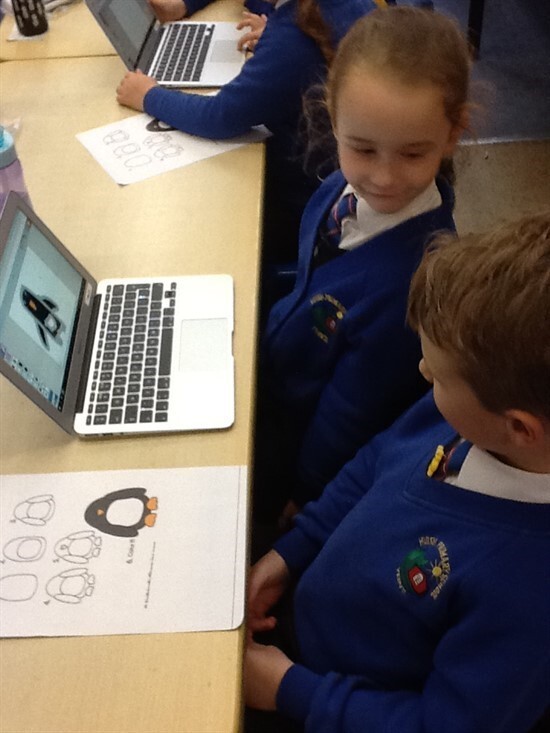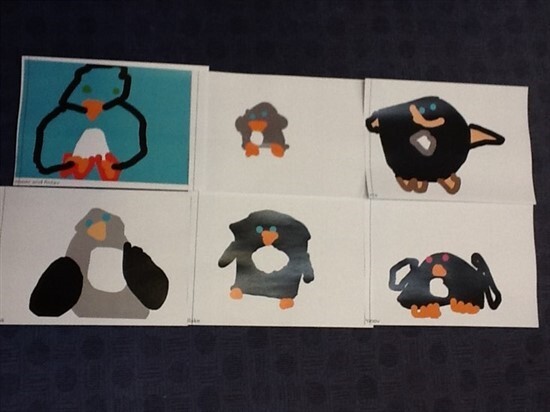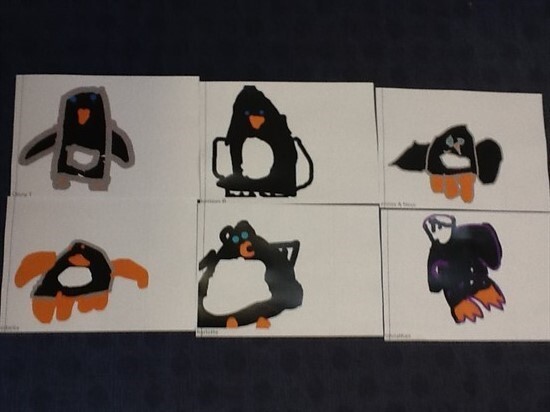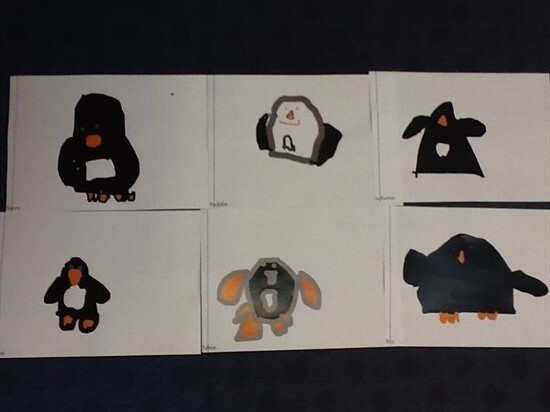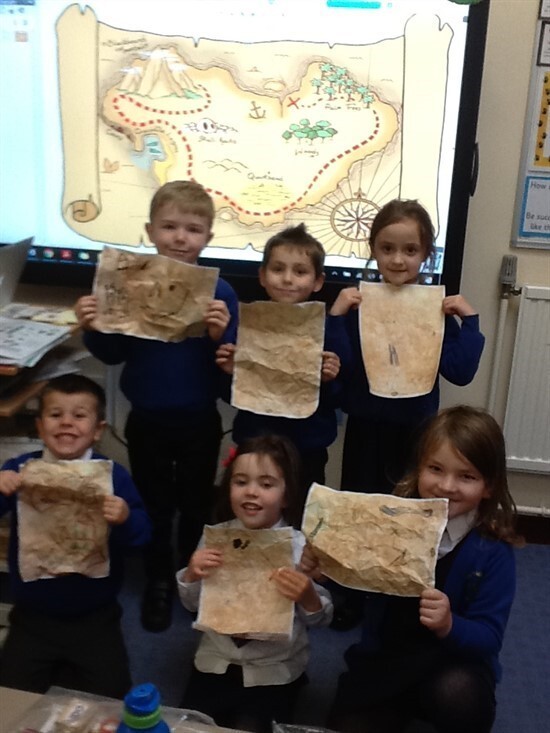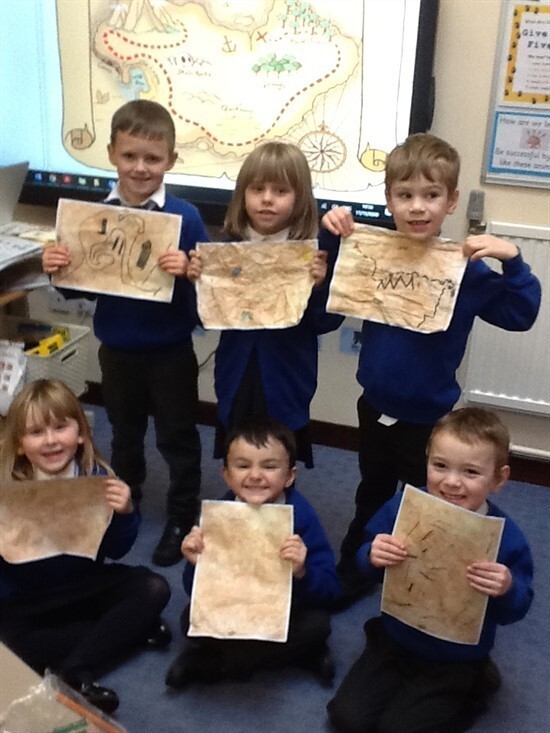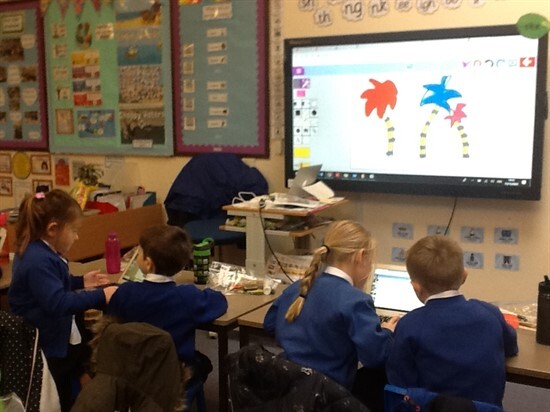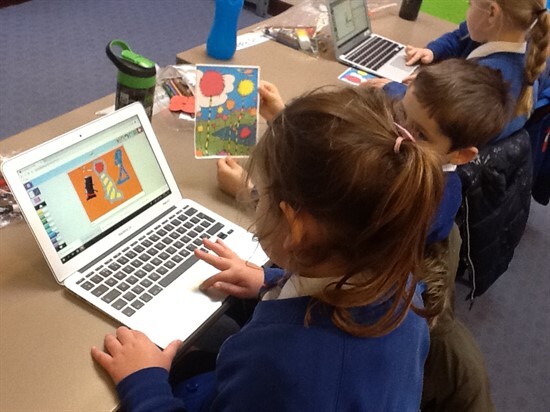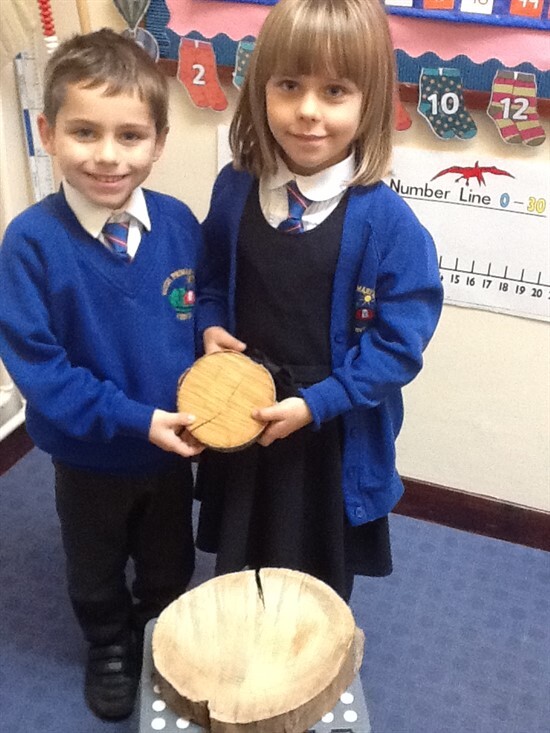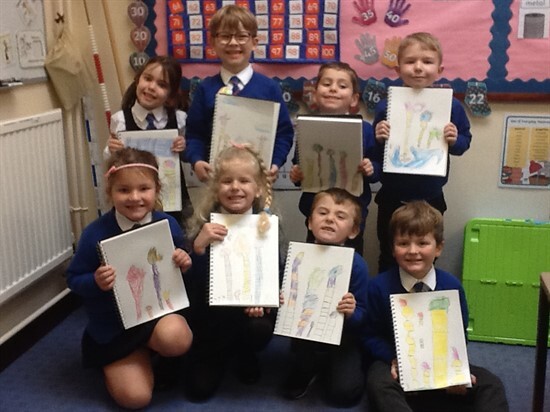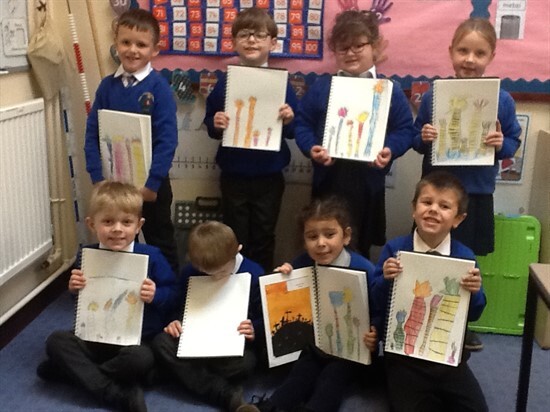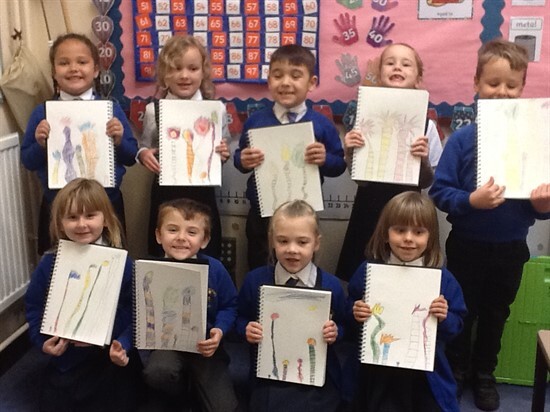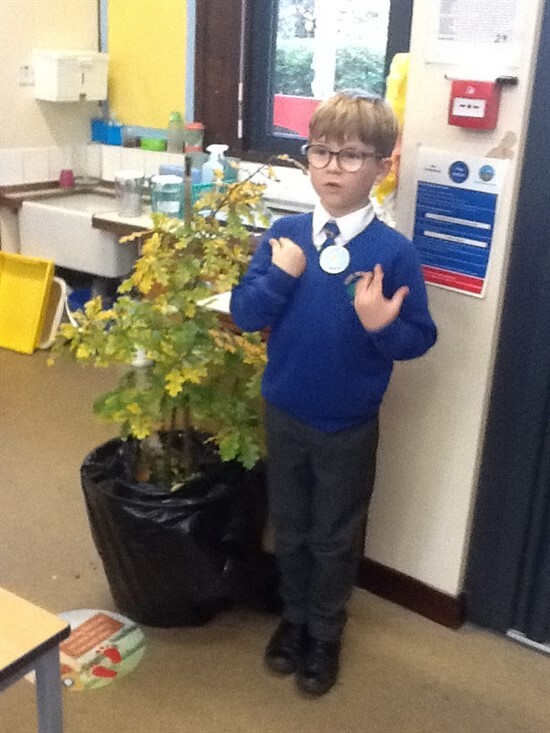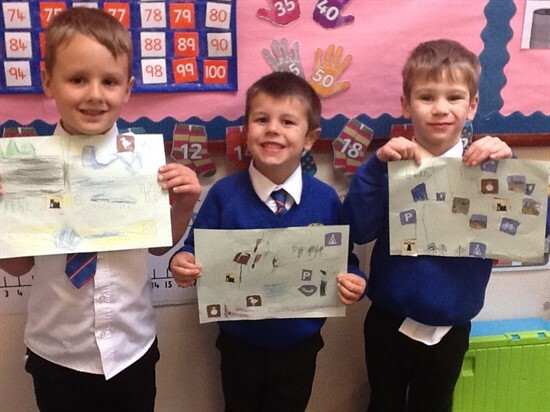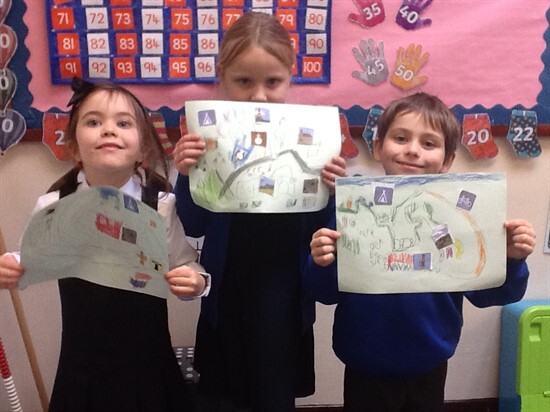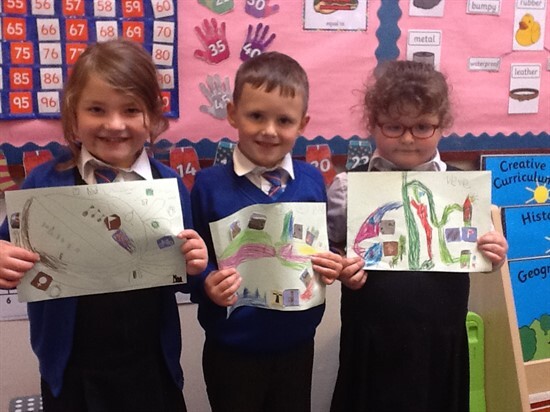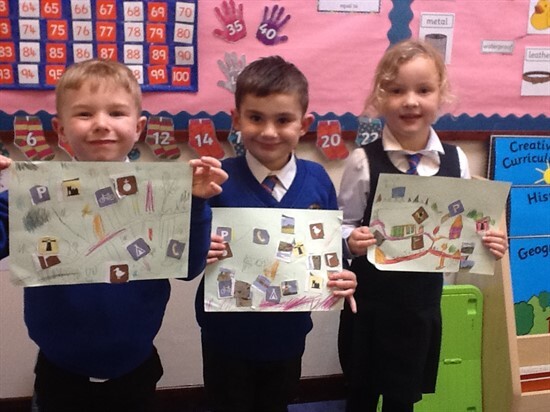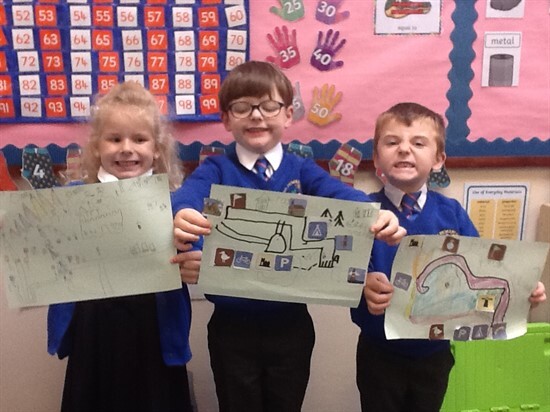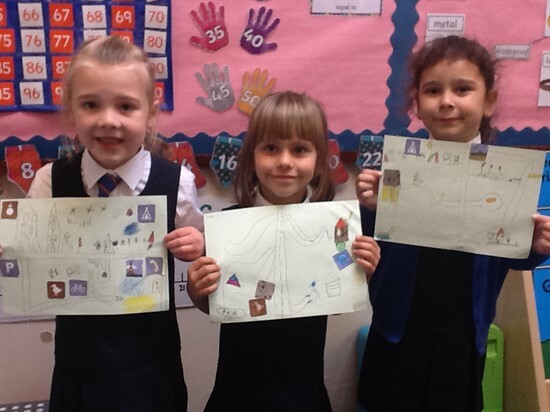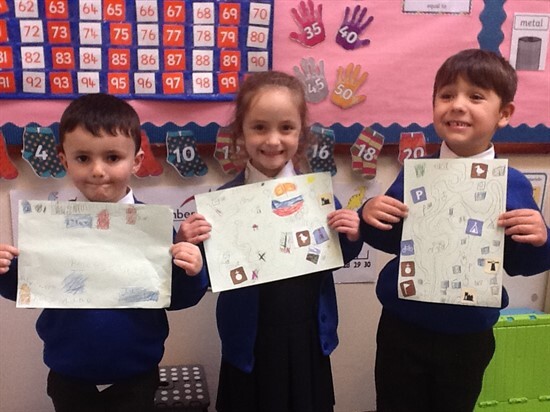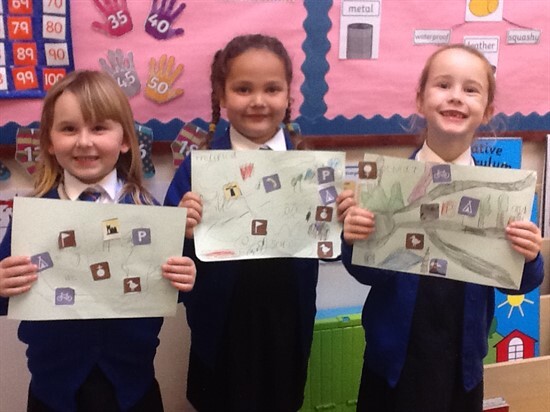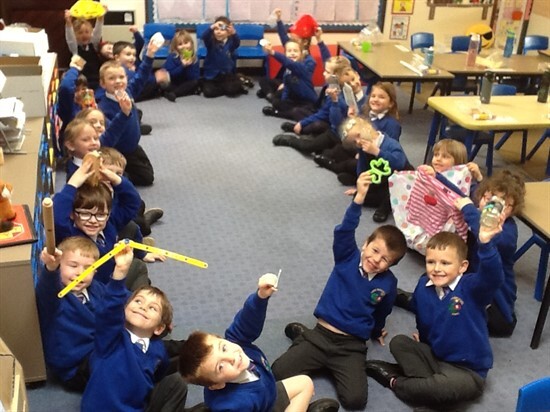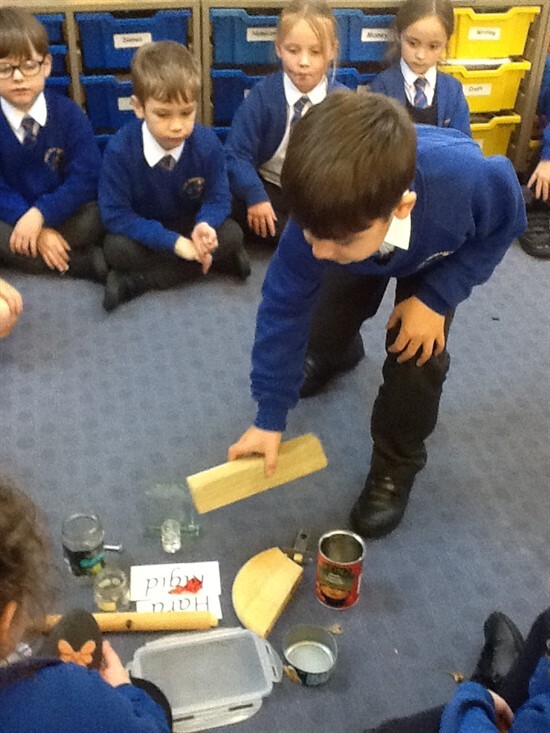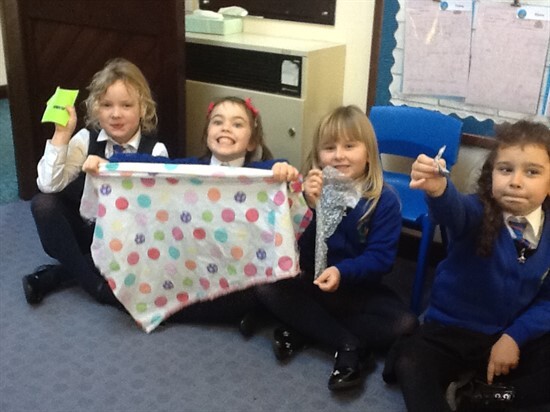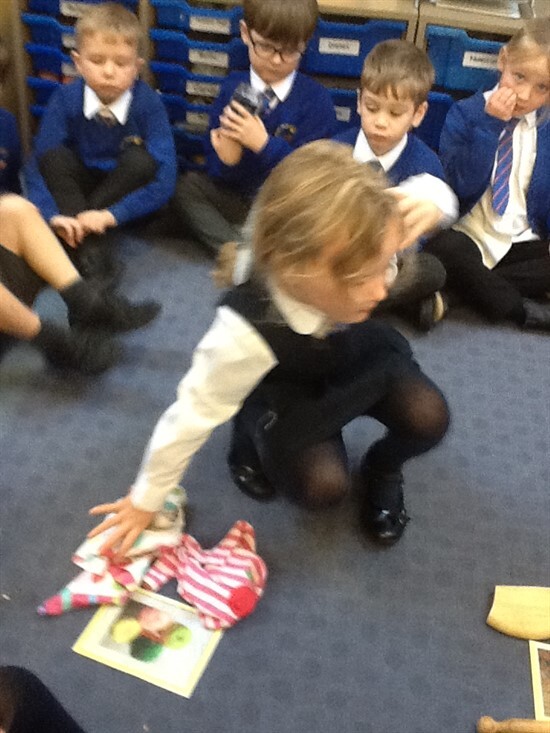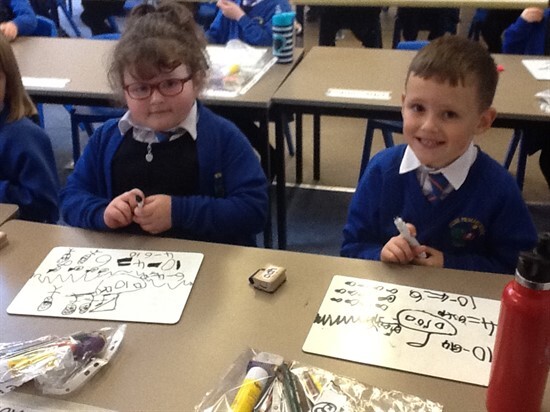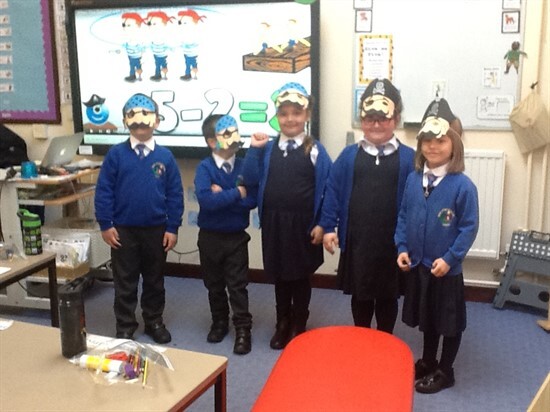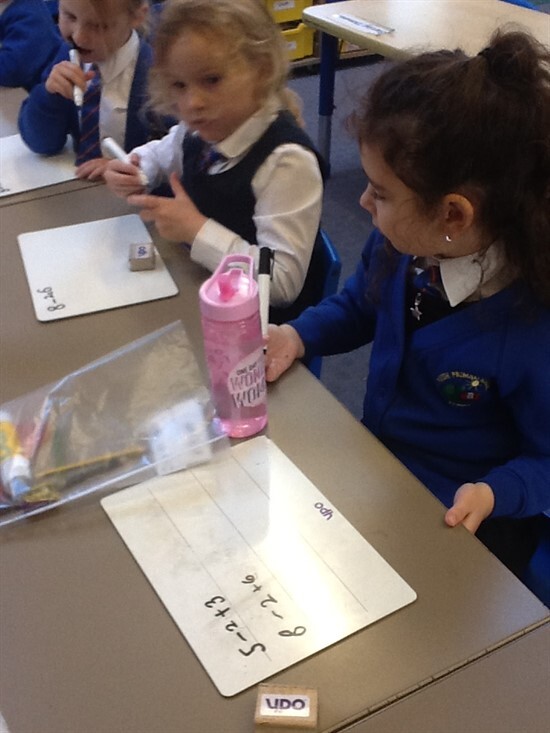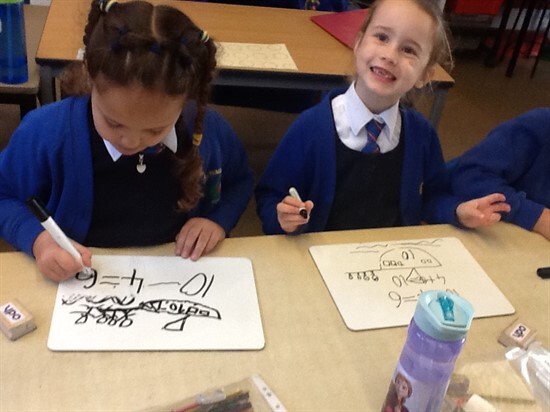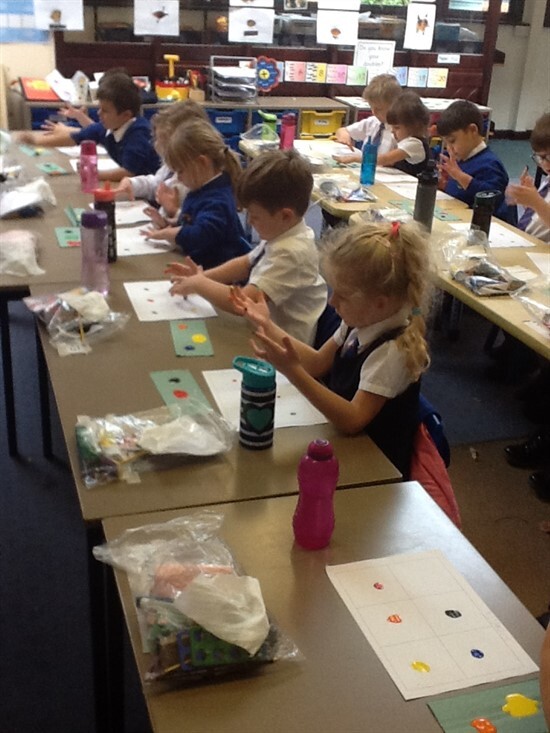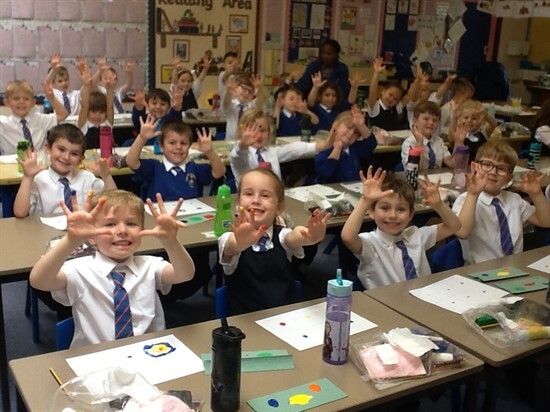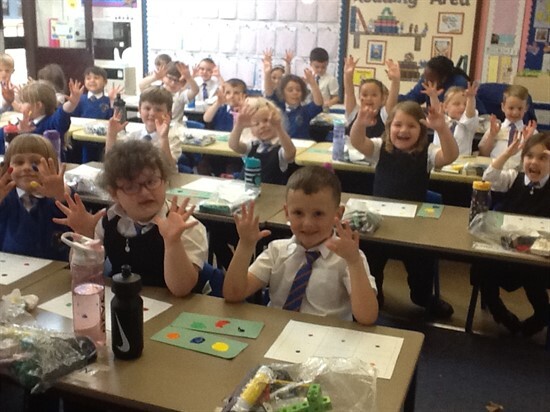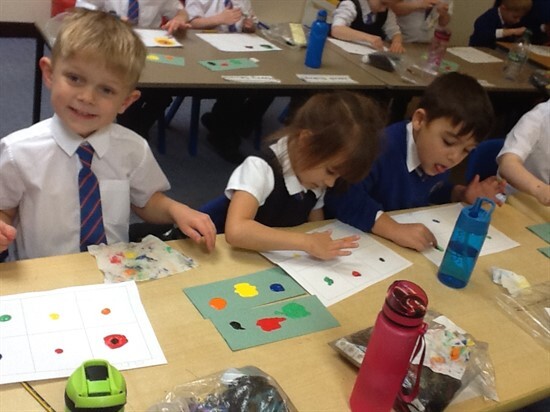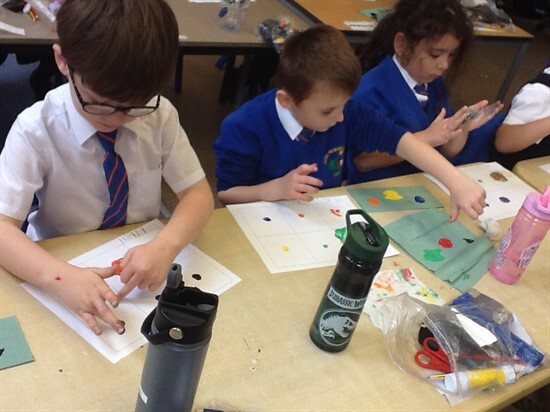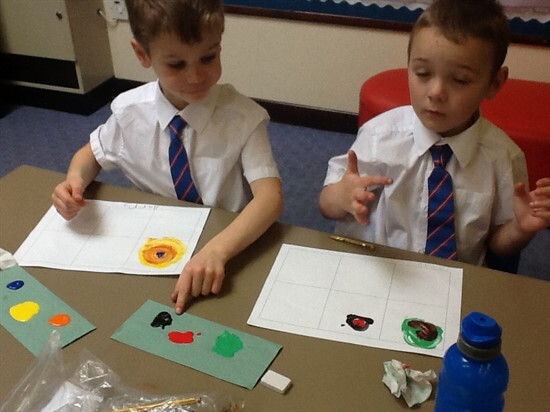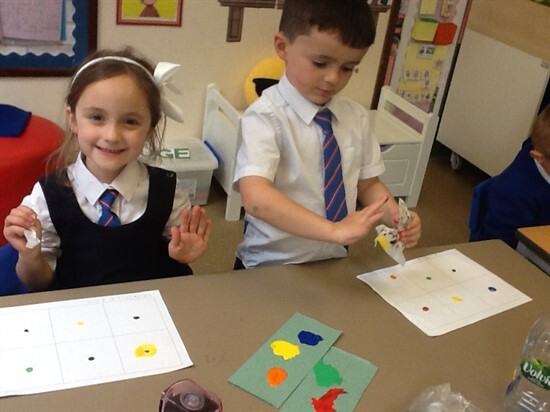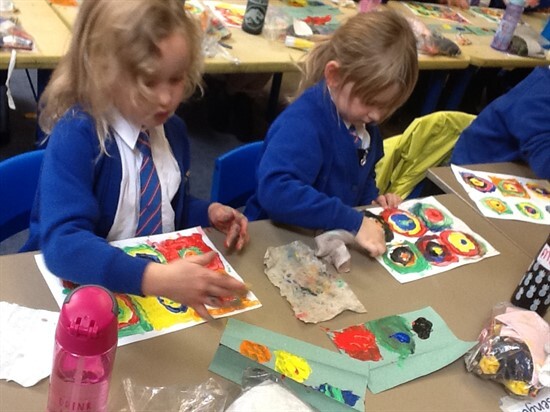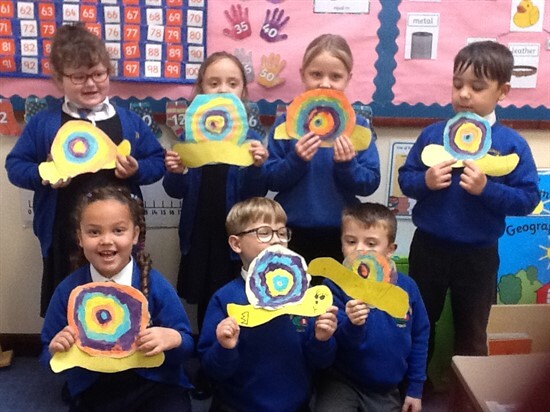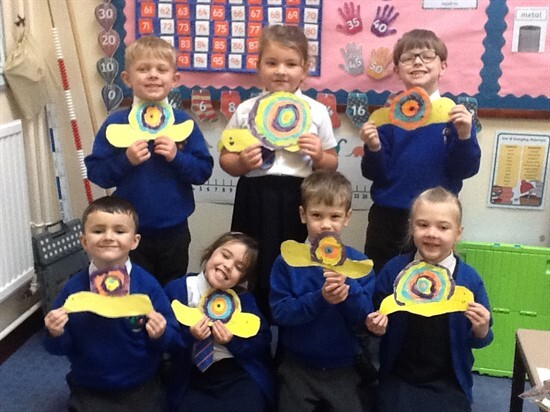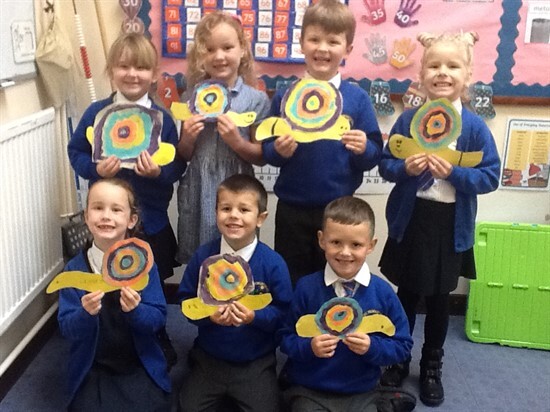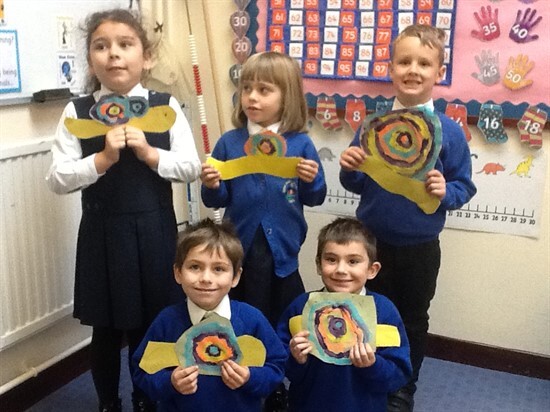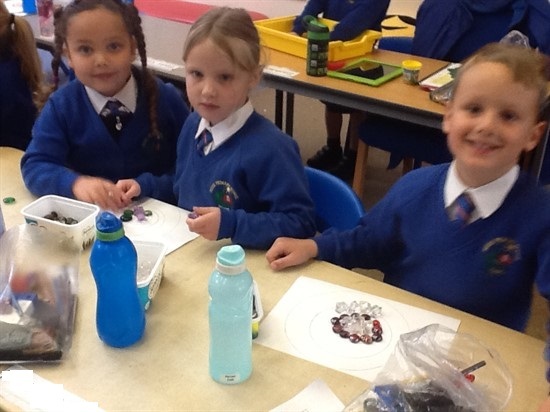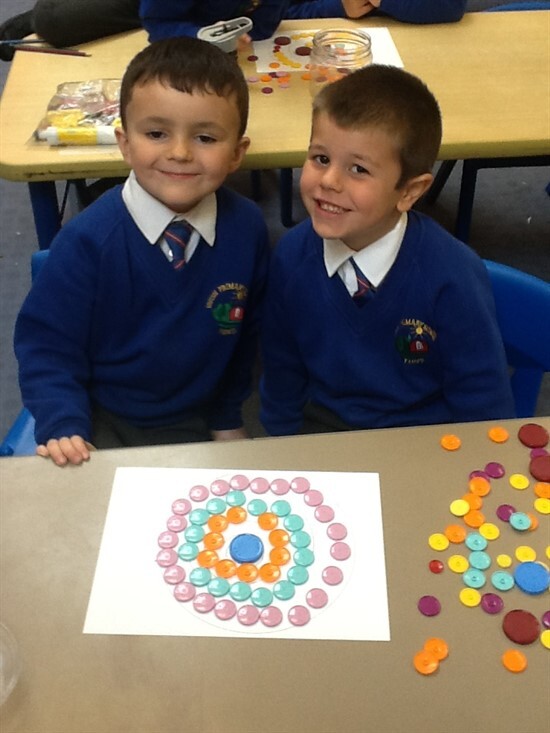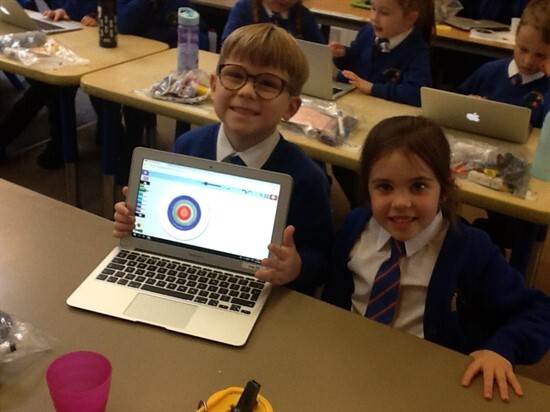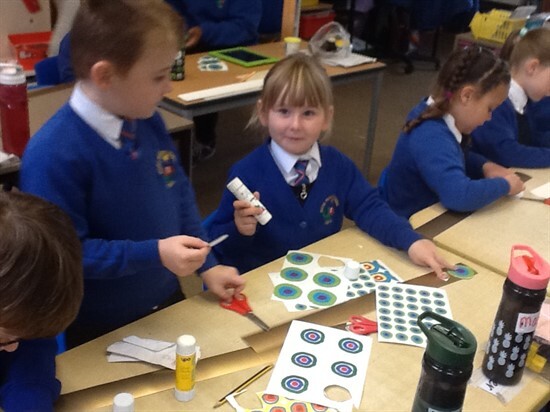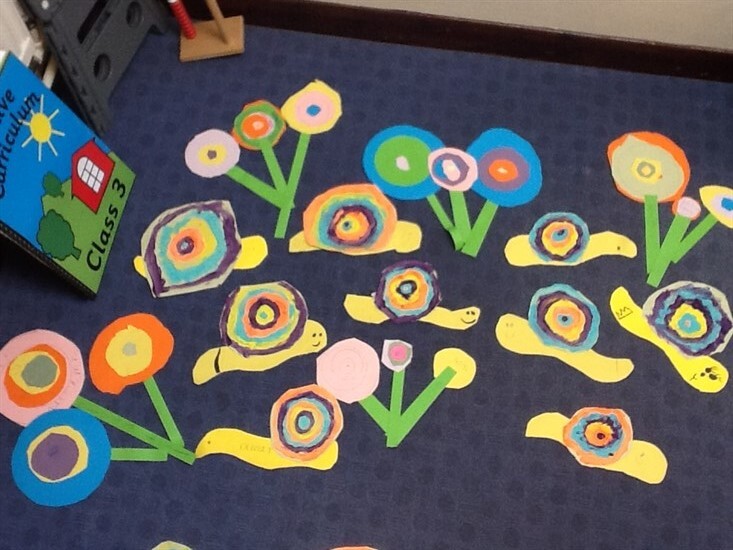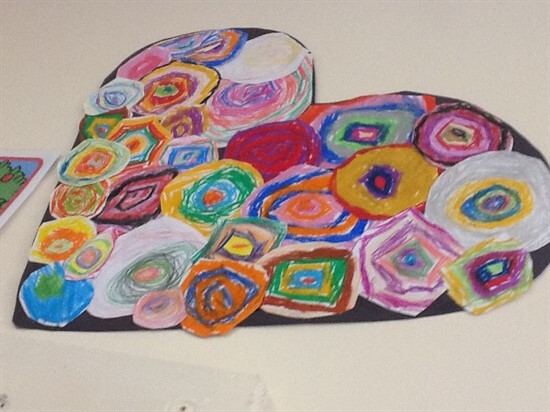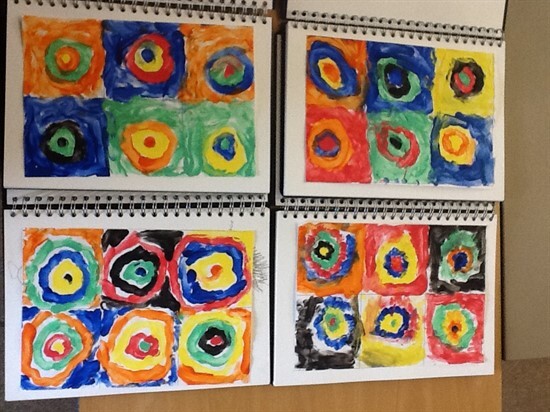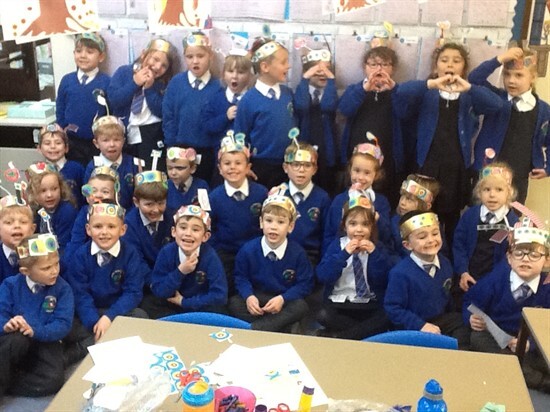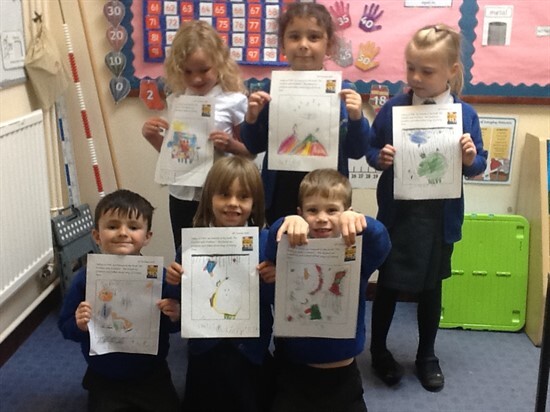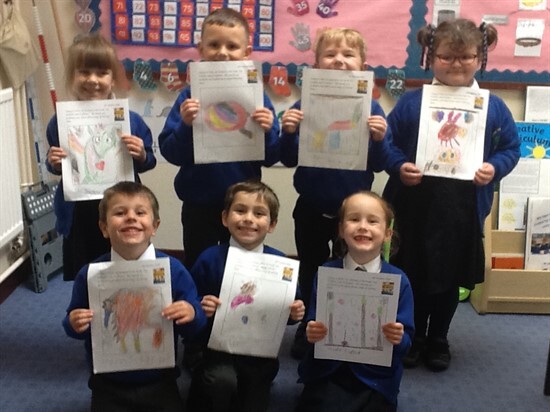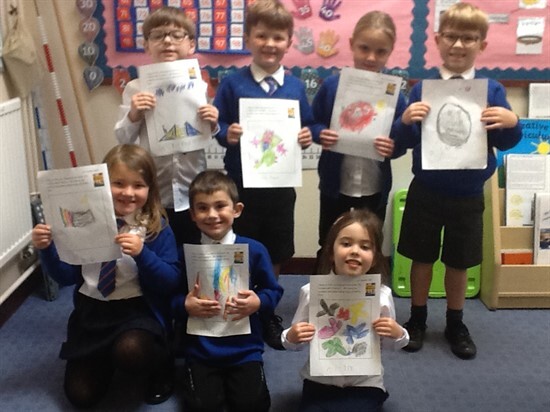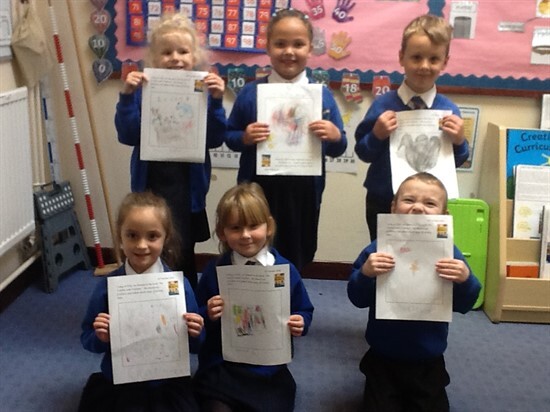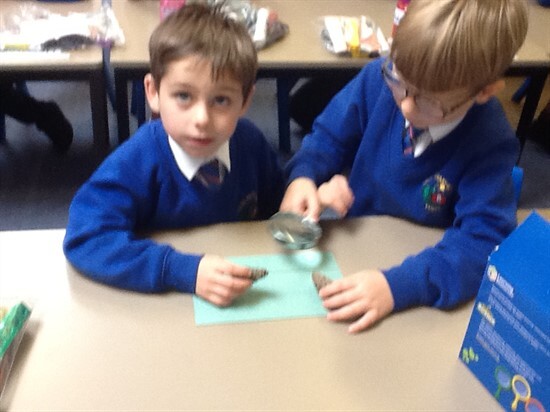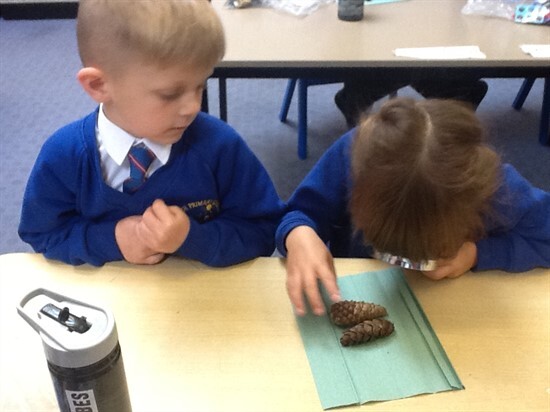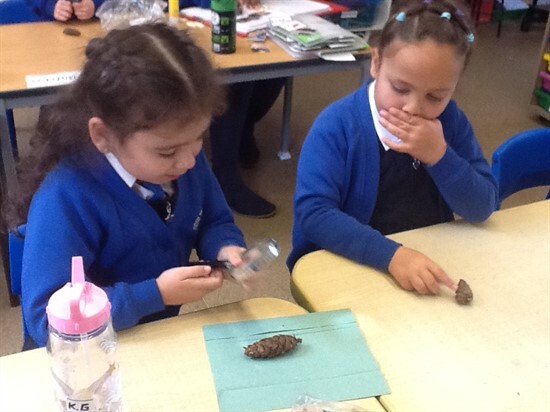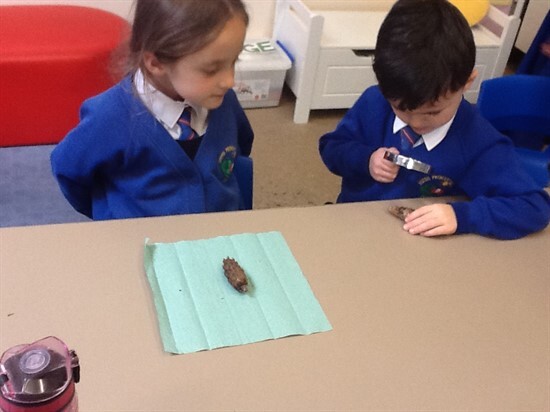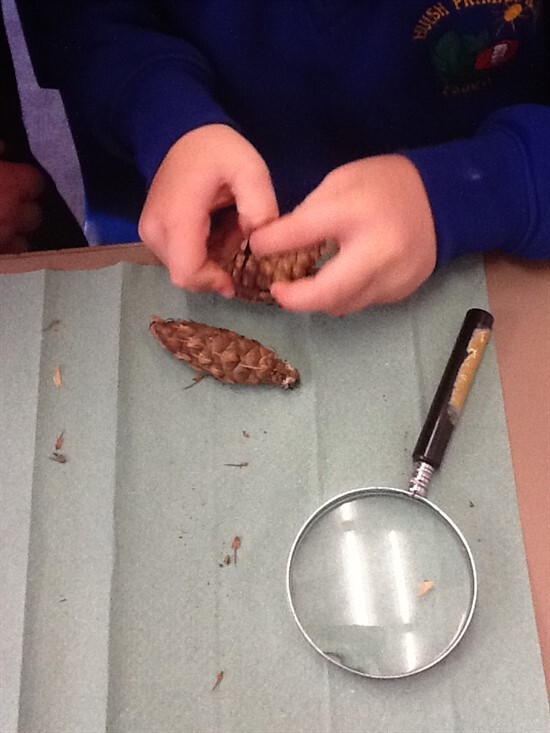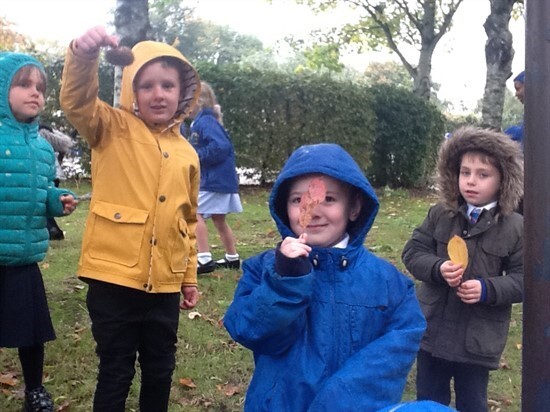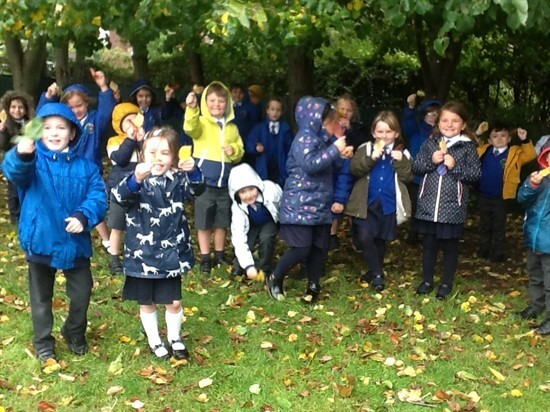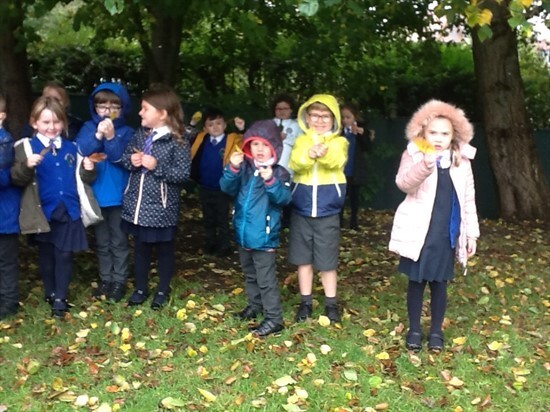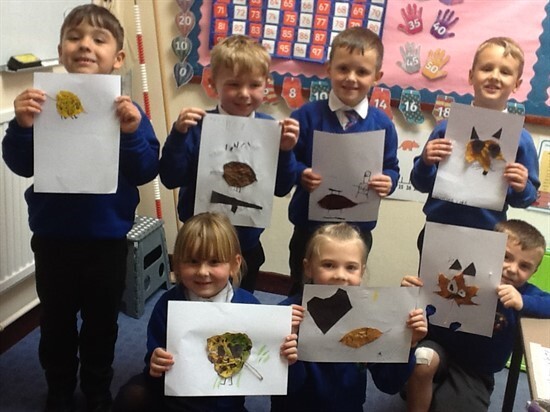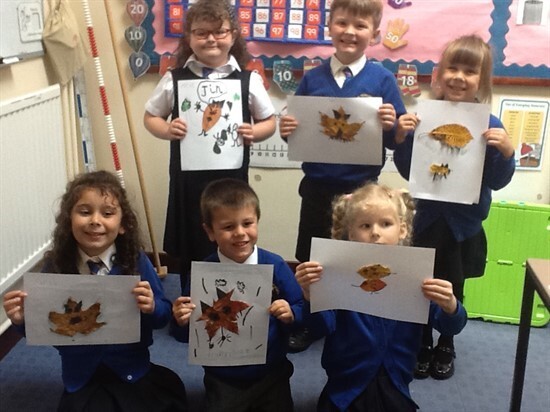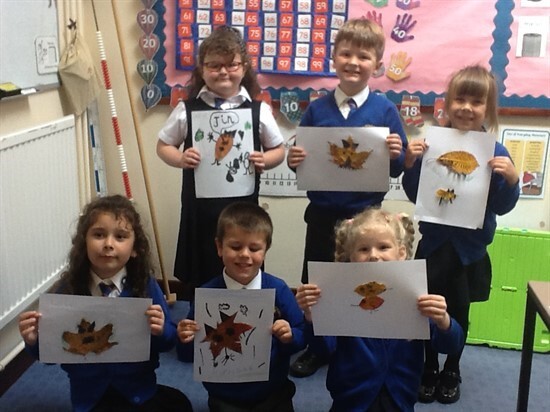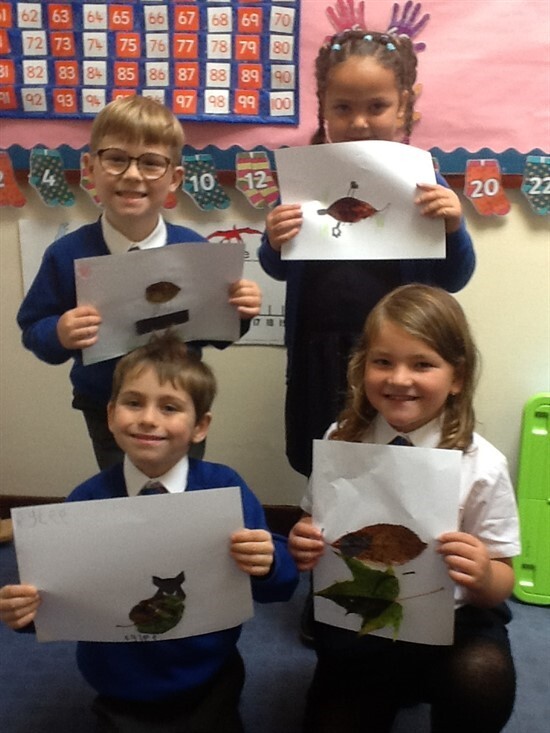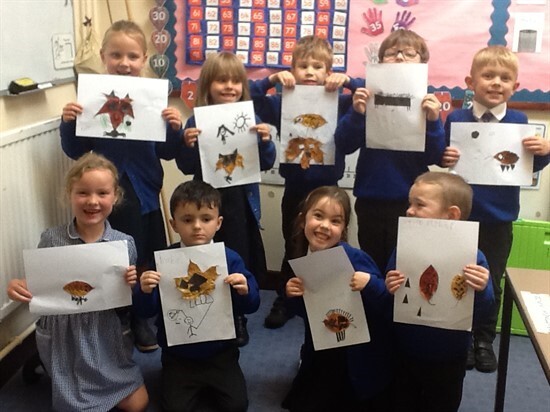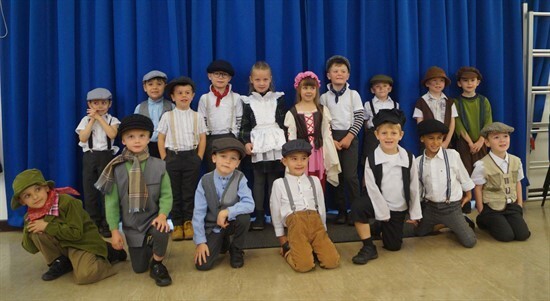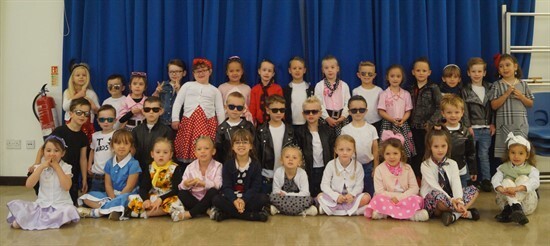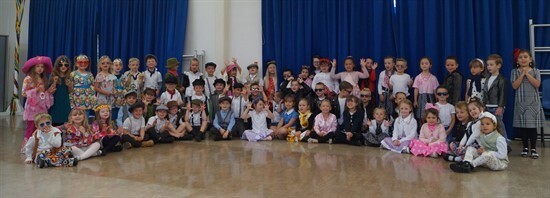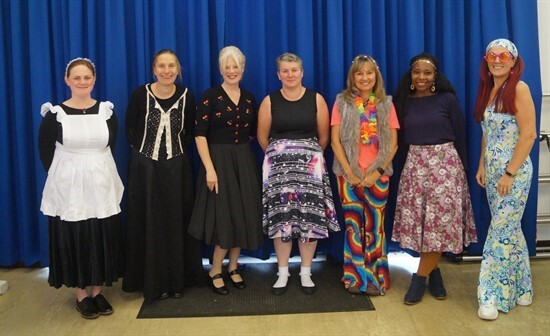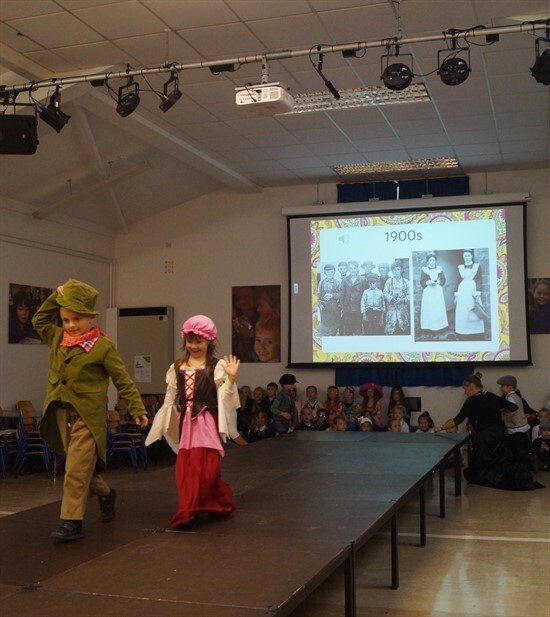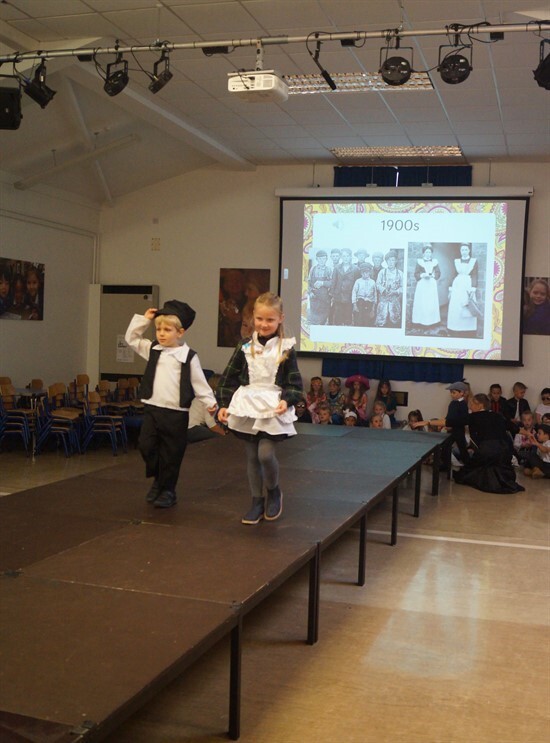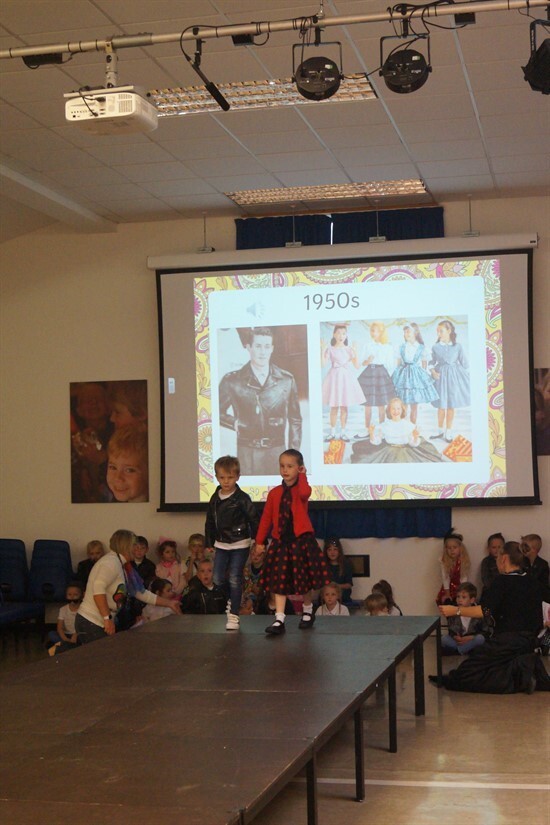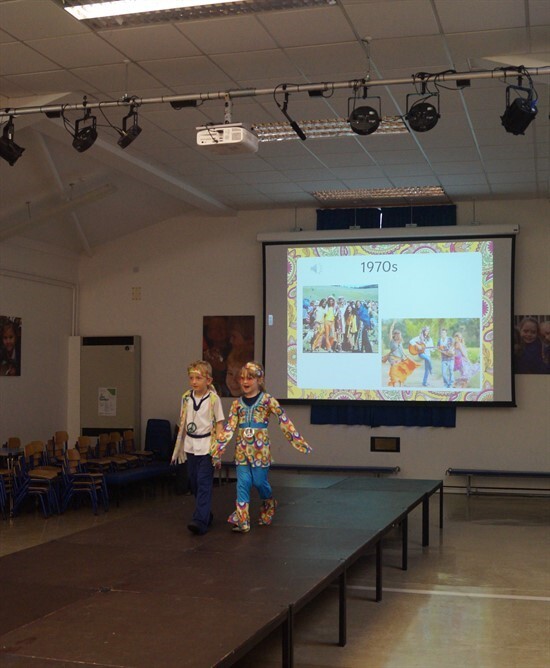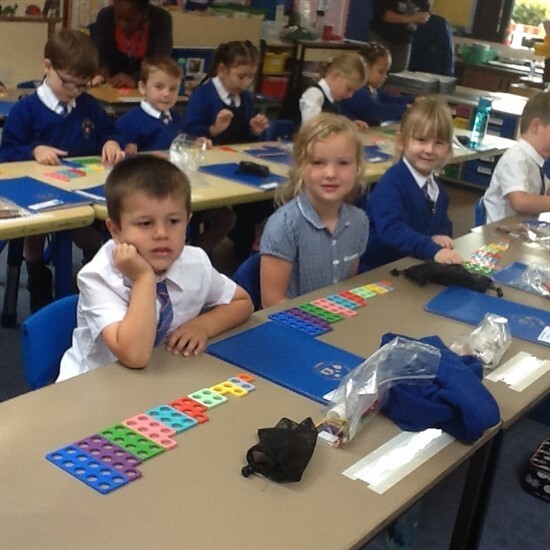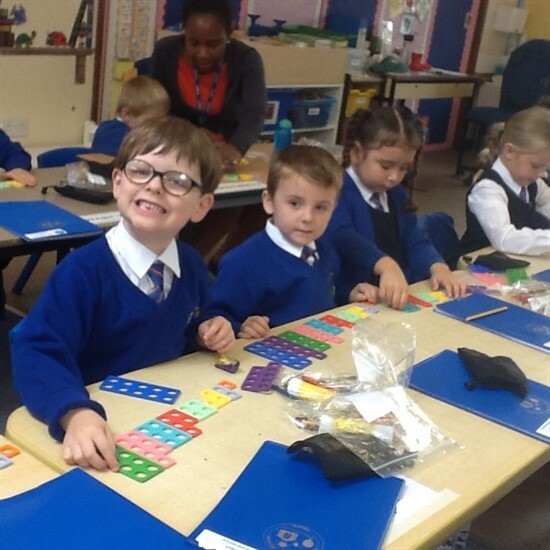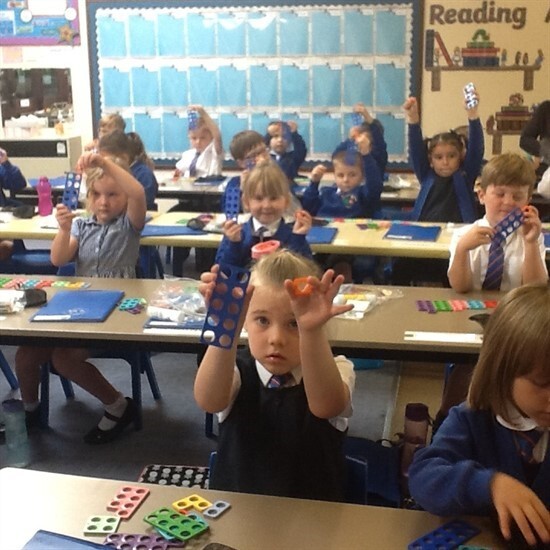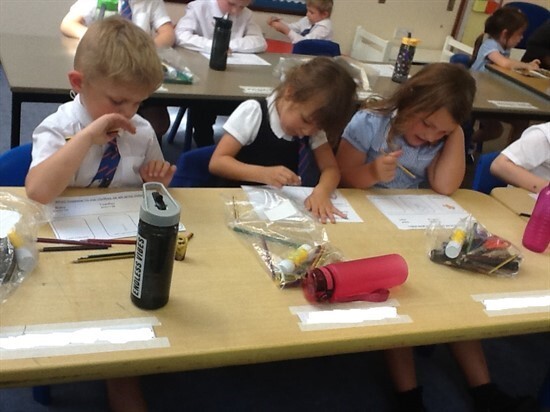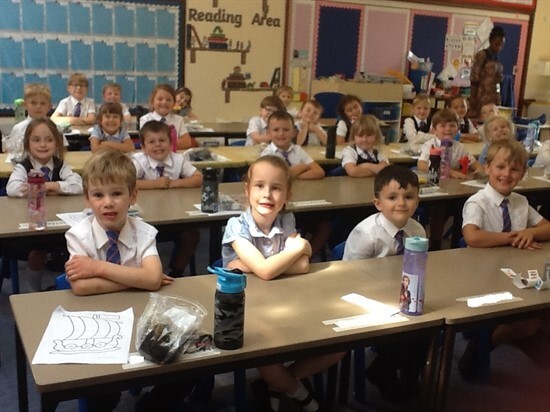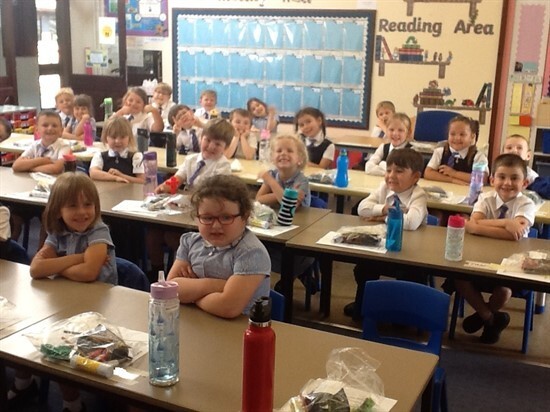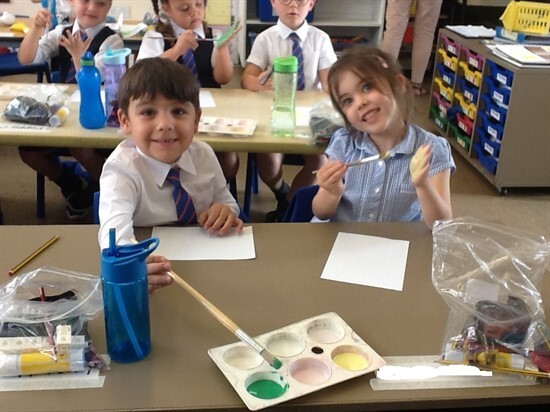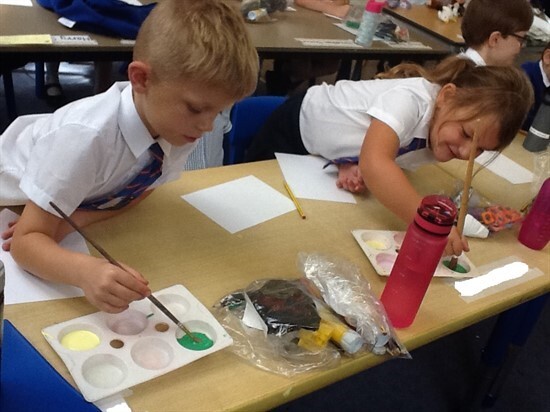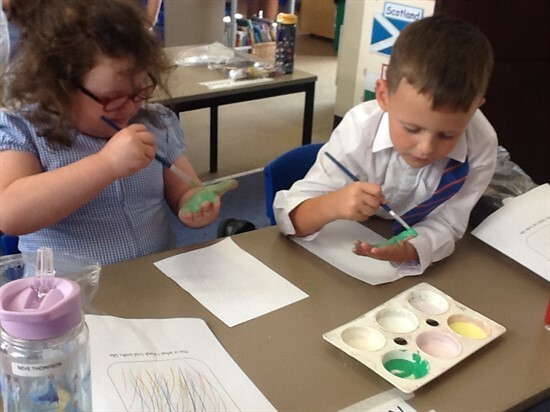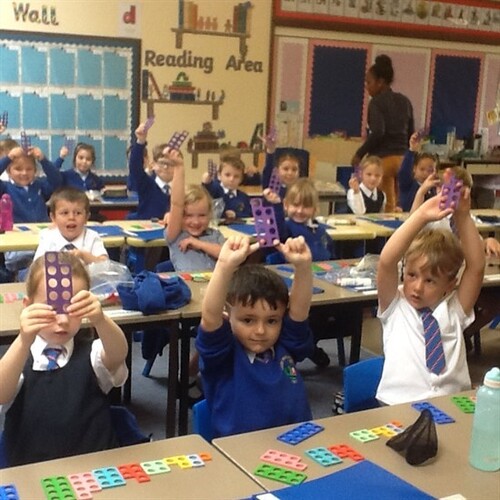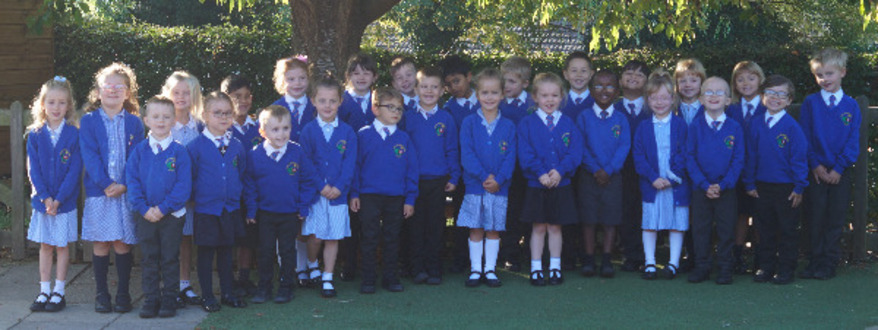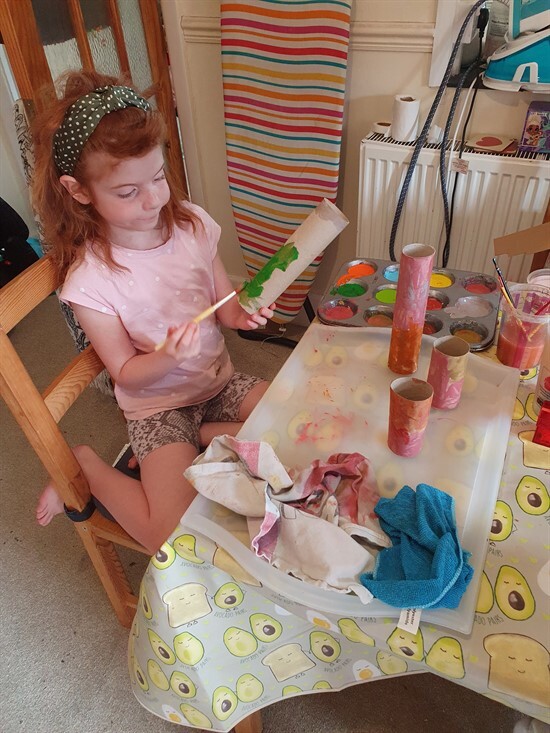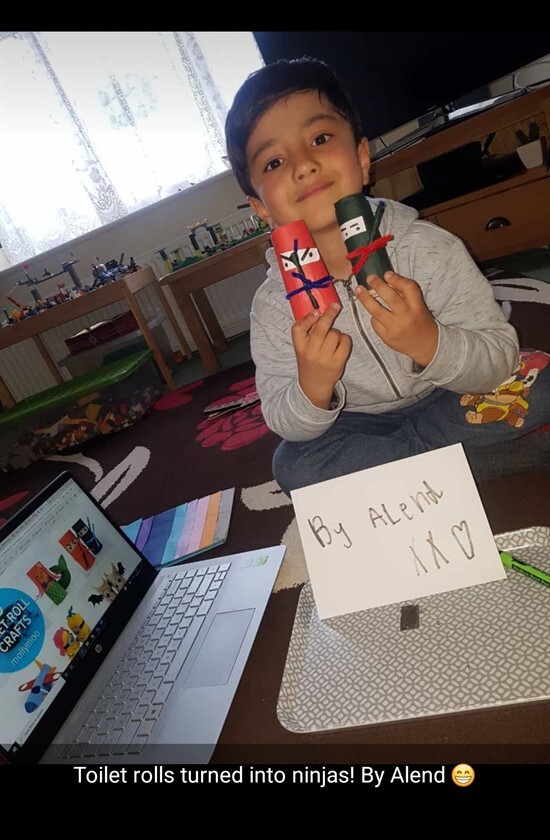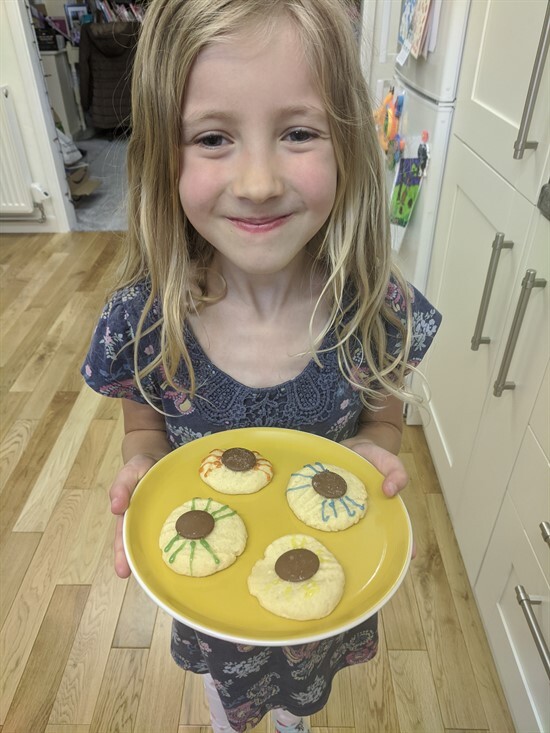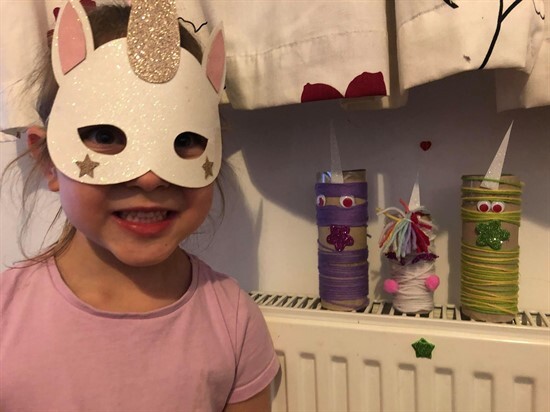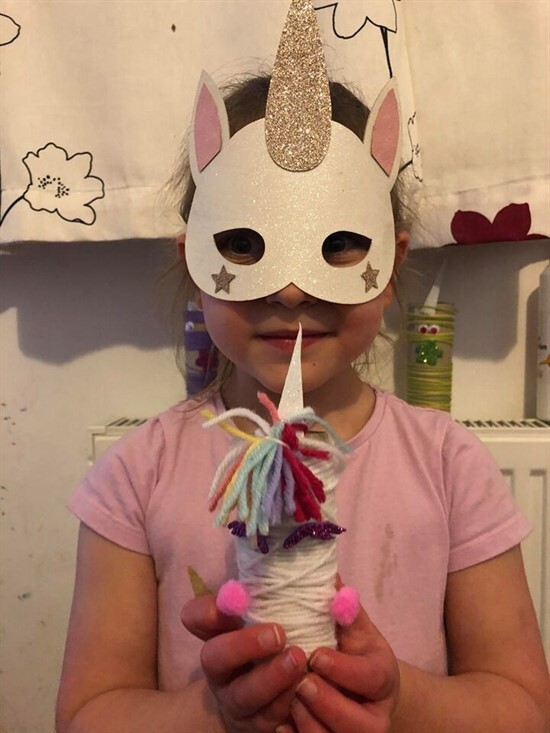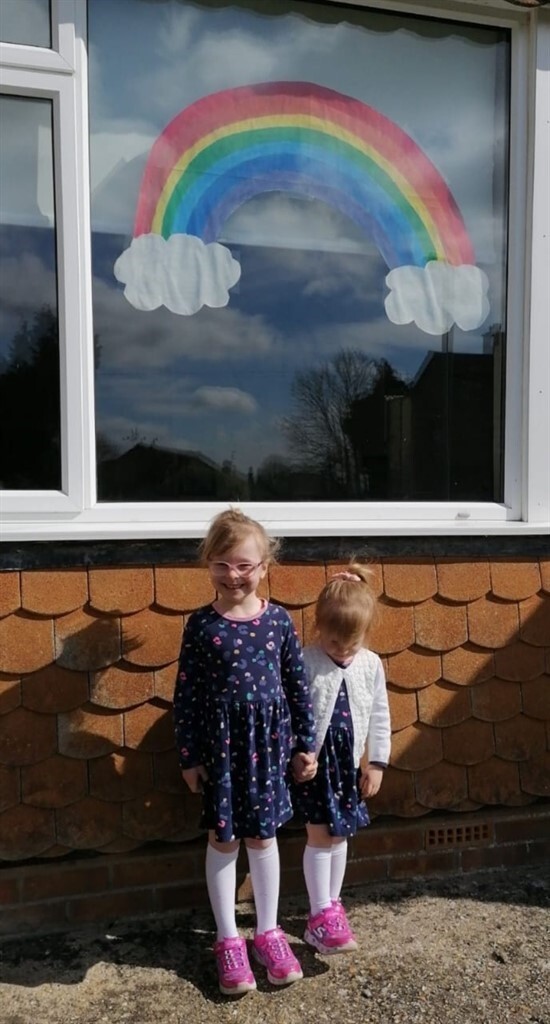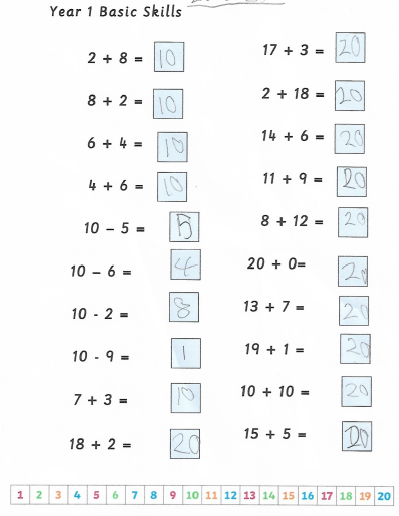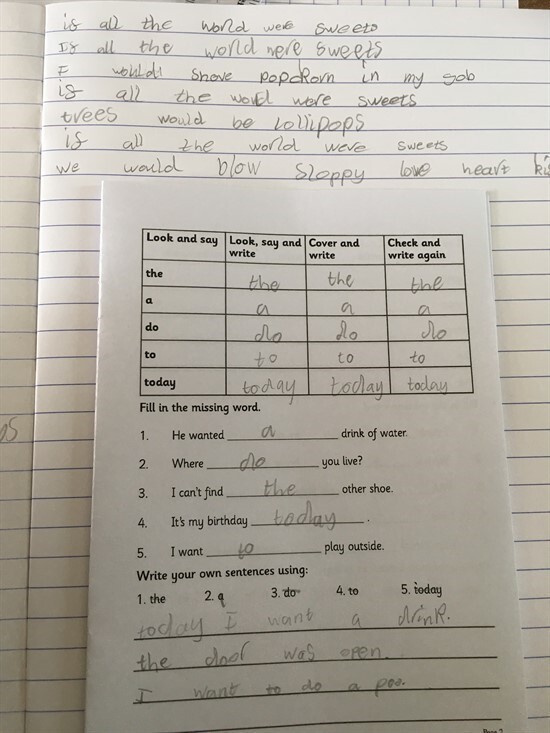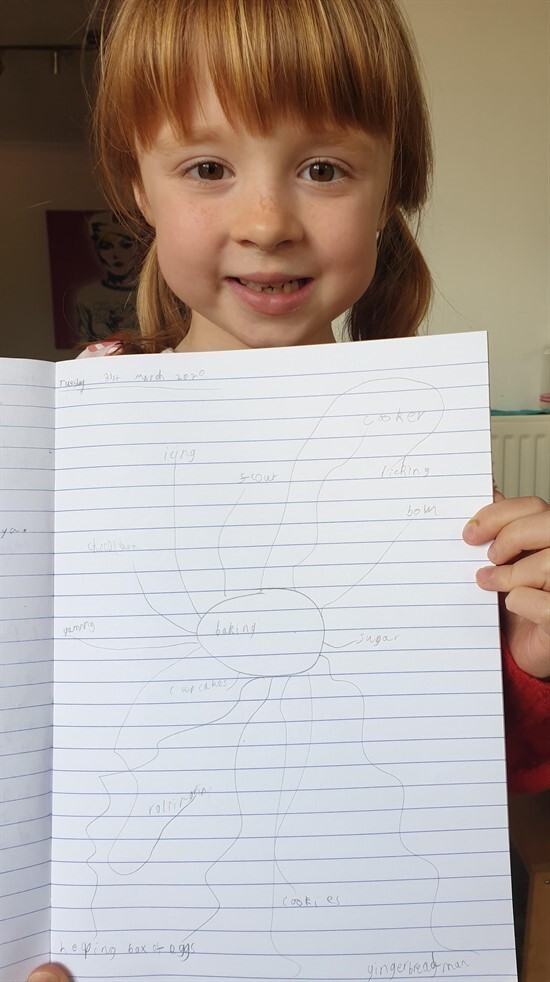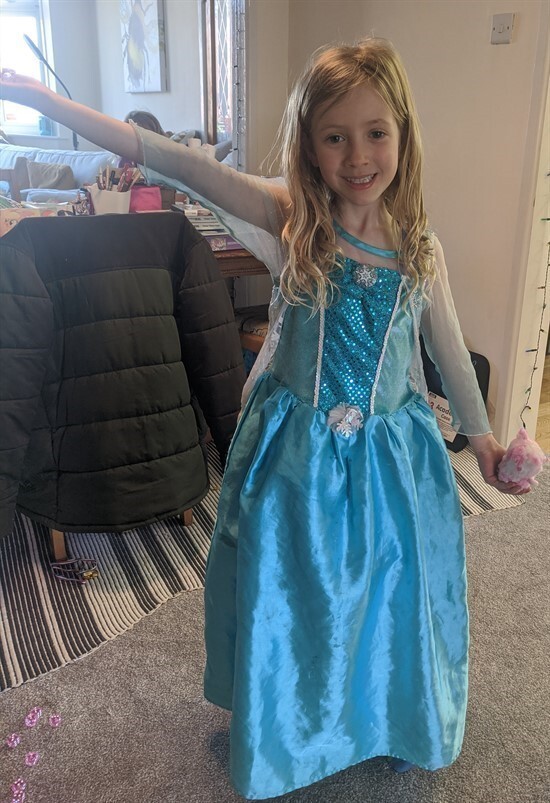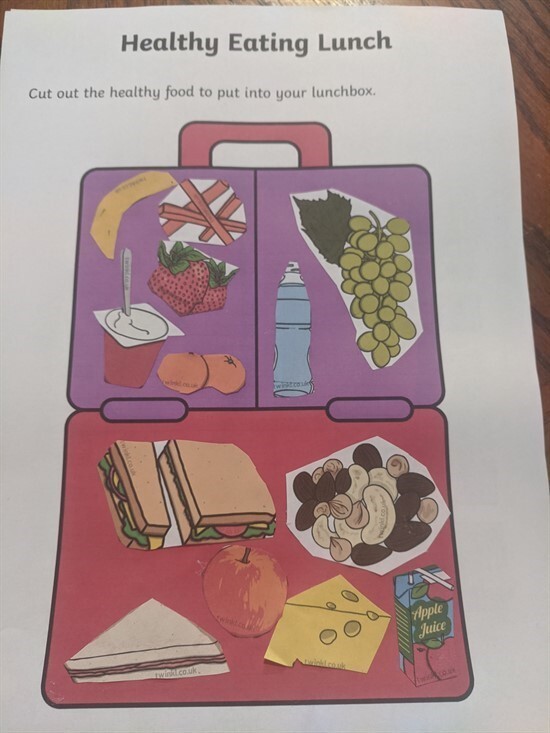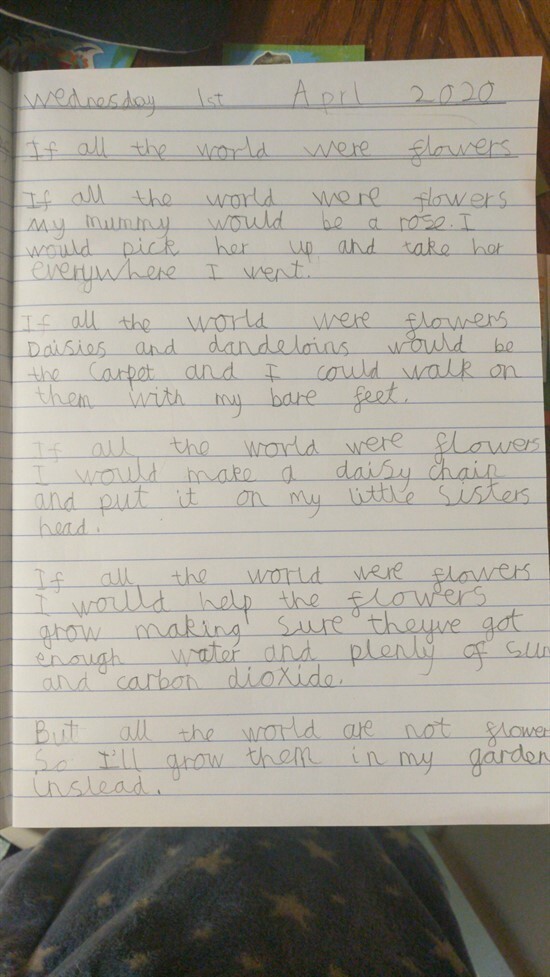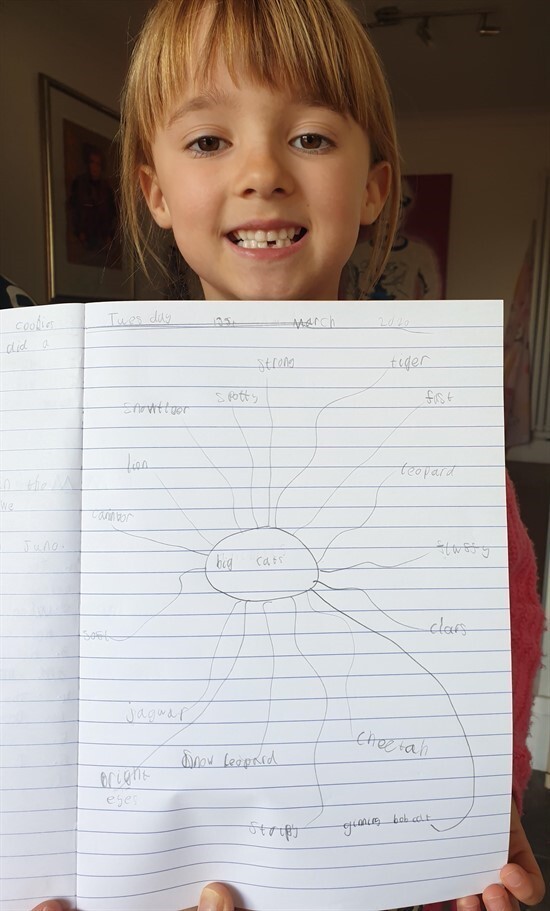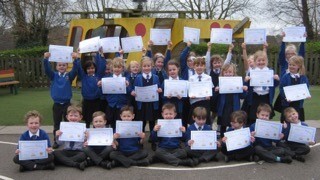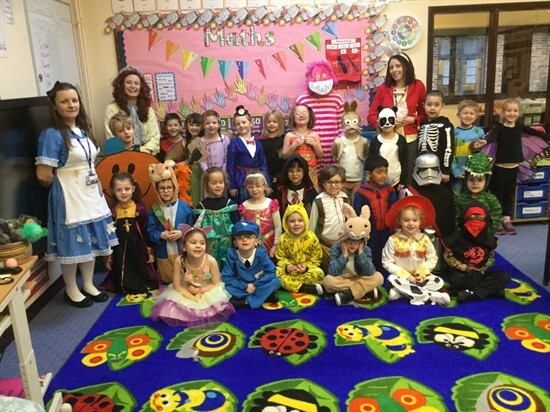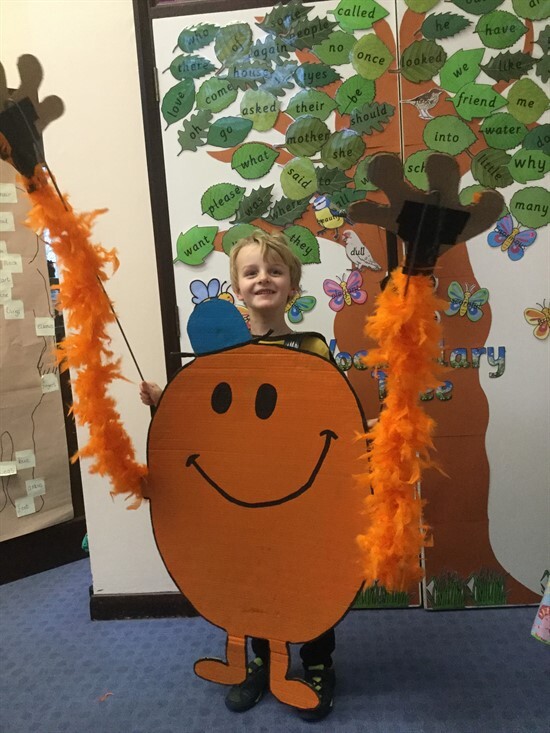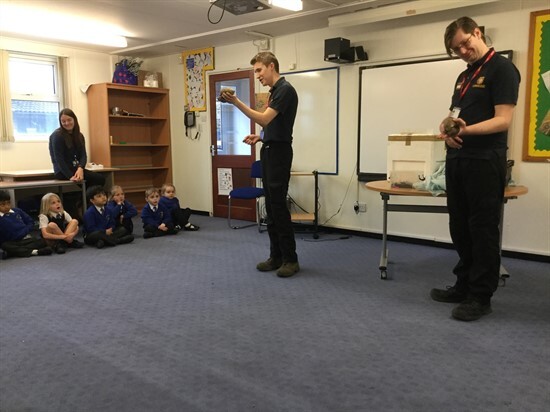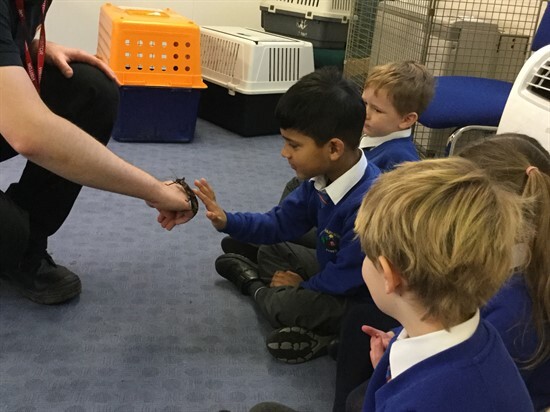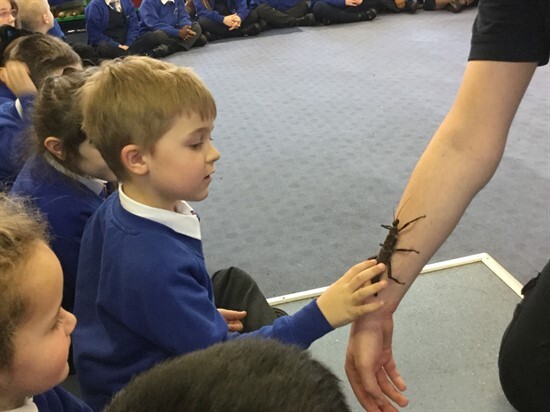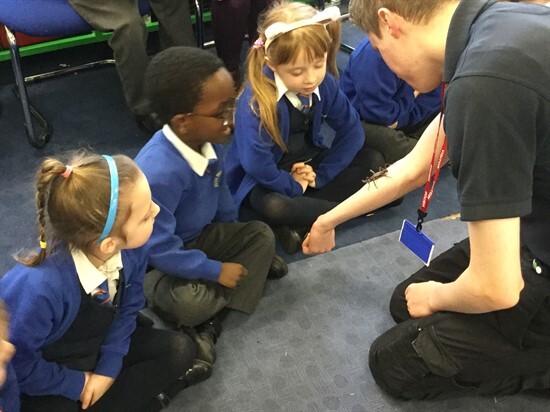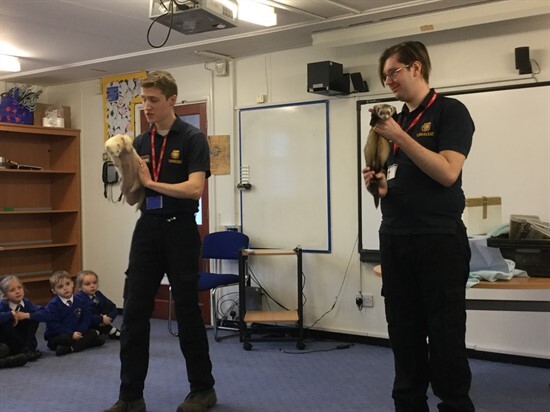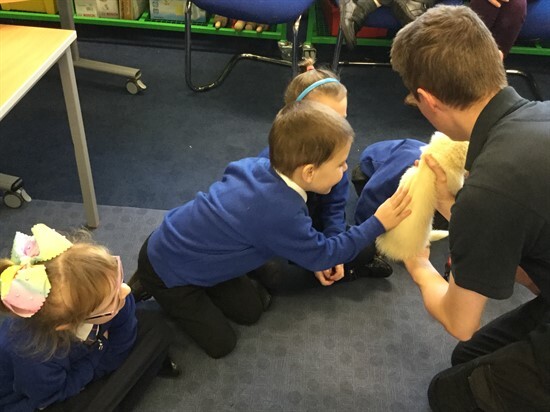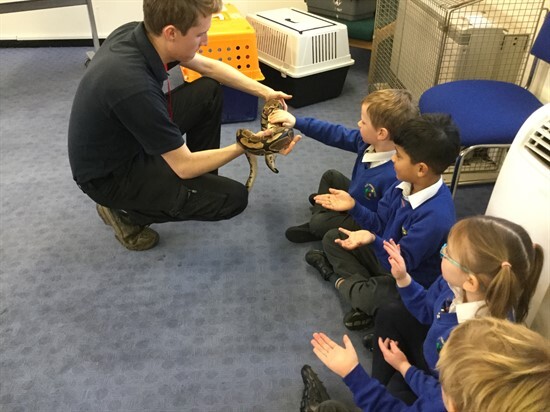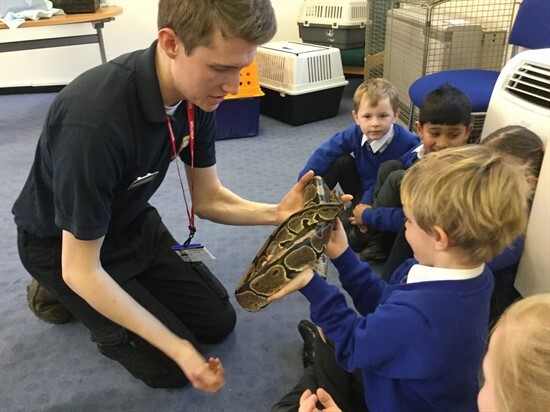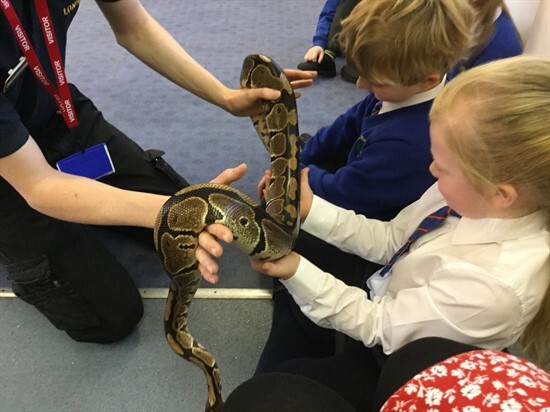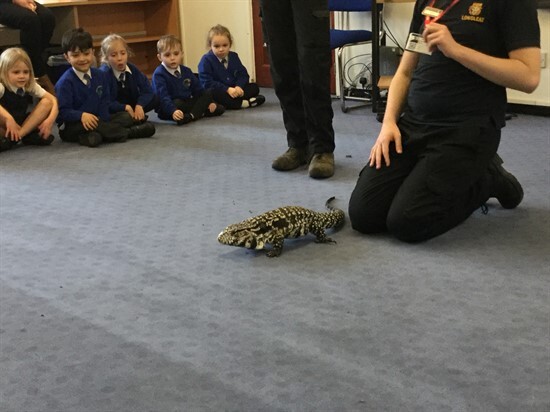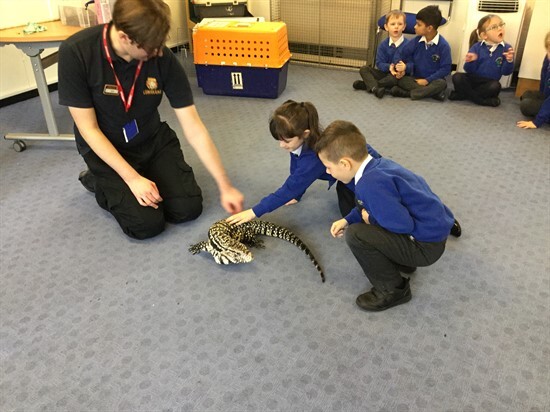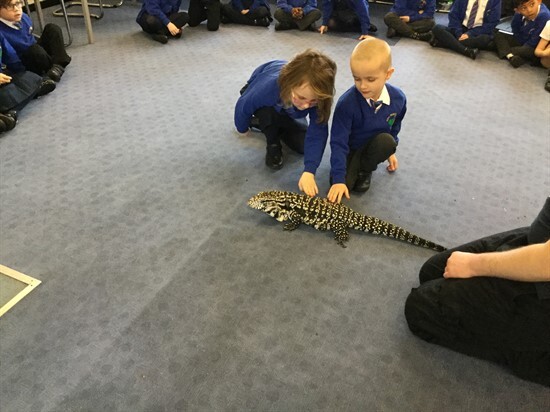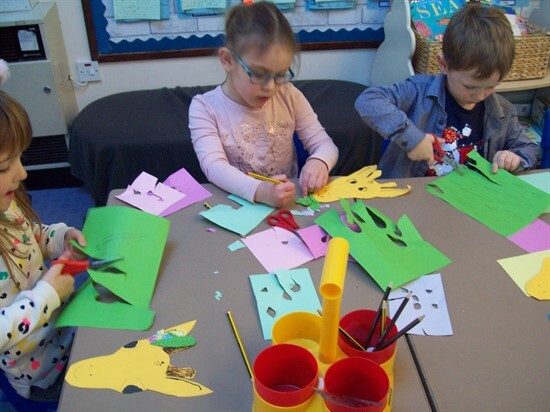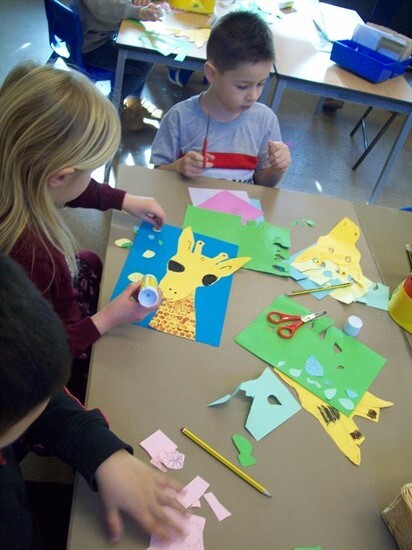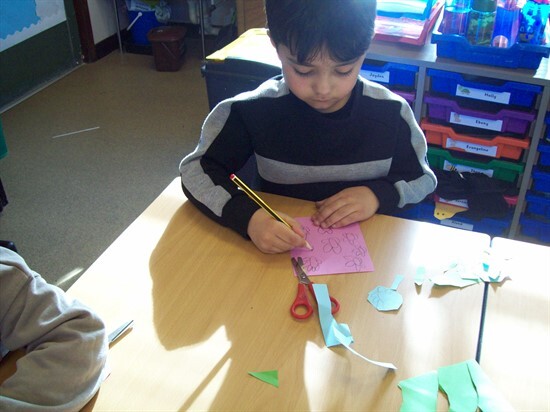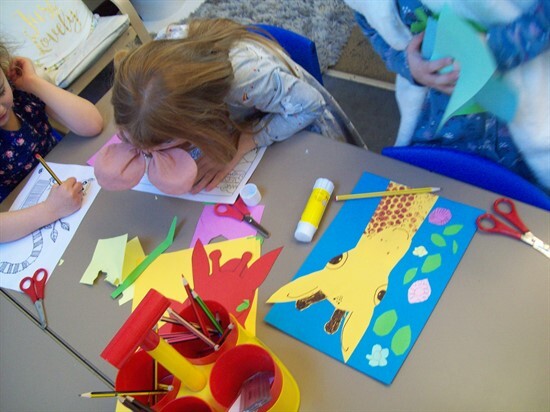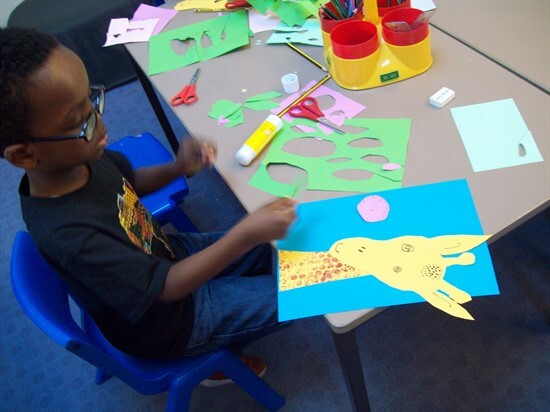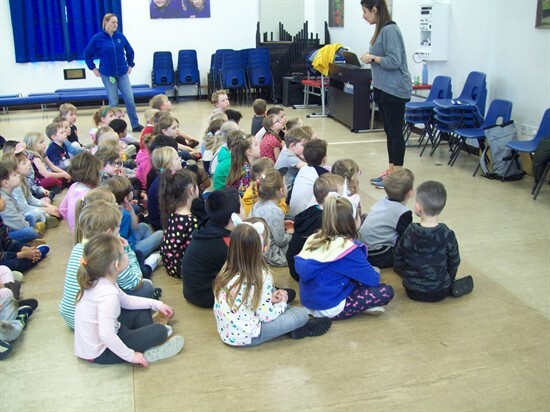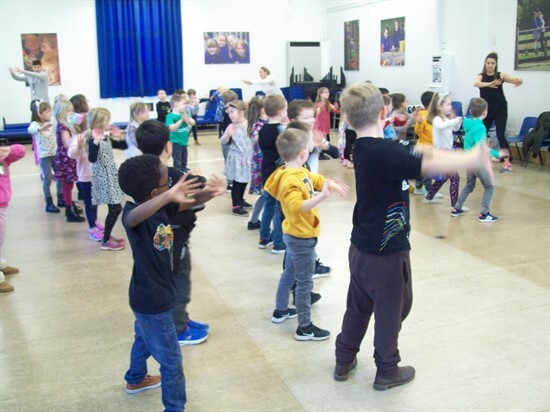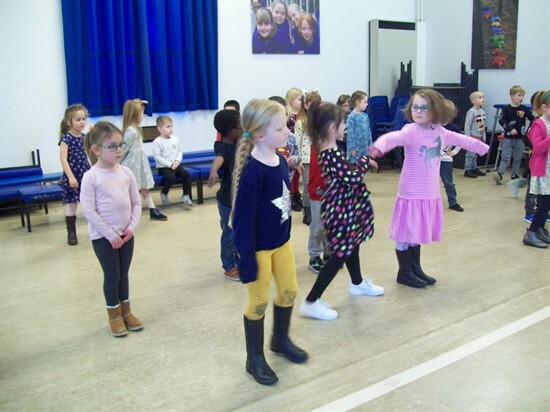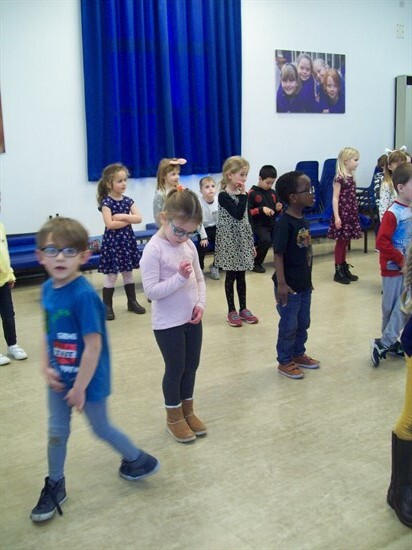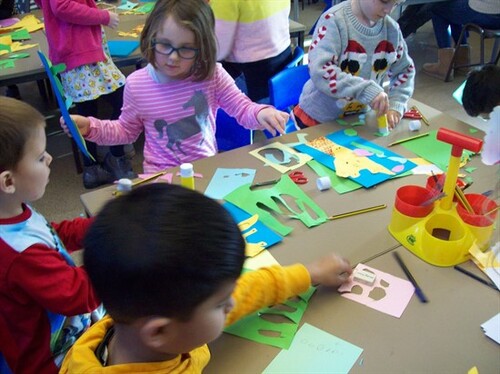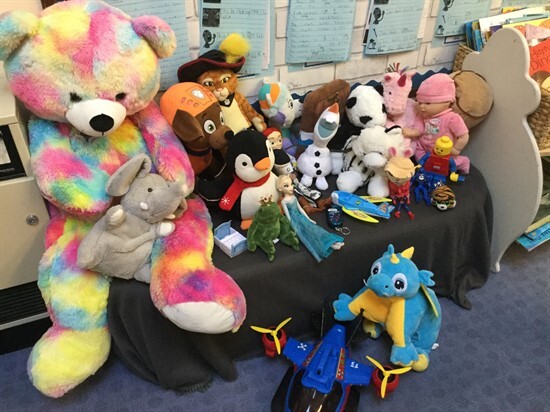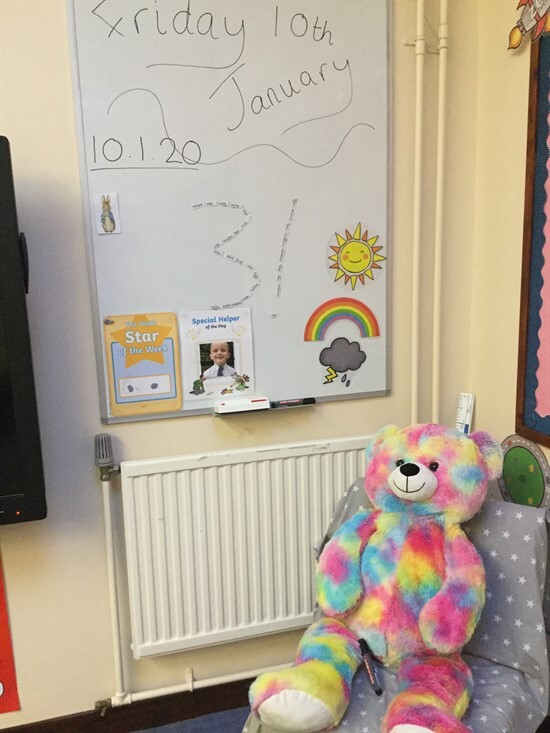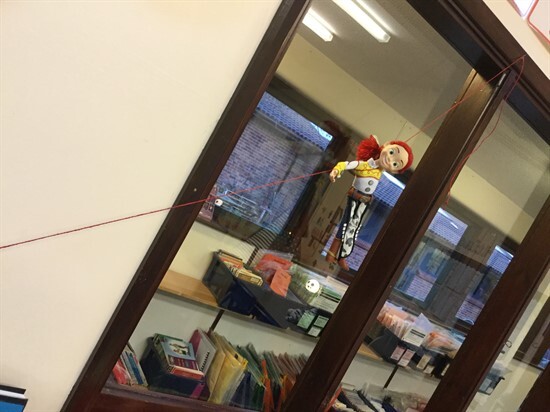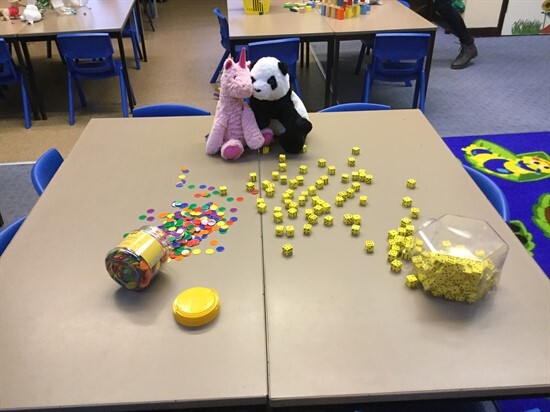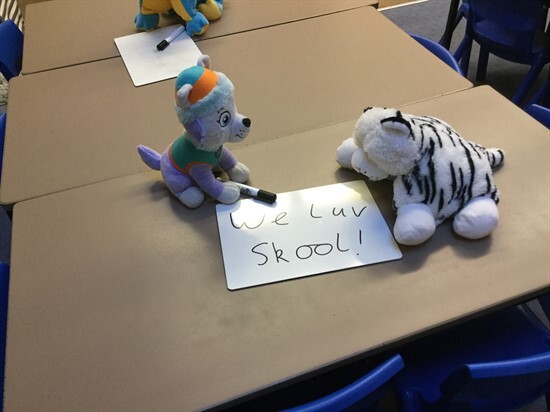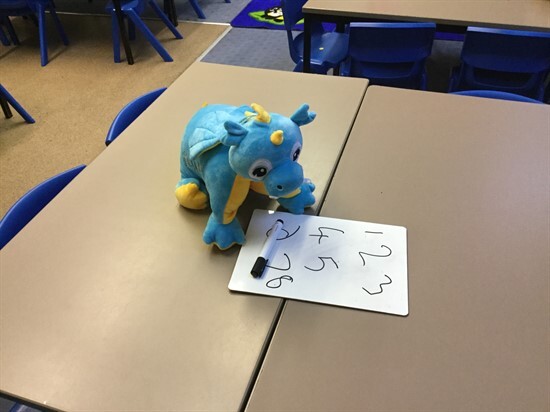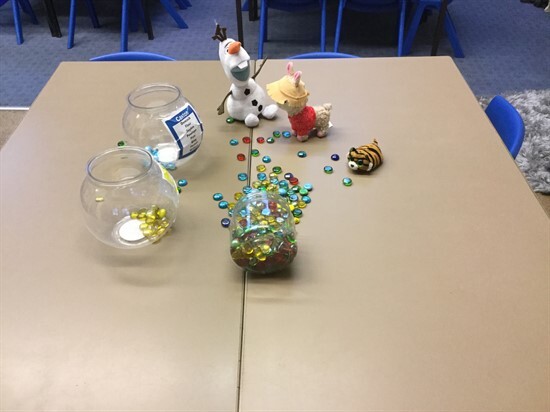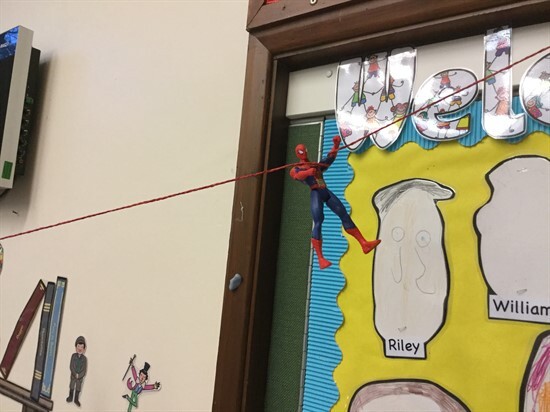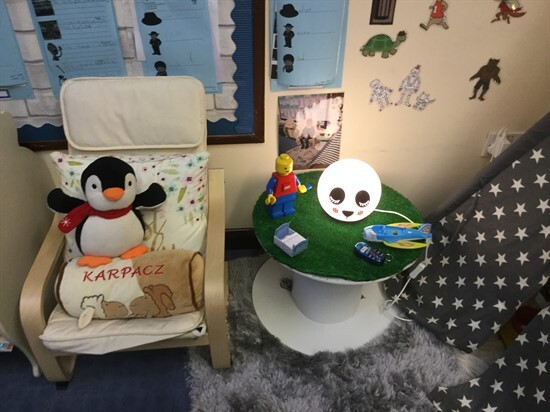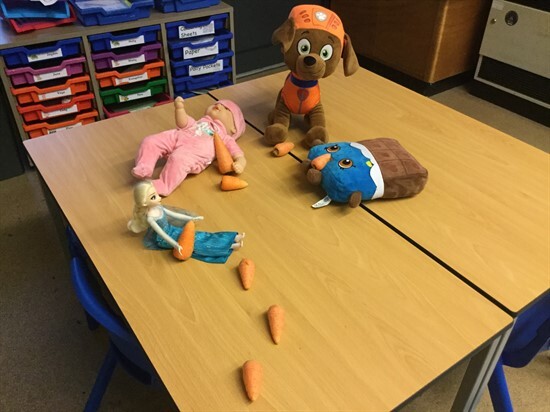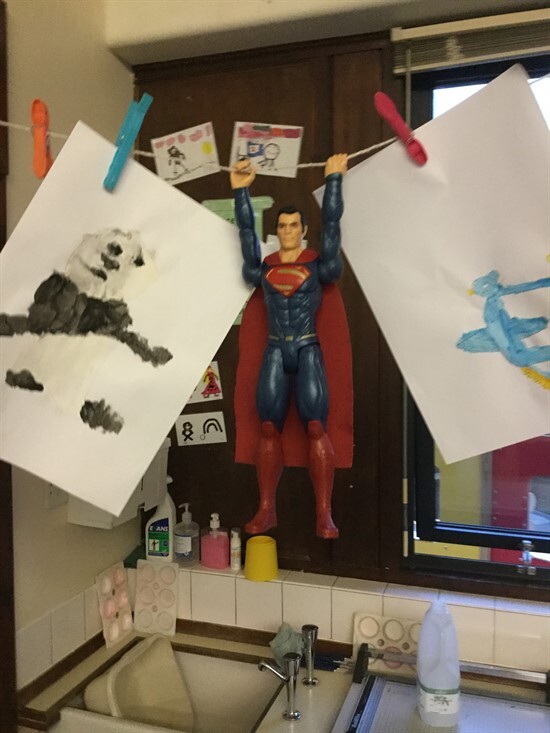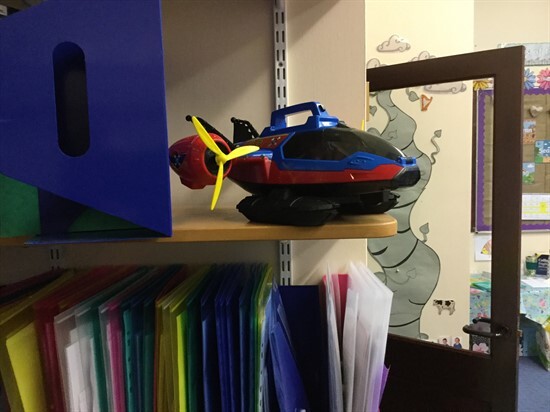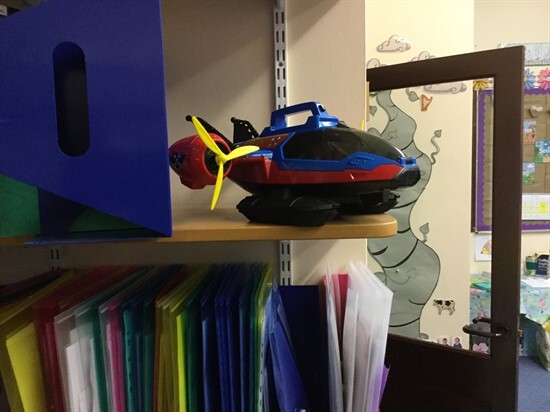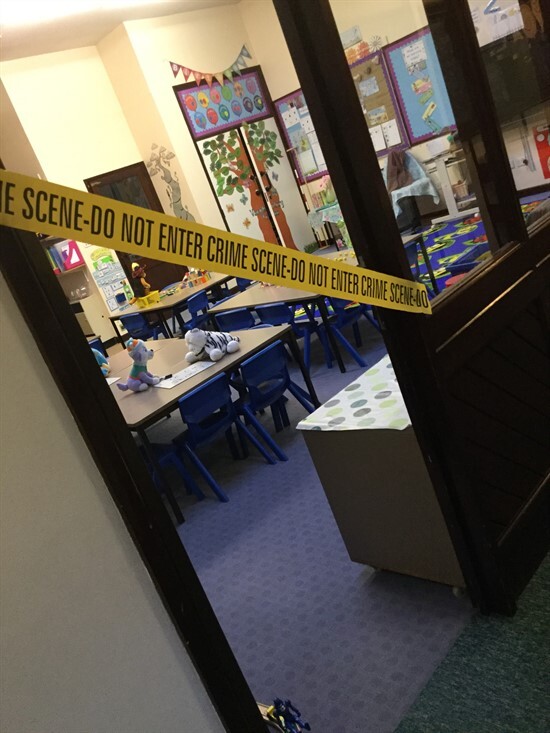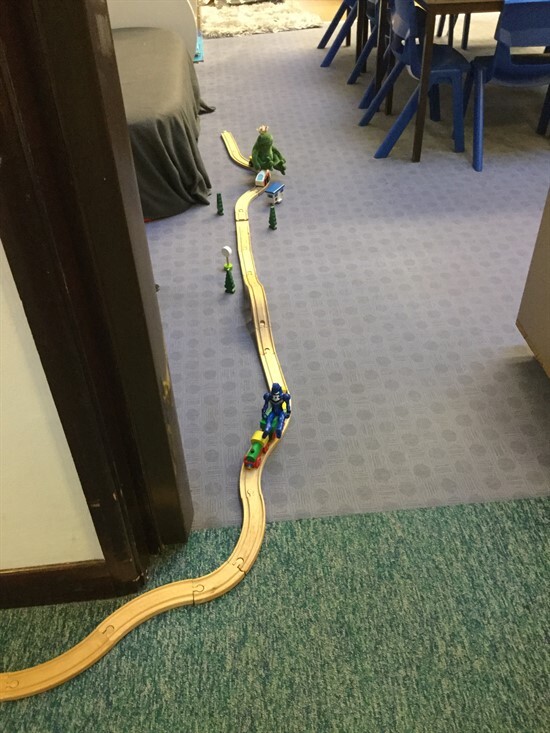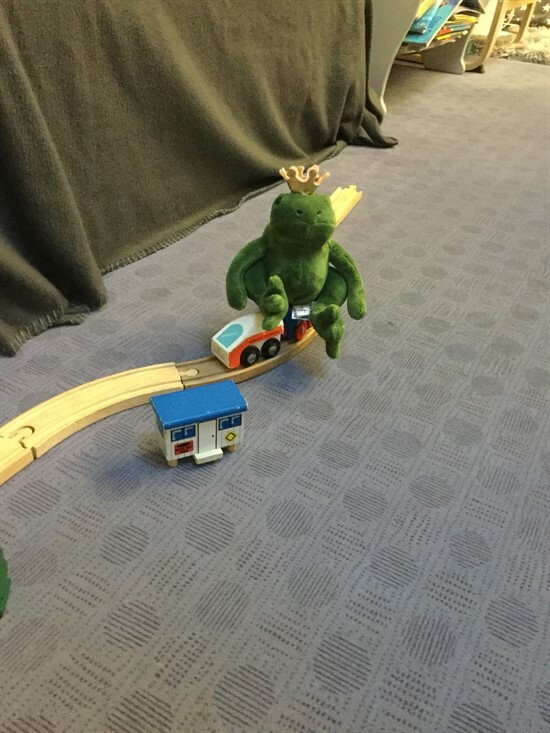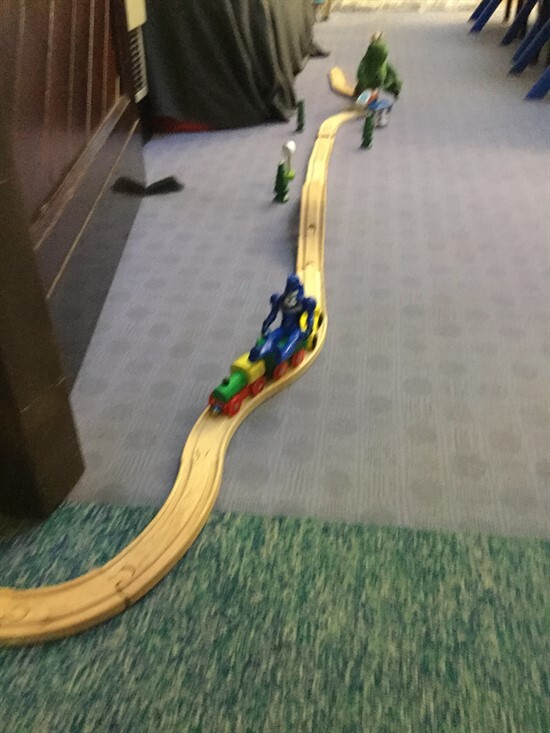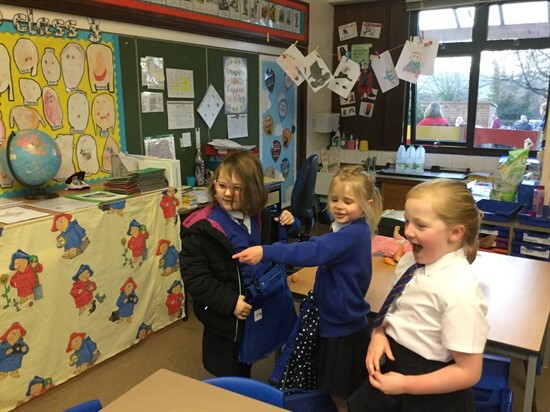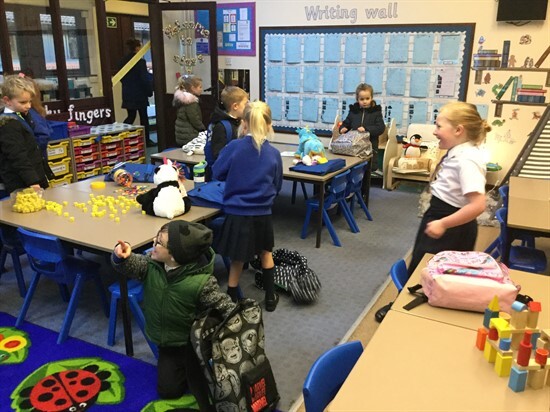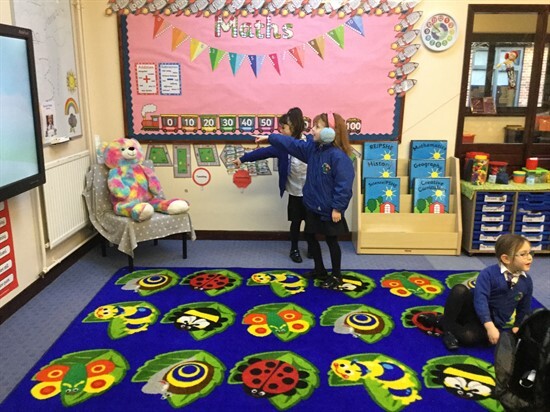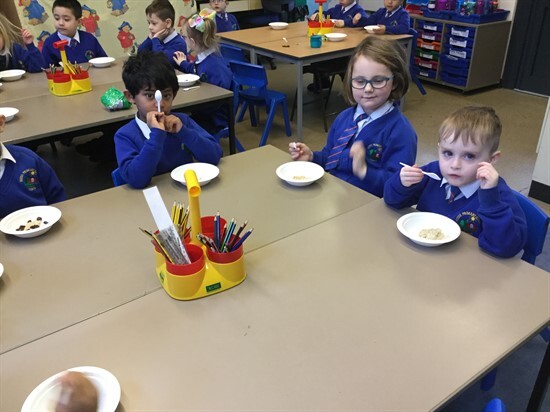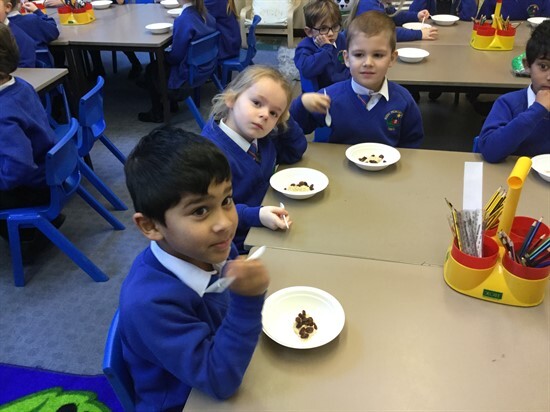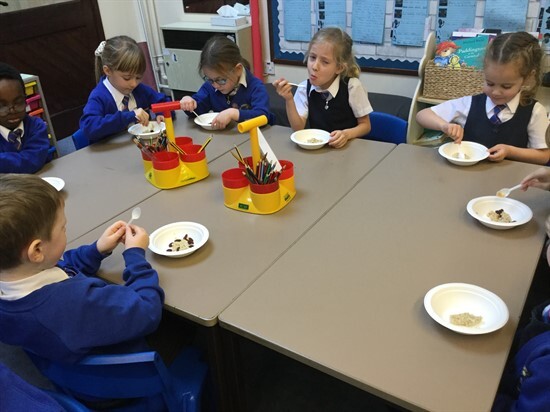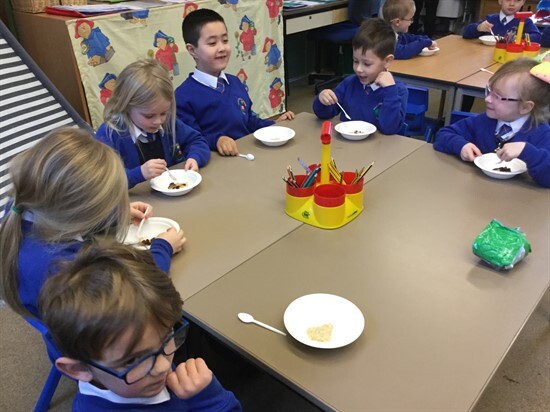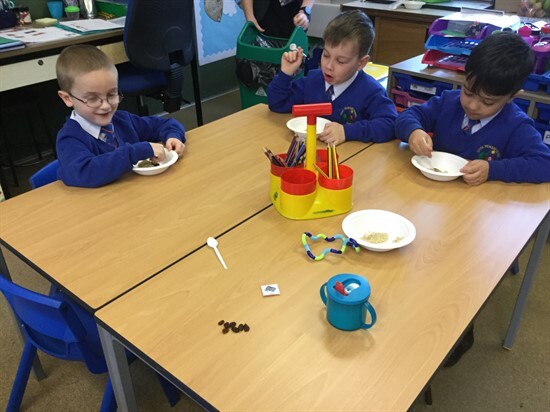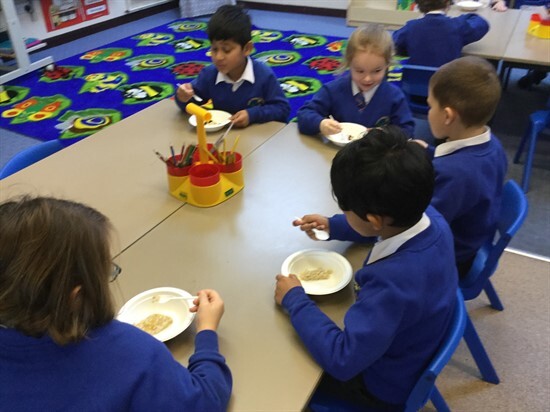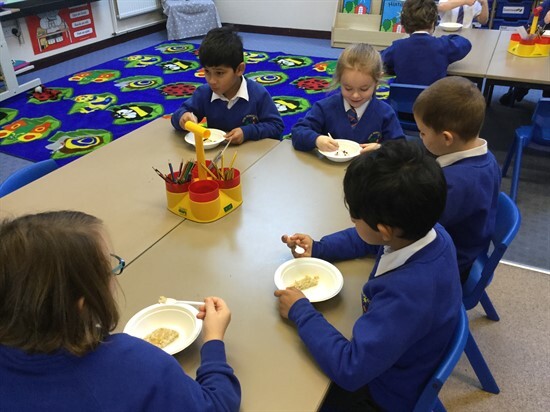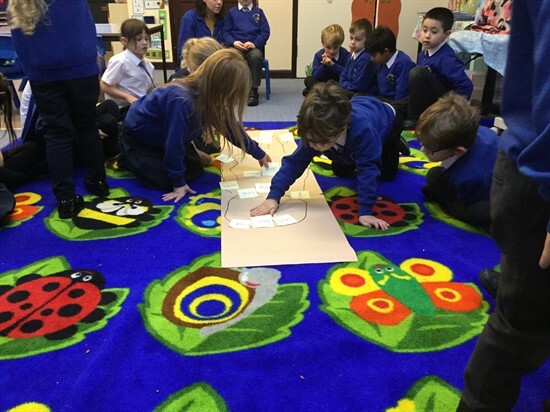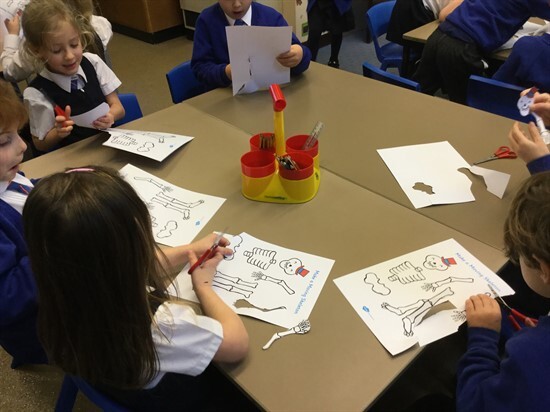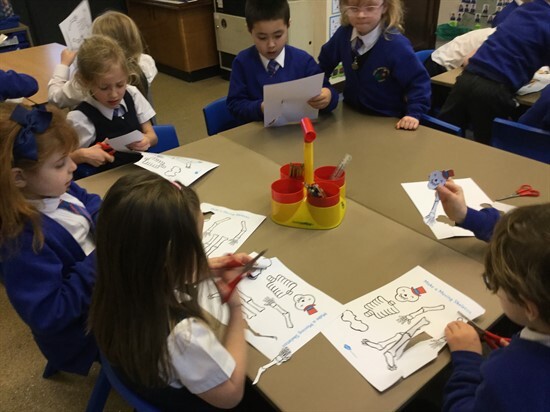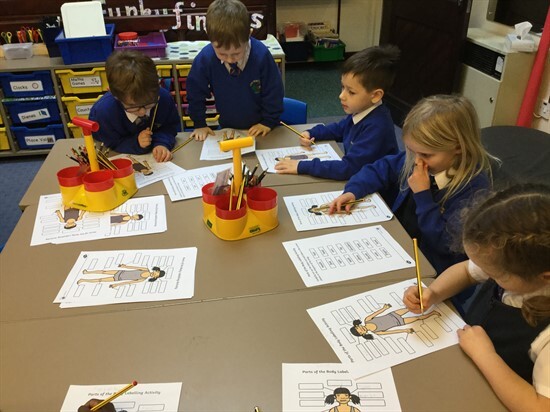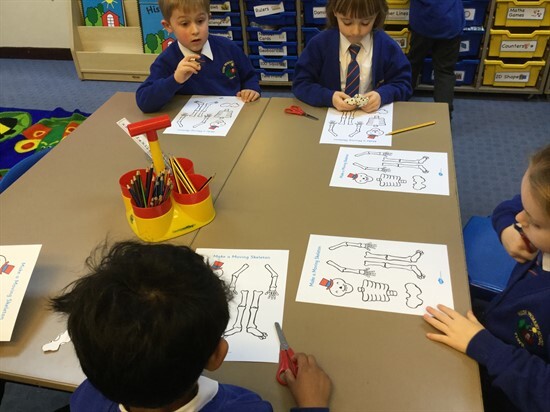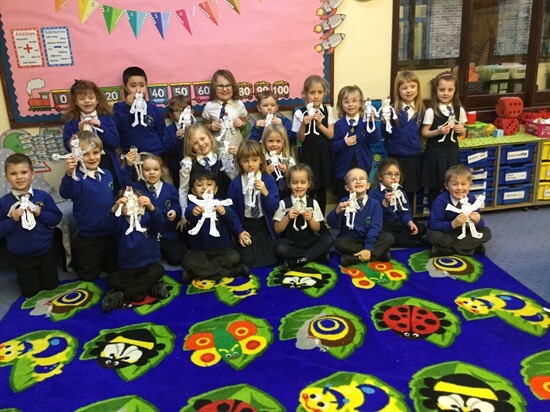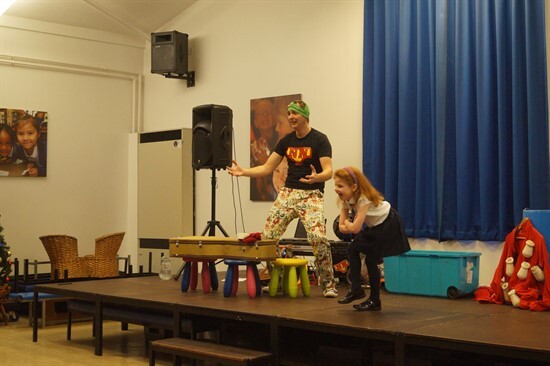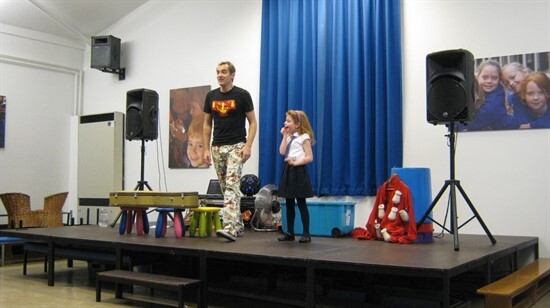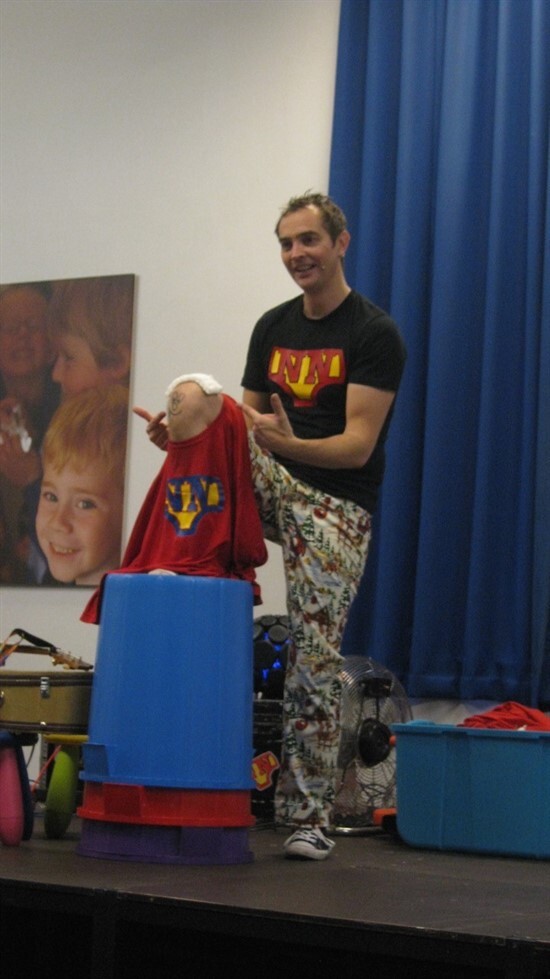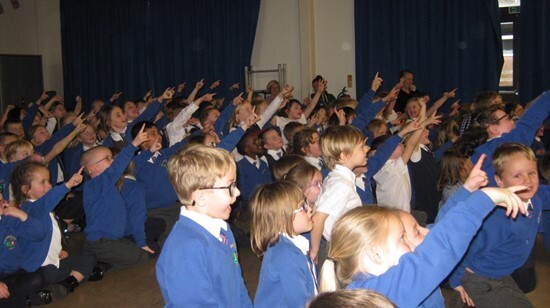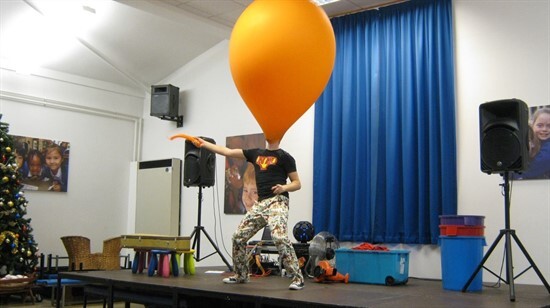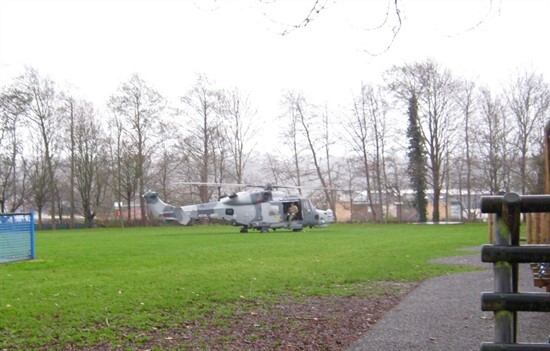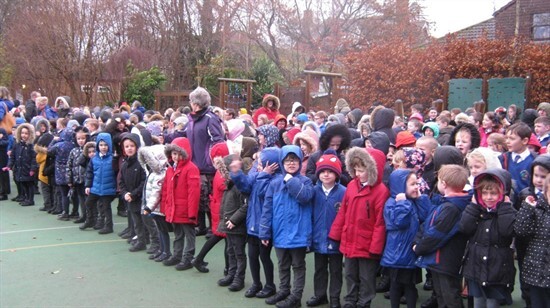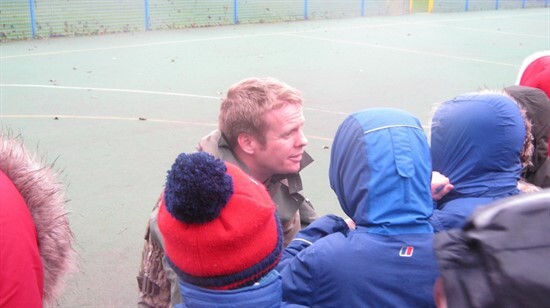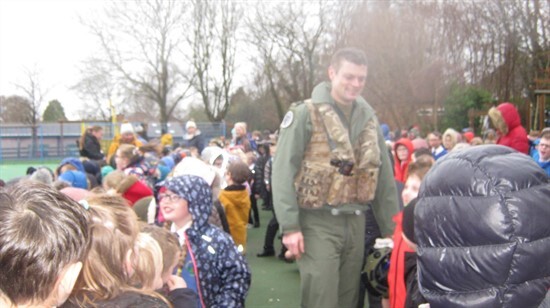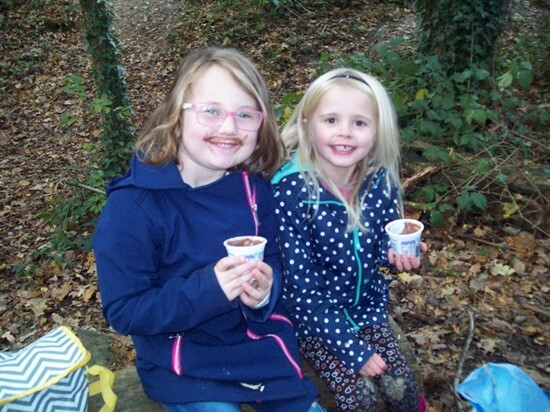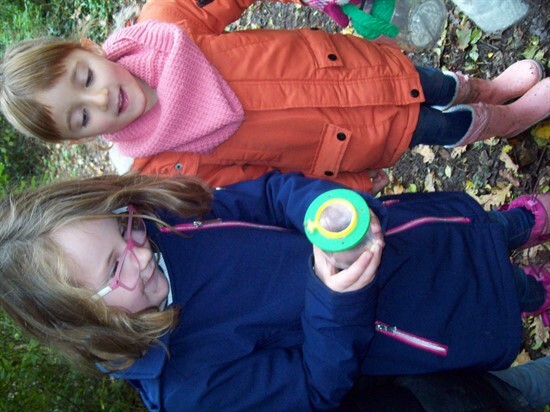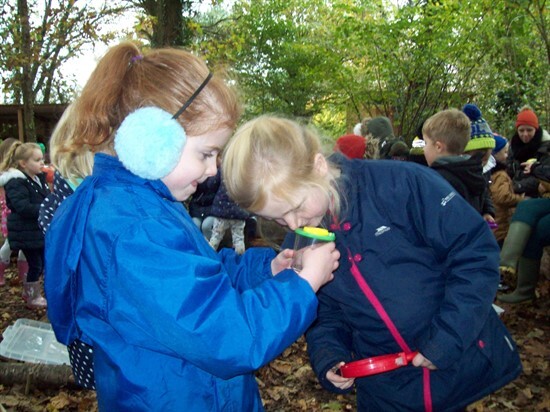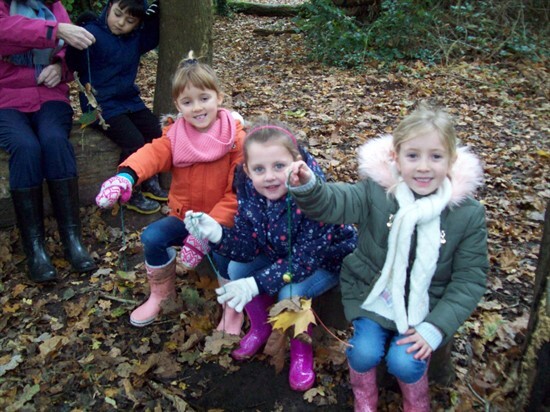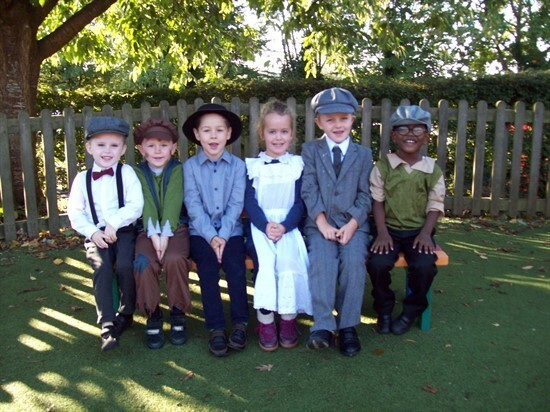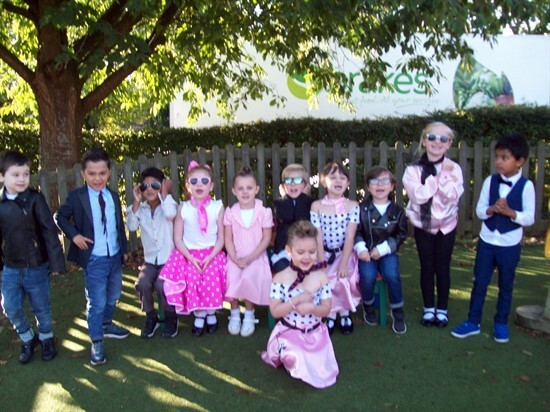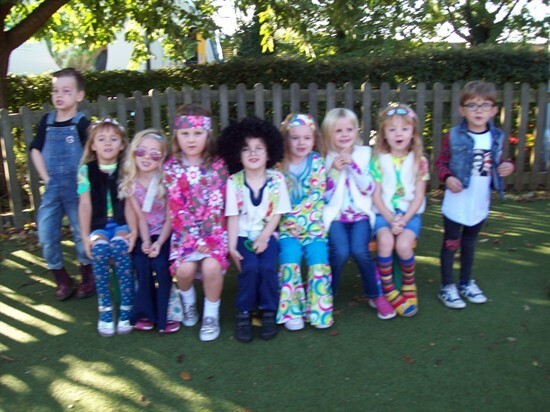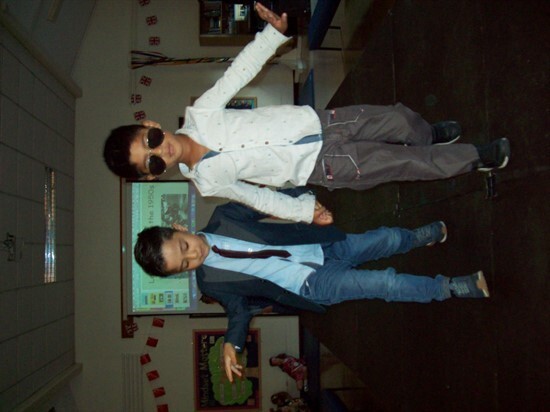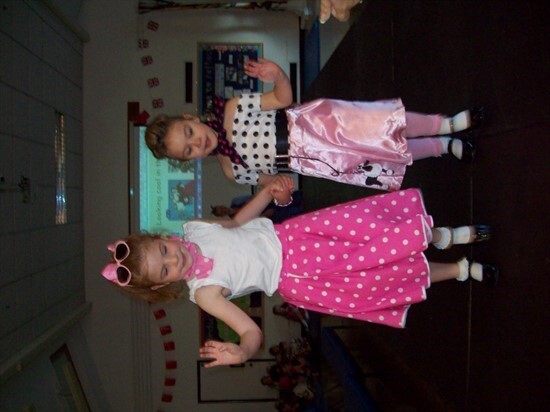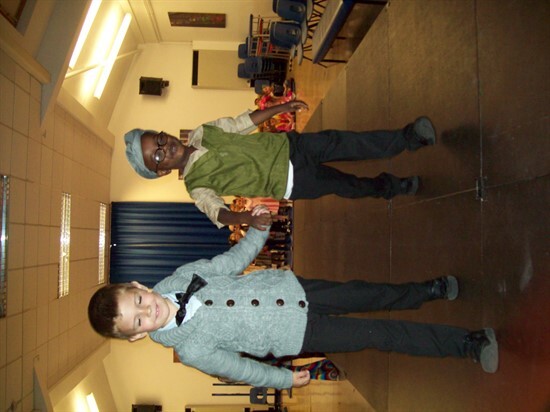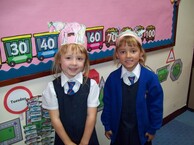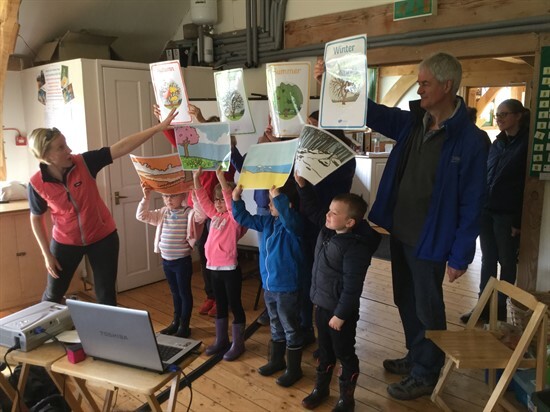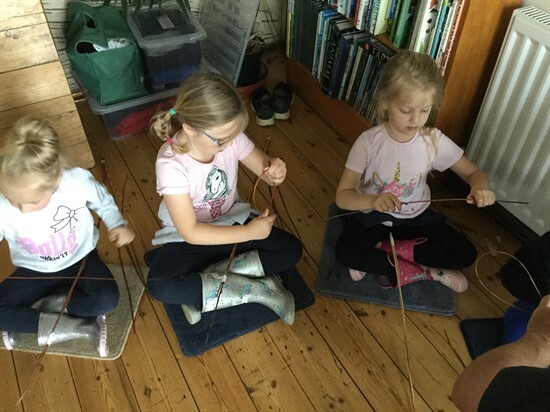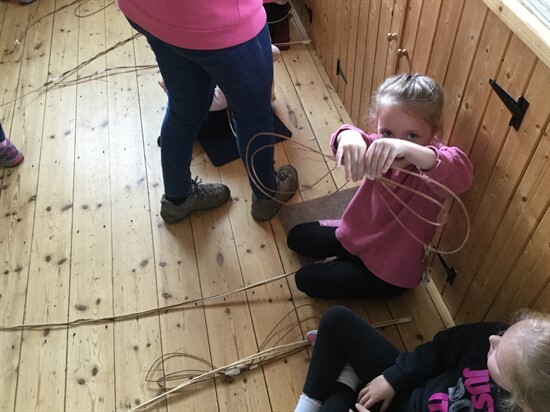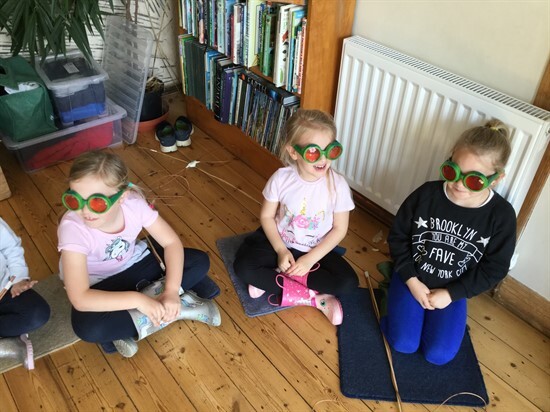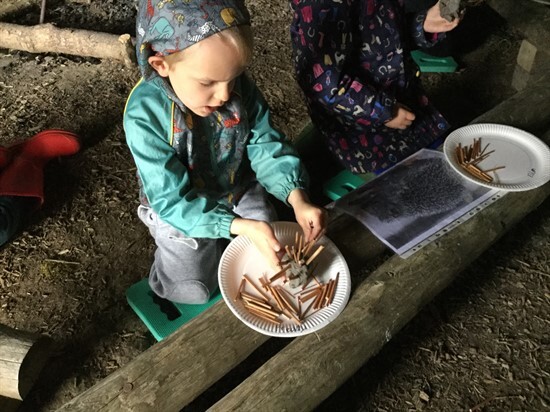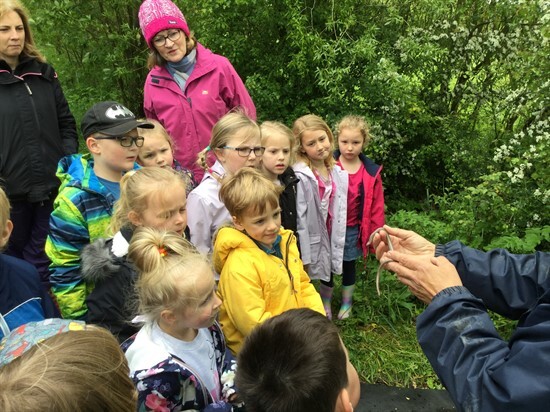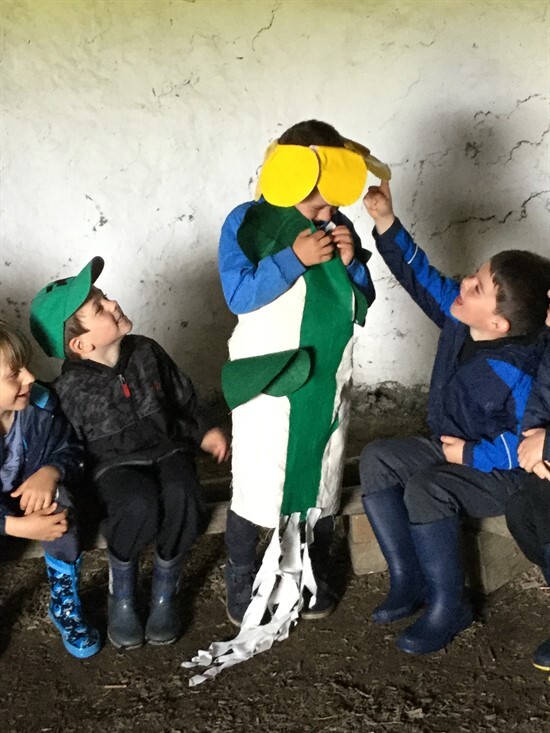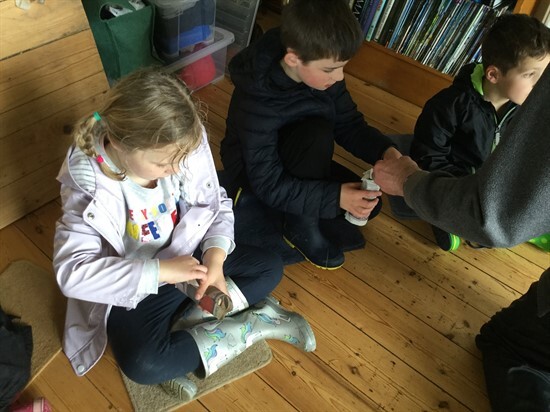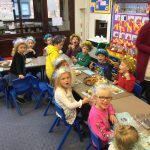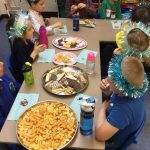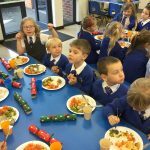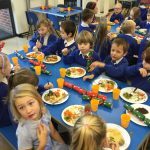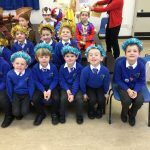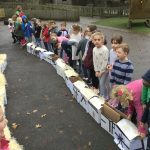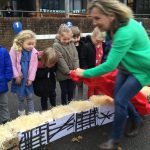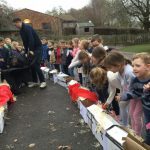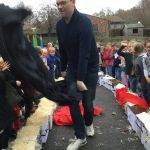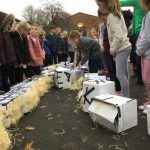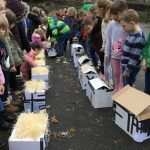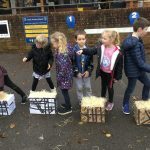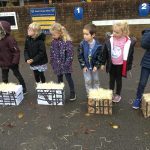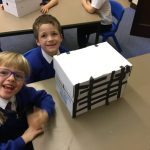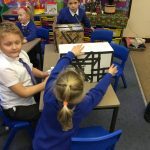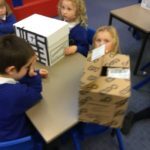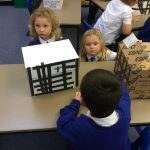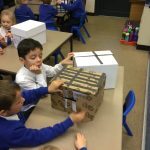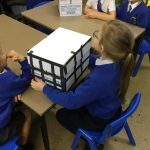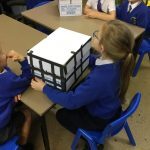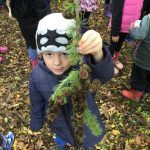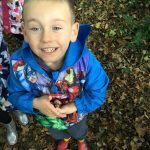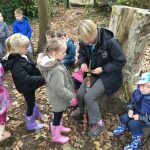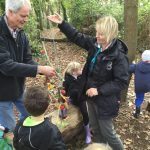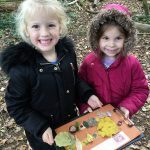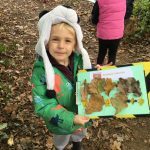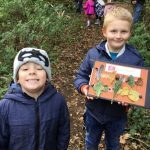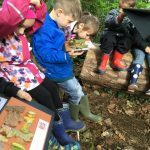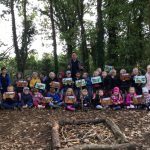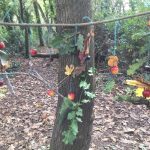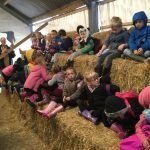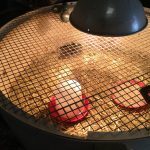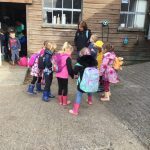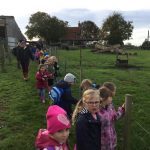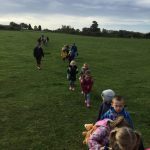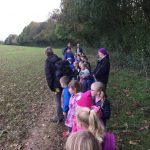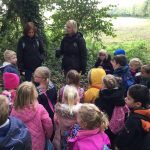Class 3
ACADEMIC YEAR 2024-25
Good or Bad Touches?
In Class 3 we chatted about how everyone responds to physical contact differently. Sometimes it can make you feel loved and special and cared for. Sometimes it can make you feel uncomfortable. We talked about always asking friends if they wanted a hug and the fact that some touches are appropriate but some can be inappropriate. We thought about the different parts of our bodies and which parts are private. We watched a video and learnt a great song to learn the PANTS rules! We all agreed we have a right to say ‘NO’ to unwanted touch. There are always people we can trust and ask for help if we are ever worried.
We also got to design our own pants!
Poet Visit - Kate Wakeling
Today we had a visit from a famous poet called Kate Wakeling. She read us some of her poems and we discussed rhyming, alliteration and nonsense words. We then got to create our own poem that was similar to her poem ‘The Names I Give My Toes’. We came up with some silly names for our toes and used rhyming or alliteration to help us. We had so much fun!
Senses Investigation
Today we learnt about our 5 senses: smell, taste, touch, sight and hear. We completed some investigations to see if we could use our senses:
Hearing investigation - we used our sense of hearing to help us listen to things close and far away. Some of us closed our eyes to help us concentrate and cupped our ears with our hands to help the sound travel to our ear.
Smell Investigation - we used our sense of smell to smell different items and we had to guess what the item was. Some smells were really strong and some were more subtle and challenging.
Taste investigation - we used our sense of taste to try 4 different flavours of crisps. We all love crisps but we found this quite tricky and only some of us got them all right!
Touch investigation - we used our sense of touch to feel inside 5 bags to guess the item. No peeking! We used our knowledge of materials and their properties to help us guess.
Science Week
To launch Science Week this year, we were set a team building challenge! Connecting with our partner class we were asked to design and build a shelter for Professor Bear using only paper and tape.
We began by investigating how we could use the newspaper for ultimate strength. We made cylinder columns out of newspaper, finding these could be really strong when folded tightly. We spent time talking about how to make a structure that would be stable and stand up on its own before practising different joining techniques. Then it was time to get creative and hands on!
What a lot of fun we had and what great teamwork!
World Book Day
Today we celebrated our love for books through World Book Day! We completed a range of activities and most importantly, we talked about books, books and more books! We love reading and are pleased to celebrate this every year. We enjoyed sharing our books with the Year 3s.
Tens and Ones to 50
Today we used our knowledge of tens and ones to 20 to help us understand numbers to 50. We made the number using dienes, draw the dienes and then wrote the number. This helped us understand place value, digit placement and the difference between tens and ones.
Counting in Tens - Bingo!
Today we used our counting in tens knowledge to play a class game of bingo. We had to look carefully at our card and work out what tens number each box represented. These included dienes, counting hands, straw bundles, place value charts, numbers in words and tens frames. We then had to listen carefully to hear if our number hand been called. When it was called, we could put a cross in it. The first 5 people to call bingo won some house points! We had so much fun.
The Magic Porridge Pot
Today we started our Traditional Tales unit. We were introduced to ‘The Magic Porridge Pot’. We acted out the story and talked about what it would be like if the whole school was full of porridge! To help us remember the key quotes, we ate porridge saying, “Cook little pot, cook!” When our tummies were full we said, “Stop little pot, stop!”
Comparing and Grouping Animals
Today we learnt about the different groups of animals - mammals, birds, amphibians, reptiles, fish and insects. We learnt about the characteristics of each group and discussed what made the animals in those groups similar.
Which group has feathers, wings, a beak and 2 legs? Birds.
Which group gives birth to live young and drink their mothers’ milk? Mammals.
We sorted pictures of lots of different animals and played a game of ‘Odd One Out’, talking about similarities and differences between different animals and animal groups.
Grandparents Workshop
We invited our Grandparents to come in and share with us, their favourite toys. We were really pleased to see all the great toys they had looked after so well from when they were little. We asked them to tell us a little bit about their toys. How were they different than ours today? What were they made from? How old did they think the toys were? What games did they use to play? We really enjoyed our afternoon and learnt lots about how toys have changed through the years.
Chinese New Year
In Class 3, we celebrated Chinese New Year by Fotini sharing with us lots of the traditions she has learnt about from her family. We learnt about 2025 being the ‘Year of the Snake.’ We made dragons and Chinese lanterns and all went home with a lucky envelope filled with a coin and traditional decoration!
Using RICE to Problem Solve!
Today we spent time learning how to tackle word problems using RICE!
We began by carefully reading the problem and identifying the important and helpful information.
We learnt to recognise what ‘R’ stands for in a word problem. R = Read and Record.
We then read through a selection of addition and subtraction problems together.
We read, highlighted and identified what operation we needed to do to solve them.
We worked like Maths Detectives…. What am I looking for? Numbers? Words? Which words are the important ones?
We finished the lesson highlighting some problems and identifying whether we needed to write ‘add’ or ‘take away’ when we worked through the ‘R’ for RICE. We made a great start at tackling word problems today!
A Visit from Wessex Water
Today,we had a visit from Sam from Wessex Water. She taught us about different forms of water (solid, liquid, and gas), and how dirty water from a reservoir becomes clean and gets into our homes, as well as how to save water in our homes. We had so much fun learning and joining in!
Night and Day in the Arctics - Geography
The sun does not always shine because of the way the earth moves. The Arctic and Antarctic circles have darkness for six months and daylight for six months. We discussed what it would be like if it was dark/light all the time. What would we do differently?
If it was dark all the time…
Keegan - ‘I would get a flash light’
Serenity – ‘I watch would TV in my house’
Maisie – I would make a fire to keep warm and I would have hot chocolate’
Elliot – ‘I would make a fire from the dry wood’
George – ‘I would stay under a cosy blanket and get a hot drink’
Maja – ‘I wouldn’t be able to play outside I would play with my friends inside’
Lexi-May – ‘You couldn’t play tag outside because you would loose everyone’
Solveig - ‘You couldn’t go out for swim’
Fotini – ‘You would need lots of batteries for your torch’
If it was light all the time…..
George - ‘I would be tired because I wouldn’t want to go to sleep’
Tomasz – ‘I would keep looking at my watch to check the time’
Elliot - ‘I would wear a sleeping mask so it felt like nighttime’
Olive - 'I would have super thick curtains to stop the sun coming in’
Frankie – ’When it was bedtime I would snuggle under my cover where it would be dark’
Bowen - 'I would hide under my bed so it could be dark'
International Day - France
Today was International Day. We learnt all about the country ‘France’. We learnt about the geography of France, landmarks, food and more! We practised speaking in French and noticed that some words (especially the colours) are similar to English. Then we collaged a French flag by carefully selecting red, white and blue colours. Then Solveig told us all about her relations that live in France- she visited them at Christmas and went ice skating! We had a wonderful International Day!
Roleplay - Traction Man!
Today we used book talk and drama to discuss the first part of our new story- Traction Man is Here! We discussed the characters, story line and our opinions on the book so far. We then got into groups of 3 and used role play to act out the first mini-story in the book. One of us was Traction Man, one of us was the Evil Pillow and one of us was the farm animals. We had so much fun showing our knowledge of the story, whilst using our best voices for the characters!
Olivia - ‘I was the Evil Pillow and I was stopping the farm animals from moving’
Masie – 'I was a farm animal and I was feeling scared’
Bowen - ‘I was Traction Man and I got Jax who was pretending to be the Evil Pillows off of the bed!’
Jax - 'I like it when Traction Man goes to the Planet Duvet'
Louie – ‘I like him driving his car’ (The Jet Powered Trainer!)
Ella – 'I liked the part when the boy opened his present' (Traction Man)
Alfie – ‘I was Traction Man and I was fighting the pillows’
George –’ I was Traction Man and I was happy because I travelled in a jet shoe’
Fotini – ‘I was Traction Man and I was getting the baddies’
Understanding 20
Class 3 have been learning all about the number twenty. We found out that 20 has 2 tens and will be the same as two full tens frames. We looked at how to spell twenty and looked at different ways to make twenty. After that we played the ‘Race to Twenty’ game. We had to roll a dice and draw the number of counters on the tens frame, when our two tens frames were complete, we won a point. The player with the most points at the end of the time was the winner. Here are some photos of us playing the game:
Making our Biscuits!
Year 1 finally made our Christmas biscuits in class! We rubbed all the ingredients together (after washing our hands, of course) and added a small amount of water to bring the dough together. We then rolled the dough out and used our Christmas cutters to make our biscuits. We tried one biscuit at school and took some home to share with our families.
Finally we thought about what we liked about our finished product and what we might do differently if we made Christmas biscuits again!
Christmas Biscuits
Our Autumn DT project involves us designing Christmas biscuits. First we smelled some spices, then we tried 3 flavours of biscuits, ginger, cinnamon and vanilla, thinking carefully about which we liked best. We also looked at the shapes of each biscuit. Then it was time to design our own biscuit. We will use Christmas cutters to make the shapes we have chosen.
Subtraction
Today we practically learnt how to subtract. We chose a number sentence and gathered the red number in objects. We then took away the blue number of objects by counting carefully. After that, we had to count the number of objects left. This gave us our answer! We repeated this many times with a range of numbers.
The Importance of Forgiveness
Working in pairs, we acted out little stories and forgave each other for accidental or selfish acts. We discussed that sometimes it is very hard to forgive, especially if someone has done something on purpose to hurt our feelings.
Teddy acted out snatching a pen from Keegan. He then said sorry and Keegan said 'I forgive you’.
Ryan A pretended to rip some paper from Ryan P. We talked about saying sorry for actions that upset people and then that person showing forgiveness.
Louie dropped some cards and Archie acted out snatching them away. We talked about apologising and then learning to forgive someone if they have shown they are now sorry.
A Trip to the Cinema
Year 1 enjoyed a lovely morning out on a trip to the Cinema. After a pleasant walk from school they arrived eagerly awaiting the film to start. With plentiful singing and dancing to share, ‘Trolls band together’ lived up to its reputation of being an action packed, fun filled film. On returning to school the children had great joy in talking about their favourite parts. There was lots of discussion before settling down, the following day, to write a recount detailing all they had been up to. Writing about something you have experienced first-hand definitely adds to the enthusiasm to write! Well done Year 1, you were a pleasure to take out of school for the morning. Keep up your brilliant behaviour!
Materials - Science
Today we learnt that materials are the ‘stuff’ that something is made from. We passed around a variety of materials including rubber, plastic, cotton, fabric, metal and wood. We discussed how the different materials felt and used words to describe them. What are the materials used for? The class then decided how to group the various objects e.g. hard or soft, bendy and rigid, rough or smooth. We found that some objects fitted into both groups. Eg. the belt was smooth in places but also had rough parts. We had to overlap the circles so that it fitted in both groups.
Autumn Trees
Today we explored our school grounds looking for signs of Autumn. We noticed the air was much cooler and lots of leaves that had fallen onto the playground. We hunted for different colour leaves and observed the different trees that were just beginning to change colours. We talked about the parts of a tree - naming the trunk, branches, twigs and bark. It was lovely being outside! We then came back into the classroom to draw one of the Autumn trees we had observed.
Remembrance
To commemorate Remembrance and the end of the First World War we produced some fantastic art work! We started by painting the background, a sunrise watercolour. Next, we painted a silhouette hill and crosses. Finally we cut out poppies and stuck them on our masterpieces. Alongside the rest of the school we gathered together to mark the 2 minute silence at 11 o'clock. We reflected on how fortunate we are today.
Goal Free Problem Solving - Maths
Class 3 have completed our third Goal Free problem solving task! We looked at one together first which was a ten frame. In the ten frame were a number of different coloured counters. We had to write around the outside everything we could think of related to the counters. The following skills were used to help us: counting, subitising, number bonds, comparing, adding, partitioning.
Fashion Show!
Year 1 have been looking at clothes from different eras - pupils were asked to come to school dressed in either a 1900's, 1950's, or 1970's costume. We also enjoyed a fashion show in the afternoon where parents came to watch! Walking down the catwalk and showing off our amazing costumes was so much fun!
Geography - where do we live?
We started our lesson by looking at the globe, finding Europe, the United Kingdom and England. Most children recognised that we lived in England, although naming the other countries in the United Kingdom was a little tricky at first. We discussed Scotland, Wales and Ireland and looked at images and symbols for each country. We played various games to help us remember the names of these countries and looked at and discussed their flags. To consolidate learning, the children completed a flag task, taking great care to copy the union flag accurately! We imitated crossing the Severn Bridge to Wales, and even attempted some Irish dancing!
Health and Relationships - Good Friends

Today we talked about what makes a good friend. We played the game, ‘I smile when …’ and shared some lovely thoughts. We discussed how to be a good friend and how it made us feel when we have good friends. We thought of some ways of how to show a friend we care. We also made cards for our friends to show them that we were thankful for them.
Wellies Day!
Class 3 enjoyed wearing their Wellies to school for the day whilst raising money for a good cause!
The Number Line
We have been learning all about the number line! We discussed the difference between a number line and a number track and looked at some ways to use the number line. We then had to create a number line by ordering ourselves from 1 to 10. After that, we had to follow instructions to find each number on the number line and circle it. Finally, we were given a number line with missing numbers and had to fill in the gaps.
ACADEMIC YEAR 2023-2024
Ninesprings Visit
Year One enjoyed a sunny trip to Ninesprings to conclude their Science topic this term. After meeting the Ranger they embarked on some fun activities including, looking for minibeast and pond dipping.
After the highlight of a picnic lunch in the sunshine they squeezed a little stop in at the park, which made everyone’s day! Well done on your fantastic behavior Year One, you were great ambassadors for Huish!
Art: Andy Goldsworthy
We were inspired to make sculptures from natural materials in the playground. We used rocks, sticks, leaves and petals among other things we could find.
China: The Williow Pattern
We learnt all about the ‘The Willow Pattern’ story from ancient China. We designed our own Willow Pattern plates including the main characters and features - a bridge with three guards, willow trees, a temple, a boat and two turtle doves. We thought carefully about whether we wanted to use felt-tipped pen or coloured pencil.
Health & Relationships: Life Bus
Year 1 were very excited to invite Helen and Harold the giraffe from the life bus into their classrooms to talk about having a healthy body and healthy mind. We discussed the importance of sleep, food, exercise, water and oxygen. Harold talked to us about connecting with our friends and family and always being thoughtful and kind.
Robotics Workshop
We were fortunate enough to enjoy a visit from a group of researchers based at Bristol University working in robotics. Our visitors who were STEM (Science, Technology, Engineering & Mathematics) Ambassadors came with some AMAZING robots for classes to have a play with and explore their possibilities.
It was incredible to be surrounded by so many superb machines and learn a little more about how to control them with the remote controls. It certainly has inspired some of us to think more broadly about Science as a subject and the exciting possibilities with technology!
Yeovil Town Football Club
We loved seeing Yeovil Town’s Football Trophy! Congratulations to the Glovers!
Earth Day
To celebrate and raise awareness for Earth Day, Year 1 were thinking about the theme of plastics vs our planet and the use of good and bad plastics. Our first session included lots of discussion, exploring good and bad plastics and explaining the concept of reduce, reuse and recycle. We spoke about how we can reduce the use of single-use 'bad' plastics such as chocolate wrappers and plastic straws, reuse 'good' plastic items such as milk cartons to make artwork and other creative projects and recycle 'good' plastics such as plastic pots and tubs to make new items.
In our afternoon activity linked to Earth Day, we made some posters to help raise awareness of the issues plastic can cause to our planet and the animals within it. Our posters were excellent so there are some examples of our hard work below!
Overall, our learning for Earth Day has helped us know how to take better care of our planet and some of us have decided that we want to help do litter picking to reduce the amount of rubbish.
Internet Safety
We have been thinking about how to be safe online. We shared a ‘Smartie the Penguin’ story where Smartie was learning about taking care online when using his new tablet independently. We recalled a very familiar song that reminds us - not to click on things we are unsure about and then designed our own posters for the classroom.
PRO STRIKE FUN!
Class 3 loved the opportunity to shoot 3 goals in the net as part of our whole school fundraising this term. What excellent footballers we have! Amazing results Class 3!
Design Technology
This term we embarked on a puppet making project.
First we watched a puppet show, then we looked at different puppets and tried to work out how they were made. We decided that marionettes would be too complicated for us to copy, but that we would be able to achieve a hand puppet.
We tried joining two pieces of felt in different ways, using glue, safety pins, staples and sweing. The safety pins were stiff and tricky to open and the glue wasn’t easy to use right at the edge of the fabric.
We thought carefully about an animal or character we wanted to make for our puppet, trying different designs before making our decision.
The felt was tricky to cut, so most of us had some help with this. We chose to use staples to join the front and back of our puppets together or to sew. Afterwards, we used templates to add the features to our puppet.
Finally we planned a short puppet show for the reception children and evaluated our designs.
We are very excited to take our puppets home to share with our families!
International Day - Poland
For International Day this year we learnt about Poland. We spent time exploring where Poland is in the world and learning what it is like to live there. We found out the capital city is called ‘Warsaw.’
We looked at some of the castles and Basilicas you can visit there. We enjoyed looking and talking about photos of special places in Poland, including a very artistic region called Kaszuby. This area is famous for cut out crafts and paper folding. Lots of buildings are covered with floral designs, both inside and out.
We attempted making our own symmetrical flower pictures inspired by this, by folding different coloured papers and sticking them in a creative way.
We learnt how to say hello, goodbye, please and thank you in Polish. Some words are quite similar to Spanish!
Poland is a beautiful country and we enjoyed learning a little more about it today.
Number Line
To help us count forward and back in preparation for addition and subtraction, we have been practising using a number line.
We used the playground to create a class numberline using chalk. We labelled one end ‘zero’ and the other end ‘ten’ and tried to position ourselves in the correct place. We had to try and explain our reasoning, for example… 5 I halfway along the numberline and 6 is a little but past halfway. We talked about what changed when the number line was from 10 – 20. What number was halfway then? We used the language of more than, less than, greater and smaller to try and identify where each number went.
Animals including Humans - Herbivore, Carnivore or Omnivore
Today we have been thinking about the different foods that animals eat. We can group animals according to what they eat.
Some animals only eat plants, these animals are called Herbirvores. Rabbits, Horses and Deer are Herbivores.
Some animals only eat meat, these are called Carniovres. Otters, Owls and Cats are Carnivores.
Some animals eat both plants and animal, these animals are called Omnivores. Badgers, Hedgehogs and Foxes are Omnivores.
After watching a short video we took some animal cards and sorted them into three groups – Herbivore, Carnivore or Omnivore. We discussed how lots of us are Omnivores because we eat both plants and meat, but sometimes people might choose to be Herbivores and change their diet.
We then carefully dissected some ‘Animal poo’ to try and uncover whether it had been left by a Carnivore, Herbivore or an Omnivore. In the first sample we found some feathers and bones leading us to believe the animal that had produced it was a Carnivore. We also found one sample had seeds and nuts in which led us to believe it had been produced by a Herbivore.
Place Value
Consolidating our understanding of Place value today we used dienes to make numbers between 20 and 50. We worked in pairs making these 2-digit numbers and used the STEM sentences _____ is made of _____ tens and ____ ones to explain our numbers to our friends.
We concluded by playing some Place Value games on TOPMARKS and showed a great understanding of how numbers are made up.
Bedtime Story
Children in Year R and Year 1, put on their best pyjamas brought their blankets and came along for a Bedtime Story Evening with their teachers. The children all enjoyed a cup of hot chocolate and a cookie, before being collected by their parents. This raised over £200 for Year R and 1 resources.
Vocabulary Day
Class 3 loved coming to school dressed as a word for Vocabulary day. As well as sharing the words within class we connected with Year 3 to learn some new vocabulary!
Toys Workshop
We had a lovely afternoon when our grandparents and other adults came to share their childhood toys with us. We found out about their favourite books and toys from the past and how some were really different to the toys we love today.
Good or Bad Touches
In class we chatted about how everyone responds to physical contact differently. Sometimes it can make you feel loved and special and cared for. Sometimes it can make you feel uncomfortable. We talked about always asking friends if they wanted a hug and the fact that some touches are appropriate but some can be inappropriate. We thought about the different parts of our bodies and which parts are private. We watched a video and learnt a great song to learn the PANTS rules! We all agreed we have a right to say ‘NO’ to unwanted touch. There are always people we can trust and ask for help if we are ever worried.
Christmas Biscuits
Our Autumn DT project involves us designing Christmas biscuits.
First we smelt some spices, then we tried 3 flavours of biscuits, ginger, cinnamon and vanilla, thinking carefully about which we liked best.
We also looked at the shapes of each biscuit.
Then it was time to design our own biscuit.
We choose Christmas cutters to make the shapes we had chosen.
We then made our own Christmas biscuits!
We rubbed all the ingredients together (after washing our hands, of course) and added a small amount of water to bring the dough together. We then rolled the dough out and used our Christmas cutters to make our biscuits. We tried one biscuit at school and took some home to share with our families.
Finally we thought about what we liked about our finished product and what we might do differently if we made Christmas biscuits again.
Monkey World Trip
On Tuesday 7th November Year 1 went on a trip to Monkey World. This was a great way to start our English unit called ‘Monkey See, Monkey Do.’ We explored the park; seeing Chimps, Orangutans and Woolly Monkeys along with many other different breeds like the Orange Cheeked Monkey. We talked about their social behaviours and habitat. We learnt so much and had lots of fun!
Pirate Subtraction
We have been learning about Subtraction. We talked about what subtraction might mean. When we subtract do the numbers get bigger or smaller?
We made up number stories about pirates to help us understand the process of taking away. Some of us had to walk the plank in our subtraction stories!
We recapped other words that mean subtraction - taking away, fewer, less, count back….and then attempted writing subtraction number sentences in our mini whiteboards.
Arts Week – Kandinsky
We have been learning about the Russian abstract artist, Wassily Kandinsky. He believed bright warm colours made people feel happy and cool colours made people feel calm.
We learnt about primary and secondary colours. We talked about lots of different colours
and explored what happens when you mix colours together.
We then choose our favourite colour and made a collage using a variety of drawing tools and textures.
We carefully painted our own Kandinsky circles, thoughtfully choosing contrasting colours.
Finally, we evaluated different artwork by Kandinsky and talked about what we liked about it.
Health & Relationships – Good Friends
Today we talked about what makes a good friend. We played the game, ‘I smile when …’ and shared some lovely thoughts. We made our own recipes for ‘Being a Good Friend’ and ‘Making Up’. We then worked with friends to make a jigsaw puzzle together. We will keep our recipes in the classroom as a helpful reminder!
Numberlines
To help us count forward and back in preparation for addition and subtraction, we have been listening to the jelly bean song and practising using a number line. We made sure we were very ‘accurate’ when counting the number of jumps/hops.
Oracy Day
In school this week we spent a lesson thinking about speaking and listening. We chatted about ‘What makes a good listener?’ and came up with some shared ideas.
Eyes looking, ears listening, hands to self, asking good questions…
We played a game called ‘Would you rather?’ We thought about two things and decided which one we liked best. We were introduced to the word ‘prefer.’ In a circle we shared our preferences and tried to used STEM SENTENCES to explain our reasoning.
‘I prefer __________because _________’
To conclude our lesson we asked…
If you had a super power, What would it be? Why?
It was great to have everyone share take turns and share their ideas.
Place Value
To help us become more confident with our two digit numbers we explored tens and ones using dienes. We worked with a partner to try and make 3 different numbers and then talked about which number was greater and why.
Picture Maths - Goal Free Problem Solving
We spent time looking at the picture ‘Beach Games’
We asked questions such as:
‘What can you see?’
‘What are they doing?’
‘How many different activities can you see?’
‘What things have you done on a beach holiday before?’
We tried to make number sentences about the picture using the vocabulary below...
Equal to =
More than
Less (fewer)
Most
least
Geography - Mapwork
After recalling last week’s lesson on Transport, we discussed what a map was and why we needed them. We watched a video from the sea plane that showed a ground view and then a bird’s eye view. After looking at Google Earth we found Huish and other key landmarks in Yeovil Working with a partner, we looked at a variety of different maps, finding and recording all the different things we found.
ACADEMIC YEAR 2022-2023
Fun Sports
Class 3 had a fantastic morning at Fun Sports. Splitting into teams the children competed in lots of fun races.
There was lots of laughter and cheering and races included – Egg and Spoon, Steal the Treasure, Roll the ball alongside a traditional running race.
Everyone tried their best and encouraged their team mates! What a great way to start our morning!
The Great Fire of London
We were very fortunate to have a visitor from Somerset County Museum come to talk to us about ‘The Great Fire of London’. We re-enacted ‘The Great Fire of London’ dressing up as Thomas Farriner, the baker and Samuel Pepys, who wrote his famous diary about the events back in 1666.
We spent the morning talking about how close together the houses would have been on Pudding Lane and looking at artefacts that helped us understand more about what life might have been like in London all those years ago.
We loved having the opportunity to try and move water in linen buckets along a line of people and fire hooks to pretend to pull the buildings down!
Our final activity was using quills to attempt writing our name with ink. This was trickier than we thought!
Chinese food and eating with chopsticks
This week we looked at different things that people eat in China. We discussed the kinds of foods and snacks that we enjoy in England. The children discussed that in England, they enjoy eating things such as pizza, chocolate, cakes and sausage and chips with their knives and forks.
We then compared these things to the different types of food that people eat in China. The children did not like the idea of eating poached toad or pea juice! We then looked at how to use chop sticks instead of eating with a knife and fork. The children enjoyed using their chop sticks to try and eat prawn crackers and raisins. The children took their chop sticks home and were excited to try and eat different things at home with their chopsticks!
Caterpillars to Butterflies
As part of our Summer Science work we have been observing closely the life cycle of a butterfly.
We looked at how 6 caterpillars have changed over a week in our classrooms.
They begun quite inactive, hardly moving but then over the first few days started to grow bigger and leave little balls of waste in their pot.
We begun to see silk webbing surrounding them and after about 8 days the caterpillars attached themselves to the lid of the pot, becoming chrysalides.
The chrysalides hardened and an amazing transformation was taking place inside. We had to be extremely careful not to handle the pot whilst this was happening.
After a few days we took the lid of the pot with the chrysalides on and put them in the Butterfly net. We waited and waited for nearly a week until finally the first butterfly appeared!
We fed them sugar and water, along with some slices of fruit. We were all amazed how beautiful they looked.
Science - Plants
We have been learning about plants. As part of our learning, we experimented with beans and peas to see - What plants need. We recorded our results and realised that the most important thing required for a seed to germinate is water. We have learnt about – The parts of a plant, and created our own representations of a plant as 3D pictures. We have considered - The role of pollen and identified some pollinators.
Working Together
Class 3 have been developing their skills of communication and co-operation through getting involved in some joint group projects.
They enjoyed an afternoon of puzzling, trying to complete a mixture of puzzles with friends.
Sharing Equally continued
In Maths today we finished our lesson with a ‘CHALLENGE!’ We were given a problem on a slip of paper and asked to work with a partner to try and solve it!
Each problem involved sharing a quantity equally between a number of groups.
We used counters to try and solve the problems by using the strategy
‘One for you, one for you…’
We were very proud of our achievements!
Sharing Equally
In Maths this week, we have been learning how to share equally in groups. We worked practically to make groups of 2, 5 and 10. Firstly, the teacher shared 10 objects between 2 people at the front of the class. We discovered that 10 objects shared equally between 2 people is 5, meaning each person received 5 objects each.
Next, we drew children on our white boards to show how many groups there were. We then shared the cubes equally. We repeated the phrase “one for you… one for you” to help us share the cubes between the children equally.
Then we wrote some number sentence. We discovered that 2 + 2 + 2 + 2 + 2 = 10 and 5 + 5 = 10 etc.
We found it tricky at first, but by the end of the sessions we found that sharing equally was a really useful exercise and helped us with our problem solving later in the week.
Earth Day
Following our trip to Monkey World earlier in the year, we revisited the discussion of the rainforest habitat of the orangutan. We started by watching ‘There’s an orangutan in my bedroom’ followed by ‘There’s an orangutan in my classroom’. We looked at deforestation and the effects of palm oil production.
We talked about how humans are destroying rainforests and the effect that this has on all the creatures that live there. We considered the things that we could do to help our planet. We made ‘Pledge Plates’ to show our commitment to helping Earth.
KS1 Westlands Trip
Y1 and Y2 children were very excited to walk to Westlands Entertainment Venue to watch the Bournemouth Symphony Orchestra deliver their Curious Creatures and Adventurous Animals concert. Children participated well, behaved beautifully and thoroughly enjoyed this experience.
Vocabulary Day
Thank you to all the grown ups and children who made such a great effort for our Vocabulary day.
We learnt lots of new vocabulary and had lots of fun in the process!
Maths Challenge
We worked in pairs on a tricky challenge! We tried hard to solve it by ourselves and then had a look as a class. The next week we got together in a small group and had another look and corrected our answers.
Connecting with Year 4 - Mammals Scavenger Hunt
To conclude our Science week ee enjoyed connecting with our friends in Year 4 and taking part in a Scavenger Hunt all about Mammals. We worked in pairs to find ‘Fact cards’ around the playground to answer the 18 questions on our sheet. We finished our hunt by sharing all the facts we had found together. Did you know ‘A tigers roar can be hear more than a mile away!’ ‘A giraffe needs less than 2 hours sleep per day.’
Classifying zoo animals
Linking to our topic ‘animals including humans’ we sorted zoo animals into groups. We worked as a team to come up with some ideas to group them, including if they had spots or strips, if they had hair or not, what they ate, and then if they were mammals, reptiles, amphibians, fish or birds. Then we designed our own zoo deciding how we wanted to group our animals.
Wondering about wheels!
Following on from our live lesson when we learned how tractors are connected to space, we carried out an experiment about wheels. We wanted to find out if the size of a vehicle’s wheels affected how far it travelled. We had three vehicles with different size wheels and tested them over three surfaces. We were surprised at the results as we had predicted that the smaller wheels would travel further and it was the larger wheels that actually did! We found out that a smooth surface helps the vehicles travel further.
Leonardo - Engineering
As part of Science Week, Leonardo Stem committee came to talk to us about ‘Engineering.’ We learnt there are many different types of engineers.
Engineers of Physics, Medicine, Farming and Software engineers to name but a few!
Engineers identify problems, test ideas and then find solutions. We learnt most things around us are designed by engineers.
Engineers improve peoples lives in so many ways by advancing technology and processes which help us. Be it though developing hospital scanners or producing prosthetic limbs which can be life changing to individuals.
Our STEM visitors spoke to us about the many different helicopters they work on and how they have all been engineered for different roles, performing different tasks.
The biggest helicopter they have worked on is the size of a double decker bus! Yet, even more fascinating the future points towards unmanned helicopters, which perform vertical take offs and landings but then can fly like a plane. Engineers truly are creative people!
We enjoyed the opportunity to ask questions at the end and came up with some great ones…
Where do the Rescue helicopters go to rescue people?
How do the helicopters take off?
How heavy are the helicopters?....
Science Week - 2023 ‘Biscuit Bonanza’
(Classifying and Comparative Testing)
To start off our Science week this year we took part in a whole school investigation called ‘Biscuit Bonanaza!’ We used our skills of enquiry to find out …
‘How are biscuits different?’
We worked in small groups sorting a collection of biscuits in different ways. We worked hard to think of characteristics that made them the same and ways in which they were different. These comparisons were based on their size, shape, colour and texture. We were pleased with how many different ways we came up with to sort the different biscuits into two more groups.
After our teacher posed another question….
‘Which is the best biscuit for dunking into a drink?’
We talked about how we could find out and what the best biscuit would do when dunked...
We concluded… The best biscuit would not fall apart in our drink.
In pairs we predicted which of the biscuits we thought would be the best and provided simple reasons for our choices.
We discovered our ‘dip-dunk’ method didn’t really work straight away so together we came up with the idea o f dunking them for a set amount of time. We talked about fair testing and used careful observations skills to help us describe what happened to each biscuit…
We then evaluated, recapping the changes we had observed in texture and appearance of each biscuit before and after dunking. In our pairs we decided…
Which was the worst biscuit for dunking? Which was the best biscuit for dunking? What was it that made it great for dunking?
Ice fishing
Today we compared how long it takes ice to melt in different temperatures of water by ice fishing! We had one bowl of warm water and one bowl of cold water and we timed how long it took for the fishes to melt from the ice blocks. The warm water melted the ice quickly to start with and then we noticed it was taking longer as the water cooled down. The cold water took longer than we expected to melt the ice!
Science Week - Blubber Glove
One of our science week activities links with our geography topic on the polar regions. We thought about how we cool down on a hot day, and how it’s easy to get too cold too quickly. We know that many polar animals have blubber but we wanted to prove that blubber does keep penguins warm.
We made a blubber glove filled with fat and put the glove on one hand leaving the other hand bare. We made predictions, then put both hands into iced water and noticed how each hand felt. We found that the bare hand felt too cold very quickly but the hand in the blubber glove stayed cosy and warm in the icy water for a long time.
Grouping in 10s
Today in Maths Mrs Carlock needed our help! She needed all the pennies counted from the last cake sale to see how much money was made. We set about trying to help her! Each table in the class had a pot of pennies. We were allowed to try and count them however we liked but this proved tricky as we kept loosing track of how many we had.
We then talked about ways of grouping them into 10s. This was really useful as it made counting the large quantity of coins so much easier. We grouped the coins into 10s and counted to 100 and beyond!
Place Value
Our task was to work with a partner and make 3 (2-digit numbers) using dienes, numicon or place value counters. We then had to put them in order from greatest to smallest.
We extended this to then attempt ordering 6 (2 digit) numbers from greatest to smallest. There was lots of discussion about ‘How many tens?’ and ‘How many ones?’
Animals including Humans – Herbivore, Carnivore or Omnivore
Today we have been thinking about the different foods that animals eat. We can group animals according to what they eat.
Some animals only eat plants, these animals are called Herbirvores. Rabbits, Horses and Deer are Herbivores.
Some animals only eat meat, these are called Carniovres. Otters, Owls and Cats are Carnivores.
Some animals eat both plants and animal, these animals are called Omnivores. Badgers, Hedgehogs and Foxes are Omnivores.
After watching a short video we took some animal cards and sorted them into three groups – Herbivore, Carnivore or Omnivore. We discussed how lots of us are Omnivores because we eat both plants and meat, but sometimes people might choose to be Herbivores and change their diet.
We then carefully dissected some ‘Animal poo’ to try and uncover whether it had been left by a Carnivore, Herbivore or an Omnivore. In the first sample we found some feathers and bones leading us to believe the animal that had produced it was a Carnivore. We also found one sample had seeds and nuts in which led us to believe it had been produced by a Herbivore.
Elephants
As part of ‘Arts Week’ this year we had lots of fun linking with our History topic of ‘Toys.’ We discussed how in the past many people made toys of their own from everyday things.
We attempted making mini Elmer elephants from milk bottles. We experimented using different colour tissue paper and were very pleased with the results. As a group we discussed what we liked about our friends work and then were able to evaluate our own designs too.
Bingo Time in Class 3
To conclude our week on Place value today we spent time using ‘Place value Charts’ to make 2 digit numbers using dienes. We worked practically on the carpet and tried to create the chosen numbers with our friends.
Following this we attempted ‘Place Value Bingo.’ We had to listen carefully to the number described, hearing just ‘How many tens?’ and ‘How many ones?’ it had. We worked with our friend to find it on our bingo card together. We were all keen to get a line and be the winning team!
Year 1 Grandparents Workshop
As part of our History unit Year 1 enjoyed a lovely afternoon in the hall sharing toys with their grandparents. Time was spent with grandparents sharing memories of what they use to play with when they were little. The children enjoyed asking questions about their toys and finding out how long they had had them, what they were made of and how they worked. Some toys from the past were very different to the toys we have now, although it was good to see some toys are still very similar!
Wellbeing Week
As part of Mental health week class 3 teamed up with Class 10- to enjoy a wellbeing walk and treasure hunt! It was a beautiful sunny day to be out and about and even nicer to connect with children from a different year group.
We found clues around the playground and unscrambled the letters to uncovered the mystery word ‘Wellbeing.’ We concluded with time together sharing a book and getting to know each other a little more. Later in the day we all had the opportunity to listen to a range of different types of music and express our thoughts and emotions through Art. We discussed how some classical music made us feel and used colour, line, shape and pattern to express ourselves on paper. What a lovely day!
Comparing and Grouping Animals
Today we recapped our last lesson thinking about the different groups of animals - mammals, birds, amphibians, reptiles, fish and insects. We thought about the characteristics of each group.
Which group has feathers, wings, a beak and 2 legs? Birds.
Which group gives birth to live young and drink their mothers’ milk? Mammals.
We sorted pictures of lots of different animals.
Arts Week
As part of Arts week, today we have developed our skill of applying paint with different tools and have created beautiful Spring pictures.
We used forks, cotton buds, sponges, stamps and even toilet roll tubes to produce flowers in interesting ways.
Place Value
To help us consolidate our place value learning up to 50, using Dienes we have been working in pairs, choosing a 2 digit card, making the number and talking to our partner. “I know this number is 33 because it has three tens and three ones.”
Animals including Humans –Our Senses
Can you name the five senses?
Today our lesson focussed around our senses. We talked about how our body sends messages to our brain about what we see, hear, smell, feel and taste in order to make sense of the world around us.
We went on a short walk and thought about what we could see, hear, smell and feel using our eyes, ears, nose and hands.
When we were exploring around school we listened hard for sounds that were loud and soft. We heard some things that were close by and some things that were much further away.
We talked about how our eyes send messages to our brains to tell us what things look like, their colour, shape and size. There was lots to see around our school.
We thought carefully about how things felt different in different places. When we went outside our skin prickled a little with the cold breeze.
We used our noses to smell the flowers that were just beginning to grow but talked about all the smells from the school lunch hall that we often smelt.
We talked about how our tongues help us taste our food and find out if it is hot or cold, sweet or savoury, sour or bitter. We all had very different ideas about what tastes we liked and disliked.
India Day!
For International Day this year we learnt about India. We spent time exploring where India is in the world and learning what it is like to live there. We found out the capital city is called ‘New Delhi’ and it is a very busy place! We enjoyed looking and talking about photos of special places in India. The Taj Mahal is a very famous landmark in India and it took 22 year to build!
We learnt how important animals are in India and then happily spent time drawing and decorating Indian elephants, similarly to how they do for religious festivals. During the afternoon we decorated elephants on the computer program ‘Purple Mash.’
India is a fascinating country and we enjoyed learning a little more about it today. One of our highlights was attempting some Bollywood style dancing!
Counting on
In Maths this week, we have been practising ‘counting on’. Working in pairs, we rolled the dice, picked up the number of cubes shown and put them in our pot. We recorded the number on a piece of paper. After our friends turn we rolled the dice again and counted on from the number we already had in our pot to find the new total. We each had a go until we had both had 10 turns. The winner was the person with the most counters at the end of the game. It was a good game and really helped us with out ‘counting on’ skills.
The Magic Porridge Pot
Today we started our traditional tales unit. We were introduced to ‘The Magic Porridge Pot’. We acted out the story and talked about what it would be like if the whole school was full of porridge! To help us remember the key quotes , we ate porridge saying “Cook little pot, cook!” When our tummies were full we said “Stop little pot stop!”
Snow!
We enjoyed a little walk in the snow when we unexpectedly saw it falling outside our classroom window! Cold fingers, cold toes and cold noses but very happy children!
Monkey World Visitor
Year 1 really enjoyed listening to the education officer from Monkey World when she came to visit Huish. We revisited our learning from our school trip to Monkey World earlier in the year and also discussed palm oil, rainforests being reduced and how we can help.
Class 3’s Christmas Party
Class 3 had a fantastic afternoon at their Christmas Party. They played lots of games including ‘Musical Freeze’ and ‘4 Corners’ before dancing to some great party tunes. They really enjoyed ‘The Music man’ and ‘Superman!’ It was lots of fun which started early in the day by making their very own party hats!
Materials - Absorbent/Non Absorbent
What materials are absorbent? How can we find out?
Today we carried out a little experiment to find out what materials are absorbent.
We started by putting a sponge in a cup of water. As we pulled the sponge out of the cup we noticed there was less water in the cup and the sponge was a bit heavier. As we squeezed the sponge more water came out. We learnt this is called Absorbency – When water is sucked up through a material.
The sponge has little holes in it and the water travels up into the holes and makes a little home in them. As each little hole gets full, the water travels up through the sponge and eventually there is not room left. This is called saturation. The sponge cannot hold anymore water.
We carried out a little experiment. We took some kitchen roll, marker pens and two bowls of water. We drew a rainbow pattern on both ends of the kitchen roll. We then dipped each end in the two bowls. We predicted what we thought might happen.
We then carried out our experiment. We observed how the colour was travelling up the kitchen roll. This was the material absorbing the water and carrying the colour up into the little holes. Eventually if made a rainbow! What other materials might be absorbent? We discussed ideas for other experiments we could do to find out how absorbent a material is. We tested how much water different materials could soak up when we put a given amount in a cup.
Year 1 Nativity
Well done Year 1! You did a fantastic job of telling the Christmas story in your Nativity performance to parents.
You sang beautifully, acted out every scene so confidently and really made us all think about the first Christmas all those many years ago.
Thank you to everyone who helped supply costumes and practice lines with their children. We are very proud of every single one of them!
Book Fair
Class 3 enjoyed the opportunity to look at some fantastic new books as part of the Book Fair this week.
Materials Hunt
To continue our topic on materials we went for a walk in our local area and looked carefully to see which materials we could spot.
We noticed that it takes a lot of different materials to make a house - wood for the door, glass for the windows and brick for the walls.
We came back to the classroom and attempted drawing a house and labelling it with the different materials we had spoken about.
To conclude our lesson we had to take a label with a material or properties of a material on. We each found a place in the room to stick our labels so it linked the object and the words. We learnt a lot of Scientific vocabulary and now know so much more about what things are made of and why.
D & T - Biscuit Tasting!
Our Autumn DT project involves us designing Christmas biscuits. First we smelled some spices, then we tried 3 flavours of biscuits; ginger, cinnamon and vanilla, thinking carefully about which we liked best.
We also looked at the shapes of each biscuit.
Then it was time to design our own biscuit.
We will use Christmas cutters to make the shapes we have chosen. We can’t wait to make our own!
Properties of Materials
The children were introduced to properties of materials.
We played a game using the ‘feely bag’ and described different objects and their properties. We used words like rough, smooth, bumpy, bendy, stretchy, stiff, hard and soft. .
We discussed how some properties are easier to identify than others (it’s easy to see if something is shiny or dull just by looking at it).
How would we know if it is waterproof or bendy?
The children were introduced to transparent, opaque and translucent materials by using a torch and different objects.
We then made an owl collages trying to use a variety of different materials, which we described to our friends.
Maths England Week
We enjoyed our Maths England Week. Our lessons had three styles.
• Goal free problem solving
• Word questions
• Open ended investigations
We incorporated our Autumnal theme using leaves, conkers, and fallen sticks to create patterns of symmetry.
We created a variety of 3,4,5,6 sided shapes and looked at difference in length using sticks, It was great to take our learning outside.
Children in Need
We all loved coming to school in our Non-School Uniform for Children in Need. Lots of us had made special efforts to wear something spotty!
We raised lots of money for some very important causes and had fun taking part in some Pudsey Wake and Shake dances.
Science - Materials
What are materials and what is different about them?
Today we learnt that materials are the ‘stuff’ that something is made from. We passed around a variety of materials including rubber, plastic, cotton, fabric, metal and wood. We discussed how the different materials felt and used words to describe them. What are the materials used for? The class then decided how to group the various objects e.g. hard or soft, bendy and rigid, rough or smooth. We found that some objects fitted into both groups. Eg. the belt was smooth in places but also had rough parts. We had to overlap the circles so that it fitted in both groups.
Why do pine cones open and close?
We have been looking closely at a collection of Pine cones.
We began by sorting them into groups based on their size,
then whether they were open or closed.
We used a magnifying glasses to look closely at different cones.
A spruce cone and a pine cone. We noticed lots of things about them.
We used Scientific skills of ‘looking closely’ and ‘observing over time’ to
see what happened when we placed a pine cone in cold water.
Would the seeds wash out?
We discovered... when warm and dry the pine cones open to release the cone’s seeds. When it is cold or damp, the scales close up.
We made observational drawings of our pine cones.
R.E Forgiveness
We opened our lesson by discussing ‘What happens in school if you do something wrong?’ Examples were shared of children that had made wrong choices and the importance of forgiveness. Children worked in pairs and acted out a scene to show they had forgiven their peer. We all agreed that when you forgive someone, you feel better and they certainly feel better!
Remembrance Day
Remembrance Day helps us to remember what happened during World War 1 and following wars and conflicts.
The First World War was a terrible war and millions of people died or were injured.
We spent time in class talking about how it is important to remember all the soldiers who fought for our country. We talked about how buying poppies helps raise money for wounded soldiers and their families.
We were very fortunate to have a visitor called Mr Lawrence; he talked to us about his experiences during the Falklands conflict and working on an air craft carrier. Mr Lawrence shared with us how he felt when being a wreath bearer at the Centotaph.
We took part in the 2 minutes silence and then followed this up by designing some remembrance art work.
A trip to Monkey World
On Wednesday 2nd November Year 1 went on a trip to Monkey World. This was a great way to start our English unit called ‘Monkey See, Monkey Do.’ We explored the park; seeing Chimps, Orangutans and Woolly Monkeys along with many other different breeds like the Orange Cheeked Monkey. We talked about their social behaviours and habitat. We learnt so much and had lots of fun!
Health & Relationships: Feelings through Dance
Today we explored ‘feelings’ through Dance. Our guest visitor ‘Darcy’ came to talk to us about the importance of ‘Mental Health’ and ways of feeling good about ourselves. We had a go at showing feelings such as ‘happiness’ and ‘sadness’ and made up a little dance together. It was lots of fun and we particularly loved using the ribbons at the end. What a great way to explore and show feelings as well as lift our moods!
Practical ‘Part – Part – Whole’
Today we had another think about ‘Part – Part – Whole.’
We worked at tables and on the carpet to make ‘part-part-whole’ models using counters, bean bags, hoops and straws. We then had a go at making some number sentences to match our models.
Some of us made fact families with four number statements.
We moved onto using dominoes to make part-part-whole models independently and tried making four matching number sentences.
Geography – Where do we live?
We started our lesson by looking at the globe, finding Europe, the United Kingdom and England. Most children recognised that we lived in England, although naming the other countries in the United Kingdom was a little tricky at first. We discussed Scotland, Wales and Ireland and looked at images and symbols for each country. We played various games to help us remember the names of these countries and looked at and discussed their flags.
To consolidate learning, the children completed a flag task, taking great care to copy the union flag accurately!
Maths - Identifying ‘whole’ and ‘part’
In our lesson today, we were exploring ‘whole’ and ‘part’. We looked at ‘whole’ objects including biscuits! We broke our biscuits into parts, ate the parts one at a time until the ‘whole’ biscuit was inside our tummies! We followed by partitioning whole cube columns, looking at all the different parts we could make.
Year 1 Fashion Show!
At last, our long awaited Fashion Show Day arrived! Children and staff dressed up from one of the following eras, 1900s (Victorians) 1950s or 1970s. We carried out lots of fun activities and discussions throughout the day, including finding adjectives to describe the different clothes from each era, drawing, self portraits and looking at similarities and differences through the ages. After lunch, we practised walking up and down the catwalk to music from our chosen era. Finally, our parents and grandparents arrived to watch our fashion show! What a fun filled day!
An Introduction to Rekenreks
We have been thinking about the relationships between numbers and have used Rekenreks to help us. We spent time talking about what we could see on the Rekenrek and how we could use these to help us. We explored making number bonds to 5 and got confident about ways of moving several beads together using the ‘One push’ strategy. We are looking forward to having our own individual Rekenreks to work with after half term.
Ordinal Numbers
We have been learning about ordinal numbers. We practiced lining up and identified who was first, second, third and fourth. We counted all the way up to 10th! To help us remember our ordinal numbers, we wore rosettes, jumbled our line then took it in turns to re-order ourselves into the correct order.
CLASS 3 – Getting to know our classroom
We have been getting to know our new classroom and outside area in Year 1. We have enjoyed spending some time working together as a team to complete puzzles, games and challenges. We have already learnt lots about sharing and the importance of being kind and having good manners. Through working together we have been able to achieve so much!
ACADEMIC YEAR 2021-2022
Science - Bean Investigation
We have been investigating what plants need in order to grow. We talked about the kind of plants the children had grown before at home. What do beans need to grow? We had lots of ideas! “Water, sunlight, soil.” We decided to plant some beans in different conditions to see what affected their growth. We planted some beans in a cup with a wet paper towel. We planted some in soil but decided to see what happened when they were put in the dark without light. We made predictions as to what might happen to each bean. Over the next few weeks we are looking forward to seeing how successfully our beans grow!
A Trip to Carymoor Environmental Centre
We really enjoyed our class trip to Carymoor Environmental Centre! We had a fantastic time in the great outdoors, exploring the natural environment.
First we went pond dipping where we searched for mini beasts in the water. We found water snails, baby dragonflies, damsel flies and newts.
Did you know – Dragonflies can fly at 36 miles an hour!
Next we went to the meadow to search for minibeasts. We used nets to sweep in the long grass. After lunch we were bee detectives learning about bees.
Did you know –
There are 270 types of bees in the UK
Honey bees only live for 5-6 years
Honey bees produce just half a teaspoon of honey in their lifetime!
Dragons!
This week, we learned about the importance of dragons in Chinese culture. Dragons from China do not breathe fire. Most of us think of dragons as being huge, fierce, fire-breathing creatures. In China, dragons are thought of very differently. They are considered to be very kind and lucky! We learnt about the different types of dragons: Wood Dragons, Fire Dragons, Earth Dragons, Metal Dragons and Water Dragons. We coloured in our dragon face masks and cut them out and took them home.
Nether Cerne Farm
Year 1 thoroughly enjoyed their school trip to Nether Cerne Farm. Despite the initial rain we spent the morning mostly outdoors finding out about life on a farm. Linking in with our new Science topic ‘Plants’ the children explored some of the crop growing in the farmers field. We learnt lots about the processes involved in producing wheat and all the stages the farmer has to go through to ensure it turns into a healthy crop ready to harvest. After a walk around the fields we returned to the barn to look at all the machinery that makes this possible. The wheels on the combine harvester were as big as the children! Everyone had the opportunity to sit in a tractor and look at the grain barn to see the fruits of the farmers hard work. What a fantastic few hours we had! We certainly learnt a great deal!
Handa’s Surprise Debate
After listening to the story ‘Handa’s Surprise’ Class 3 enjoyed taking part in a debate about whether the animals should have taken the fruit or not. We talked about everyone having different ideas and the importance of listening to each other’s thoughts before making a final decision as to which side you felt had the best reasons for supporting their views. It was a really lively, fun lesson and we learnt lots about the skills involved in debating.
Cress Planting
As part of our new Science topic ‘Plants’ we spent time thinking about what plants need in order to grow. We decided to set up a little investigation to find out what happens when you plant cress. We each had a small pot and lined it with a wet paper towel. We sprinkled some cress onto this and put them in the window to get sunlight. We then took another tray and put these cress seeds in the cupboard to see what would happen if the seeds don’t get any sunlight. We began a cress diary which we hope to add to over the coming week as our cress seeds begin to sprout.
Arrays
In Maths this week, we have been learning about ‘Arrays’. We worked practically to make arrays using egg boxes and counters. We discovered to make an array each column and row has to be of equal length. We attempted writing number sentences on our mini whiteboards to describe the arrays we had made.
Arrays can really make counting objects easy! It helps we know how to count in 2’s 5’s and 10’s! We are also making great use of our double facts!
Maths
Today in Maths we explored 3D shapes. We searched for examples of 3D shapes around the classroom and then tried to describe them using mathematical vocabulary. We were introduced to the word ‘faces’ and talked about shapes having ‘flat’ and curved faces.’
In small groups we played games sorting the shapes according to their properties and talked about shapes that could roll and shapes that slide. We attempted naming the shapes in our group and describing them to our friends.
Arts Week
During Arts week we have been developing many skills.
We thought about our favourite colours and made a collection of these in order to make a patterned background for an Easter Bunny poster. We all chose to make our own different repeating patterns.
We thought about different tools we could use to apply paint to our paper and explored the effects you can make using a fork to apply paint. We successfully painted chicks in this way.
We made collage nests using cut strips of paper placed at different angles and then painted these with brown paint. We worked on ‘Form’ using paper to construct a stand making our Easter nests 3D.
For our Easter cards we explored ‘Texture’, weaving different coloured paper in and out of our egg shells. This was trickier than we had imagined, however, we showed good perseverance!
A visit from a few tortoises!
Class 3 were fortunate to have a member of Class 4 share their pet tortoises with them. They had just woken up from their winter hibernation! It was really interesting looking at the features that made them unique and being able to pass them around our class circle.
Bring A Plant To School Day
As part of Science week we enjoyed bringing a plant to school for the day!
We enjoyed developing our Scientific vocabulary talking about the different parts of the plants and used lots of descriptive words to describe what our plants leaves looked like. We attempted sorting and classifying the plants thinking about what made them the same and what made them different. We used our careful skills of observation to make Scientific drawings of our plants, ensuring we only drew what we could see! We were so pleased with the results. After spending some time looking at our plants in the classroom we took them to the hall where the whole school had created a ‘Huish Hall of Horticulture.’ With the help and knowledge of Brimsmore and Palmers garden centres we learnt so much about the diverse world of plants!
A fun filled Science workshop!
We were excited to meet ‘Chemical Cress’ who delivered an exciting Science Workshop to conclude our Science week.
First we had to guess what job ‘Cress’ does?
Her white lab coat gave us a clue but she explained although she was a scientist, not all scientists wear white coats! She had her lab coat on to protect her clothes.
The first experiment involved a bowl of mystery liquid. We had to guess what we thought the liquid might be.
“It might change colour” “It looks like water” “It’s Science Liquid”
In fact it was cabbage water. We learnt when you put acid with it (Even a weak acid like vinegar) a chemical reaction happens.
We were asked to predict what we thought might happen…
“It think it will change colour”
Our prediction was right and the blue liquid changed pink!
We talked about opposites.
On Off
Dark Light
In Out
We learnt the opposite of an Acid is a Base.
ACID BASE
Chemical Cress told us “I’m not the only scientist in the room , it’s not your job but we are all still scientist doing Science today.”
Chemical Cress reminded us “Scientist don’t worry about being right or wrong, they just keep ‘having a go”
The second experiment involved a chemical HYDROGEN POROXIDE.
We made decisions as a group – What sort of reaction did we want?
Chemical reactions - with a little bit you get a little reaction
- With a lot you get a BIG reaction!
Chemical Cress took some washing up liquid and added this to the HYDROGEN POROXIDE. It changed colour to green. A bit like yeast in bread the mixture started getting bubbles, meaning a gas had been formed. We learnt if you put a lid on the container the bubble are squashed into a small space and eventually they will push the lid off and burst out to get more space – like an explosion! IT was so much fun to watch! We had attempts at describing this!
“It bubbled up out of the top!” “It exploded!”
Chemical Cress also brought a Van de Graaff Generator to school. We learnt this was invented by Robert Van de Graaff. If you become an inventor you get to name your invention anything you like! How cool !
Chemical Cress made lightening!
We talked about static electricity and how we might all have had a funny little shock from rubbing against something once. A bit like the clouds in the sky, rubbing together & making a little bit of electricity which we see as a spark! Lightening!
Chemical Cress showed us how she could make people’s hair stand on end!
Learning Science with Chemical Cress was lots of fun!
Today we explored SLIME!
We practiced so many skills within our Science esson including being:
Curious Questioning Creative Resilient
We began by thinking about things we know that stretch…
We brainstormed all the ‘stretchy’ things we could think of…
“Elastic band are stretchy”
“Slime is stretchy”
“Stretchy man toy”
"String can stretch long”
“Playdough is a bit stretchy”
“A Slinky stretches really long”
“Noodles are stretchy when they are cooked.”
“Stretch Armstrong Toy”
“Connectix Sand”
“Monkey noddles, It’s a poppet that you can stretch.”
“Bluetack can stretch a long way.”
INGREDIENTS
We talked through the ingredients for our recipe.
PVA Glue.
Bicarbonate of Soda
Contact Lens Solution
We talked about how the acid in the contact lens solution and the Bicarbonate of Soda work together to make the slime.
METHOD
• Frist we used the measuring jug to measure 100 ml of glue.
• Next we made our glue orange by adding orange food colouring.
• After that we took half a teaspoon of Bicarb of Soda and 1 teaspoon of eye wash. This was the activator for the slim.
• Finally we used a spoon to mix it together. It was sticky like thick custard.
We were curious….Why has this happened?
It’s turning into slime because a chemical reaction has happened. The acid in the eye wash has worked as a team with the Bicarb of Soda to make it sticky.
A visit from Bournemouth Natural Science Society
We began Science week with two fantastic visitors sharing their love of Insects with us! Steve and Mark shared some real life insects along with lots of AMAZING facts, helping us to have a hands on start to our learning.
How do you know an insect when you see it?
We learnt Insects have three parts to their bodies.
A head, A middle bit (Thorax) and an end bit (Abdomen)
We got to look at so many insects close up!
“Hairy caterpillars can make you itch”
We looked at silk cocoons with bits of wood in as a defence.
We learnt so much in such a short space of time!
We looked carefully at moths (with a pattern on their wings like
a snake - a clever way to avoid being eaten by birds!)
We looked as stick insects. They stay still all day long and only wake up to eat. Birds like eating insects so this keeps them safe. Some have sharp spikes on their legs and a pretend sting.
They are very strong and can hang upside down for a long time!
We were shown beautiful coloured beetles. The beetles produce a chemical (droplets of yellow liquid) which smells disgusting and tastes worse. This makes predators spit it out!
We were shown some very large spiders! One was a Mexican Red Knee Tarantula that was HUGE! We learnt Spiders have 2 defences - flicking hairs from up to a meter away and biting! They always strike downwards on their prey.
Do the contents of the can affect how far it rolls?
After Mrs Oliver’s bag full of cans broke they rolled all across the floor! This got us all thinking about how far cans can roll? Does what’s in the can affect how far it rolls? We were curious so we planned an investigation. We had 5 cans of food to test and labelled them A – E.
Can A = Rice pudding
Can B = Chicken Soup
Can C = Baked Beans
Can D = Coconut Milk
Can E = Fizzy drink
We planned our investigation as a class.
PLANNING OUR INVESTIGATION
What could we use as a ramp to roll our cans down?
‘The chairs upside down’ ‘The tray’ ‘ A big drainpipe’
We decided to use our floorbooks to make ramps for our testing.
We made sure they were the same height so our test was fair.
Fair Testing
In each group we used 1 person’s foot to measure to make it a fair test.
We ensured the measurer was putting one foot directly in front of the other so the measuring was accurate. We made a rule that you could not push the can down the ramp but instead you had to just release it with your hand to make it fair.
Our Roles
We got into small groups of 6 and each had a role.
1. Can ‘Releaser’
2. Measurer
3. Recorder
4. Observers x 3
We learnt so much about ‘Being a Scientist’
We had a few initial problems with cans bumping into things so we had to restart our tests and start again. This really helped us to develop our resilience as initially some of us got quite upset when it hadn’t gone to plan!
We talked about how scientist have to be resilient and how experiments don’t always go the way we want on the first attempt. We learnt to be good communicators and work co-operatively with our friends in order to be successful as a team. It was hard initially to understand that we all had different roles to play but by the end of our investigation we felt we were much better team-players ?
World Book Day
‘We really enjoyed our special day talking about books! We discussed our costumes, favourite books and authors and made a bookmark. In the afternoon we redesigned the cover of our favourite book! Throughout the day we listened to lots of our favourite stories and discussed why they were our favourite.’
Night and Day
Night and Day during Winter and Summer are different in the Arctics. The sun does not always shine because of the way the earth moves. The Arctic and Antarctic circles have darkness for 6 months and daylight for six months.
We discussed what it would be like it if it was dark/light all the time.
What would we do differently?
We pretended it was dark during the day time at school and thought that we might like to have a sleep!
What would you do differently if it was dark all day and all night?
“I would play on my intend switch because I can play that inside.” “I could go out for a walk in the dark but I would need a torch as I havn’t got a torch with a battery” “It would be spooky being in the dark outside.” “I would like to stay inside and play with my kittens.” “ You might bump into things because you cant see in the dark” “I would play board games when I’m inside.” “I would have a hot chocolate when its dark.” “I would stay inside and play with my dog.” “In the dark foxes might come out.” “I would walk with my Daddy to keep me safe if it was dark.” “In the dark bats would come out and that might feel a bit scary.”
We brainstormed our ideas about darkness.
What would you do differently if it was light all day and all night?
“I would definitely like to play games on my I-pad if it was light.” " I’d want to stay up all night if it was light.” “I would want to play outside with my dogs.” “I would like to go to the beach when it was late at night if the sun was shining bright,” “I would walk with Daddy and my Mum at 10 o’clock.” “Instead of sleeping I would rather play at the park” “ In morning it is daylight" “I would like to play on mindcraft when its suny.” “I’d like to go for a walk in the sun.” “If it was sunny all night I would play ‘Racing games’ on the television," “I would play game with my big sister instead of sleeping.” “I would play roadblocks on my X-box”
Place Value
In Maths this week, we have been consolidating our understanding of Place value.
We made our own numberlines using rulers to think about accurate spacing of numbers along the line.
We then revisited making a given total using dienes, place value counters, numicon and dice! After we had represented three numbers we attempted ordering these form smallest to largest.
Finally we produced an A4 page all about a chosen number. We tried to represent the number in different ways, including tallying and drawing it our own tens frames and writing the numeral in words.
Place Value Coins
In Maths this week we are practising making numbers using place value coins. We took a number card and then talked about what each digit represented. We know that partitioning means splitting the numbers into parts so we talked about ‘Tens’ and ‘Ones.’ After we had counted out the correct number of ‘Tens’ and ‘Ones’ we expanded a number sentence to show how the total was made. We are slowly gaining confidence talking about place value.
Mental Health Awareness Day
We talked about what our ‘mental health’ is and how there is always someone to talk to if we are feeling low, upset or stuck! If some feelings get too big then it really might help to talk to someone you trust…
We listened to a song called ‘Kindness’ and thought about how we can be kind to each other. Happiness and kindness really do go hand in hand.
MINDFULNESS
We worked with Mrs Quinn thinking about mindfulness. We put our hands on our tummies and imagined we were blowing out birthday candles taking big breaths in and out. We closed our eyes and thought about ‘finding our breath.’ We felt our tummies going in and out. We tried to notice what we could hear by really focusing on sounds around us. We worked out we could hear even better when our eyes were closed. Some of us managed to let all our other thoughts go and just think about our breathing. Our short little mindfulness session really helped us to feel a little bit calm.
We innovated the story of ‘The Boy, the Mole, the Fox and the Horse’ so our main character was ‘a Badger.’ We thought what the Badger might aspire to be when he grew up and came up with a lot of great ideas ?
…
“What do you want to be when you grow up?”
Helpful, happy, kind, a good friend, jubilant, cheerful
We really enjoyed our day focusing on mental health ?
Peg Dolls
As part of our History unit on Toys we made our own Peg dolls. Hundreds of years ago people had little money to buy toys, so they made dolls out of materials they had lying around. Wooden pegs were ideal for making small dolls. We used pens and pencils to draw features on our dolls and chose what hair colour we would give them. We made clothes out of paper and decorated an outfit for our doll to wear. We had a great time making our peg dolls!
Special People, Special Cards
As part of our PSHE work we thought about the people in our lives who are special to us. We discussed why they are special and the things they do for us. We made cards to celebrate these special people and wrote messages of gratitude to them. We hope they like our cards as much as we do!
International Day - Spain
We enjoyed this year’s International day focussing on Spain. We took part in a range of activities ranging from paper plate paella making to producing beautiful castanet and fans. A real highlight of the day was learning some traditional Spanish dancing. We very much enjoyed out Flamenco workshop! It was nice to find out more about Spain and it’s culture as we really enjoy our Spanish lesson in school.
Magic Porridge Pot
We shared the story of the Magic Porridge Pot. As a class we acted out the story pretending we had forgotten the words to make the pot stop! It was lots of fun imagining the porridge has spilled onto the floor! We then tried some porridge with syrup, sugar and raisons. We talked about its appearance and taste. Most of us really liked the taste of it and how warm it made us feel!
Counting on continued
In Maths this week, we have been practising ‘counting on’. Working in pairs, we rolled the dice, picked up the number of cubes shown and put them in our pot. We recorded the number on a piece of paper. After our friends turn we rolled the dice again and counted on from the number we already had in our pot to find the new total. We each had a go until we had both had 10 turns. The winner was the person with the most counters at the end of the game. It was a good game and really helped us with out ‘counting on’ skills.
Counting on…
In Maths this week, we have been learning to ‘count on.’ Working in pairs, using 5 cubes, we rolled the dice, counted on from five and recorded on a mini whiteboard. Once we felt confident , we repeated the game counting on from 10.
Christmas Dinner
We enjoyed getting into the Christmas spirit with our Christmas dinner this week. We wore Christmas jumpers to school and felt very festive eating our Roast Turkey, pulling Christmas crackers and telling jokes at lunch time. The chocolate gateau for pudding went down really well!
Health & Relationships: Good Friends
We have been thinking about what makes a good friend. Harold the Giraffe, Kiki the Kangaroo and Derek the Penguin are all friends together. We watched Harold, Kiki and Derek on a short little film. We talked about what special qualities make good friendships. We agreed that friends can make us smile.
We played a circle game where we talked about all sorts of things that make us smile. We used the sentence starter. “I smile when…” completing the sentence with our own words.
We thought about ingredients that make a good friendship and came up with a list as a class.
How can you be a good friend?
“They play games with you.”
“Playing in the leaves and hanging upside down”
“We have playdates”
“My friend plays with me all day”
“My friend plays at the park with me.”
“Good friends love you.”
“Good friends come to Soft play with me.”
“My friend plays with me and I play with my friend too.”
EARTH DAY in CLASS 3
We watched a short video and then had a follow up discussion.
‘If we don’t look after the planet there will be chaos everywhere.”
“We can make this world a better place by swapping things not putting them in the bin.”
“I’d rather we used things in to make into other things so we don’t have to keep throwing things away because it can hurt the fish and all the other things on the planet.”
“If you throw too much in the sea or in the land the animals might die”
“We must look after our planet and not throw litter.”
We talked lots about keeping our plant beautiful for everyone and everything that lives on it.
“If you throw some rubbish in the river the fish might get trapped.”
“If you cut the trees up you need to grow another tree. The trees help you breath”
“If you don’t throw things in the bin the world will be messy.”
“We have to tidy up our rubbish and not leave it on the floor”
We talked about humans cutting down rainforest and sadly this destroying many creatures homes. As we had recently visited Monkey World we focused on the effect this is having on Orangutans.
“If we cut all the trees down we won’t have any forests.”
“If you cut all the trees down then the monkeys have no homes to live in.”
“If you chop all the trees down that’s not helping the planet we will have no forests and no monkeys living in their homes”
We watched the GreenPeace video ‘Orangutan in my bedroom’and talked about how it might feel to have your home destroyed and your family split up. A guest speaker from Monkey world taught us a little bit more about Orangutans and where in the world they naturally live.
We spent a great deal of time thinking about this topic.
“When the lorry came to chop the trees down the baby monkey lost his Mum.”
“When the people take the trees away the Orangutans are sad.”
“When the trees are chopped down the monkeys run away but they have nowhere to go.”
“We want the monkeys to grow big and strong but they won’t if all the Dads and Mummy’s die.”
“The monkeys loose their families when the trees are chopped down.”
“Palm oil is like from a little berry and they come in a bunch and they are stuck together and you open them and the oil comes out of them – they make shampoo and toothpaste out of it.”
What is a property? What properties do different materials have?
The children were introduced to properties of materials.
We played a game using the ‘feely bag’ and described different objects and their properties. We used words like rough, smooth, bumpy, bendy, stretchy, stiff, hard and soft. .
We discussed how some properties are easier to identify than others (it’s easy to see if something is shiny or dull just by looking at it).
How would we know if it is waterproof or bendy?
The children were introduced to transparent, opaque and translucent materials by using a torch and different objects.
We then made an owl collages trying to use a variety of different materials, which we described to our friends.
Children in Need
Class 3 enjoyed a fun afternoon making Pudsey masks and pictures as part of our ‘Children in Need’ day.
What is a fact family?
We have been thinking about fact families. We began by using numicon and placing two different numicon pieces on top of a larger numicon piece to cover the whole. We use a stem sentence to explain what we saw.
“ The first part is 4,
The second part is 5,
The whole is 9”
“4 plus 5 equals 9”
We then attempted drawing this on mini whiteboard in the form of a part-part-whole model and also a bar model. This helped us to see the relationship between the numbers.
We did lots of practical work with the numicon reinforcing that a fact family is only made up of 3 numbers. We then had a go at writing addition and subtraction number sentence to match our models.
Remembrance Day
Remembrance day helps us to remember what happened during World War 1. It was a terrible war and millions of people died or were injured.
We spent time in class talking about how it is important to remember all the soldiers who fought for our country. We talked about how buying poppies helps raise money for wounded soldiers and their families.
We took part in the 2 minutes silence and then followed this up with designing some art work and poppies on the computer.
Families
Today we talked about ‘families.’ Every family is unique.
That means that no one family is the same. We discussed how important our families are and all the special people that love us.
We then drew pictures to illustrate this. We talked about our pets being part of our family too!
November 2021
What makes a triangle? We spent time thinking about what makes a triangle? We shared ideas and then experimented making triangles with lolly pop sticks. We were challenged to look at some pictures and try to identify how many triangles we could see. We then worked with a partner to create our own triangles and discovered we could make more than we thought using just a small collection of sticks.
Remember, Remember the 5th of November
Class 3 enjoyed celebrating the 5th November by making firework pictures in class.
Class 3 Mathematicians
We have been using numberlines to practice counting forwards and backwards.
We recorded the jumps on the numberlines when we used them to help us solve addition and subtraction problems.
Little Monkeys!
Class 3 enjoyed drawing monkey pictures, following our visit to Monkey World last week!
Monkey World
On Wednesday 3rd November Year 1 went on a trip to Monkey World. This was a great way to start our English unit called ‘Monkey See, Monkey Do.’ We explored the park; seeing Chimps, Orangutans and Woolly Monkeys along with many other different breeds like the Orange Cheeked Monkey. We talked about their social behaviours and habitat. We learnt so much and had lots of fun!
Arts Week - Kandinsky
We have been learning about the Russian abstract artist, Wassily Kandinsky. He believed bright warm colours made people feel happy and cool colours made people feel calm. We carefully painted our Kandinsky circles, thoughtfully choosing contrasting colours. We also made Kandinsky snails and crowns. Using laptops, we used the Purple Mash program to create Kandinsky repeated patterns. Our classroom looks very colourful and jolly!
What is a Landmark?
Last week we learnt about the capital city of England. London. We looked at pictures of London and spotted some famous landmarks some of us had seen on television or when we have visited the city.
Today we thought more about what a landmark really is. We then thought about landmarks closer to home. There are some landmarks in and around Yeovil that we often pass or visit. We made zig-zag books to show these and spent time discussing why they were important.
Fashion Show
At last, our long awaited Fashion Show Day arrived! Children and staff dressed up from one of the following eras, 1900s (Victorians) 1950s or 1970s. We carried out lots of fun activities and discussions throughout the day, including describing the different clothes from each era, drawing and looking at similarities and differences through the ages. After lunch, we practised walking up and down the catwalk to music from our chosen era. Finally, our parents and grandparents arrived to watch our fashion show! What a fun filled day!
Identifying ‘whole’ and ‘part’
In our lesson today, we were exploring ‘whole’ and ‘part’. We looked at ‘whole’ objects including biscuits! We broke our biscuits into parts, ate the parts one at a time until the ‘whole’ biscuit was inside our tummies! We followed by partitioning whole cube columns, looking at all the different parts we could make.
Using a Number Line
To help us count forward and back in preparation for addition and subtraction, we have been listening to the jelly bean song and practising using a number line. We made sure we were very ‘accurate’ when counting the number of jumps/hops.
Health & Relationships: Introduction to Feelings
Today we talked about ‘feelings’ and learnt the new word ‘emotions’. We looked at pictures of children displaying different emotions and thought about why they might be feeling this way. We then shared our own stories about when we felt these emotions and how we could possibly try and control them. Also, who we would talk to if we felt this way.
Counting time!
We have been counting forwards and backwards to 10 and 20. We used cubes to make towers and then practiced counting from different numbers.
We responded to statements such as
‘Show me fewer than 8 cubes’
‘Show me more than 4 cubes’
'Show me 1 more than 5’
Maths
We played a dice game to practise counting backwards. We worked with a partner to throw the dice and then colour one less on our number line. We talked about there being lots of different words for ‘less’ and practised using the word ‘fewer.’
Do we always wear the same clothes?
We discussed wearing different clothes for different occasions. We shared some the of wonderful ‘Pick and Mix” activities the children had carried out during the holidays. As we had just returned from our summer break, we focused on beach wear. We unpacked a suitcase and discussed the different garments we would wear. Sun hat, shorts, T-shirt, dress, sunglasses and flip flops. We found some other items in the suitcase – wellington boots, gloves and scarf and decided we hopefully wouldn’t need these!
Health and Relationships: Introduction to Feelings
Today we talked about 'feelings'. We discussed different feelings and who to talk to that we trust when we want to talk about our feelings. We watched a short video then played Feeling Charades! There were lots of smiles and laughter! We then talked about how it felt inside our tummies when we were in a classroon having fun with our friends.
Geography - A Bird’s Eye View
After recalling last week’s lesson on Transport, we discussed what a map was and why we needed them. We watched a video from a sea plane that showed a ground view and then a bird’s eye view. After looking at Google Earth we found Huish and other key land marks in Yeovil. Working with a partner, we looked at a variety of different maps, finding and recording all the different things we found.
Settling in well
Class 3 have really settled into their new classroom and have enjoyed opportunities to explore the their outdoor classroom.
Lots of sharing and turn taking has been happening and it is lovely to see happy children making the most of the September Sunshine!
Computing September 2021
We have been learning how to log onto Macbooks using our own passwords. We are becoming more familiar with the keyboard and where each letter is. We explored the program ‘Purple Mash’ on Macbooks and I-pads. We attempted making pictures of Red Ted at the beach, linked to our Literacy work.
Red Ted at the Beach
To help us learn our story, we have been role playing and hot seating. We had lots of fun pretending that Red Ted had been caught by a dog and a seagull before being safely returned to Lucy!
An Introduction to our Sketchbooks September 2021
We used our sketchbooks for the first time today to draw portraits of ourselves. We thought carefully about our facial features and used mirrors to help us. We were all really proud of the results!
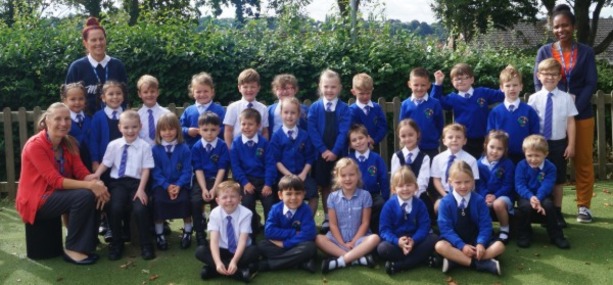
ACADEMIC YEAR 2020-21
Panda’s Sketching
Linking with our Geography topic and learning about animals native to China, Class 3 enjoyed sketching Giant Panda’s in their Art sketch books.
The Great Fire of London
To conclude our History unit we re-enacted ‘The Great Fire of London.’ We spent an afternoon making 3D houses using boxes. We made one side of the box look like a Tudor house with timbers and the other side look like a brick house. We chose some narrators to retell the recount of what happened on 2nd September 1666. We put the houses close together to make ‘Pudding Lane’ and then re-enacted the fire & smoke spreading down the lane by using red and black fabric. We loved retelling the recount through drama as it really made it come to life! We recapped all we had learnt through this unit and amazed our teachers by how much knowledge we had gained.
30th Anniversary
We celebrated Huish’ 30th Anniversary with the rest of the school by painting pebbles to contribute towards a whole school display. We made anniversary cards with Huish school on them and arranged them in a big 30 on our KS1 playground. It was really interesting watching a powerpoint all about the school being built. We could even pick out our classroom from the old pictures!
Art inspired by Andy Goldsworthy
We spent time exploring the work of Andy Goldsworthy.
We created our own sculptures using natural materials.
China
Some photos of our chopsticks fun for our China topic!
Money
Today we introduced money and coins. We initially discussed why money is important. The children then had time to spot any similarities or differences in their coins. They noticed that they were different colours, shapes and had different numbers on them. The children then sorted the coins into their colours.
Next, the children sorted the coins by shape. They had lots of fun exploring coins practically. By the end of the lesson, the children were able to confidently recognise 1p coins, 2p coins, 5p coins, 10p coins and 20p and were familiar with 50p coins, £1 and £2 coins.
The Great Fire of London
We have been learning about ‘The Great Fire of London.’
We attempted drawing houses from 1666 using Purple Mash on the ipads.
Health and Relationships: Life Bus
Year 1 were very excited to invite Helen and Harold the giraffe from the life but into their classrooms to talk about having a healthy body and healthy mind. We discussed the importance of sleep, food, exercise, water and oxygen. Harold talked to us about connecting with our friends and family and always being thoughtful and kind.
Fractions and 2D shape
Today in maths we practiced cutting 2D shapes into halves and quarters. When we had completed this successfully we swapped fractions of our shapes with our friends and then attempted creating a picture using the different shape parts we had collected. We were really pleased with our results and how creative everyone was!
Handa’s Surprise!
As part of our English unit exploring stories from a different culture, we have been sharing the book “Handa’s Surprise.” Focusing on our speaking and listening, we had a class debate! We discussed why the animals had taken the fruit. Is it wrong to take things without asking? What if there is a really good reason? We made a ‘decision alley’ and listened to the other side’s reasoning. We then had a chance to change our minds. We listened very carefully, had a good think then made our final decision. It was a very fun English lesson!
Quick Maths Stars
Well done to the children who moved up a card in Quick Maths this week. You should be super proud of yourself!
The Star of David
We have been thinking Judaism. We spent time learning about how the ‘Star of David’ is the symbol of Judaism. The star is named after Kind David of Ancient Israel. We listened to the bible story of ‘David and Goliath’ and learnt how David conquered Goliath. The ‘Star of David’ can often be seen in windows in synagogues. We attempted creating our own stars using paper, scissors and glue!
Dispersing Seeds
Today we thought about seed dispersal.
We talked about how at home some of us have planted seeds in our garden centre. We talked about blowing dandelion seeds and how the wind can sometimes disperse seeds. We thought about plants that have pods full of seeds. Sometimes plants burst and this is a way of seeds dispersing. This happens in poppy fields. We thought about plants at Ninesprings and how some seeds might be carried by water to new places to grow. There are so many ways seeds can be dispersed and some plants may just drop their seeds when their fruits get heavy. We talked about apples dropping off of the trees in Autumn and sometimes those apples rotting and the seeds being dispersed in this way. Seeds are dispersed in amazingly different ways so the next generation of flowers can flourish!
Equal Groups
In Maths this week, we have been learning how to share equally in groups. We worked practically to make groups of 2, 5 and 10. Firstly, the teacher shared 10 objects between 2 people at the front of the class. We discovered that 10 objects shared equally between 2 people is 5, meaning each person received 5 objects each.
Next, we used the compare bears to show how many groups there were. We then shared the cubes equally between the bears. We repeated the phrase “one for you… one for you” to help us share the cubes between the bears equally.
Then we wrote a number sentence. We discovered that 2 + 2 + 2 + 2 + 2 = 10 and 5 + 5 = 10.
We found it tricky at first, but by the end of the lesson we found that sharing equally can be useful and easy!
Computing…
This term we are learning about animation.
We learnt that an animation is a moving image. To help us understand what animation is, we made thaumatropes. We also recognised that there are lots of different ways to make thaumatropes and thought about different animated movies to help with our understanding.
Pegs to Paper - Arrays
Today in maths we used ‘Pegs to Paper’ to make arrays. This really helped us consolidate our understanding of what makes an array.
We recalled how each column and row has to be of equal length.
We tried arranging 8 cubes in different arrays and then following the teacher’s instructions to make arrays with a set number of columns and rows.
We used the positional language left and right and our knowledge of counting in 2’s, 5’s and 10s to help us.
Science in the sunshine!
Class 3 enjoyed a practical Science lesson learning about the different parts of a plant. To help understand what each part of a plant does we went outside and came up with actions for the root, stem, leaves and flowers. It was lots of fun and hopefully has helped us understand the role of each part of a plant.
- Quick Maths Champions –
Well done to all the children who have moved up a quick maths card this week… You have all been working really hard!
Fun with our friends
Class 3 have enjoyed using the outdoor classroom in the sunshine and precious time back with friends.
Number Facts
Today in Maths we revisited our basic skills.
We began by counting in 5’s and recording the number pattern on our mini whiteboards.
We then used part-part-whole models and dienes.to practice making number bonds to 10. We were able to record our number bonds systematically on our whiteboards.
To conclude our basic skills revision we attempted writing a fact family of 4 number sentences to match our part-part-whole model. We remembered that when we ‘take away’ the ‘whole’ number always goes at the beginning and we take away a ‘part.’
Arrays
In Maths this week, we have been learning about ‘Arrays’. We worked practically to make arrays using egg boxes and counters. We discovered to make an array each column and row has to be of equal length. We attempted writing number sentences on our mini whiteboards to describe the arrays we had made.
Arrays can really make counting objects easy! It helps we know how to count in 2’s 5’s and 10’s! We are also making great use of our double facts!
World Down Syndrome Day – Odd socks at school!
Class 3 loved taking part in World Down Syndrome Day, wearing odd socks to school!
As well as this they all took part in the Cha Cha Slide… What a fun day to end the Spring term!
Easter Egg Hunt
We enjoyed a fun morning hunting around the KS1 playground for mini Easter eggs!
We were all very excited to find two eggs each! Thank you to the Easter Bunny! ?
Math – Position (Turns)
In Maths this week we have been thinking about ‘Position.’
We began by thinking about left and right and sang songs to help us remember our right from our left!
We then went out onto the playground to help us understand ‘turns.’ We learnt lots of new words including - Full turns, half turns and quarter turns. We practised using these by instructing our partners to perform a turn that we described.
Next we had a go using some cut out shapes to show a full turn and half turn. Some things ended up upside down but we learnt a lot from our work on position this week ?
Science – Seasonal Change
Class 3 have been thinking about the arrival of Spring! We have been enjoying the fine weather and noticing how nature is changing everywhere we look. We looked around the school for buds on trees and talked about how blossom usually follows. We looked at some photos of trees up in Sydney Gardens and saw the beautiful pink and white flowers that had already come out. We then attempted some finger painting of tree with blossom on it.
Easter Story
We discussed we already knew about the Easter story. We watched a video and shared our thoughts about what we had seen and heard. We tried to sequence pictures to retell the story.
We then linked Easter with new life, blossom, eggs and yes, Easter eggs!
Class 3 Red Nose Day!
What fun we had when we were allowed to wear our own choice of clothes for Red Nose Day!
Class 3 you look very colorful!
Observations Drawings of Plants
We enjoyed studying a range of plants and talking about the different parts that make up a plant. We discussed the flower, stem and leaf of an Amarylis, Daffodil Rose and Primula. We then set about using our skills of observation to draw the plants as accurately as we could.
Seeds Continued
Cress seeds planting….
We planted cress and created an investigation to find out “ Do Cress seeds grow more quickly in the dark or in the light?”
We watered our cress every day and kept a cress diary. We are looking forward to seeing them grow.
We put some cress in the teachers cupboard so it is starved of daylight. We came up with lots of predictions about what might happen and now we can’t wait to see if we were right!
Seeds
We had lots of questions to ask about our new Science topic ‘Plants.’
We studied some bulbs. We thought about the parts that grow from the bulb and identified the roots and shoots.
We began thinking about big questions like ‘Do bigger seeds grow into bigger plants?”
Do bigger seeds grow into bigger plants? There were our initial thoughts…
We ordered a selection of seeds from smallest to largest.
Once we had spent time sorting the seeds and matching the seeds to the plants they produce we quickly realised bigger seeds may not produce bigger plants!
The sunflower seed was really small, yet it could grow into a very tall sunflower.
The barley seed was the smallest seed, yet the Barley plant could also grow considerably tall.
The chickpea seed was quite big yet the plant it grew into wasn’t as big as some of the others we looked at.
We changed our thinking quite a lot during this lesson and enjoyed being curious about seeds and the plants they produce.
Science Week
As part of Science week we have been thinking about ways to use our Scientific skills as ‘Super sorters.’
We spent time sorting a collecting of leaves.
We found many different ways to group them including sorting them by colour, shape, pattern and texture.
The joy of writing letters…
Class 3 have enjoyed writing letters to their friends as part of their English work this week.
What would you like to be when you grow up?
Class 3 have been thinking about their future hopes and dreams. Here are a few of our fantastic ideas!
Class 3 Storywriting
This week as part of our Home learning we have been thinking about Non Fiction. We have been finding out lots about squirrels and learning some new facts! We then had a go at creating our own stories and have been creative in coming up with our own characters and storyline. We hope you enjoy reading them!
International Day
Home Learning Fun
Class 3 have been working really hard on their home learning. Here is a selection of some the fantastic things they have been doing!
From story mapping ‘The Magic Porridge Pot’ to baking Anzac biscuits for Australia day.
Well done Class 3!
You have all been fantastic this week! We’ve had fun learning about our senses in Science. Retold the story of The Magic Porridge Pot. Learnt lots about Inuits and the special clothes they wear to keep warm whilst also fitting in lots of quick maths and subtraction work! Wow! Two members of Class 3 also had their birthdays at home. We loved sharing photos of your cakes! Well done Class 3… another great week of Home learning!
Home learning – Staying Safe!
Year 1 have been thinking about keeping safe. Now more than ever it's important to keep yourself safe as well as others. The children designed and created posters to show how to keep safe during lockdown. What a fantastic job they all did! Back in school we will use these as perfect reminders to wash your hands and keep safe in and around the classroom! Well done everyone!
Christmas Party
What a fun day we have had at school! We came dressed in our party clothes and spent part of our morning making Christmas crowns.
After lunch we enjoyed lots of party games, singing, dancing and having lots of fun together. We ended our party with a little treat when we discovered Father Christmas had been and delivered us all a present! We put them in our bags to take home but were really excited about opening them!
Shape Santa’s
We have been thinking about shapes and decided to make Santa from a small triangle of red card.
We had fun cutting a cake case in half to create his face and adding a bobble for his hat and nose.
All our Santa’s looked very individual and super smiley at the end!
Christmas Performance
We were disappointed that we couldn’t invite our parents to school to watch a Christmas performance this year, so we decided to make a video for them all to watch at home instead. We have been practising our songs for a few weeks, and we enjoyed wearing our sparkly headdresses for our performance. All of us in class 3 would like to wish our family and friends a very merry Christmas.
Printing wrapping paper
We had fun printing holly leaves, snowmen, bells and angels onto sugar paper as part of our Christmas craft week.
We worked in pairs to make 2 sheets of individually deigned wrapping paper to wrap our gifts to take home to our families.
We were very pleased with the results and had a lot of fun in the process!
Christmas Jumper Day
Class 3 loved wearing their Christmas jumpers on Friday!
We are all now really feeling in the Christmas spirit!
The Christmas story
We talked about what we already knew about the Christmas story. Where was Jesus born? Why was he born in a stable?
We shared the Christmas story and sequenced pictures to show our understanding of it.
Christmas Lunch
What food do people enjoy as part of Christmas celebrations?
We talked about Christmas and the reasons many people celebrate with their family and friends. Food is often an important part of celebrations and we shared ideas about what we all eat on Christmas day.
In school we enjoyed a Christmas dinner whilst listening to Christmas songs. We loved sharing crackers and telling jokes nearly as much as the food itself! It was a very sociable time and we all enjoyed being together eating our special meal.
Transparent, Translucent, Opaque.
The children were introduced to the new vocabulary of transparent, translucent and opaque. They discussed the differences between the three, and how we can tell which category an object is in.
(You can see clearly through a transparent object, you can’t see much through a translucent object and you can’t see through an opaque object at all).
We then sat in a circle and each child selected an object and decided whether it was transparent, translucent or opaque, and then explained the reasons for their decision. Afterwards there was lots of discussion about our water bottles and how some were transparent and others opaque. We will keep using these new words so we don’t forget them!
Our Lockdown Birthday’s.
Due to the beginning of our year in Year 1 being so different with the 2nd lockdown we decided to celebrate our classes birthdays with a celebration in school. We spent part of our morning making birthday crowns and then after lunch moved all our desks back to make room for dancing and having fun! We played musical statues and did lots of action dances before calming down with a game of sleeping lions. It was lovely that we all got to be together celebrating… even if some of the birthdays were a little while ago!
Quick Maths
Well done to all the children who completed their quick maths this week getting all the questions correct and moving up a card.
You should all be very proud of yourselves!
Computing
We started working with a new programme today – 2Count.
We made a tally of our favourite fruits and then input the data into a pictogram. The pictogram allows us to clearly see that for class 3, strawberries were the most popular fruit.
What are our houses made from?
The children went on a materials walk around the school. They stopped at different points and discussed what they could see and what materials the buildings might be made from. Why have those materials been used? Why are windows made of glass? Why are the edges of the windows a different material? What are the roofs made from? Are all houses made from the same materials? Can you remember what properties glass has?
Dice subtraction
In maths we played a game today. We all started with a stick of 10 cubes. We rolled the dice and took away the number of cubes we rolled on our dice.
We had to record this on mini whiteboard in a simple number sentence. E.g. 10 – 3 = 7.
Our partner then had a turn and did the same.
The first person to 0 was the winner. We had lots of fun and used lots of mathematical language such as …less, fewer, more , greater, take away, subtract, total.
Computing
To help us understand why we need to stay safe online, we listened to the story of Smartie the penguin and learnt the song. Using Purple Mash, we created our own pictures of Smartie.
Pirate Maps
Class 3 enjoyed learning about co-ordinates during their work on maps in Geography.
They concluded their lesson making pirate maps, using symbols to mark where the treasure was!
Science - Properties of materials
In Science today we played a game using a feely bag and described different objects and their properties. We used words like rough, smooth, hard, soft, bendy, ridged, spikey. We then worked in pairs to make an owl collage using different materials. We tried describing our collage using all the new descriptive words we had learnt.
Maths Week
We have had a busy week in Class 3 doing lots of maths investigations as part of ‘England Maths week.’
We begun the week thinking about triangles….We thought about what makes a triangle and came up with some key facts. We looked at lots of different triangles and thought about how they were similar and what made them different. We had fun trying to construct our own triangle using rods and lollipop sticks.
We were set a challenge to look at a shape constructed of many triangles and work out how many triangles there were in total. We all had very different answers!
-------------------------------------------------------------------------------------------------------------------------------------------
Later in the week we learnt how to tally!
We listened to the story of ‘The Hungry Caterpillar’ then thought about ways of finding an answer to our problem.
“How many pieces of fruit did the caterpillar eat altogether?”
We talked about the word ‘data’ and how we could record all the fruits he ate easily so we could find the total.
---------------------------------------------------------------------------------------------------------------------------------------------------------
Finally we investigated different ways of dressing teddy using only three different colours.
We were introduced to a Royal teddy bear who only likes wearing 3 colours for his outfits. Red, White and Blue.
“How many different outfits can you make for bear ?”
We were asked not to make any outfits the same but to think about colour choices for his T-shirt, shorts and shoes. We had to remember bear only liked wearing red, white or blue and had to think carefully about our choices.
To help us we used stacks of cubes to represent the 3 items of clothing bear wears. We discovered there were many different possibilities for swapping the colours of his T-shirt, shorts and shoes around.
As we only had a limited supply of red, blue and white cubes some of us were given 3 different colours to work with. We still worked to the same rules of only using 3 colours and making each outfit different.
Our cube towers helped lots as we began to see how we could arrange them systematically and work out more and more possibilities!
EARTH DAY - NOVEMBER 2020
We have been thinking about the world we live in and the way we can care for it. As humans we have a duty to look after the natural world around us. If we are not careful some plants and creatures could become extinct.
We will be the adults of the future and it will be our job to protect our planets plants and wildlife.
We spent a day thinking about how our planet might change if we are not careful. Imagine a world without trees!
We watched ‘The Lorax’ which showed us how different the world could be if there were no trees. We made a promise to always care for our planet and try to make good choices.
We were inspired to create some of our own trees in a variety of media.
Map Symbols
Today we learnt all about map symbols. We had lots of fun looking at a map of Yeovil town centre and locating where the churches, schools, and post offices were. We learnt how to find a toilet on a map and then had lots of fun creating our own maps with toilets, camp sites, castles and parking! It was really interesting to learn how much a map can tell you and how useful they can be. We feel we really developed our directional vocabulary trying to explain where things were to our friends
Materials
Our new topic in Science is ‘Materials’
We passed around a variety of materials including foam, plastic, cotton, wool, glass, metal and wood. We discussed how the different materials felt and used words to describe them. What are the materials used for? The class then decided how to group the various objects e.g. hard and soft, bendy and rigid, lumpy or smooth. We thought about why things are made from certain materials and the properties of these.
Subtraction
We have been learning about Subtraction. We talked about what subtraction might mean. When we subtract do the numbers get bigger or smaller?
We made up number stories about Pirates to help us understand the process of taking away. Some of us had to walk the plank in our Subtraction stories!
We learnt that when we subtract the numbers get smaller. We recapped other words related to ‘taking away’. Fewer, less, count back… and then attempted writing subtraction number sentences on our mini whiteboards.
In subtraction the biggest number always comes first.
Art Week
We have learnt lots about an artist called Wassily Kandinsky. He was born in Russia in 1866. Kandinsky thought a lot about colours and believed colours can make people happy. We learnt about the primary colours and how to make secondary colours from these. We then talked about ‘warm’ and ‘cold’ colours and how they made us feel.
We focussed on creating circles out of different materials including crystals, counters, coloured paper and finger painting. We then turned these into flowers, snails, class hearts, crowns and Kandinsky trees. We enjoyed our time being creative!
PSHE
Today in PSHE, we listened to the book “The problem with problems.” We shared our problems and talked about ways of solving them. We did some lovely illustrations too!
Why do Pine Cones open and close?
We have been looking closely at a collection of Pine cones.
We began by sorting them into groups based on their size,
then whether they were open or closed.
Why do Pine cones open and close?
We used magnifying glasses to look closely at 2 different cones.
A spruce cone and a pine cone. We noticed lots of things about them.
We used our Scientific skills of ‘looking closely’ and ‘observing over time’ to see what happened when we placed a pine cone in cold water.
Would the seeds wash out?
We discovered…when warm and dry the pine cones open to release the cone’s seeds.
We were able to pull some
When it is cold or damp, the scales close up.
We made observational drawings of our pine cones.
SCIENCE – Autumn is here!
We have been thinking about Seasonal change.
Today we went out to look for the signs of Autumn around school. We thought lots about how trees were changing.
There were lots of different coloured leaves and we talked about deciduous trees shredding their leaves annually at this time of year.
We thought about the weather and how it is beginning to get colder with less sunshine in the skies.
We talked about the weather associated with Autumn and how the days are getting shorter with less daylight hours.
We then watched a BBC learning clip showing how animals adapt to the changing seasons. We learnt that earthworms have a leafy lunch at this time of year… munching their way through the carpet of leaves that fall to the ground.
We had lots of fun collecting leaves and creating our own birds and animals in the form of leaf art.
Fashion Show
At last, our long awaited Fashion Show Day arrived! Children and staff dressed up from one of the following eras, 1900s (Victorians) 1950s or 1970s. We carried out lots of fun activities and discussions throughout the day, including finding adjectives to describe the different clothes from each era, drawing, painting and looking at similarities and differences through the ages. After lunch, we practised walking up and down the catwalk to music from our chosen era. Finally, we filmed our fashion show for our parents and grandparents to watch at home. What a fun filled day!
Year 1 Fashion Show
Year 1 held their fantastic fashion show on Wednesday 30 September, and walked the catwalk with outfits from the 1900's, 1950's and 1970's.
More photos will follow shortly, but for now you can watch the video here.
Welcome to the Class 3 Blog.
On here we will try to keep you updated with what we have been doing in class and share some of the wonderful things your children produce.
Having only been back 2 weeks the children have done an amazing job of settling into their new class and year group, despite all the changes that this year has brought with it.
They have shown how grown up they are already in the way they have adapted to new routines and continue to amaze us every day!
This last fortnight we have loved sharing all the pick and mix homework your children completed over the summer as it has been the perfect springboard into our Autumn topic ‘The History of Clothes.’ Thank you for all the time you have given to assist your child with our new topic.
All children now have a reading book to bring home and we hope you enjoy sharing these.
Our Maths, so far, has been all about ordering numbers to 20. Counting backwards from 20-0 and thinking about ‘1 more and 1 less.’ We have been trying hard to learn what ‘fewer’ means.
We’ve also enjoyed our Computing lessons and using the Macbooks!
It’s certainly been a busy start in Year 1!
ACADEMIC YEAR 2019-2020
Home Learning
Home Learning - March
Acrostic Poets
Some of our Year 1 children entered a national Young Writers’ Acrostic Animal Adventures competition. Nationally, there were over 15,000 entries! We were delighted to hear that some of the poems had been chosen for publication in ‘My First Acrostic: Animal Adventures – Poetry Gems book! Well done everyone!
World Book Day
Class 3 had a fantastic World Book Day!
All the children dressed up as their favourite characters. We had Mr Tickle, Peter Rabbit, Mary Poppins, Anna, Harry Potter and many more. The children were introduced to a beautiful new book called ‘If all the world were…’ by Joseph Coelho. We can’t wait to meet him on the 16th of March!
Safer Internet Week
Y1 have been discussing how to stay safe online and what to do if worried when using the internet. We watched videos of Jessie and Friends and have also been practising our song ‘Be Responsible’ in preparation for our assembly performance.
Science - Animals Including Humans
As part of our science learning, we had some special visitors from Longleat today! They brought with them a collection of animals. We were able to learn lots of super facts and even got to touch/hold some animals – including pythons, stick insects and ferrets!
International Celebration Day - Africa
Class 3 enjoyed an action packed day learning all about the continent of Africa! We discussed the different landscapes, climates, people and animals. We also sketched and made giraffes and lions. To end our fun filled day, we enjoyed an African Dance Workshop!
History
Mrs Farmer very kindly visited Year 1 today with her wonderful collection of old bears. She talked about the materials they were made from, their special features and why they are so special to her. We compared Mrs Farmer’s bears to our own bears at home.
Toy Sleepover!
Children in year 1 brought in their toys for a sleepover. When we arrived in the morning the toys had been very naughty and made a big mess in the classroom!
We also lost Florence! So the children made posters to try and find her and went on a hunt visiting all the different classes to find her. Luckily we found her in Class 10.
English
To help us learn our new traditional tale, The Magic Porridge Pot, during our English lesson we ate some porridge! We stirred our delicious bowls saying the words,
“Cook, little pot, cook!” and
“Stop! Little pot, stop!”
Science
The children in year 1 have started a new topic in Science learning all about the human body and animals. This week they drew around one of their friends and then they labelled all the different body parts. Next they made puppet skeletons after we discussed how our bodies move and the different joints we have.
Christmas Entertainment
KS1 enjoyed a Christmas treat on the last Monday of term. We were entertained by Nutty Noah, who was very, very funny!
Helicopter Visit!
Despite the wet and windy weather, Huish children were very excited when a helicopter with Christmas elves landed on our playing field! Thank you Squadron 815!
A visit from Squadron 815
Year 1 enjoyed a visit from AJ who is a helicopter pilot at Yeovilton. We discussed different helicopters and AJ’s exciting job and rescue missions!
Gore Farm
As part of our Science curriculum on the changing seasons, Class 3 enjoyed a wonderful trip to Gore Farm. We walked to Trent Woodlands and spent the day looking for signs of autumn. We collected lots of beautiful autumnal leaves to make an autumn mobile. After lunch, we had a good run around then working in groups went on a mini beast hunt. Despite the cold, we were amazed to find 15 different species of mini beasts!
Arts Week
The last week of term was Art Week and the children in Class 3 have been learning about learning about the Russian abstract artist, Wassily Kandinsky. He believed bright, warm colours made people feel happy, and cool colours made people feel calm.
We carefully painted our Kandinsky circles, thoughtfully choosing contrasting colours. In addition to this, we painted Kandinsky snails and made our own Kandinsky crowns!
Reading Corner
Here we are using our lovely book corner! She had been working hard all day and was able to have some choosing time, where she chose to snuggle up in the book corner with a book called “Fairytale News” by “Colin and Jacqui Hawkins”.
History
This week, class 3 finished their History topic on Clothes. Their final task was to work in groups and design their own outfit using lots of different materials. They worked together creating lots of different shapes and patterns onto the bin liner. Each group made a hat or a crown and they looked fantastic. They also made accessorise for their outfits including fans, necklaces, belts and handbags. Once the children had made their outfits we went next door to Class 4 and shared our outfits.
Fashion Show
On Wednesday Class 3 dressed up for our fashion show. We had children from the 1900s, 1950s and the 1970s and they all looked fantastic.
Throughout the day we did lots of activities learning about the different eras making timelines, drawing and comparing our costumes and designing future outfits. At the end of our day we did our fashion show, where the children walked or danced up and down the cat walk showing off their outfits and they all were brilliant!
Ninesprings
Class 3 had a fantastic trip to Nine Springs. We learnt lots about mini beasts on our mini beast hunt. The children were really interested in the ladybirds and finding out about the larvae before they turn into ladybirds. We were very lucky and managed to catch lots of different bugs while ponding dipping including a water scorpion, pond skaters, leaches and the great diving beetle.
The children also had the opportunity to build their own dens. They were fantastic at this, as it was quite tricky to tie the the sticks together.
History
In history this week we have been looking at clothes from our past. We made a timeline from baby clothes right through to clothes we wear today.
Some children have been working hard at home making hats! Well done girls you have been thinking about our clothes topic in history carefully.
ACADEMIC YEAR 2018-2019
Carymoor Trip
Year 1 went to Carymoor this term looking at animals and plants. We made willow dragonflies, clay hedgehogs and seed planters from recycled materials. We also learnt about what a plant needs to grow and went on a mini beast hunt finding slow worms and glow worms.
Easter Story
In class 3 we have been learning about the Easter story. We have sequenced the events of Easter week and then looked at the symbols of Easter and their importance today. As part of this we made chocolate Easter nests that were delicious!
Merry Christmas Everyone!
This week we have been making lots of love Christmas crafts after all the hard work for the nativity. We also had our class Christmas party where we played games and ate some nice food.
I want to thank every parent for their support this term, through reading, homework and all our special days. I hope you and the children have a nice break and an enjoyable Christmas. Looking forward to 2019!
Christmas Lunch
Yesterday was the Huish Christmas Dinner. With some wonderful food, crackers, laughter and some cheerful Christmas music, everyone had a great time.
Christmas Nativity
Thank you to all that attended the Year 1 nativity this morning. The children have worked so hard and I hope you agree that all of it paid off and you enjoyed the performance. Here are a few photos from our dress rehearsal yesterday.
The Great Fire of Pudding Lane
As most of you know we have been studying the Great Fire of London this half term. We recently completed a mock up of Pudding Lane. The children worked in pairs to build a Tudor house, then with the help of class 4 we recreated Pudding Lane in the playground and ‘set it on fire’. With the damage done the children then rebuilt London under the king’s recommendations.
Weekly Spelling Homework
Welcome back everyone. I hope you had a nice break. This week we’ve decided to start giving your child weekly spellings. There will be 9 key words each week to memorise and this will be accompanied by little activity that will mirror what we do during the week,
If this could be returned every Friday so I can mark it and add the next week’s words, that would be great.
Gore Farm
Our Trip to Gore Farm started with a quick talk with Angela, our guide for the day. As you can see we sat on seats made from hay bails. She then took us down to the woods where we went on an autumn scavenger hunt, collecting anything we could find. We would later use these to make a mobile, which is now hung up outside our classroom.
After the hunt we then went looking for pipe cleaners, which had been hidden in the woods. We found the black, brown and green ones the hardest to find. Can you think why?
Then after lunch we made our mobile and collected leaves to make a display. We had a great day and the children were a real credit to Huish.
Homework for the Seasons
Last week your child came home with their homework project book for the term. This is linked to the Year 1 Science curriculum ‘Seasonal Changes’. Please help your child with any observations they make about what happens through the seasons. This may include the weather, day length, how plants and animals respond to changes and even changes to personal clothing or diet. A letter is attached to the inside of the booklet. Have fun!
I will let you know on the blog when it is due back.
Blog is up and Running
Sorry for the delay on getting this blog up and running.
I have been amazed at how well each child has settled in to Year 1 and coping with the workload and lack of ‘choosing time’. I also want to thank you for all the reading you are doing with your children. Even in this short time I am seeing improvements.
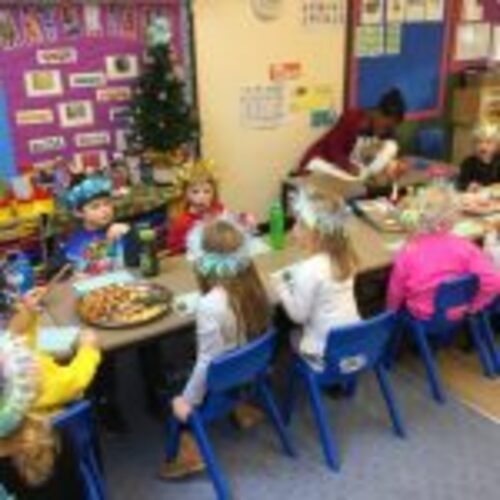
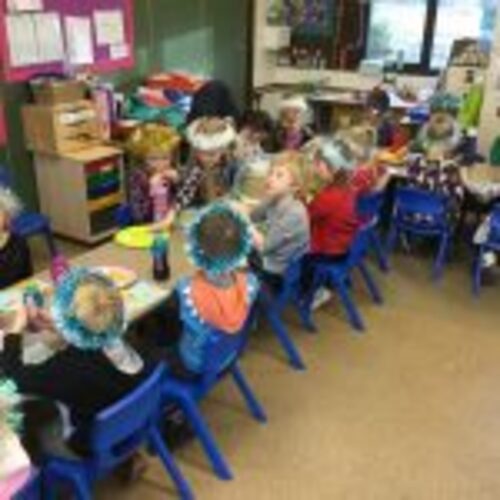
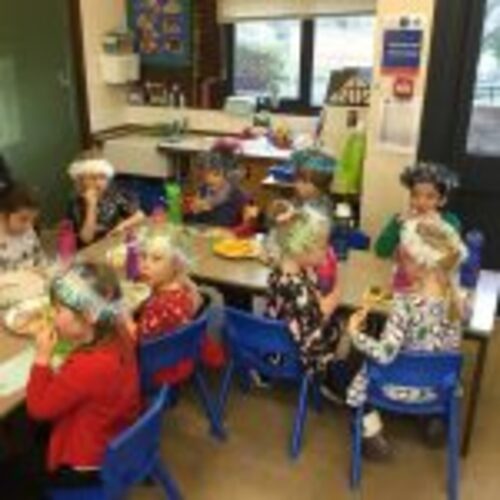
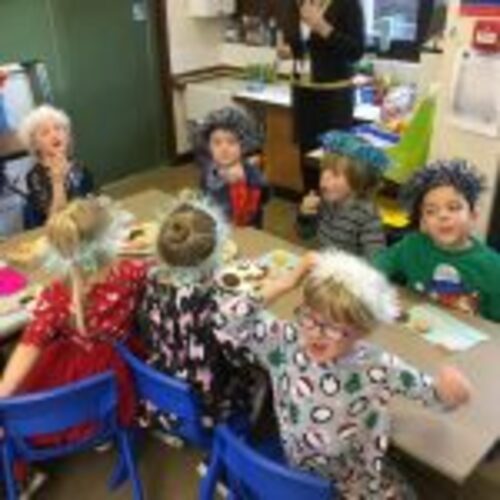
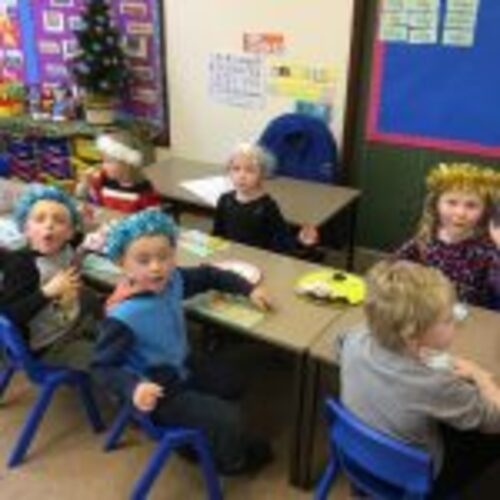
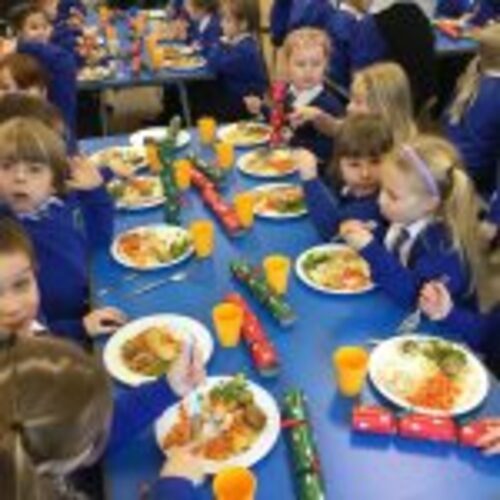
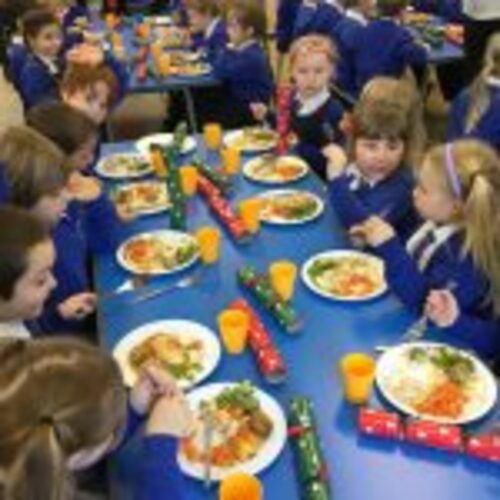
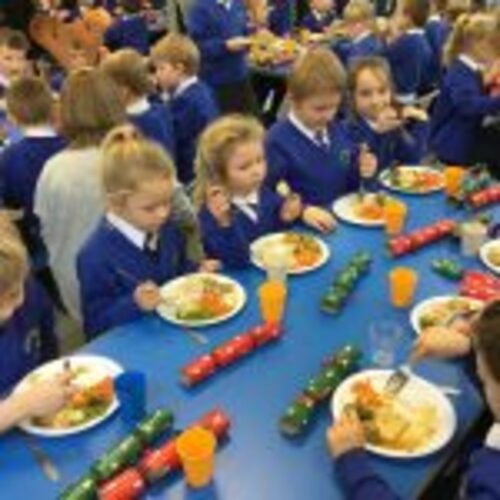
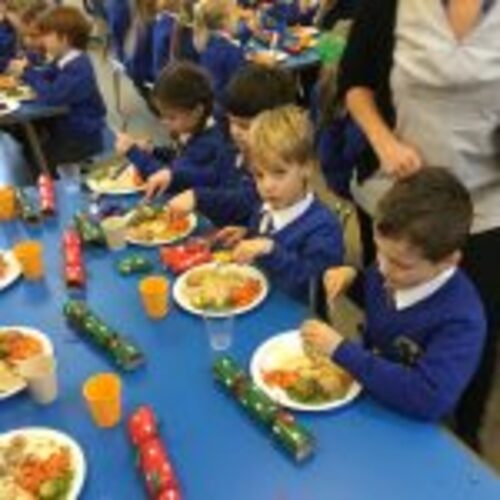
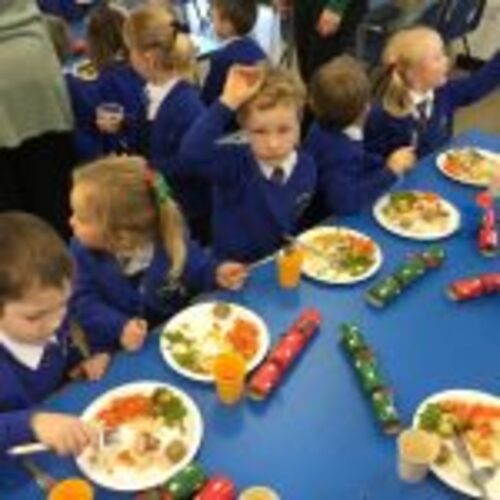

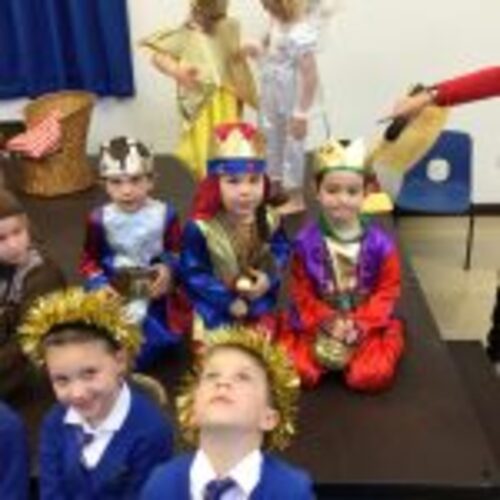
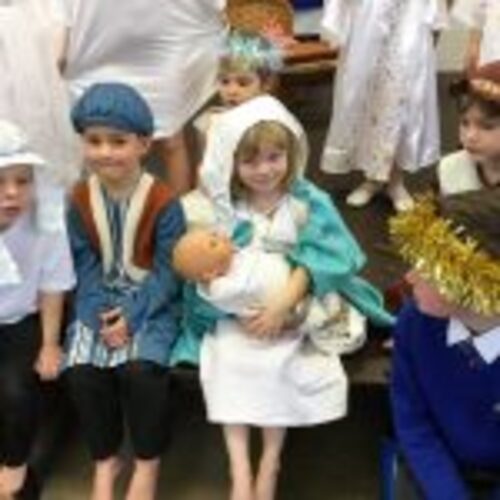
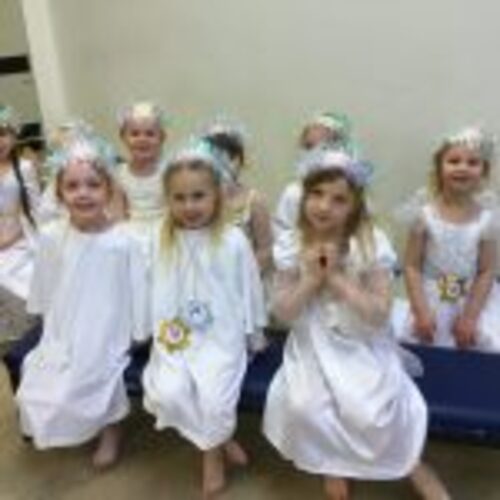
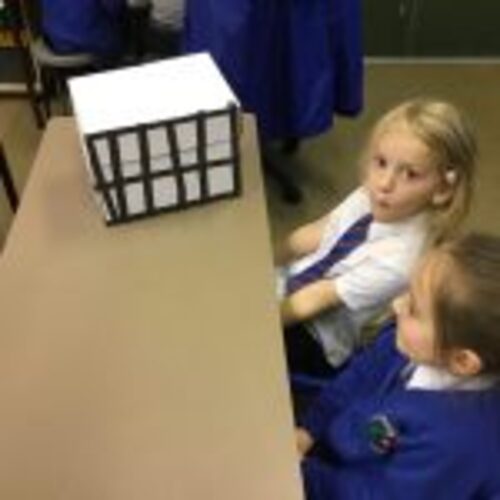
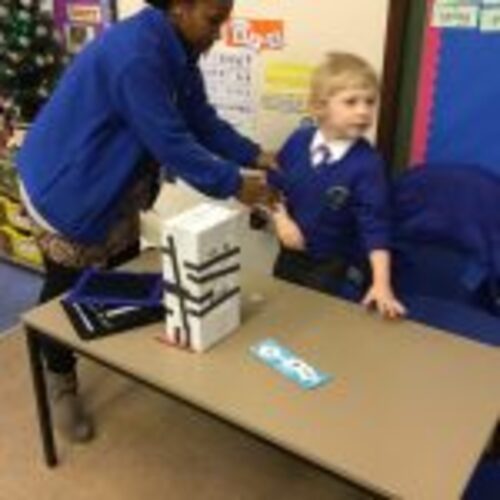
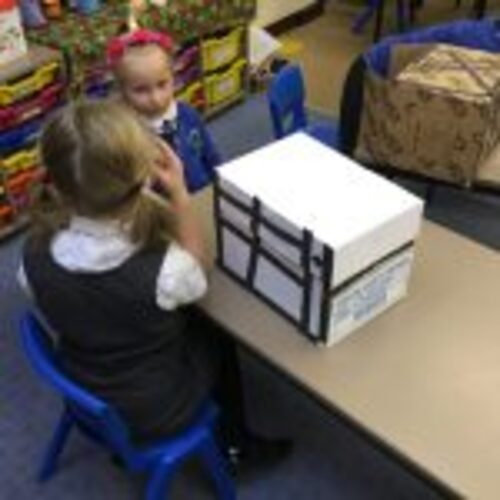
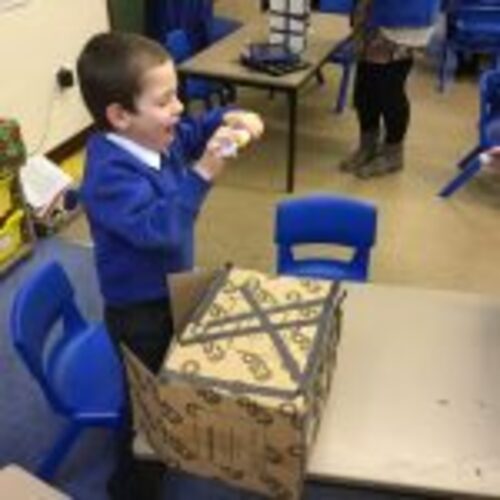
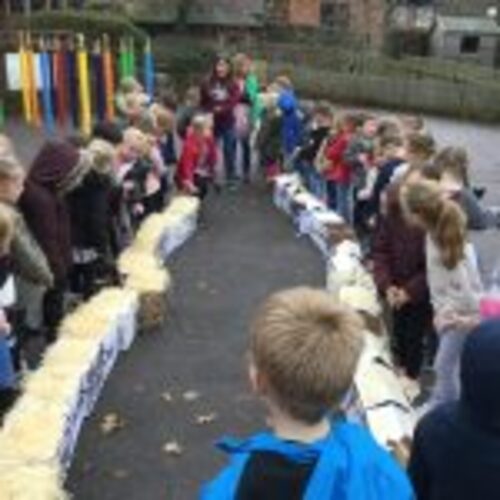
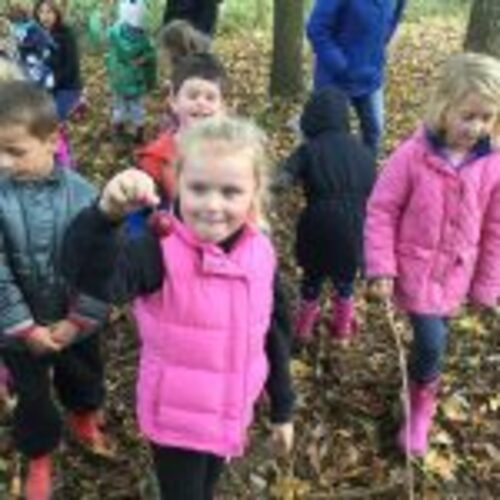
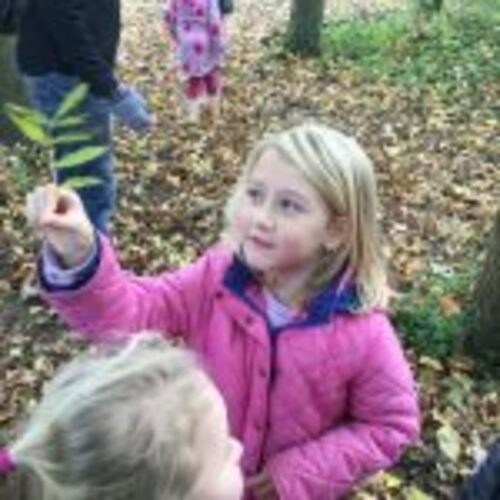
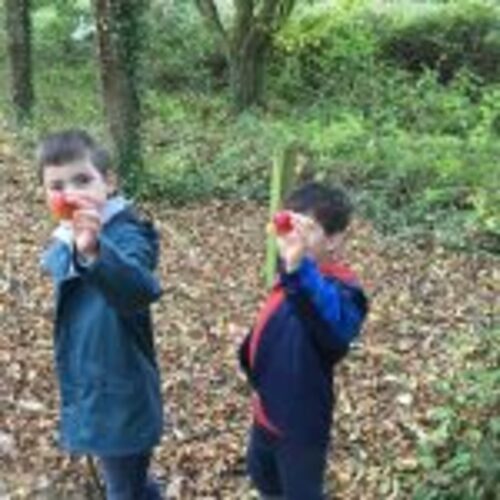
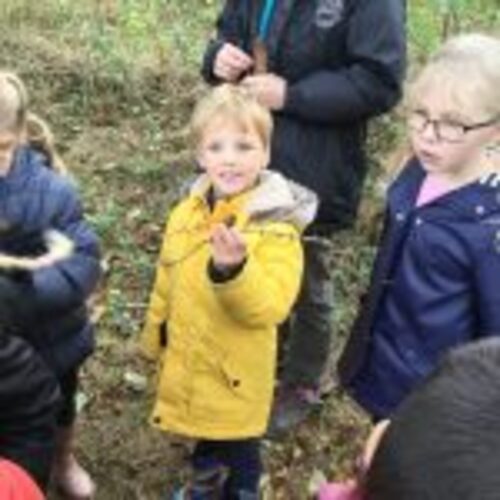
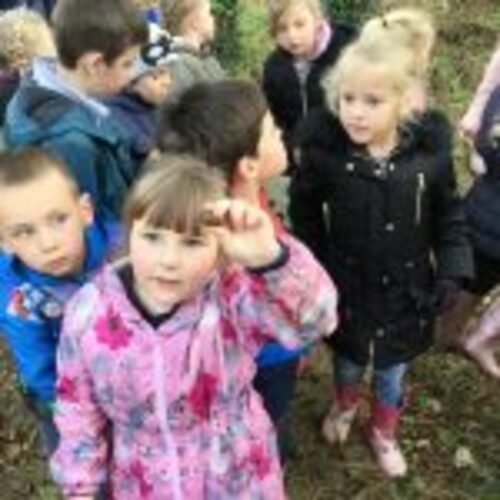
























































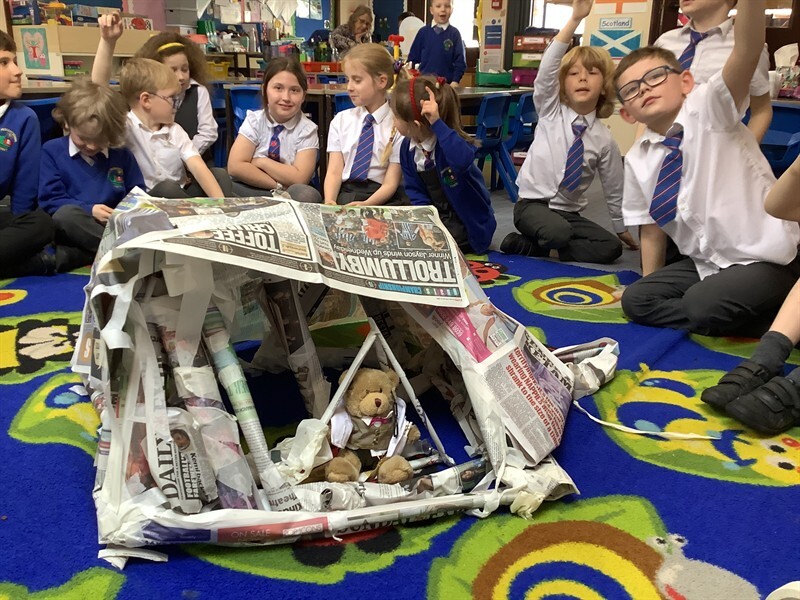





















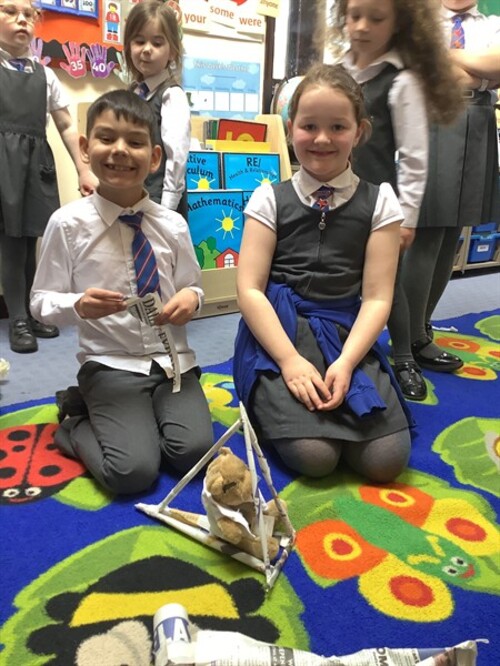

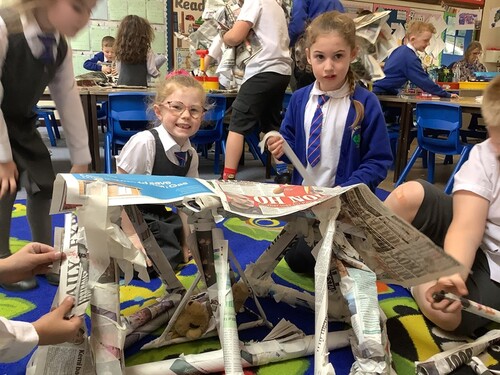




















































































































































































































































































































































































































































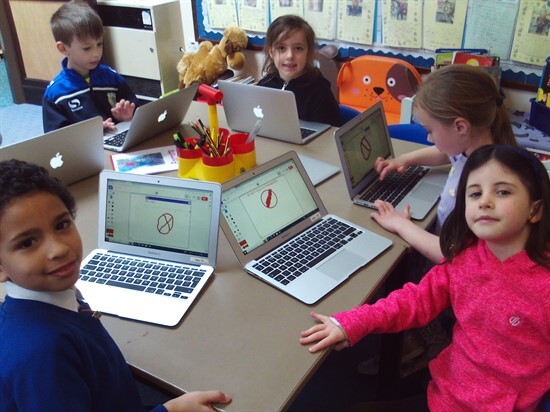
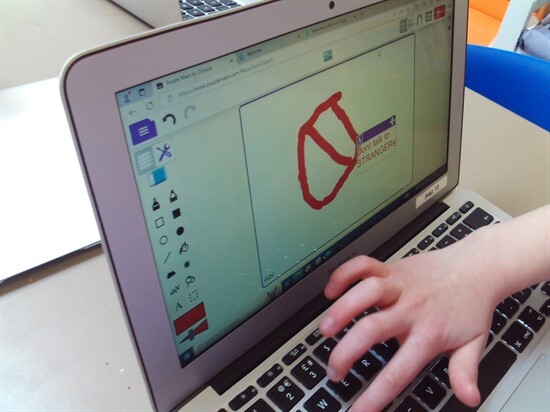


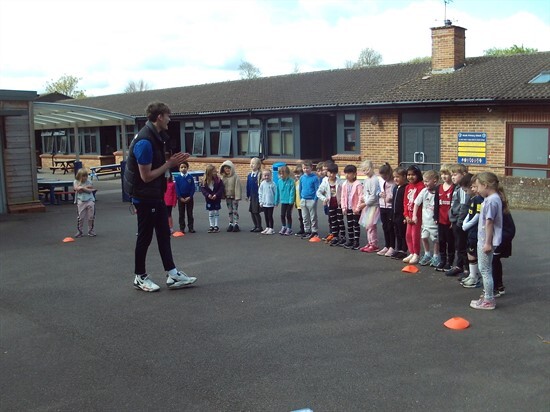
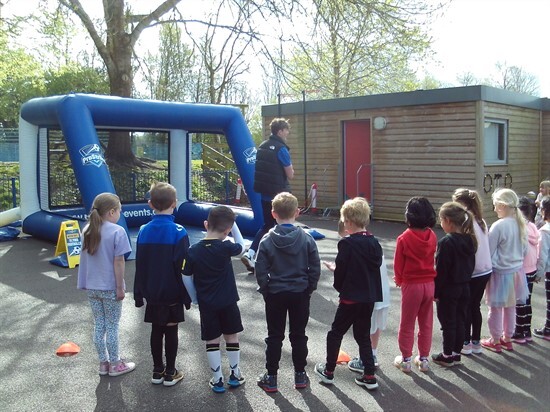


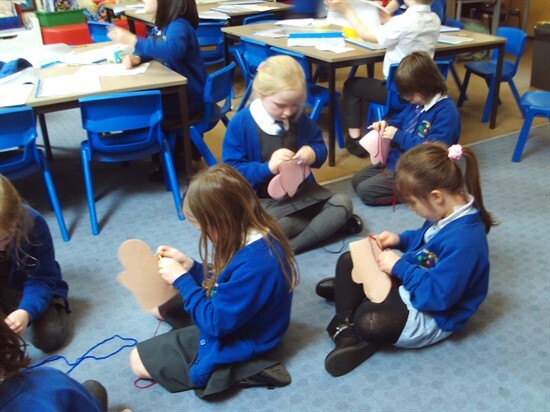
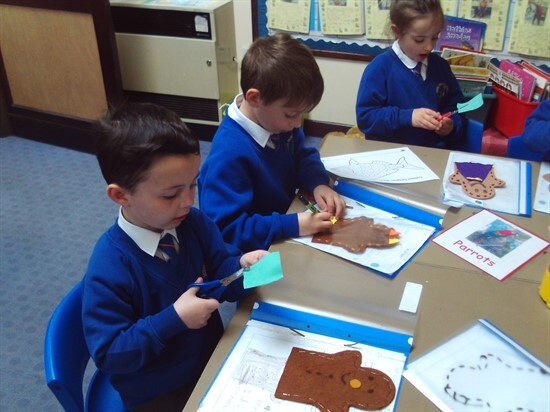
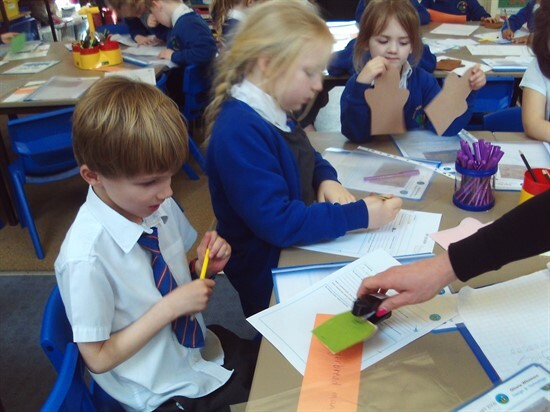





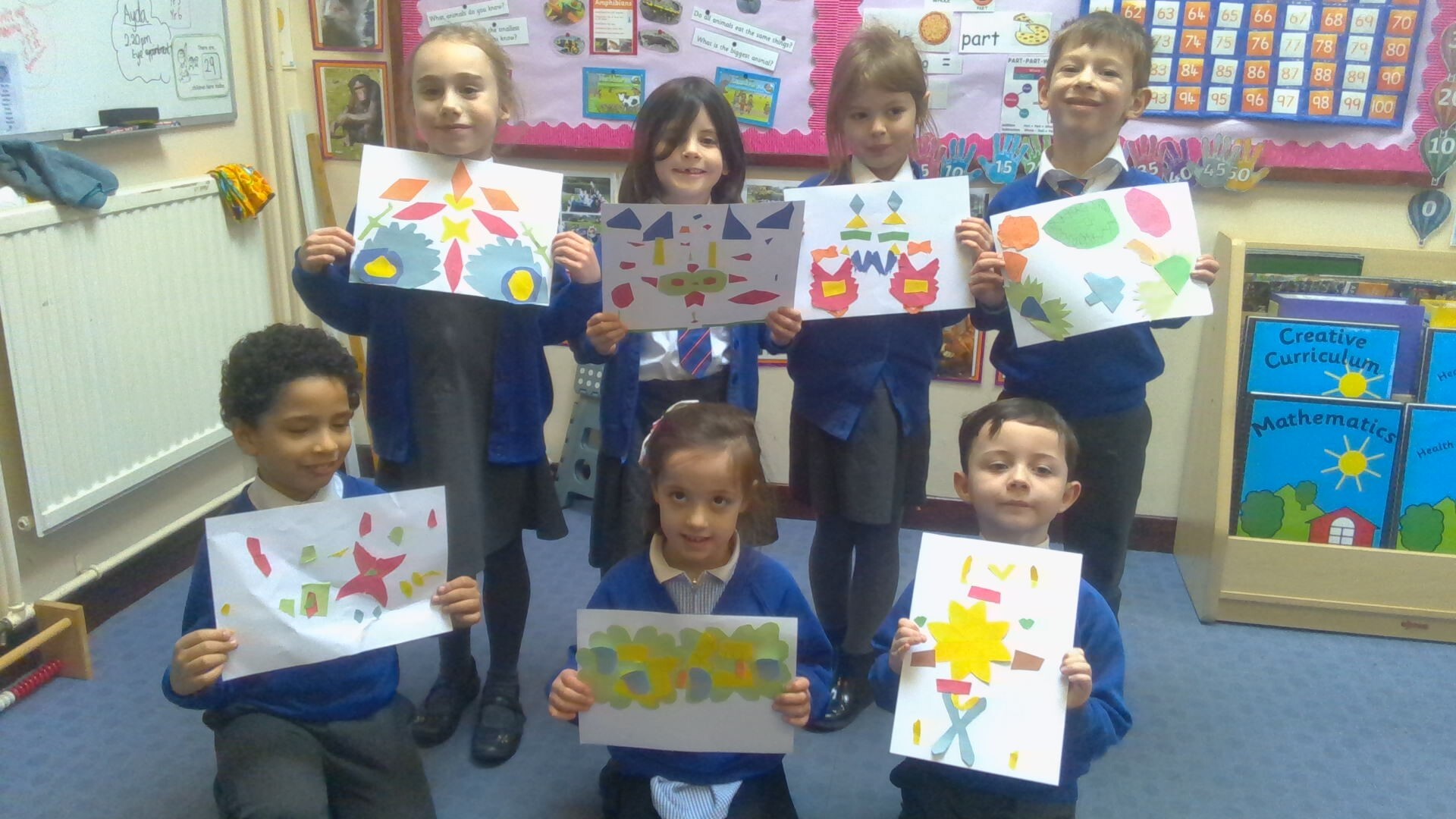
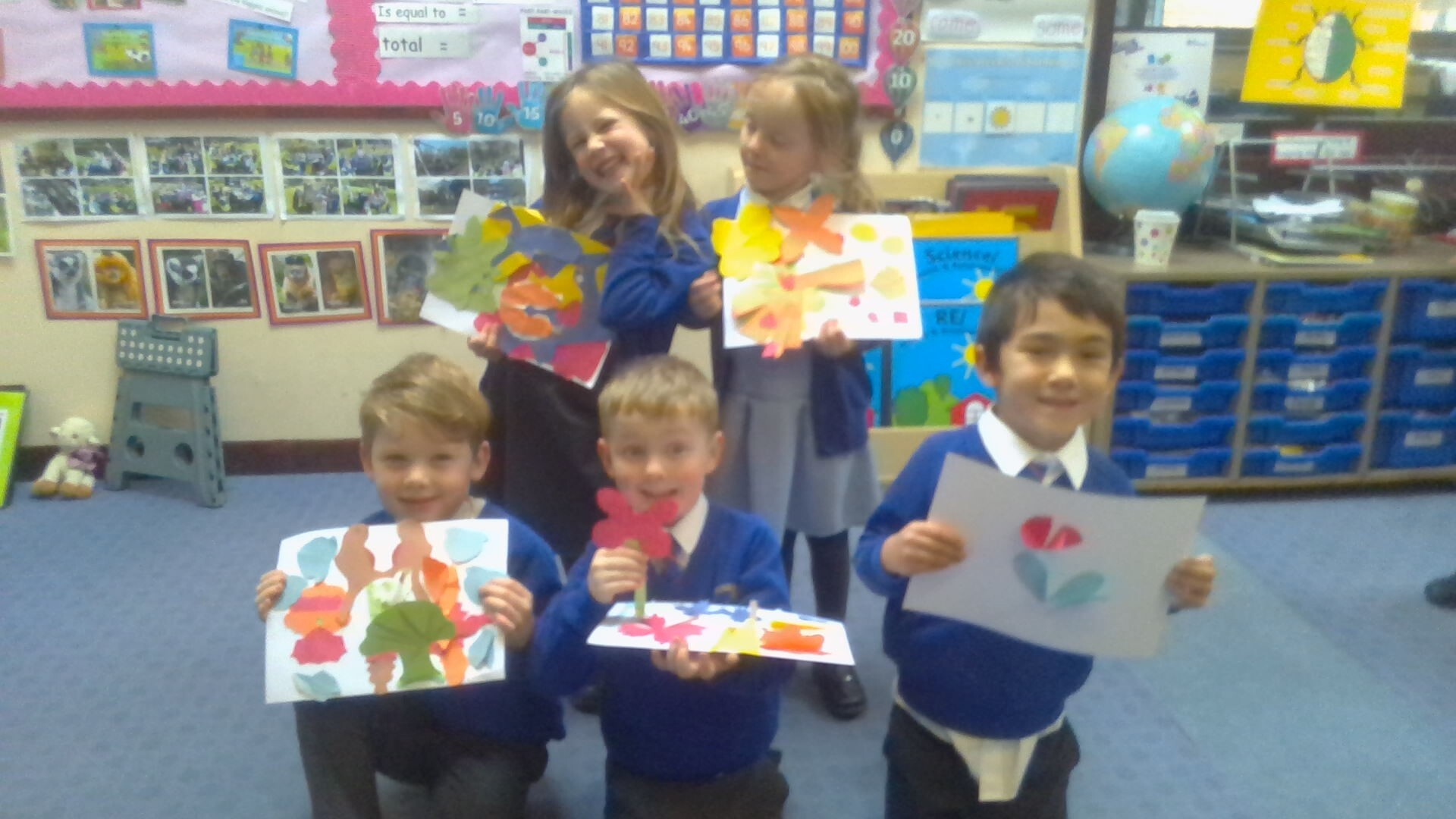
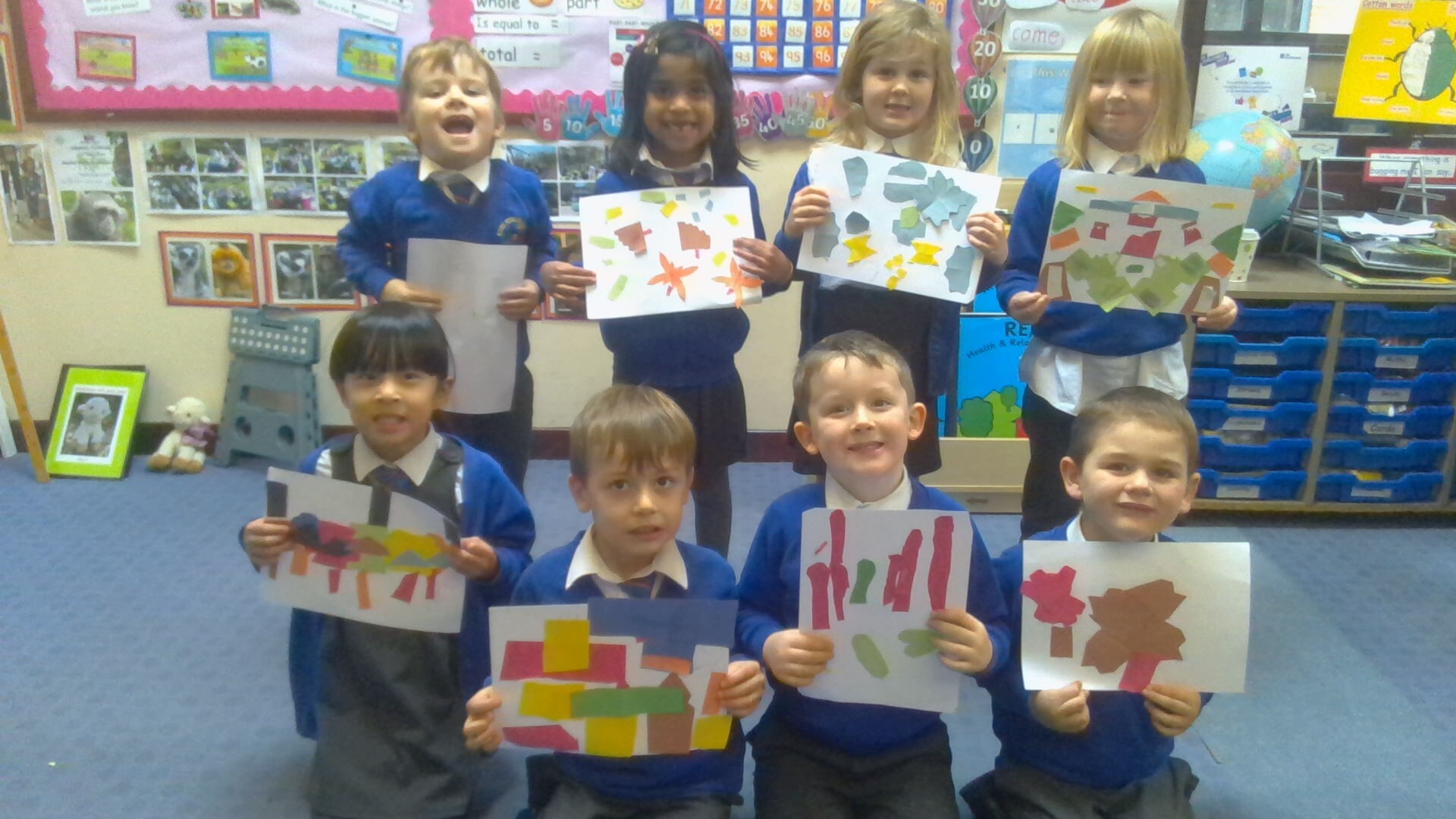
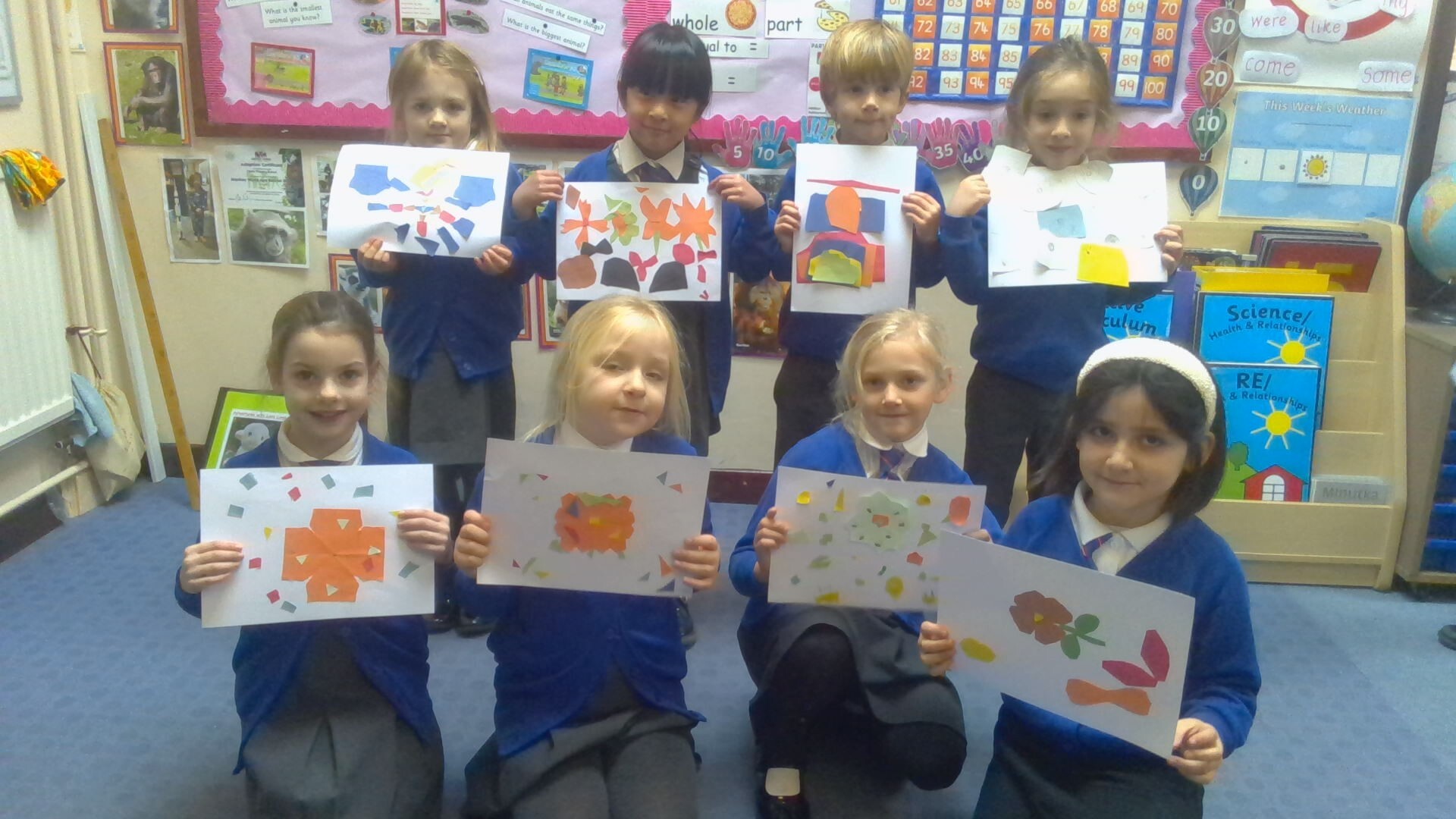




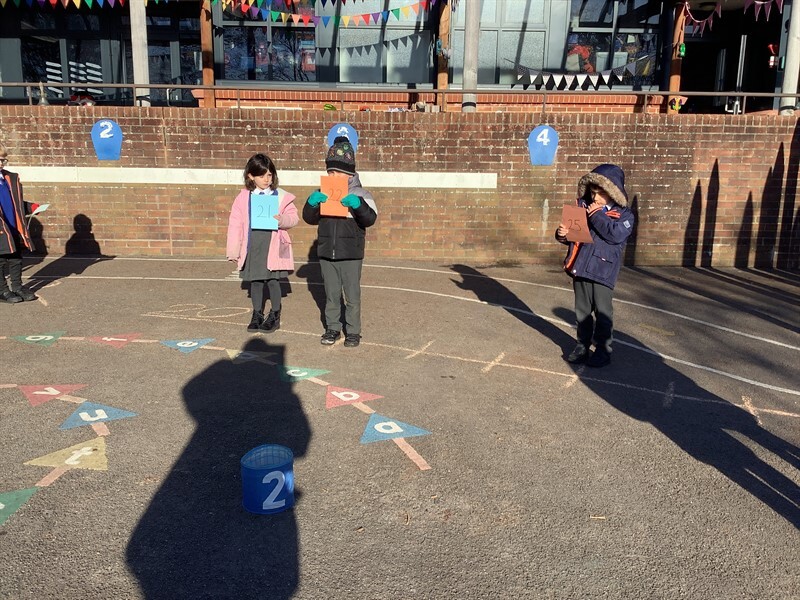
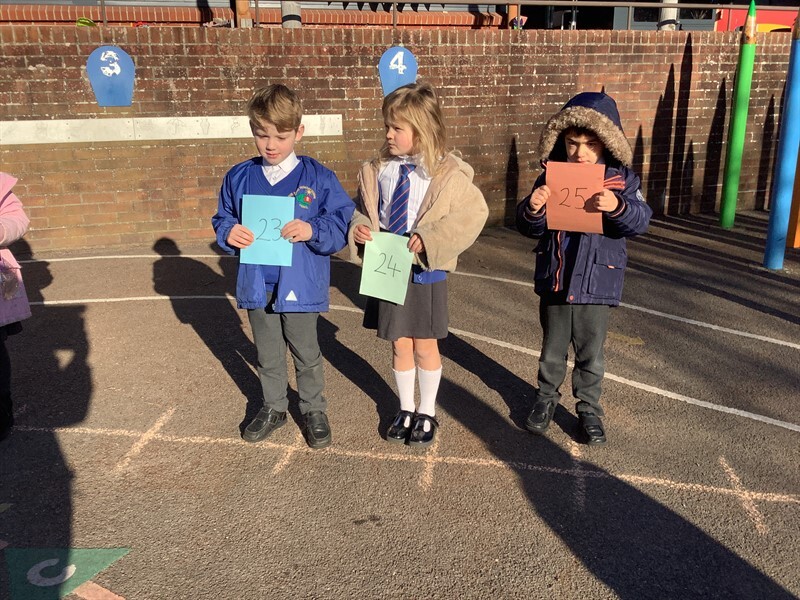
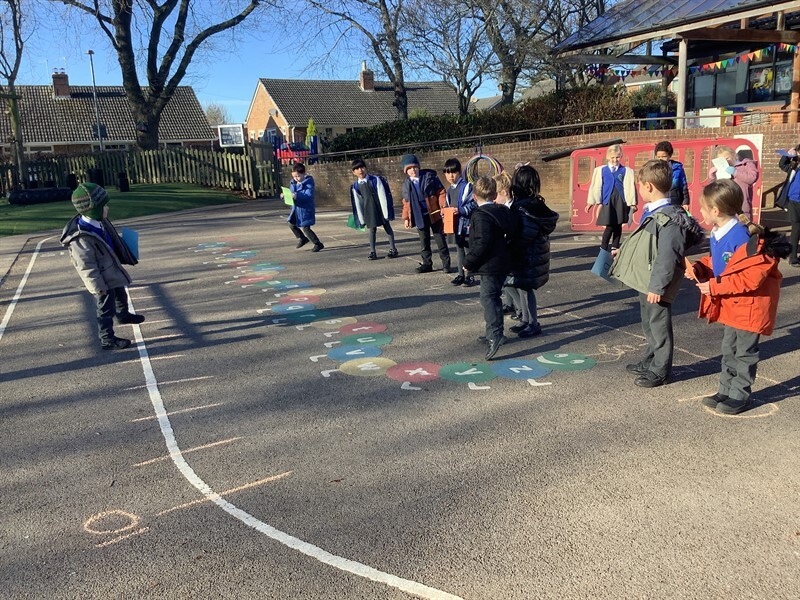
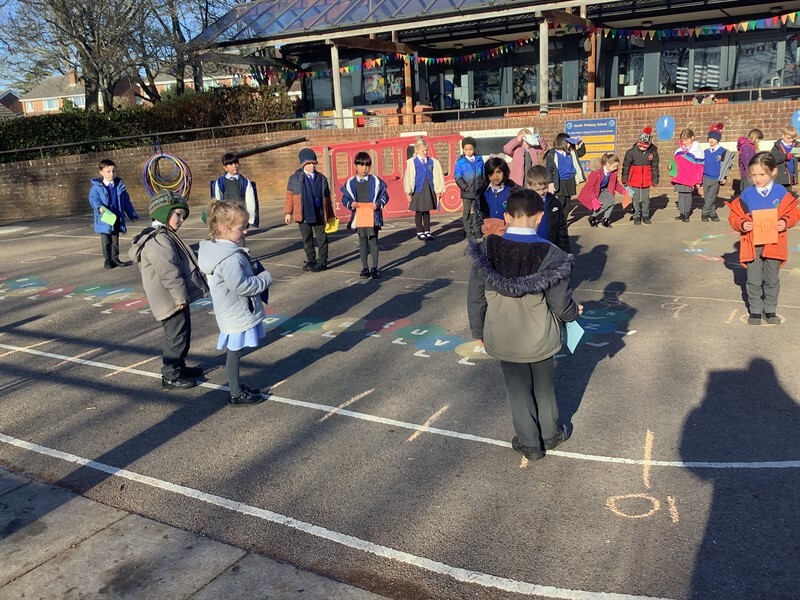
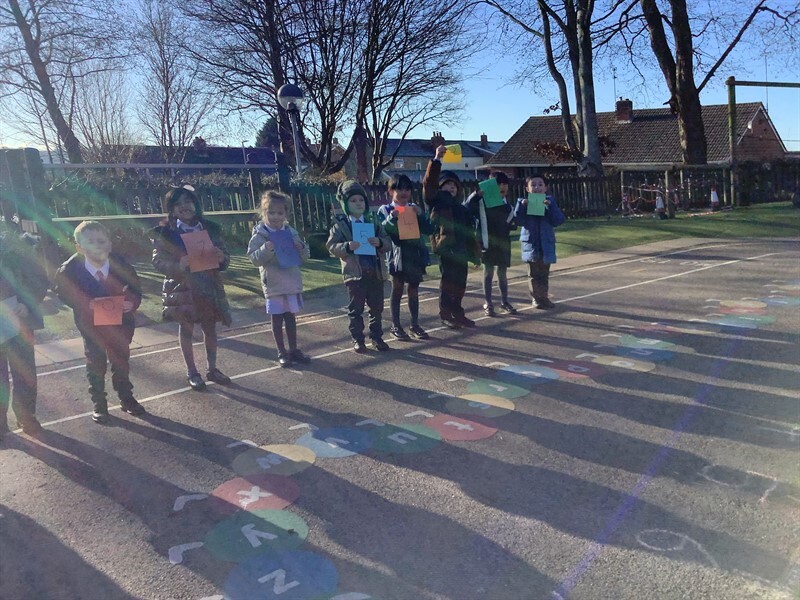
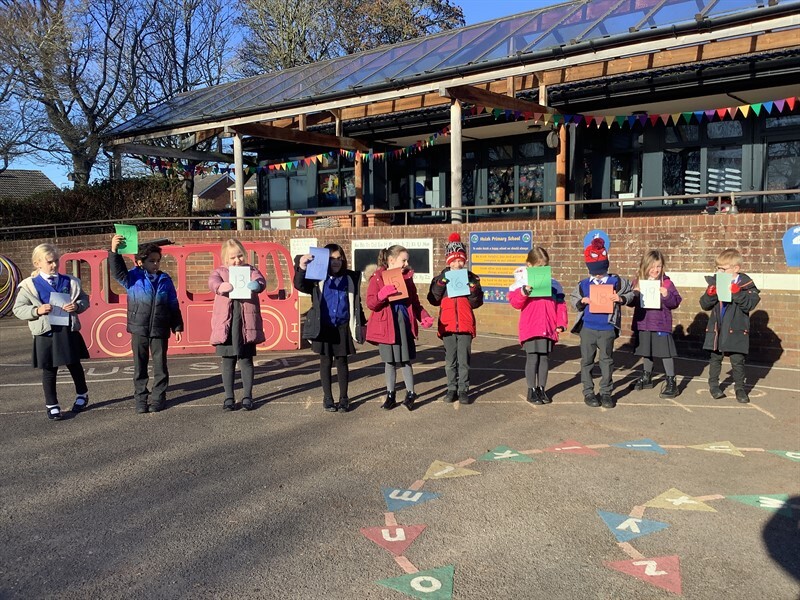
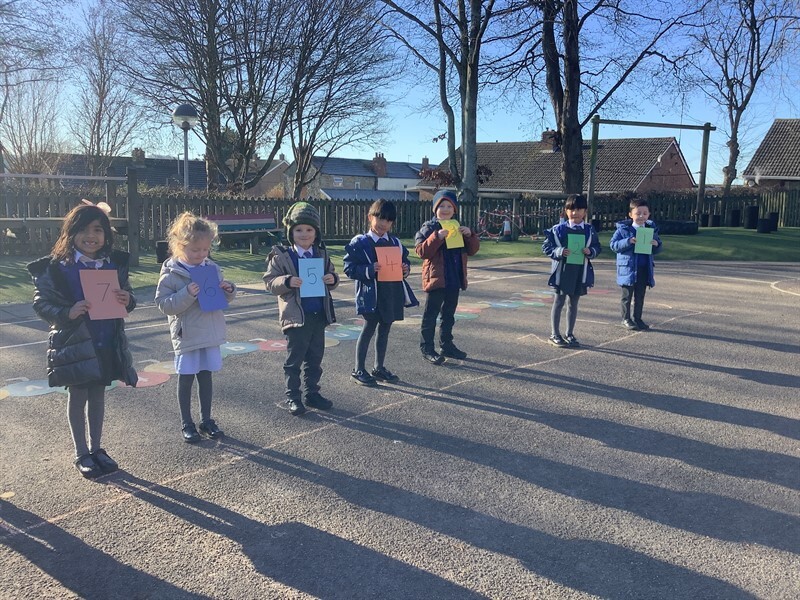
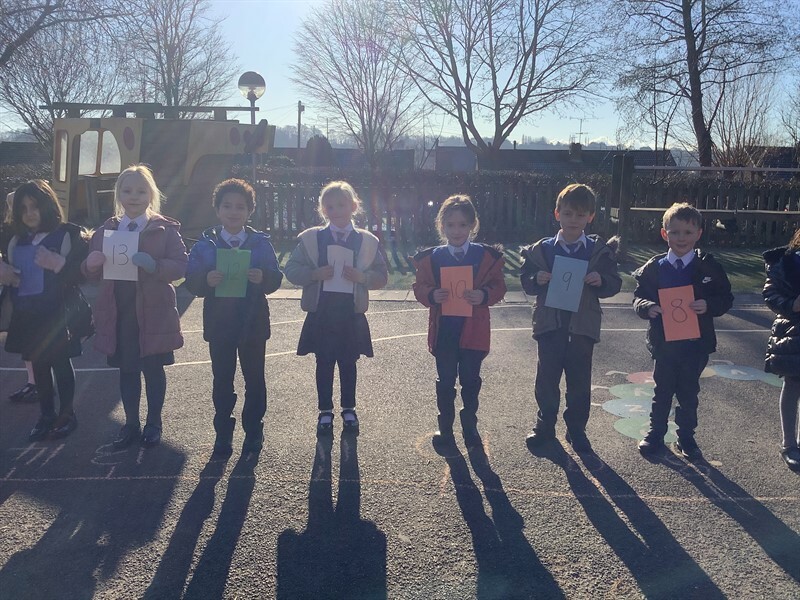
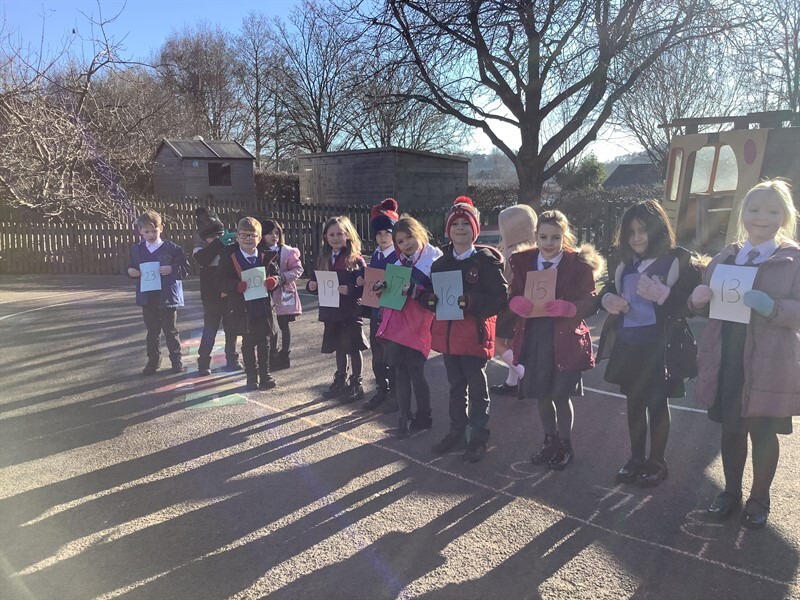
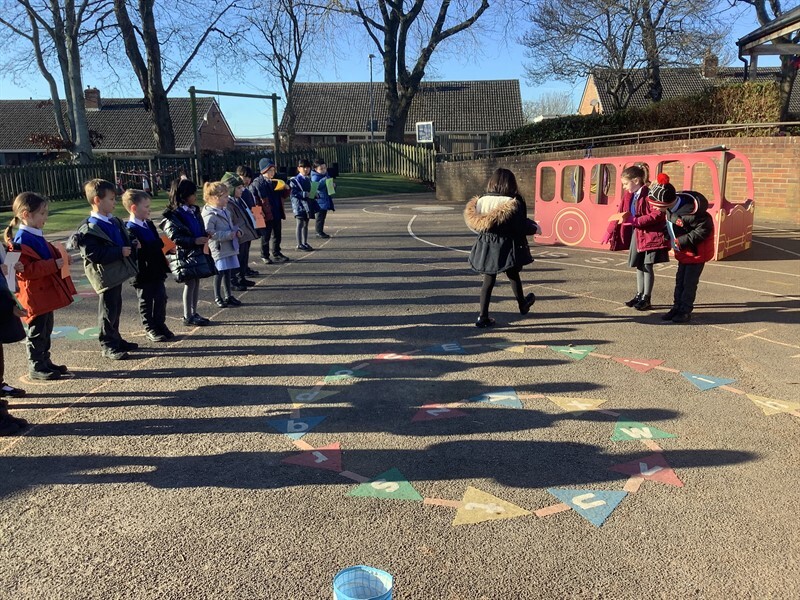
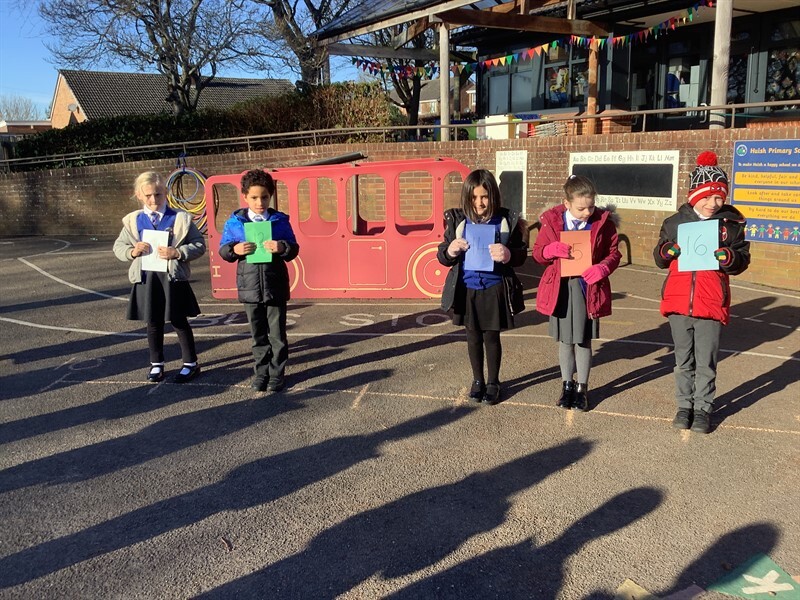
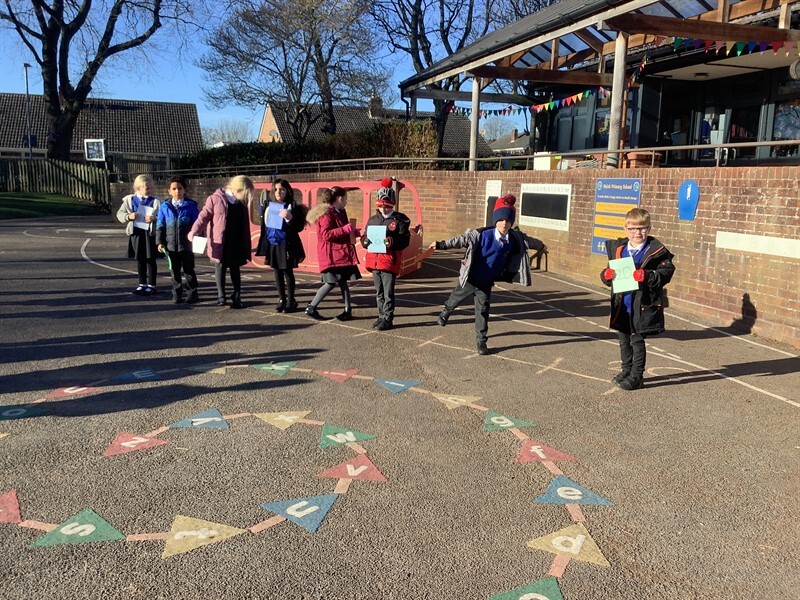
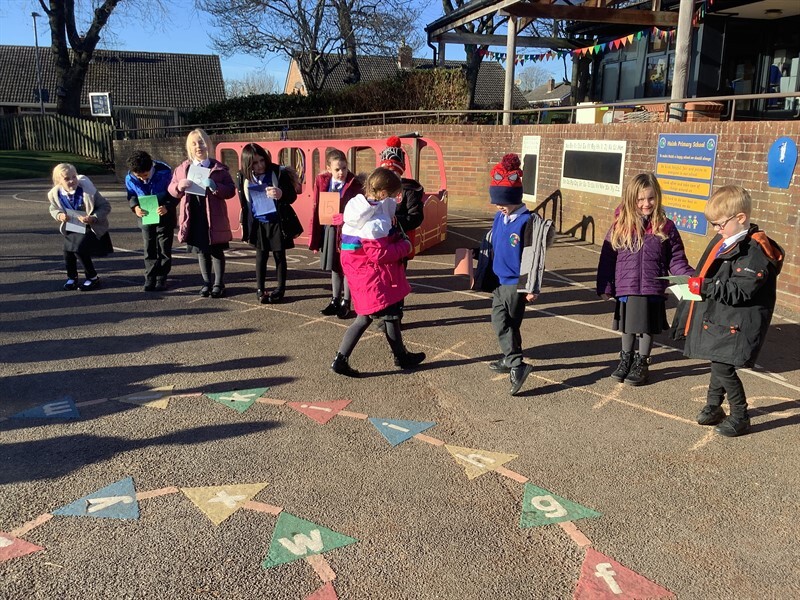
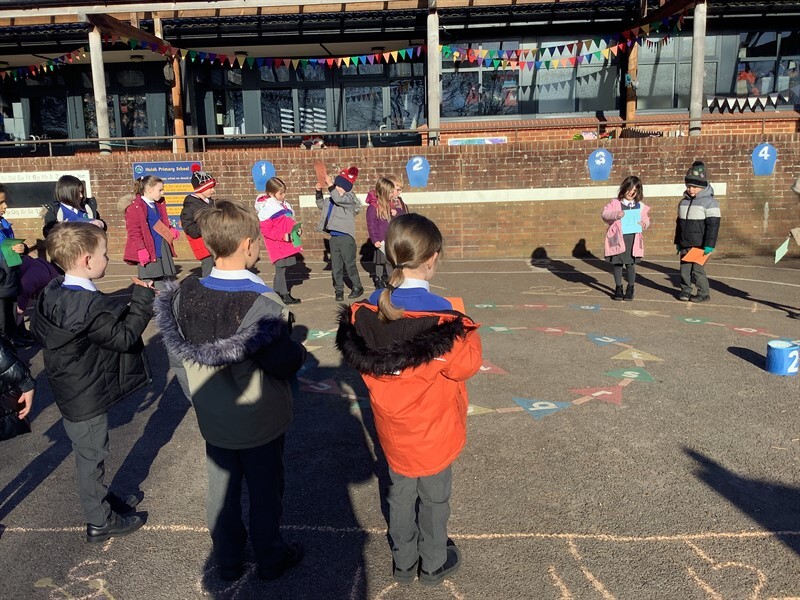
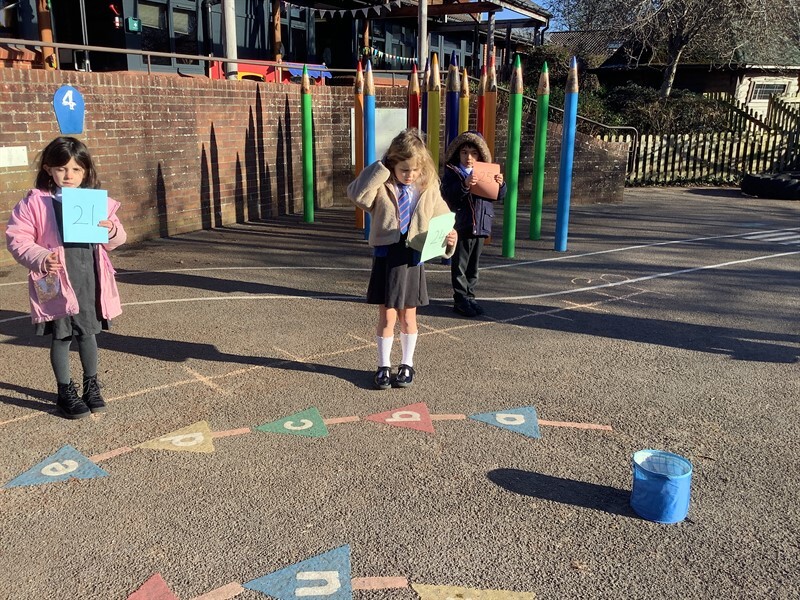





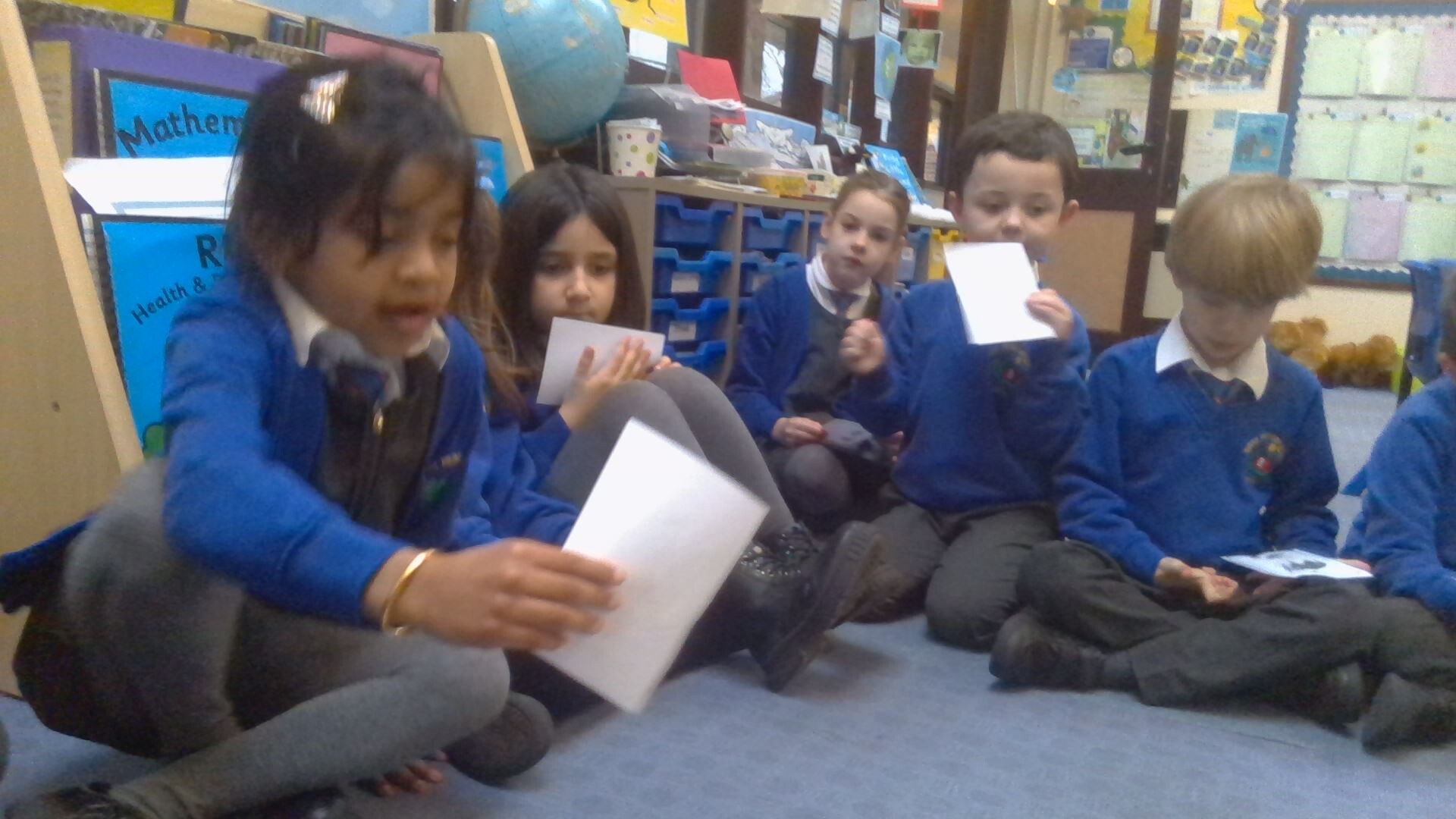
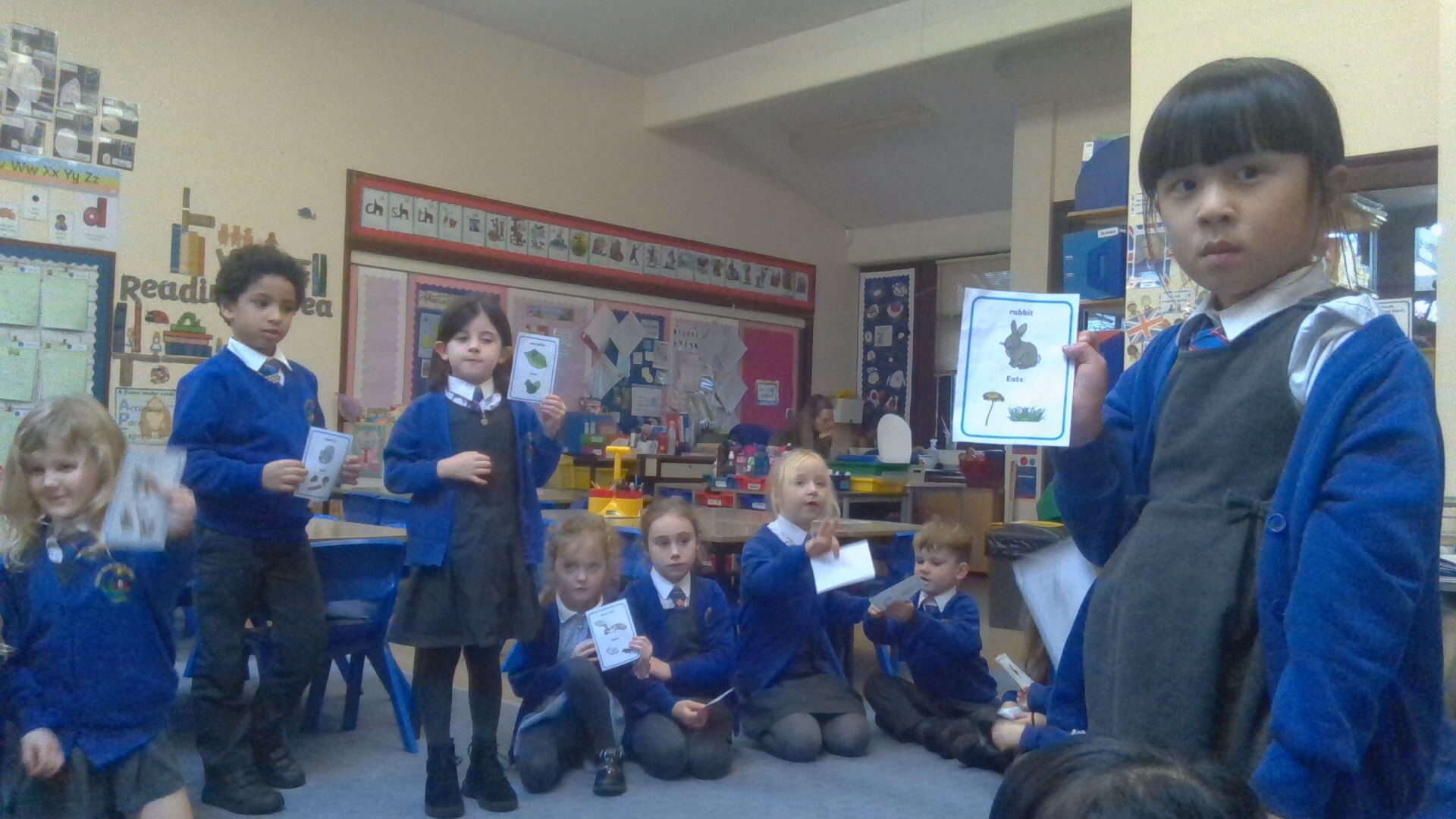
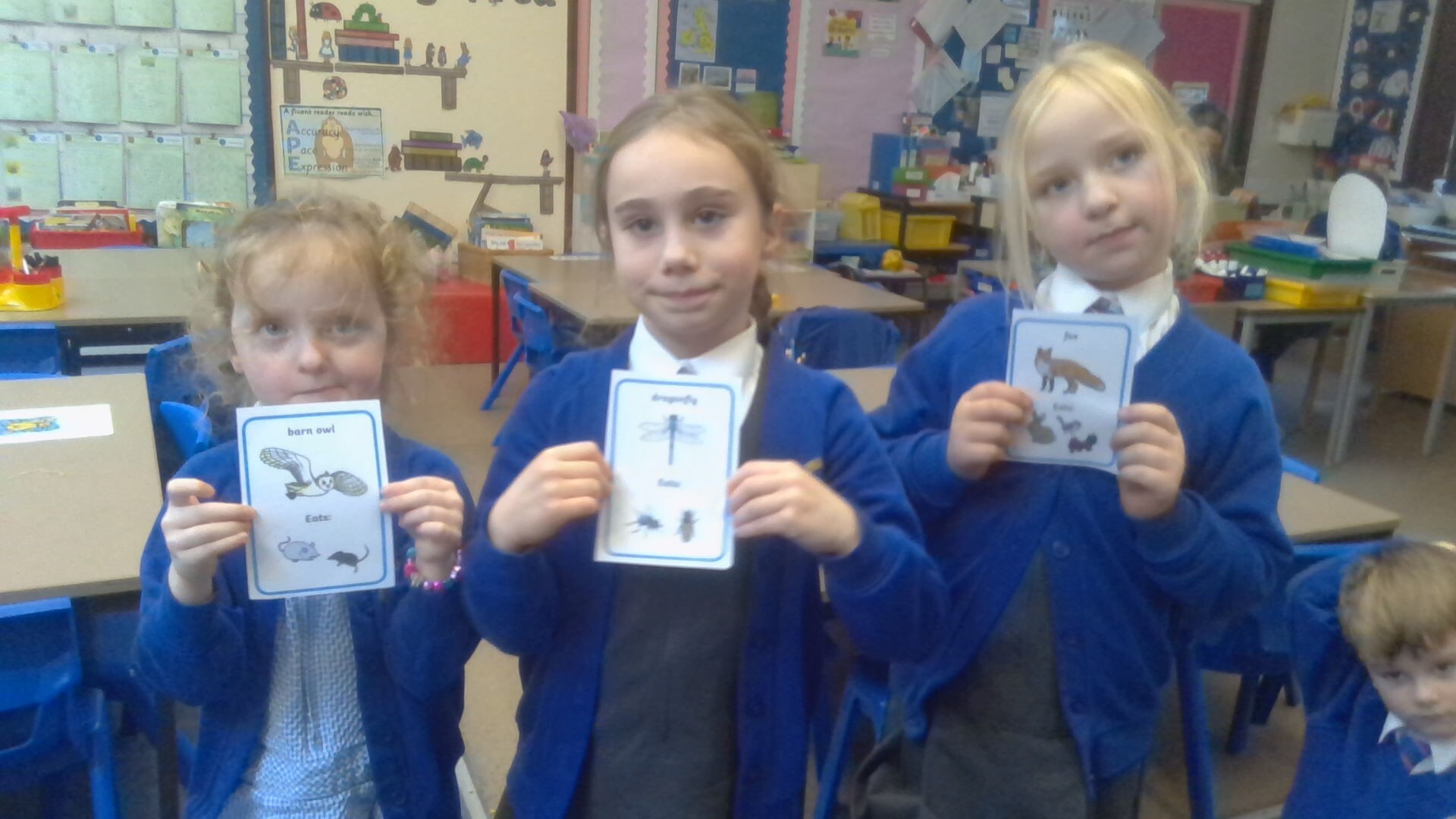
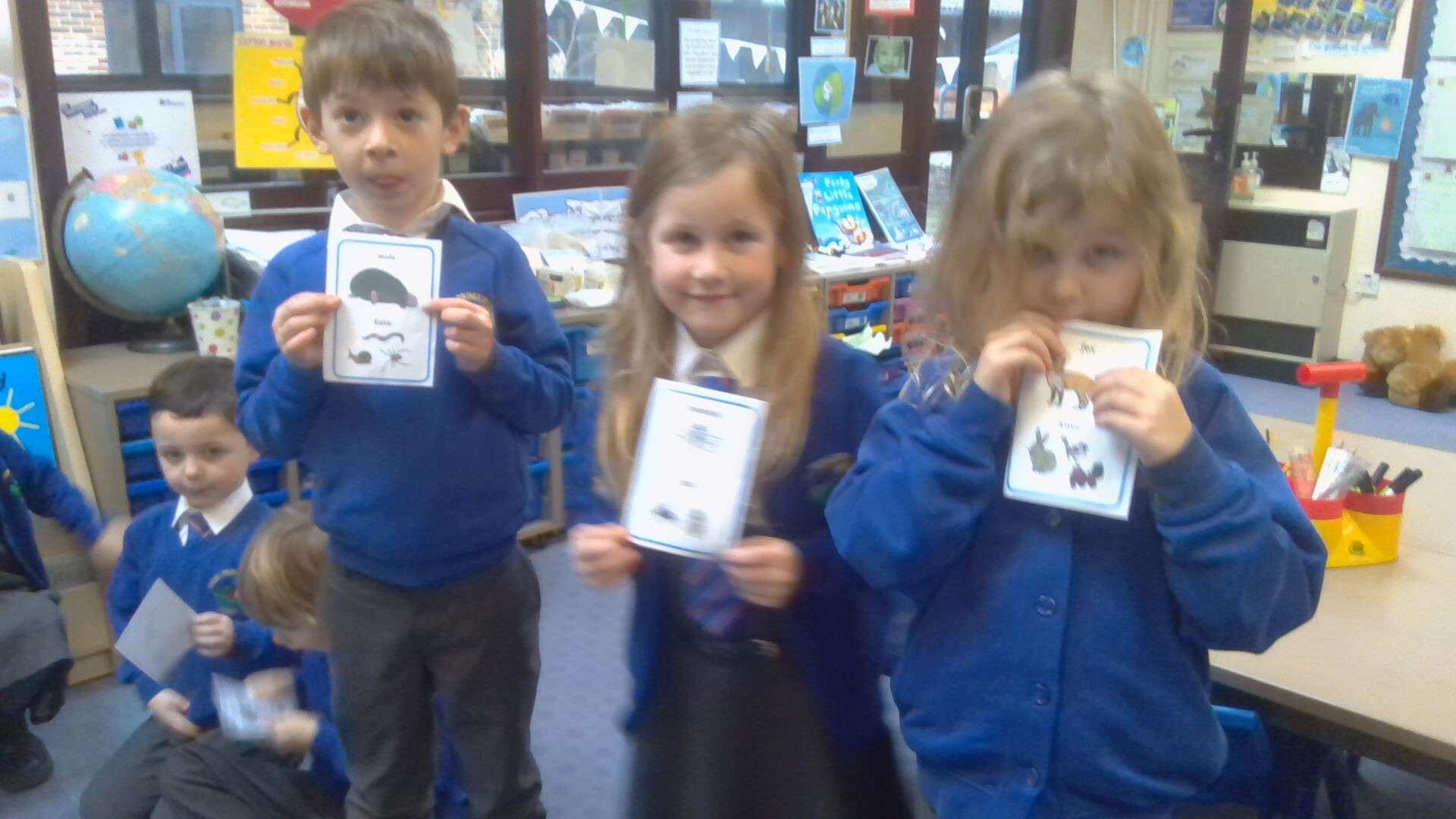
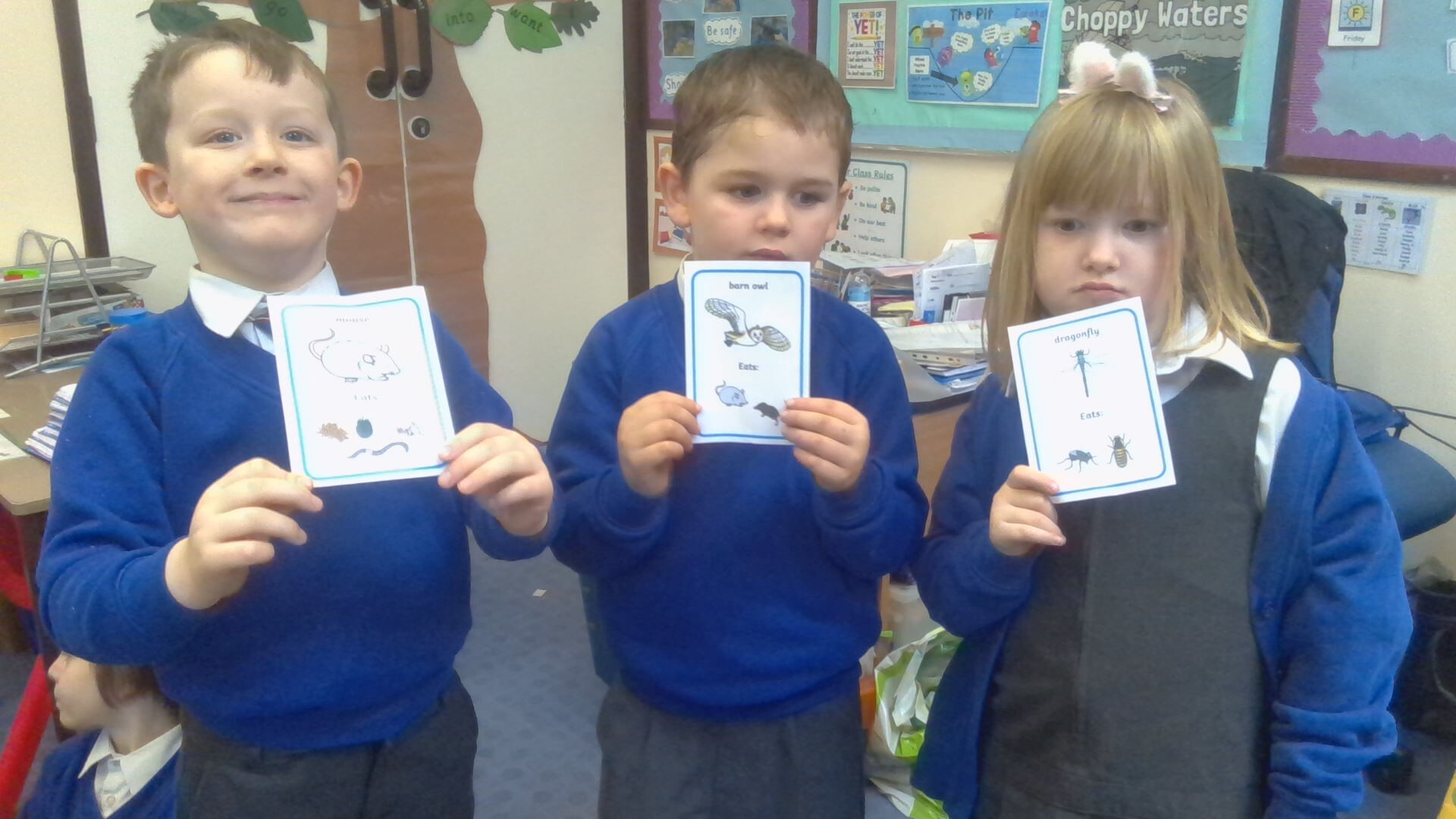
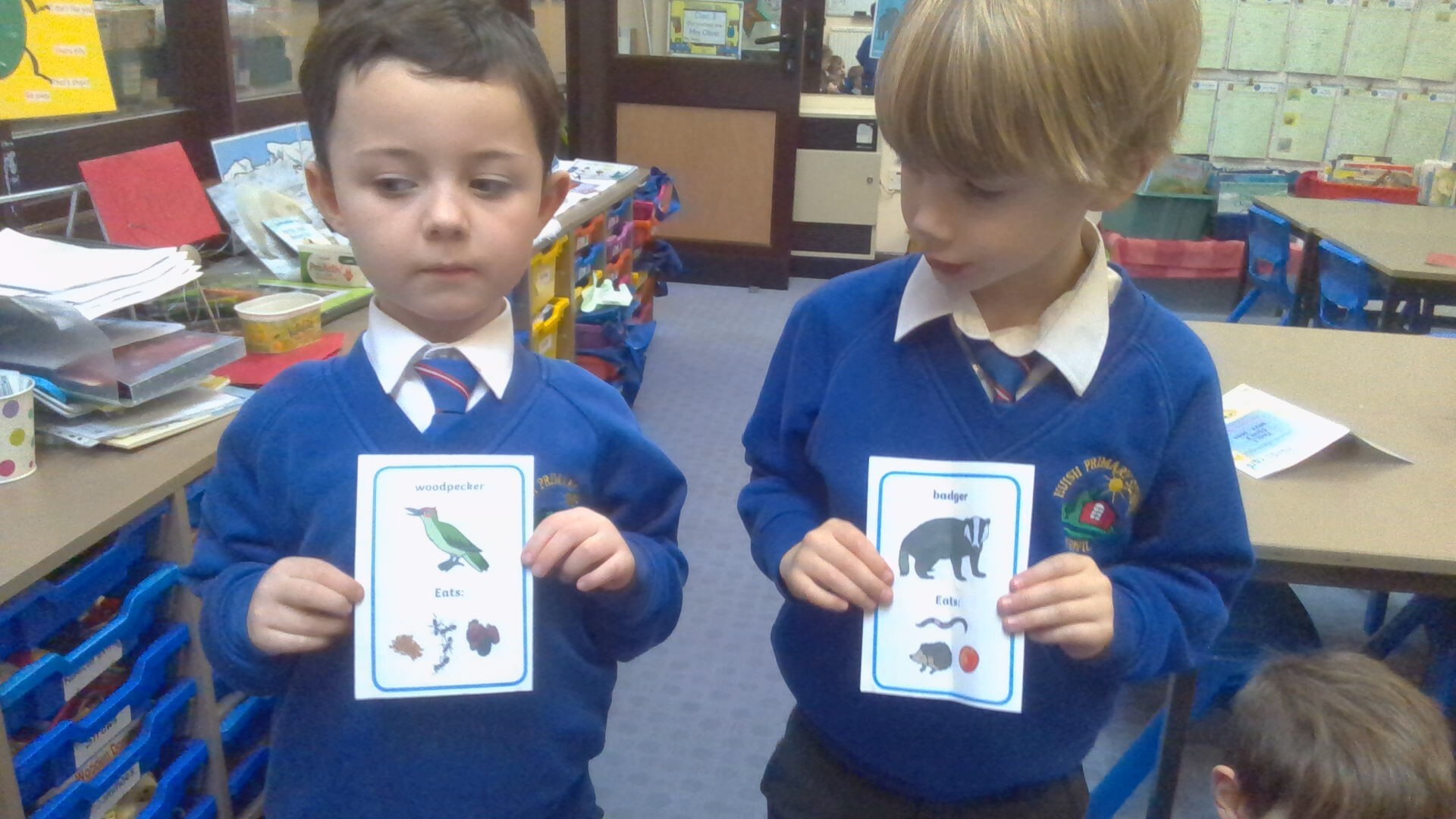
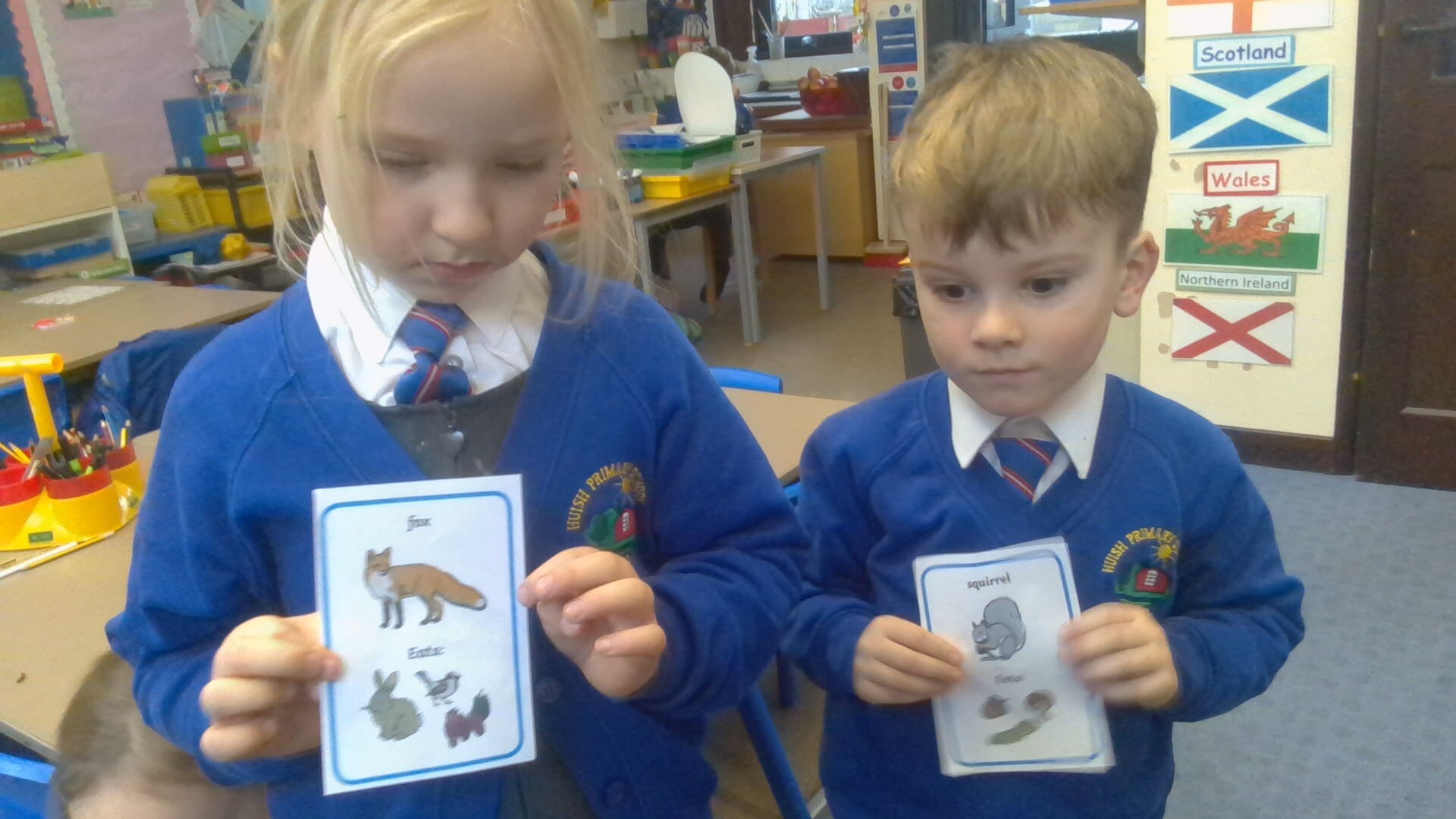
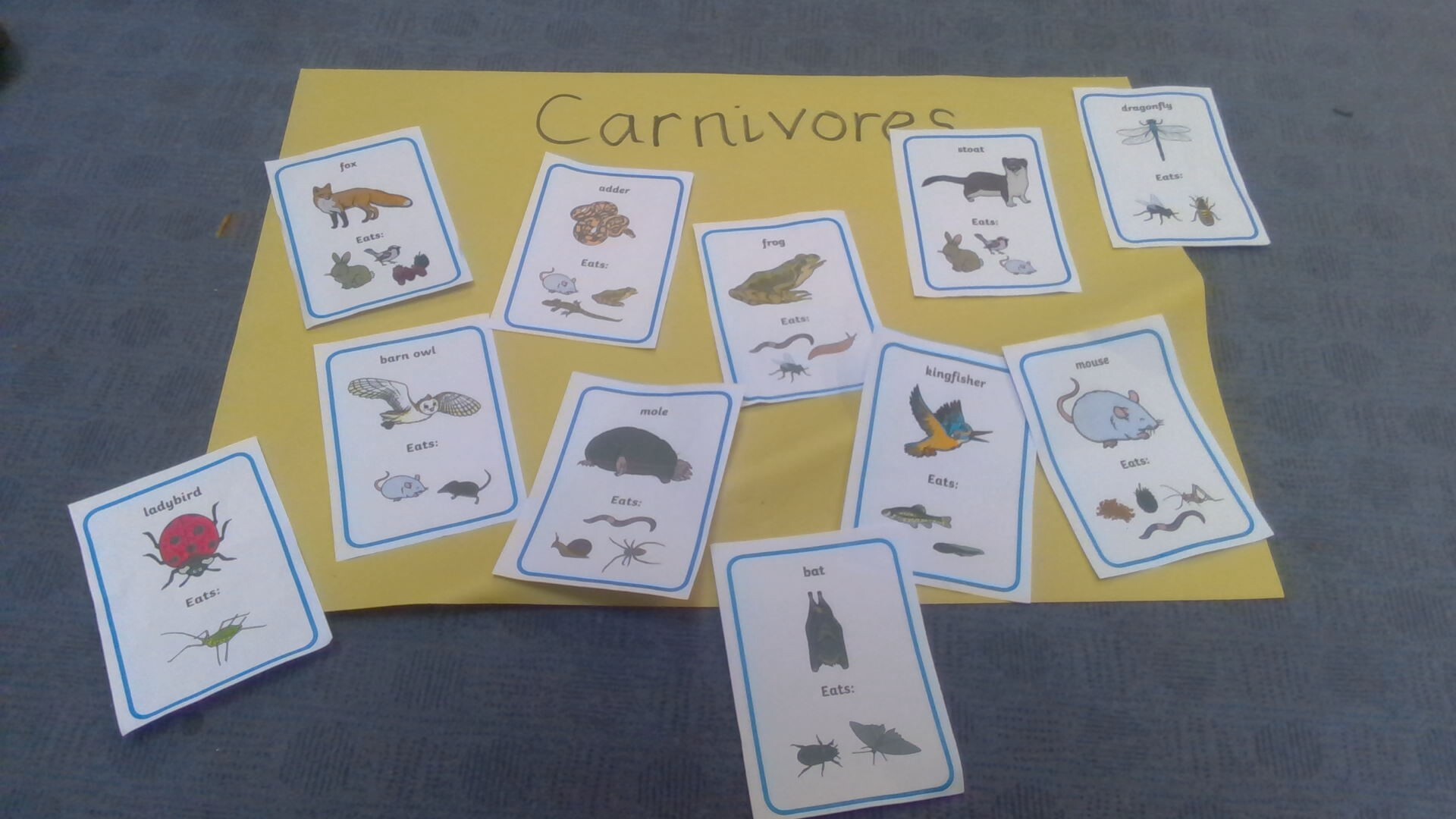
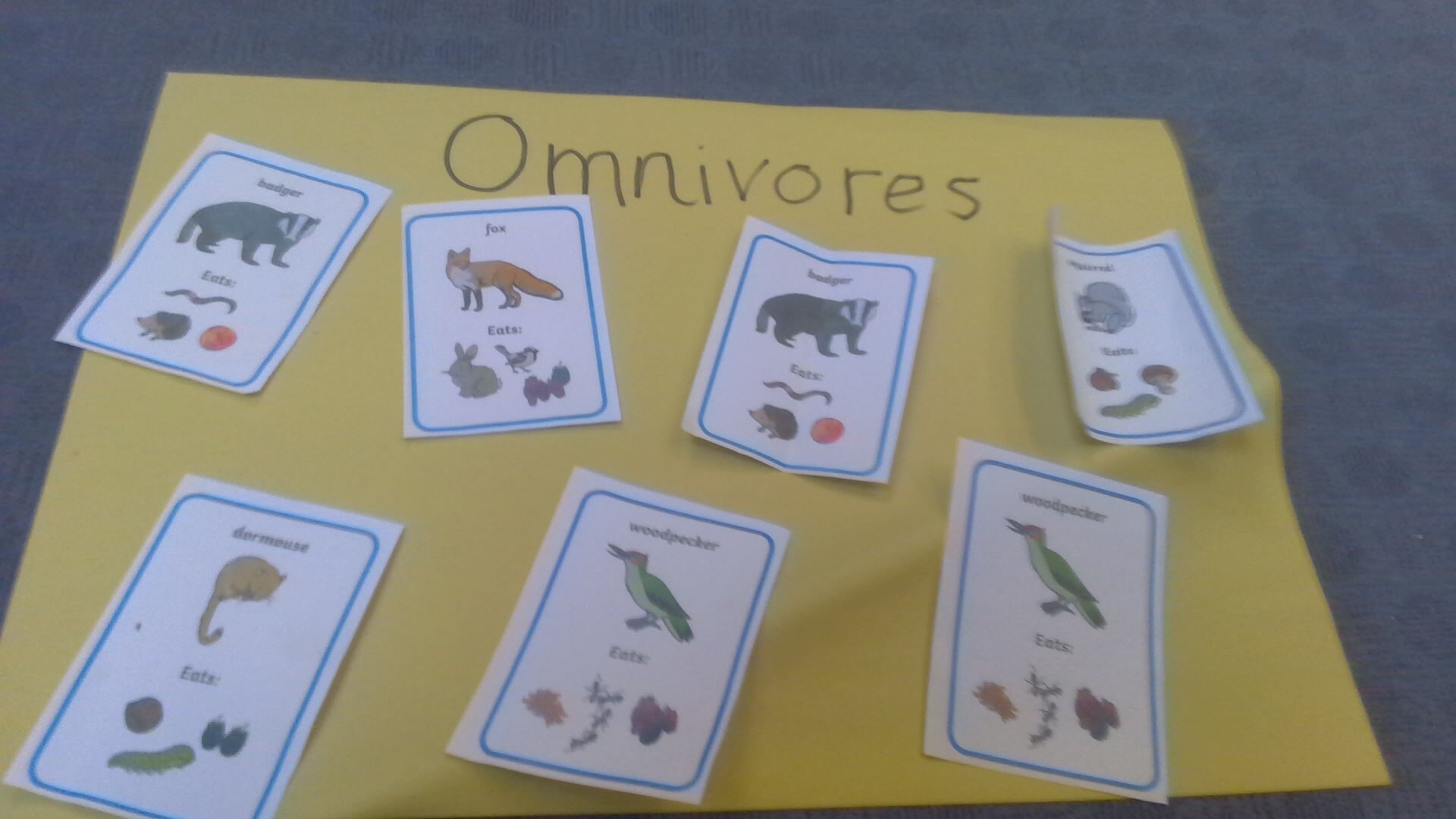
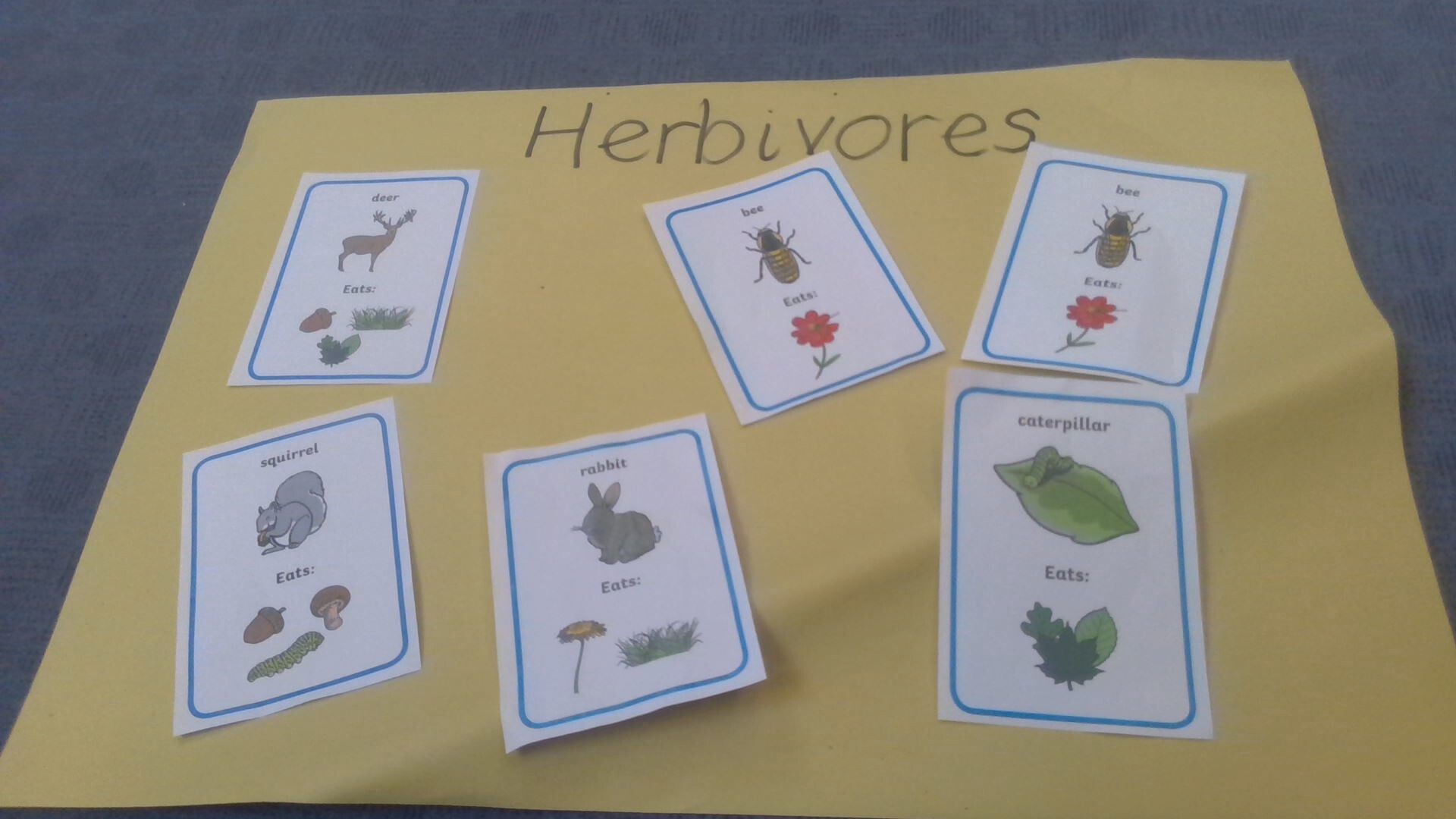
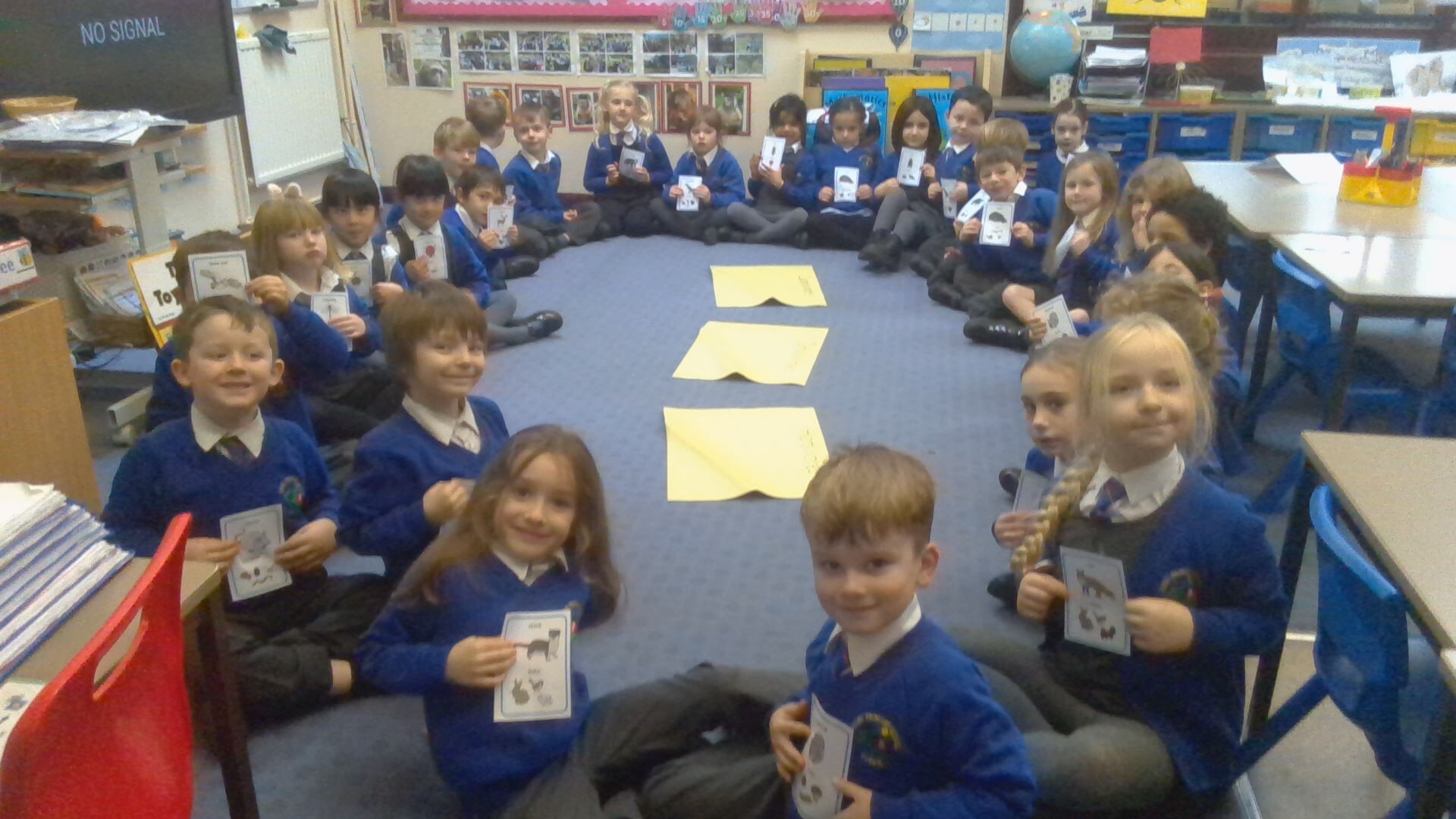
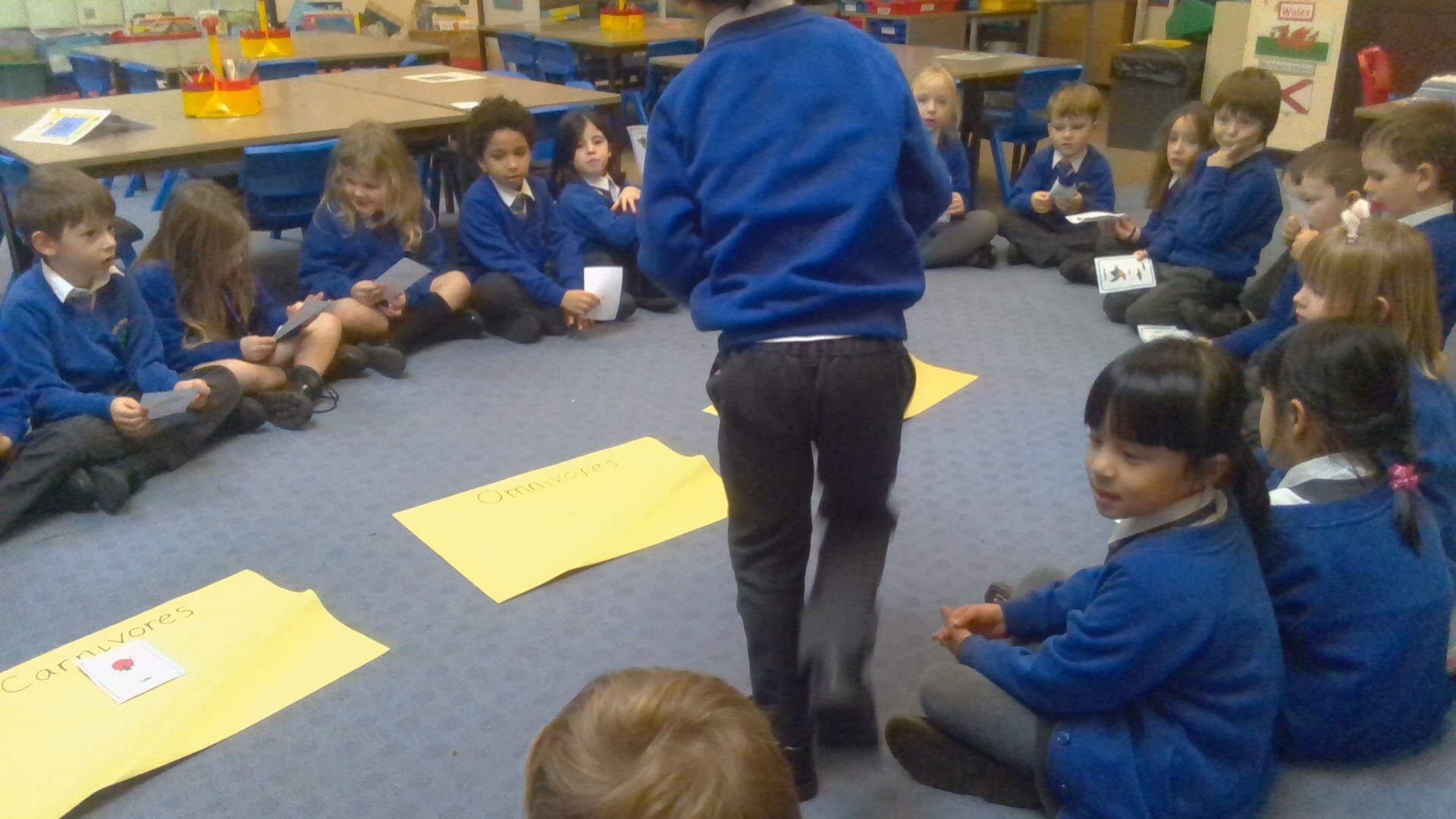
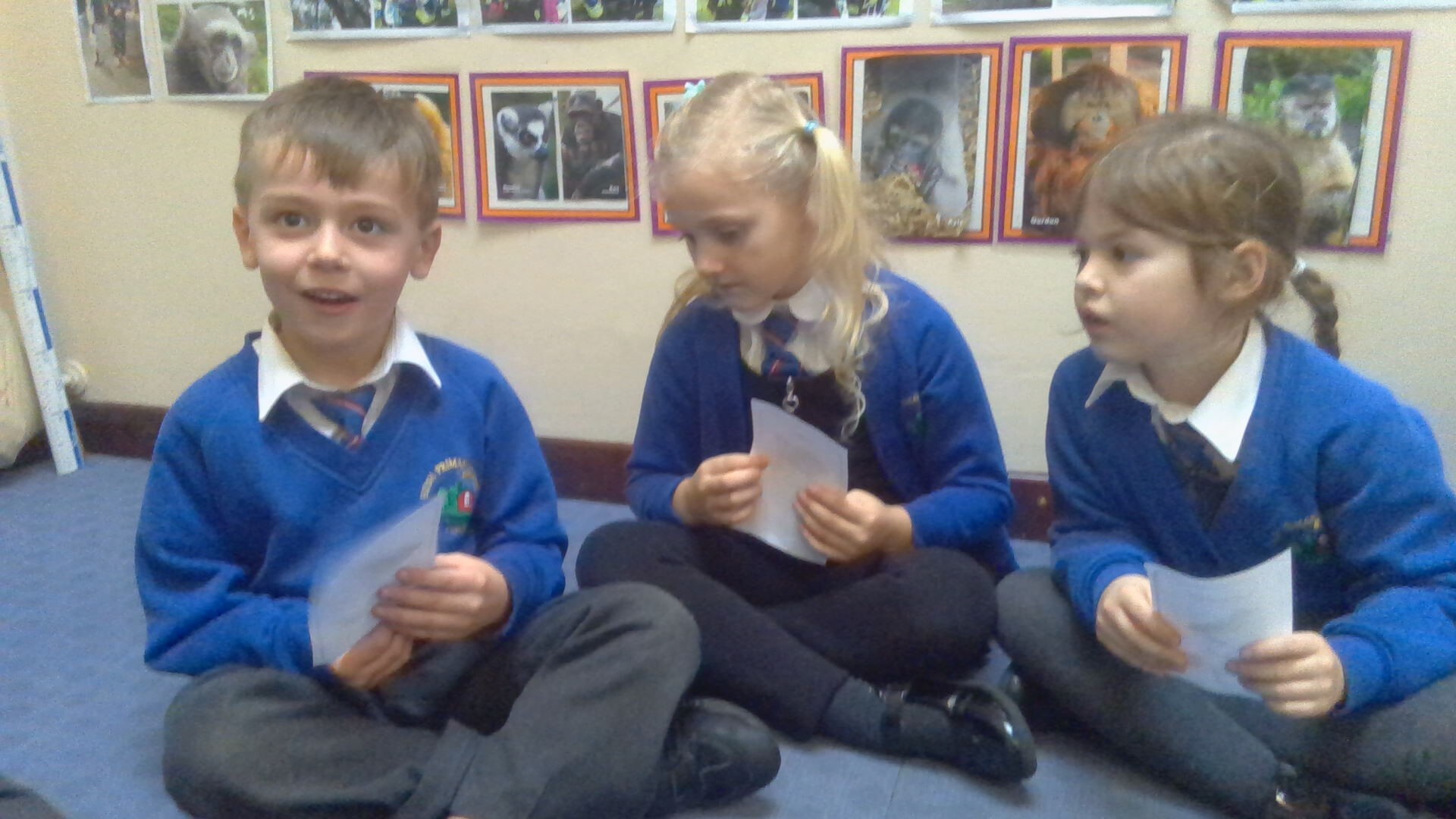





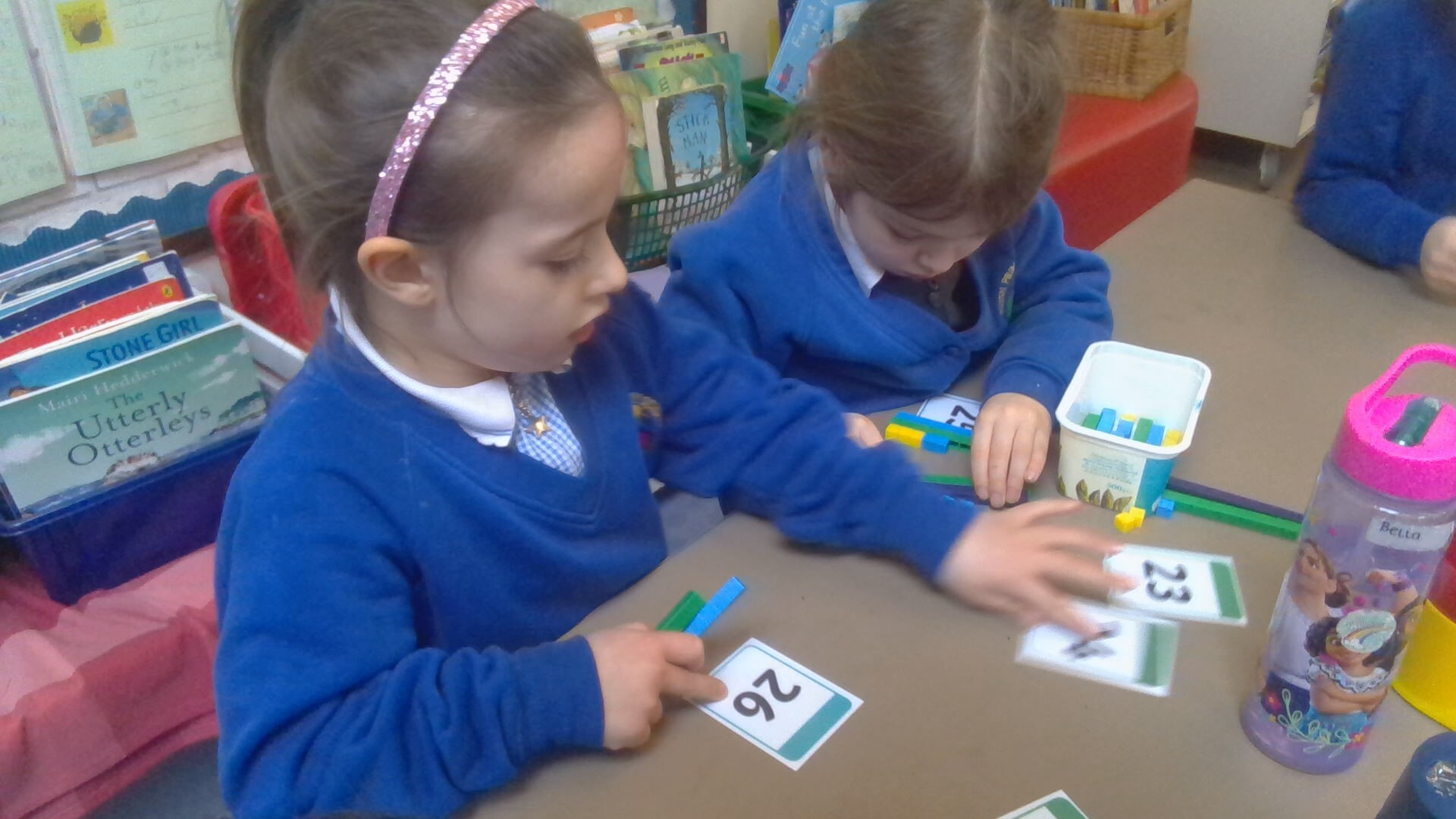
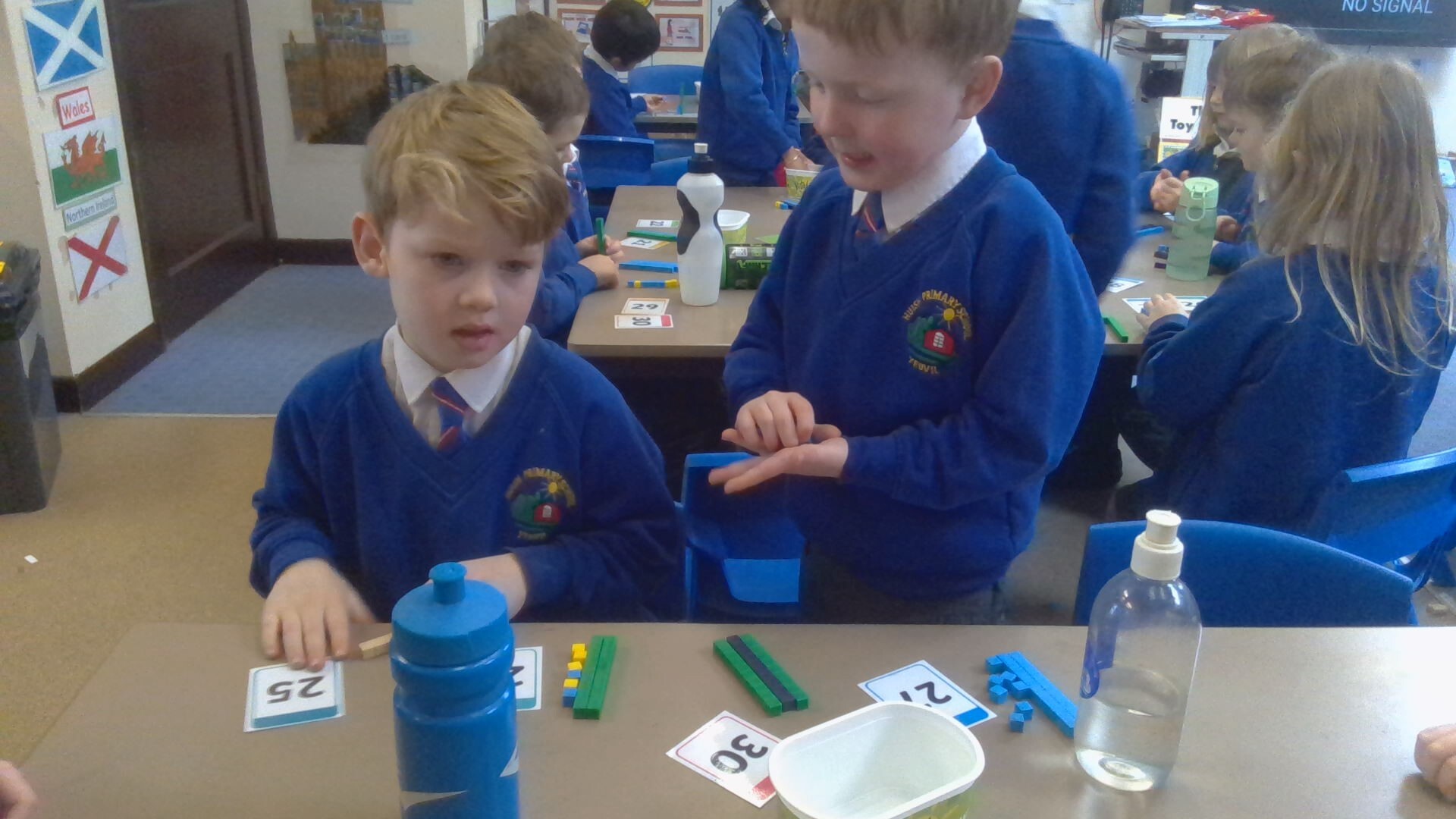
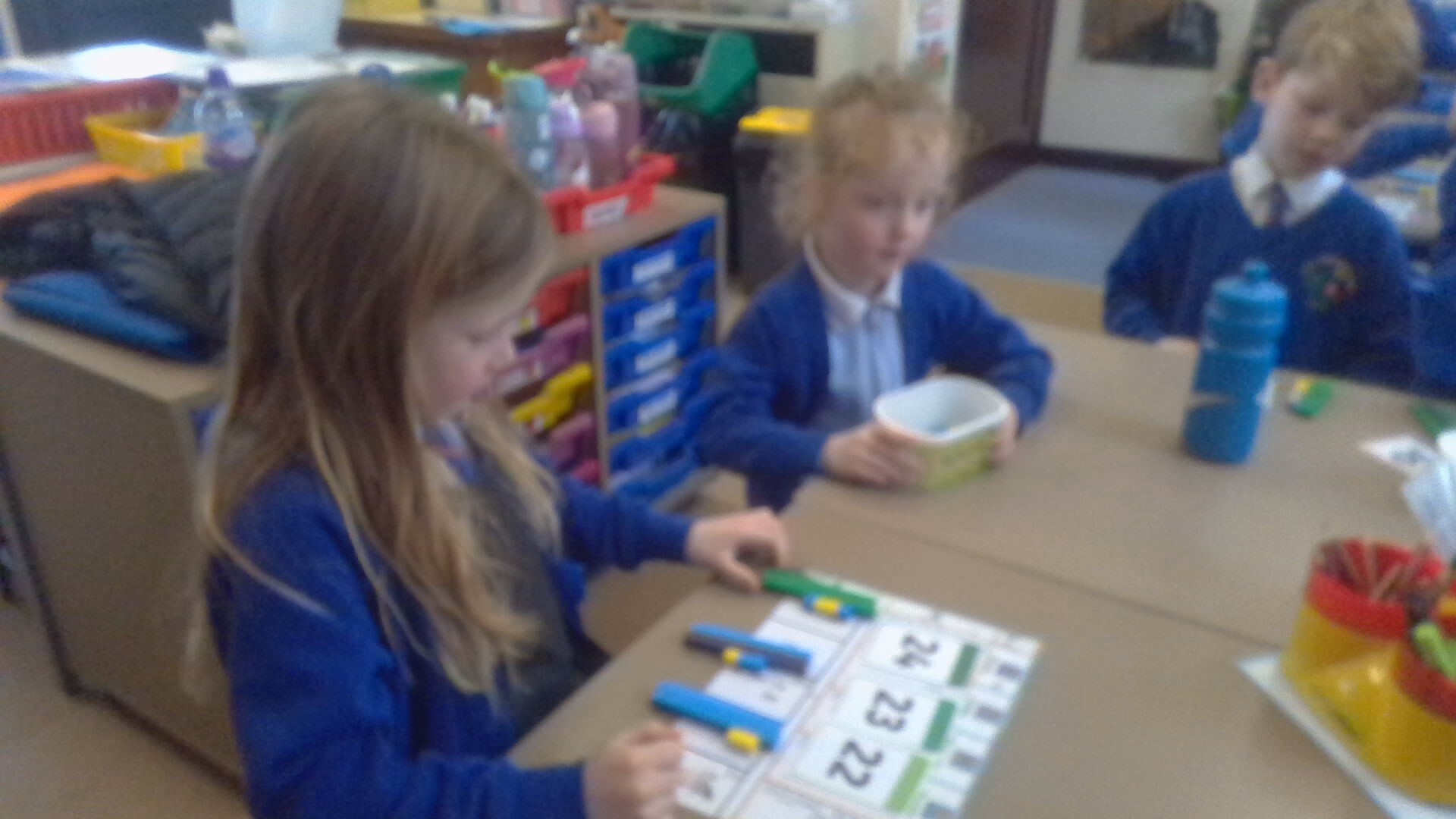
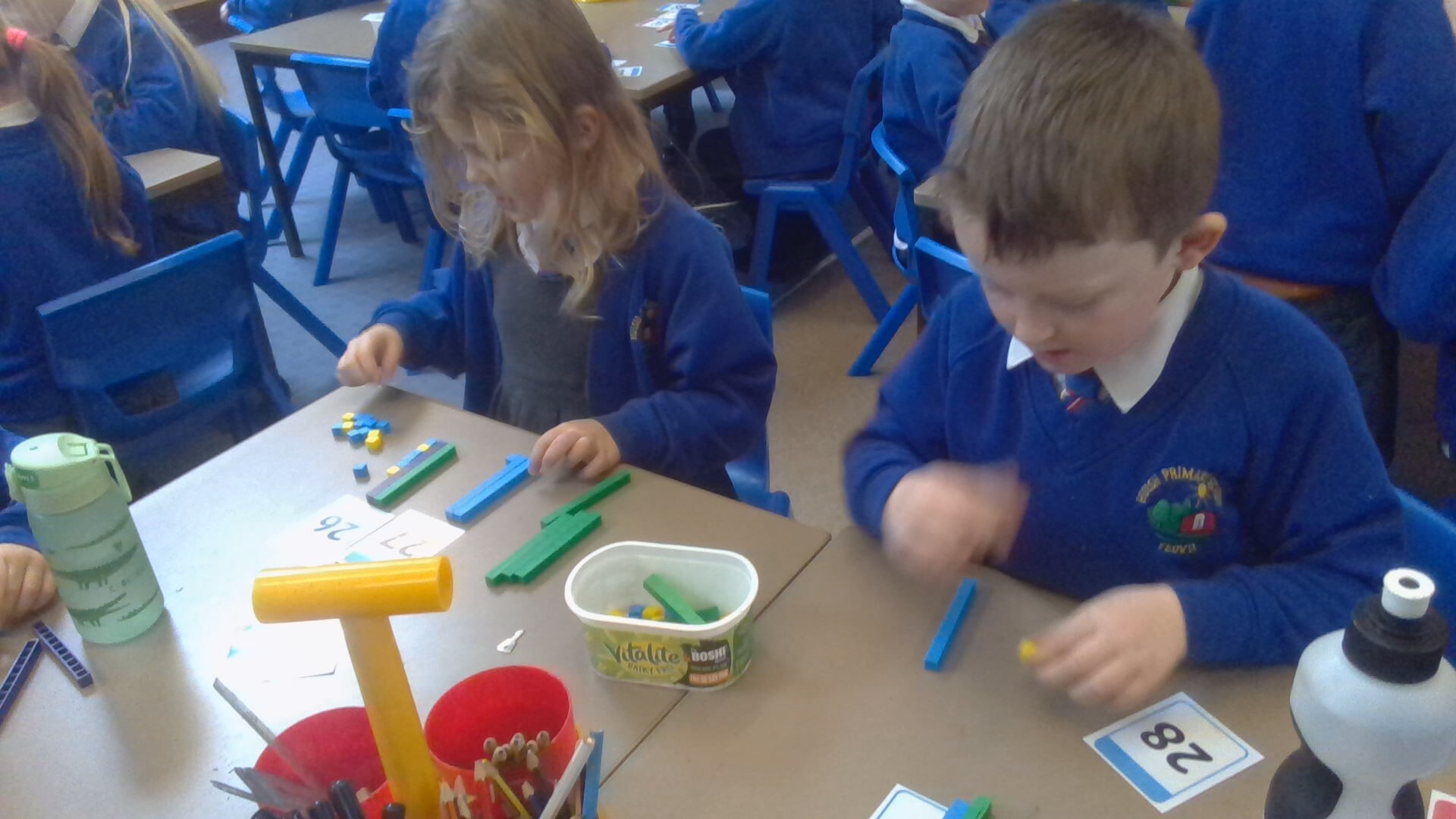
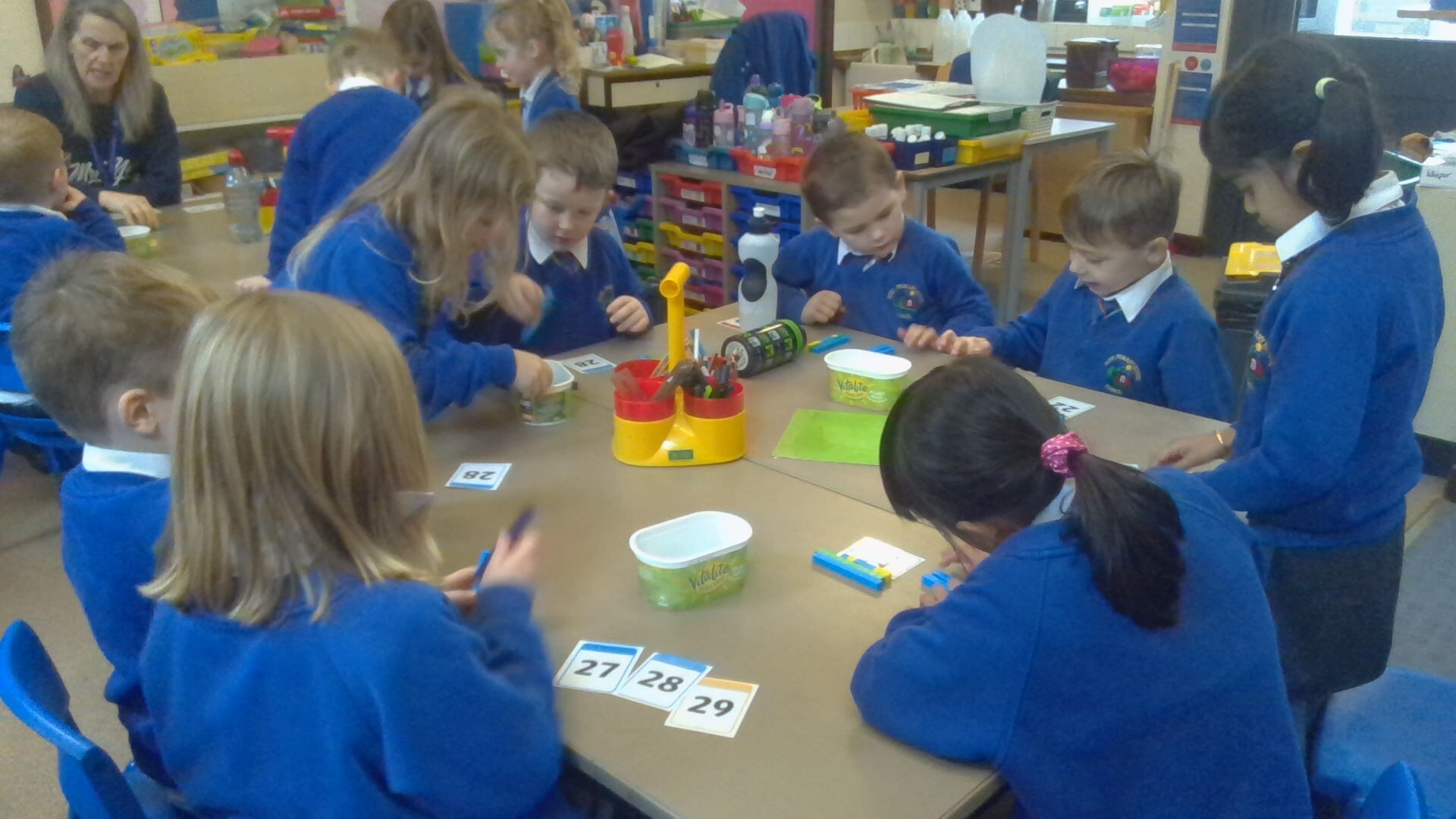
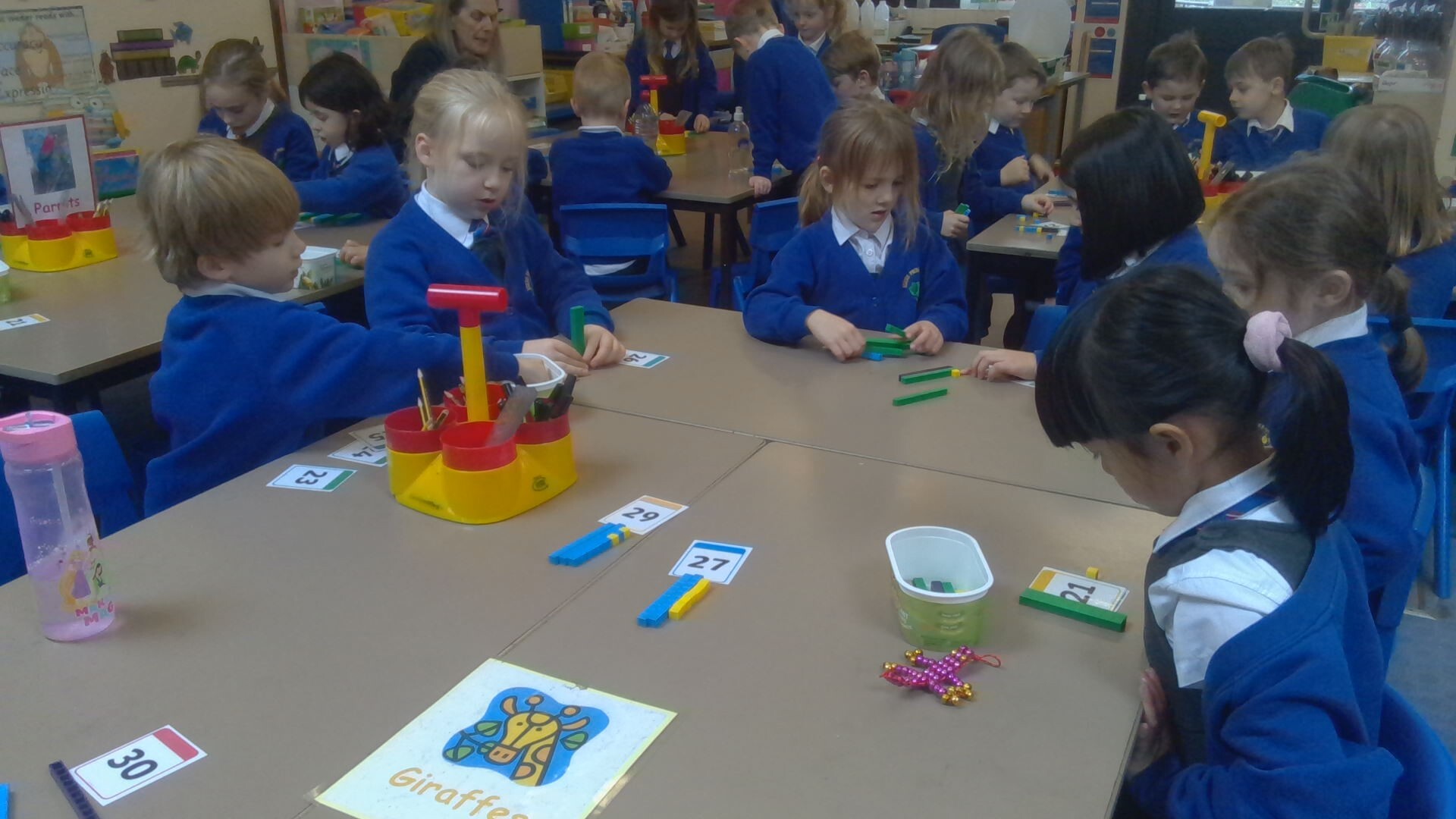
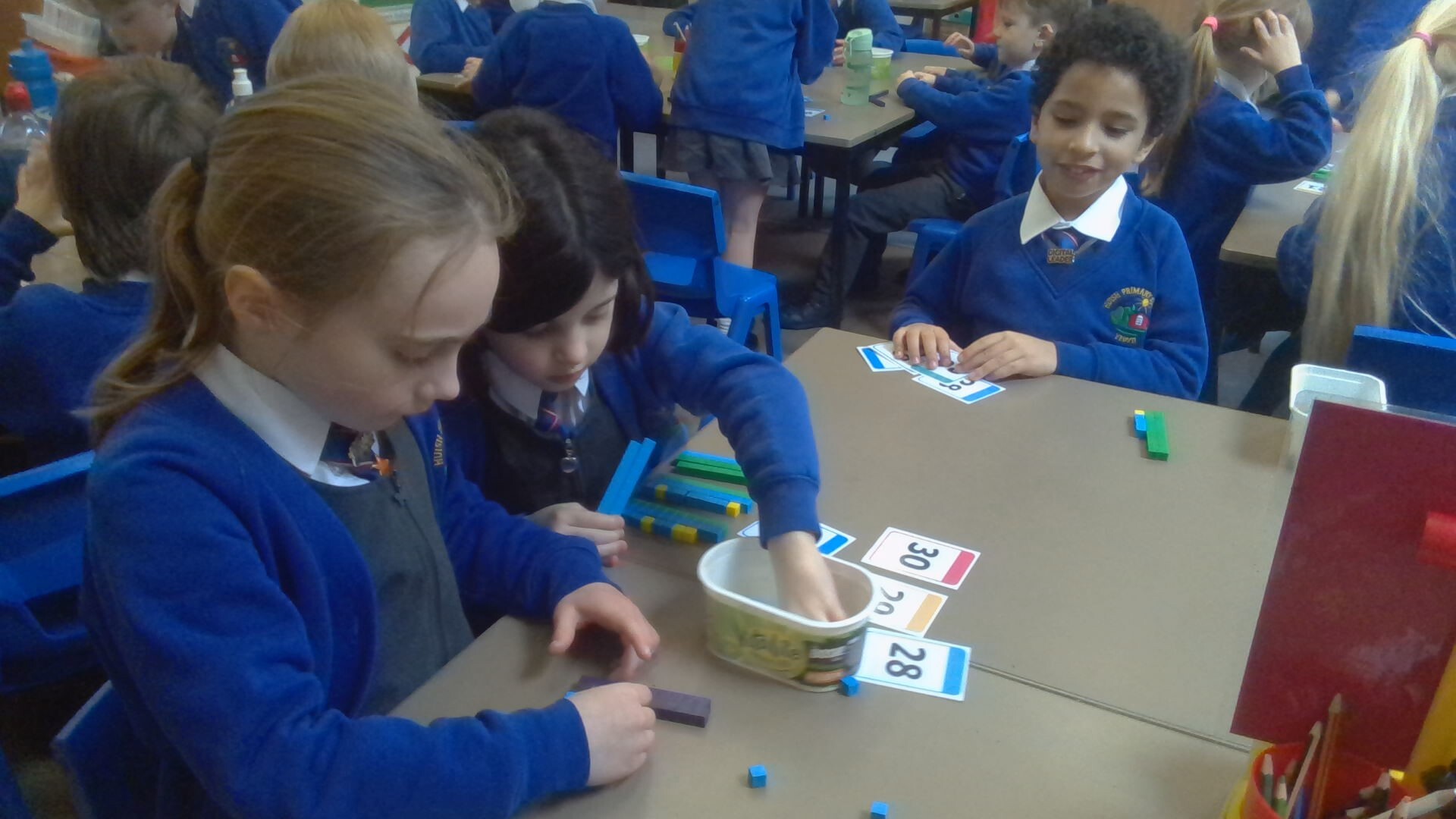





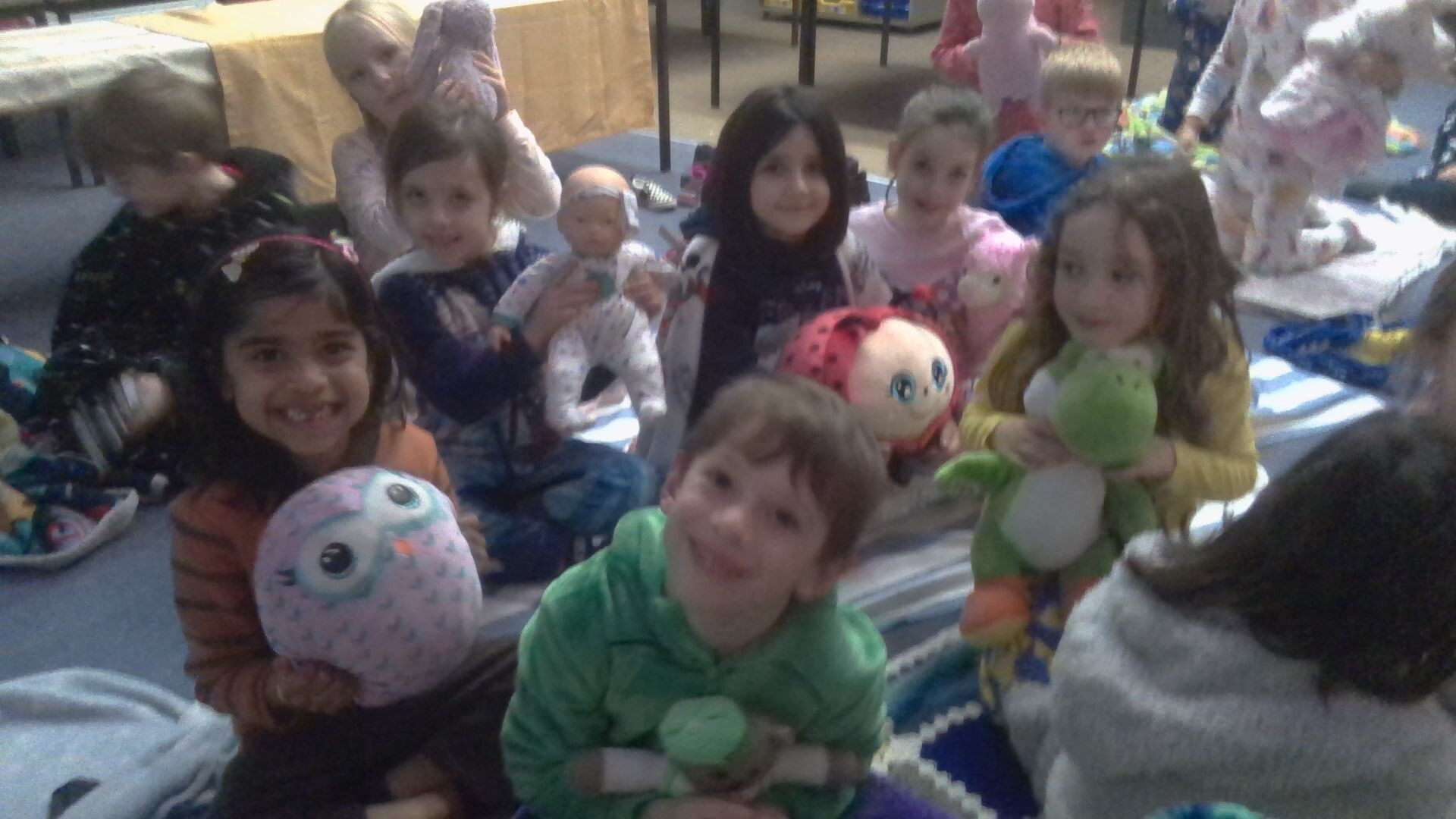
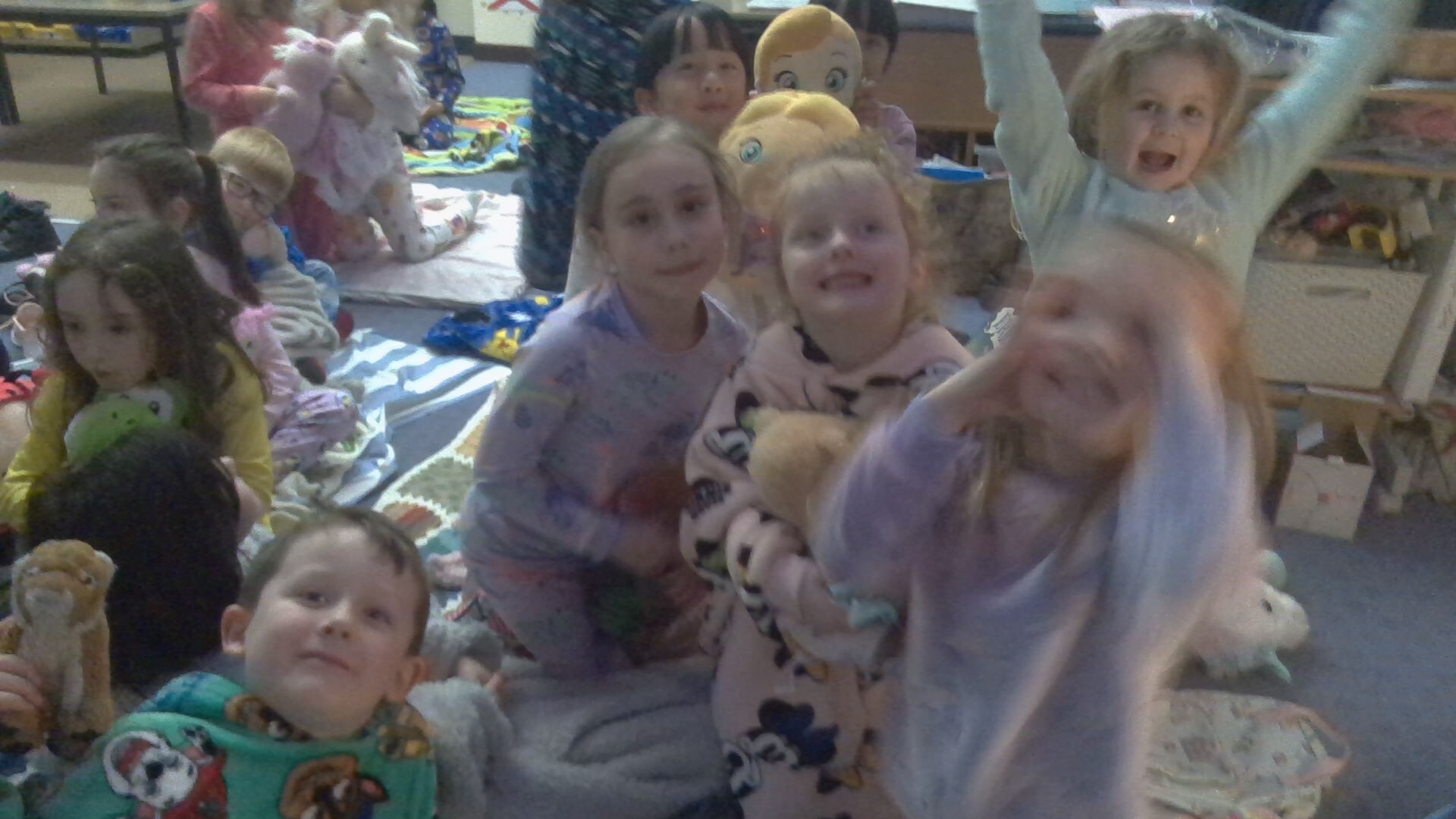
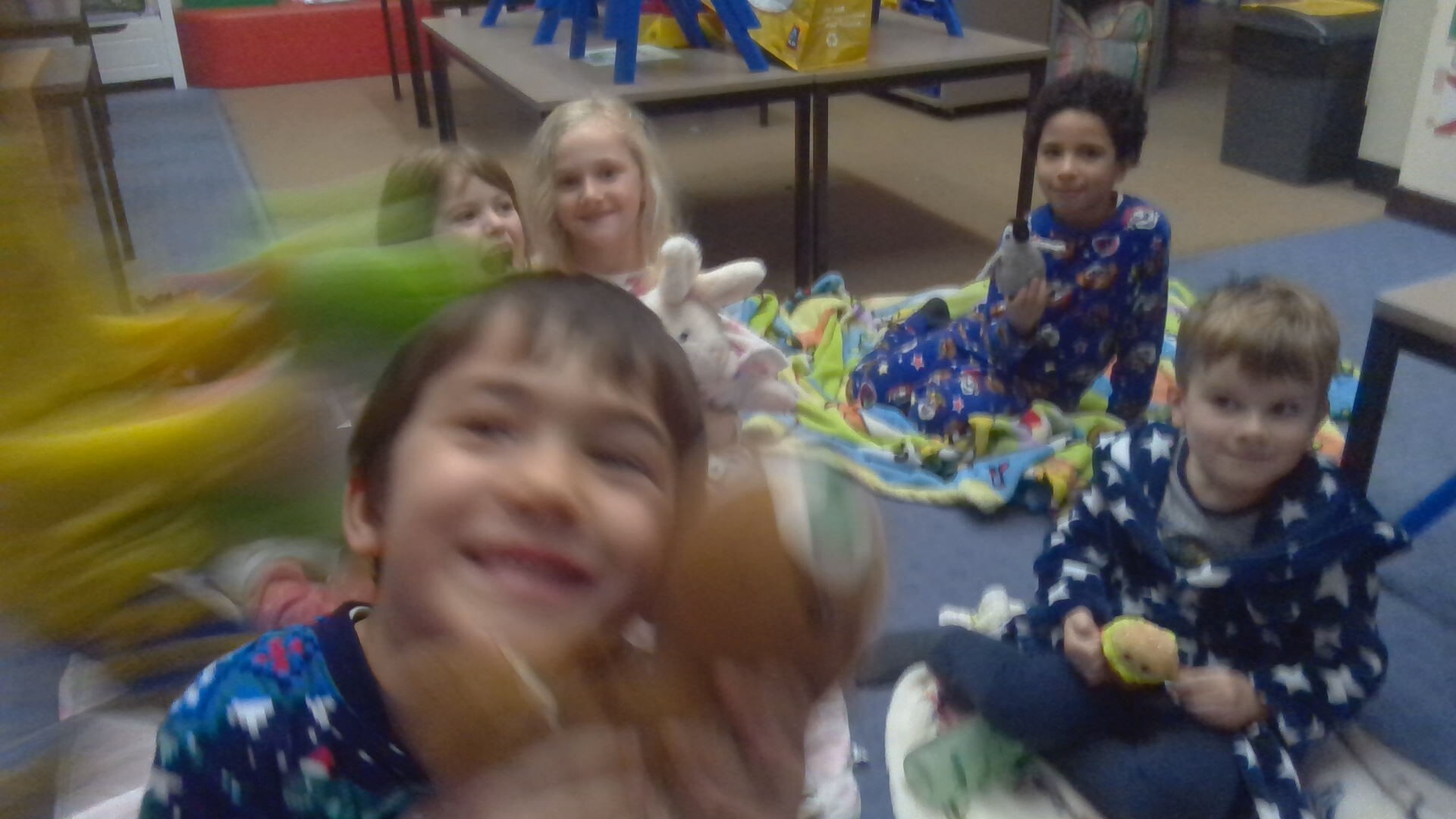
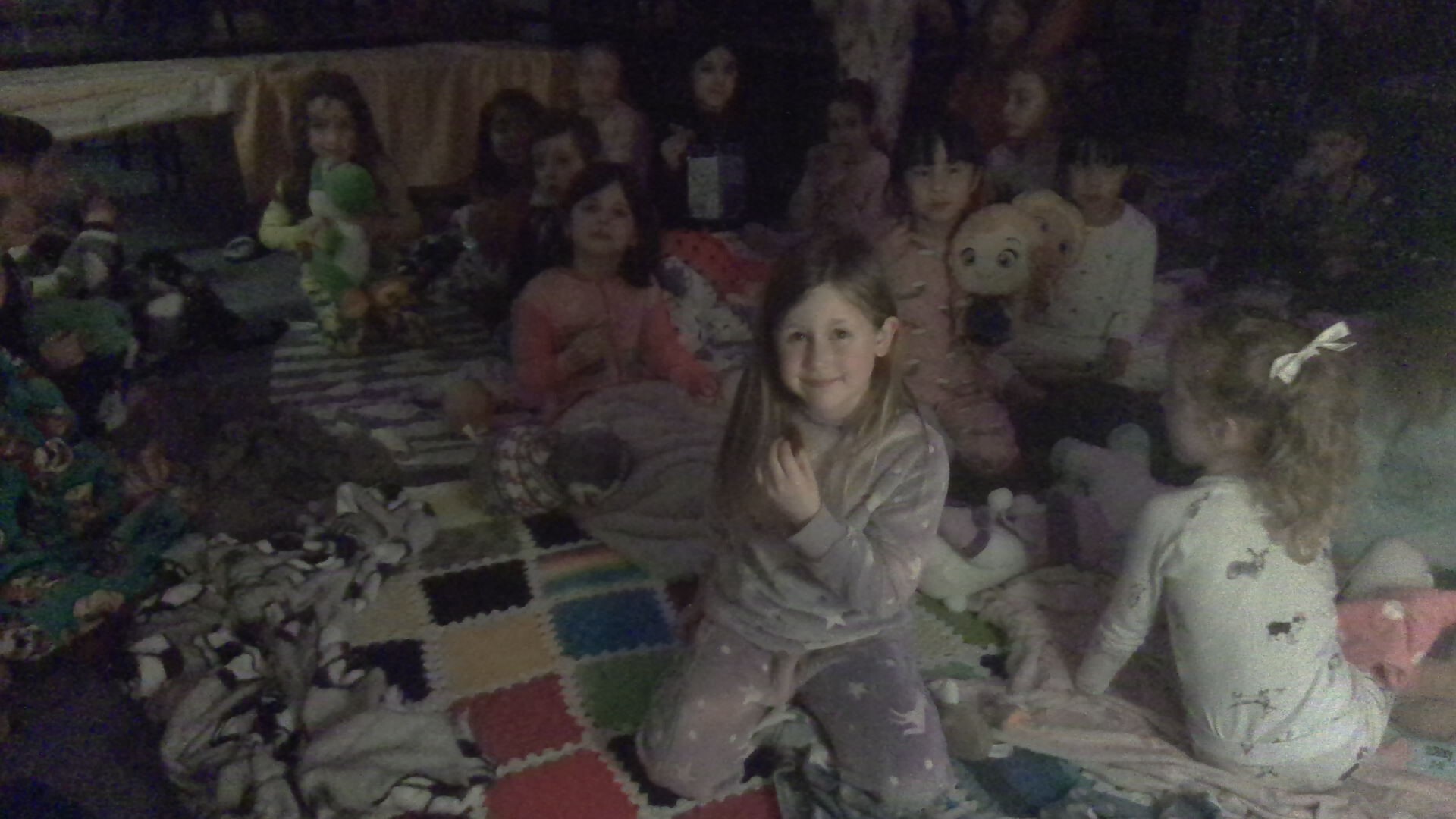
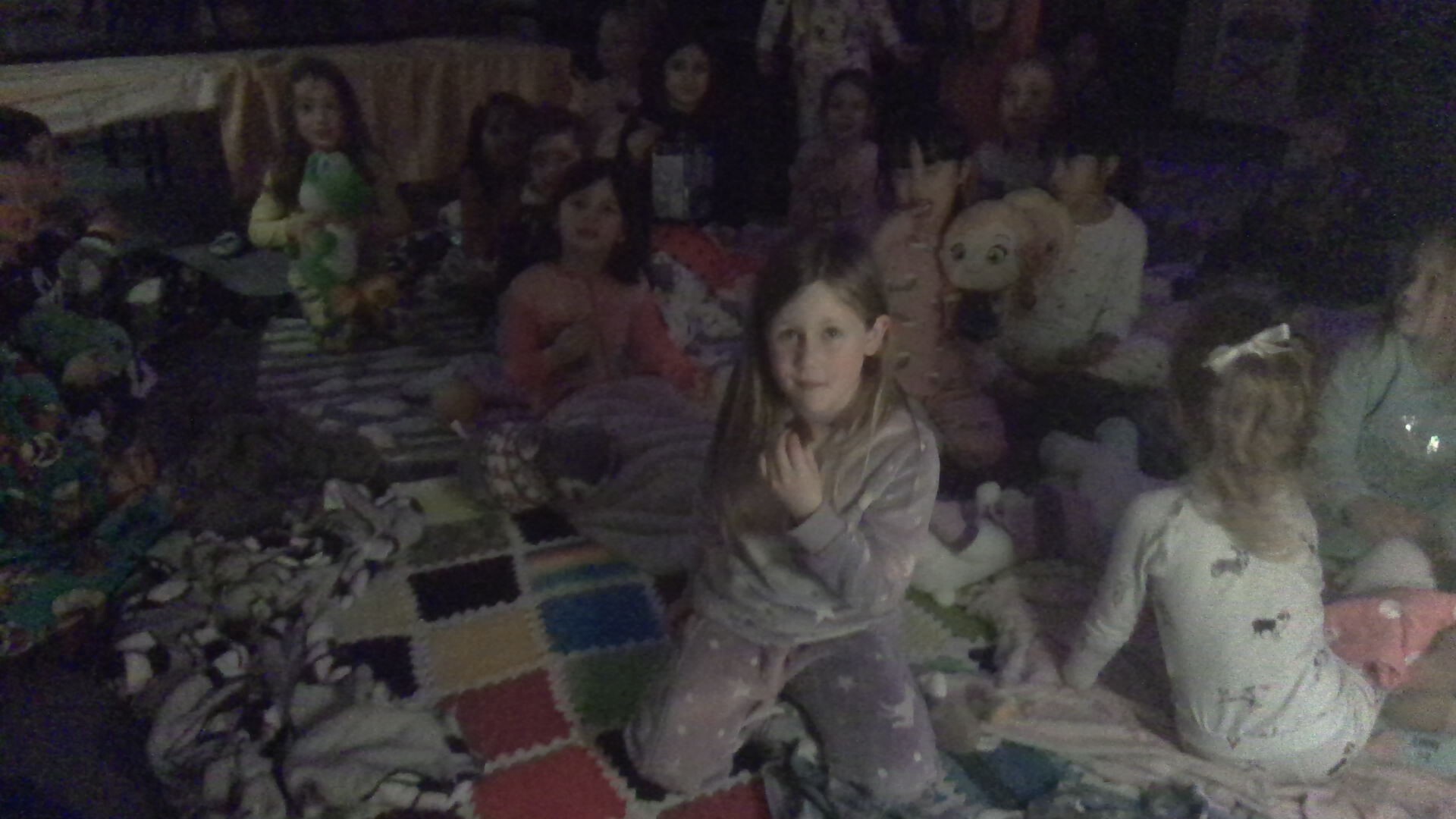
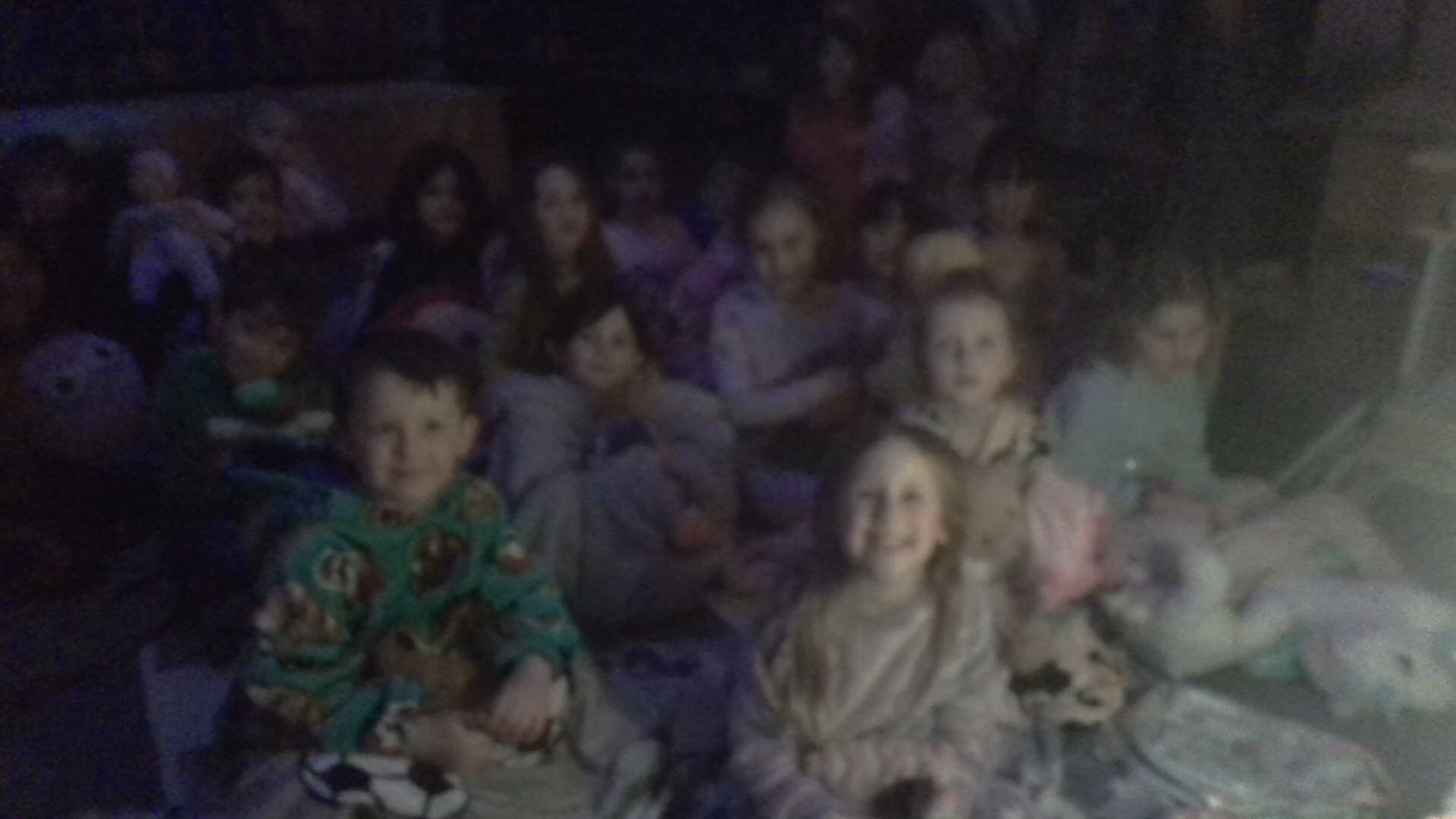
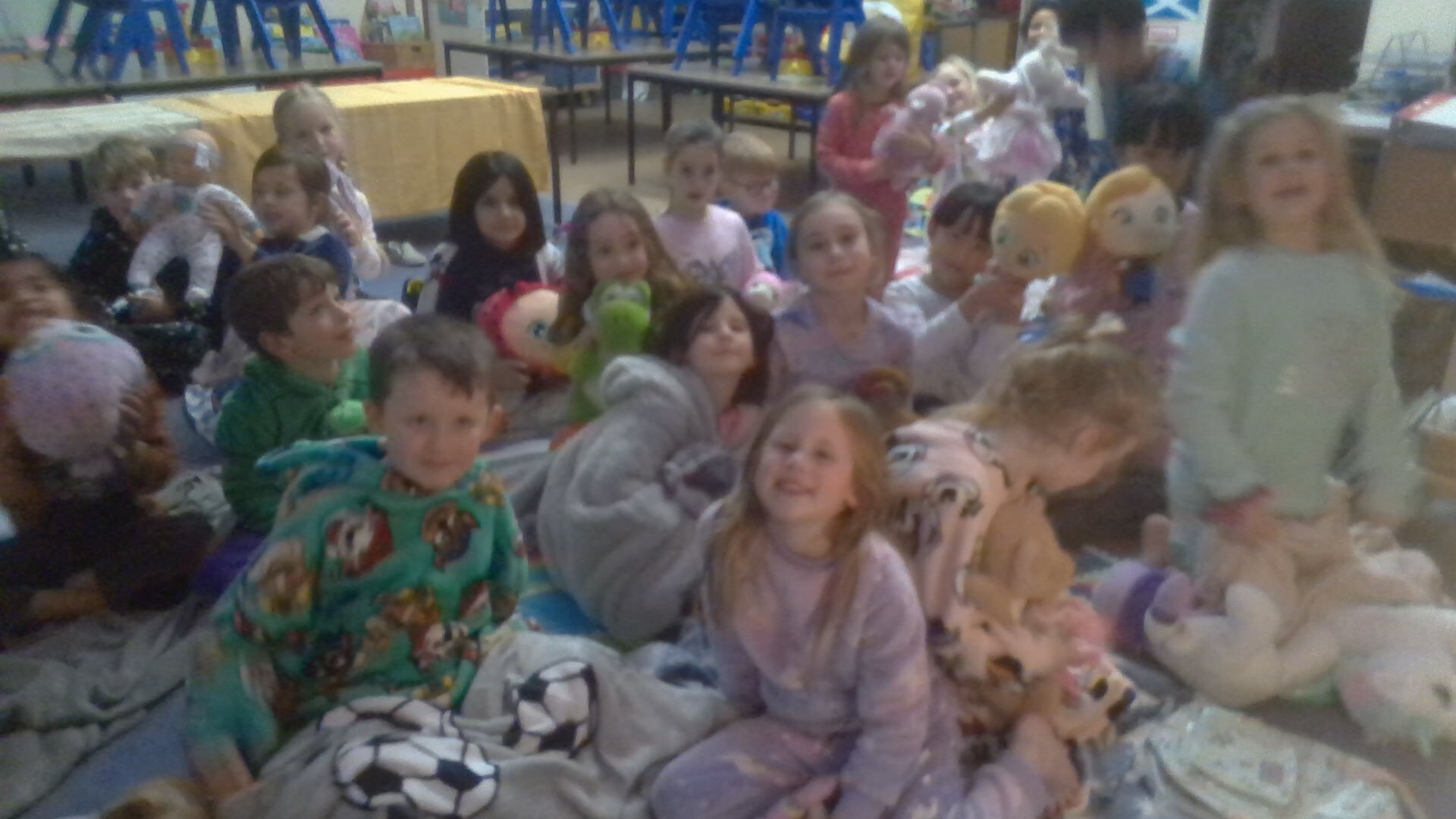
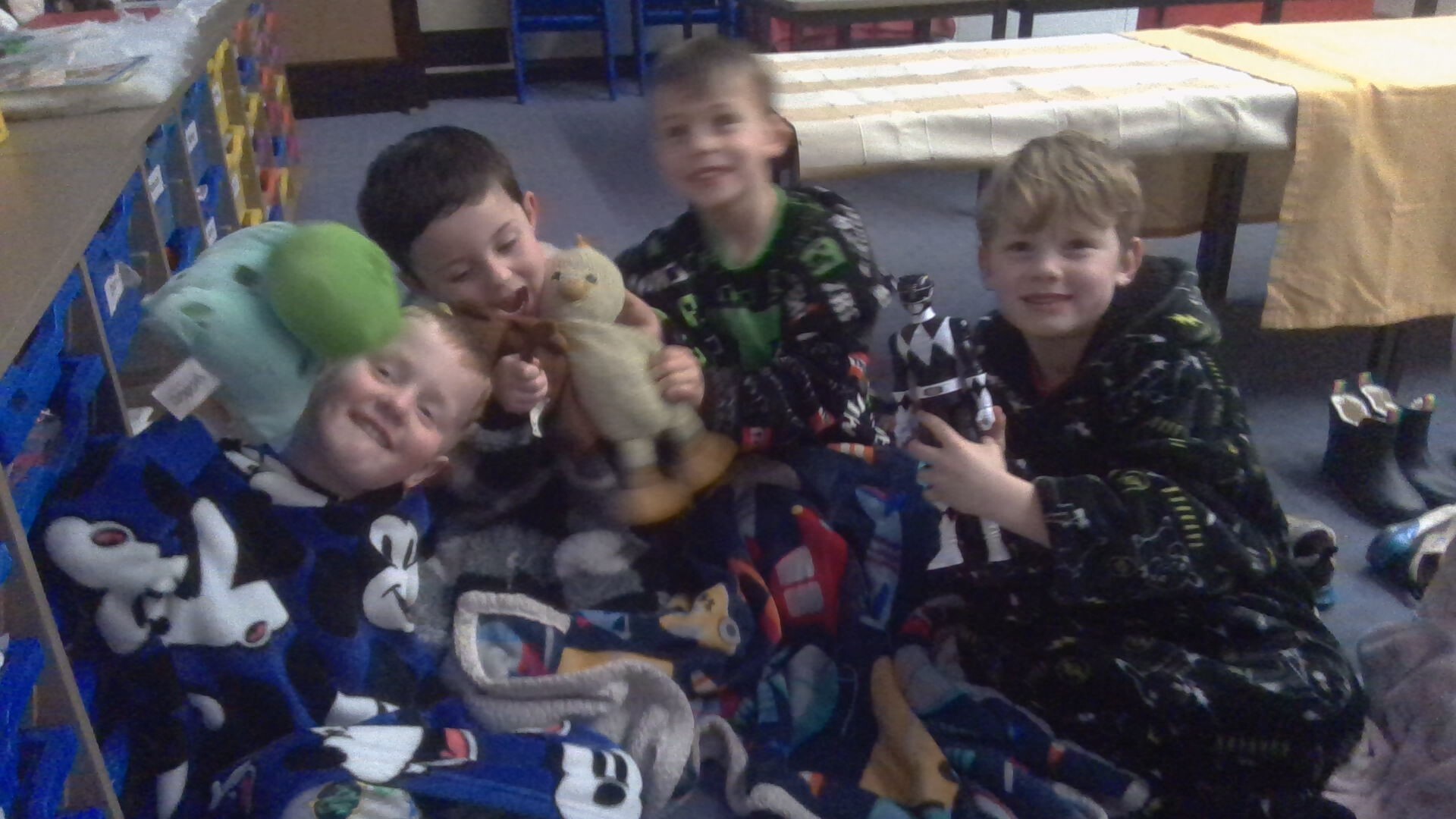





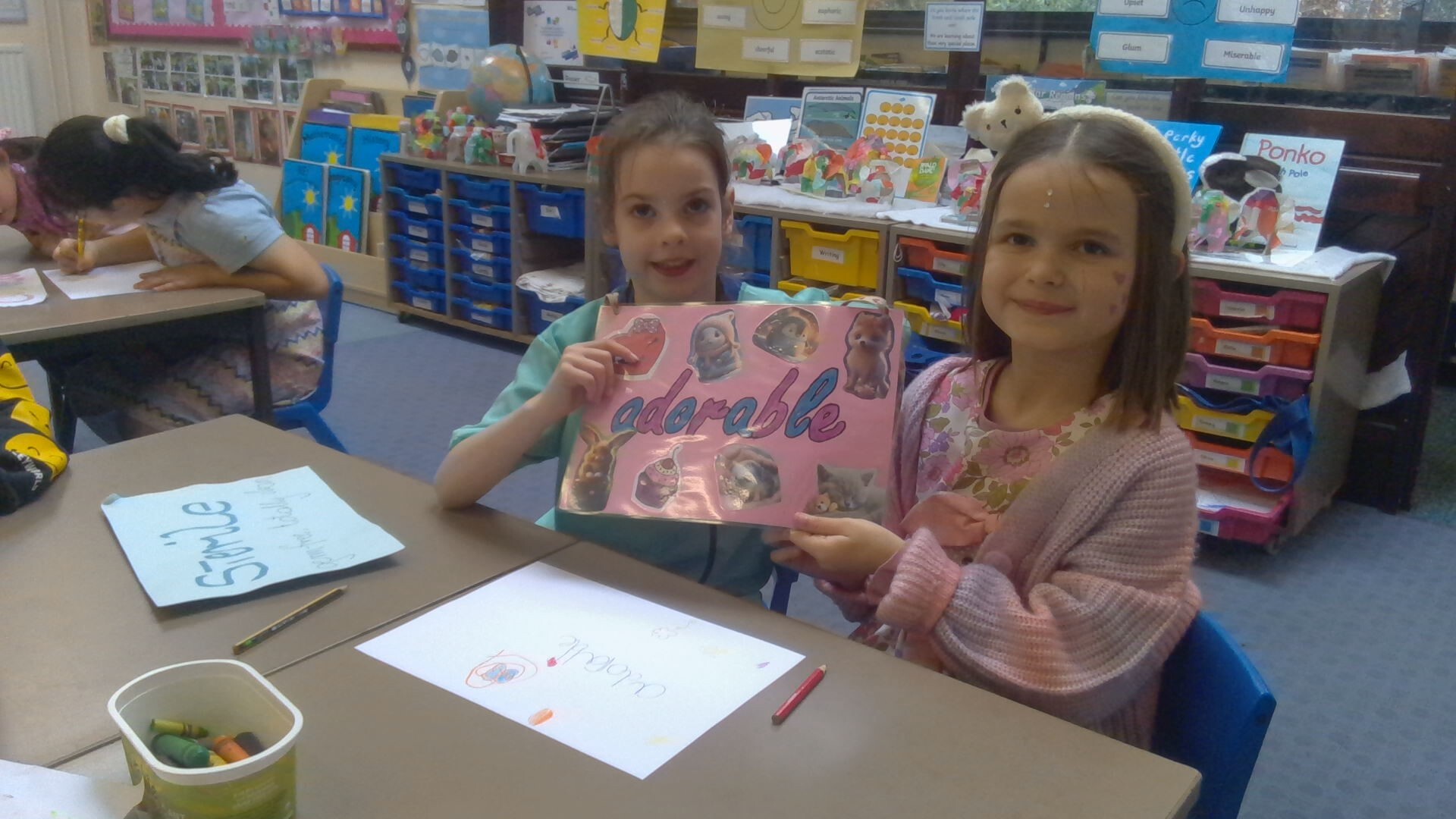
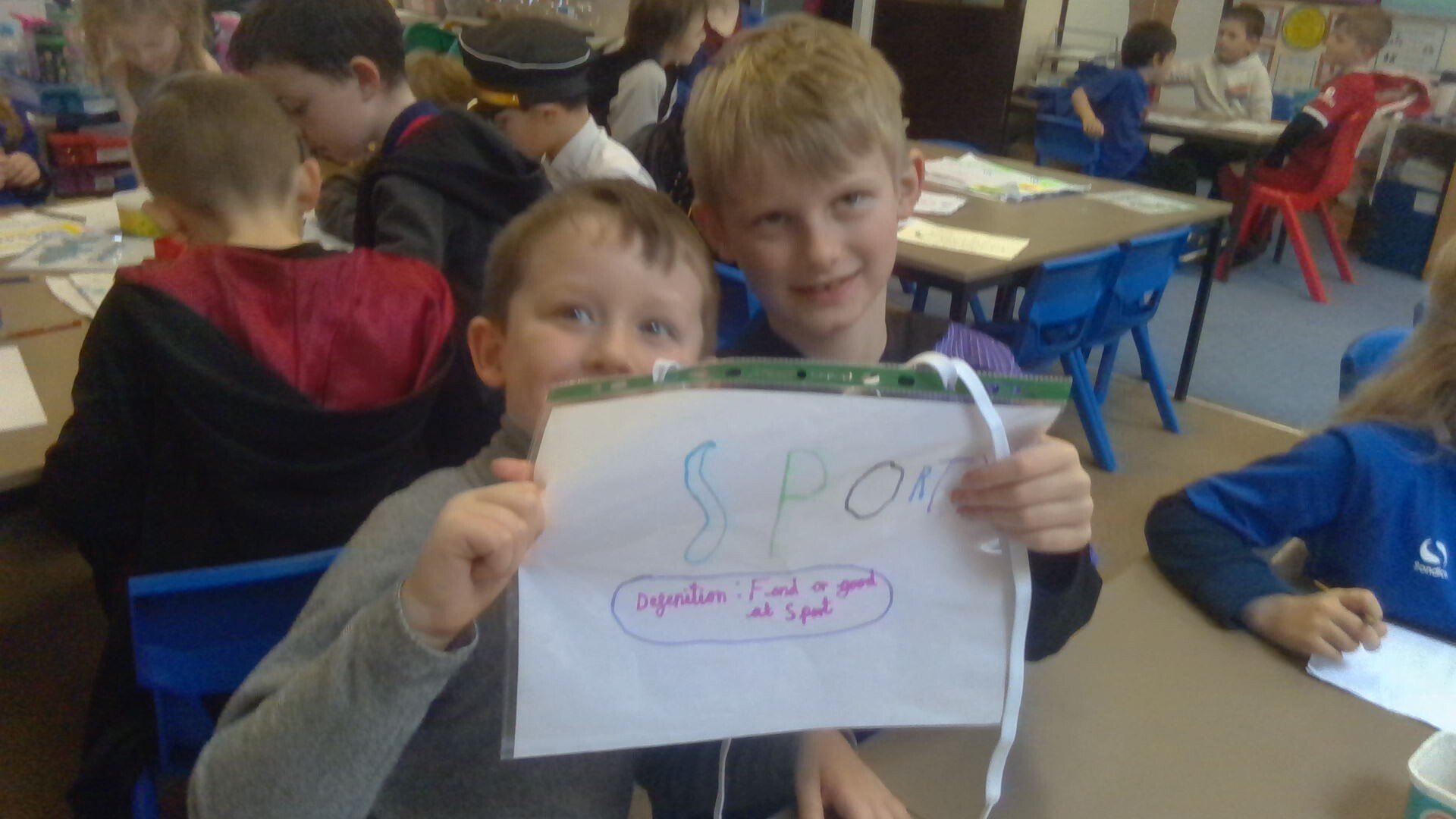
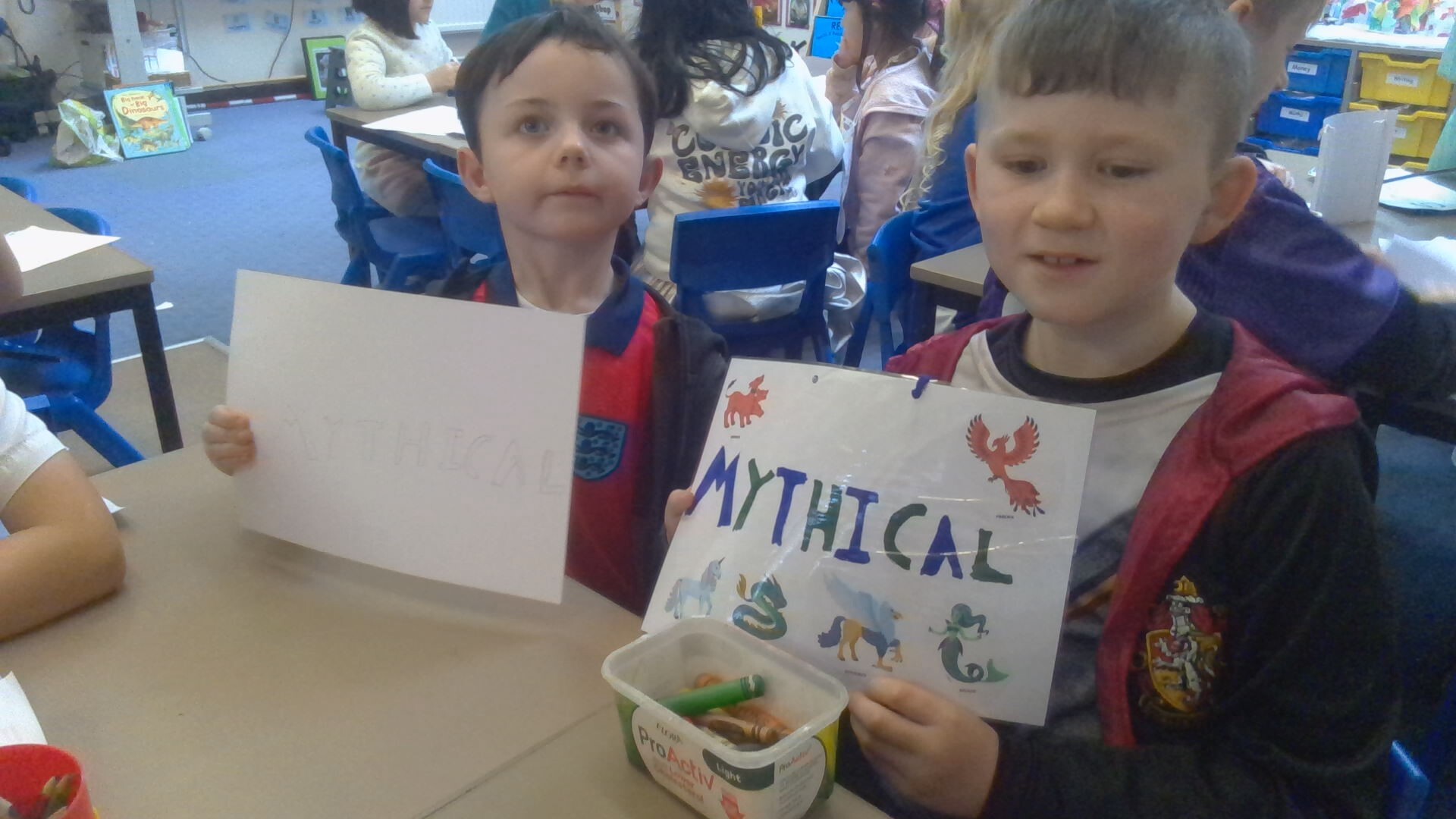
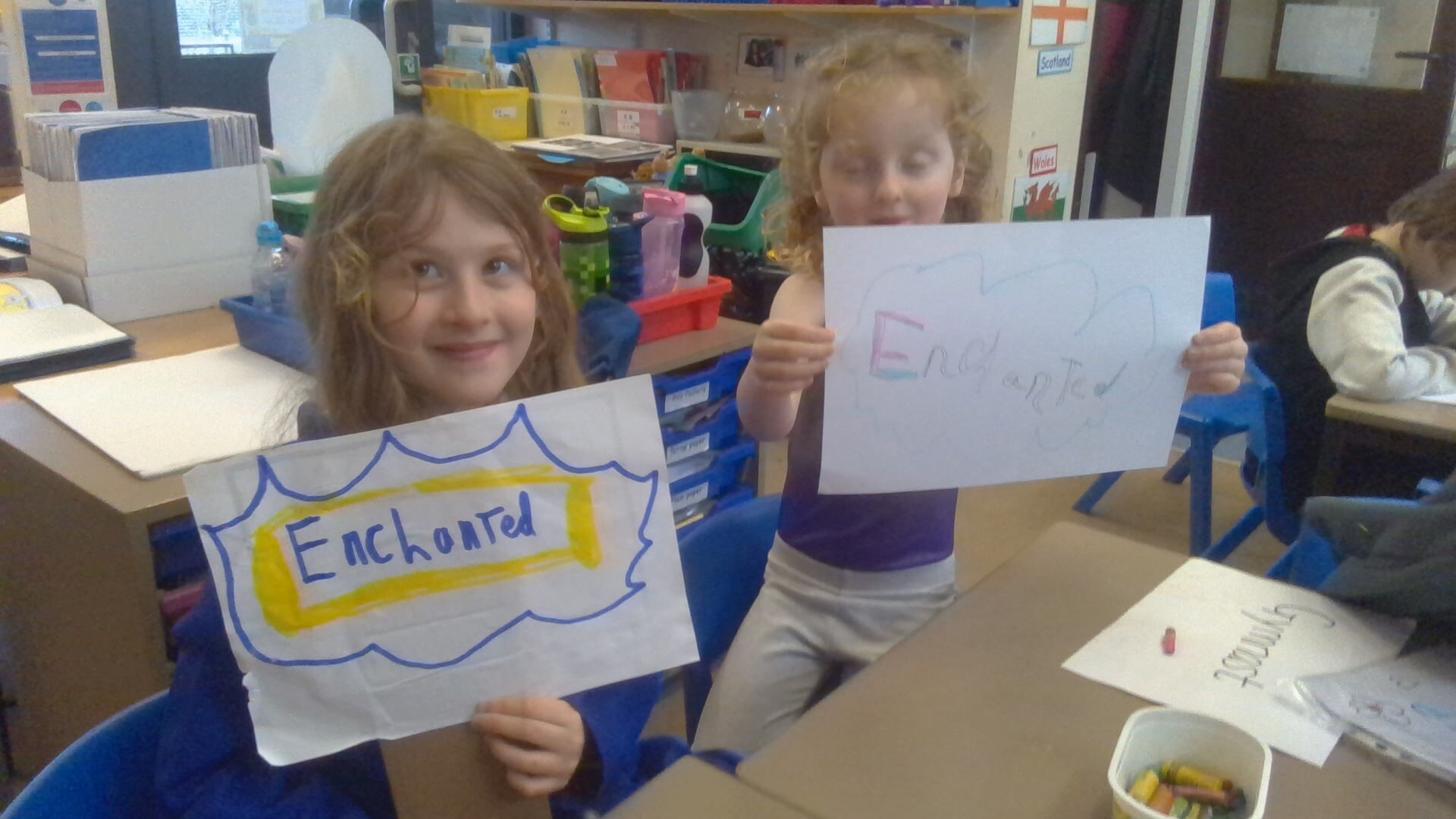
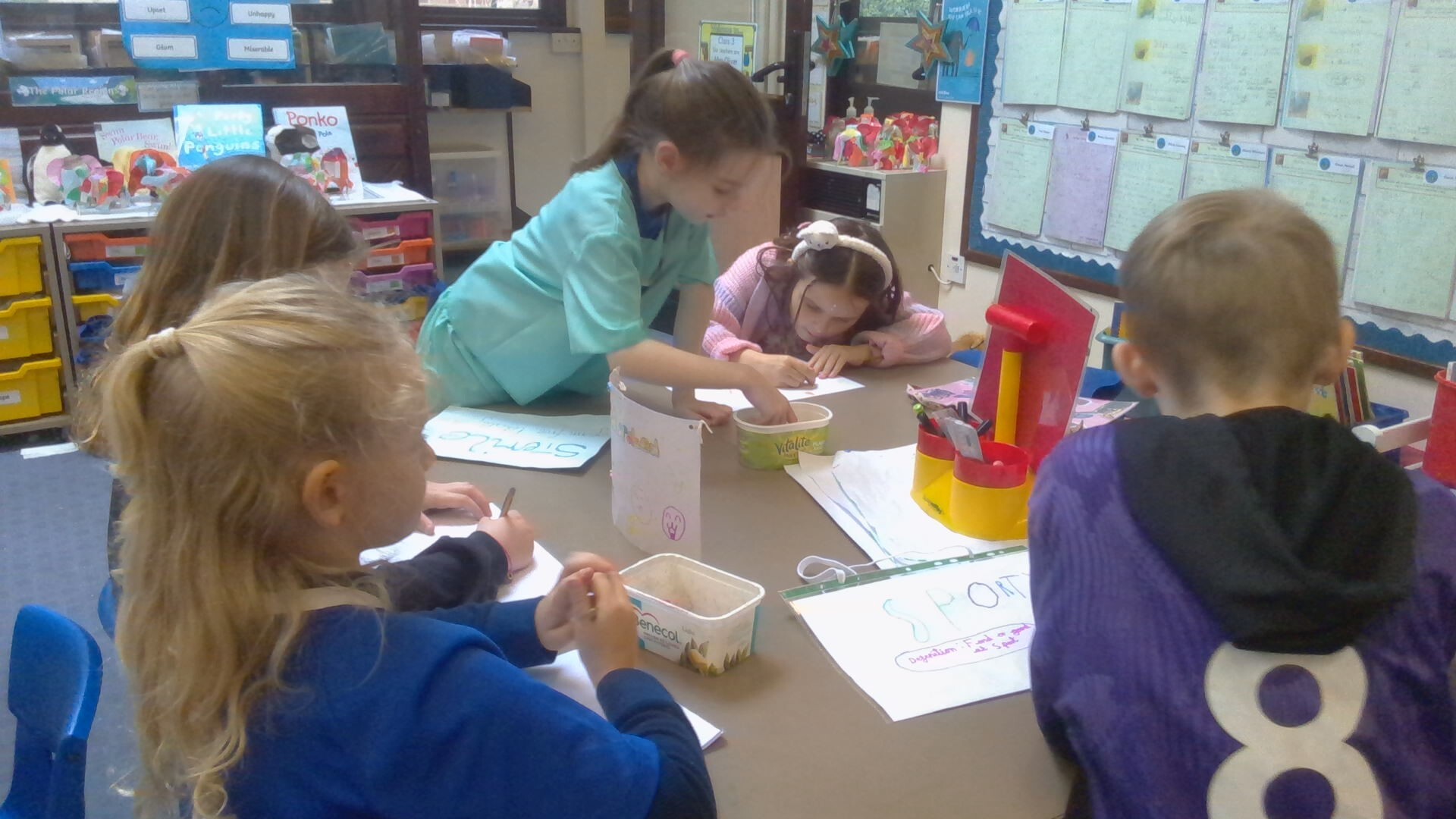
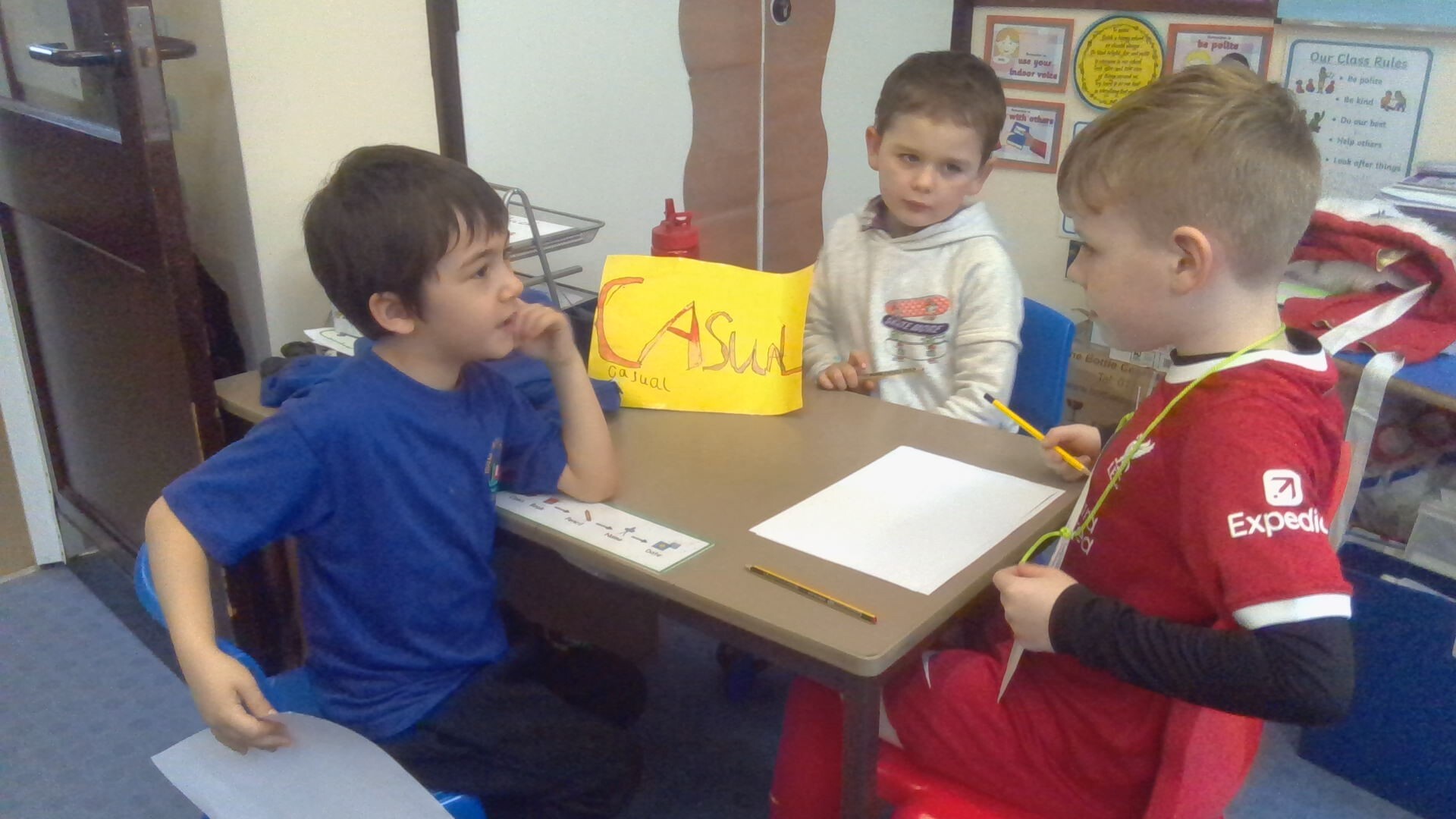
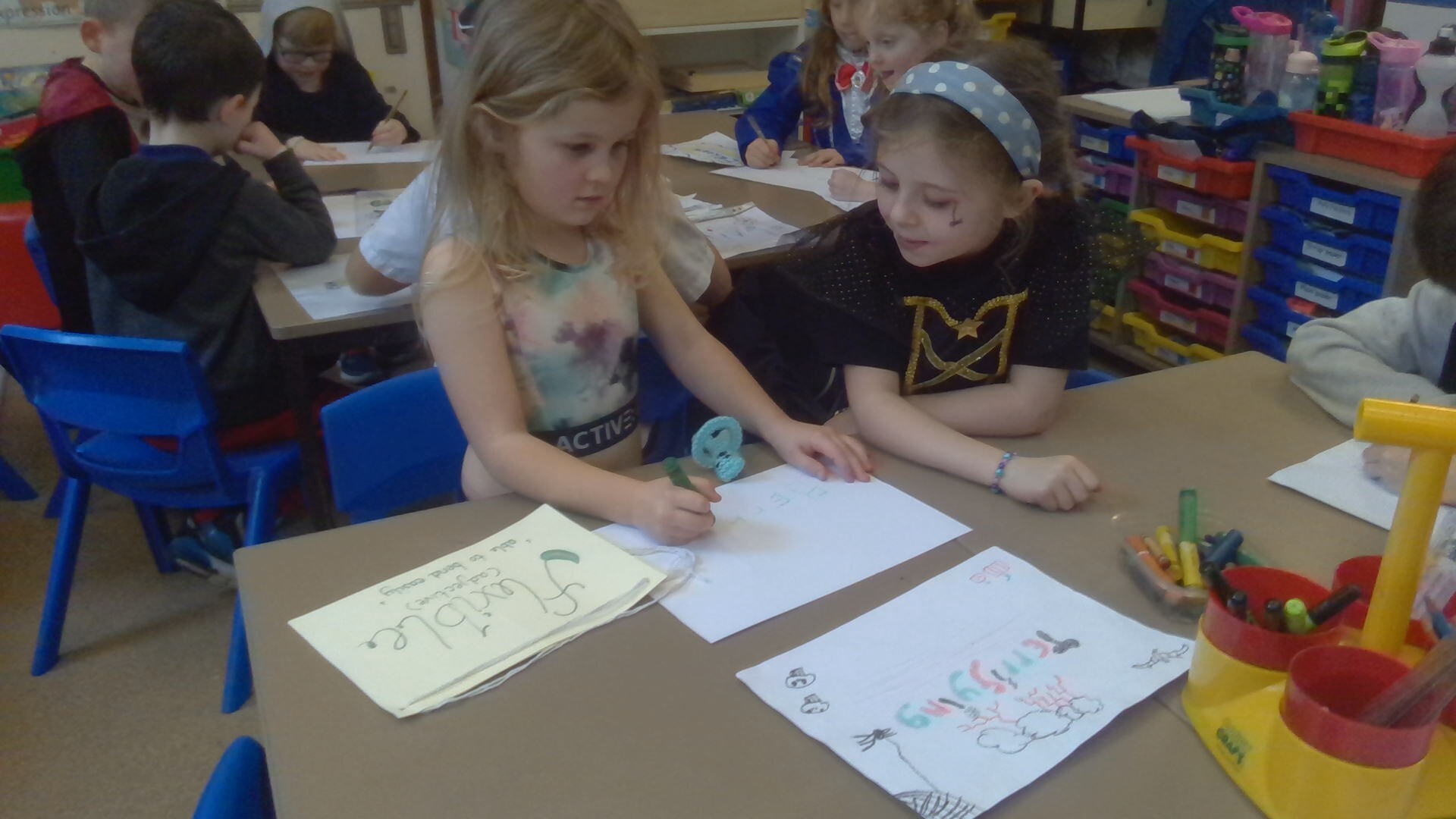
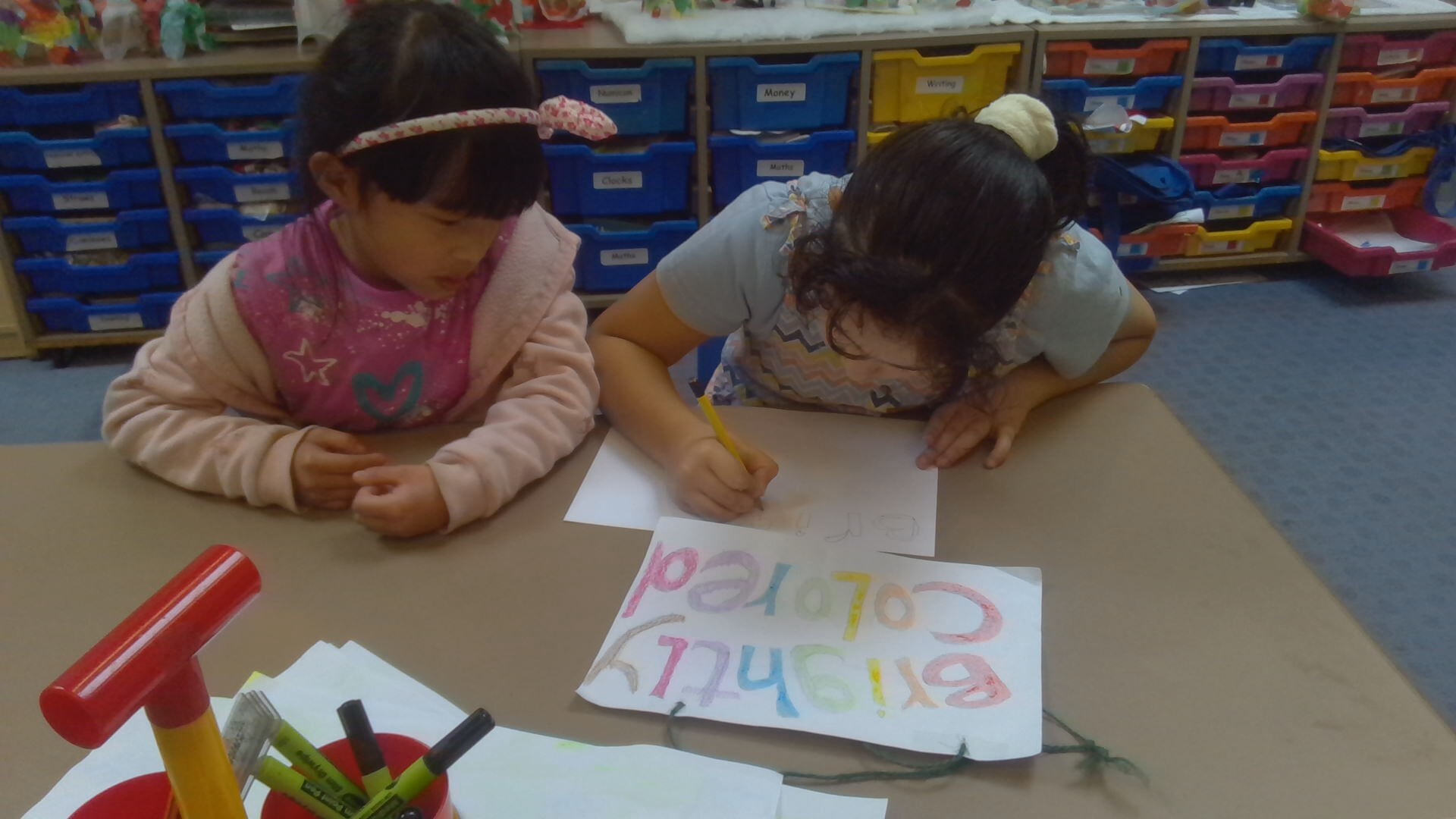
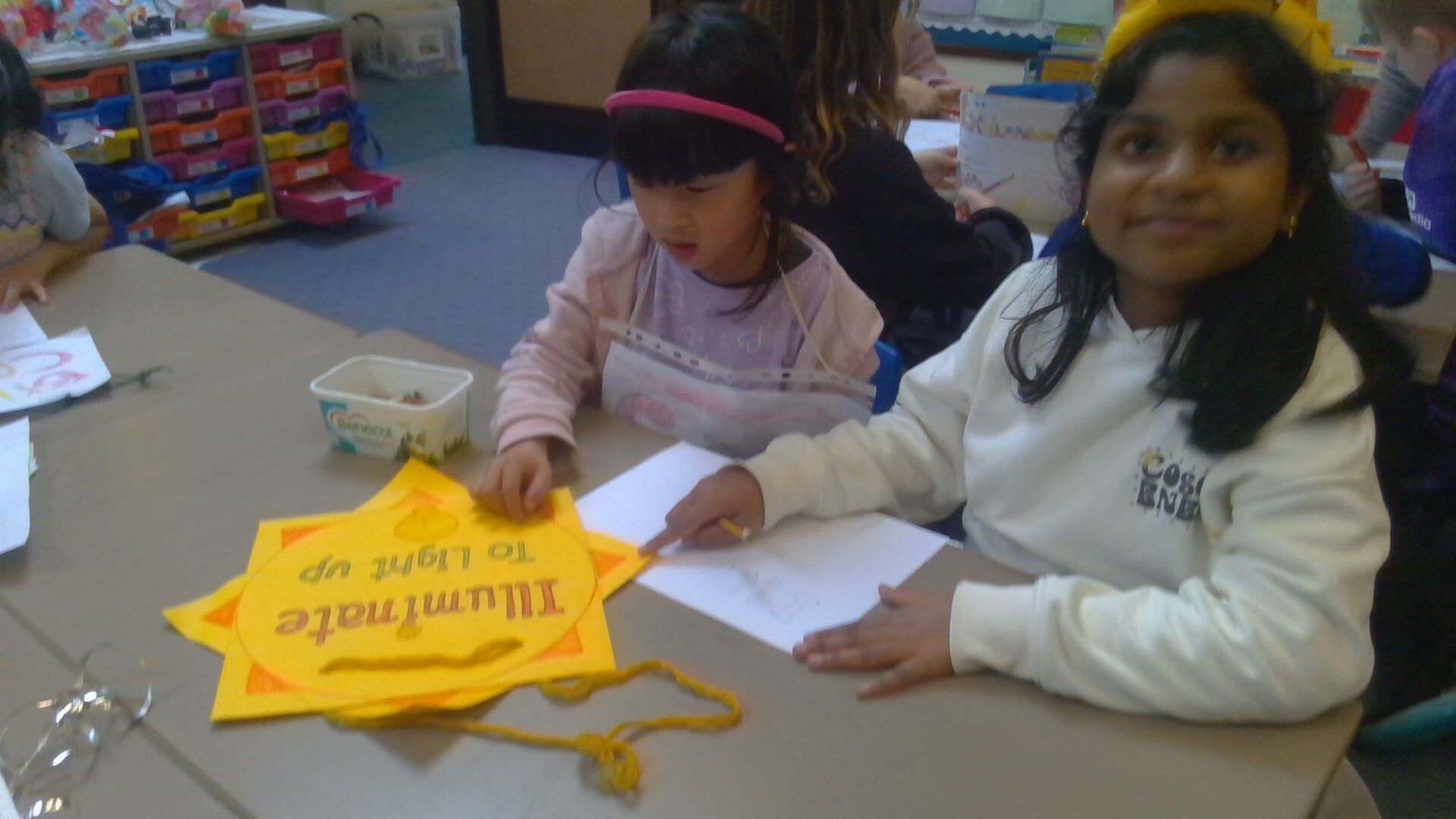
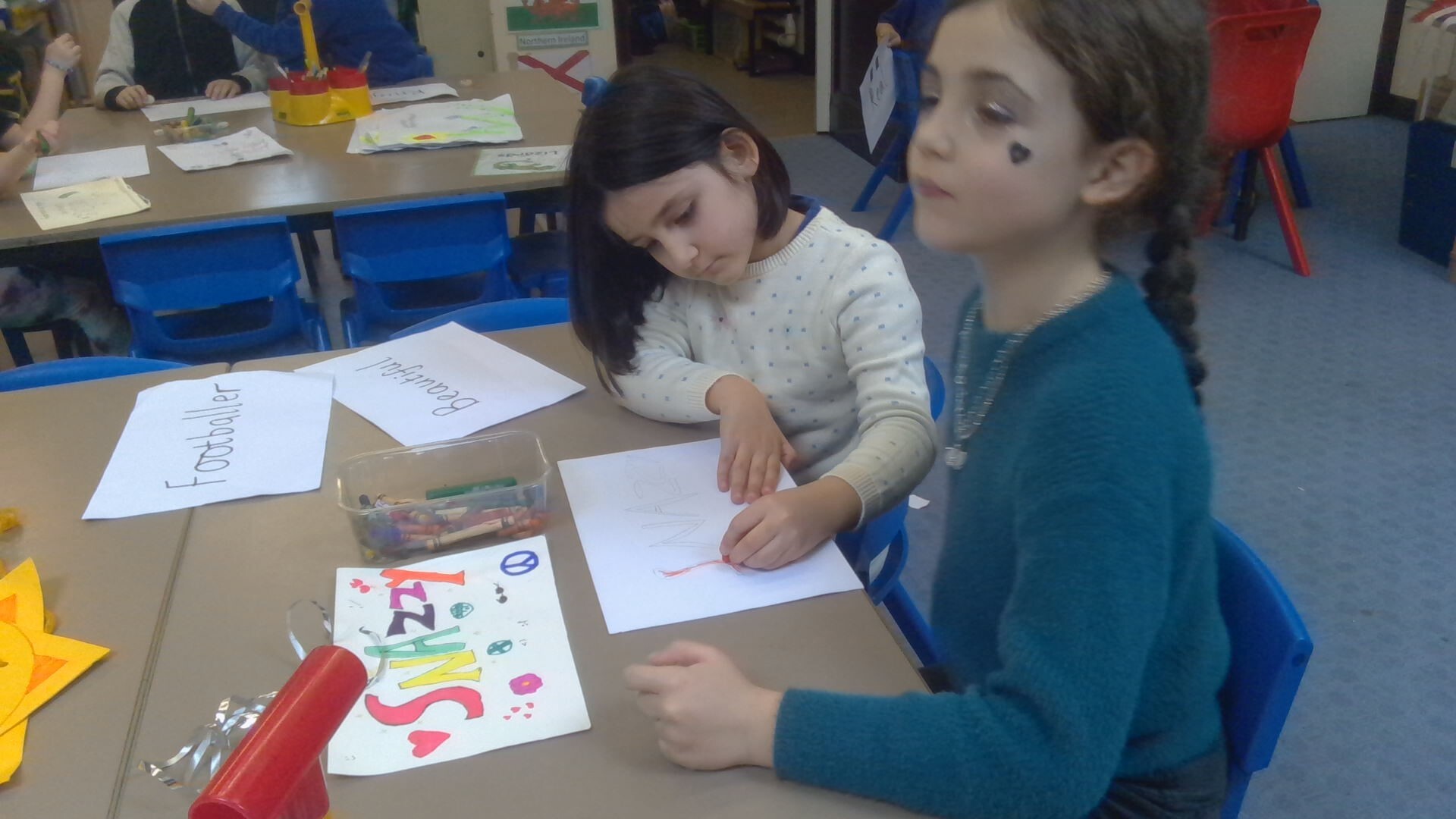





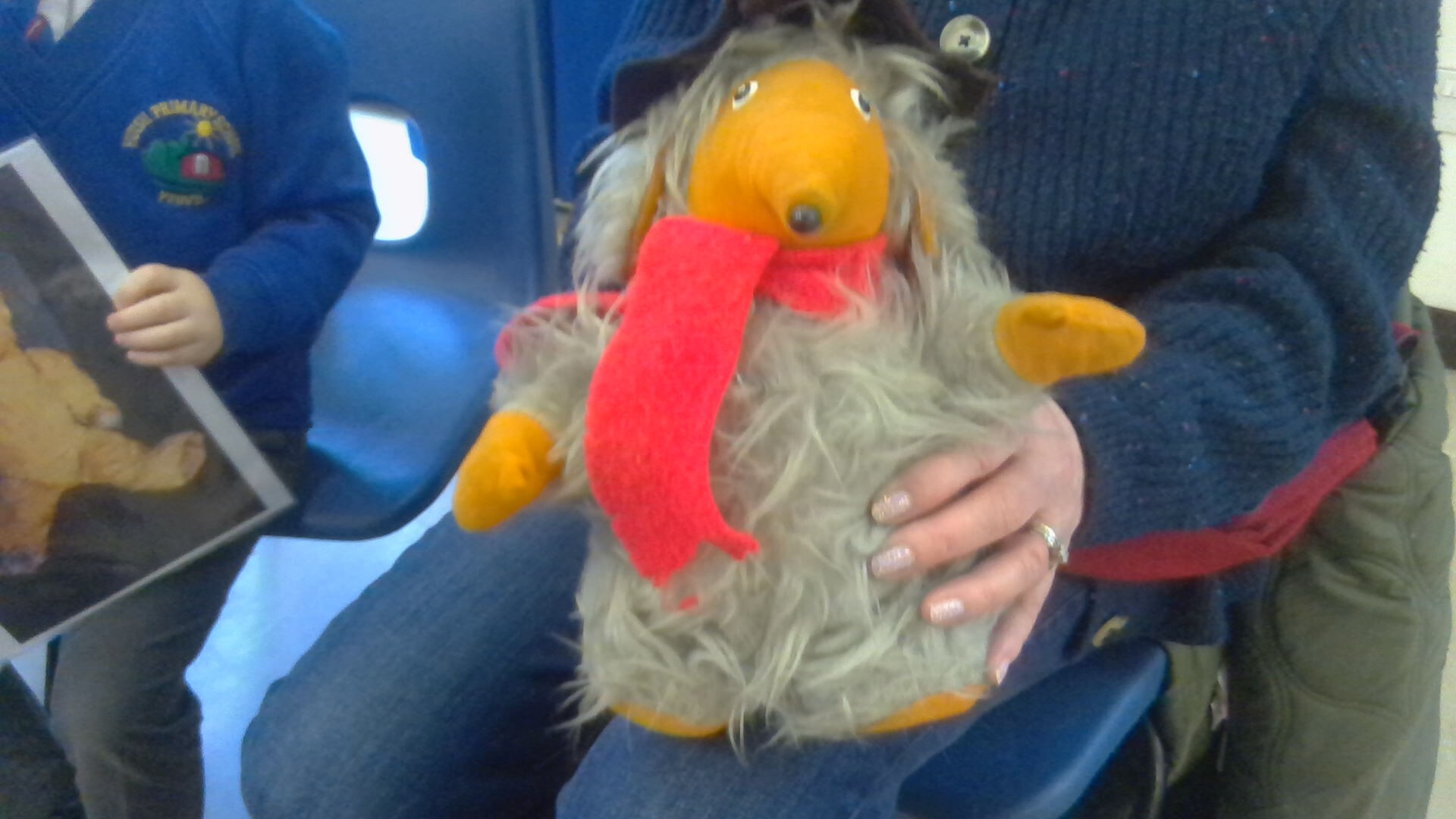
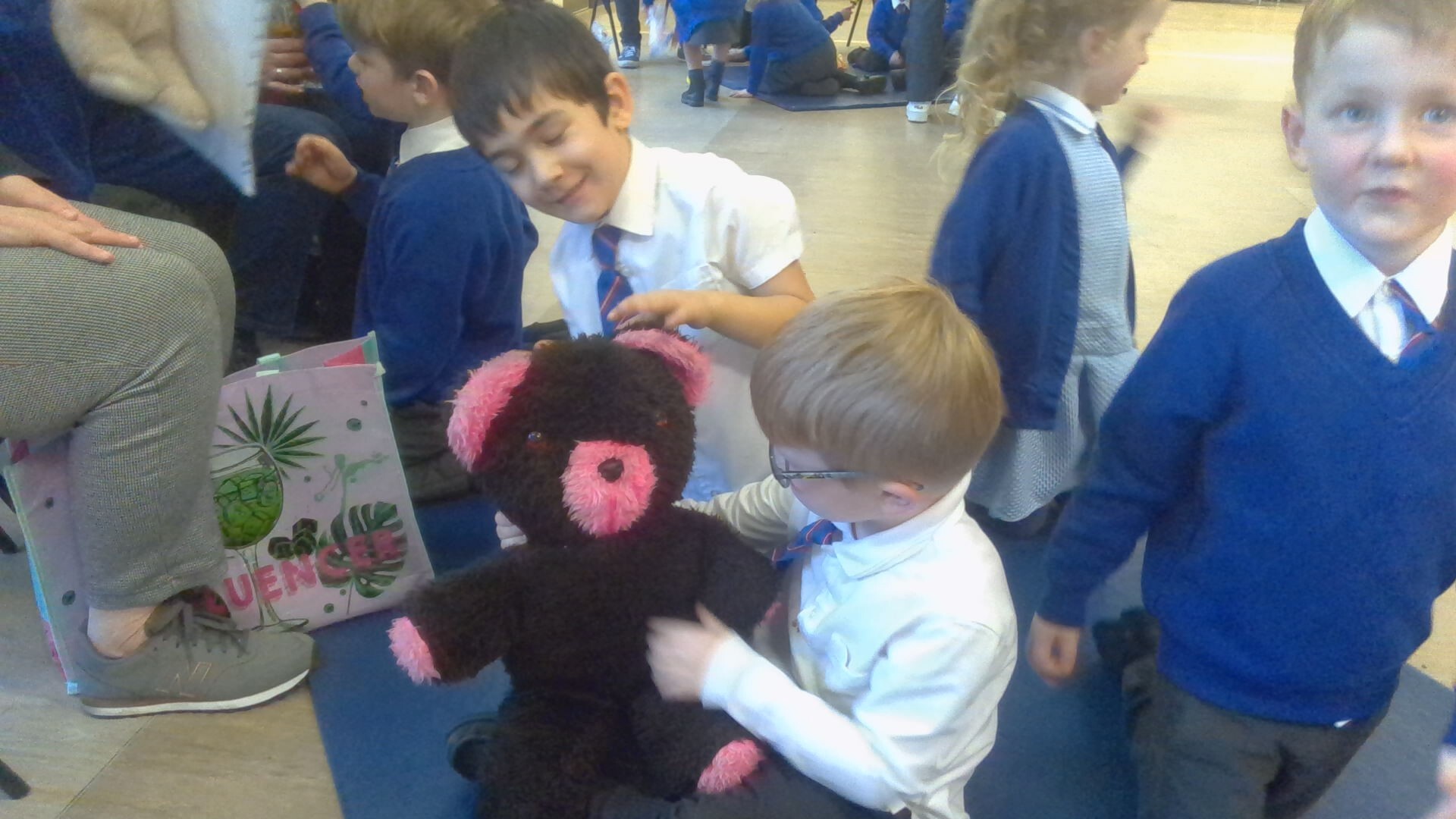
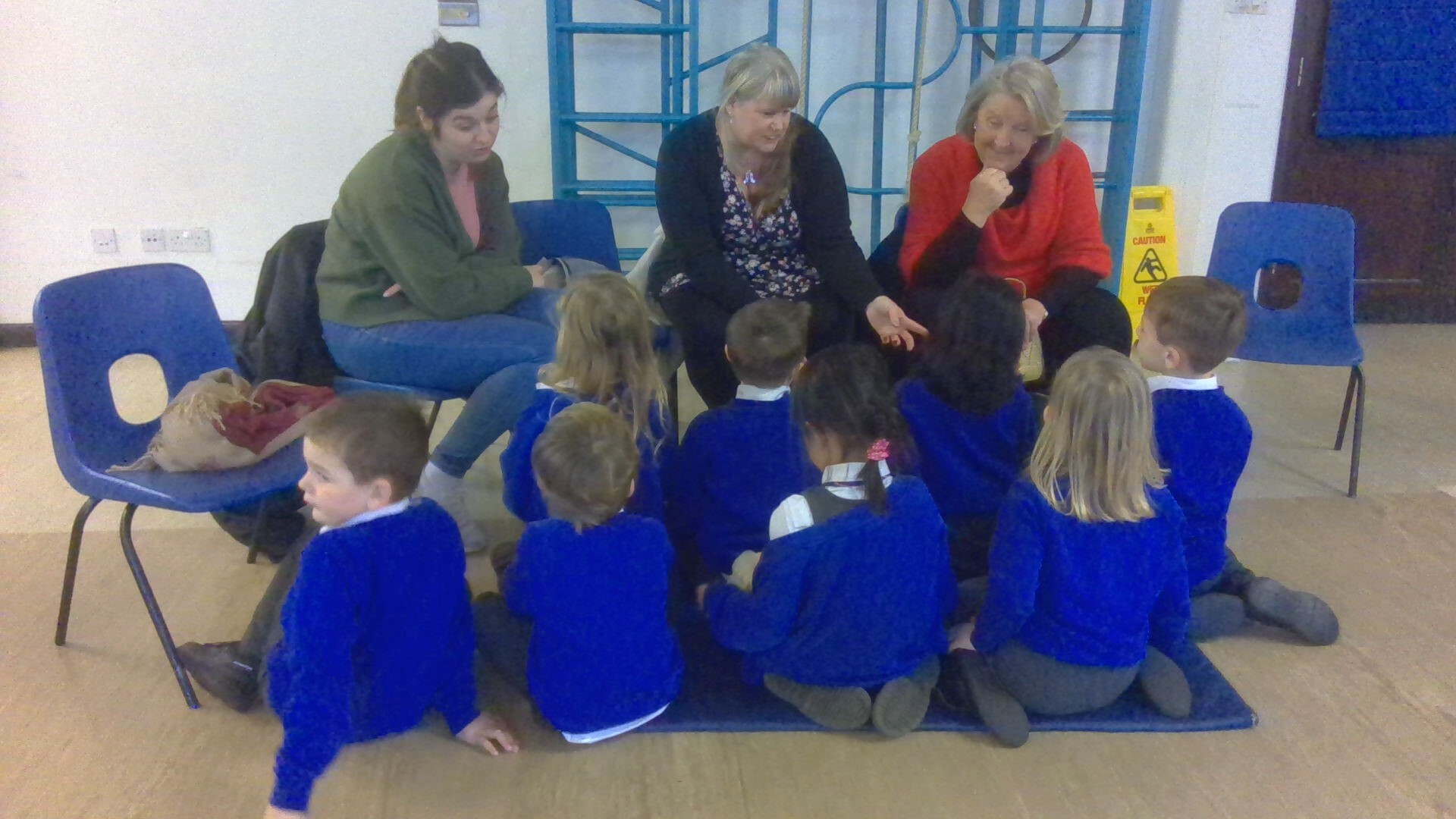
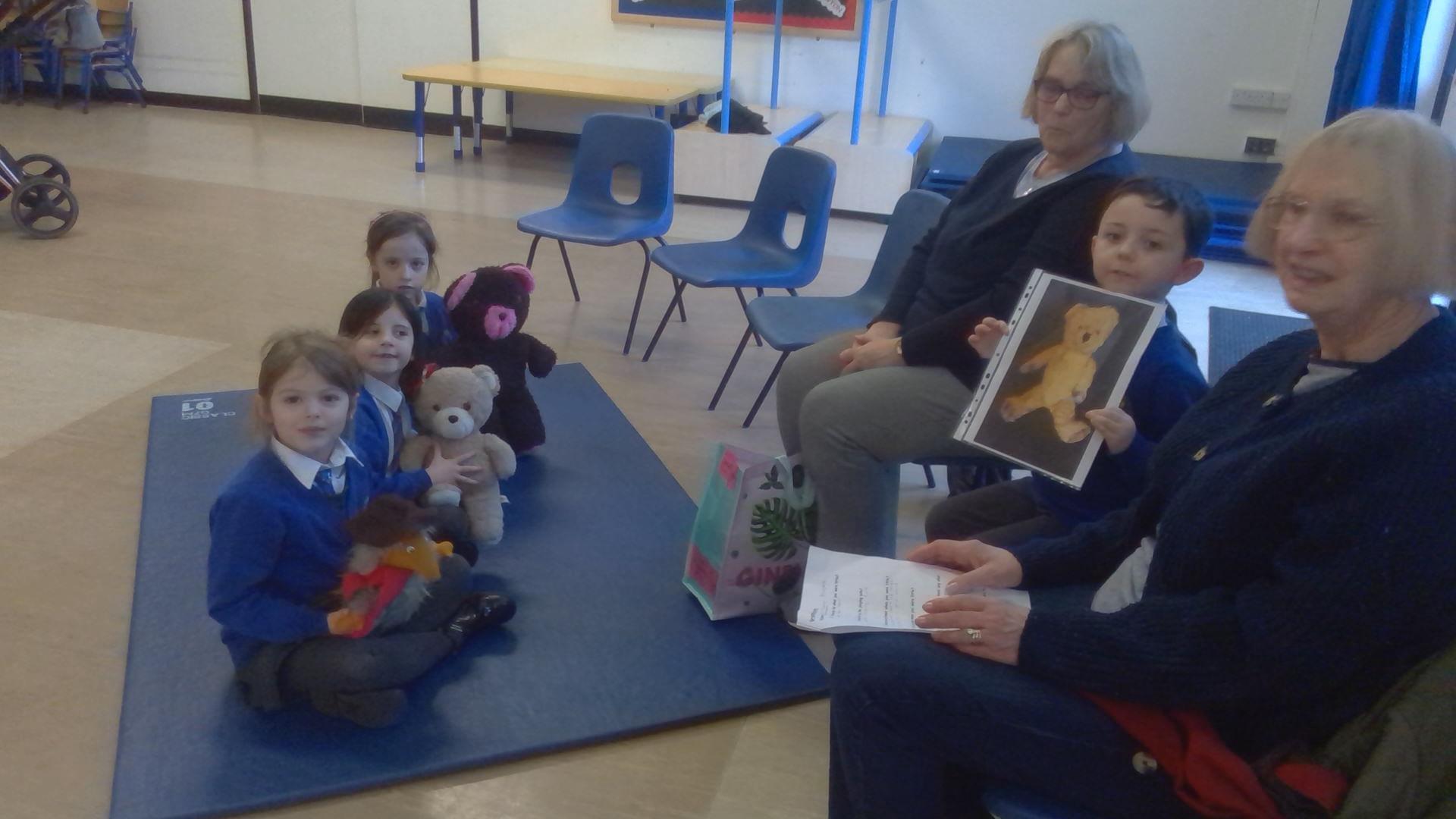
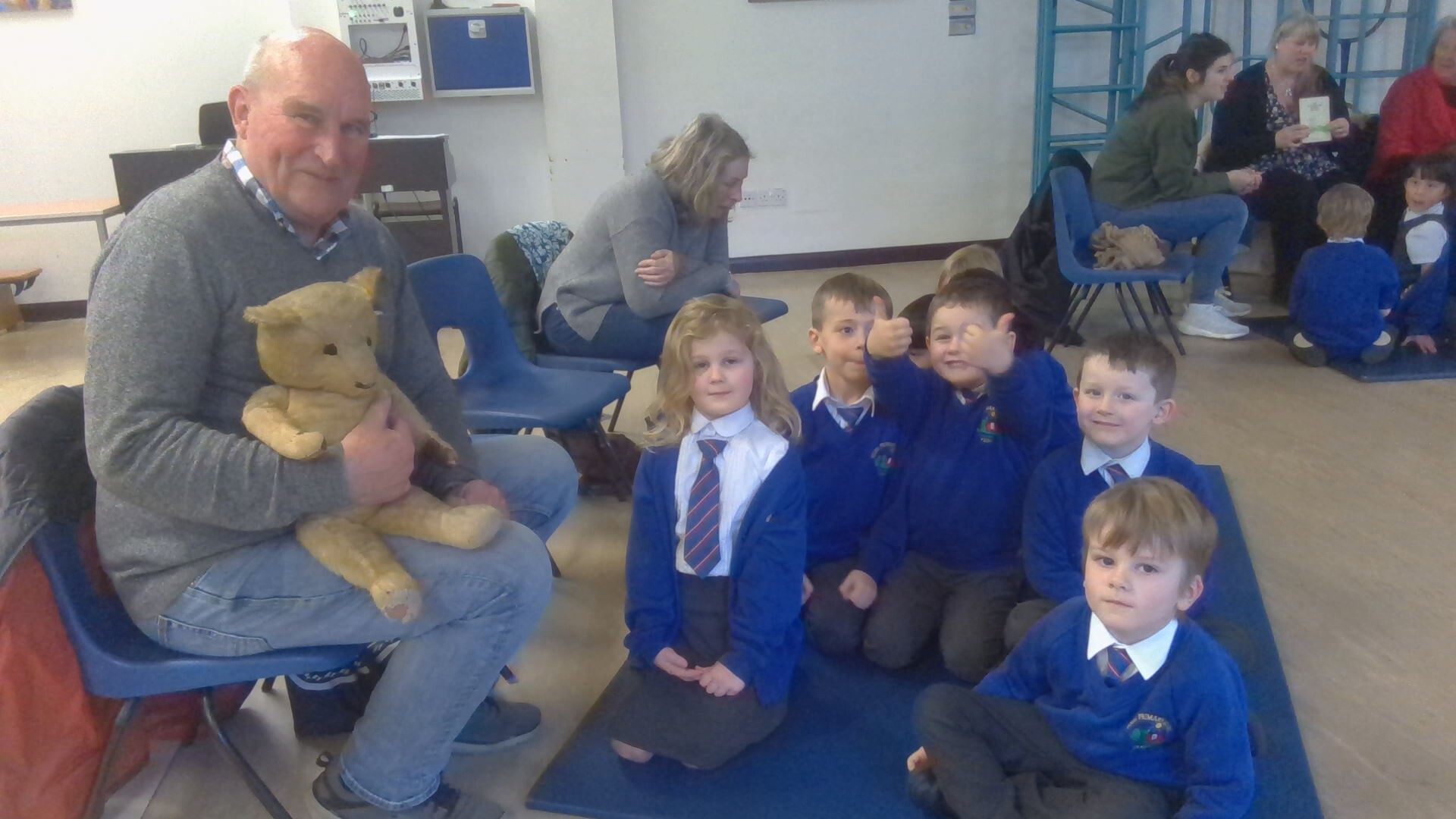
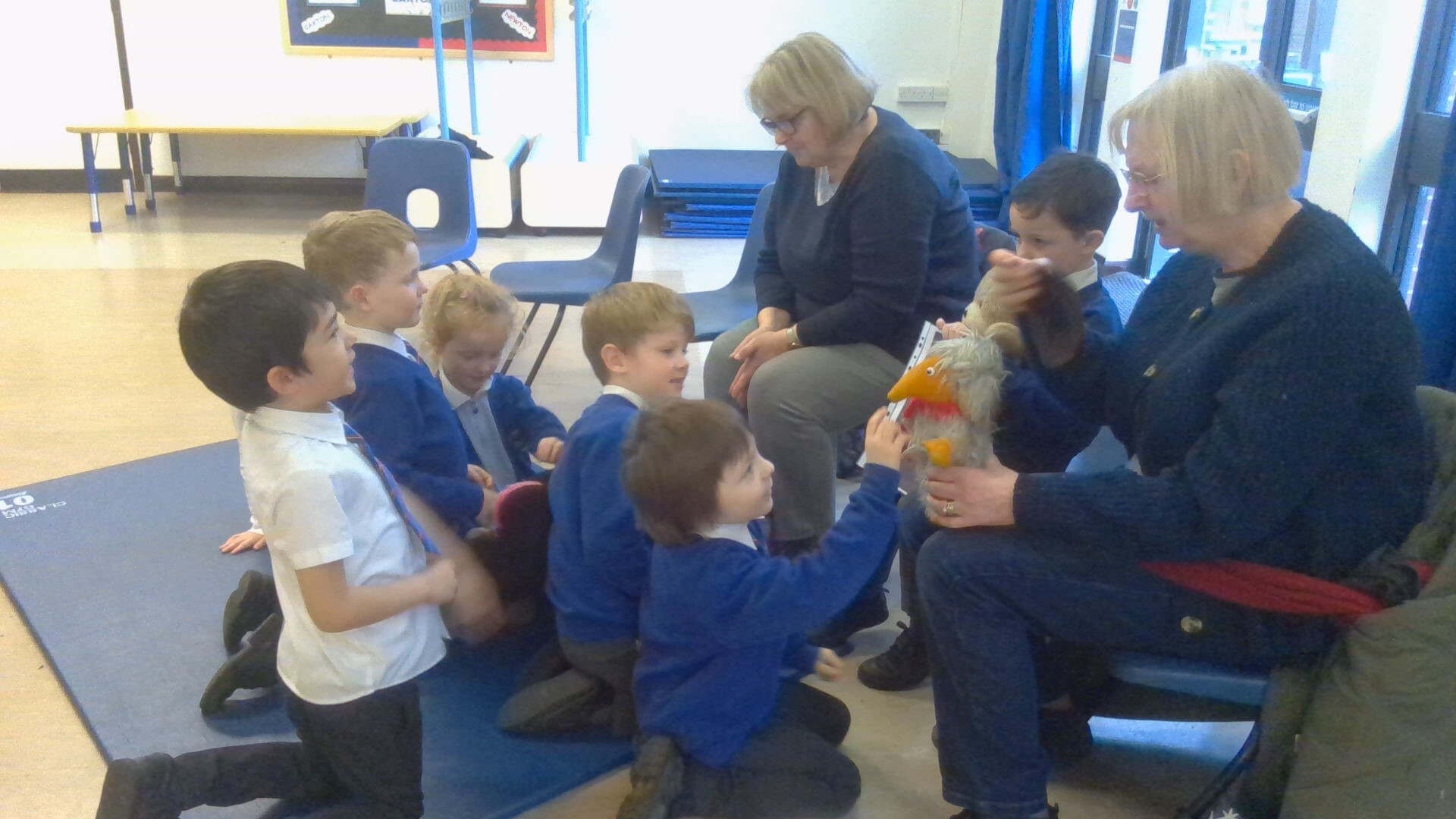
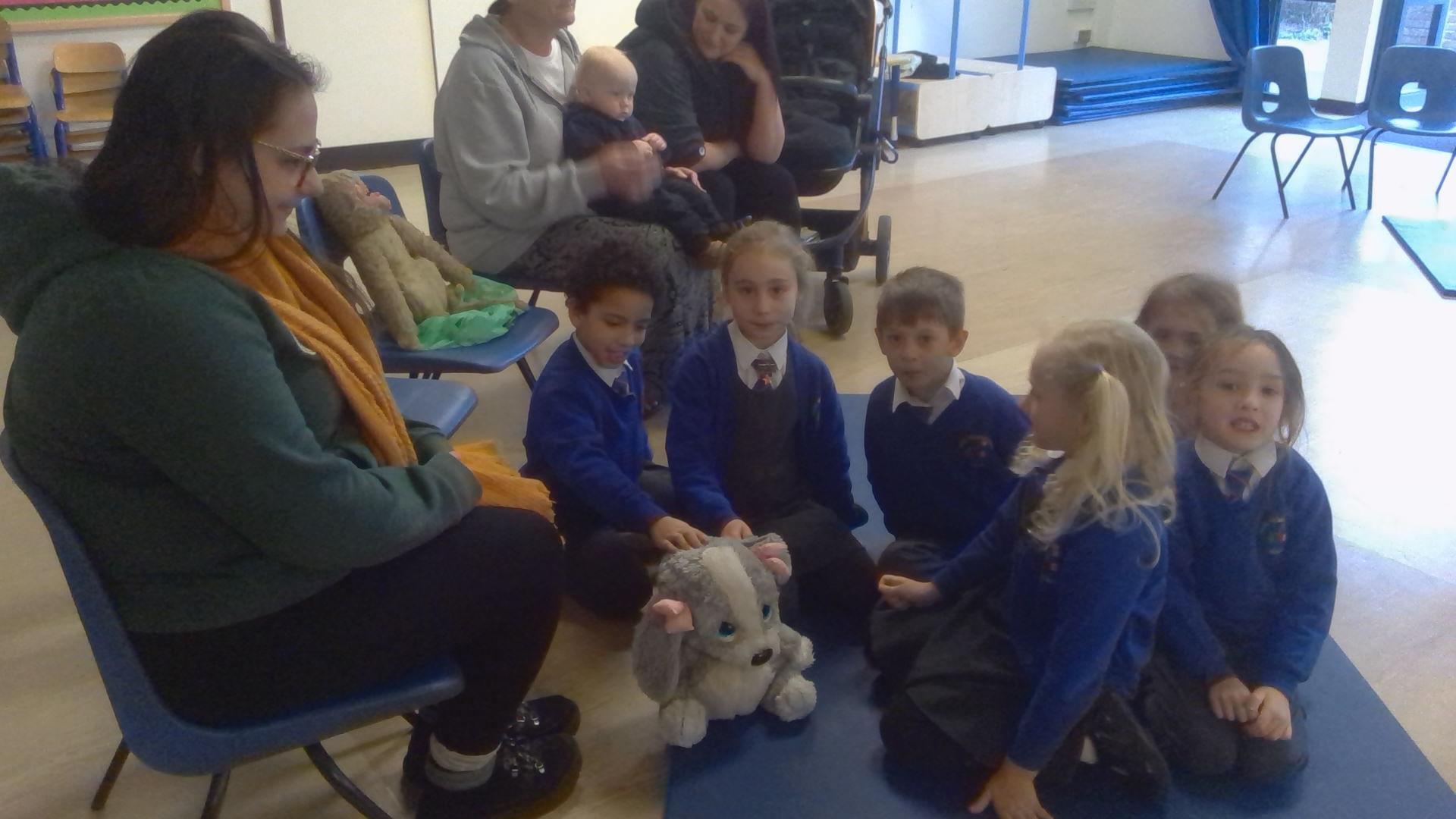





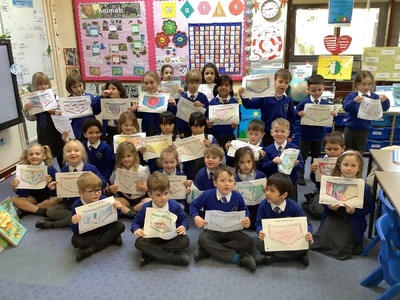
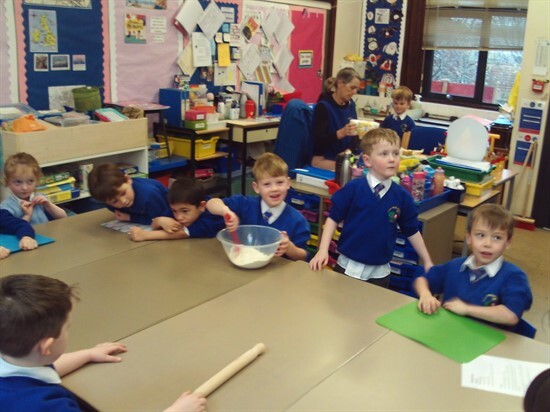
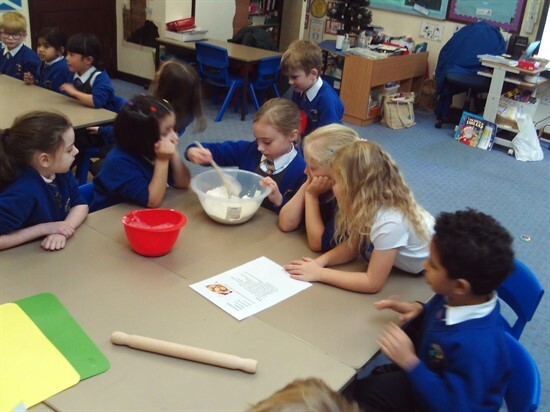
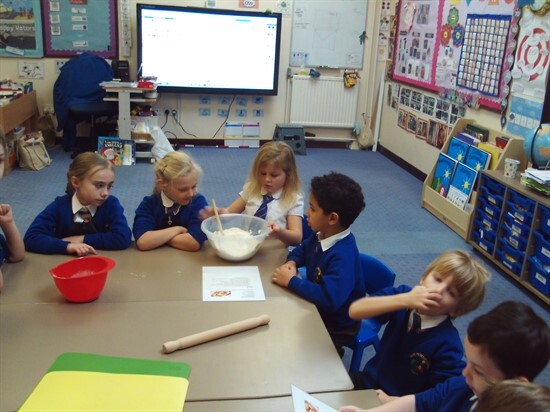
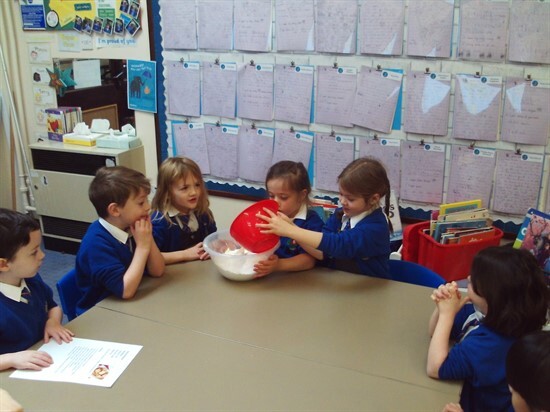
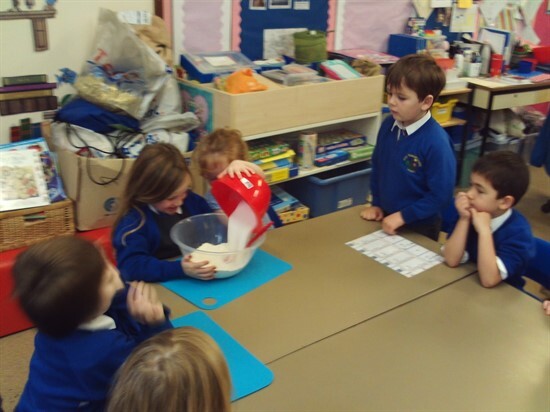
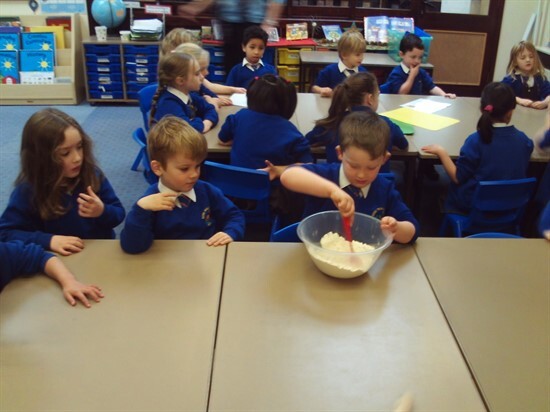
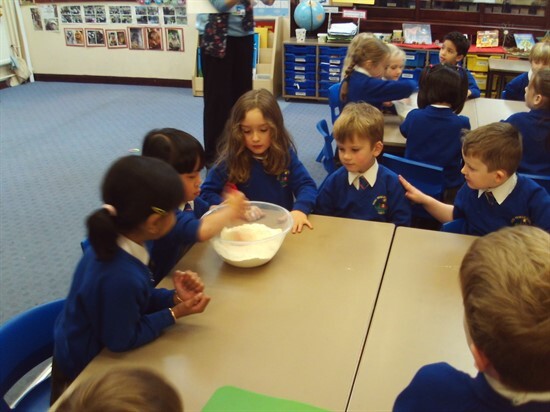
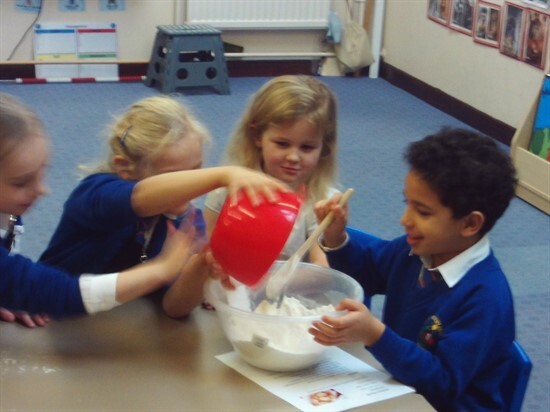
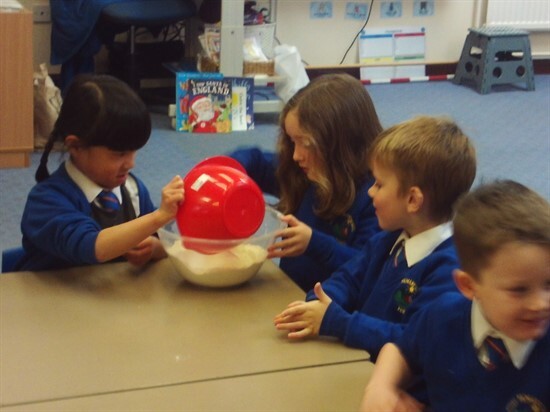
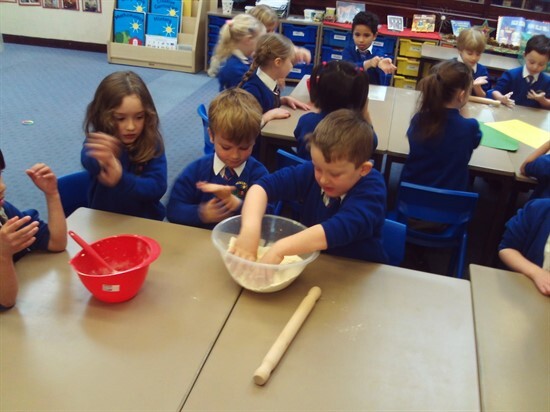
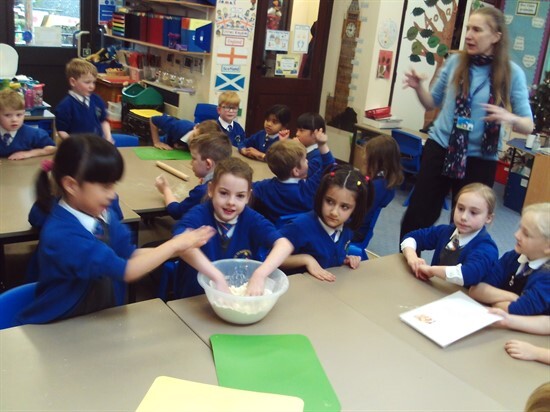
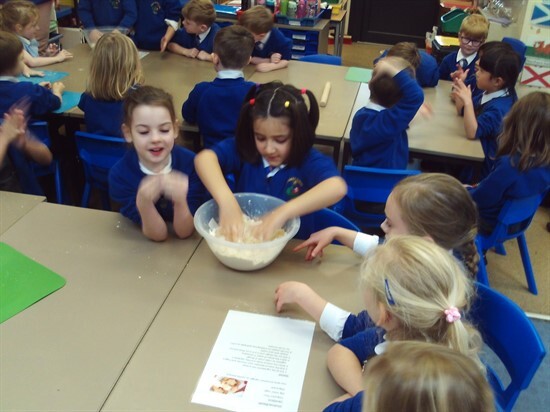
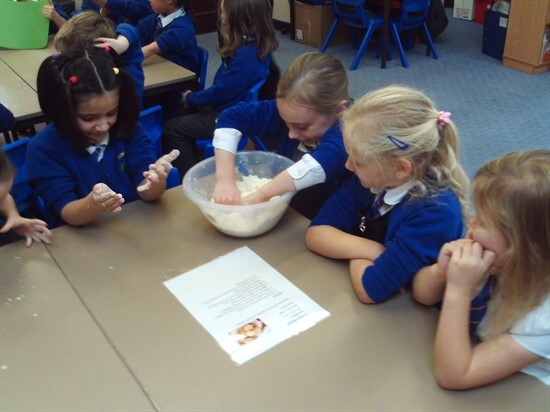
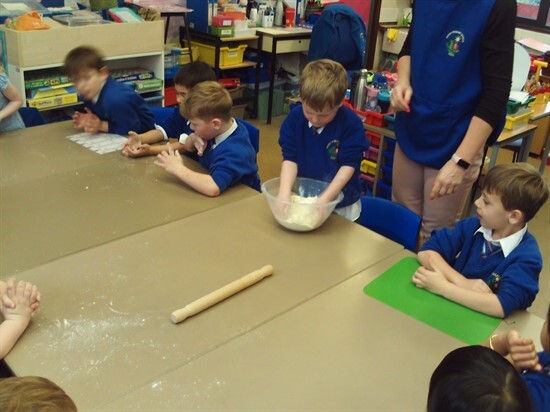
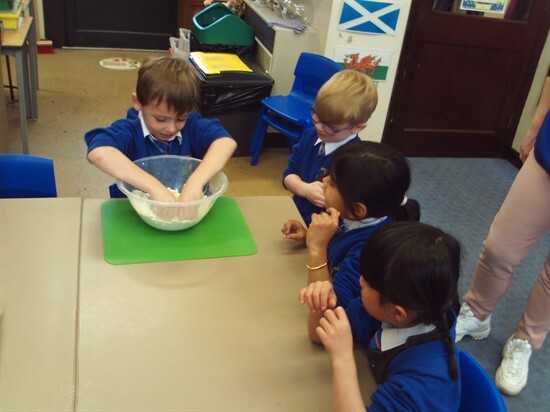
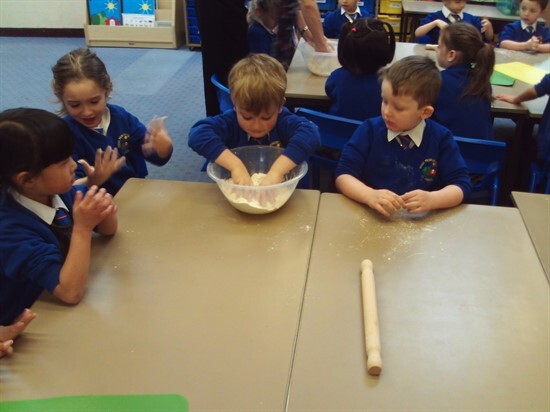
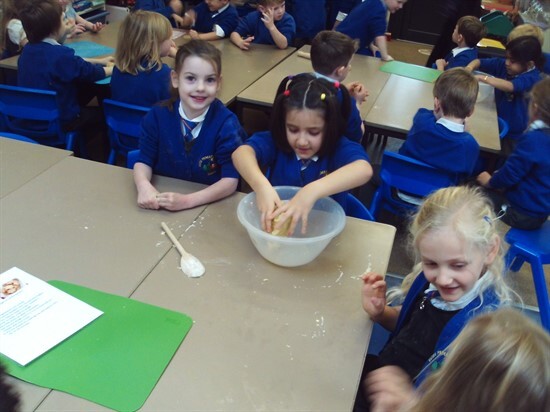
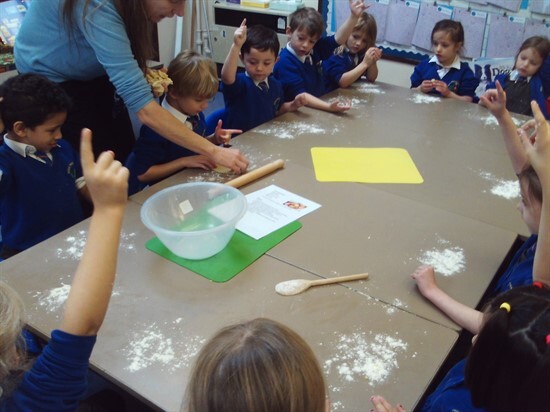
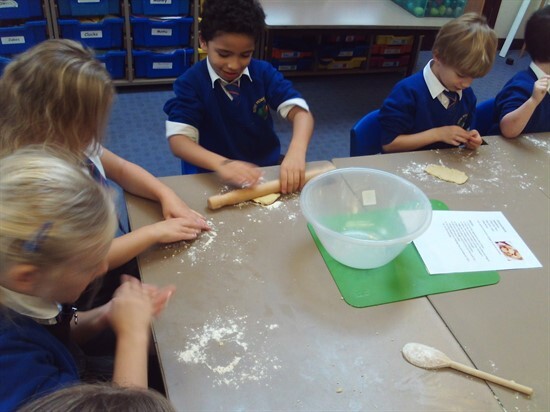
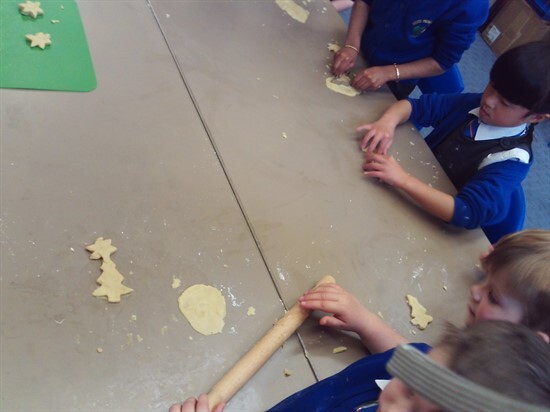
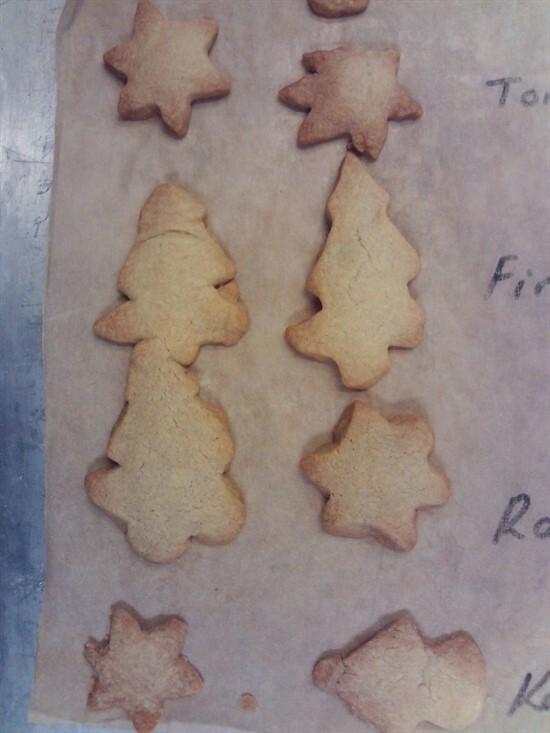
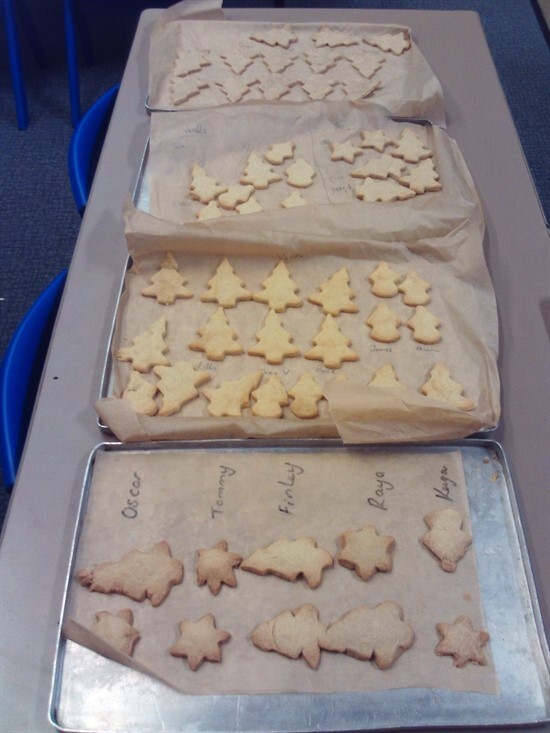
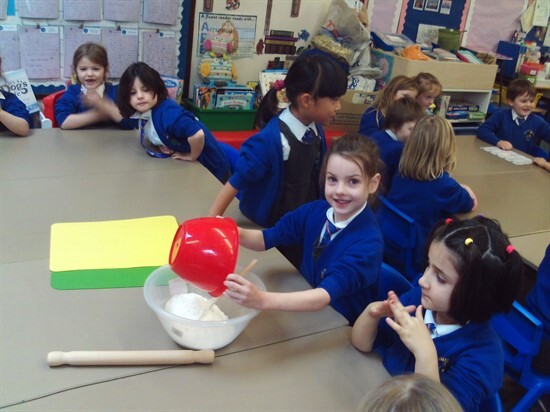





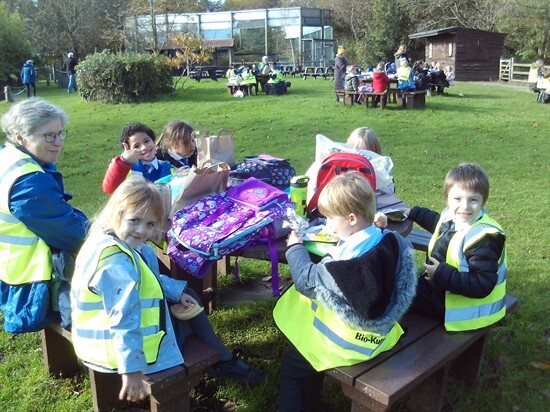
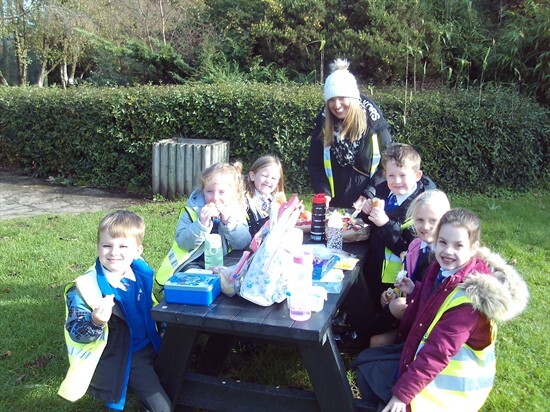
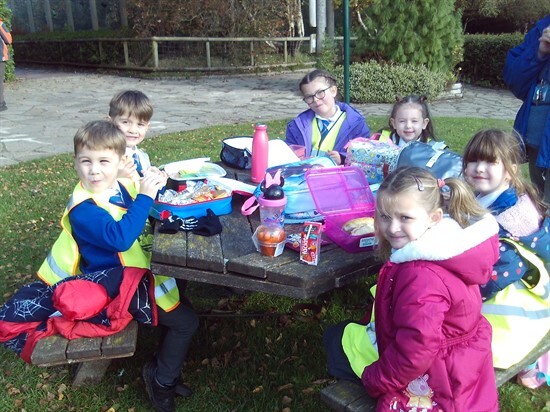
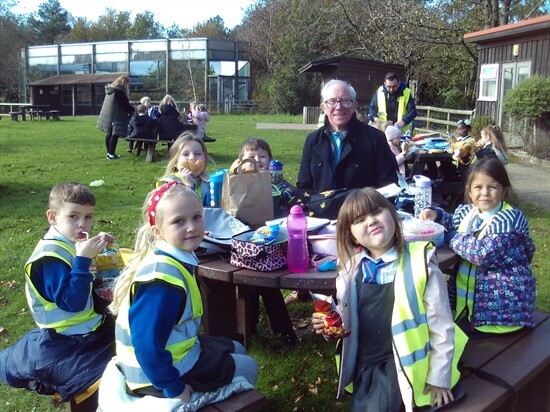
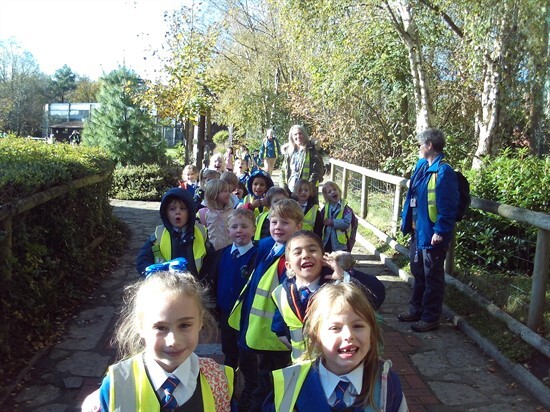

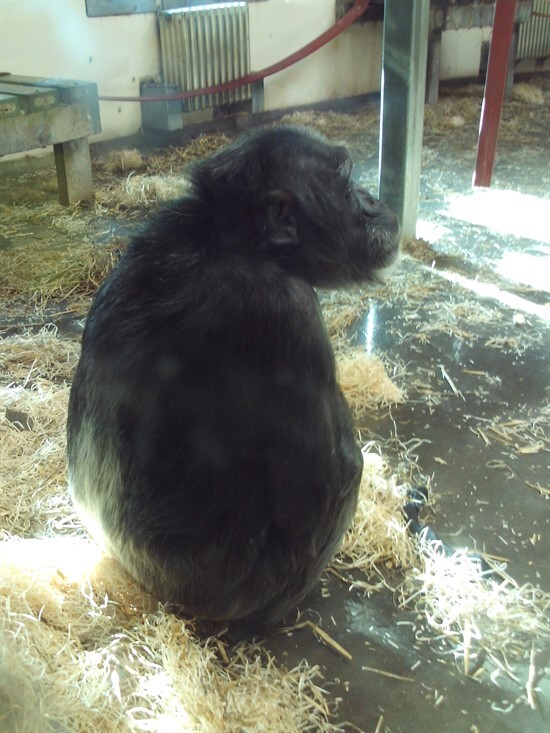
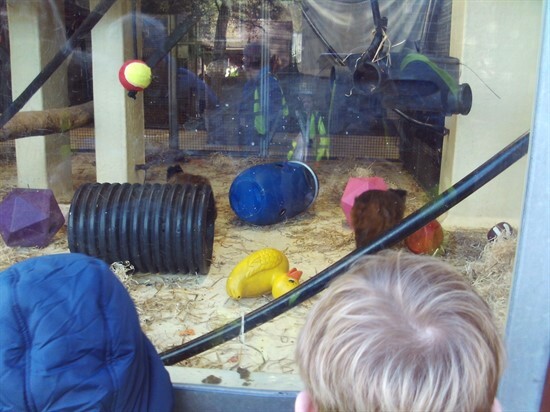
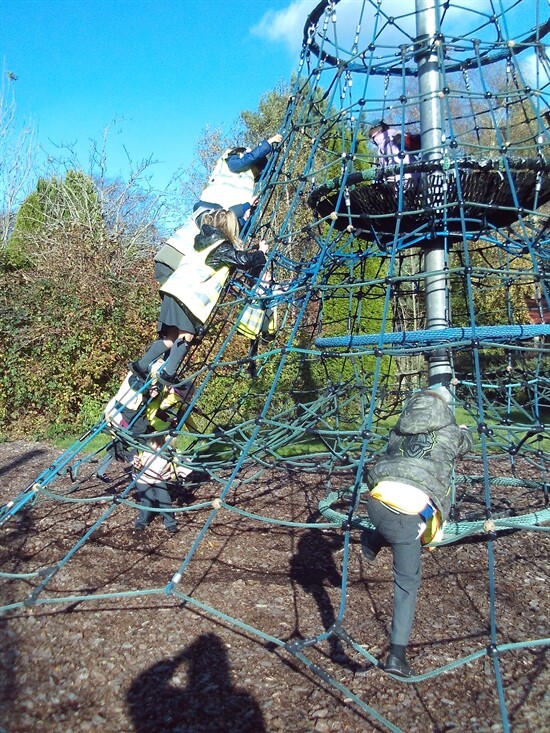
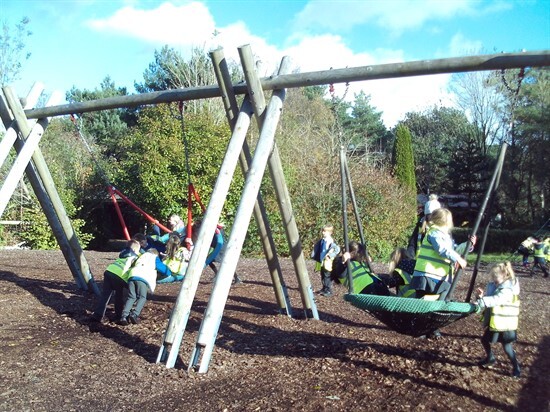
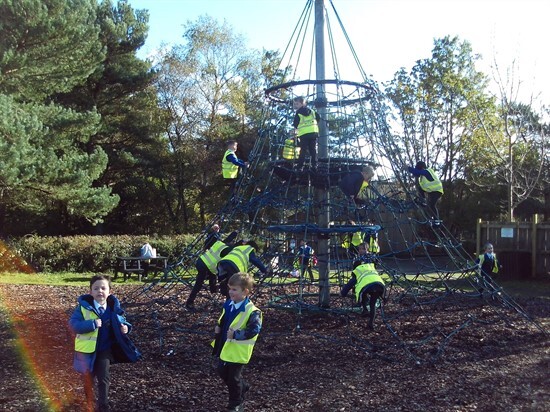
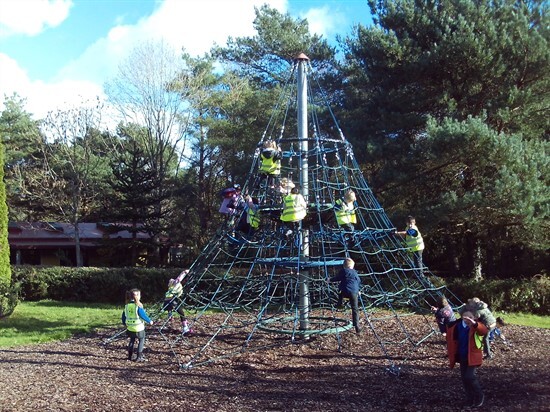
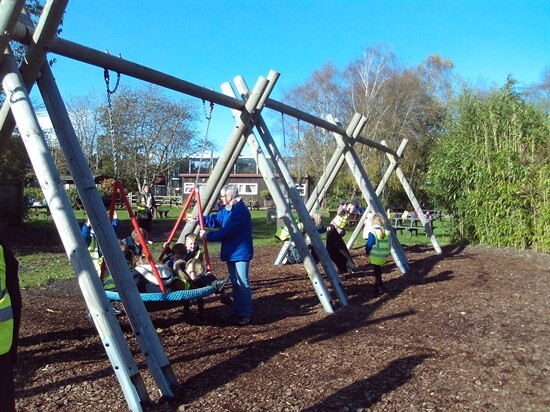
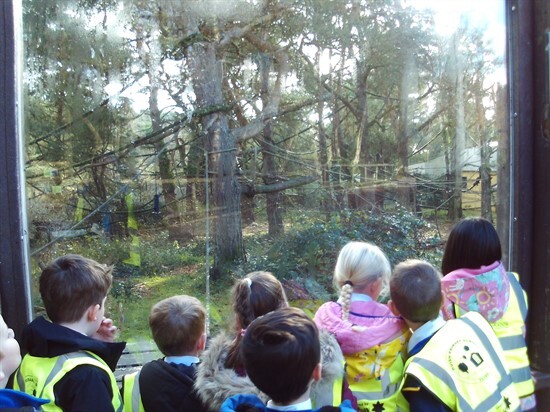
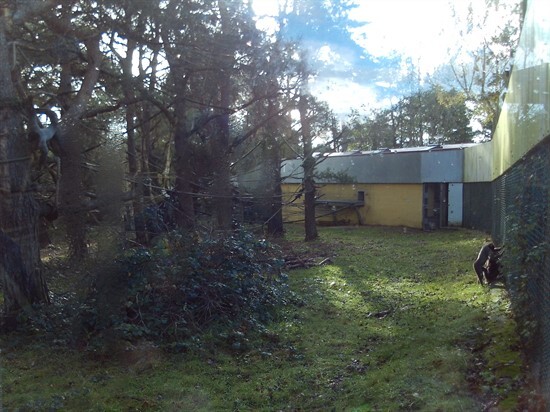
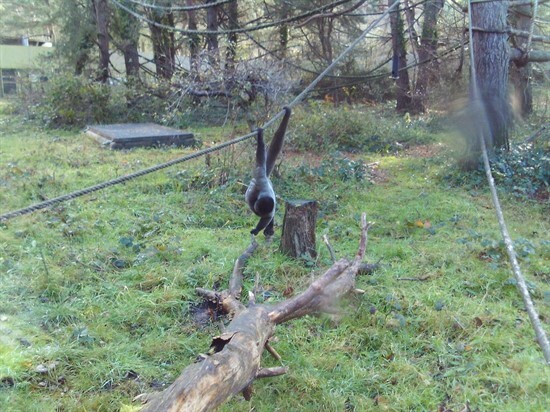
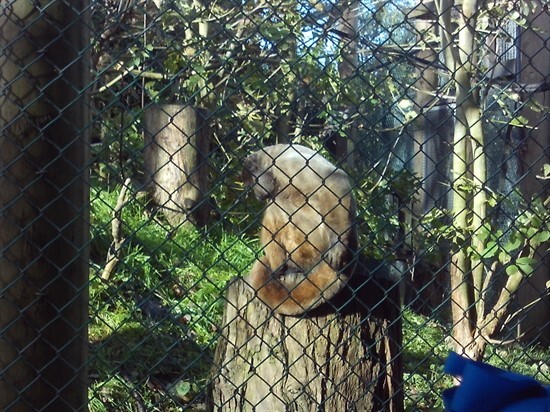
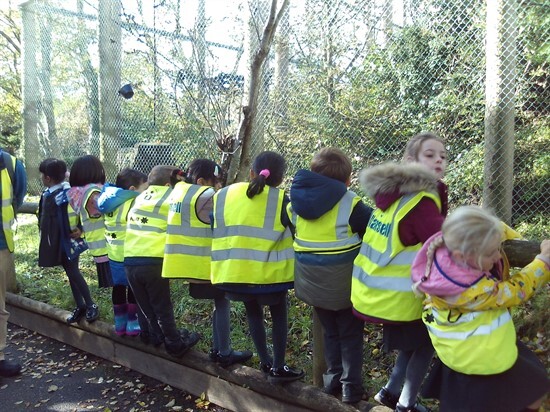
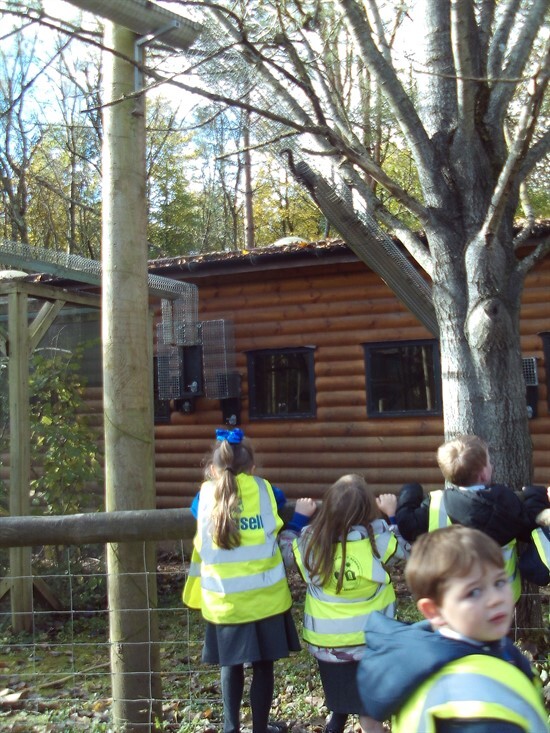
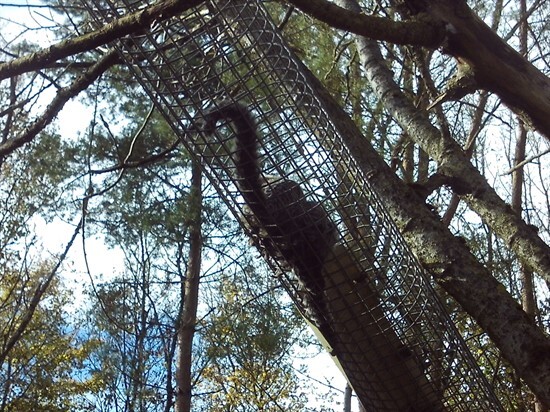
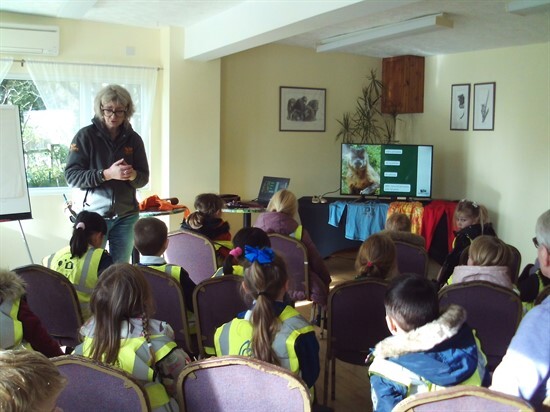





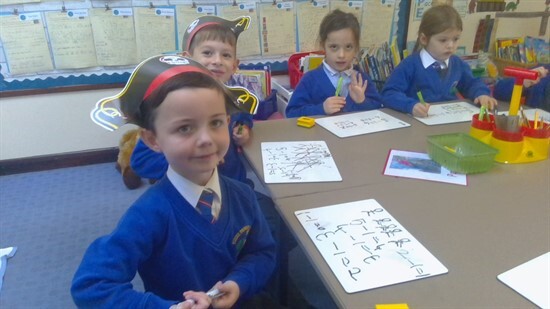

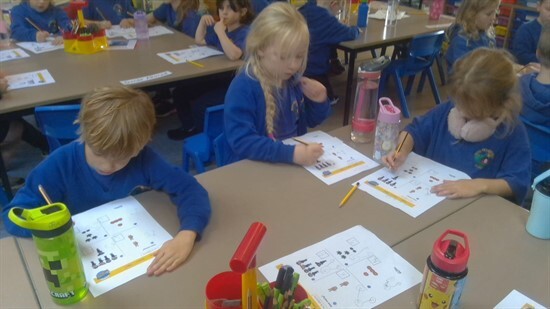
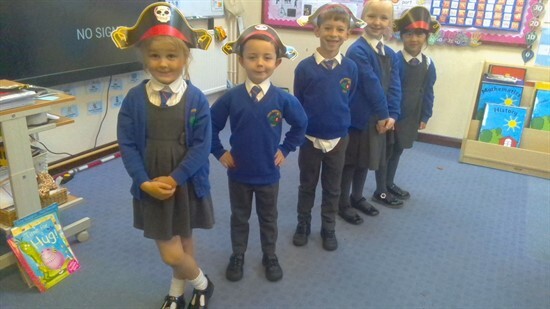
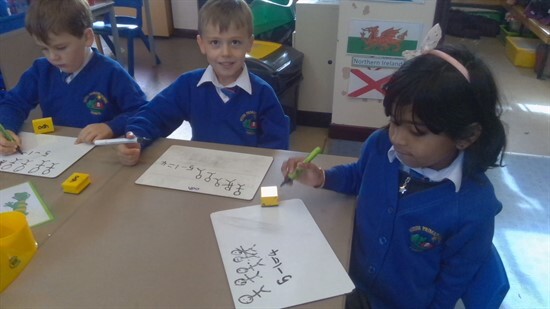
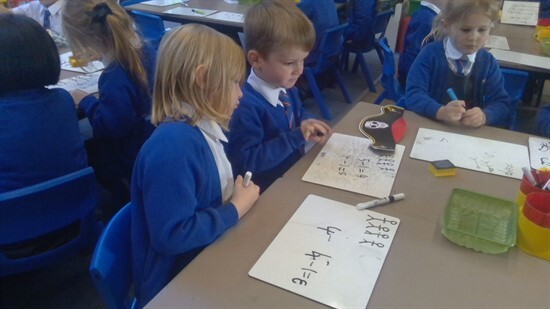
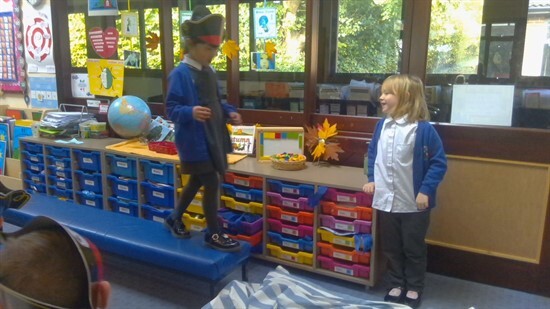

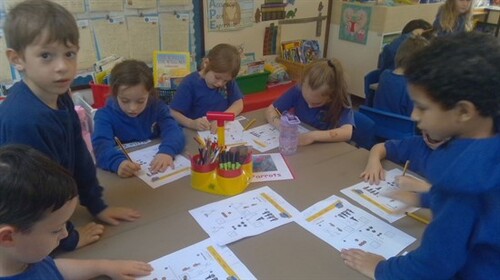



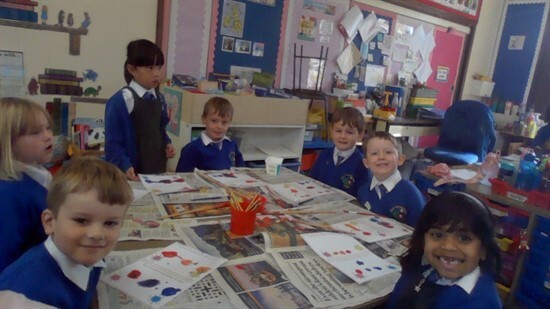
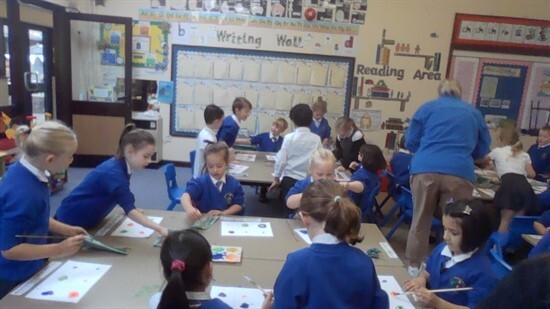
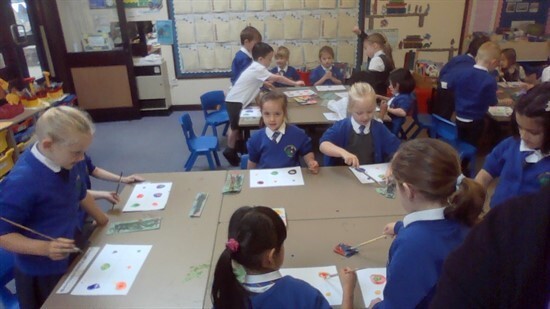
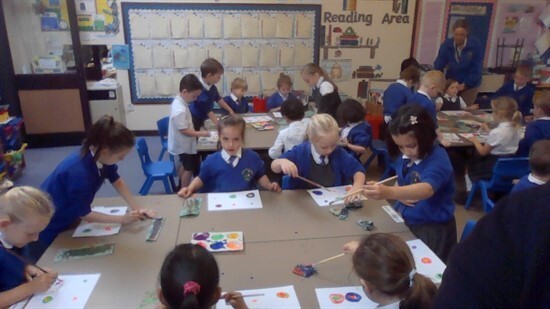
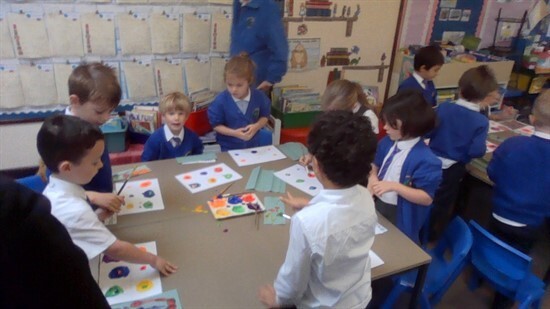
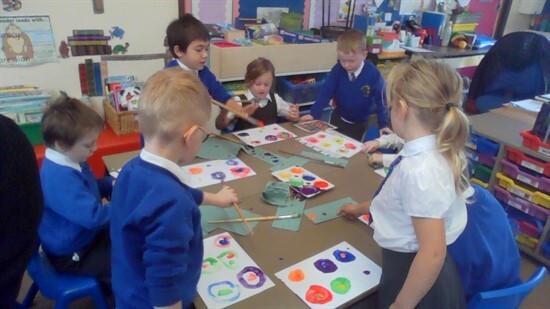
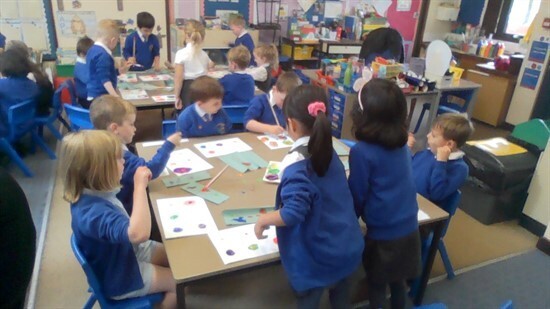
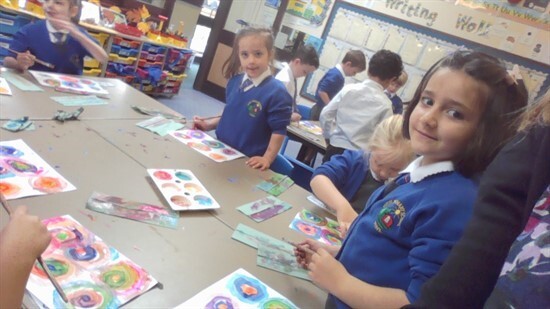
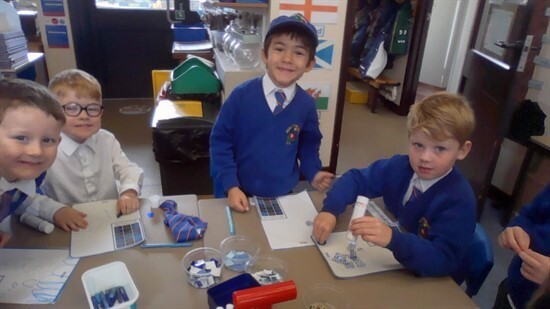
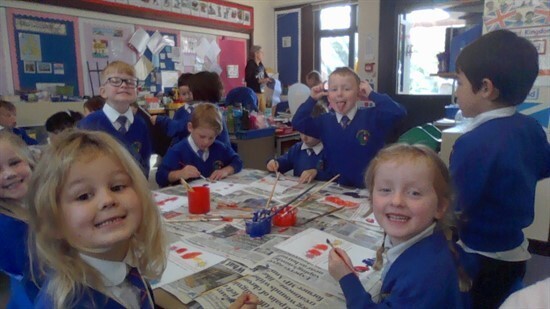





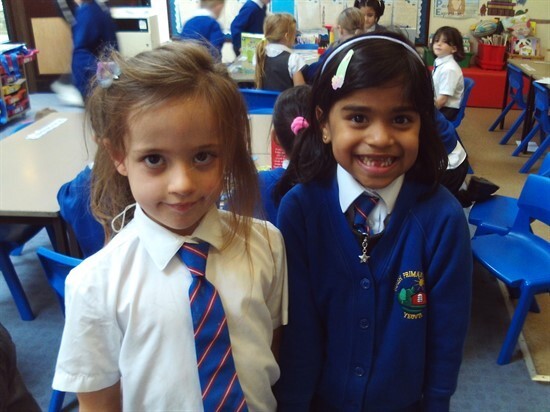
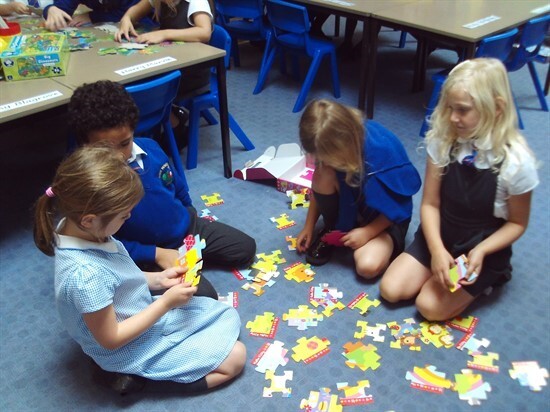

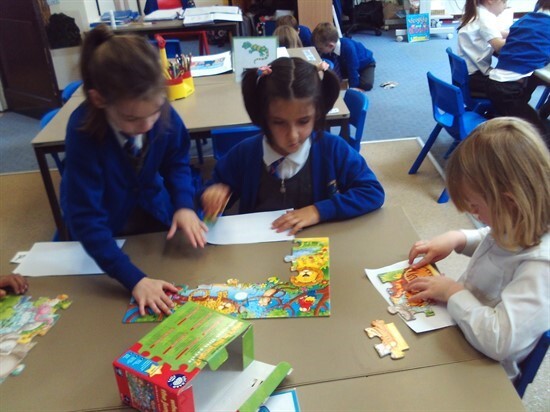
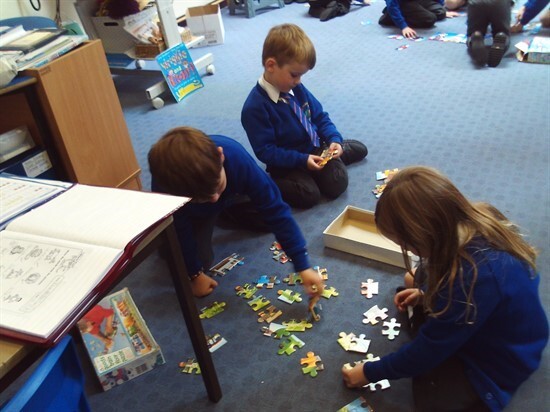
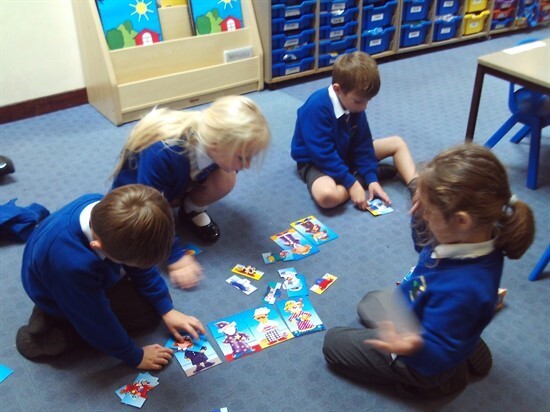
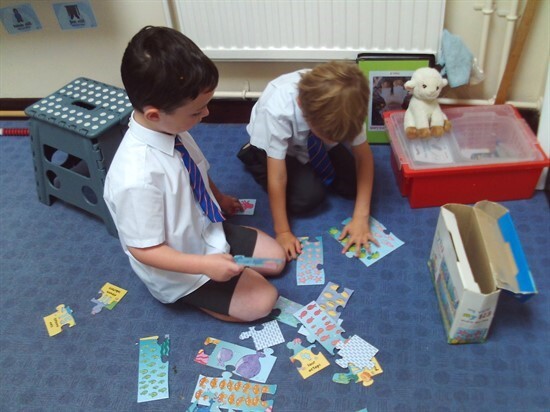
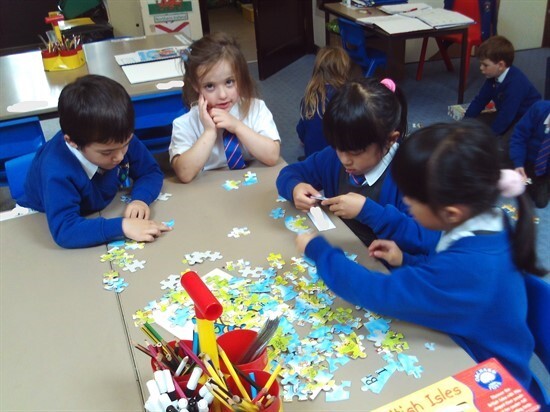
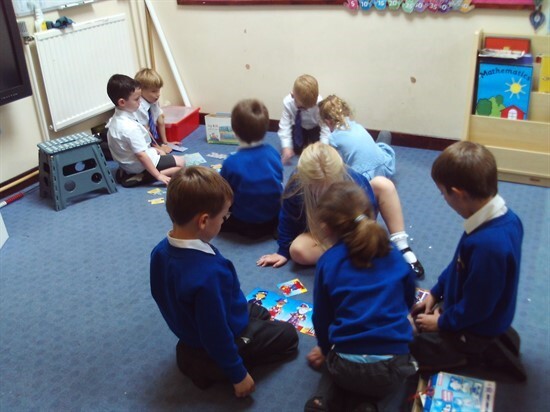
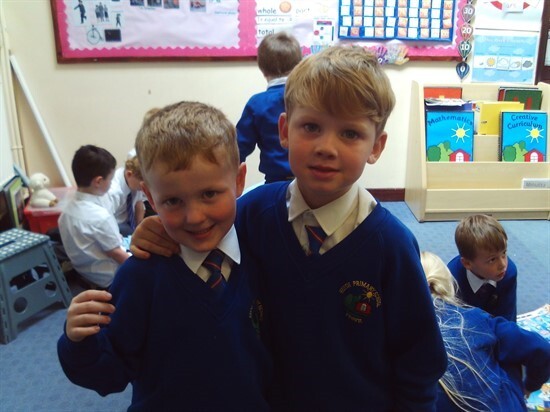
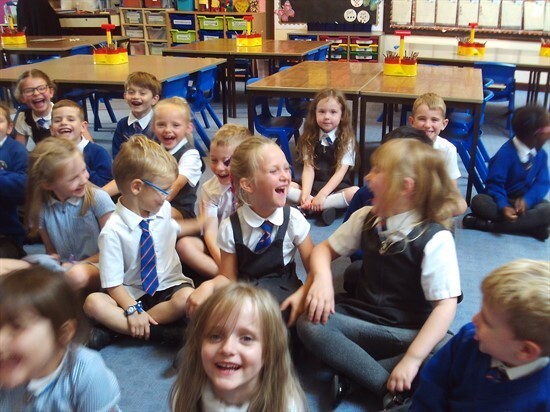
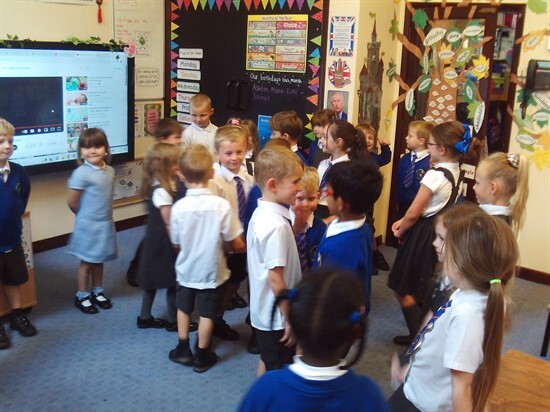
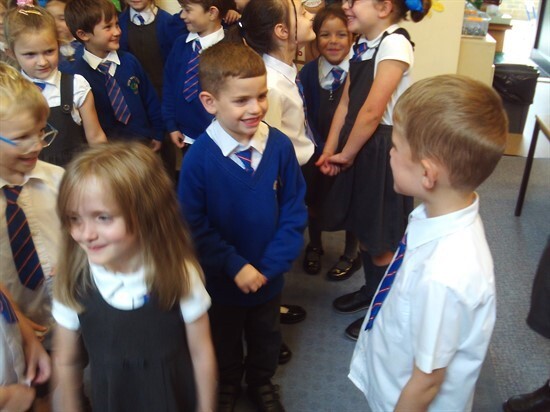
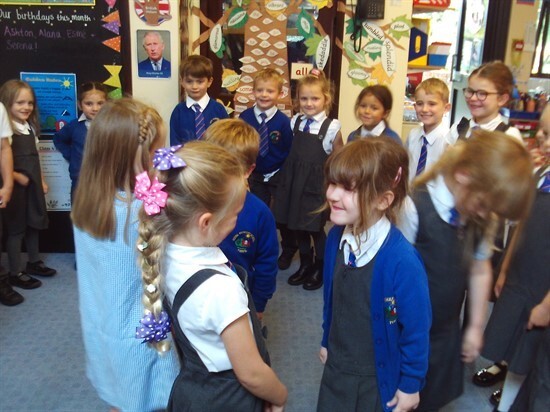


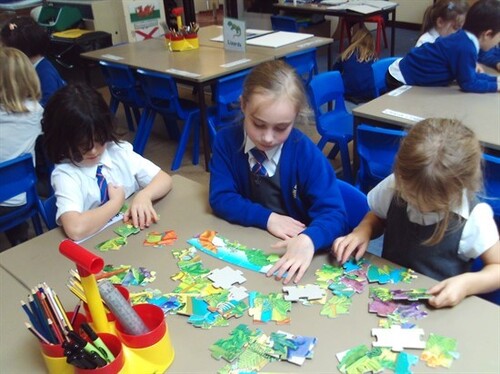


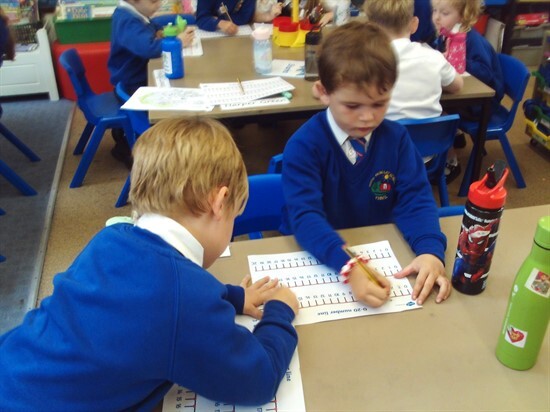
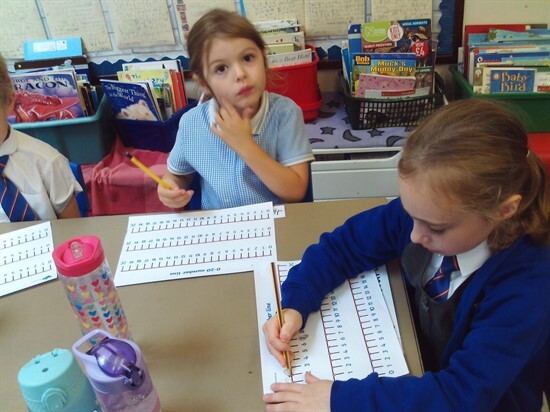
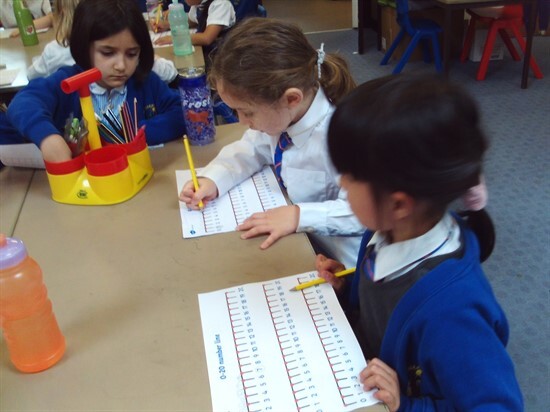
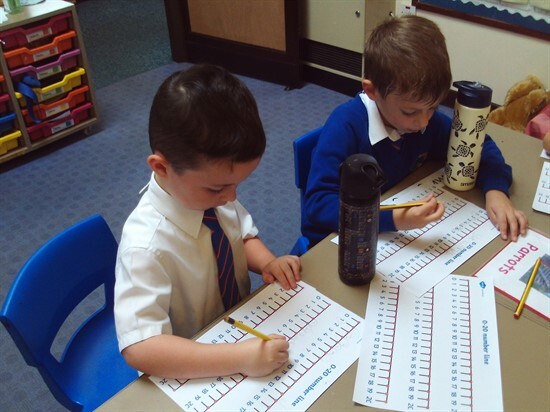
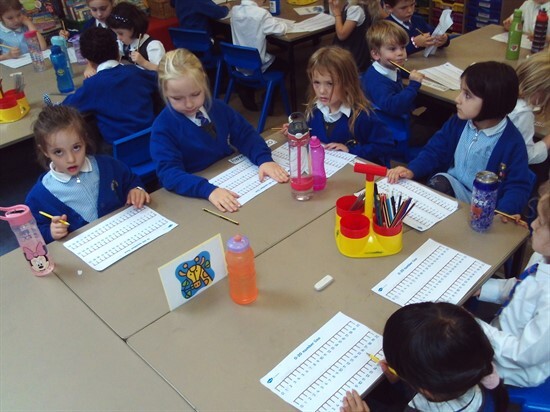
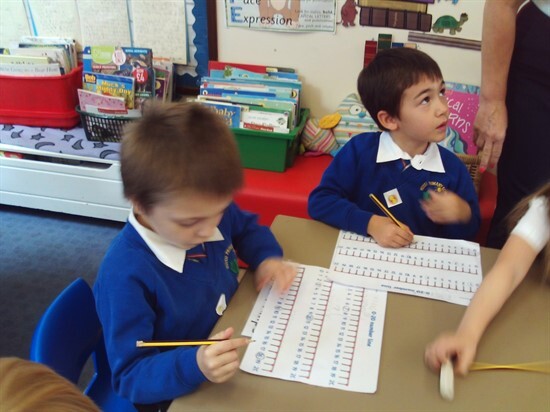





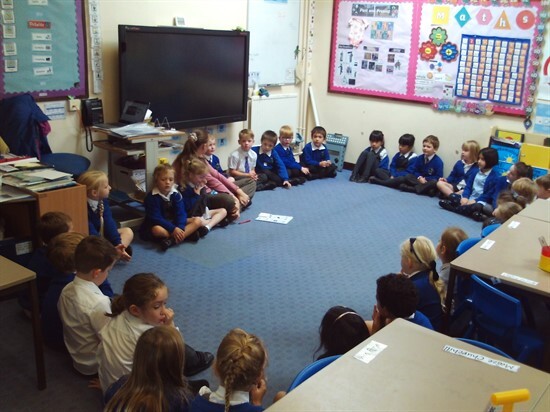
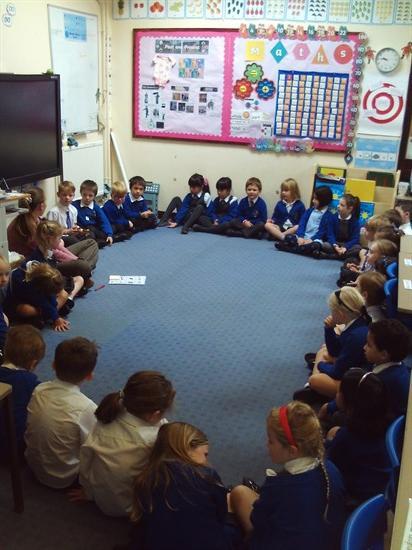


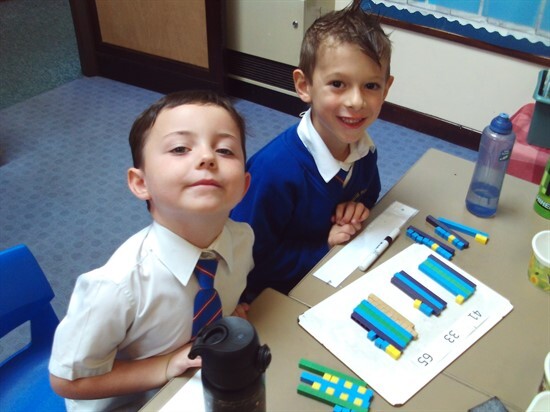
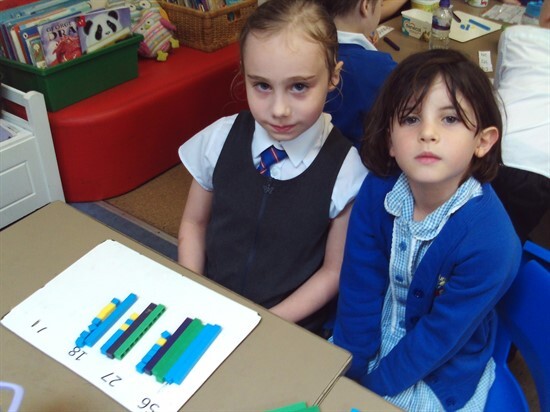
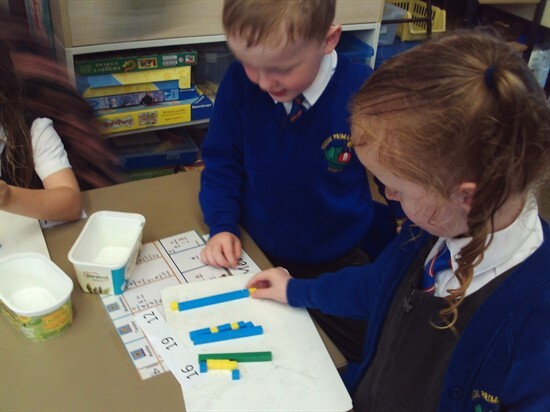
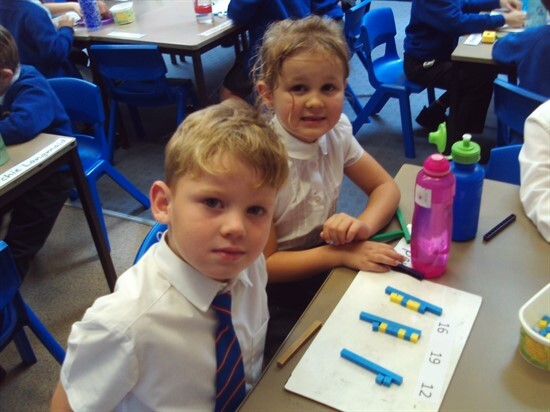
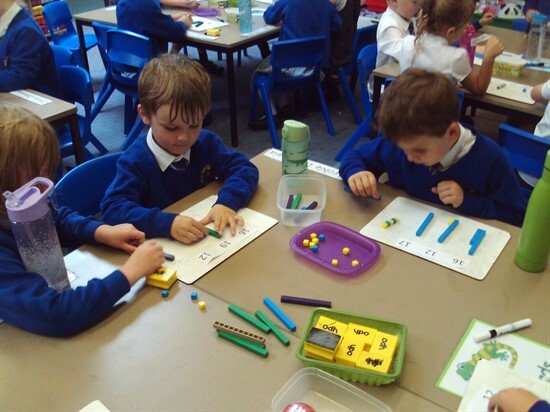
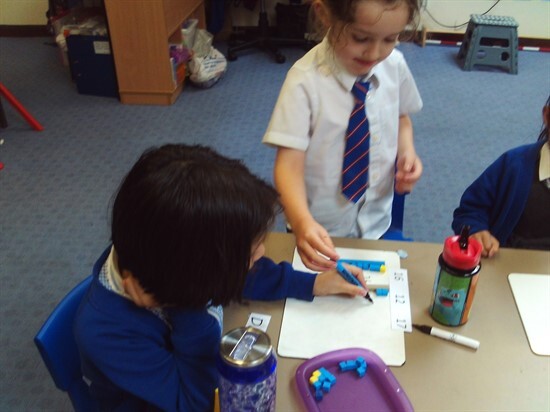
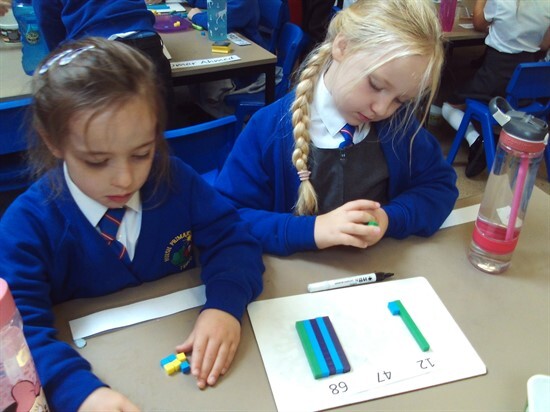
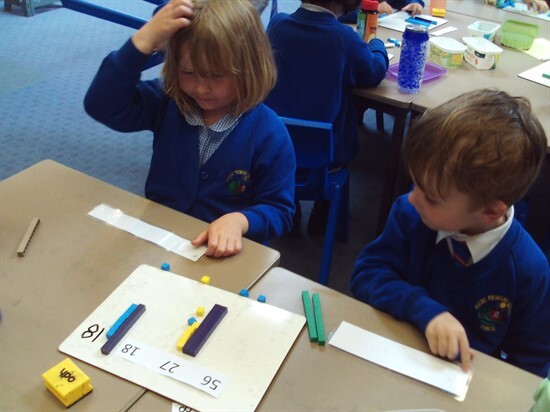





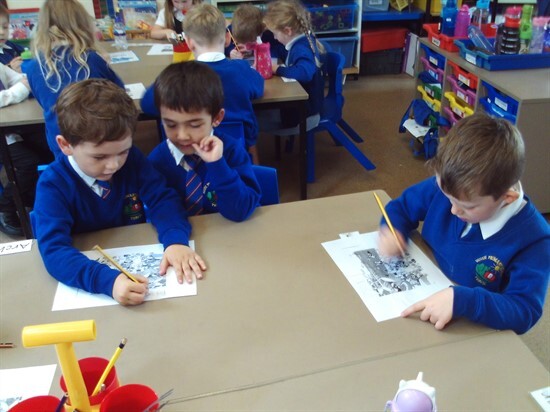
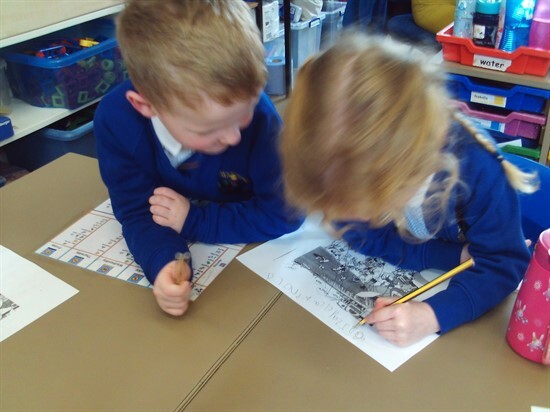
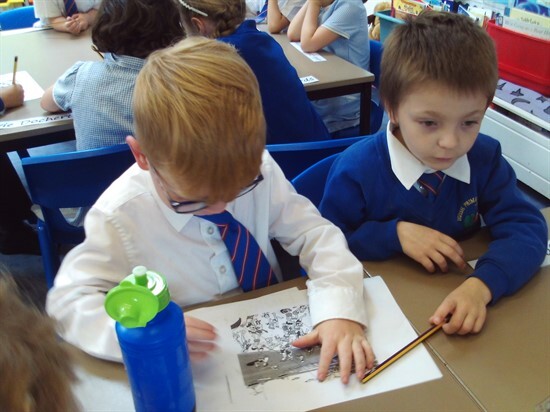
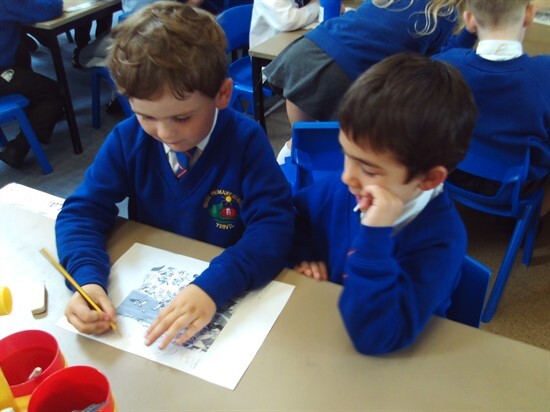




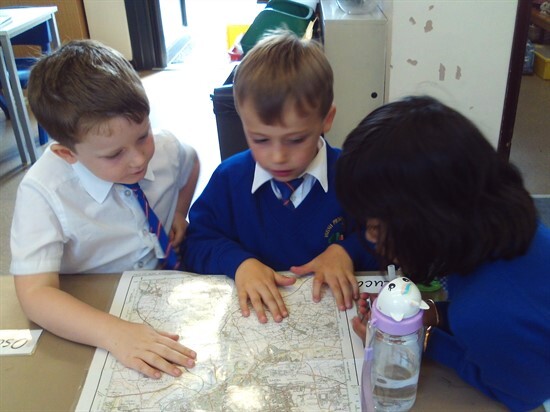
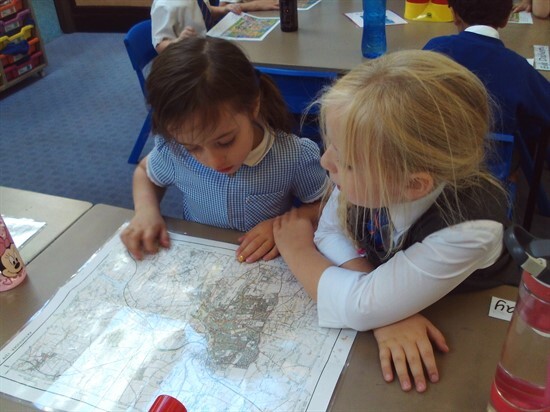
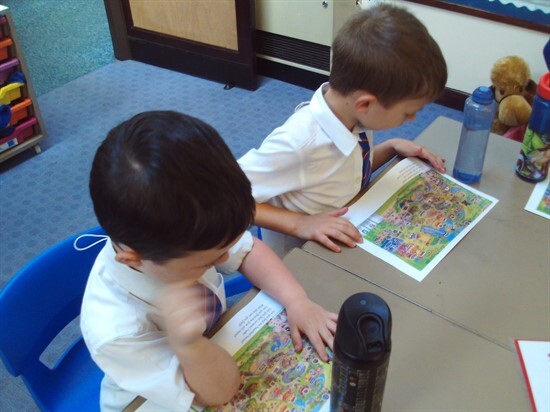
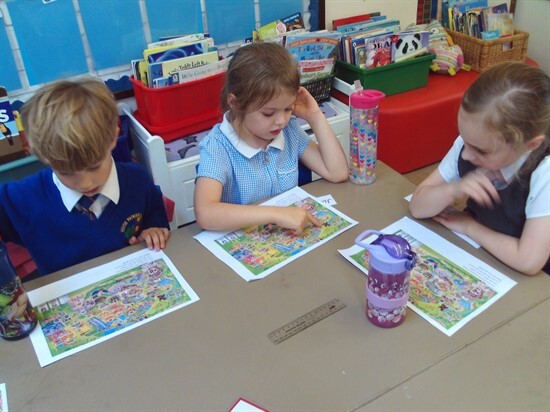
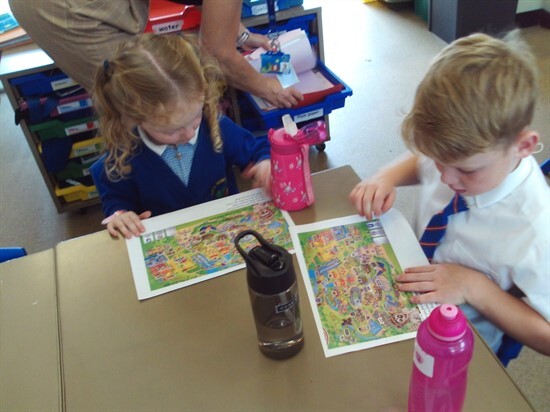
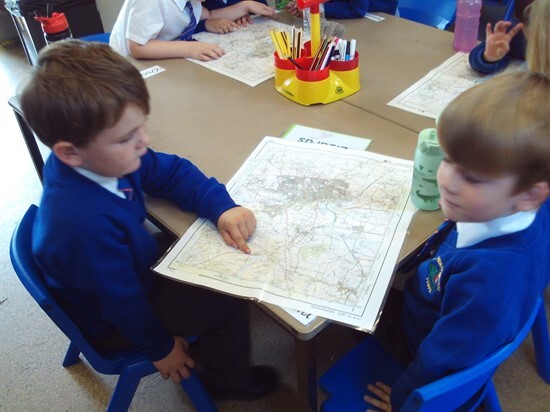
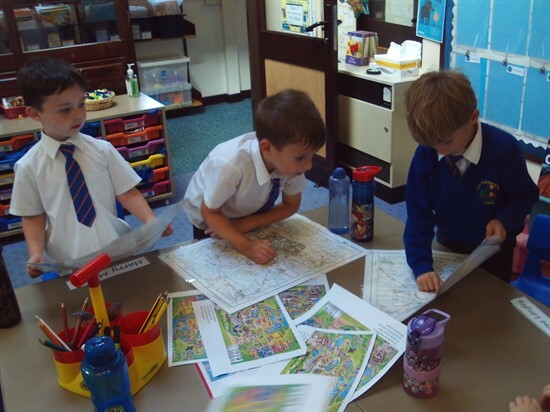
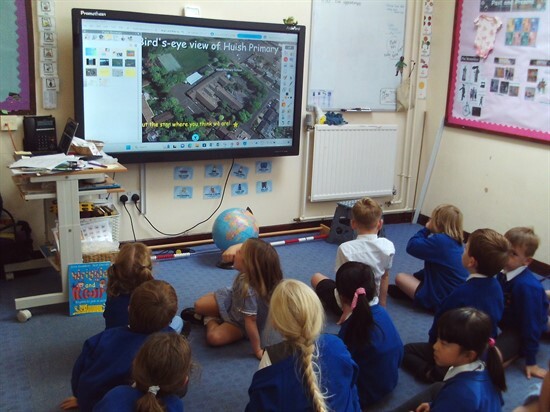






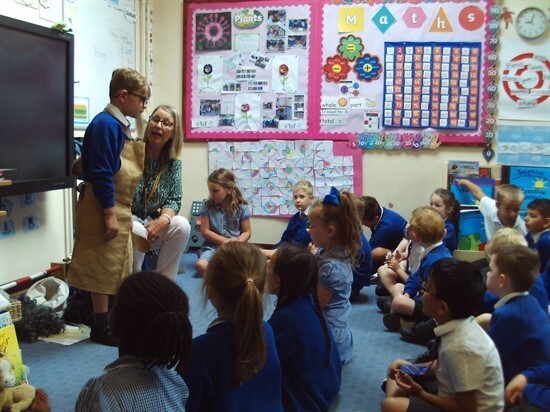
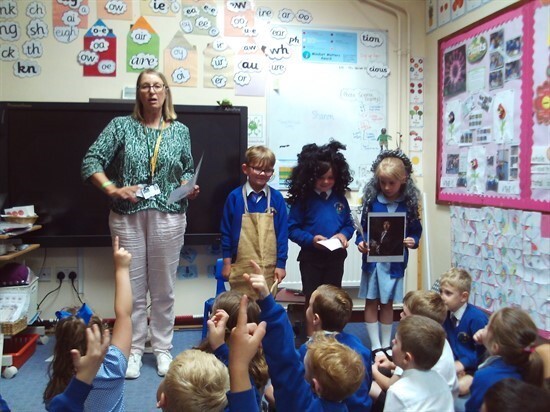
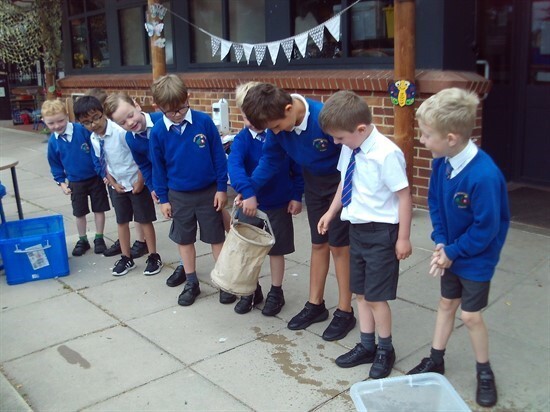
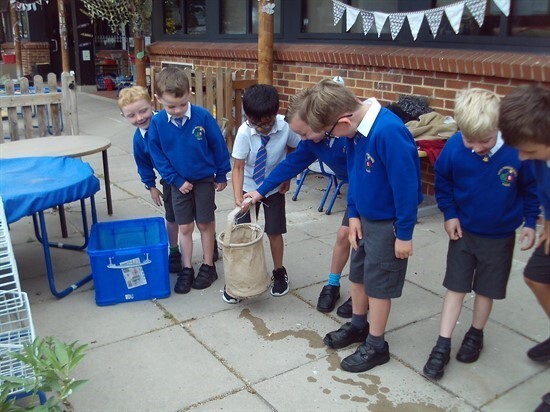
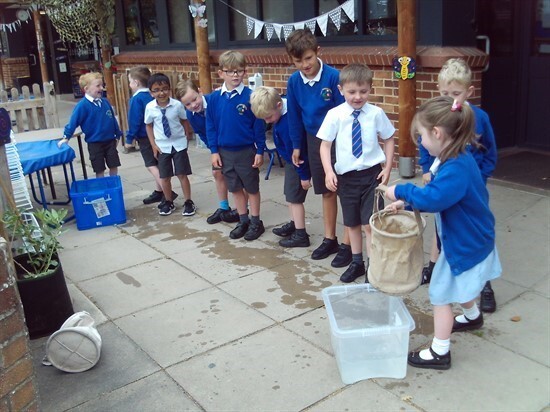
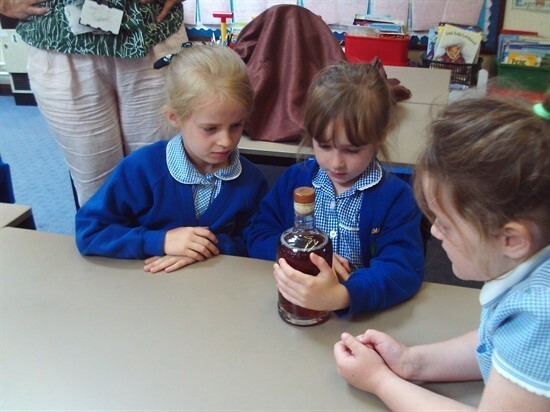
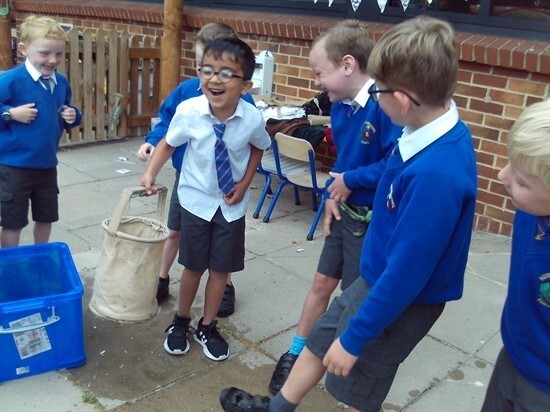
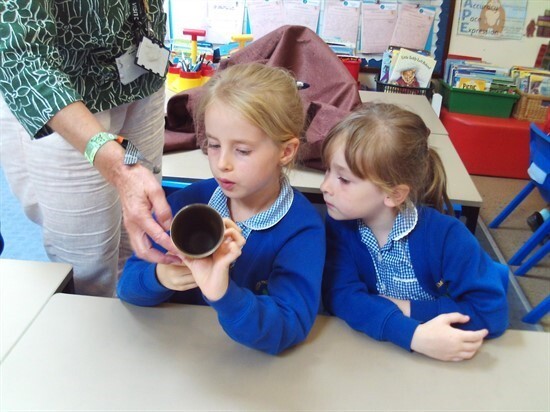
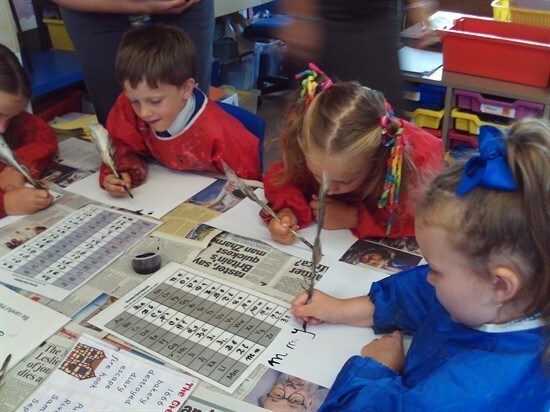
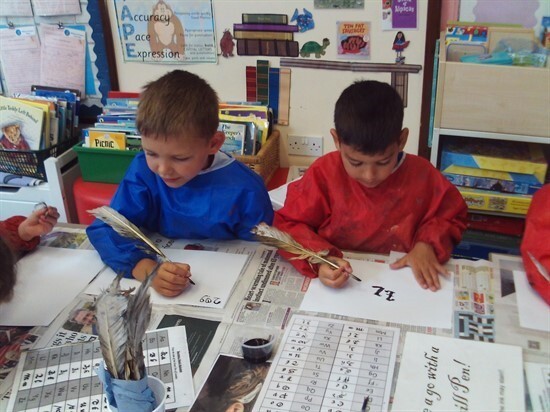
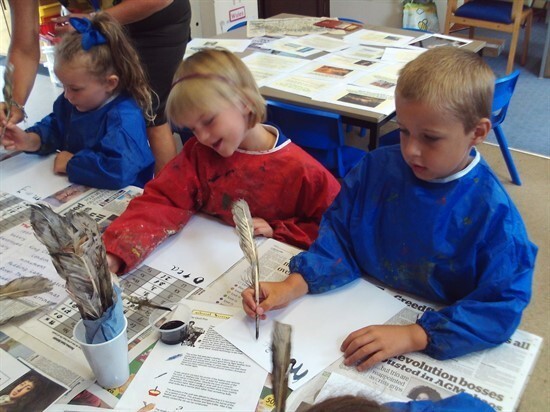
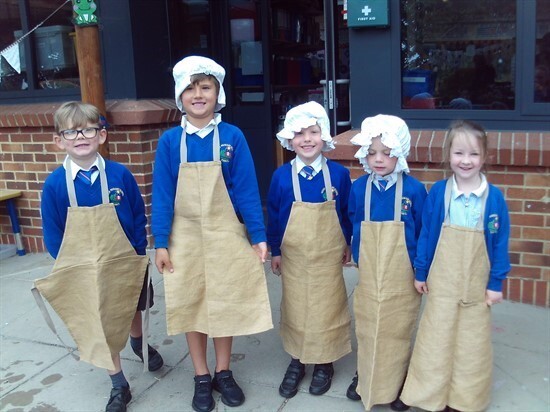
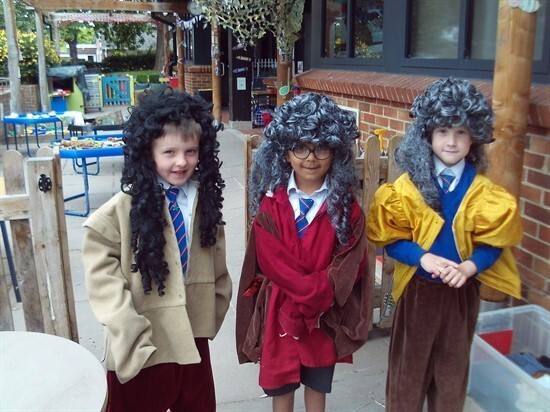
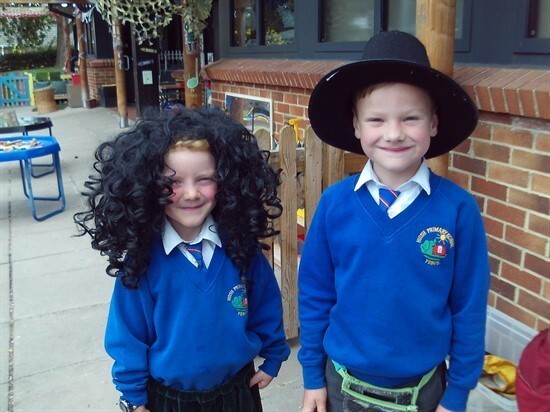
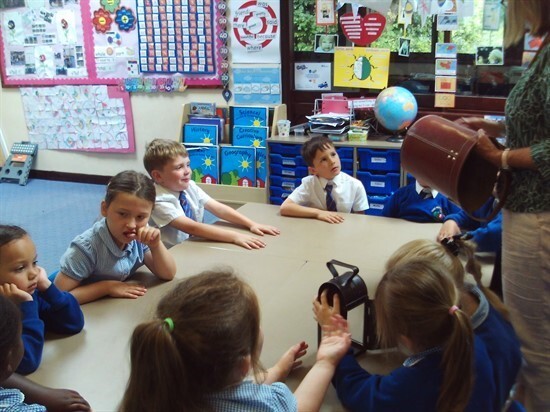
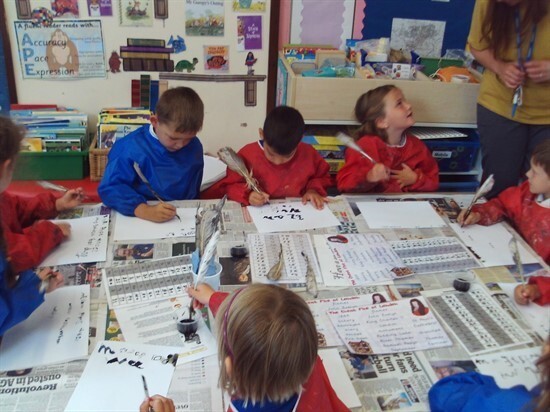
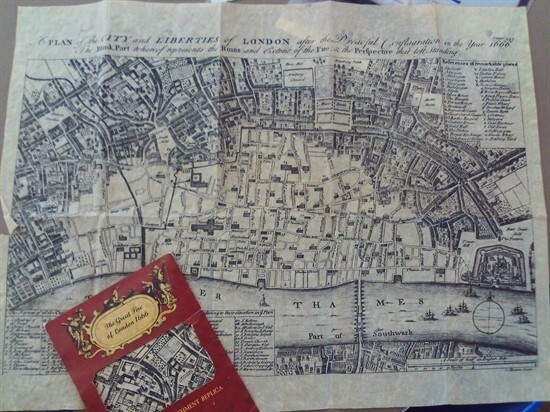
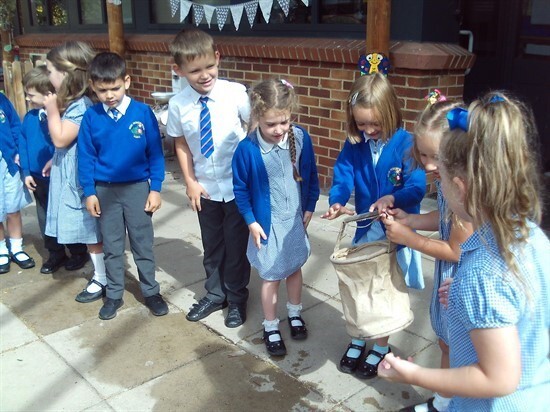
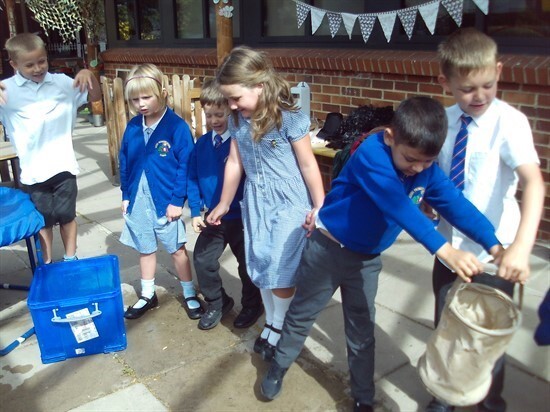
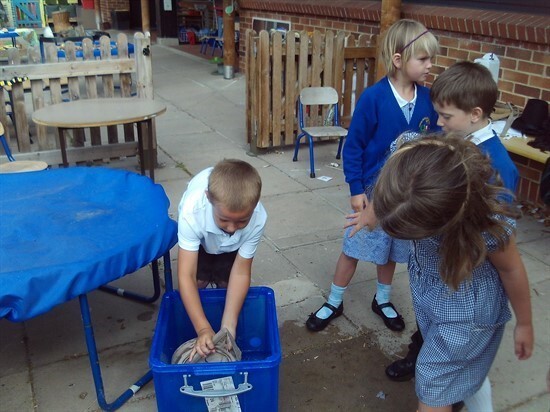
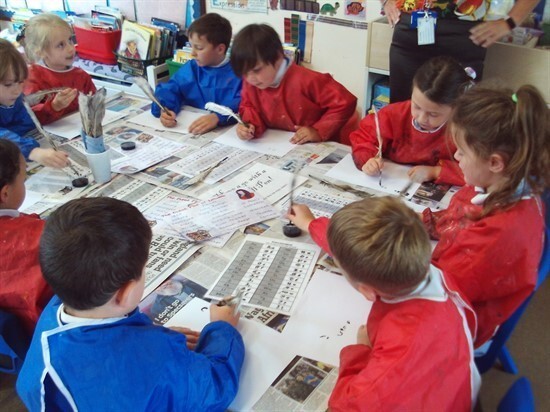
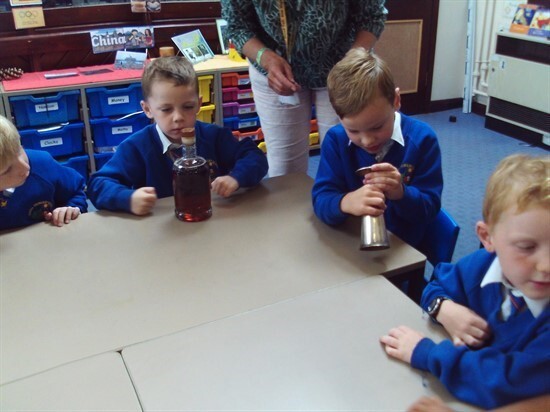
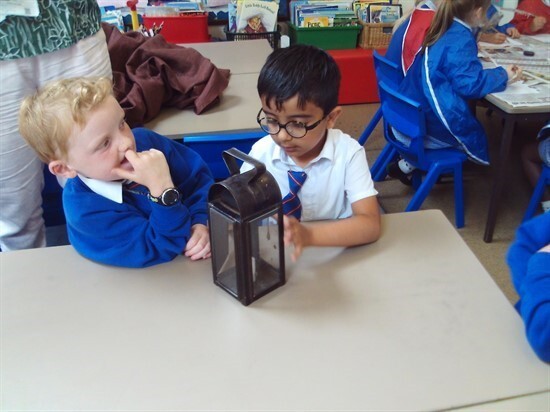
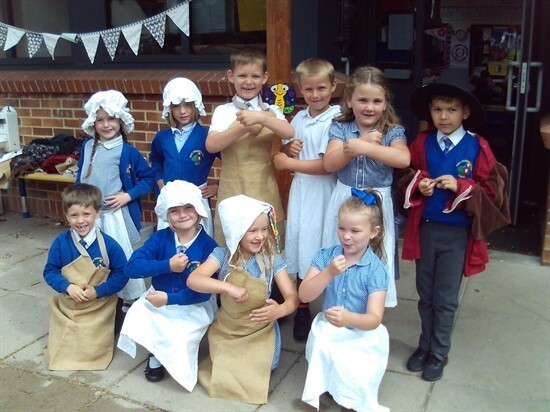
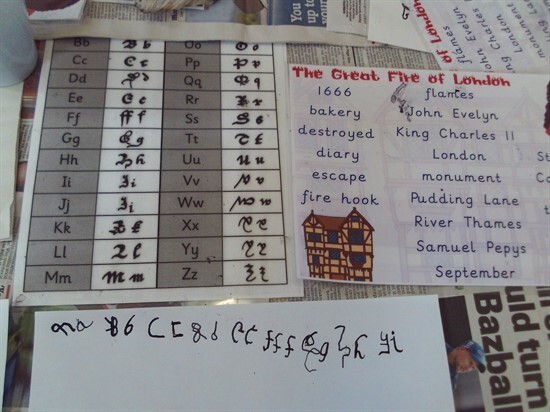
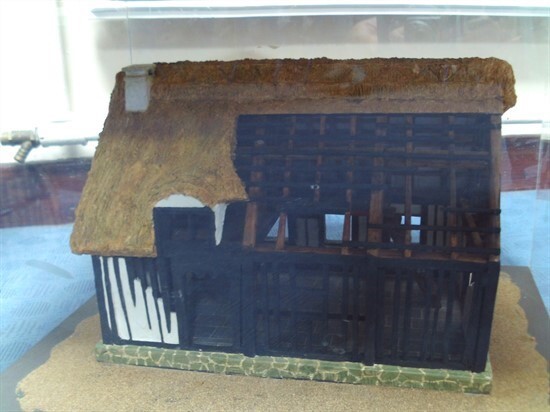
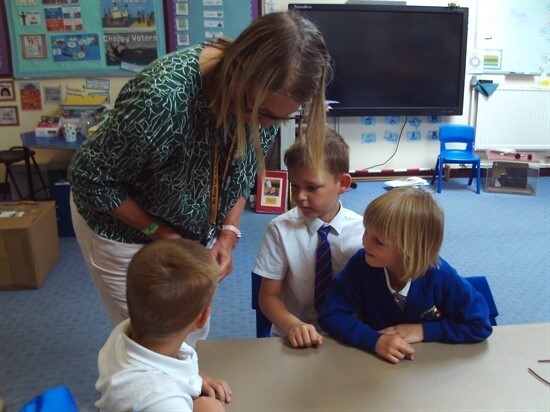
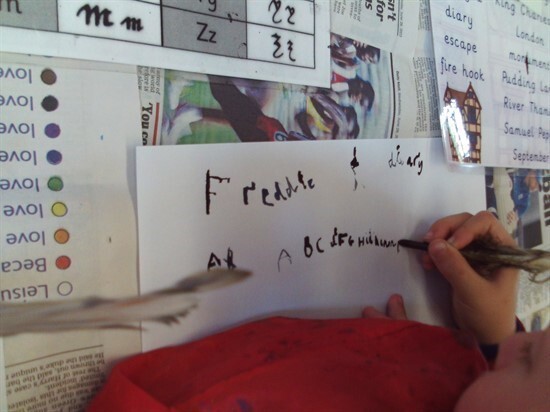
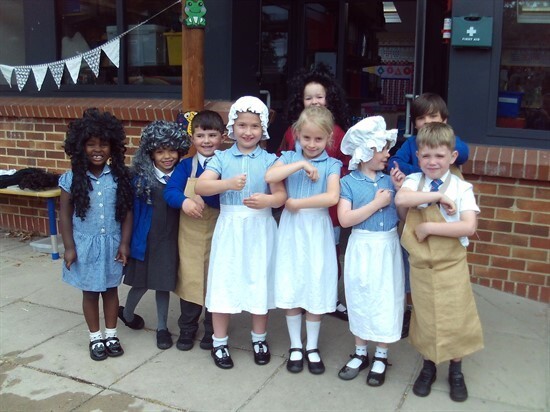
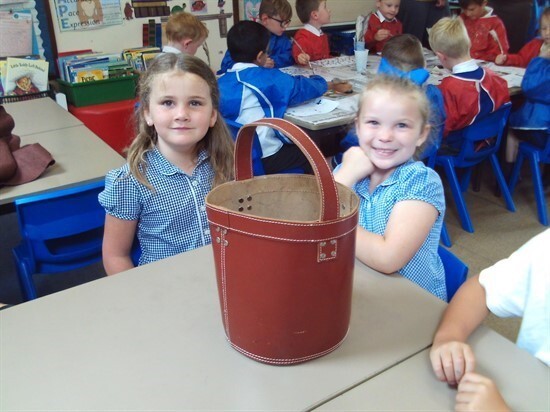





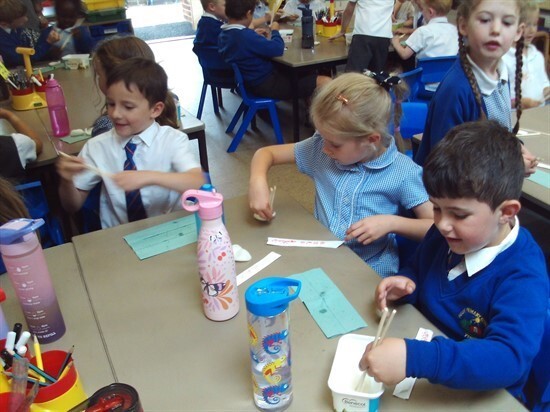
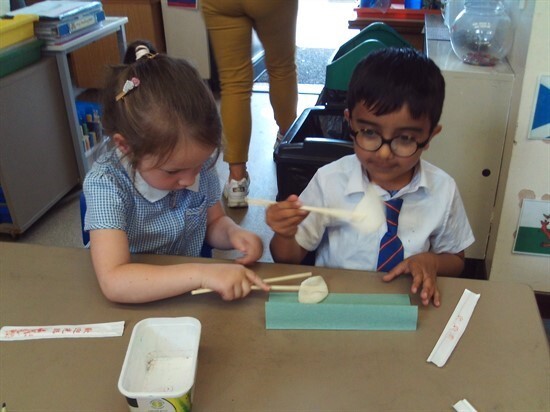
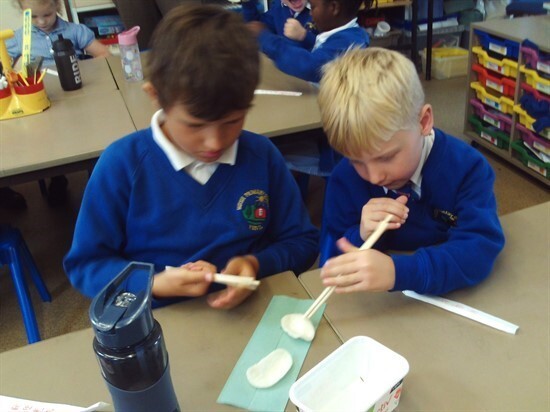
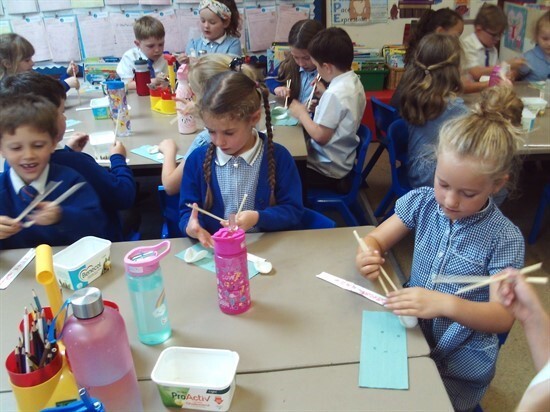
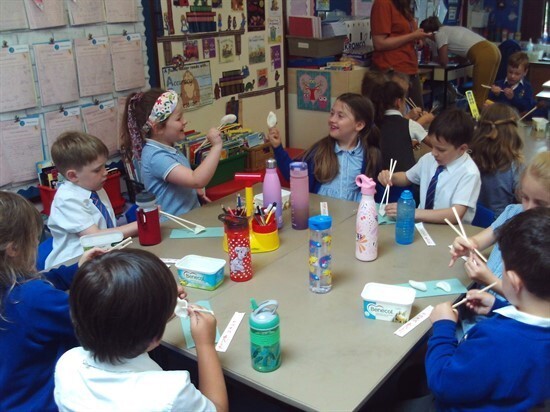
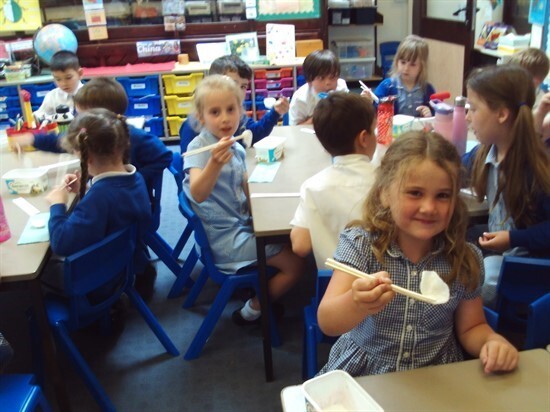
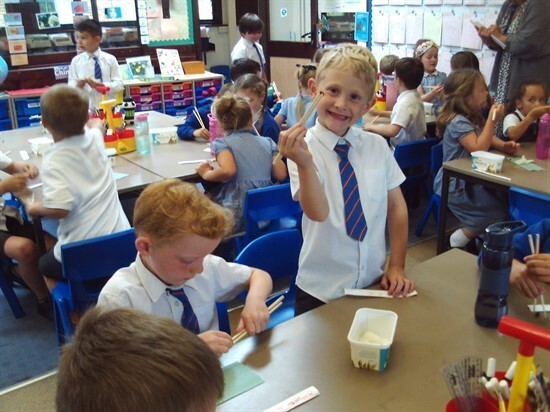





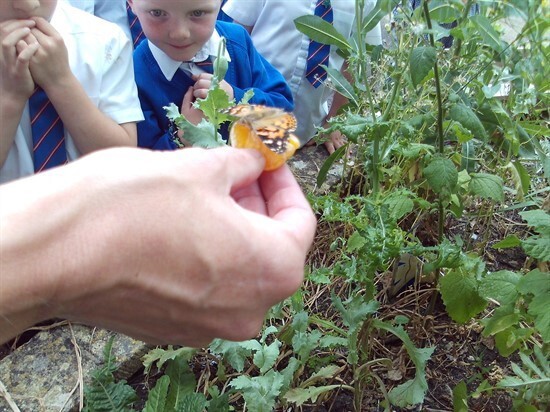
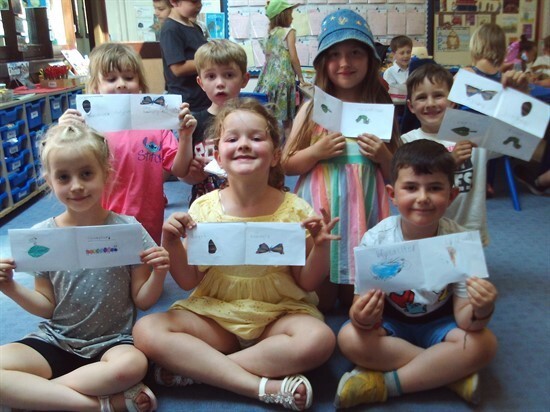
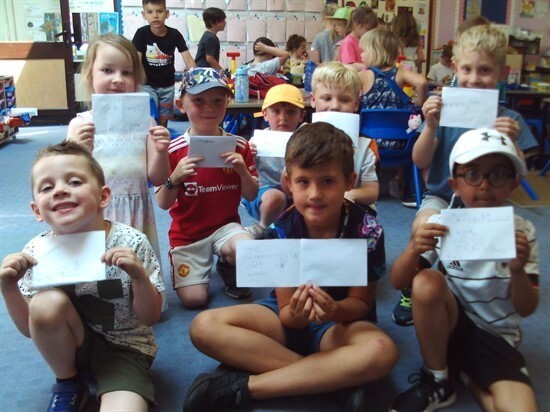
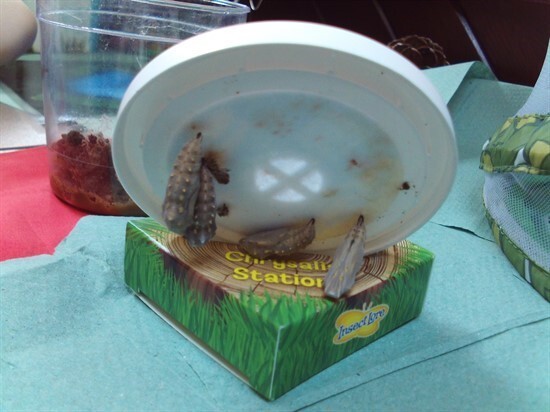
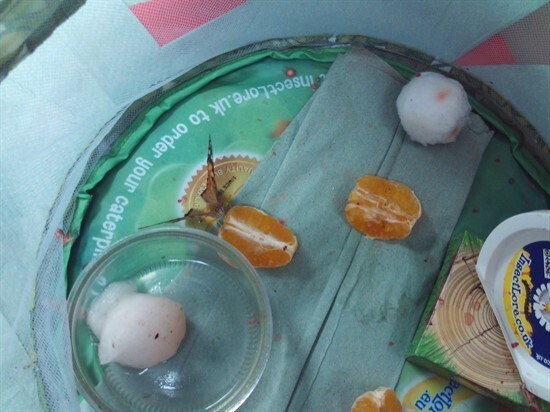
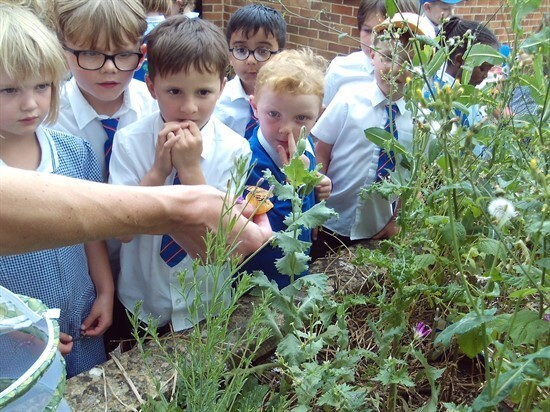





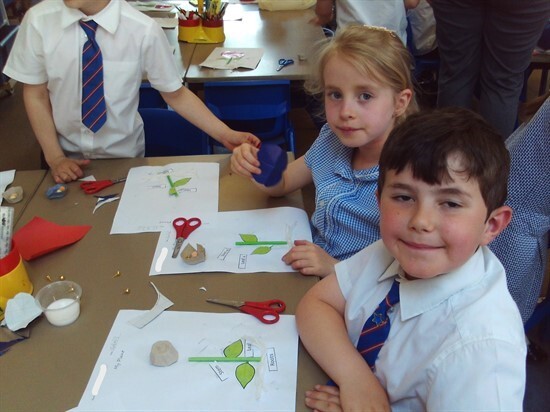
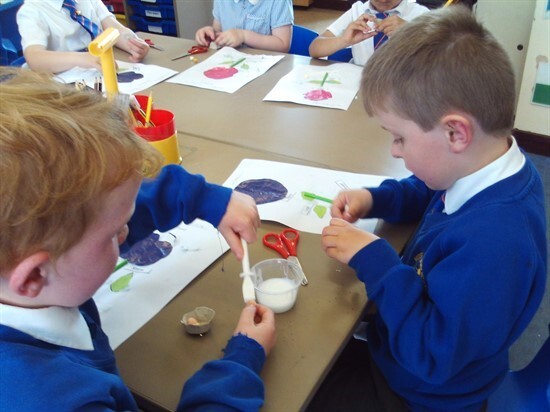
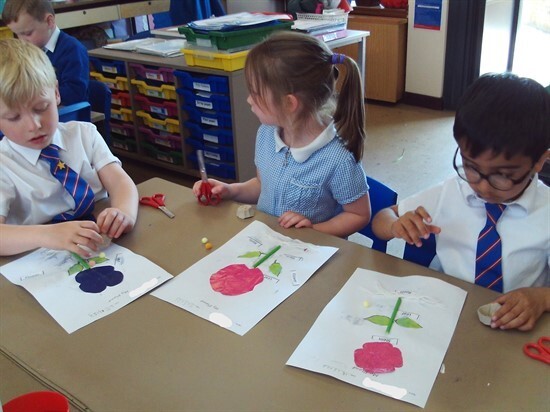
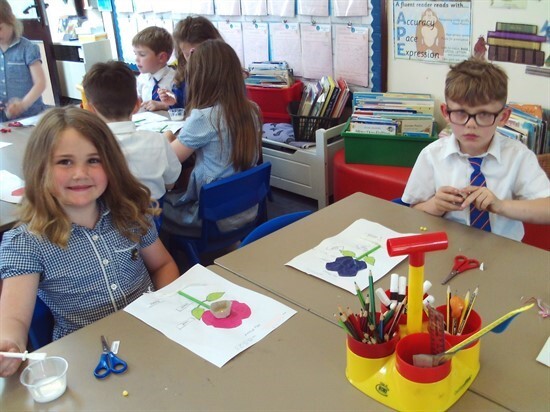
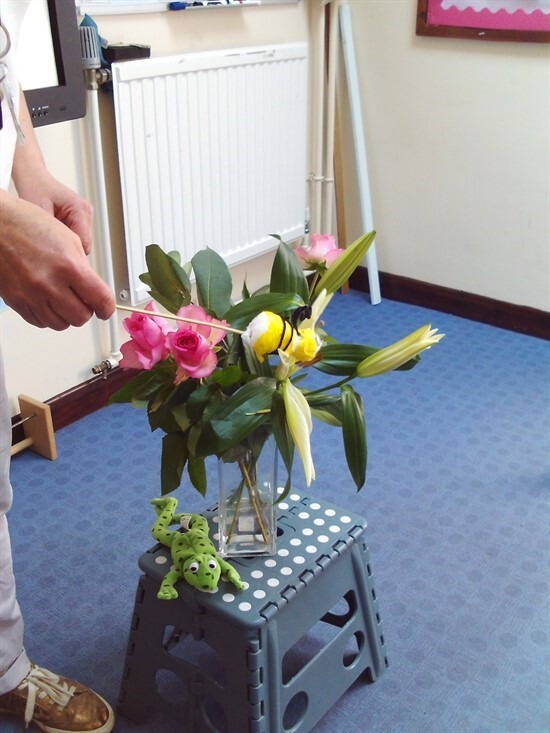
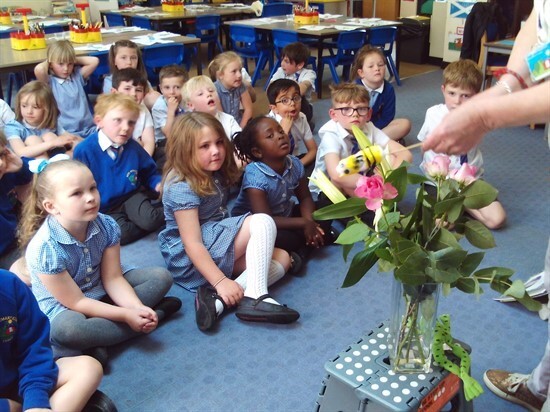
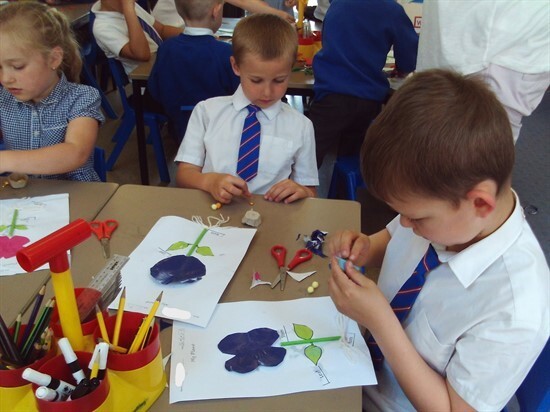





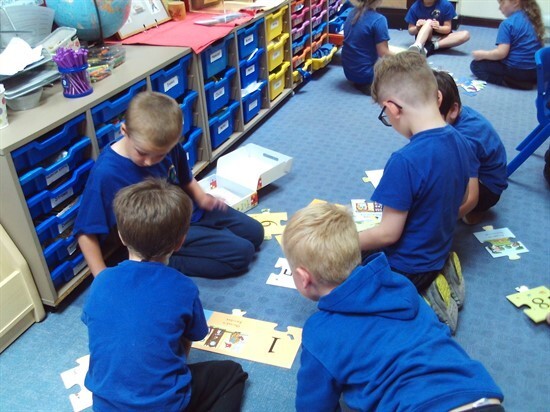
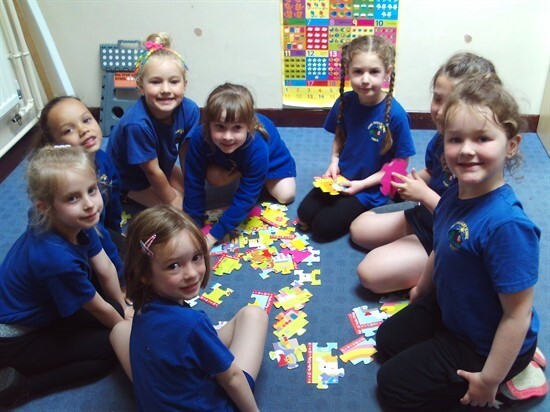
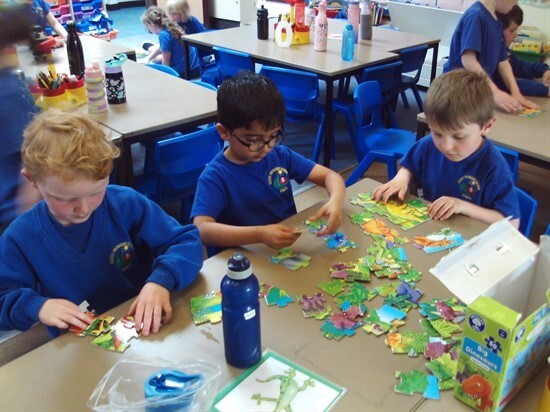



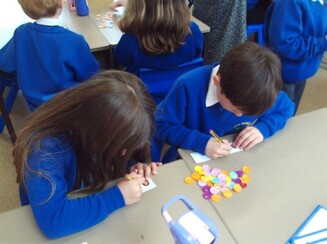
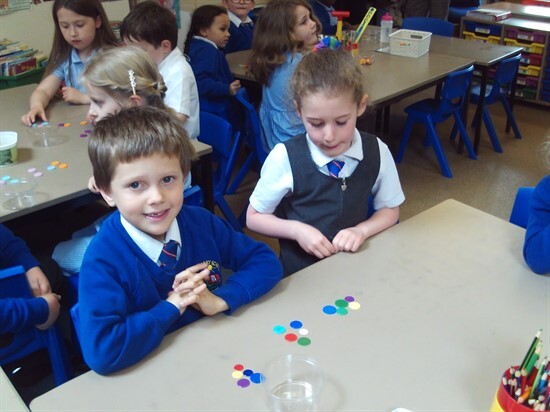

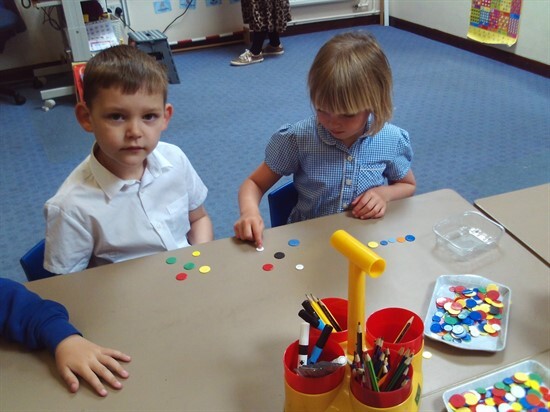



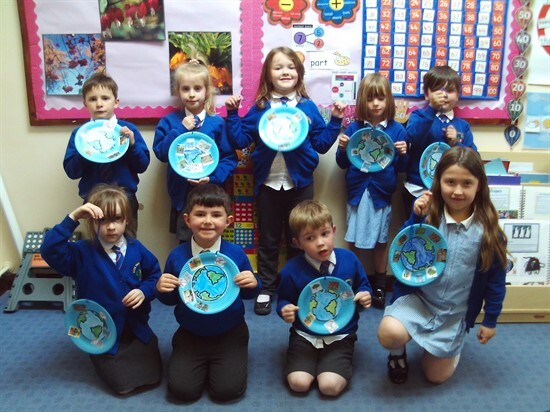
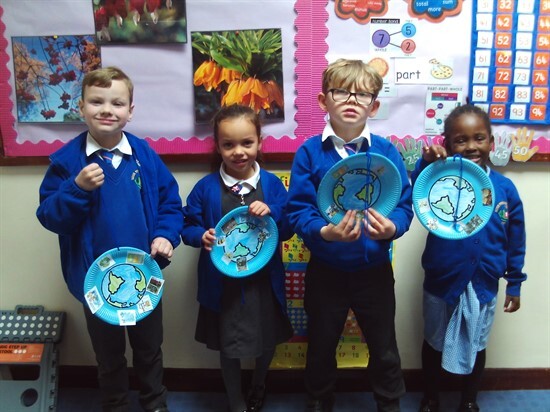
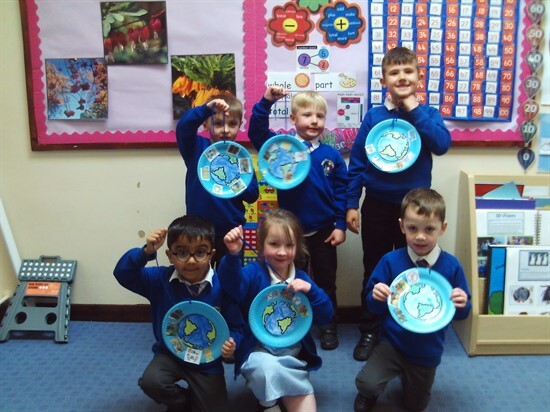
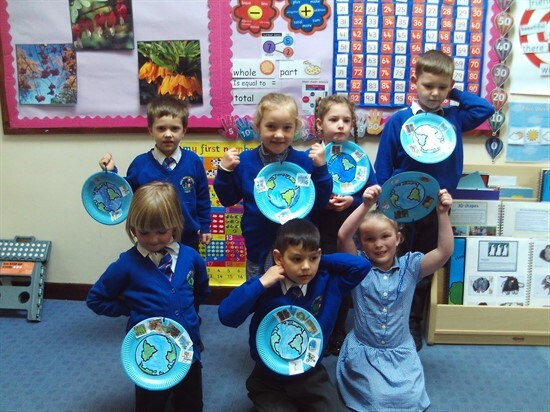
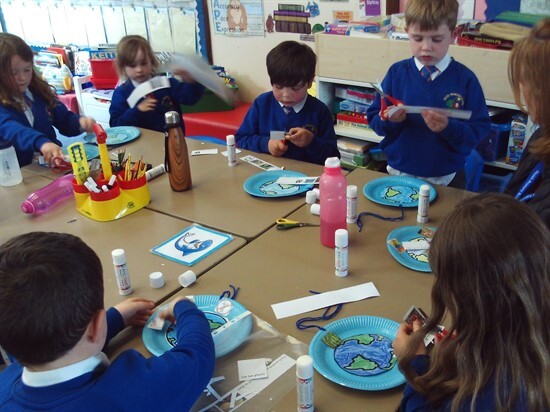
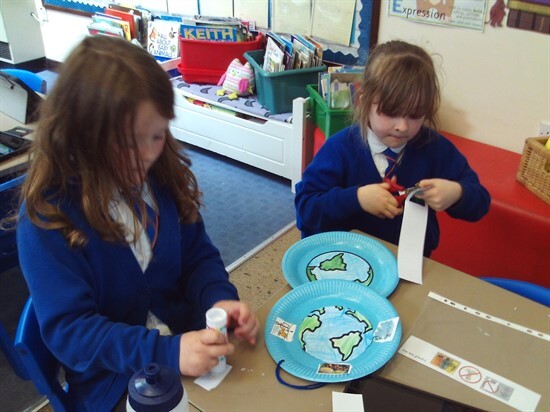





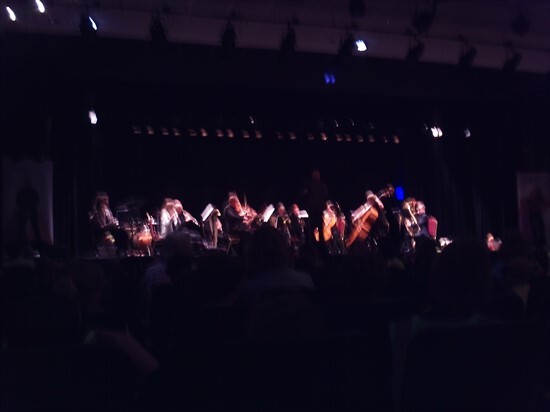
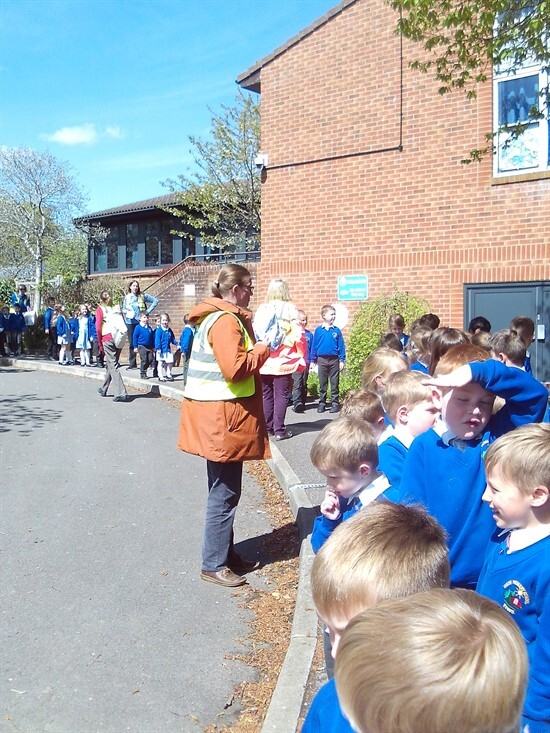
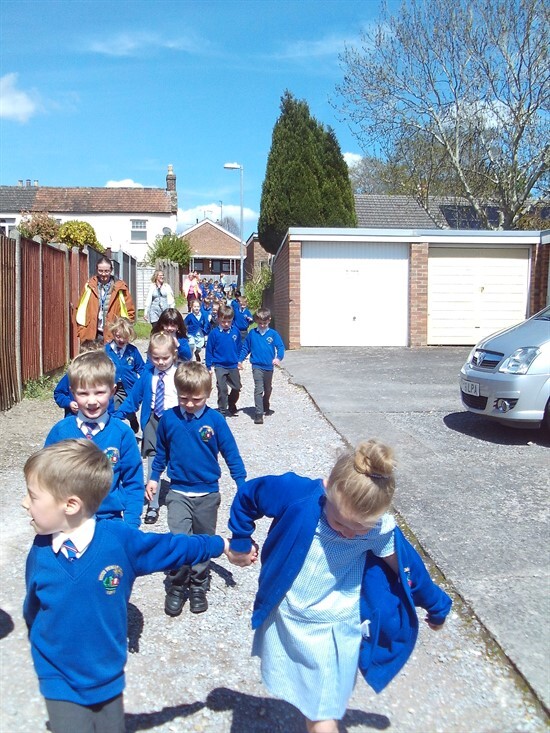



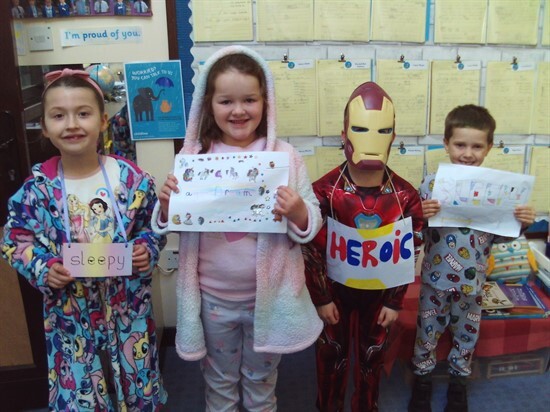
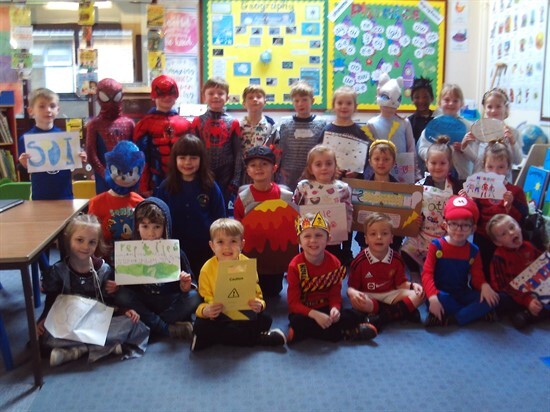
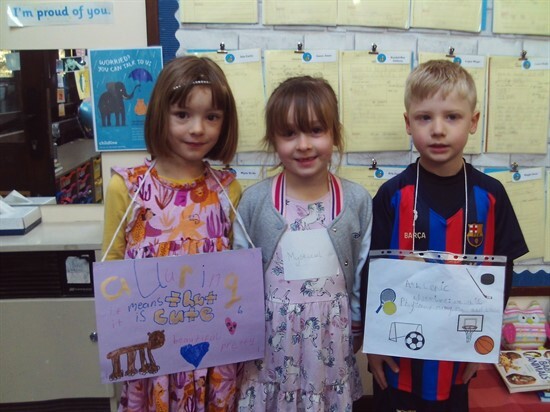
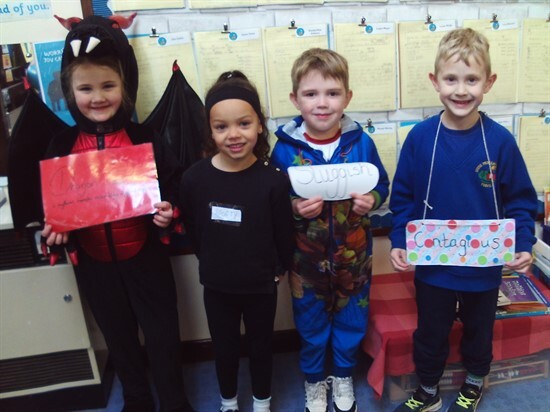
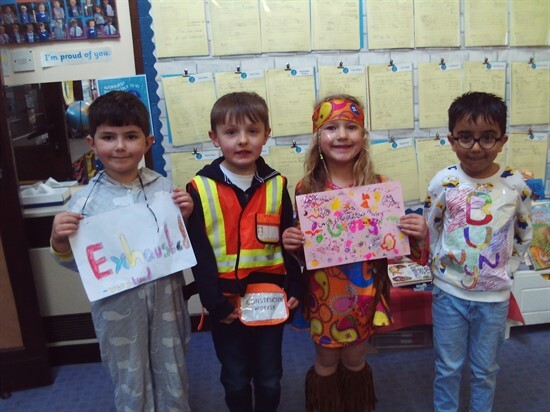
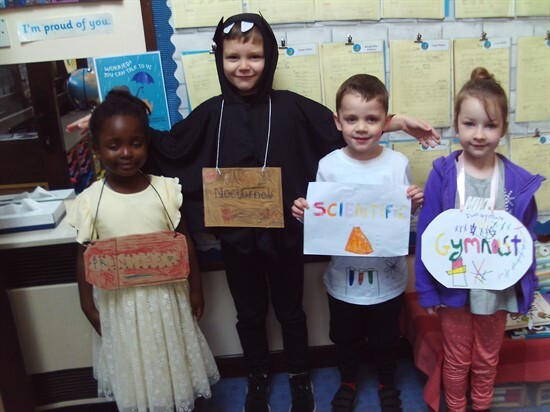
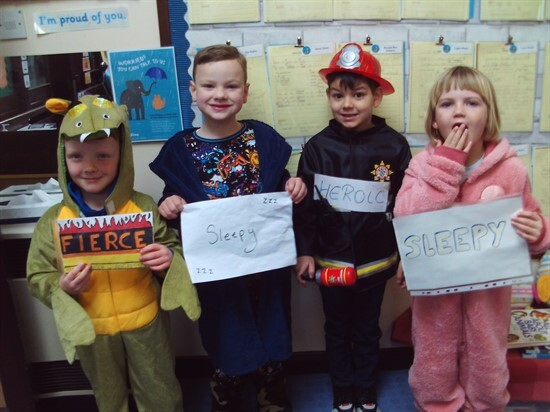
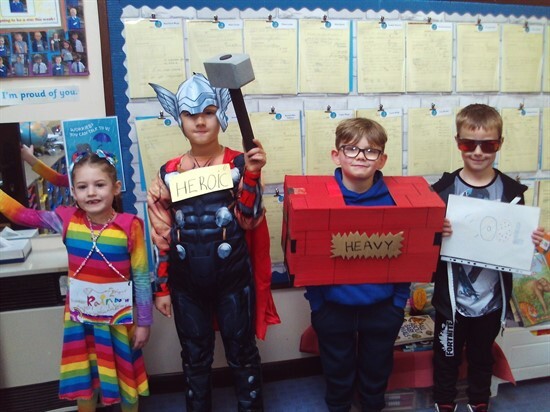





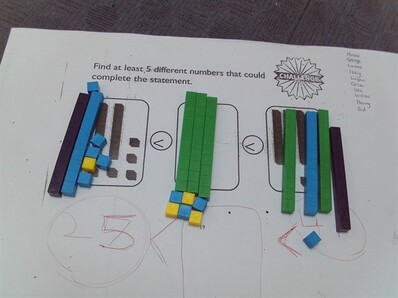
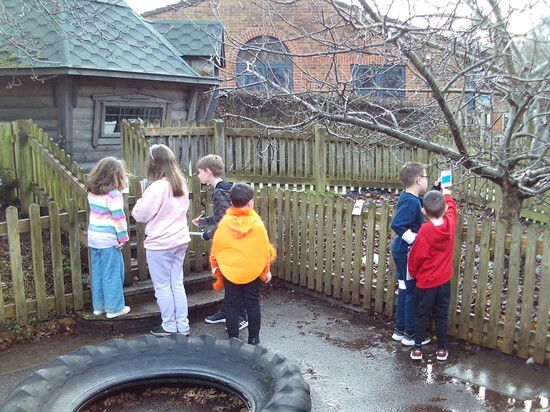
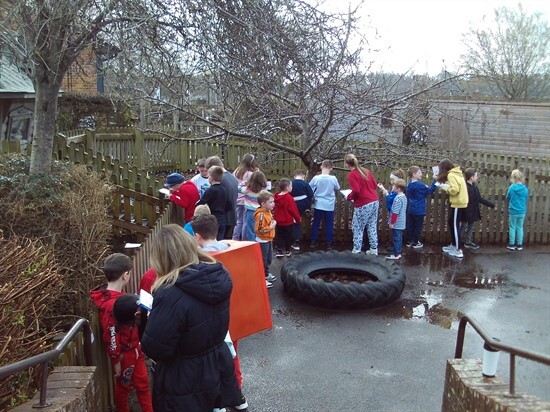
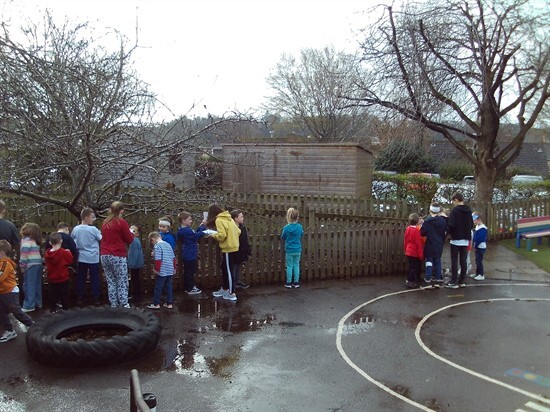
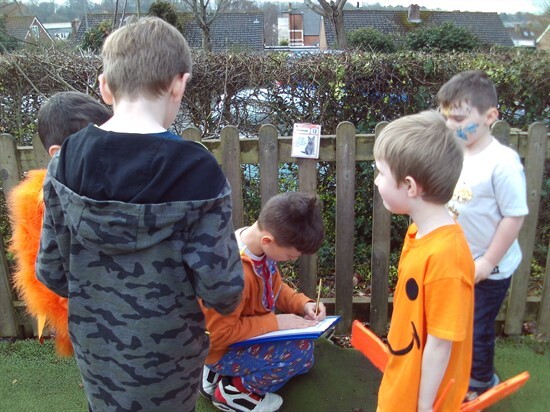
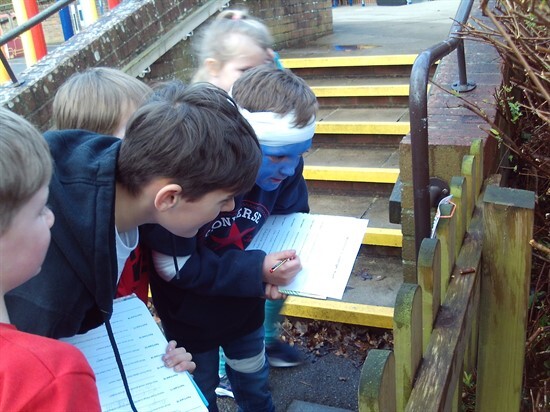
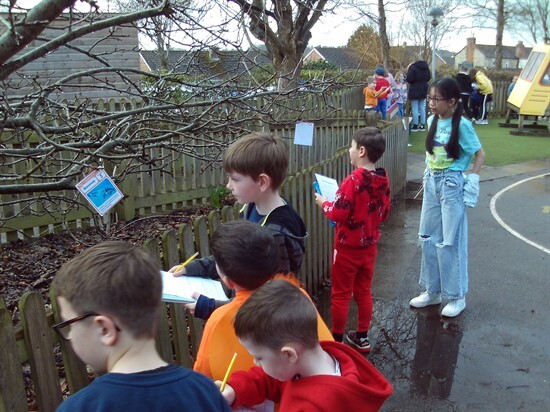
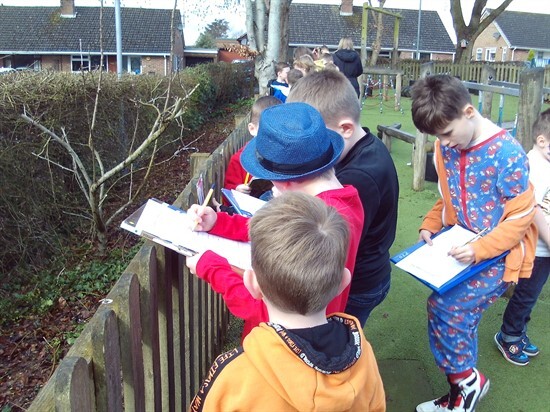

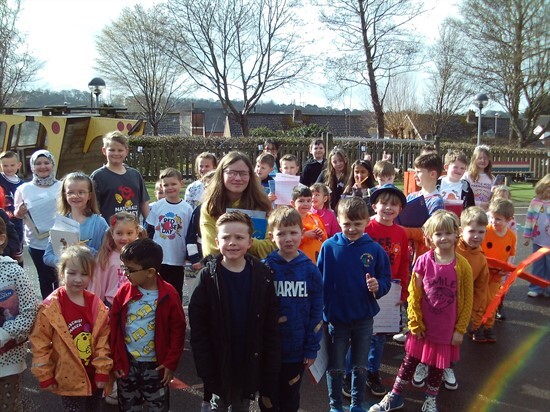
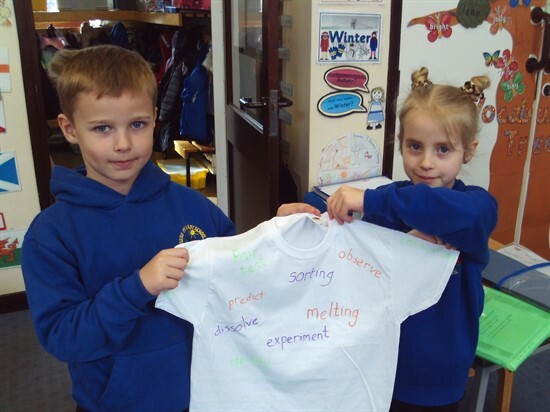
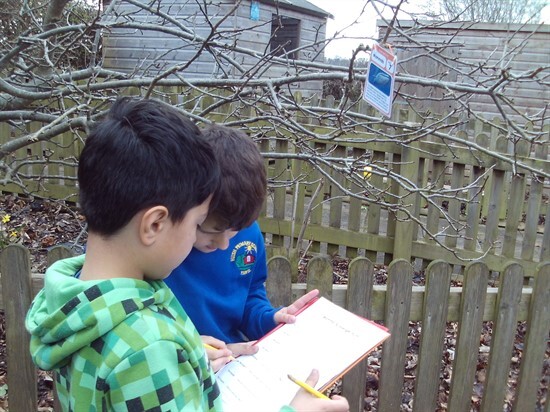
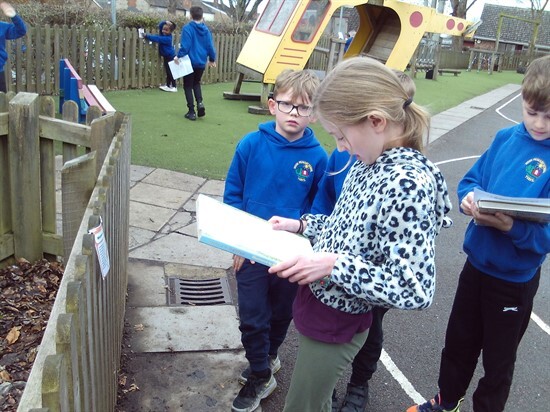
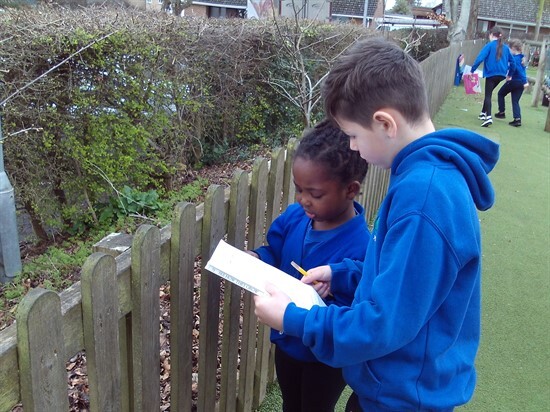
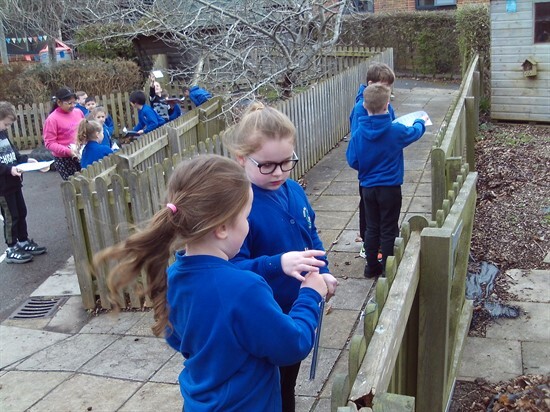
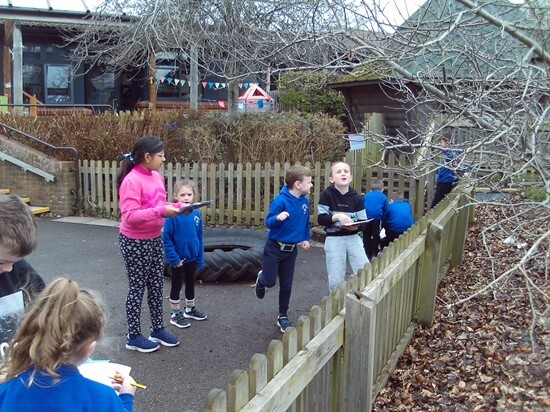
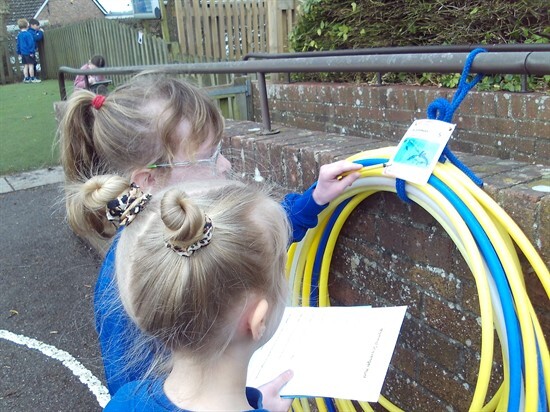
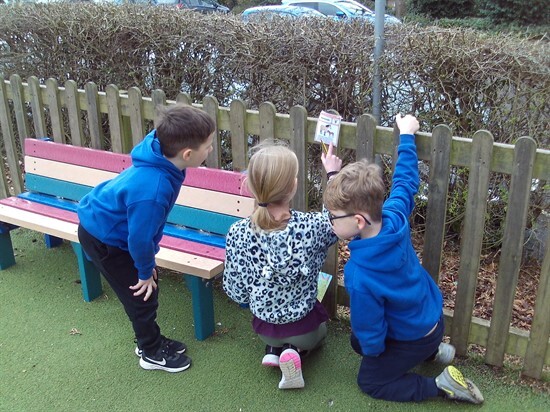
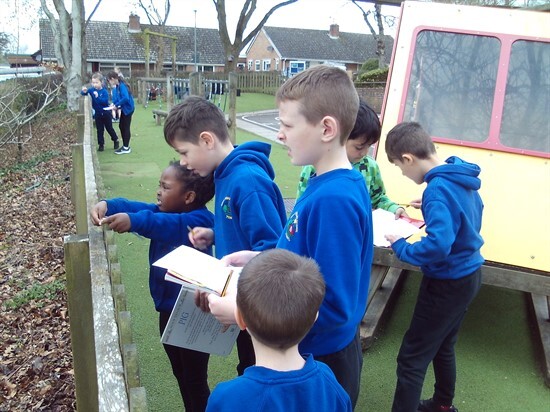
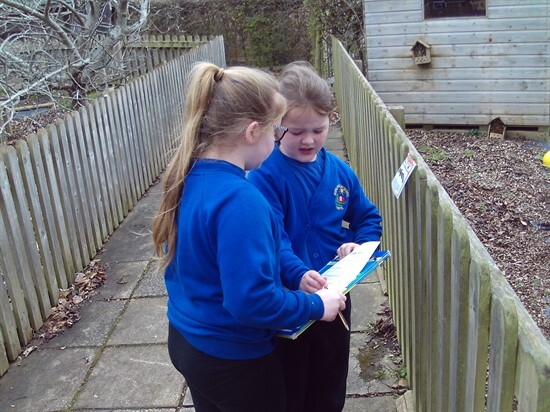
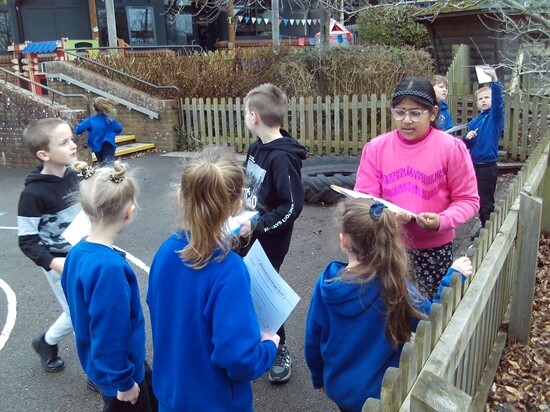
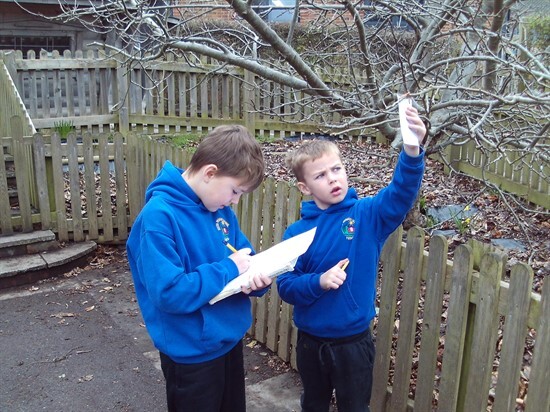
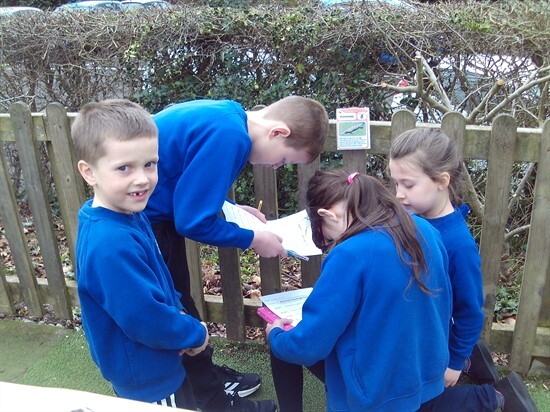
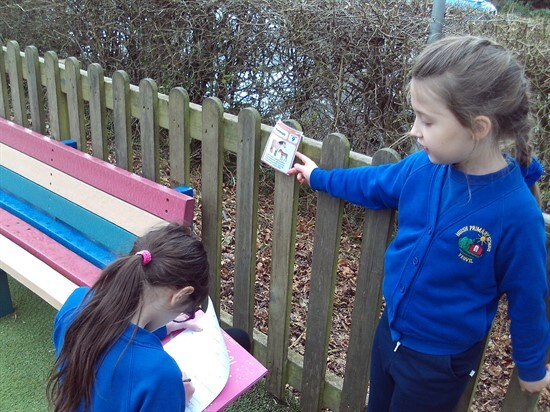
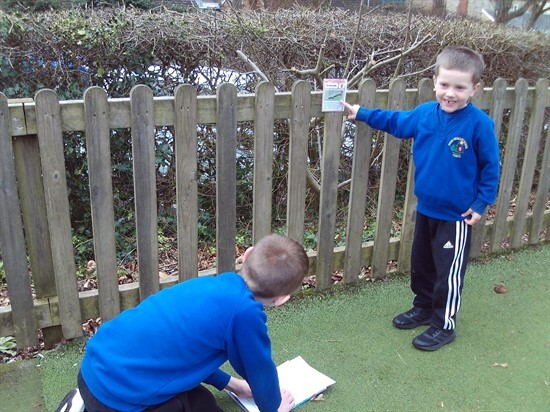
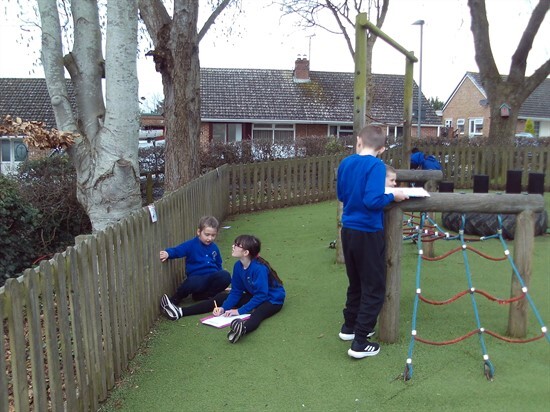
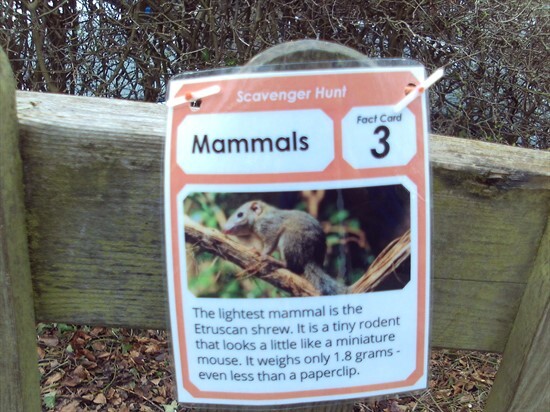
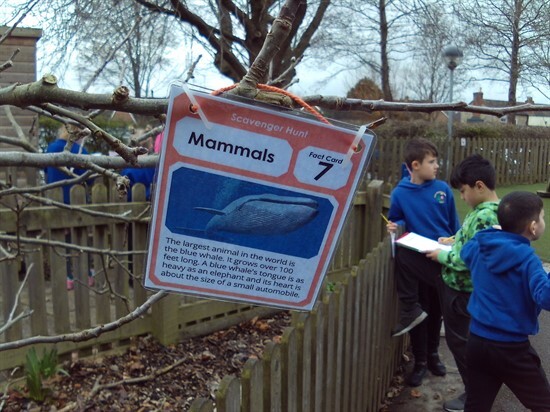
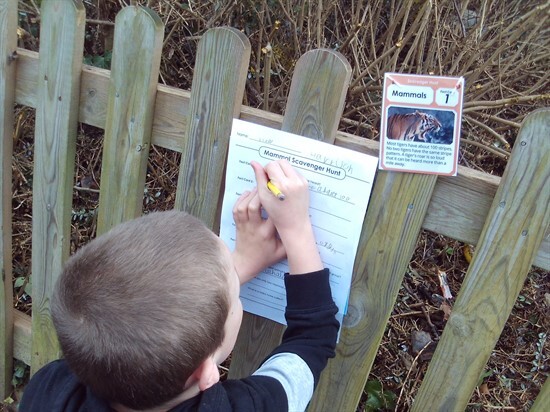
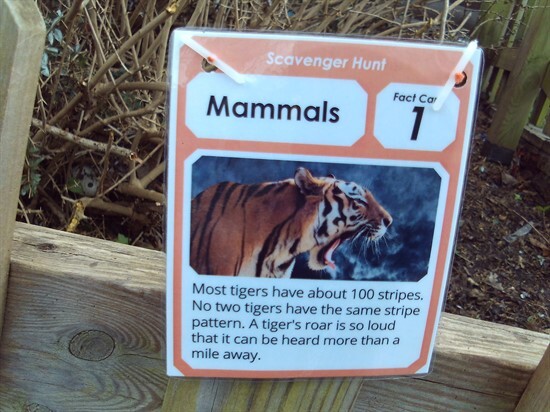
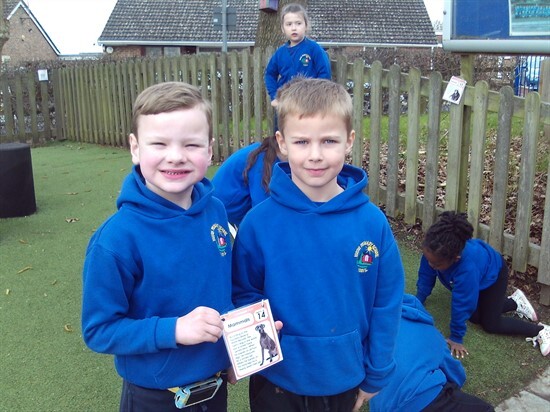
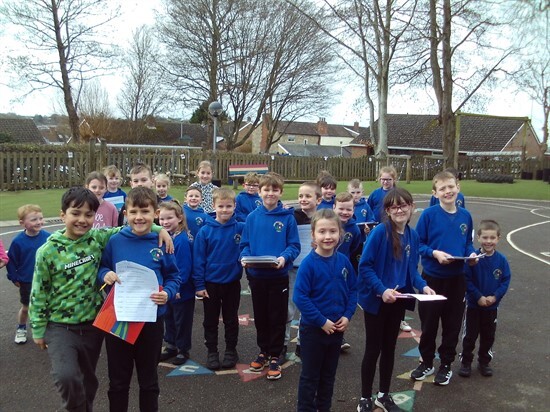
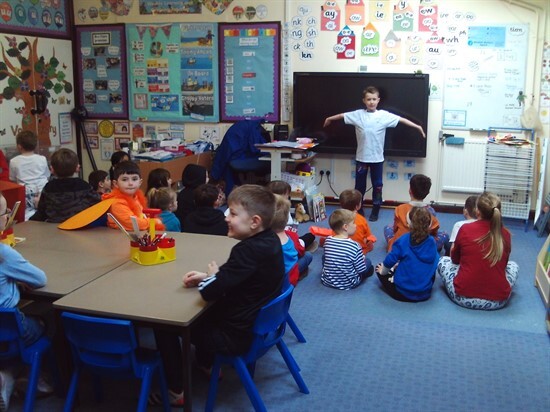
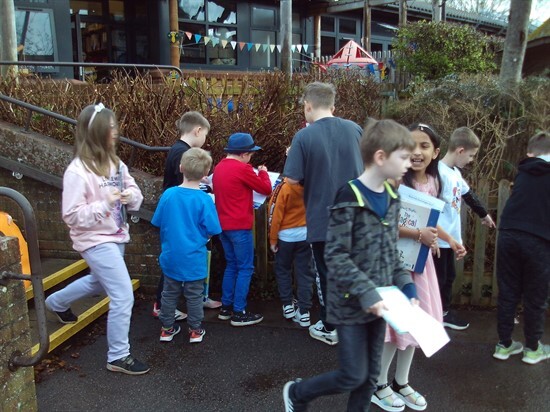
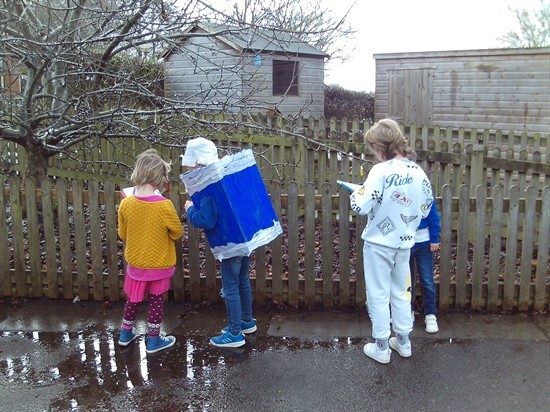





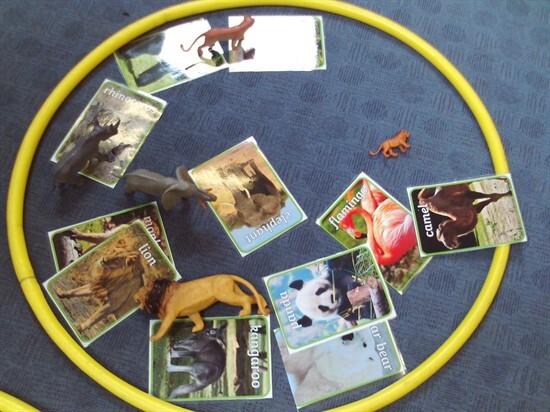
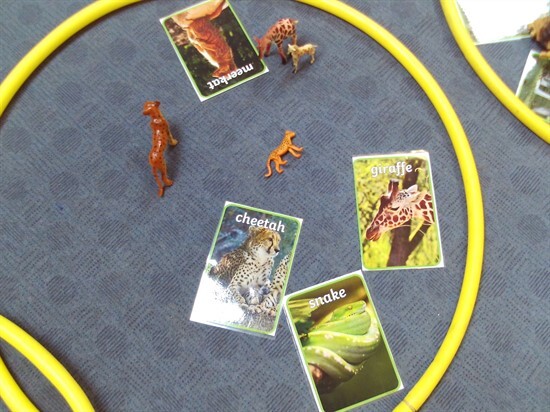
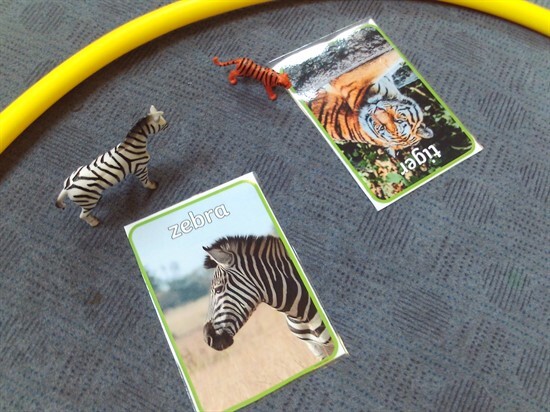
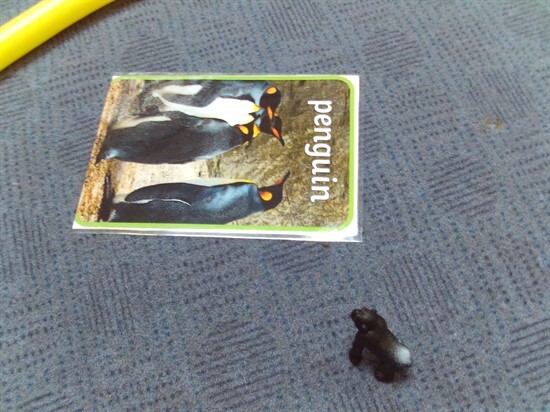
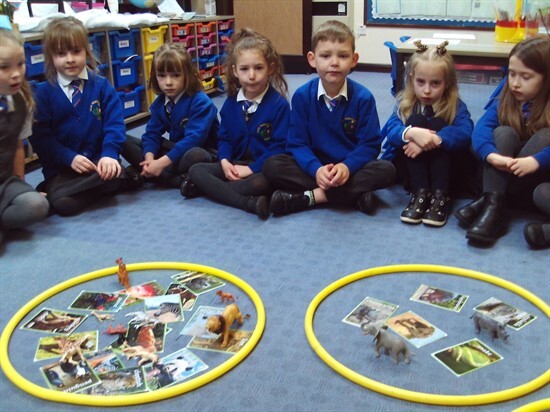
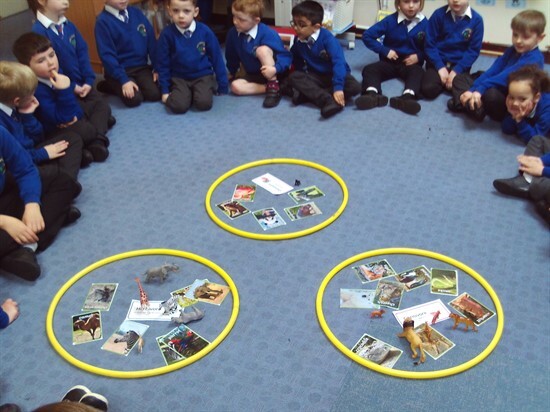





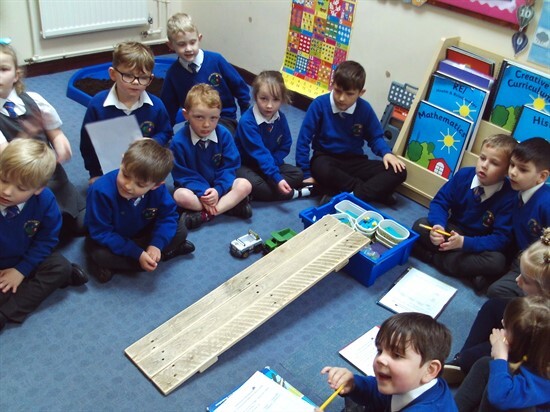
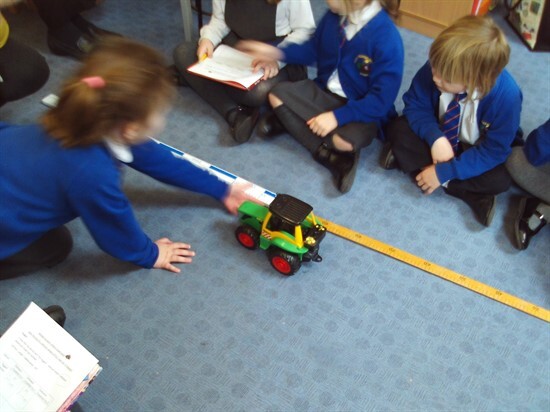
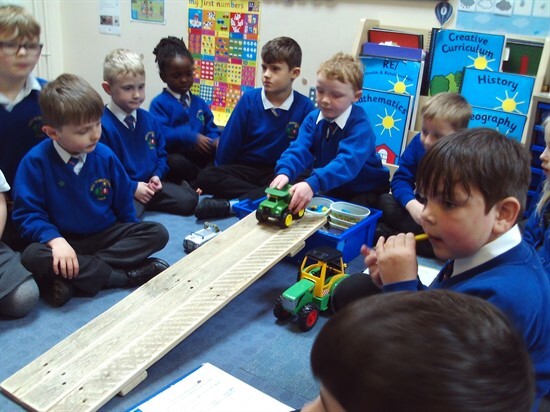



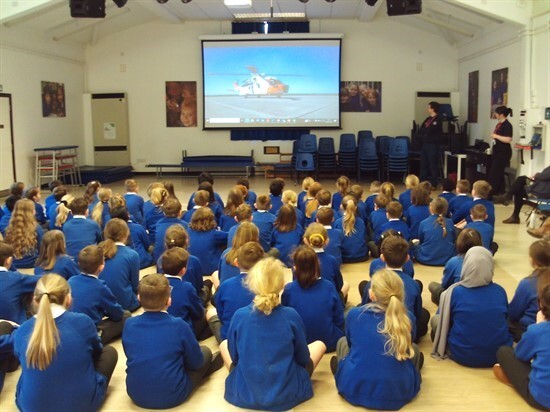
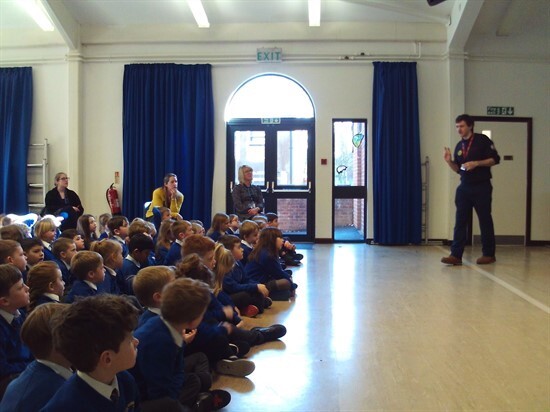
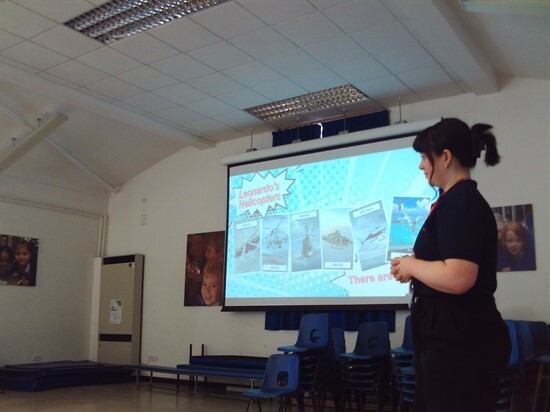




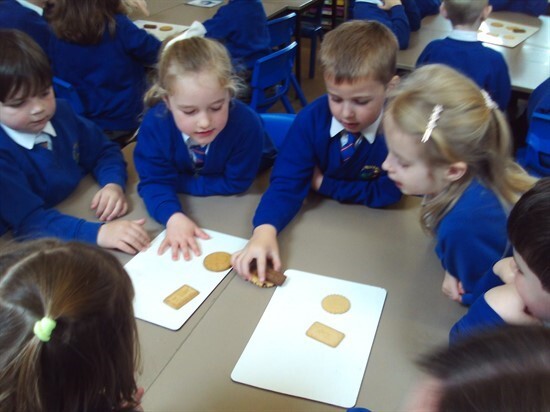
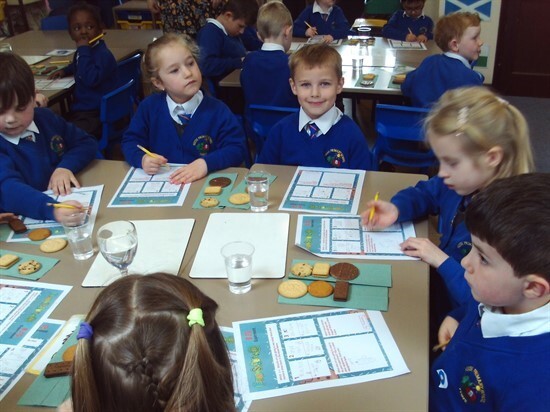

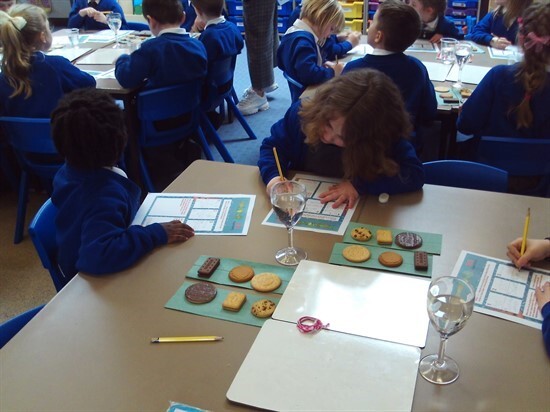
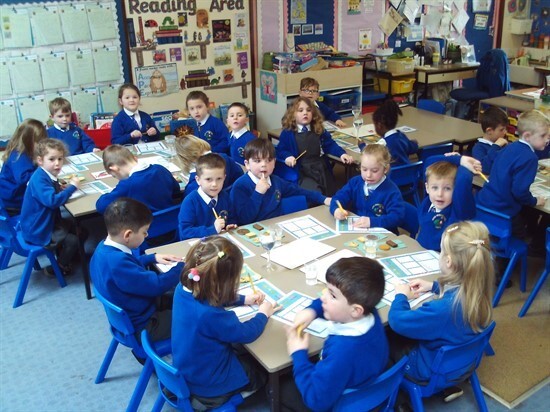
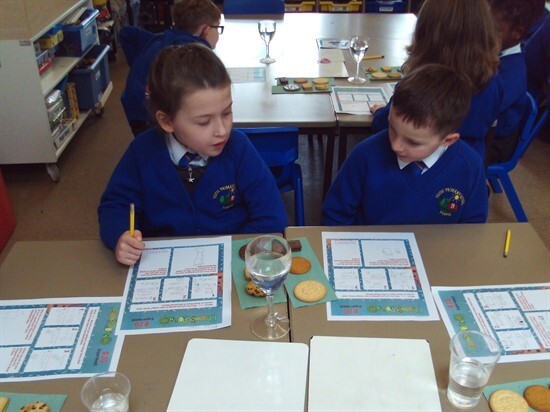
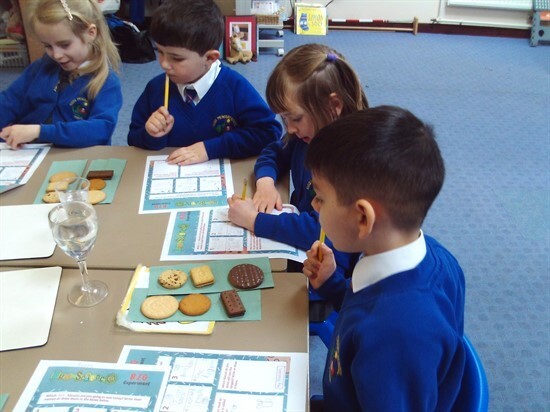
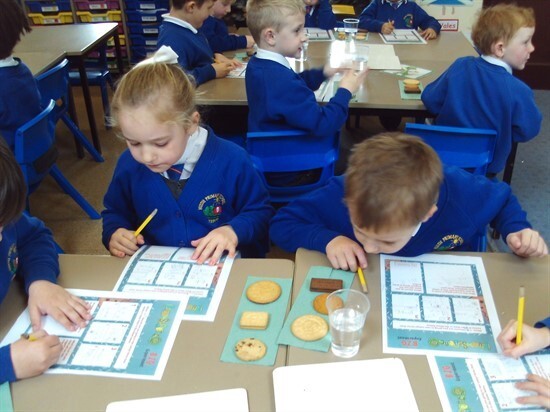

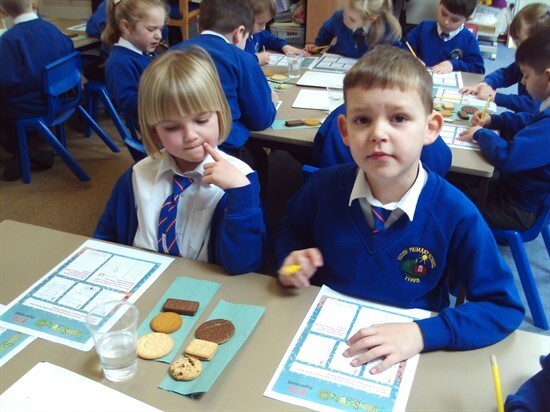

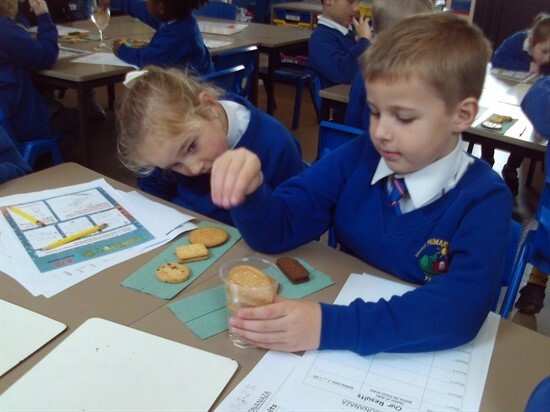
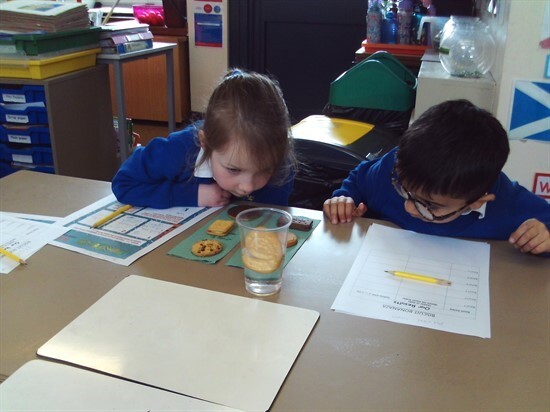

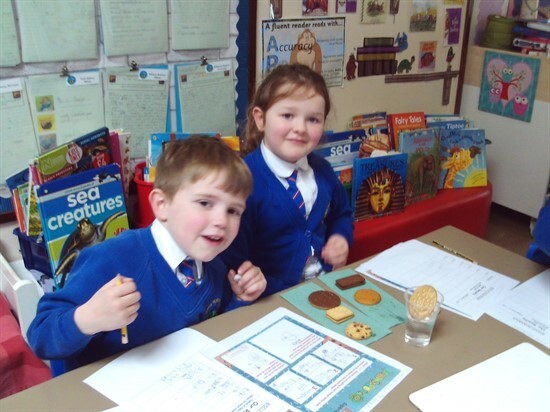
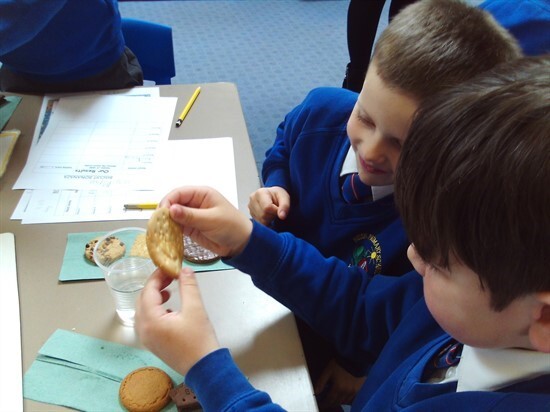

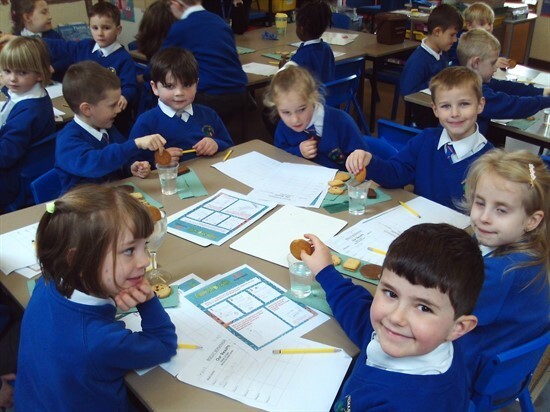



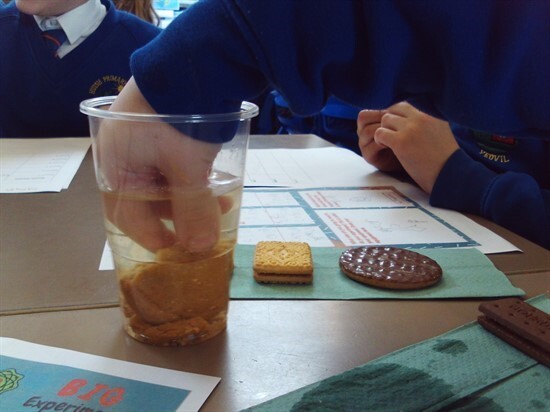

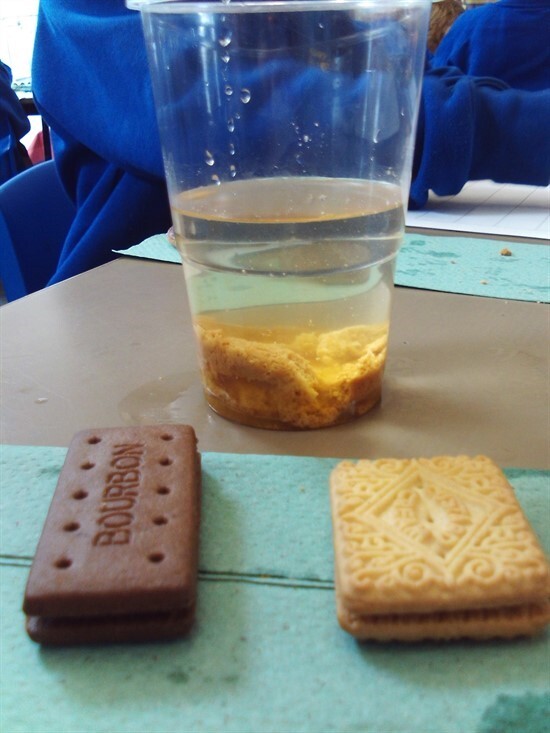
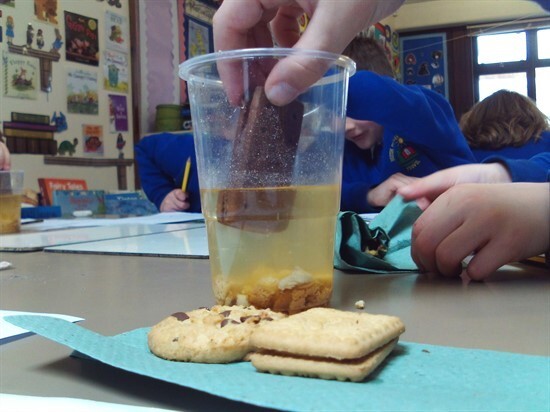

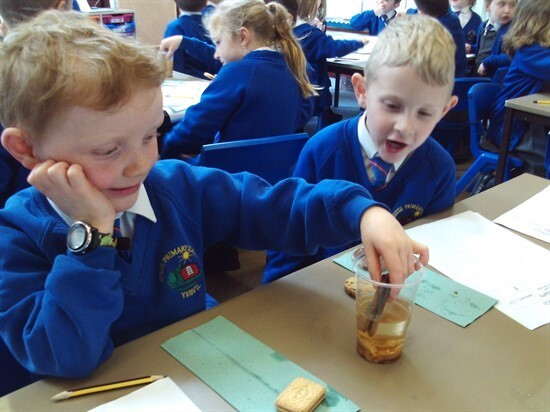
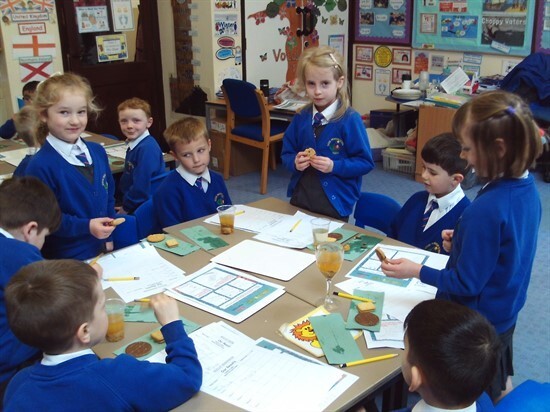
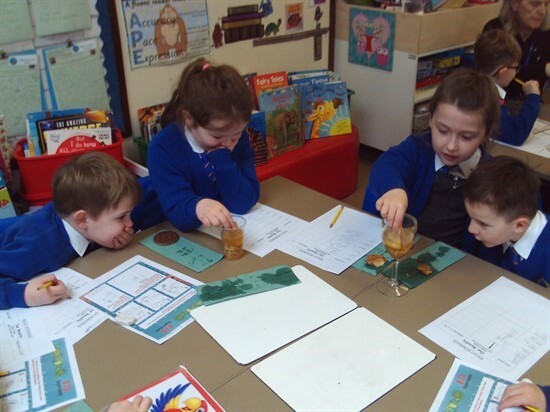





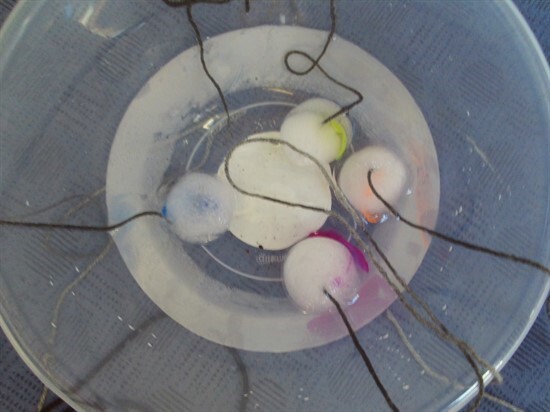
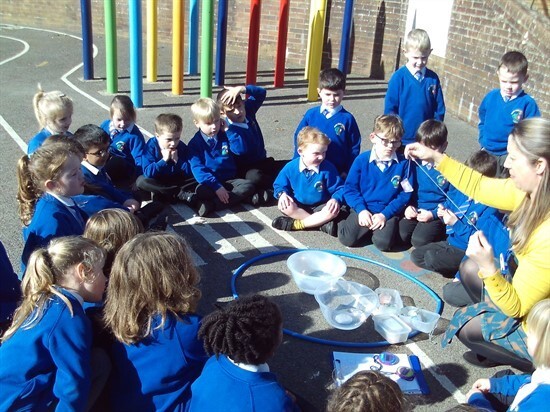
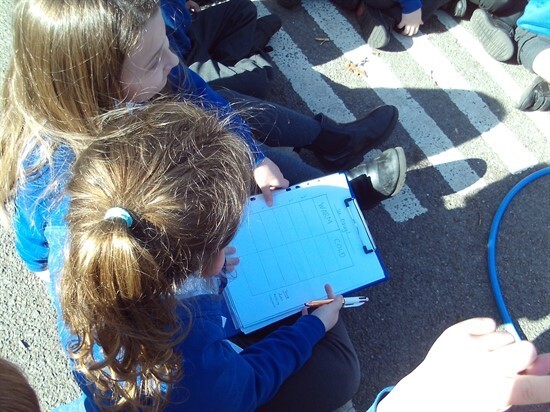
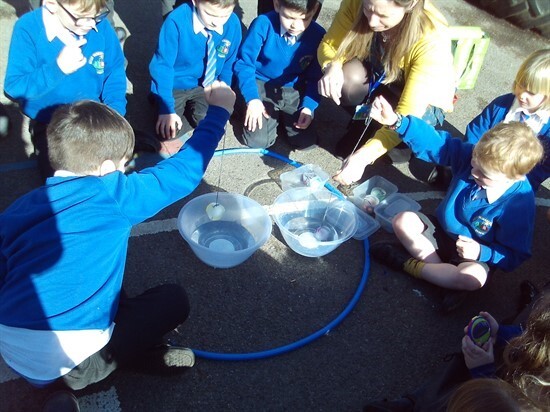
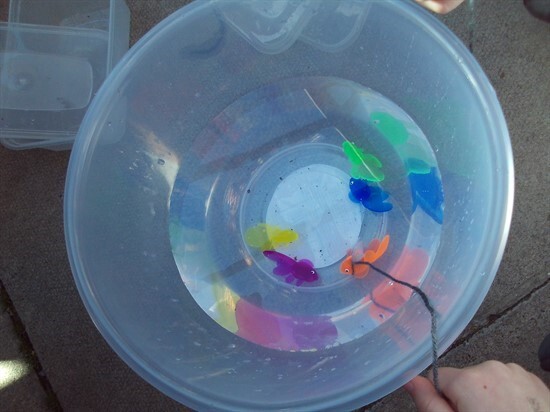
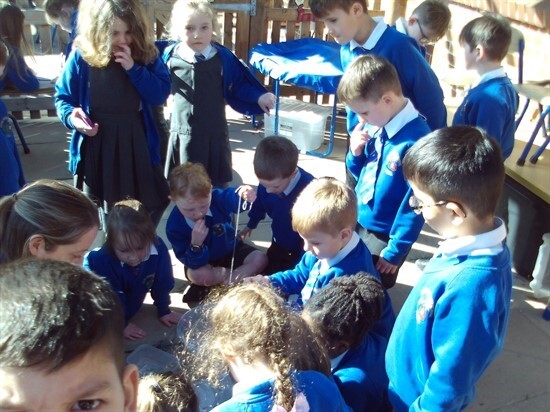





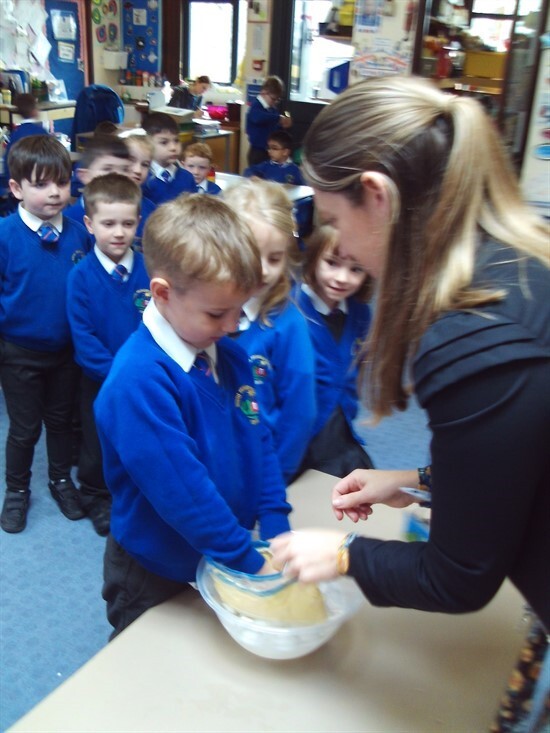
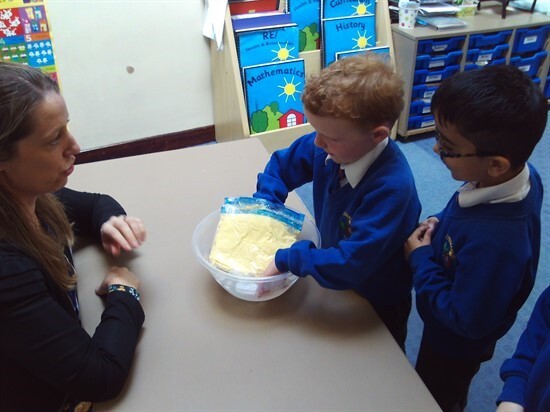
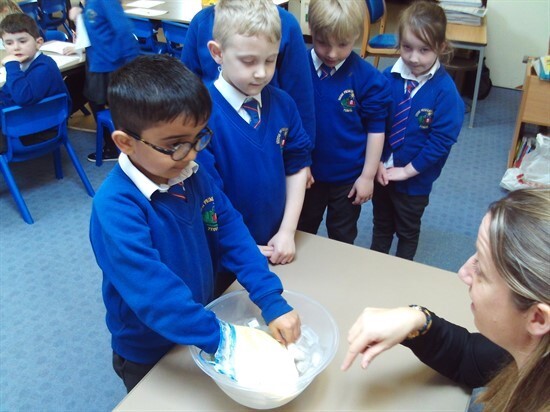
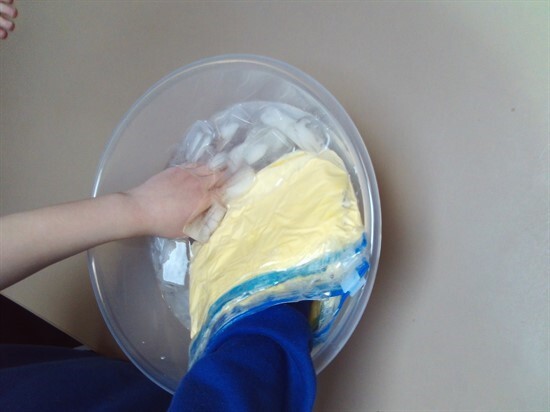




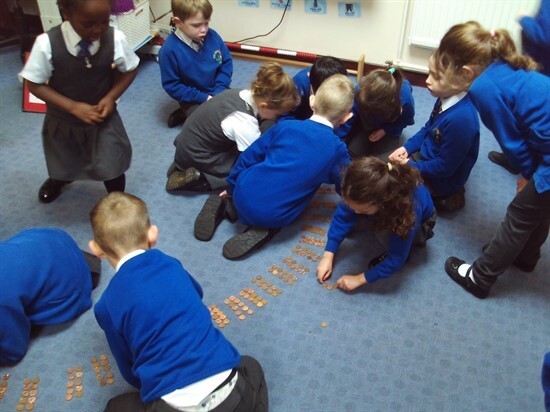
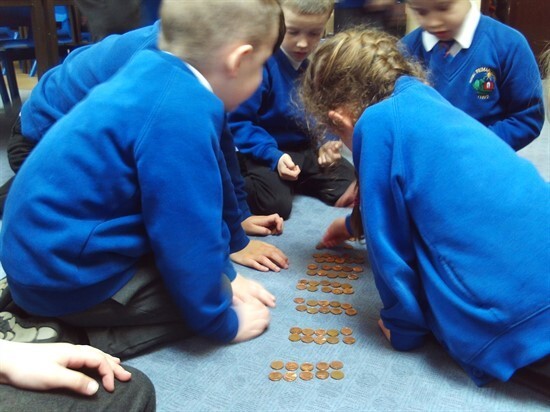
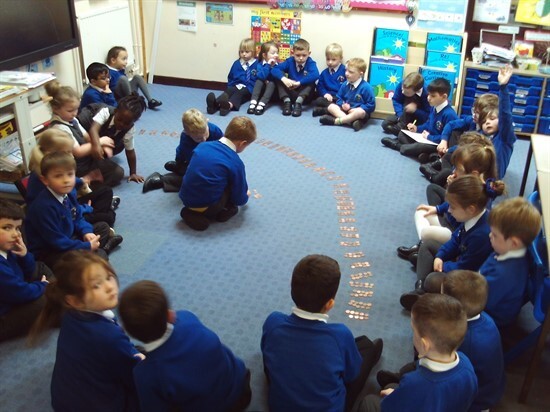
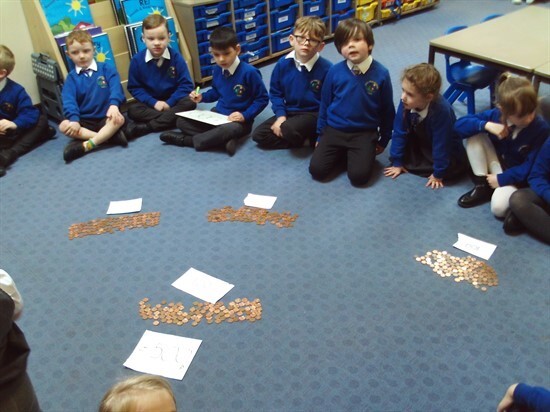
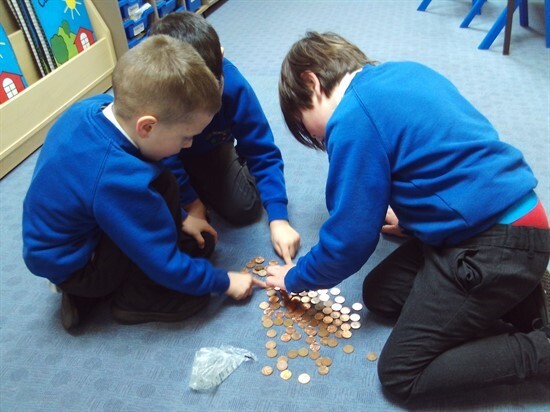
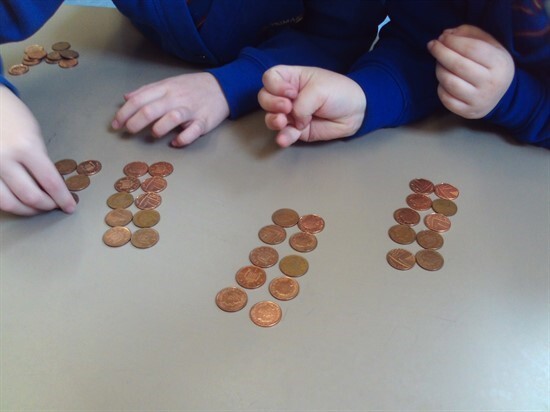
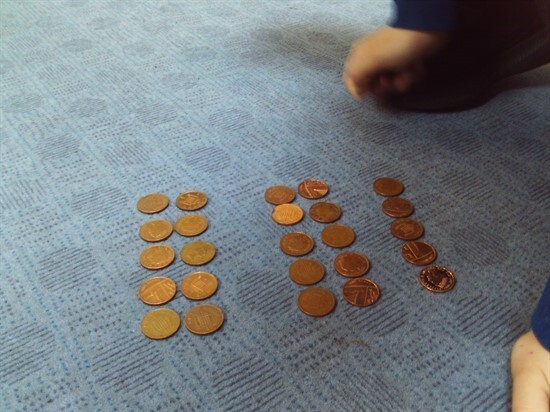
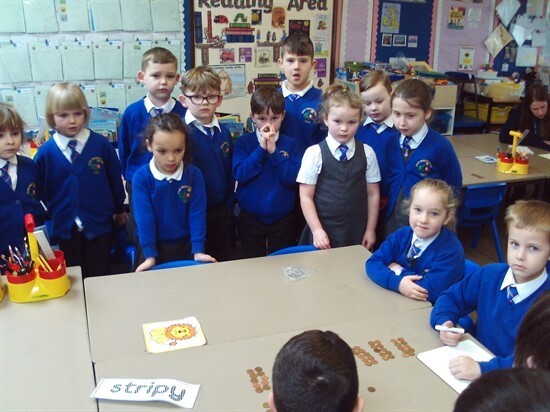
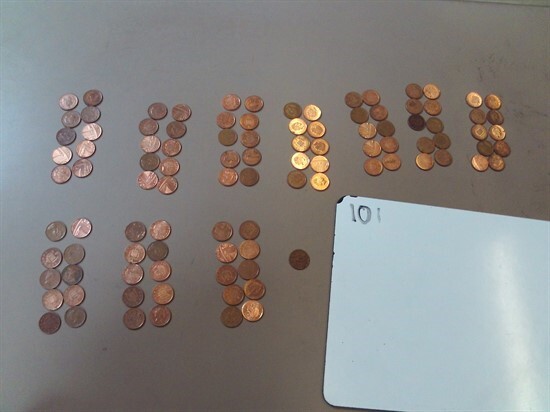
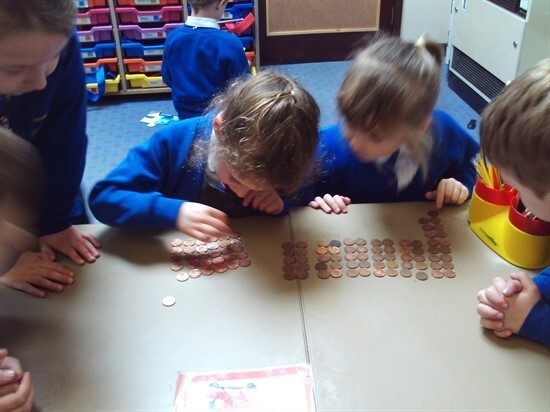
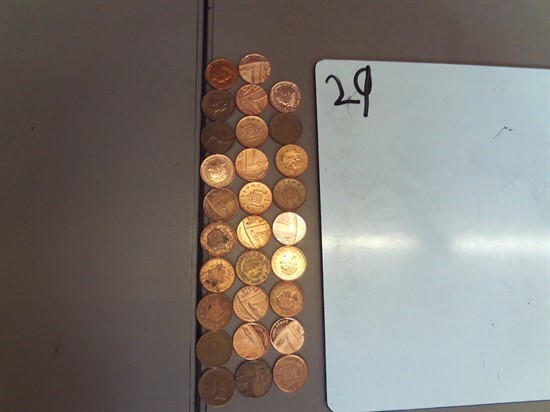
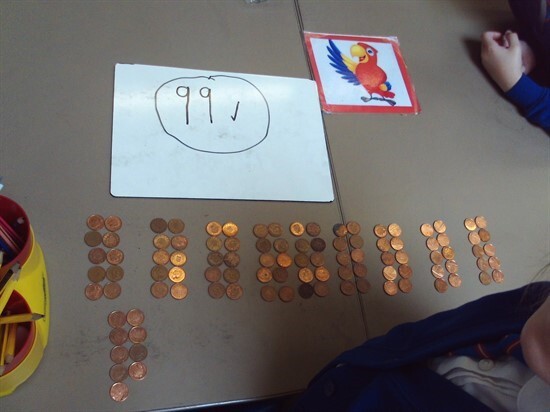
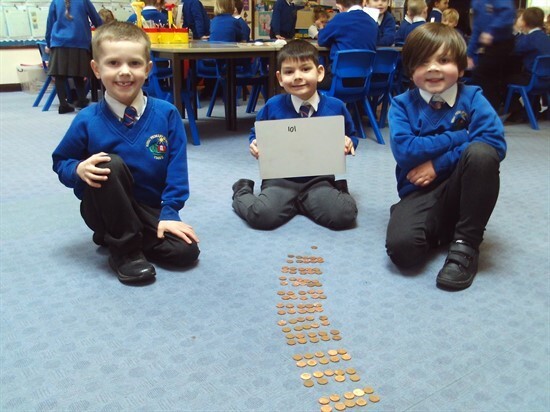
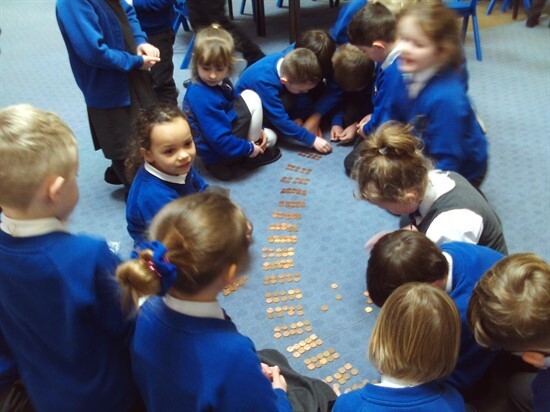





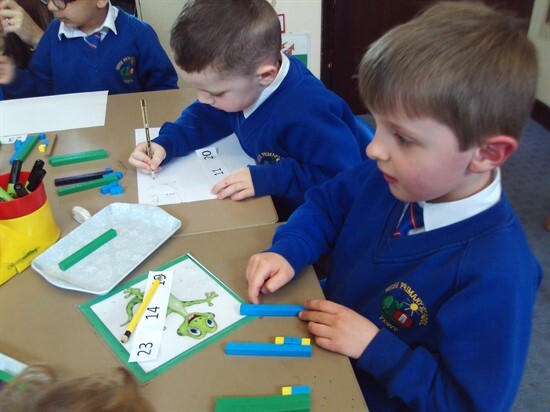
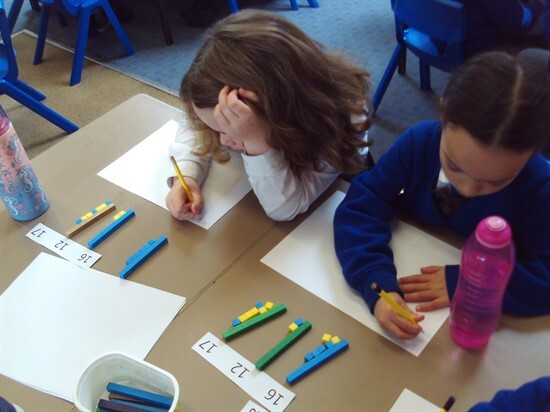
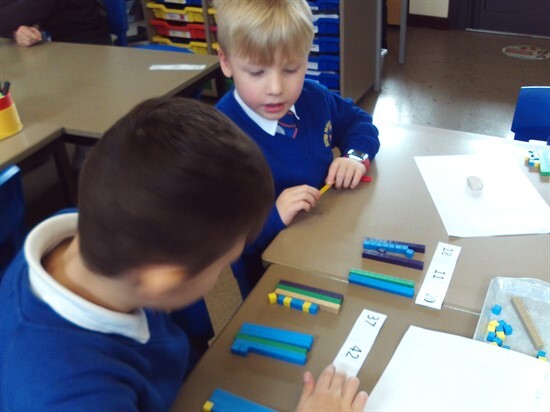



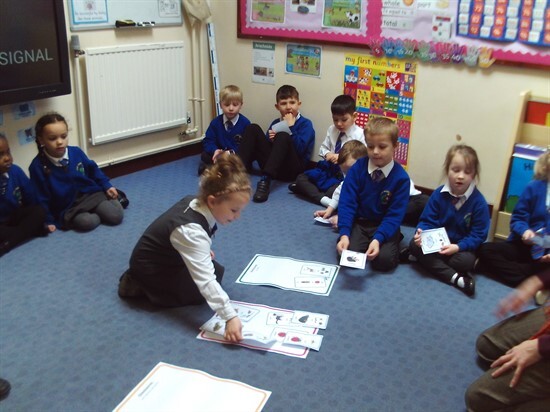
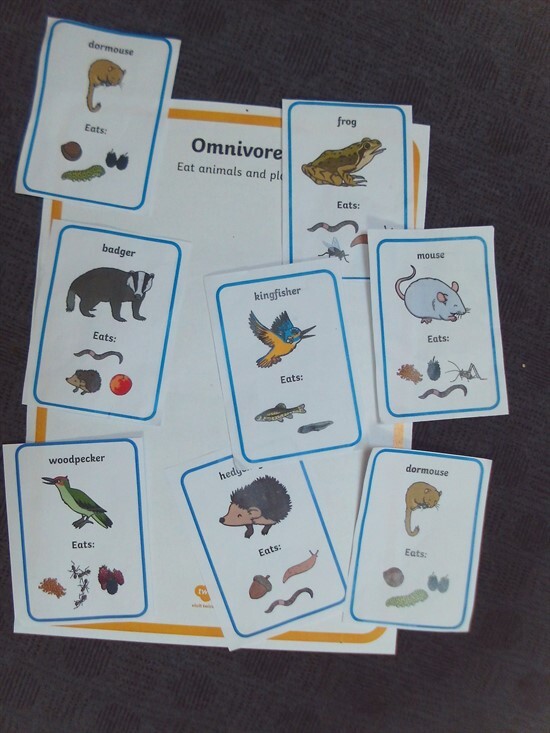
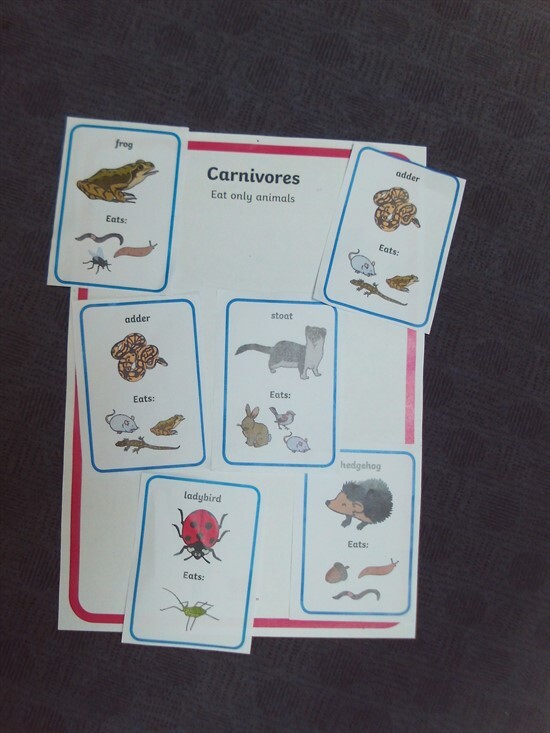
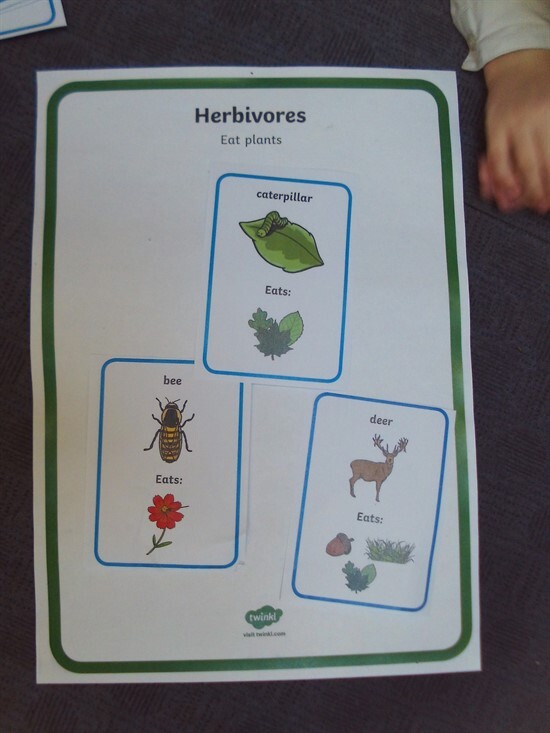
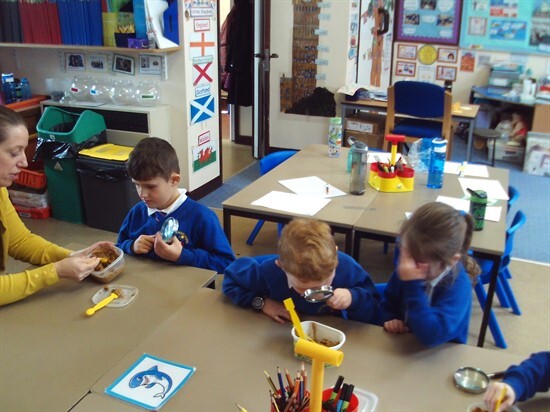
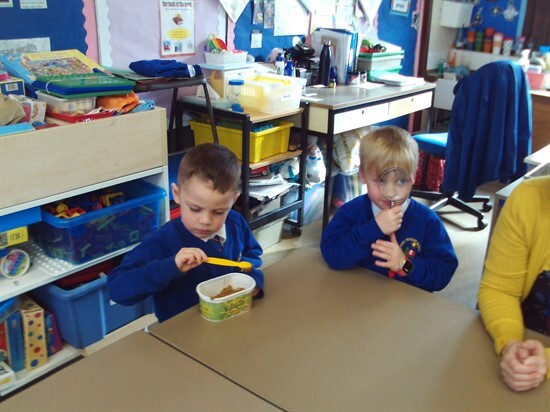
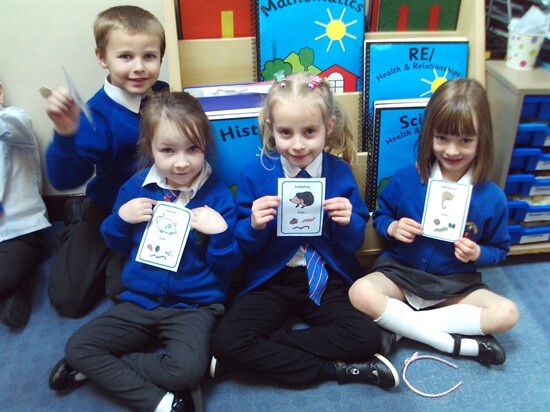
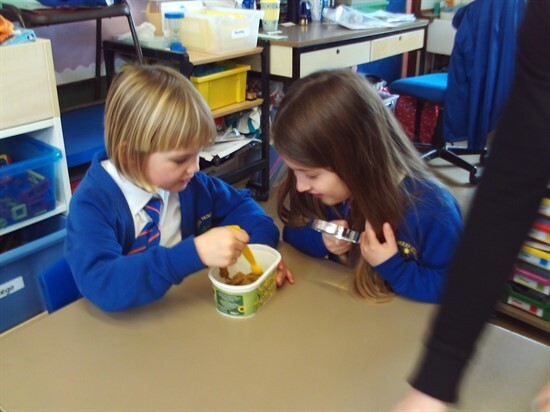





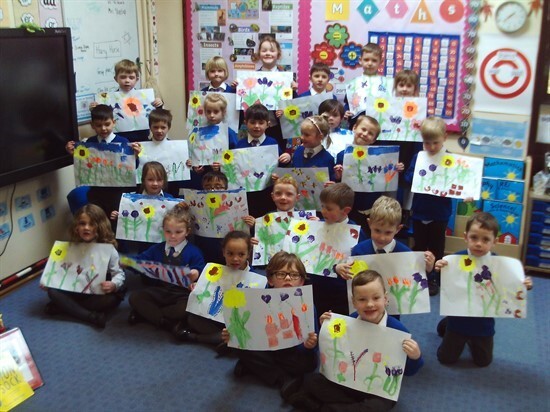
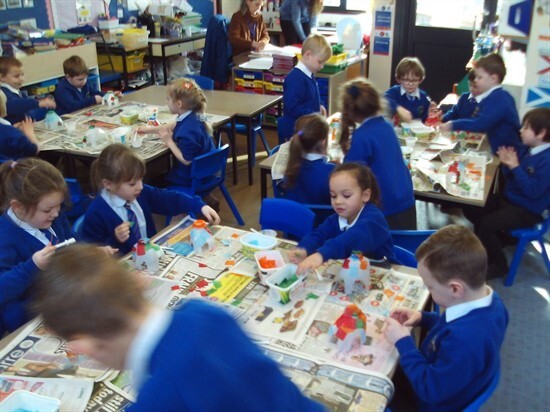
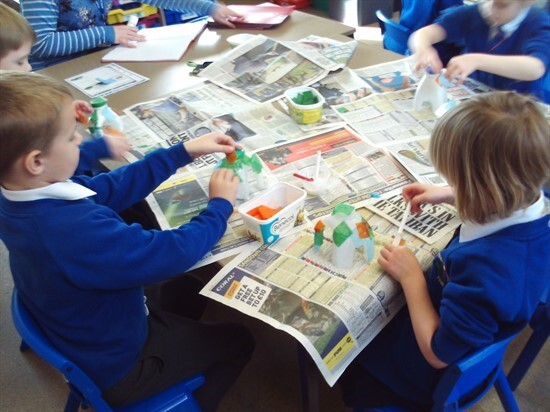
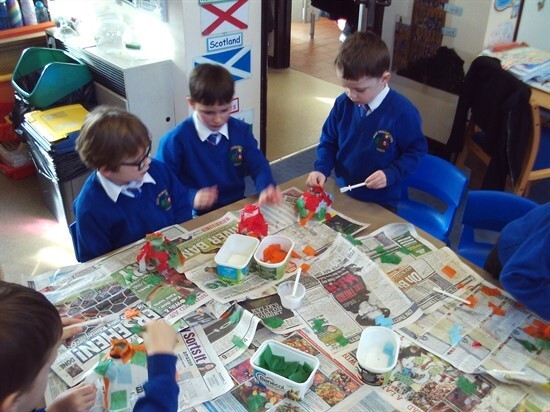
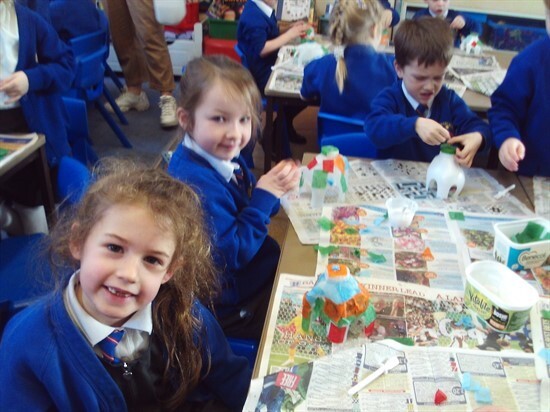
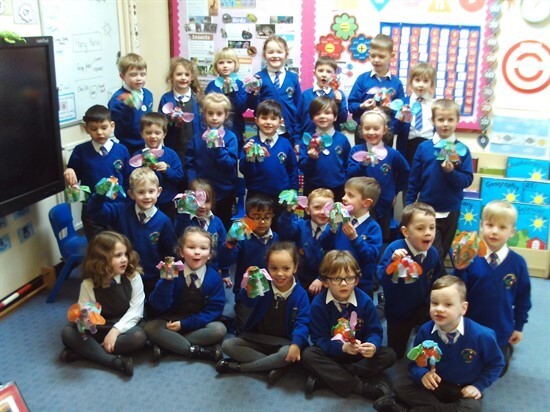





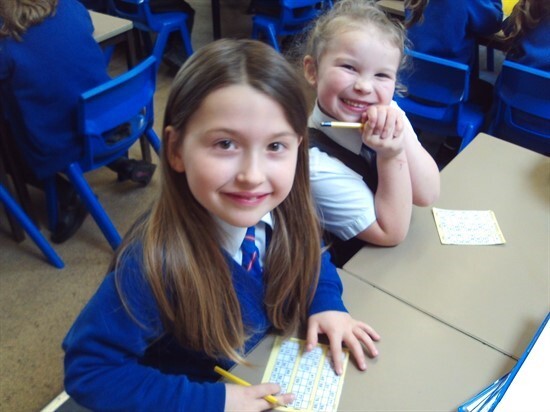
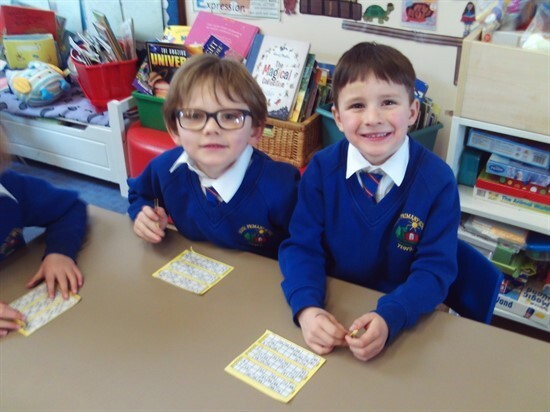
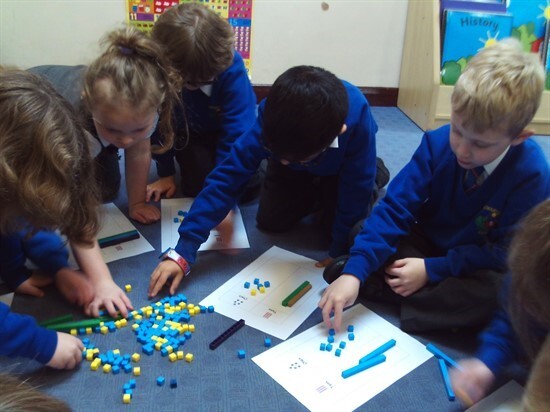
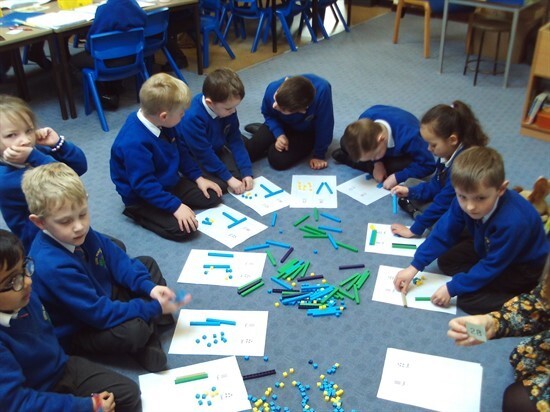
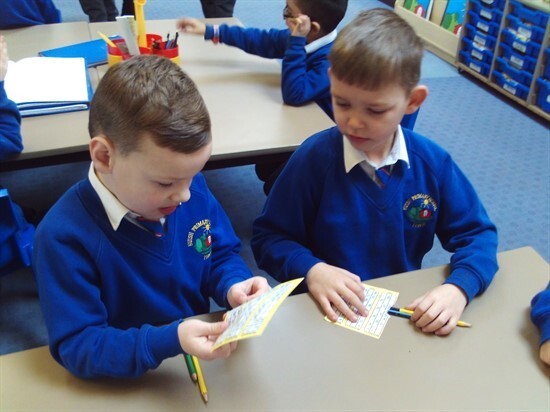





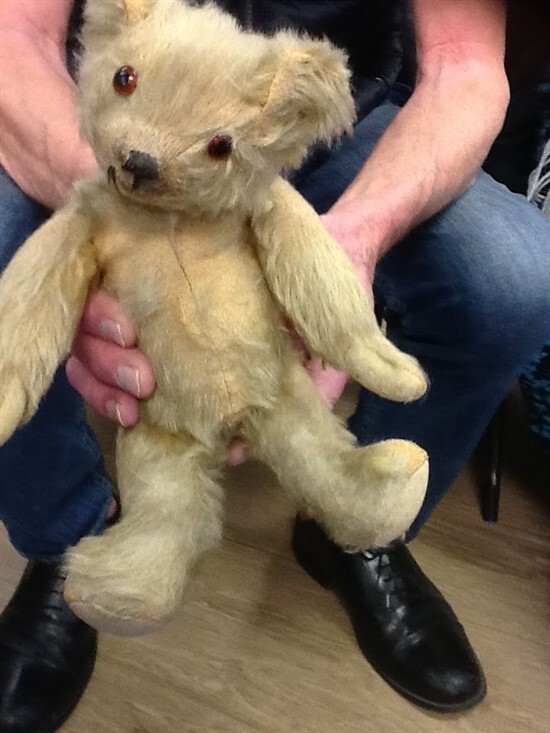
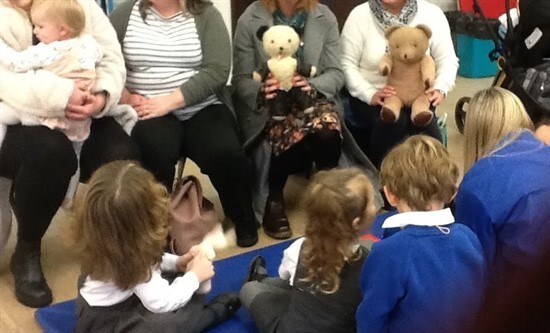
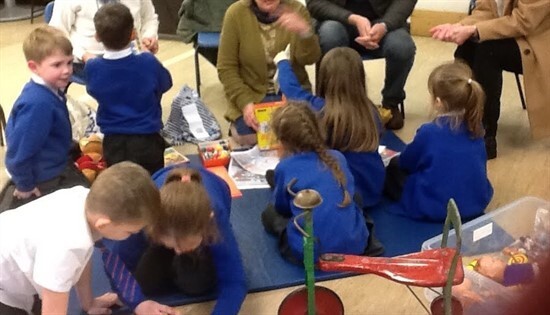
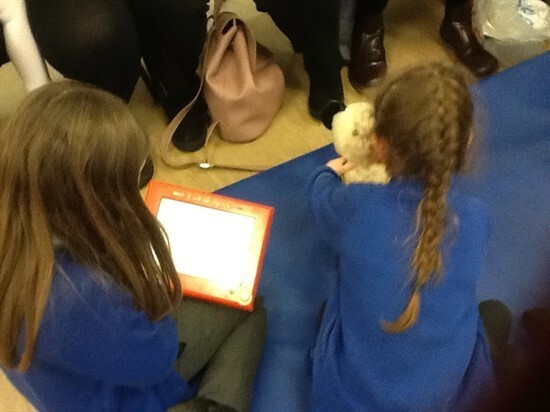
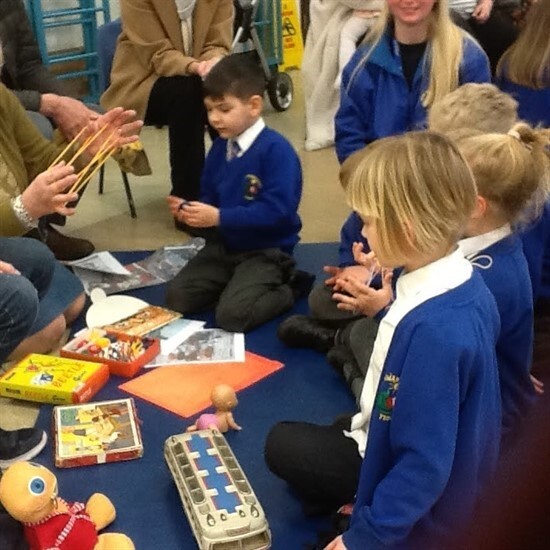
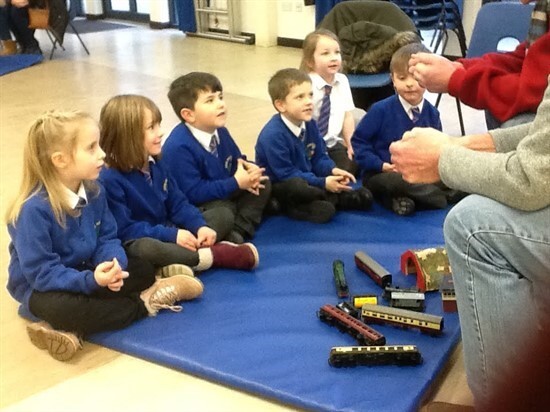





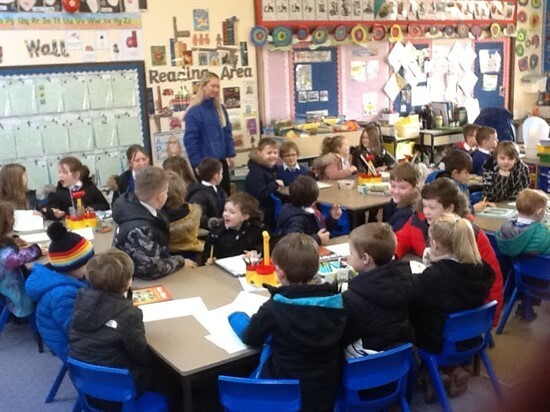
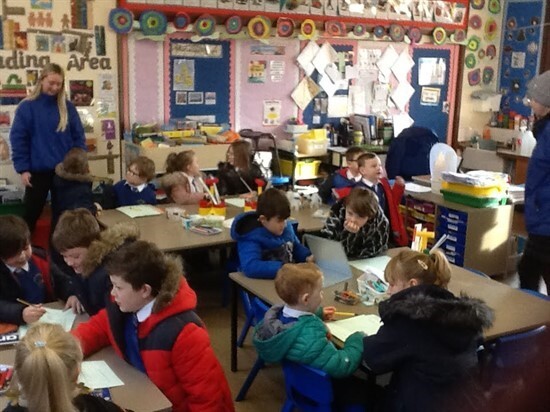
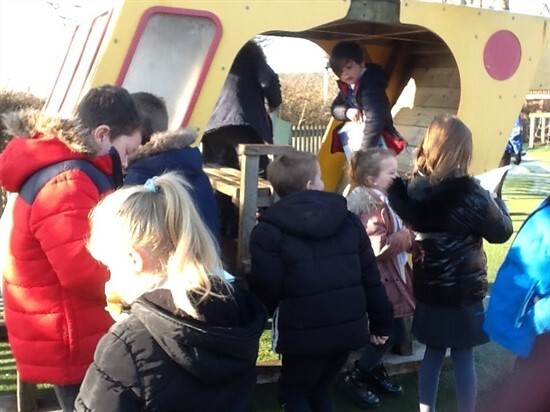
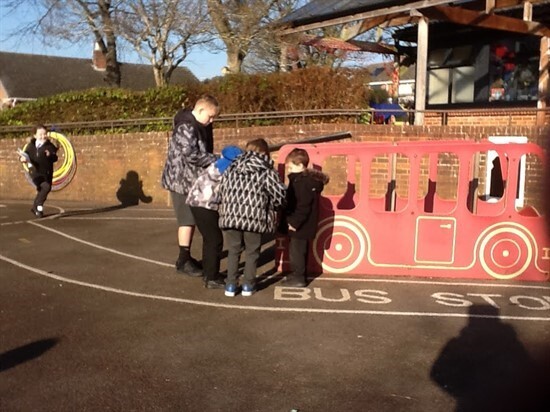
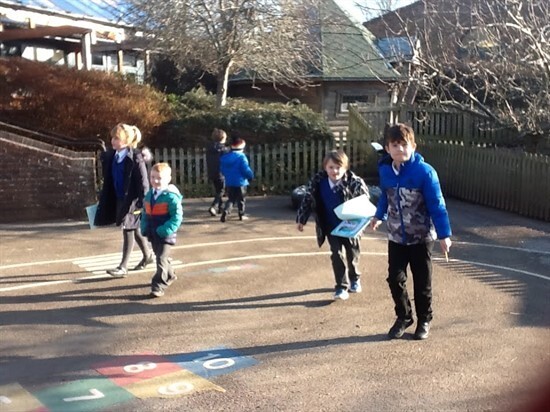
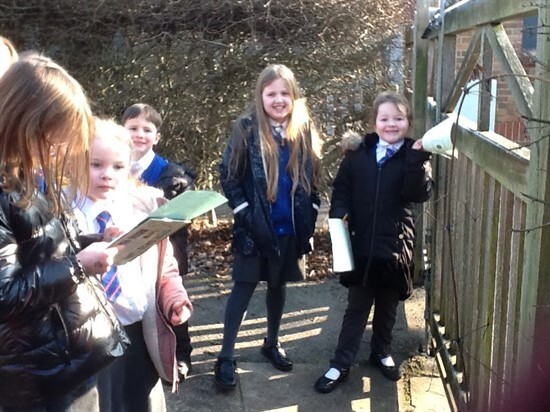
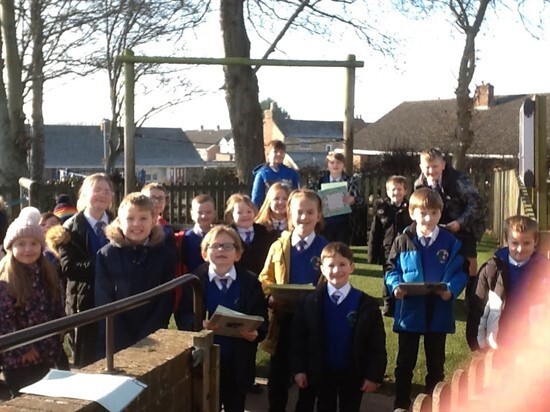
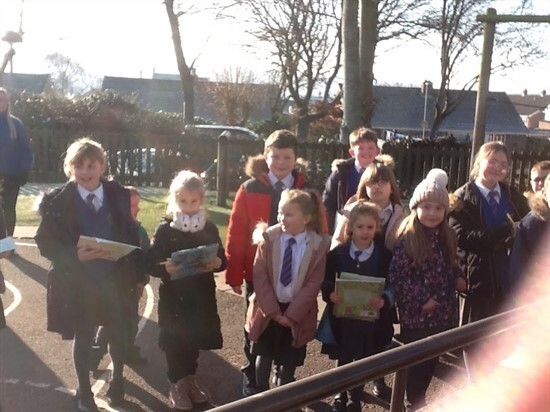
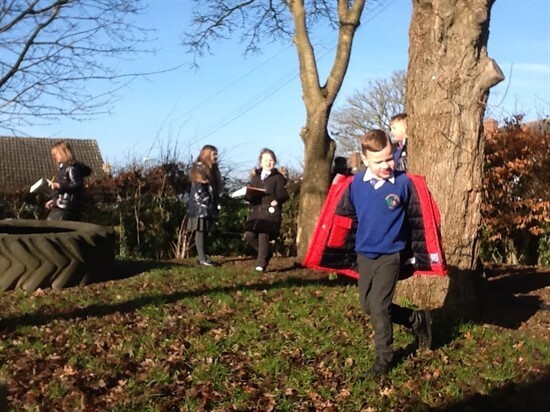
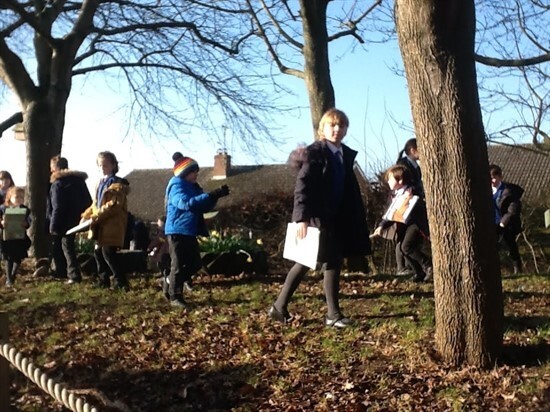
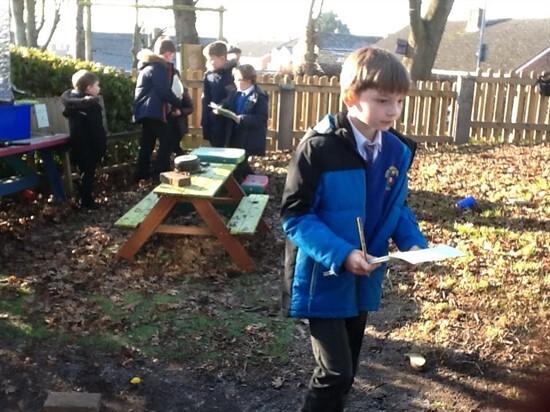
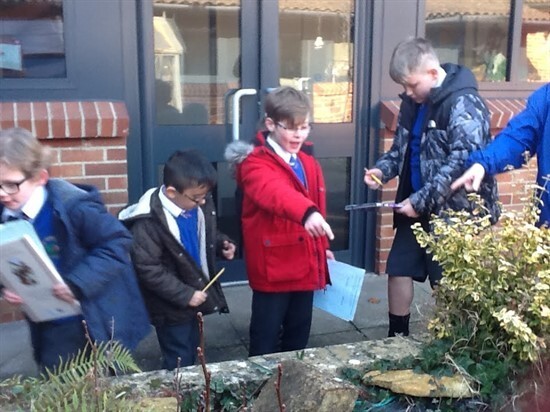
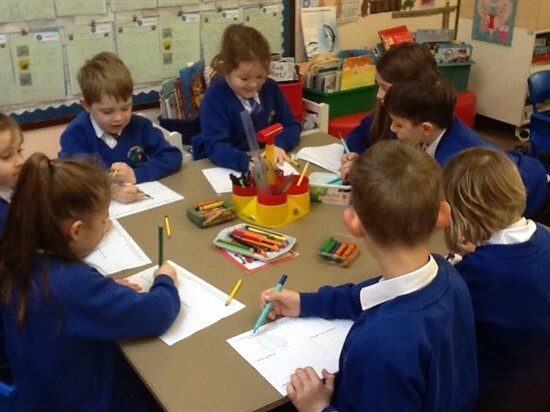
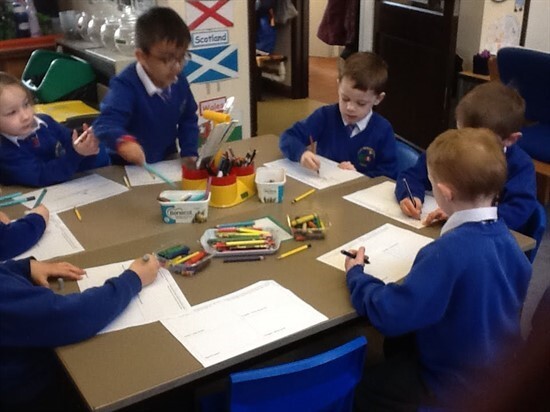
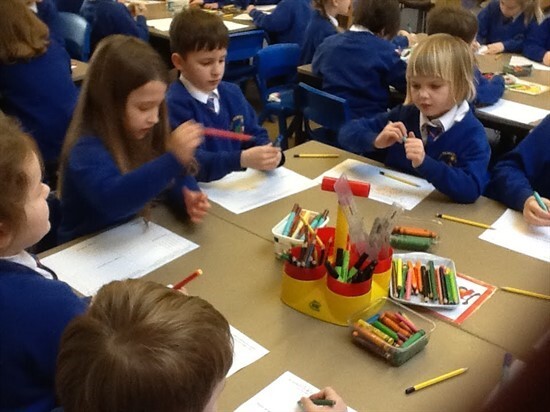
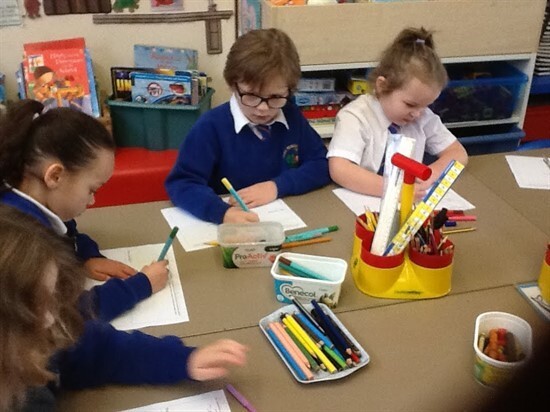
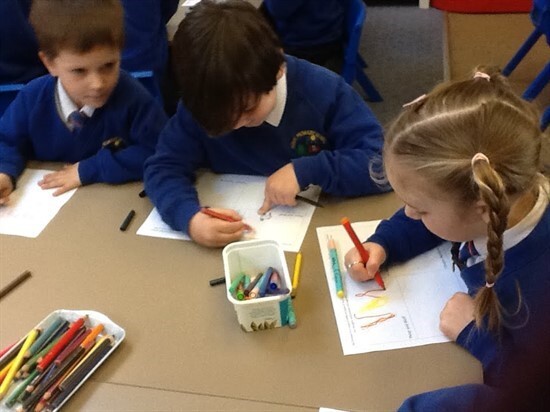





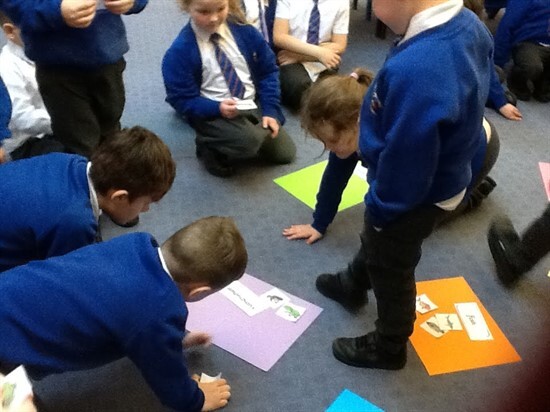
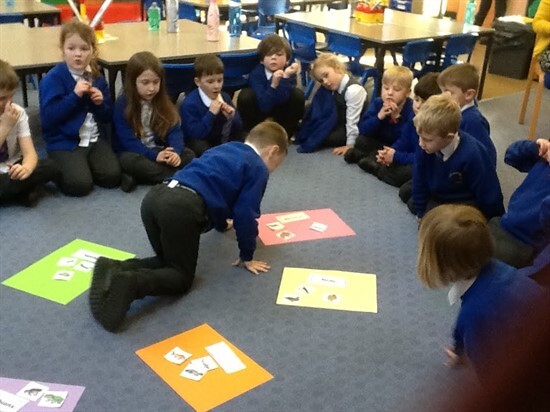
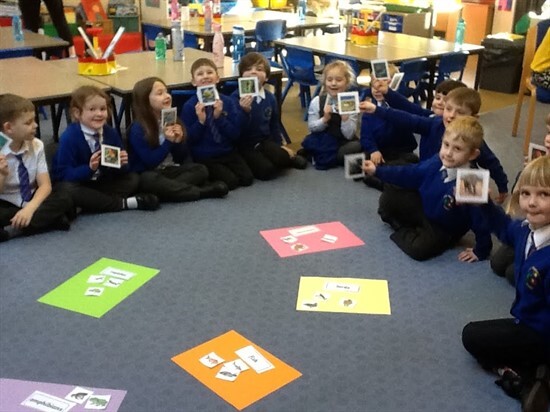
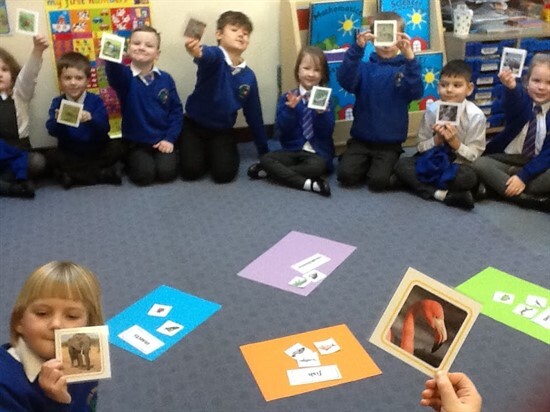
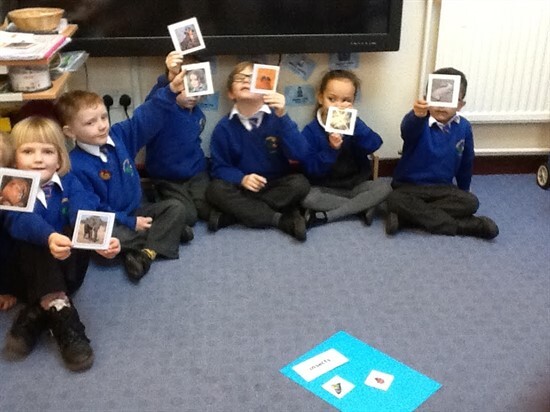
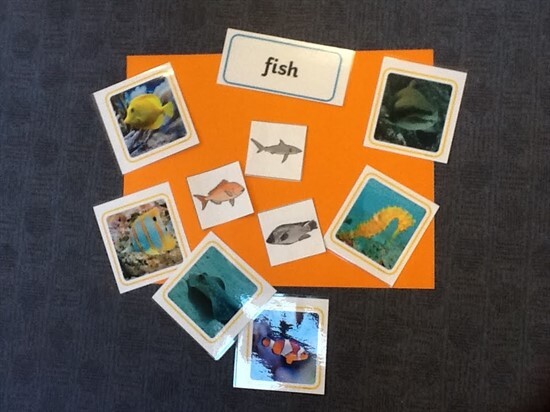
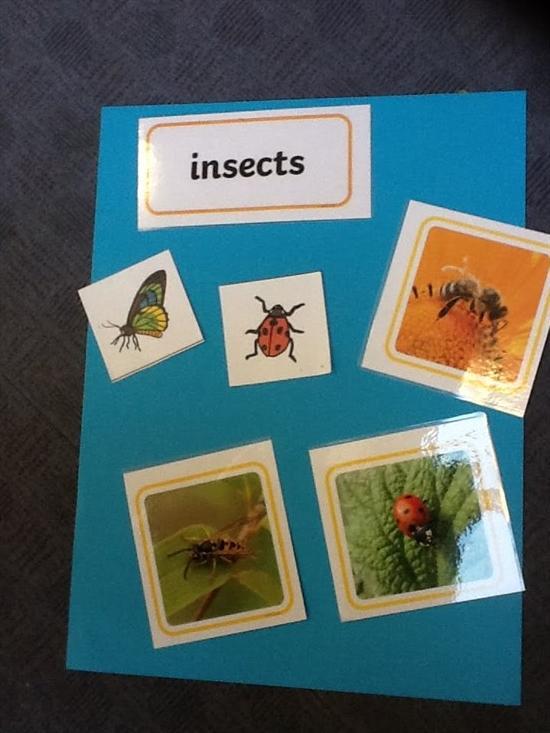
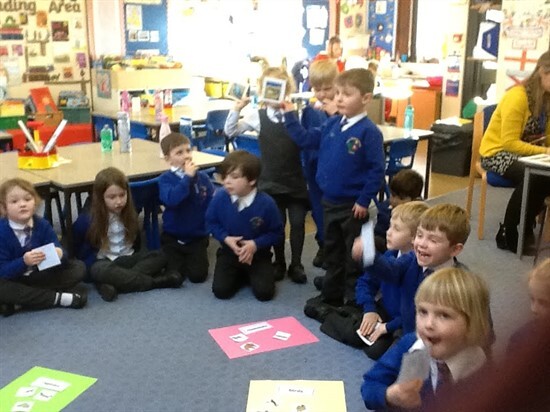
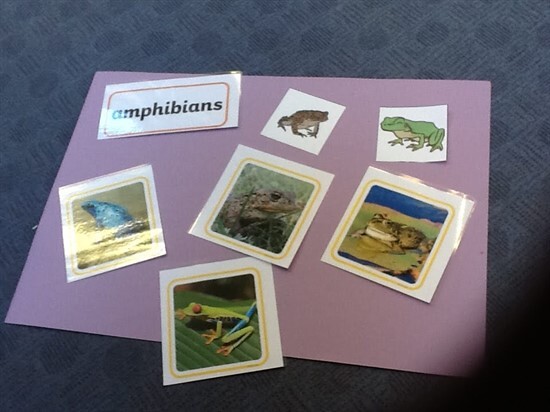
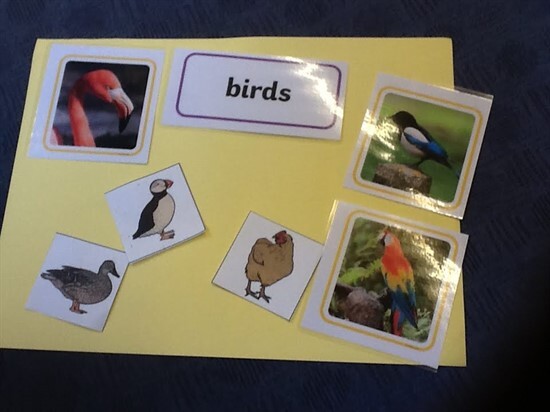
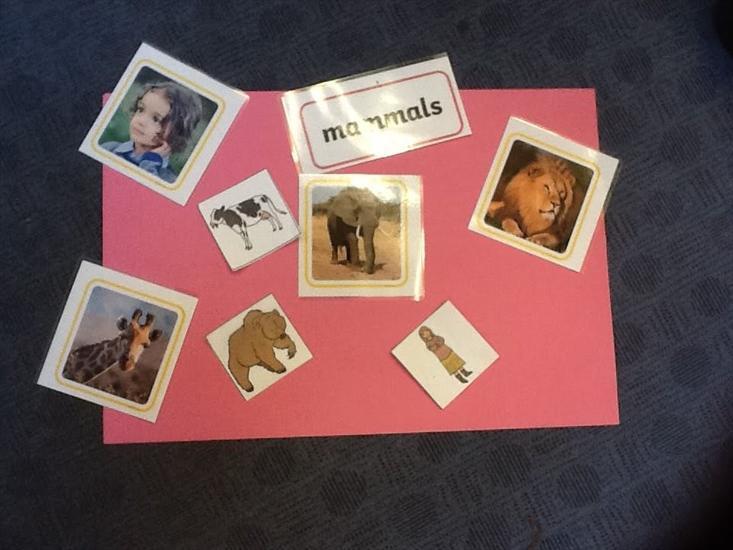
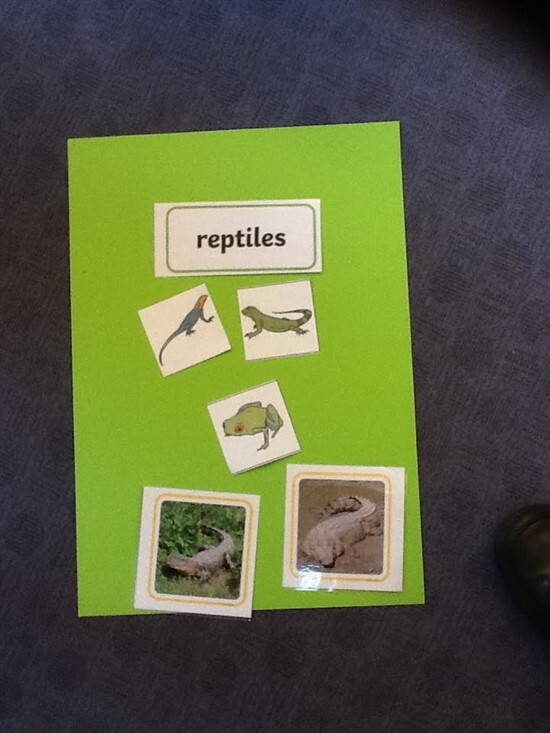





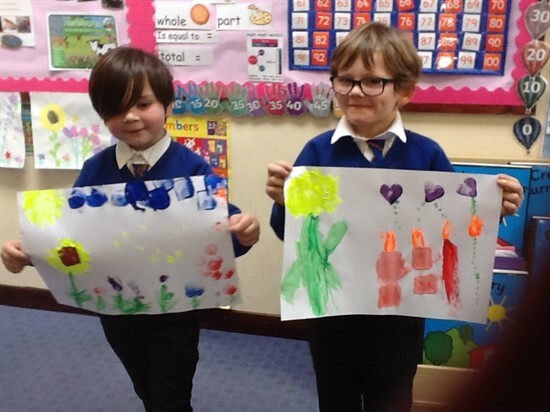
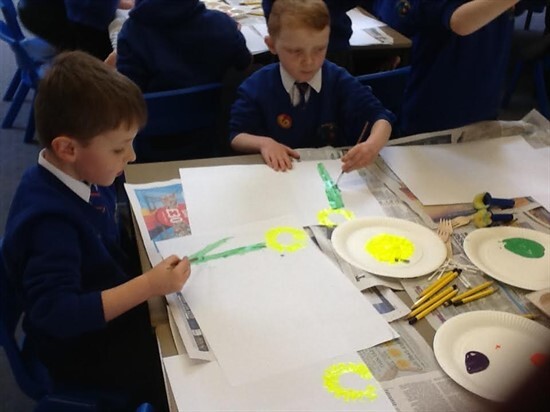
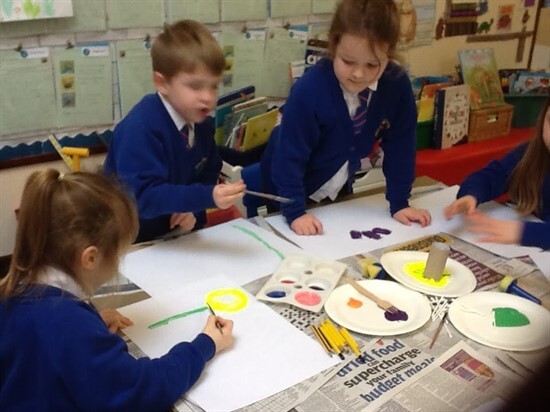
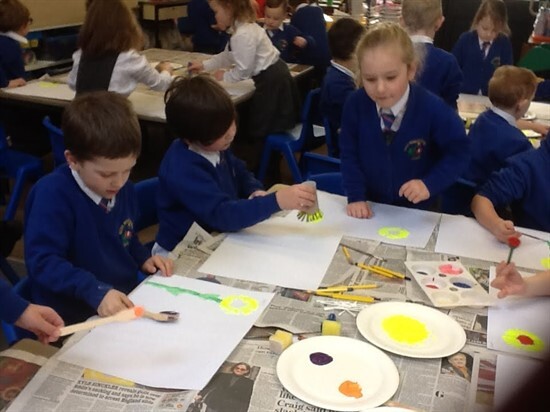
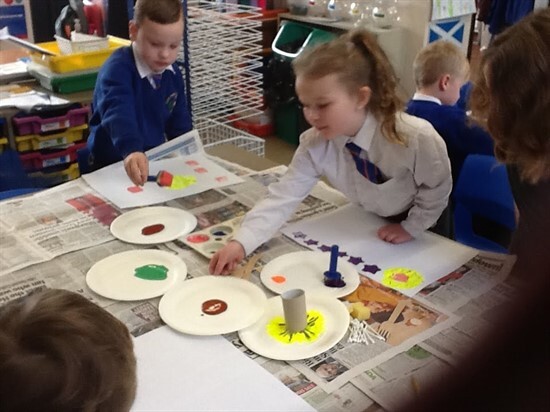
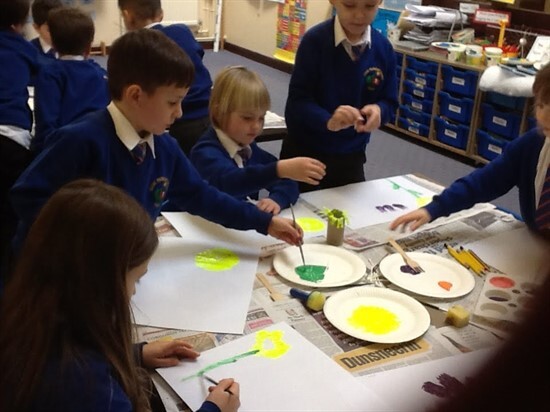
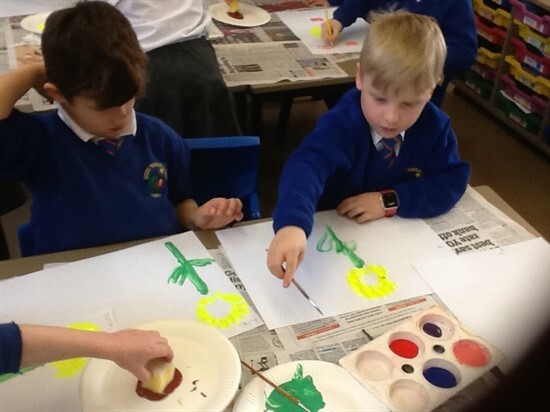
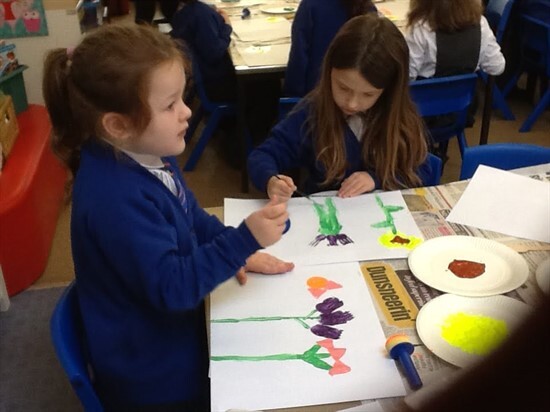
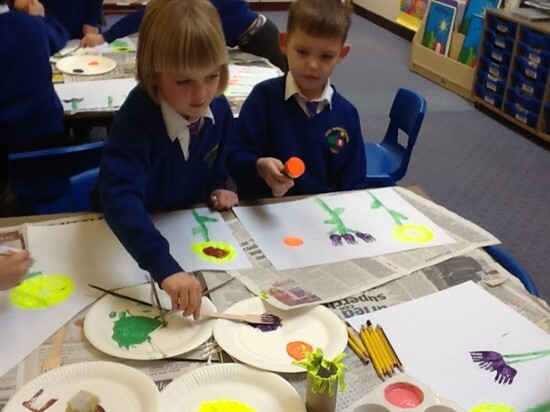
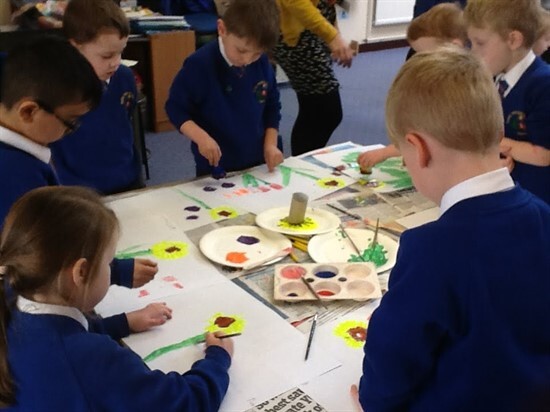
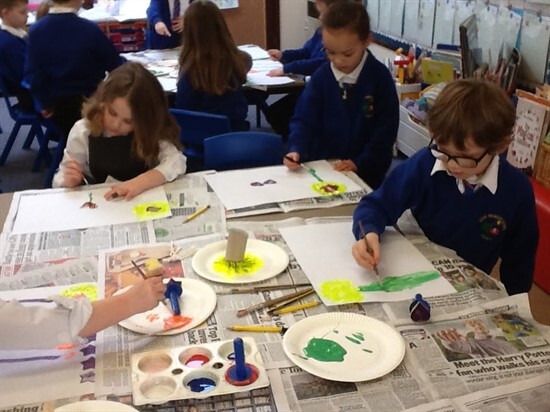
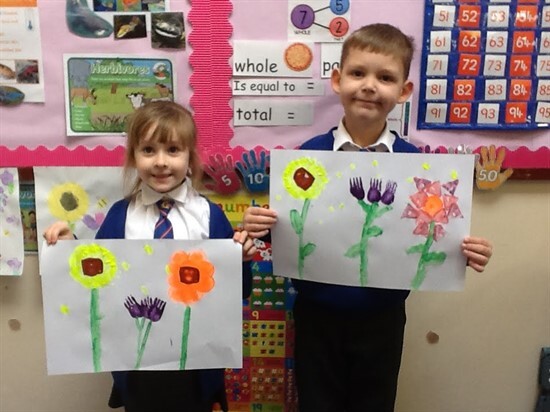
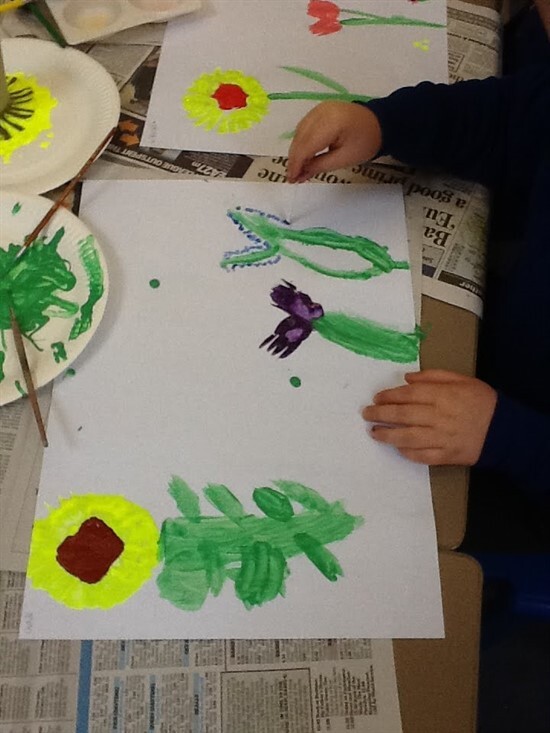
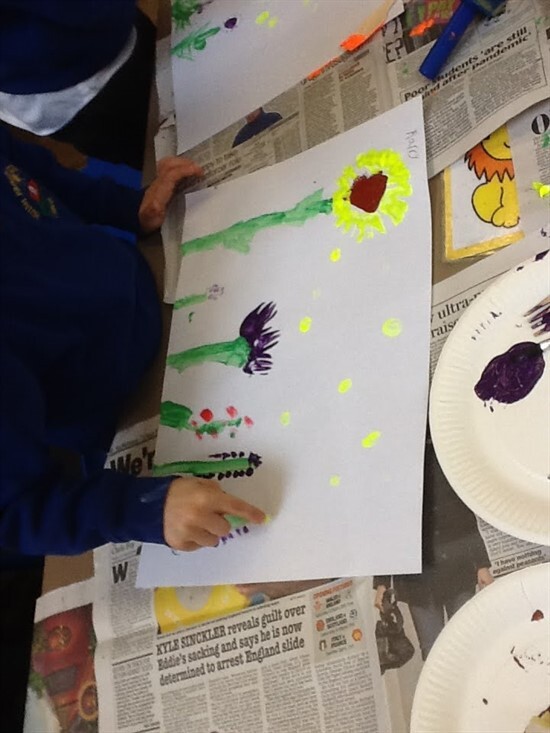
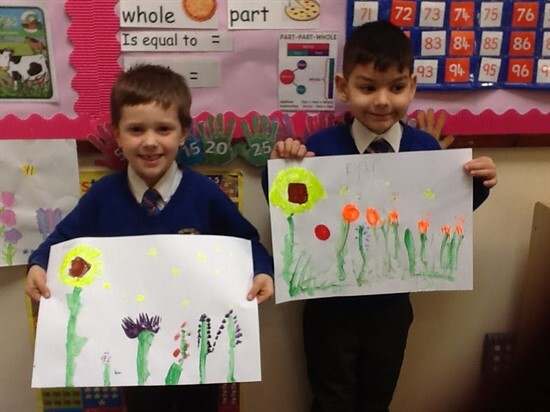
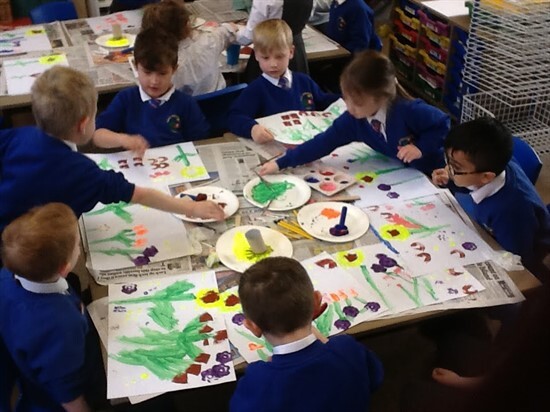
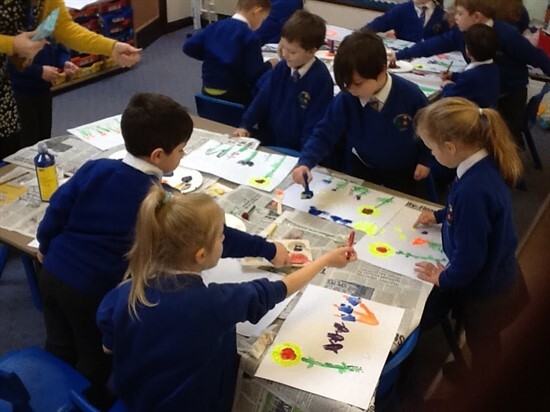
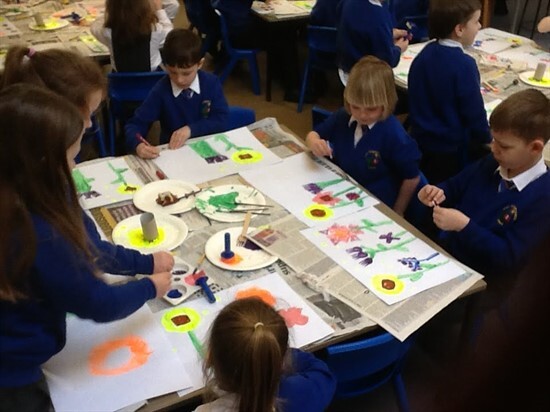
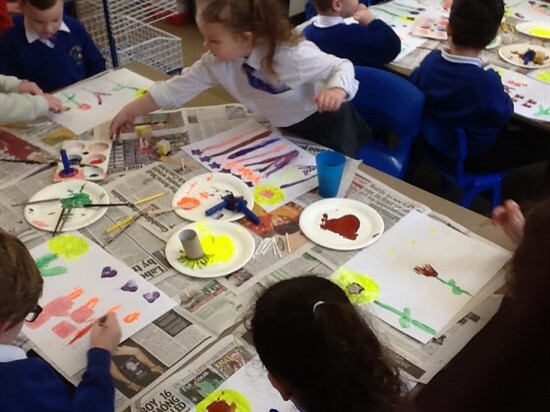
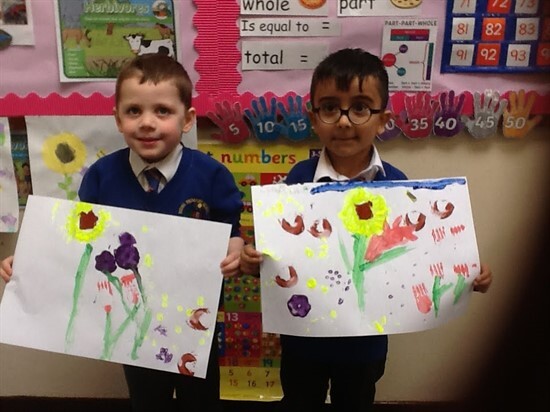
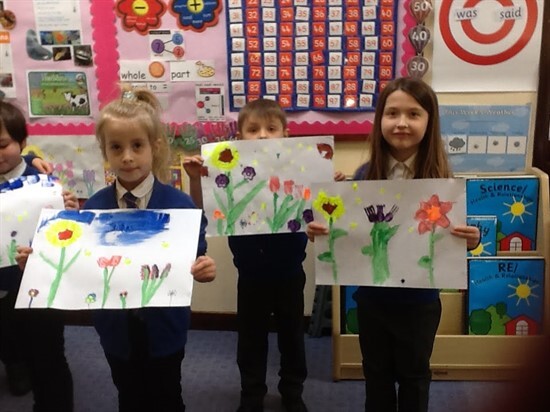
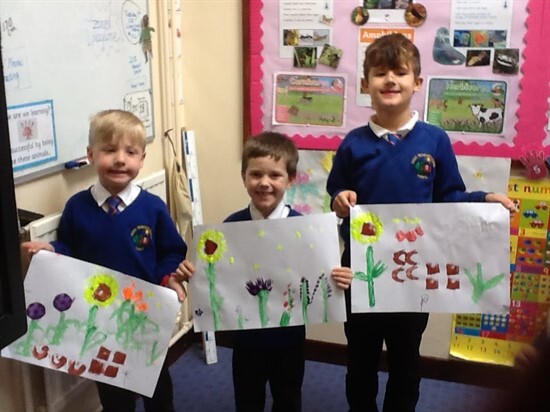





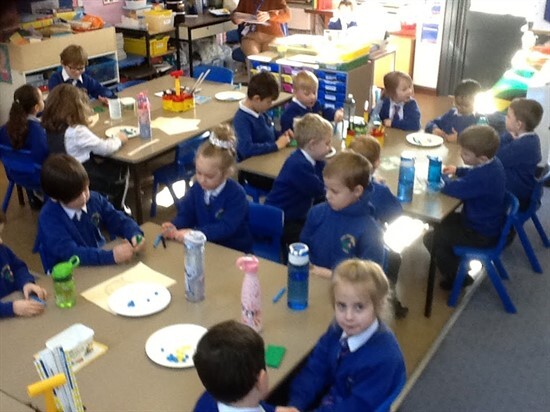
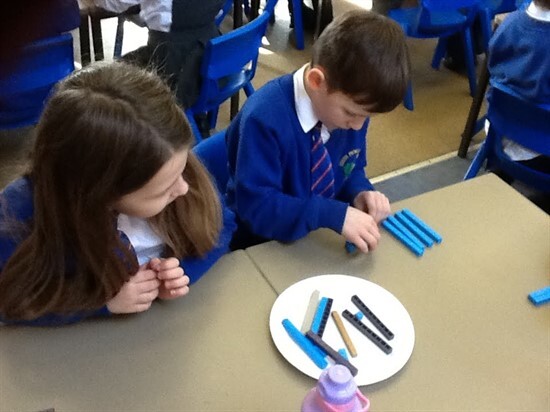
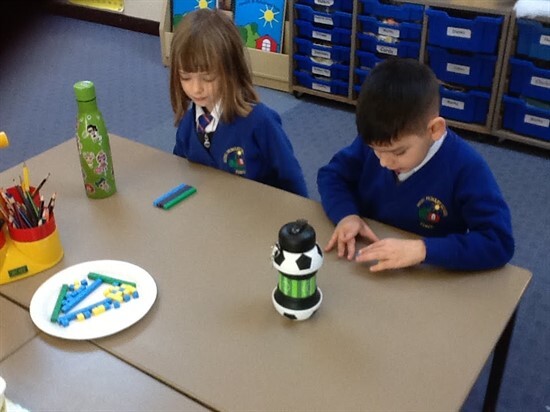
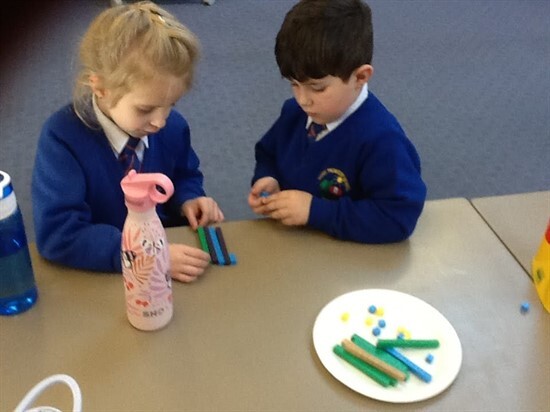
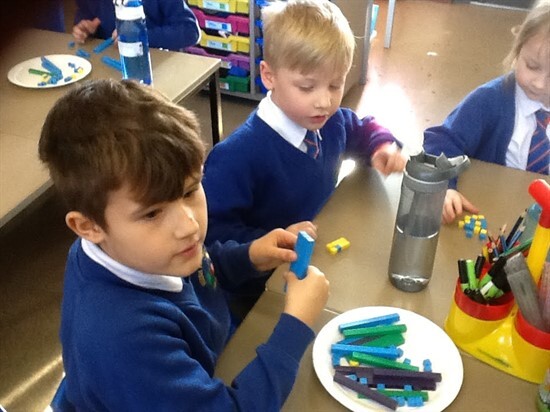
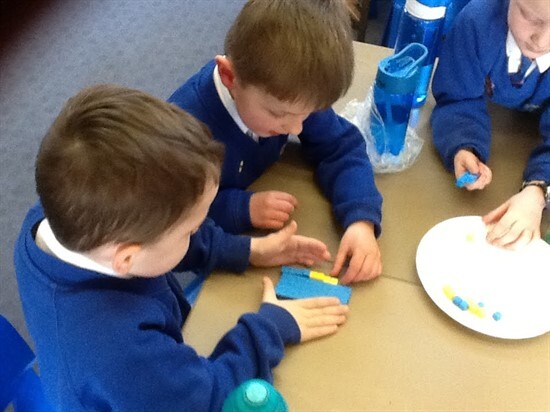
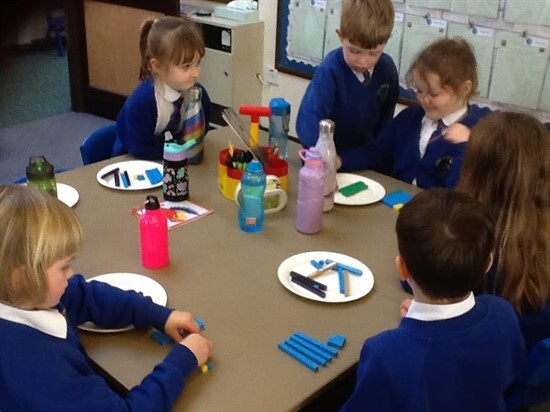
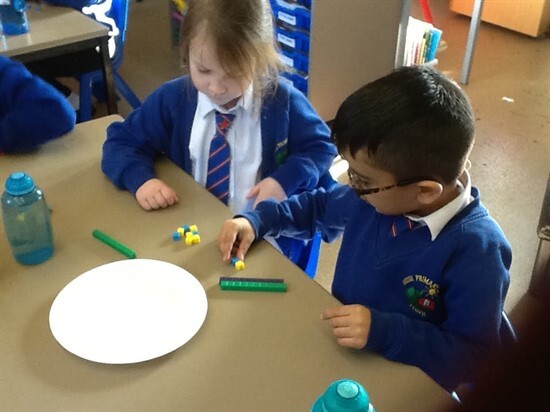
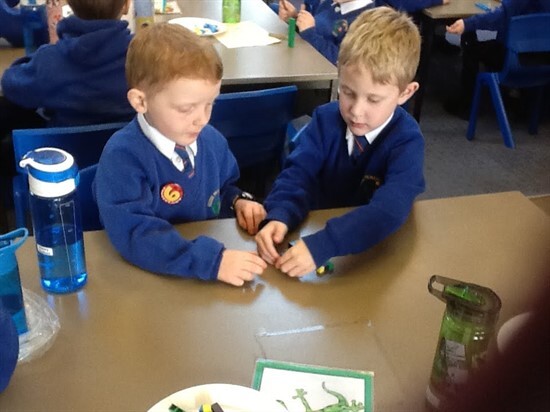
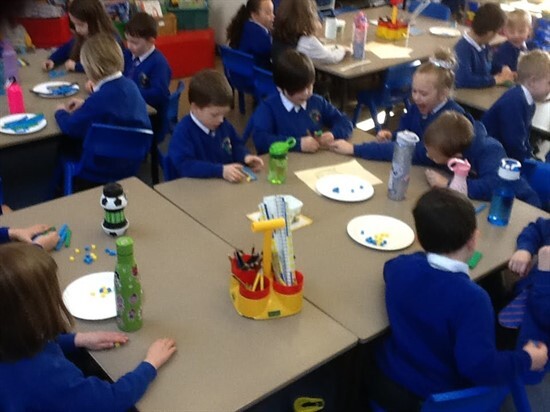
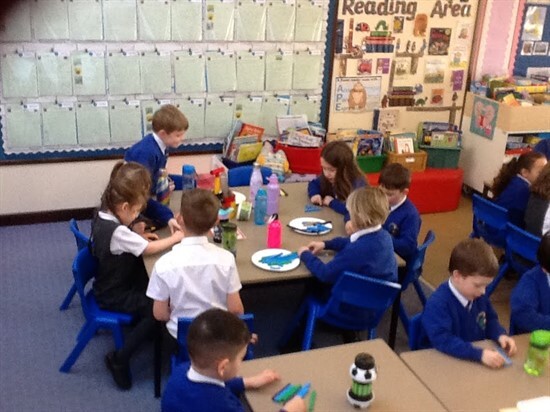





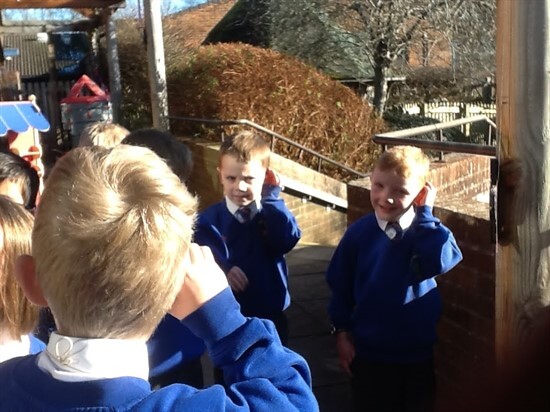

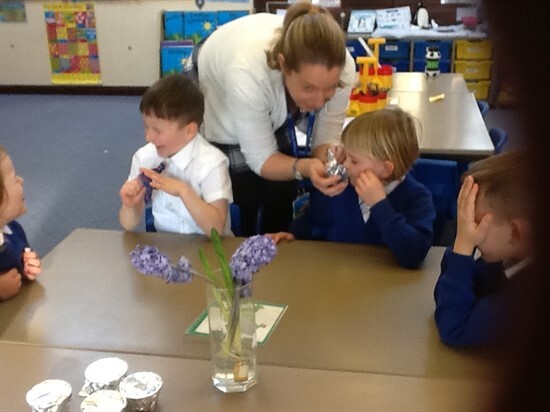
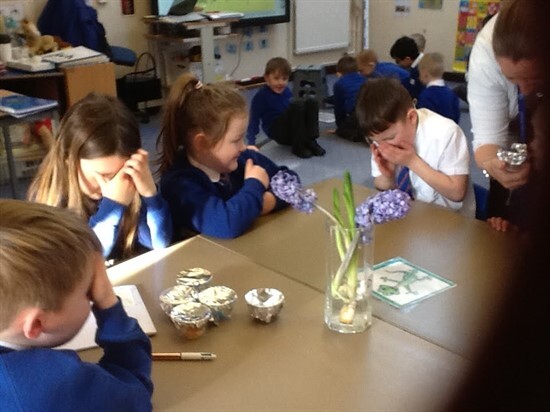
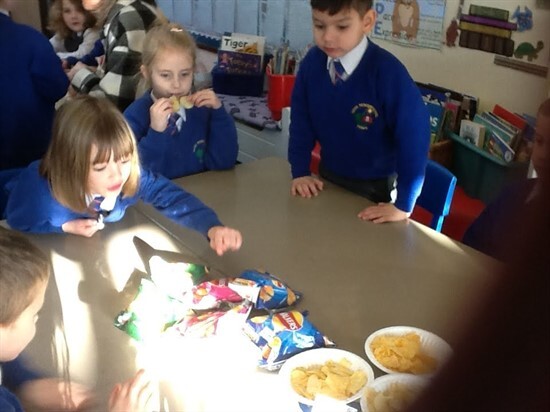
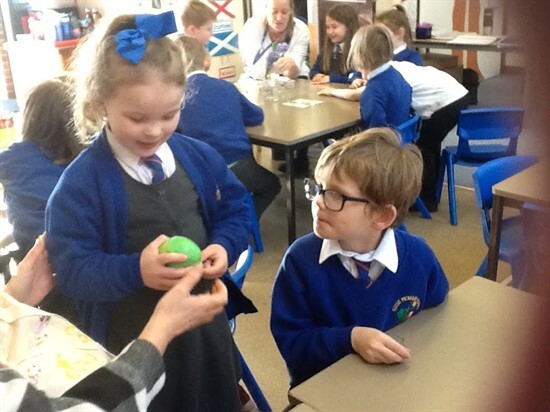
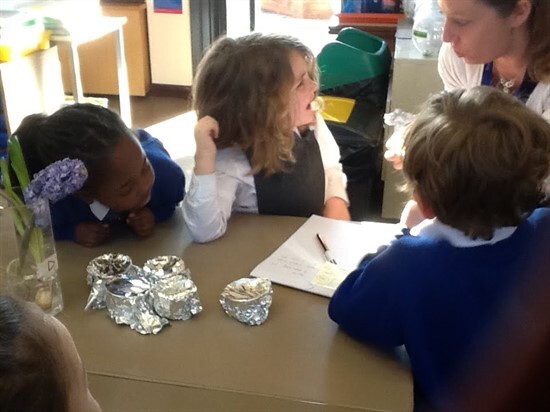
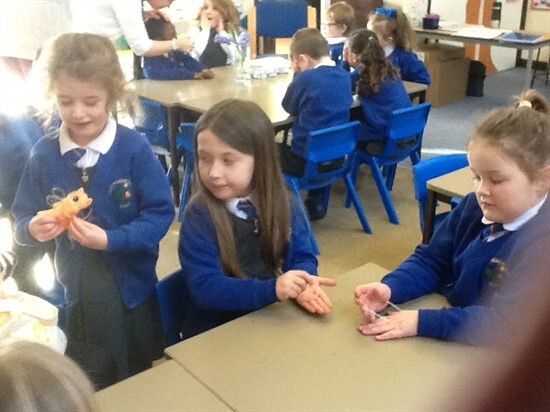
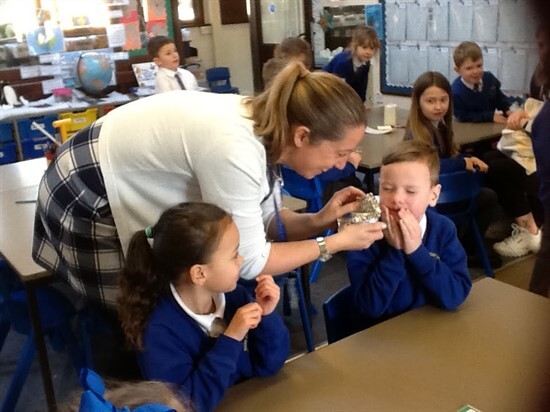
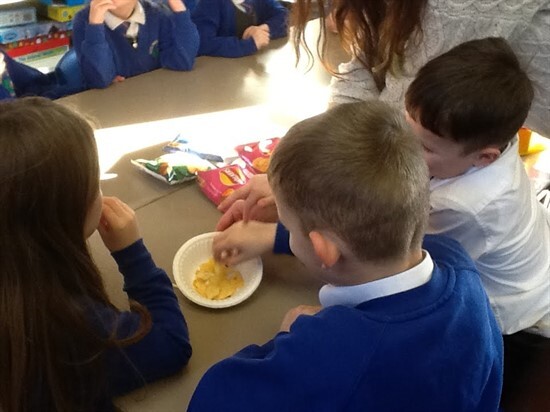
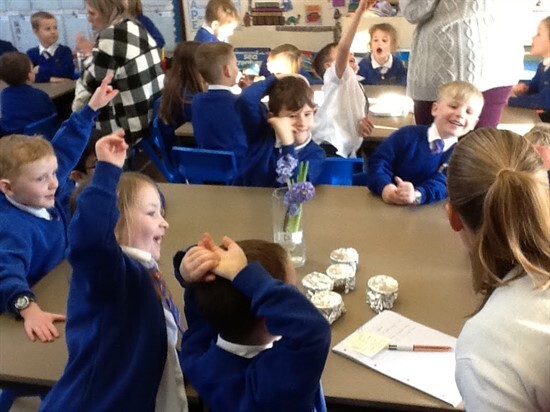

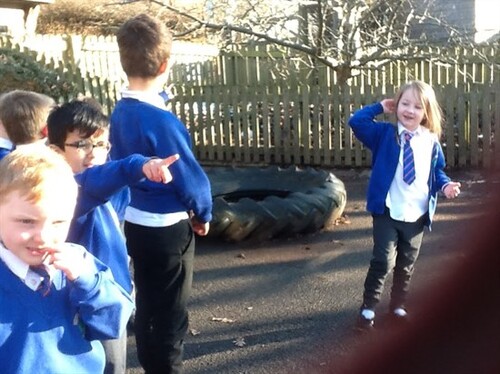



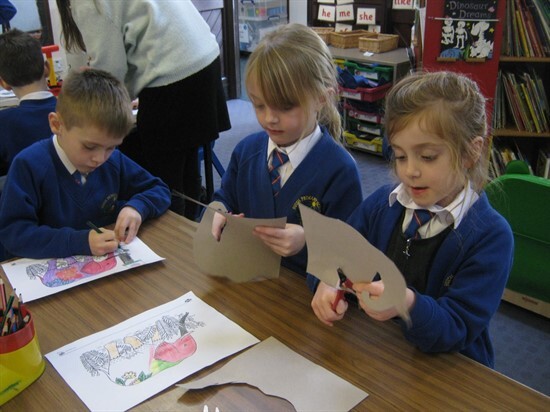
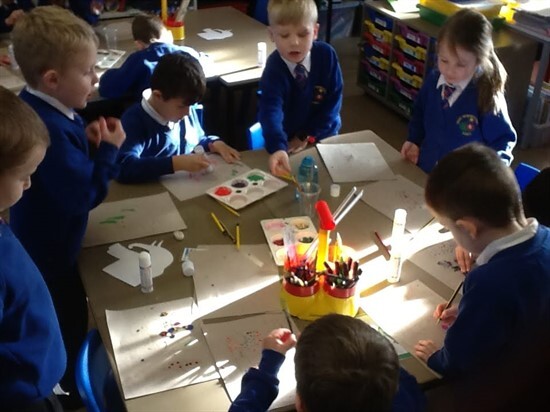
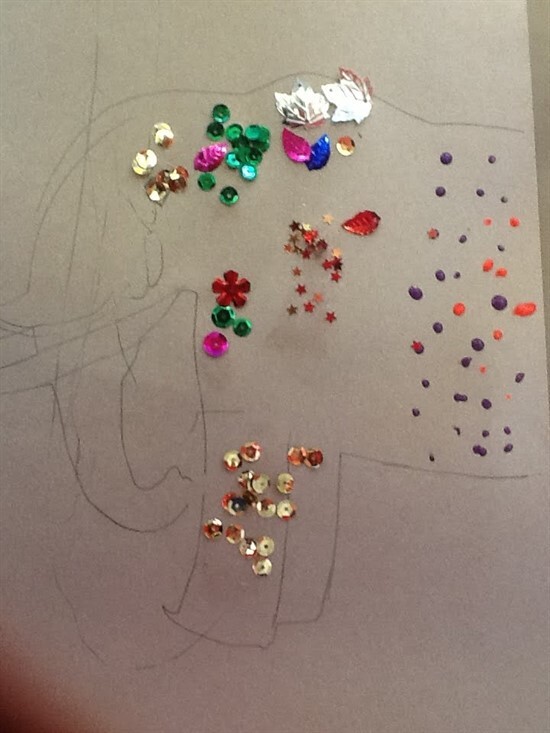
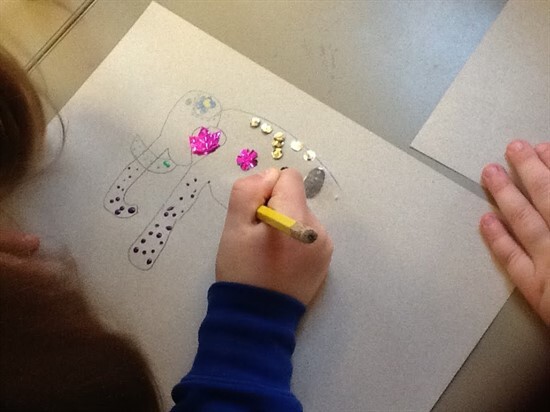
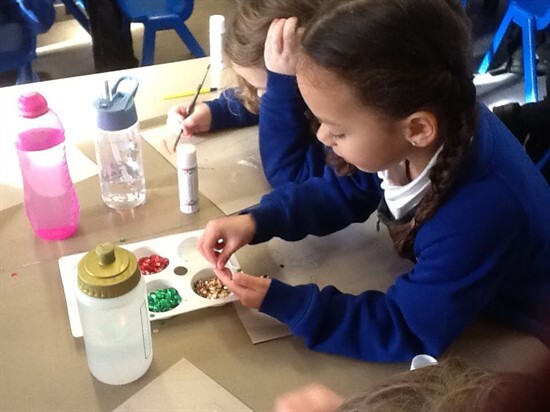
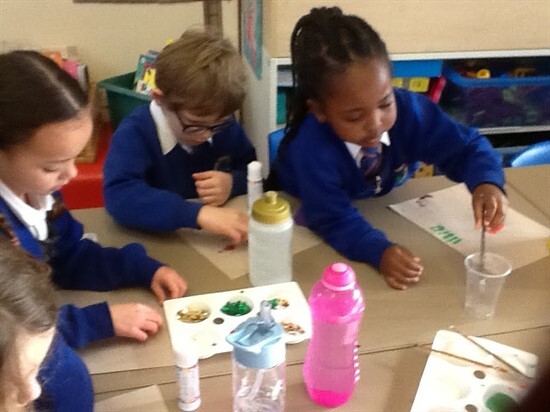
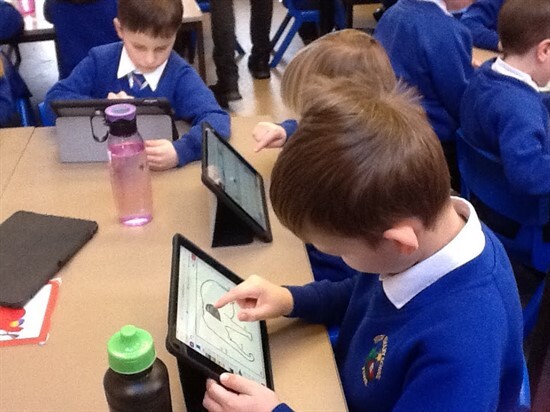
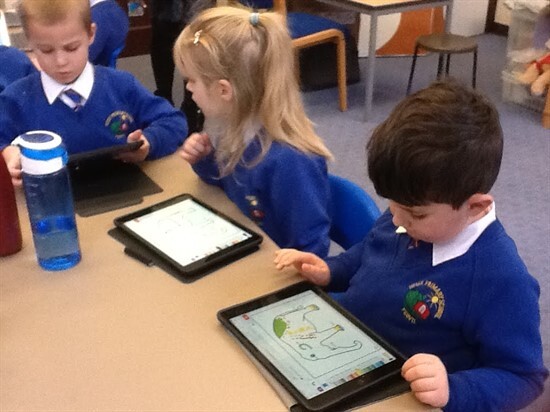
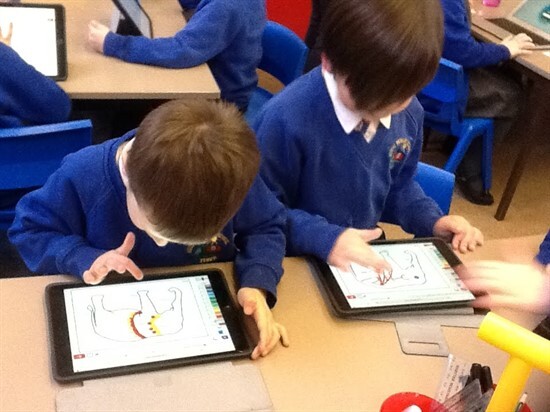
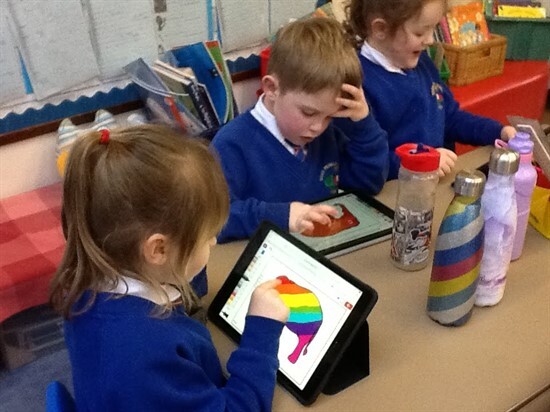
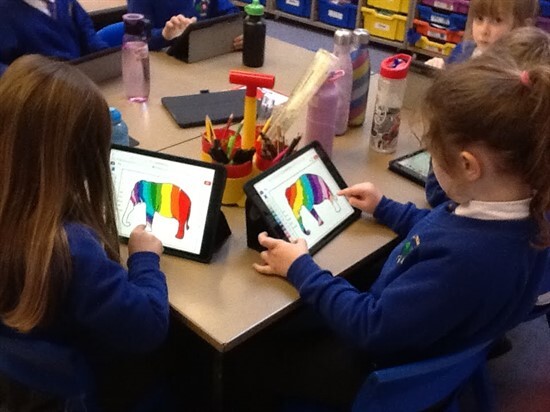
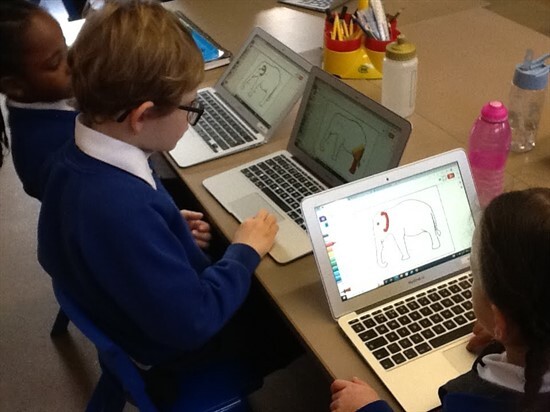
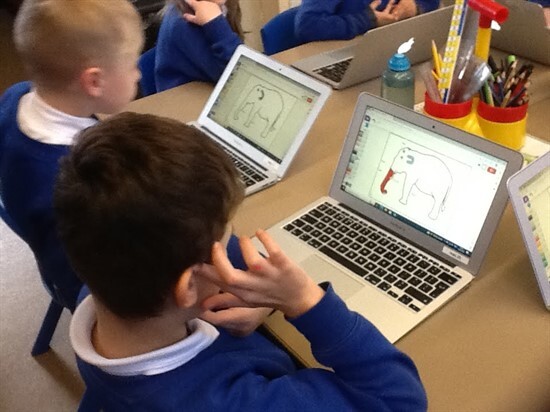

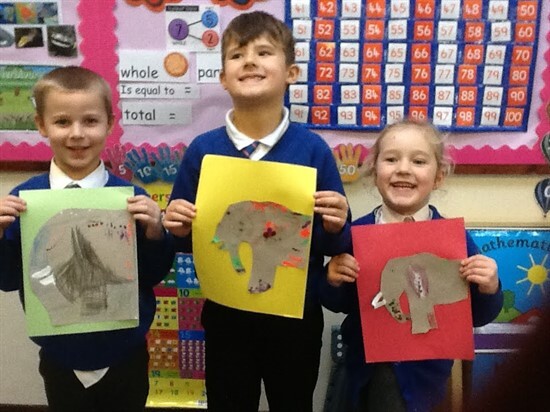
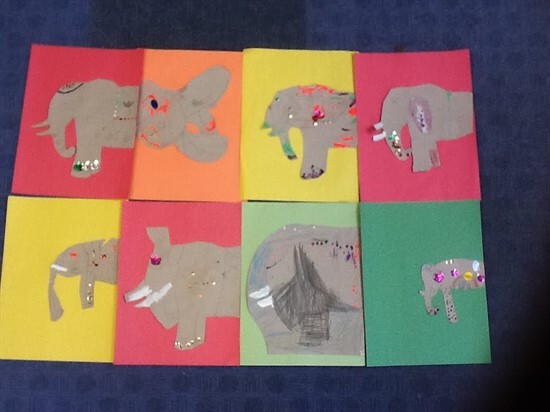
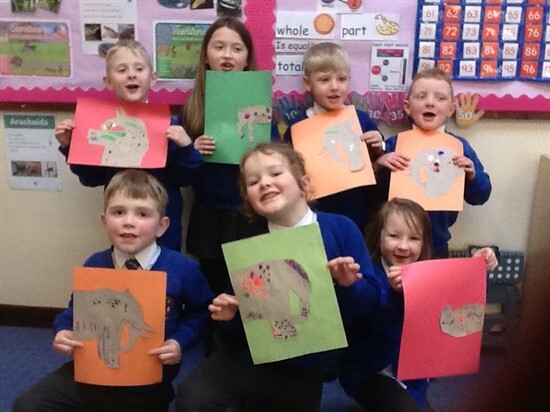
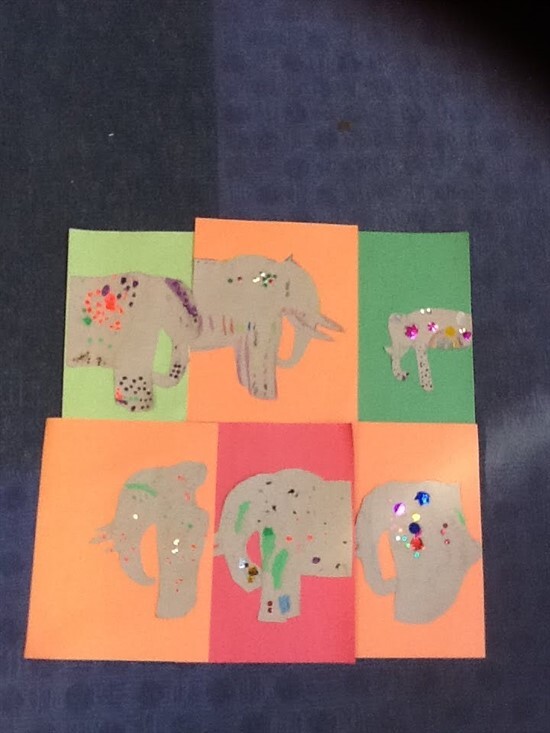
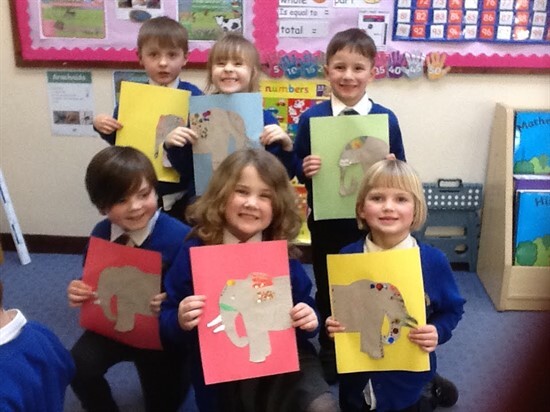





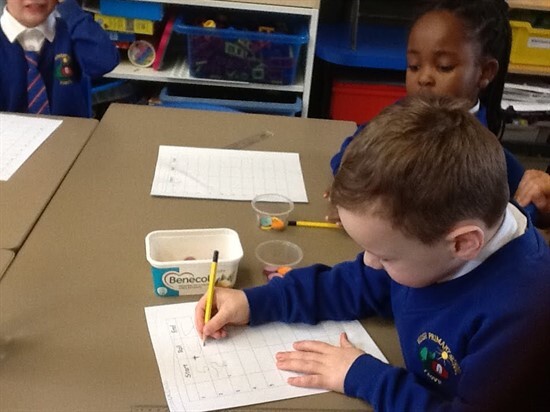
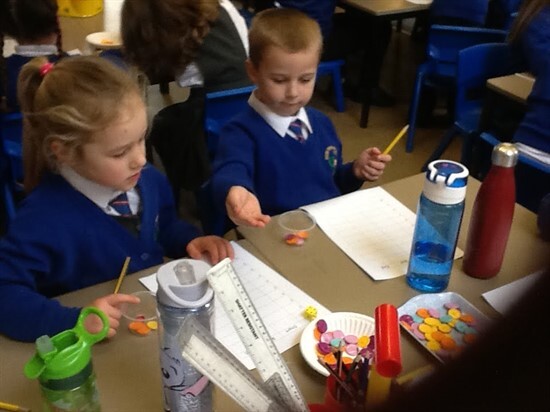
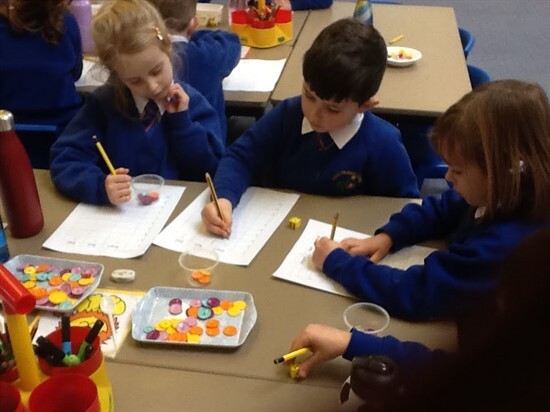
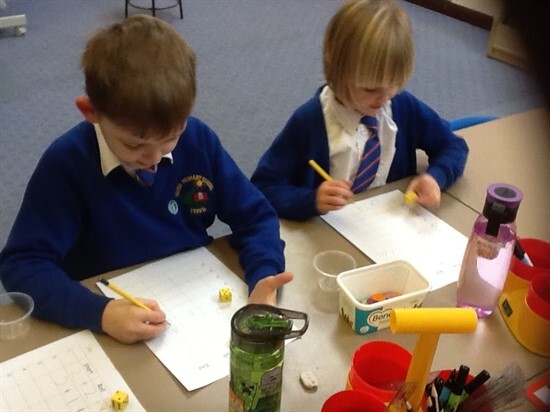
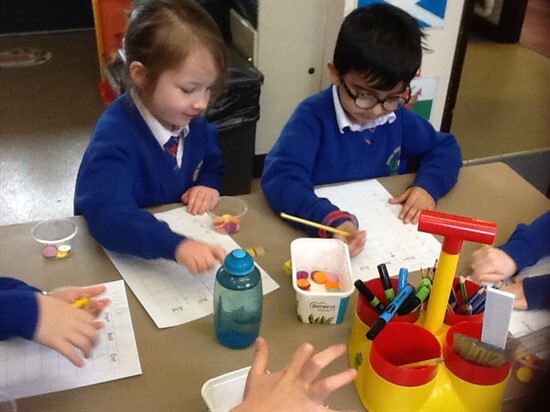
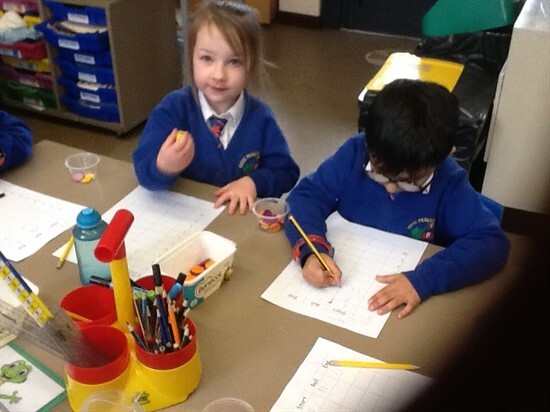





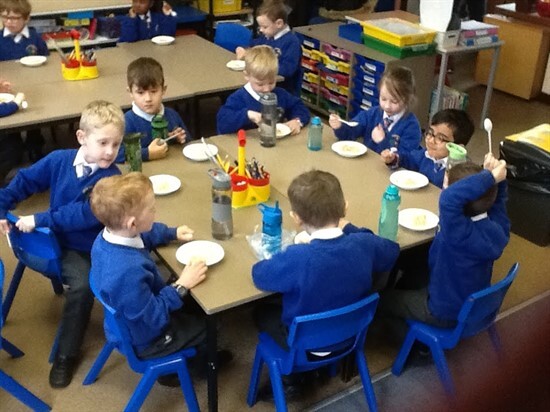
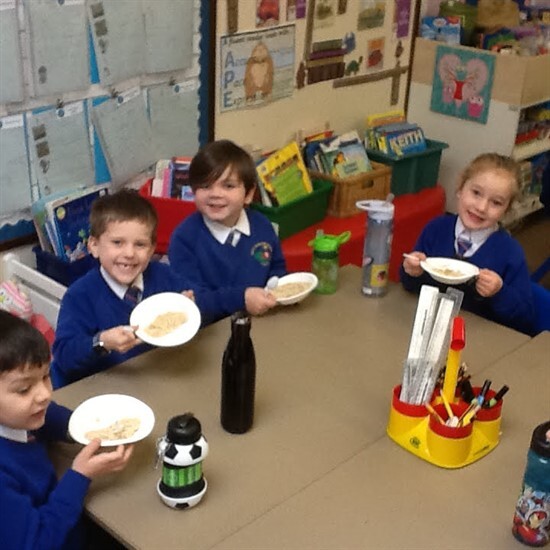
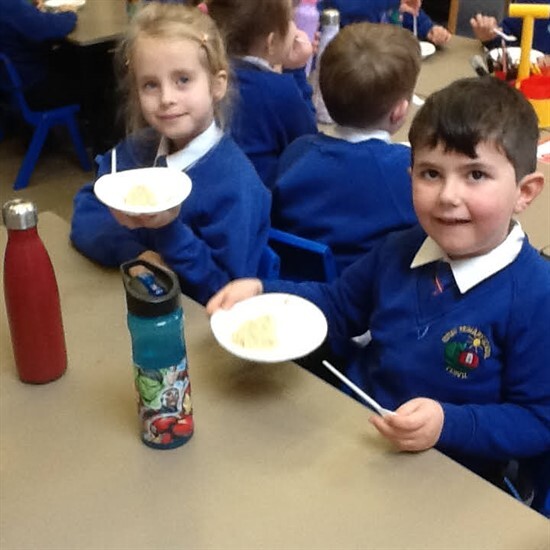
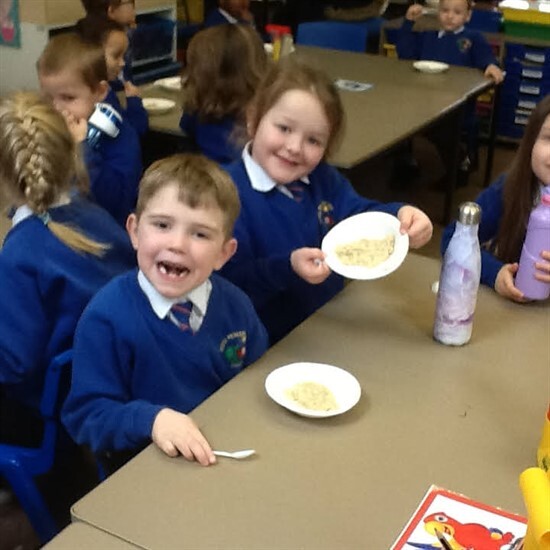
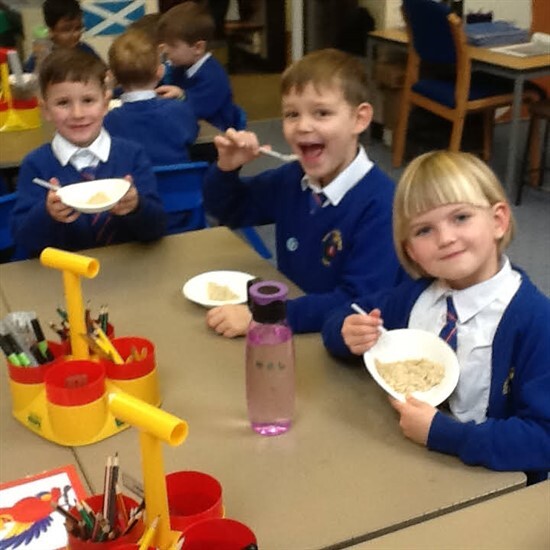
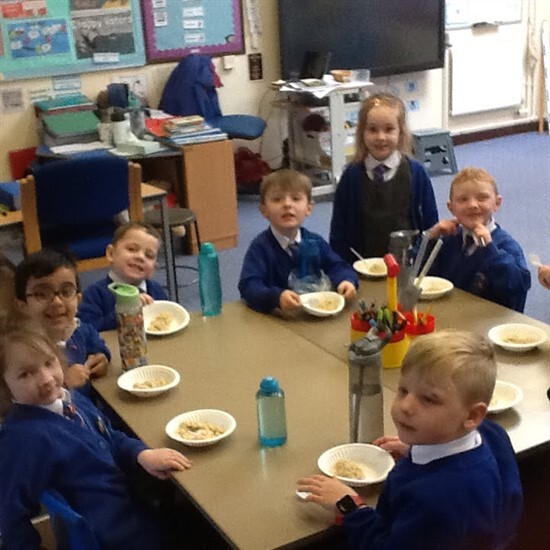
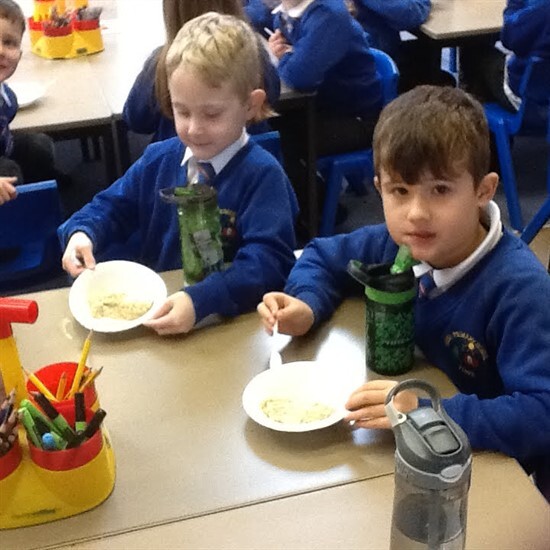
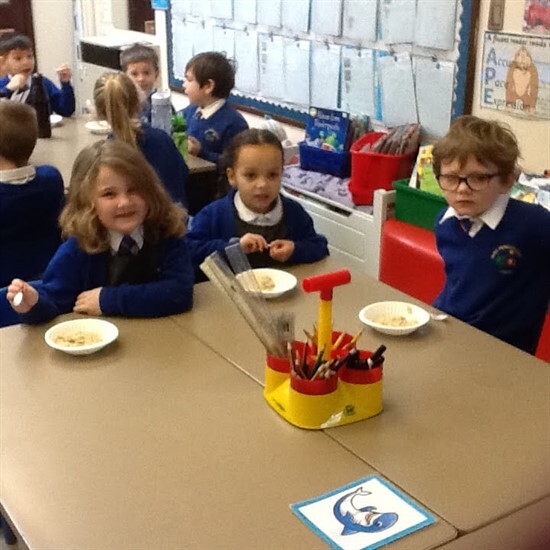
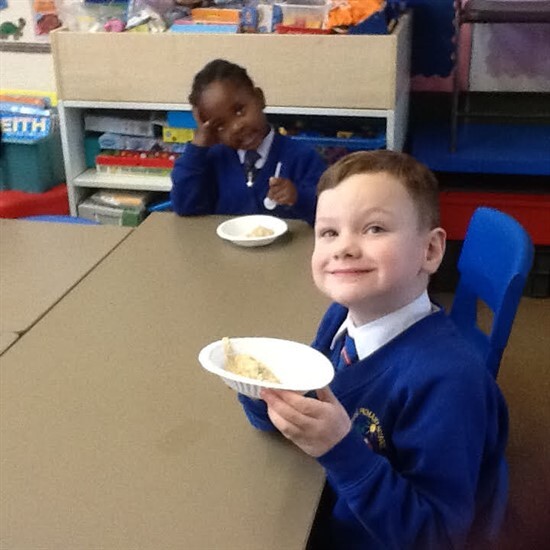
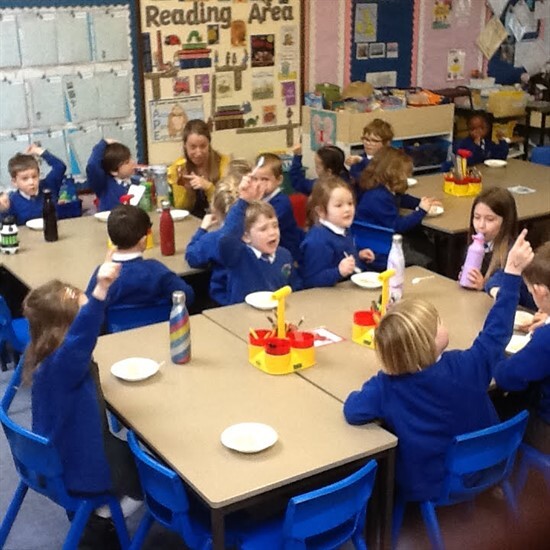





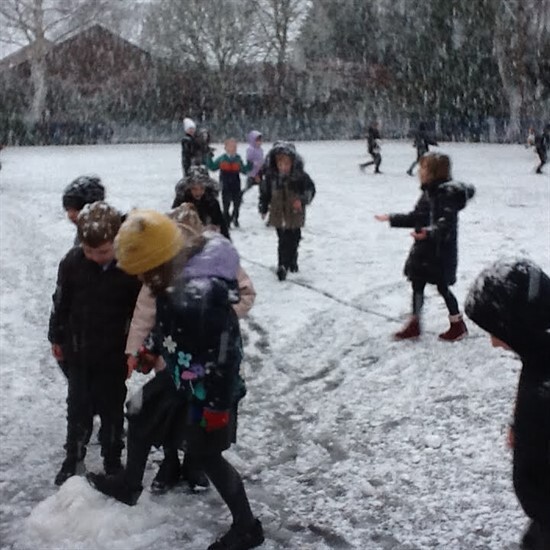
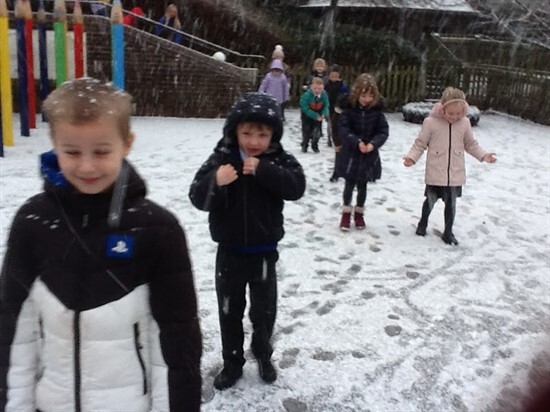
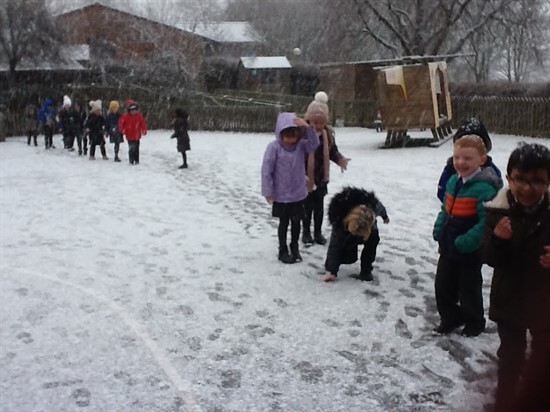
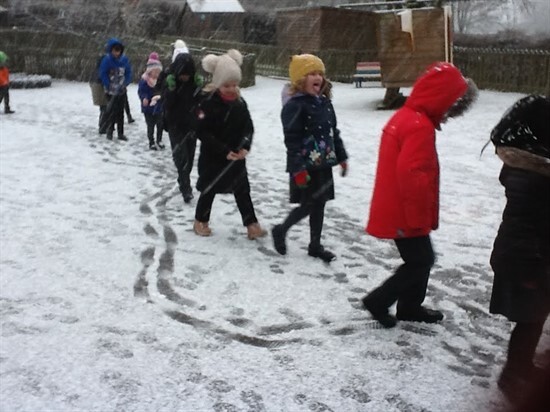
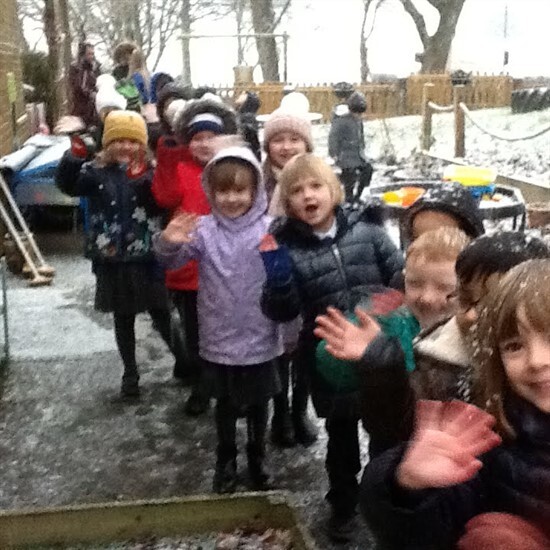
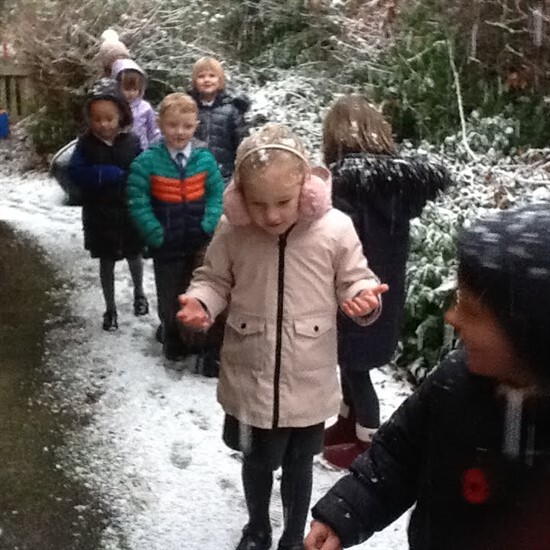
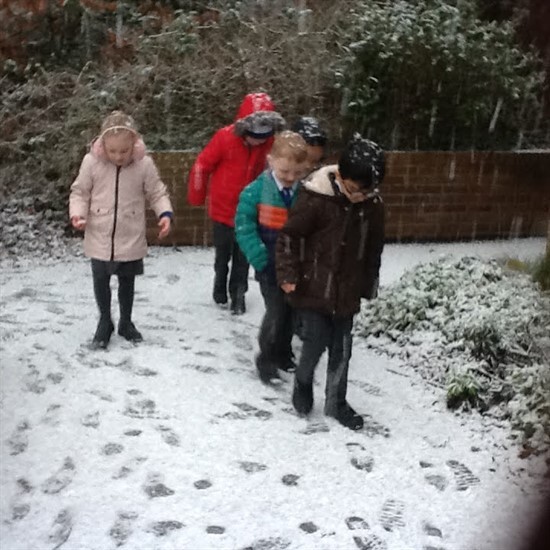
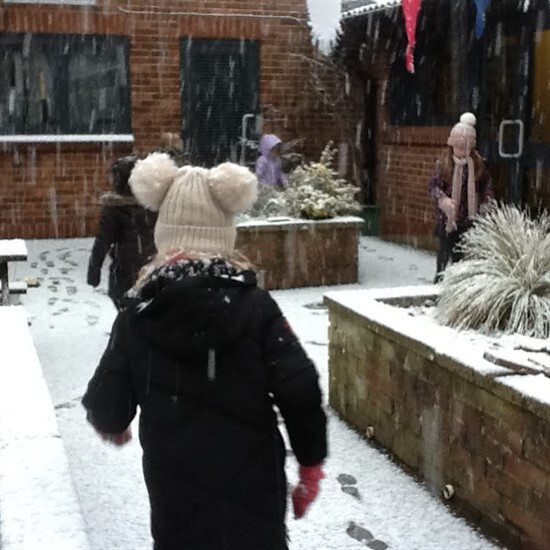
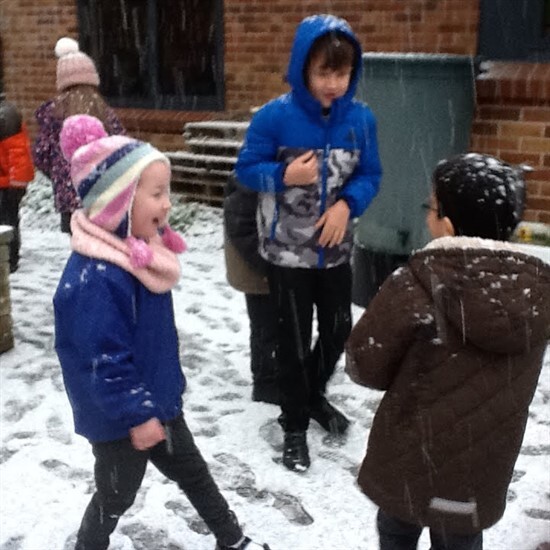
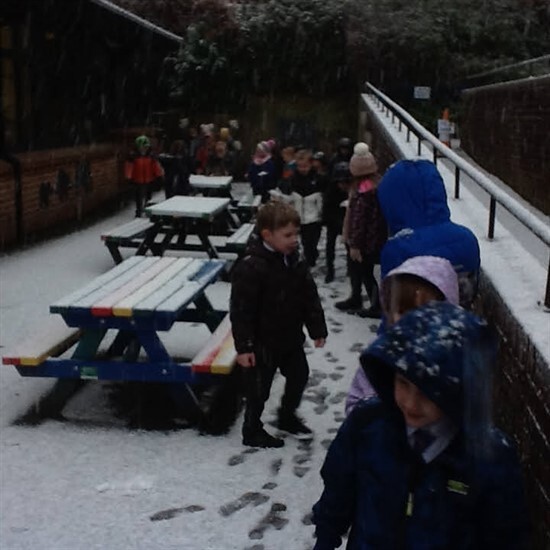
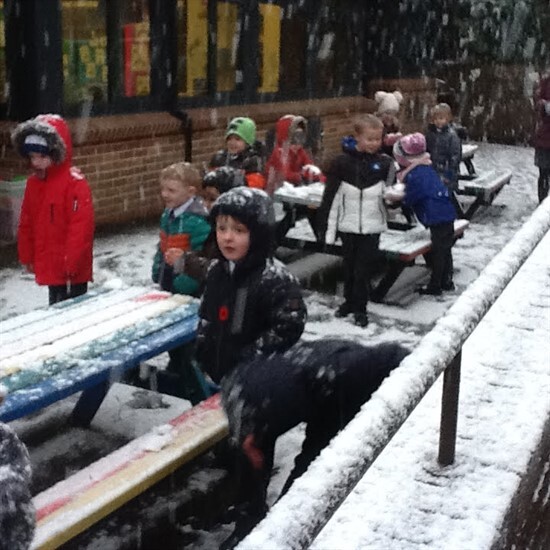
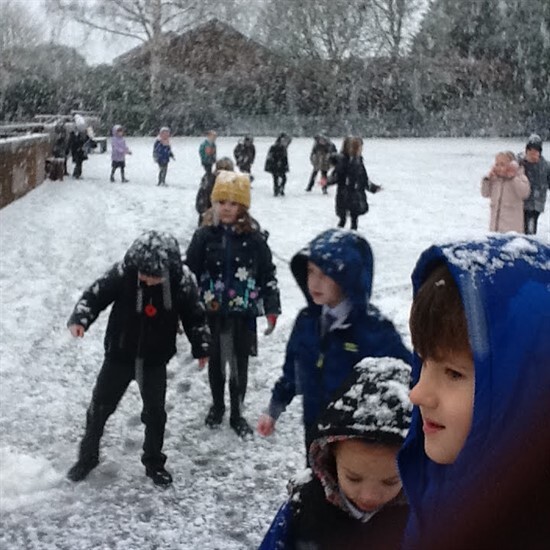





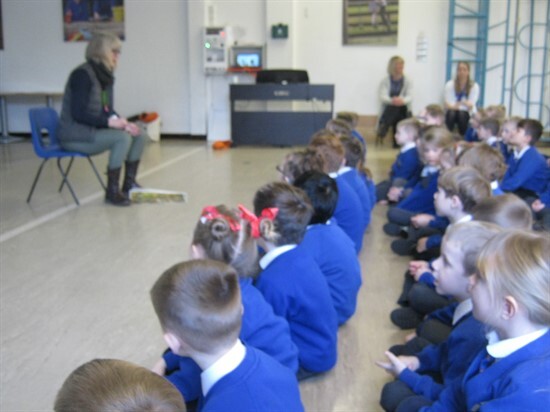
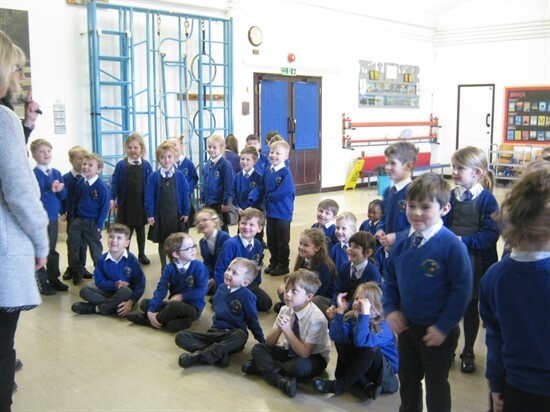


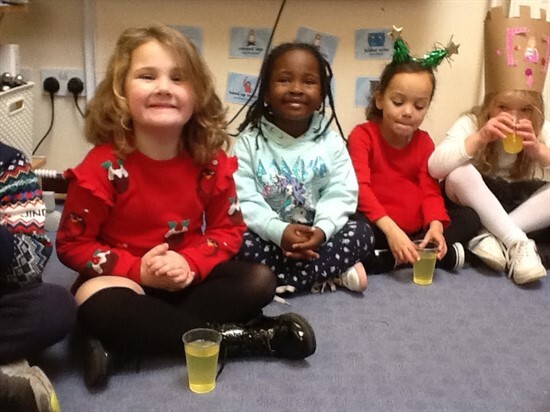
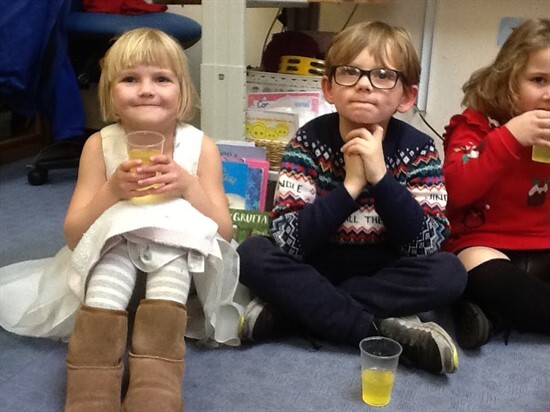
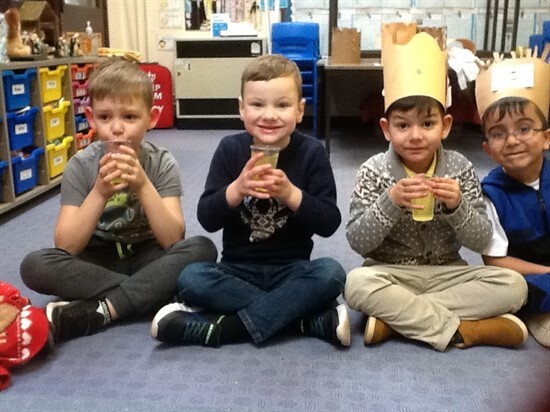
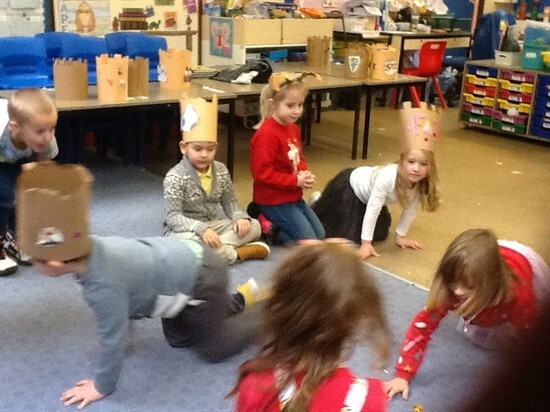
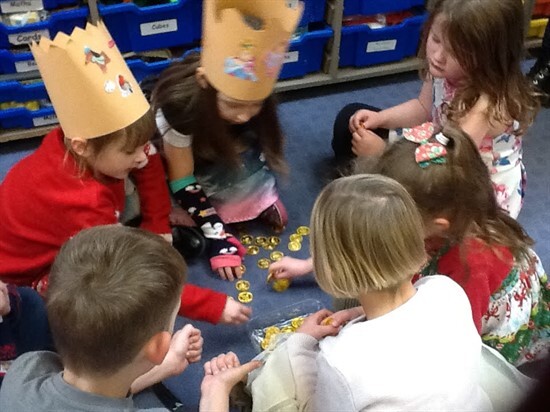
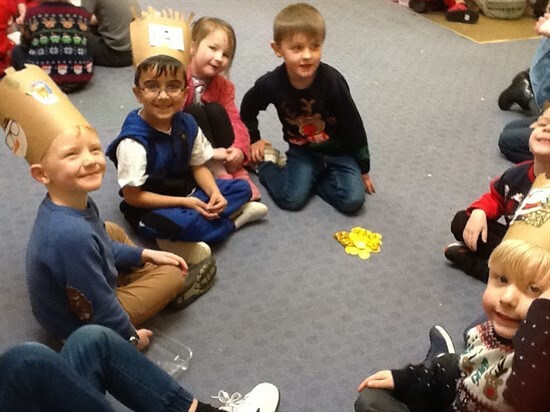
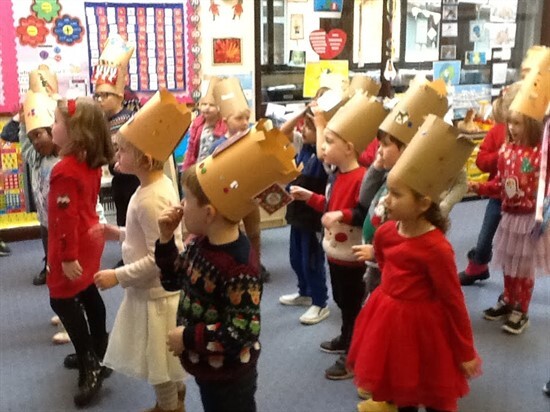
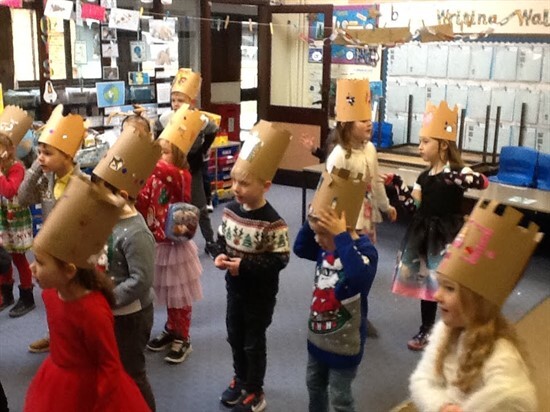
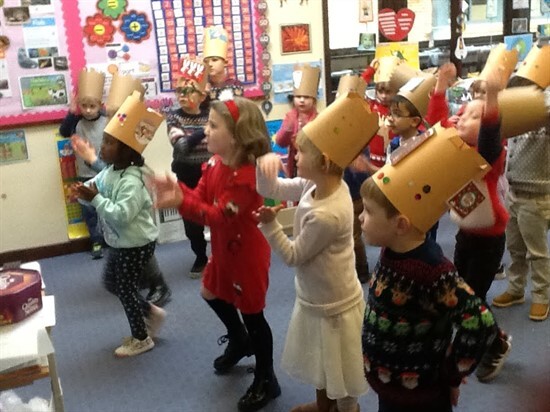
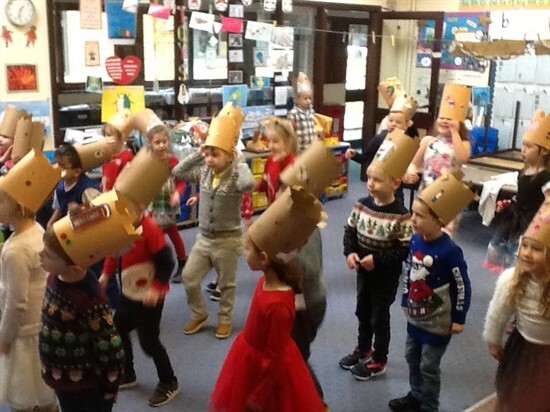
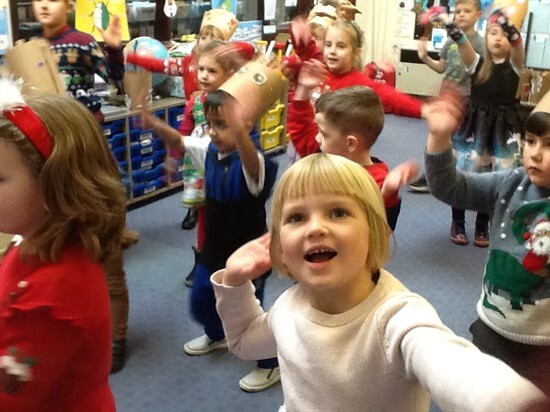
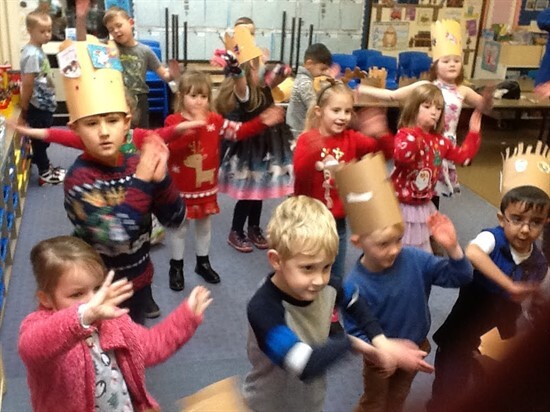
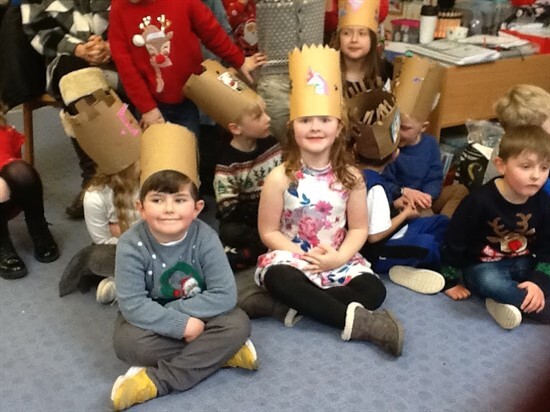
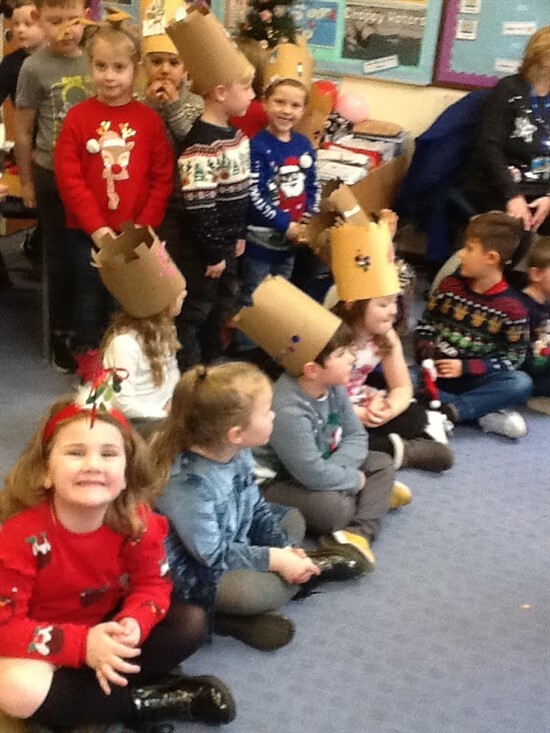
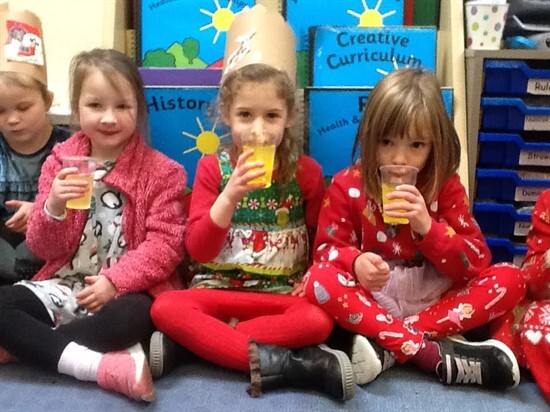
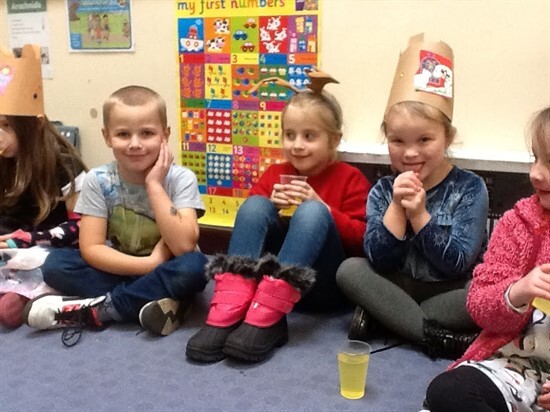
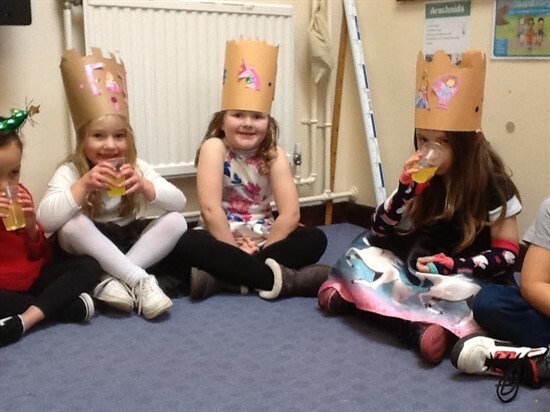





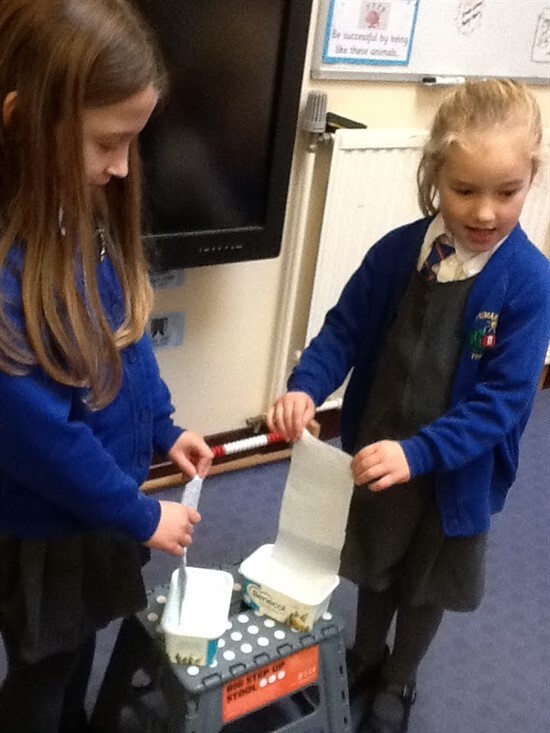
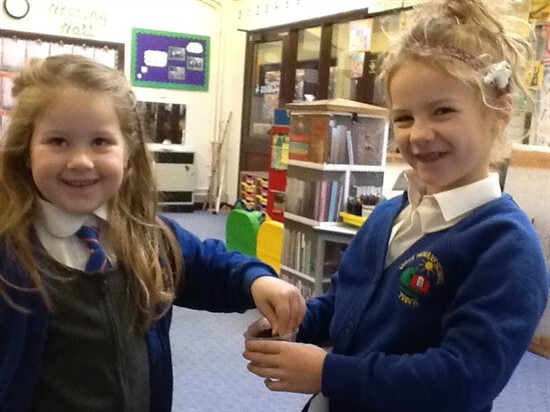
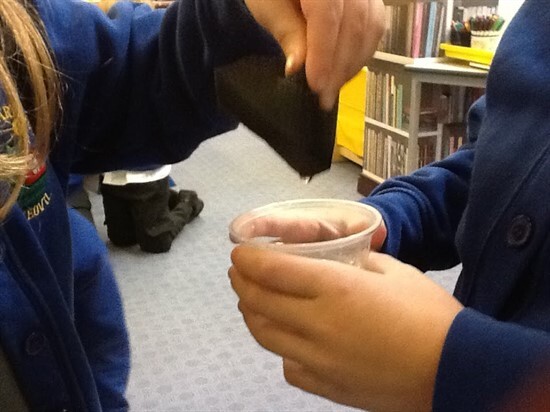
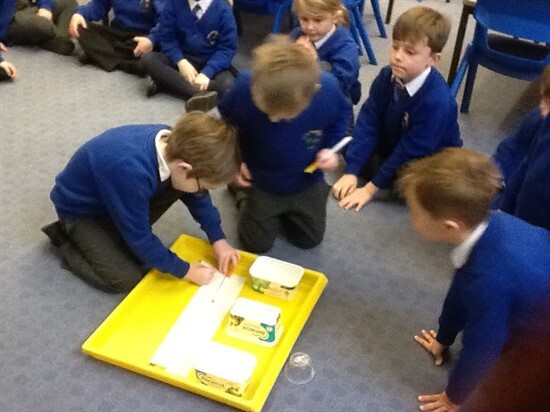
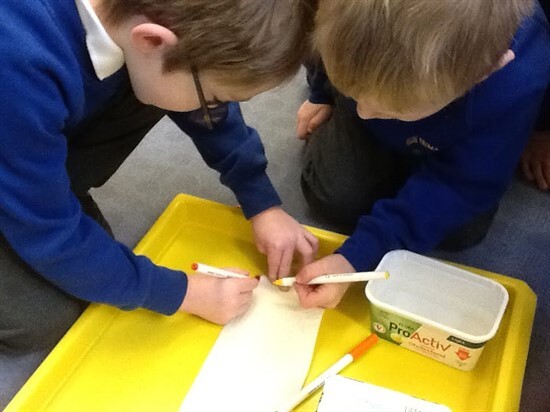
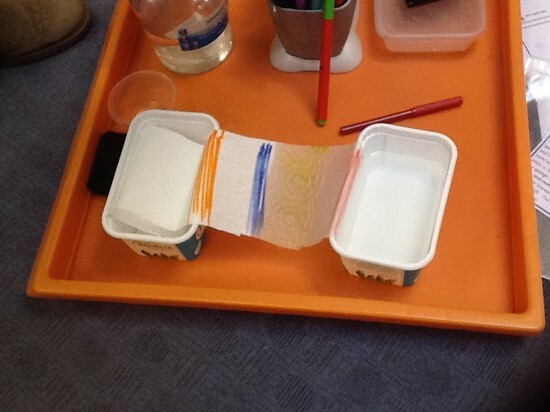
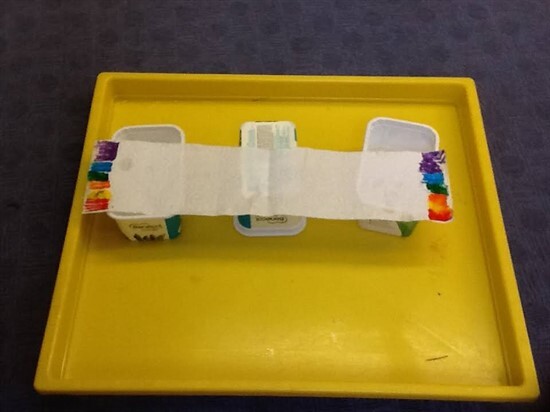
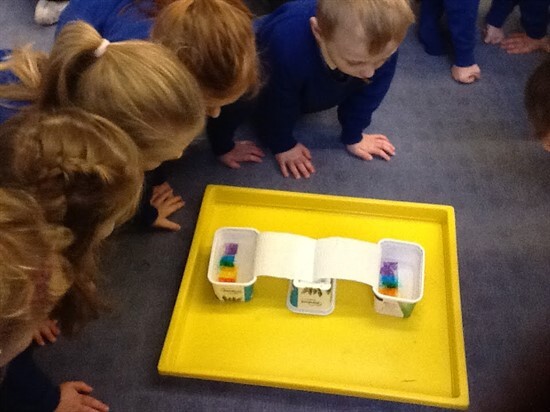
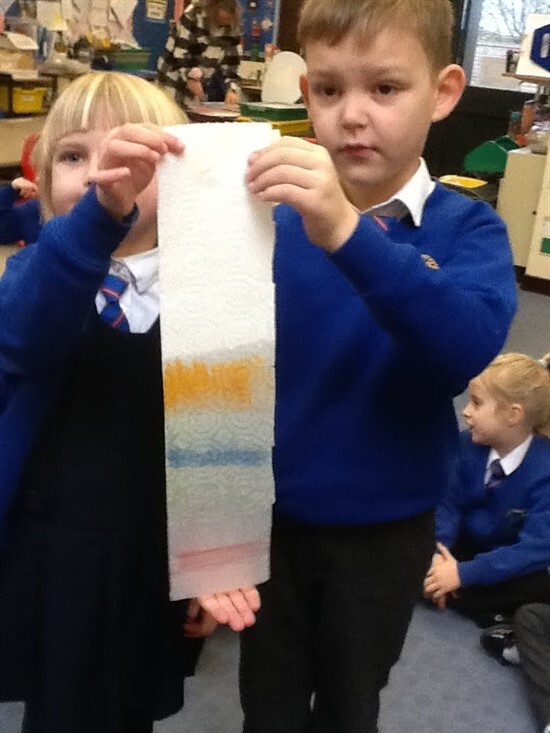
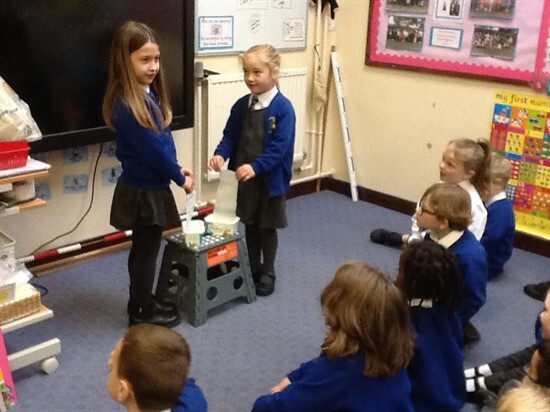





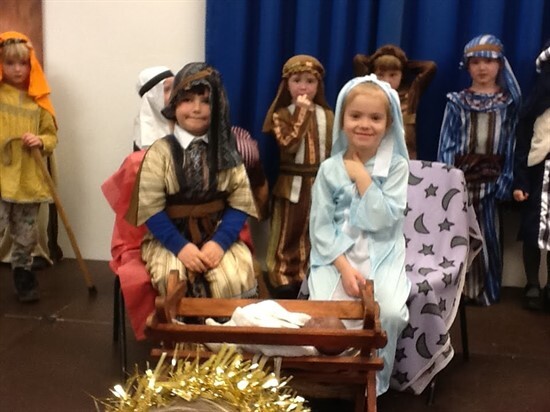
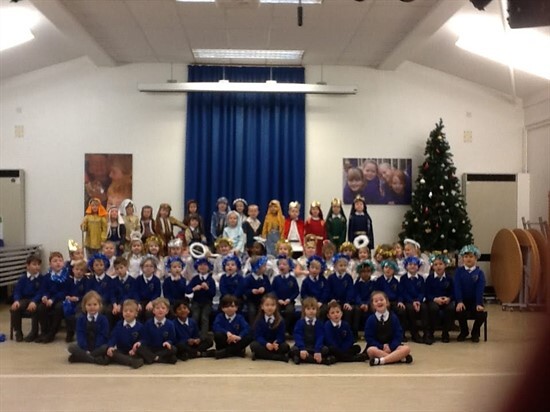
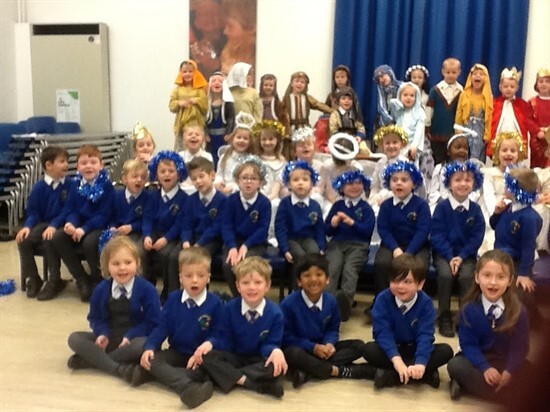
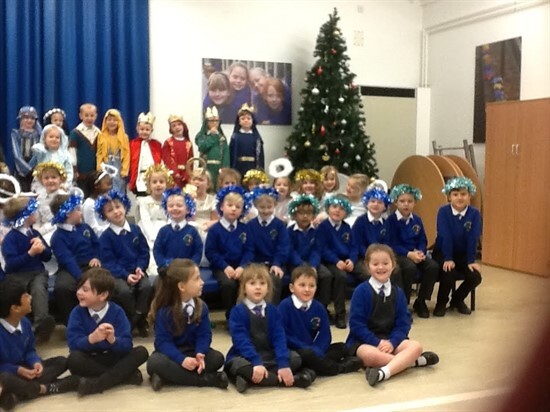
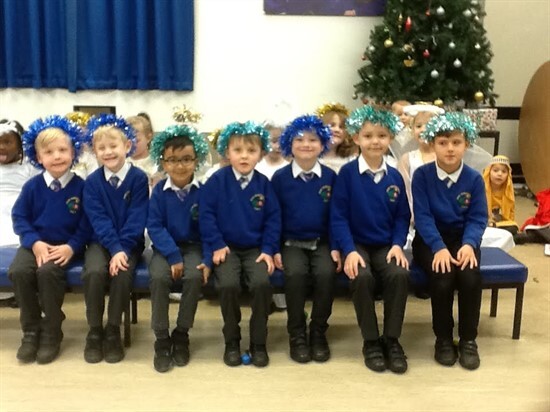
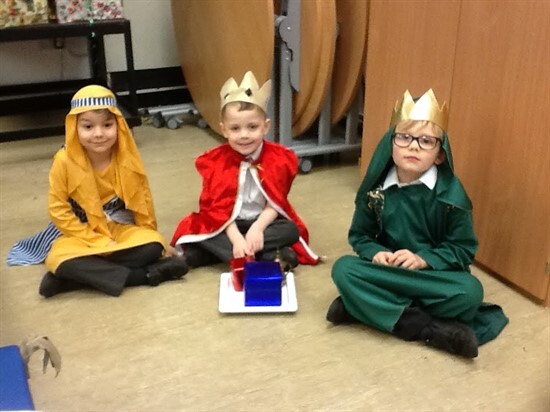
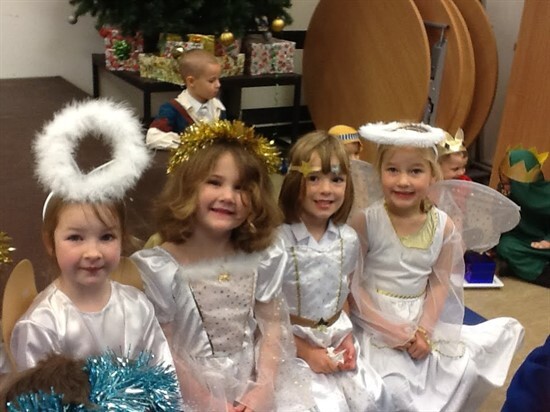
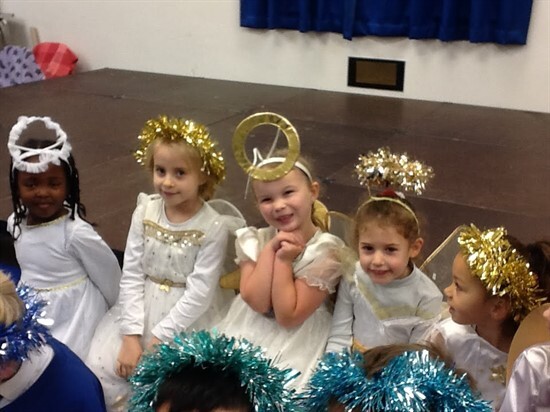
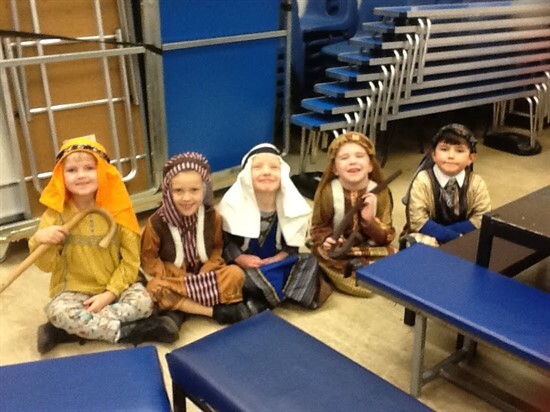
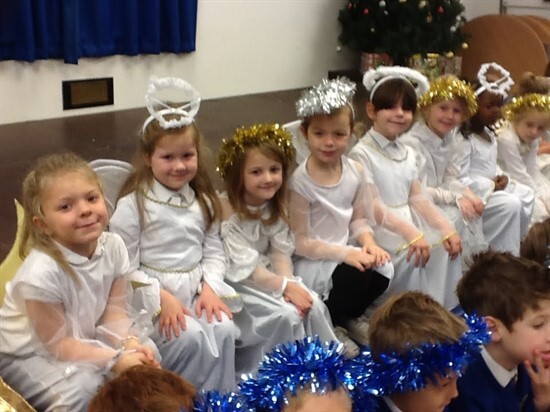
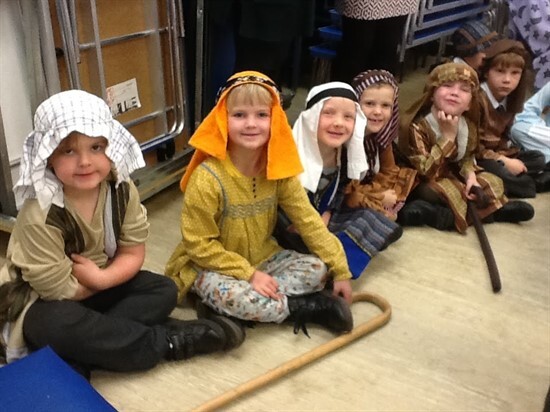
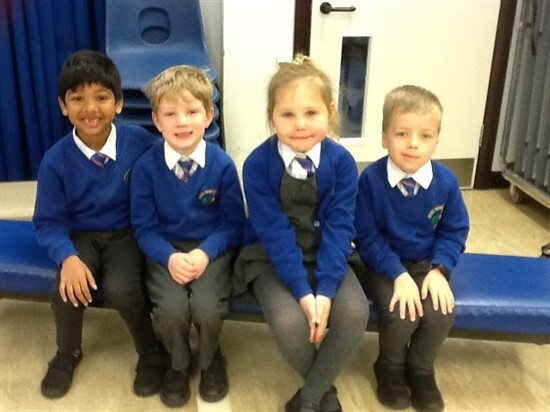
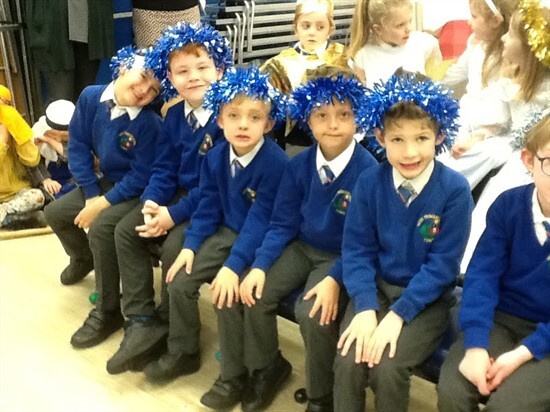
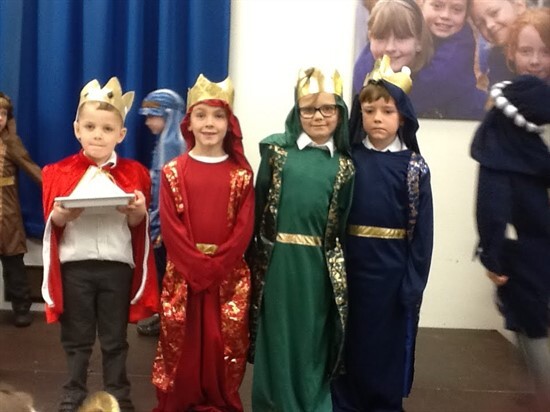





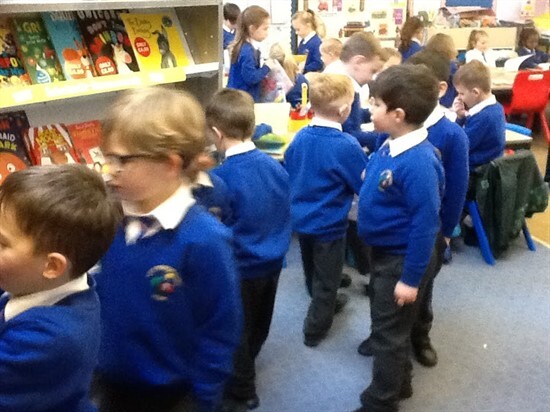
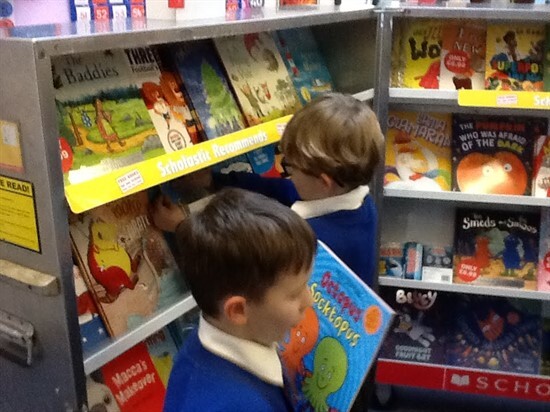
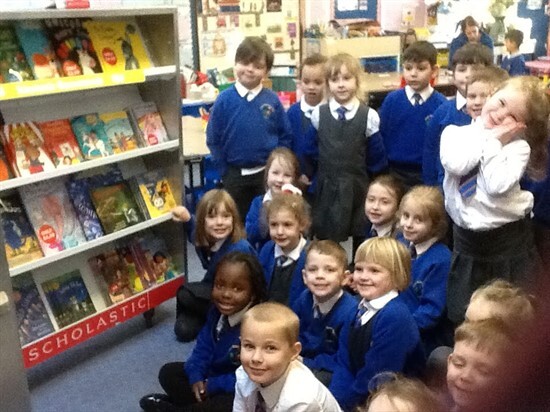
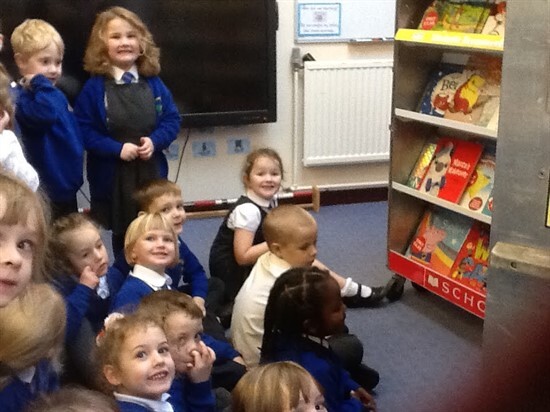
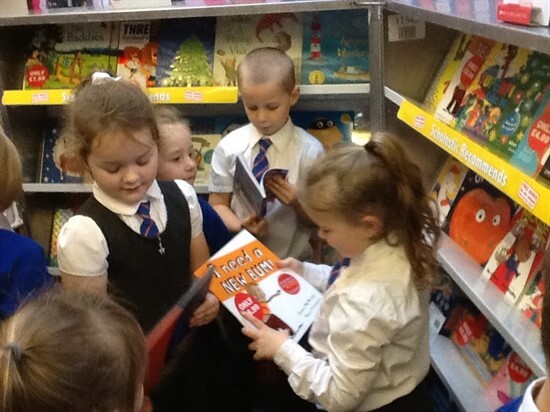





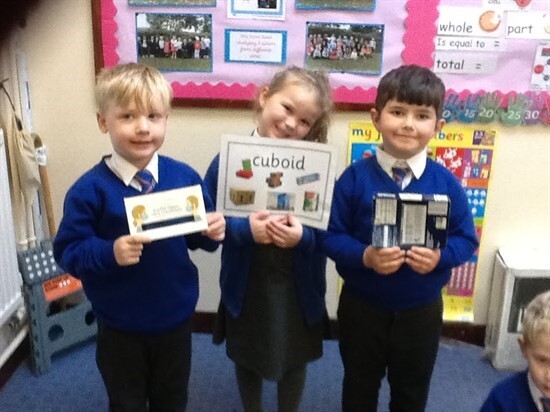
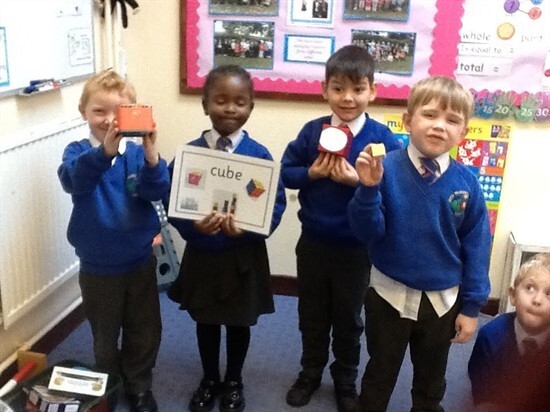
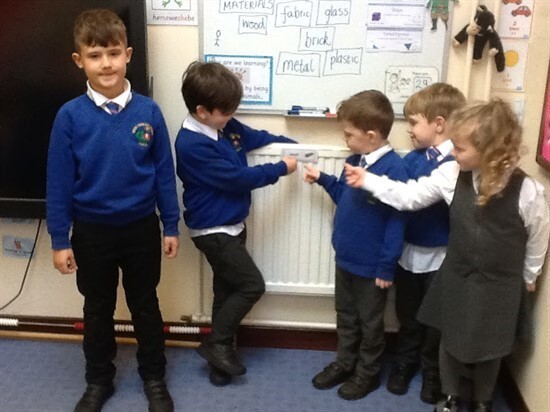
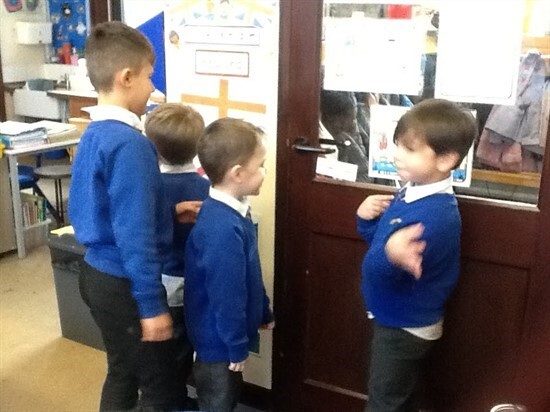
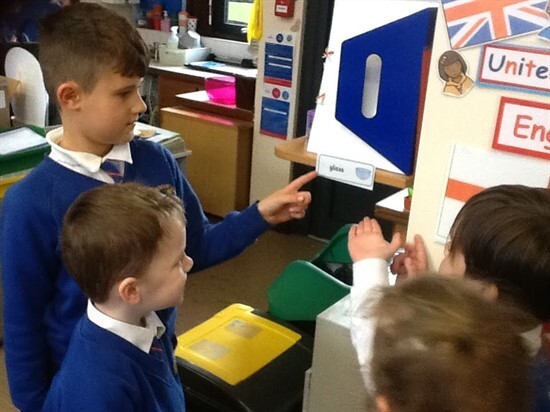
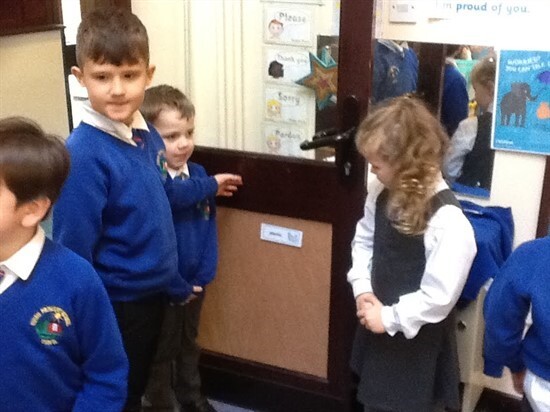
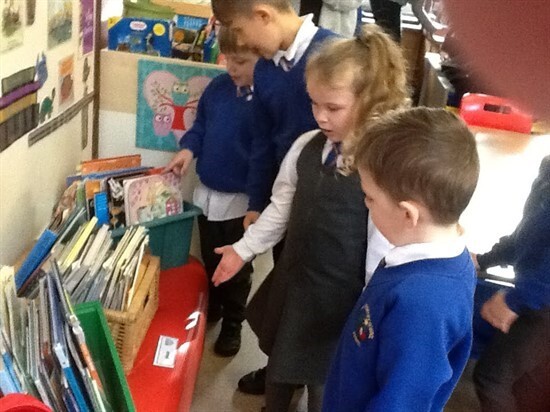
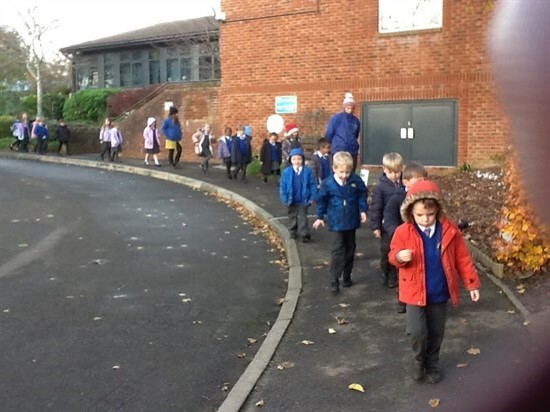
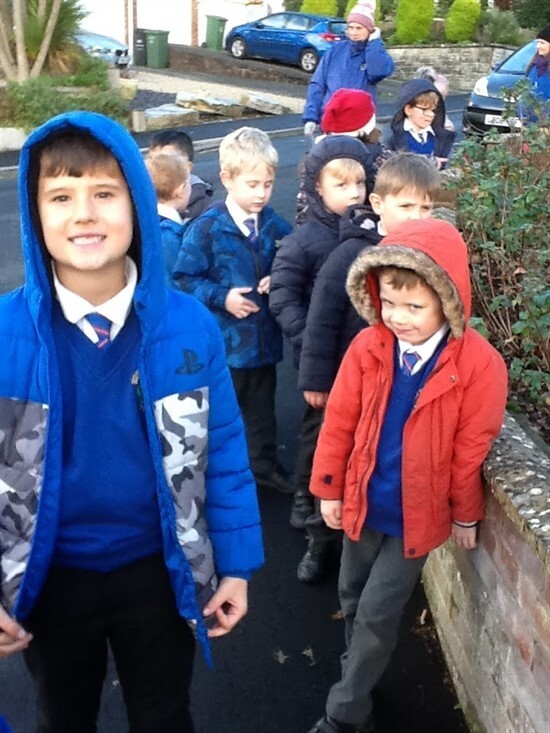
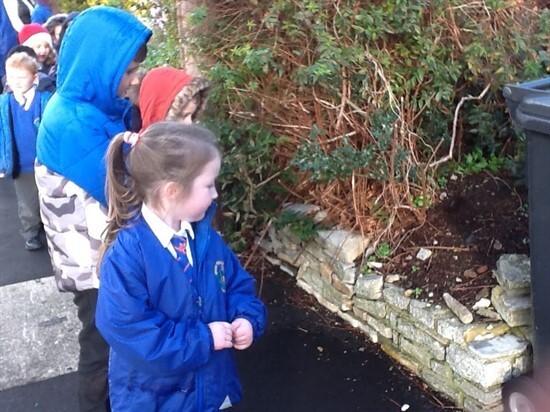
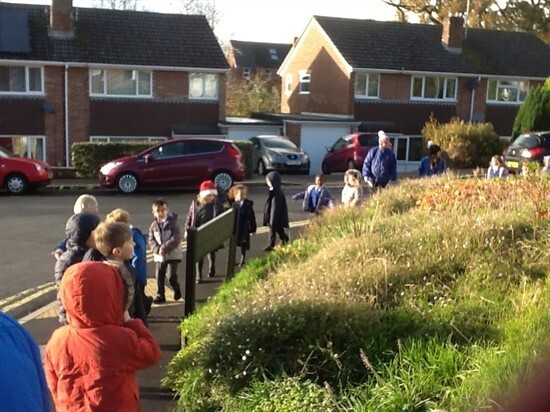
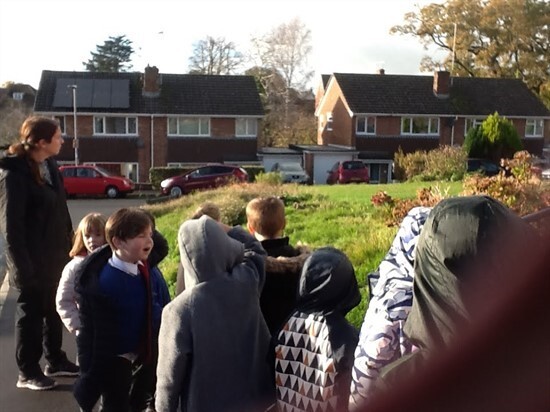
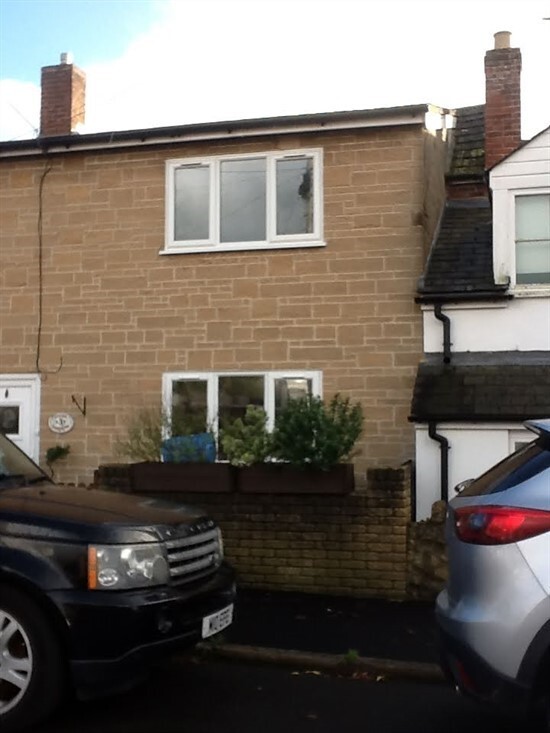
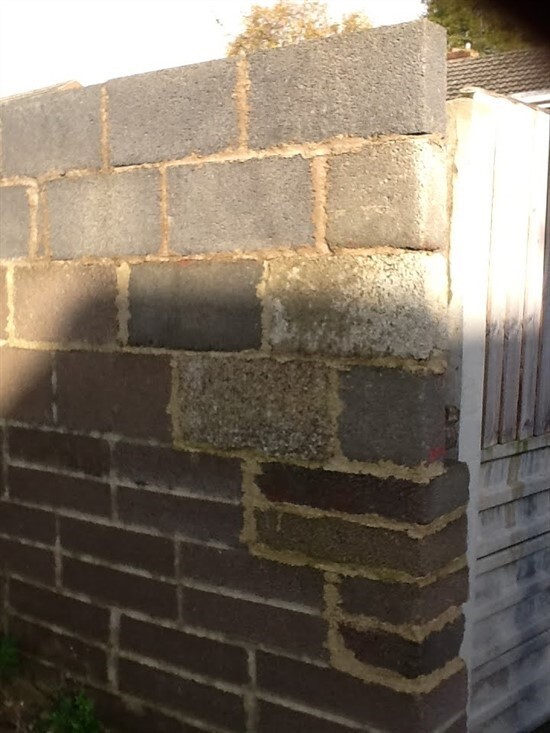
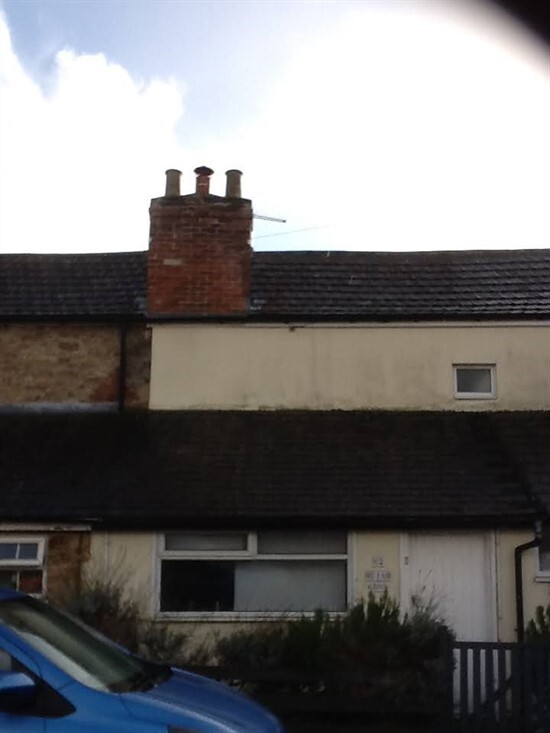
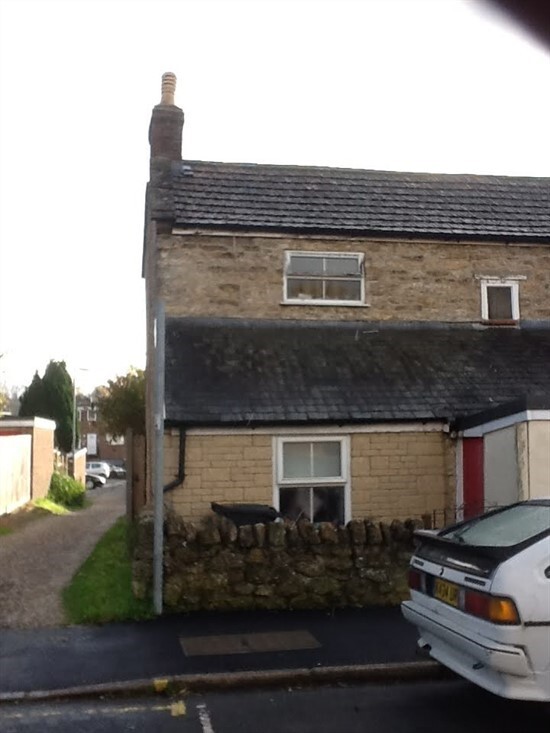
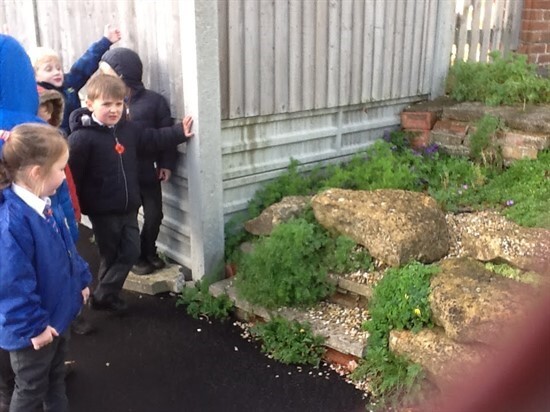
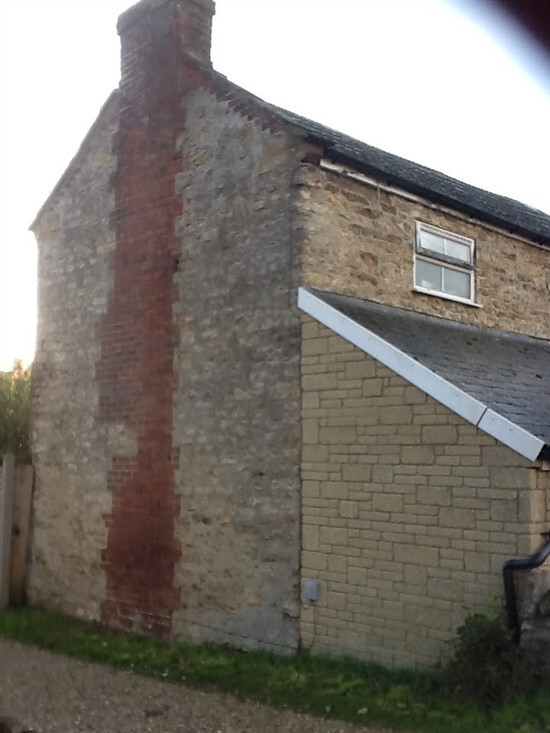
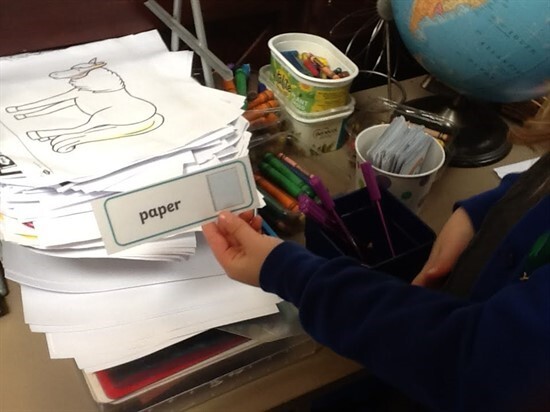
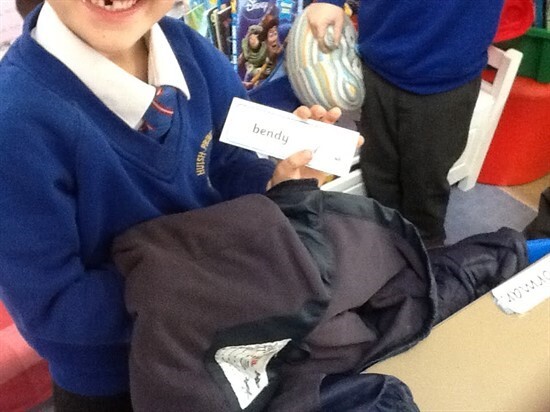
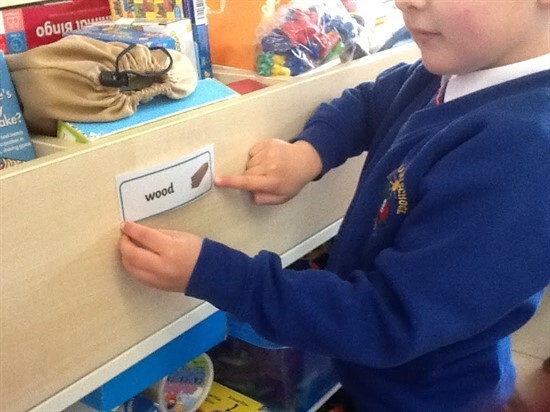
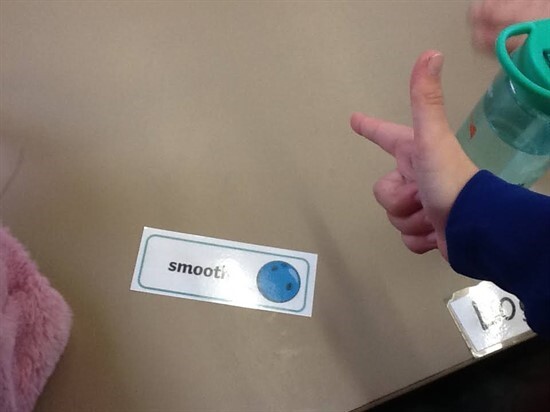
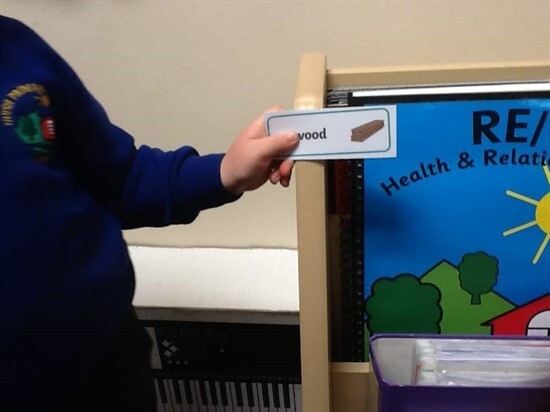
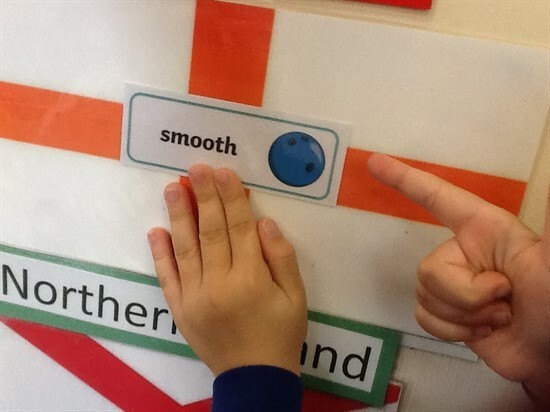
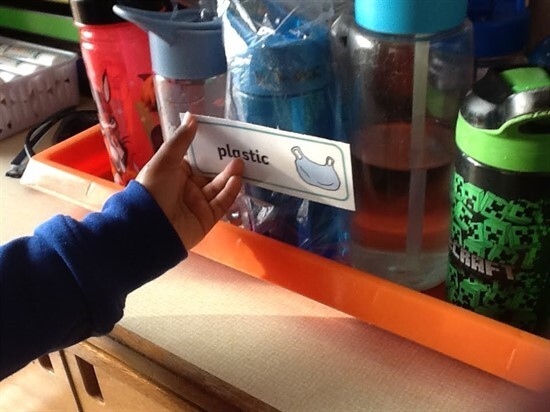
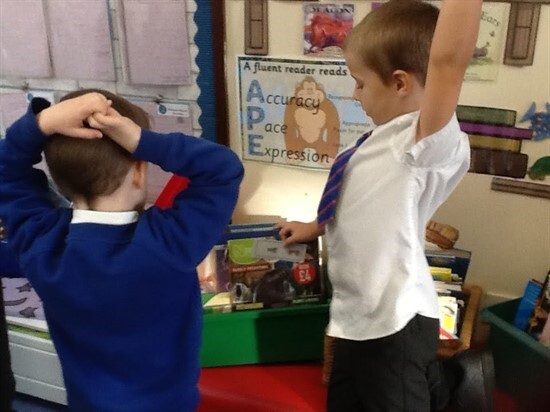
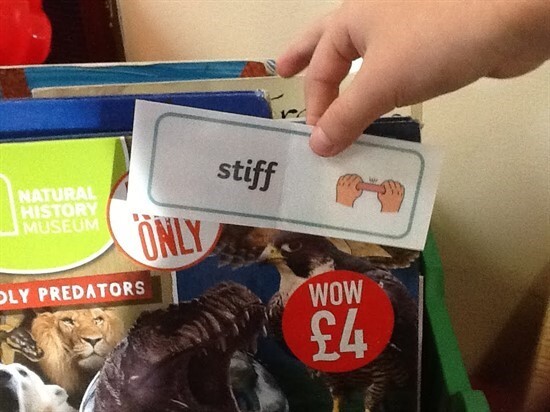
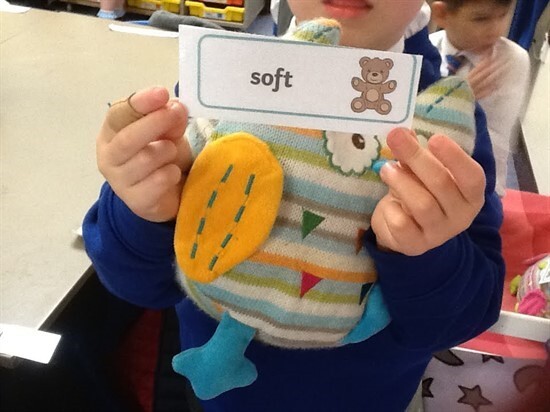
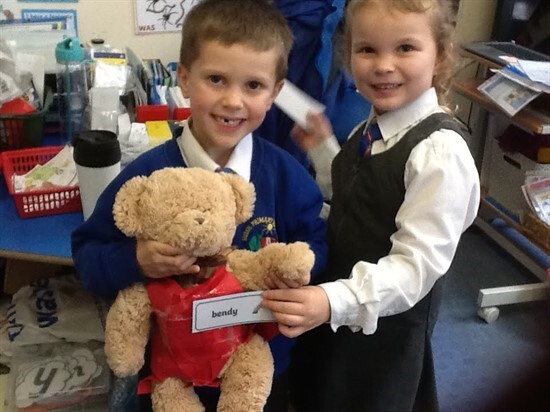
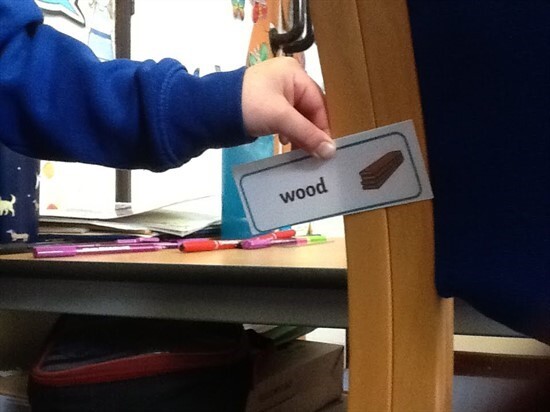
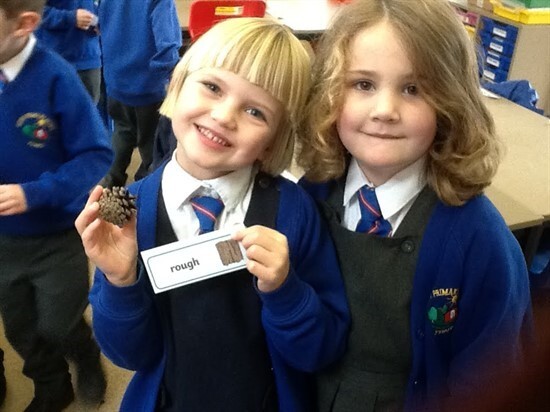
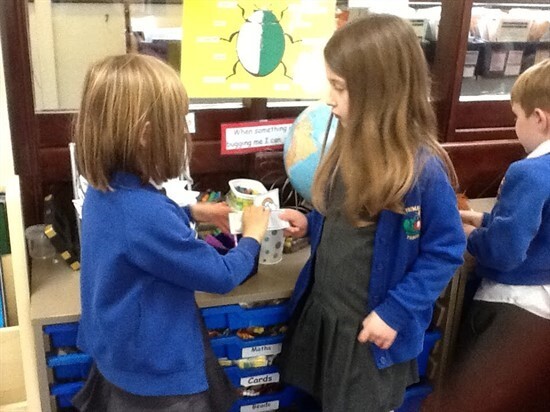
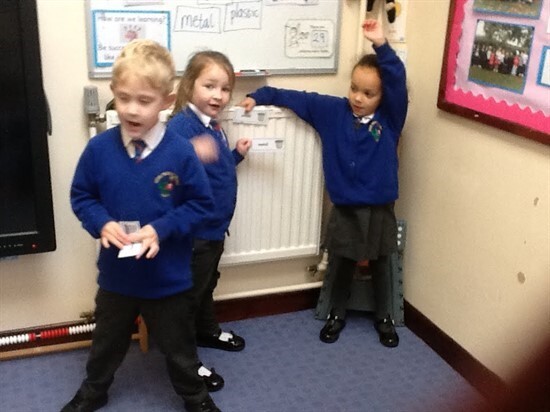
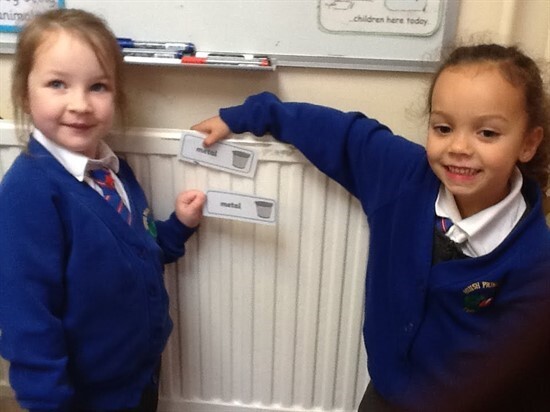
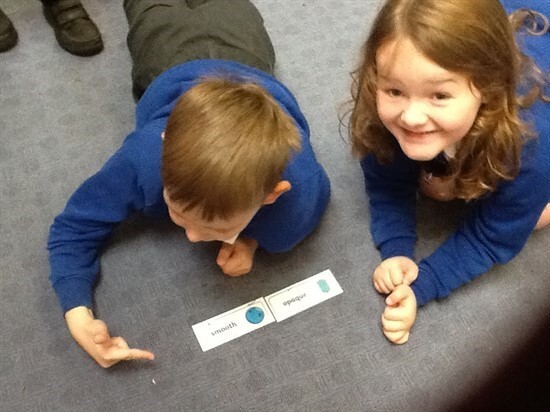
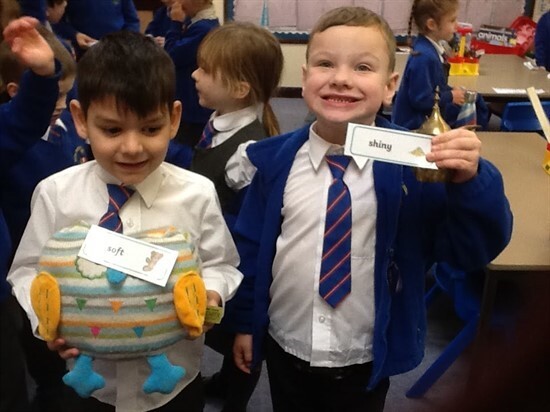
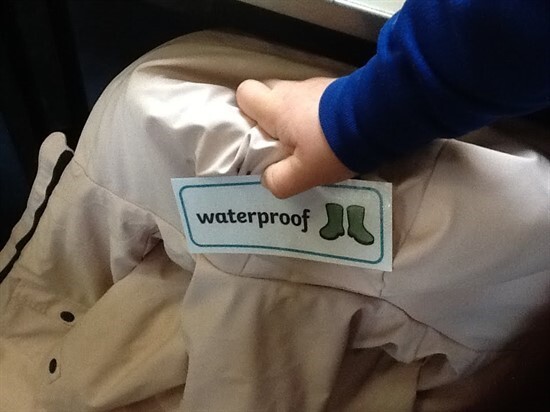

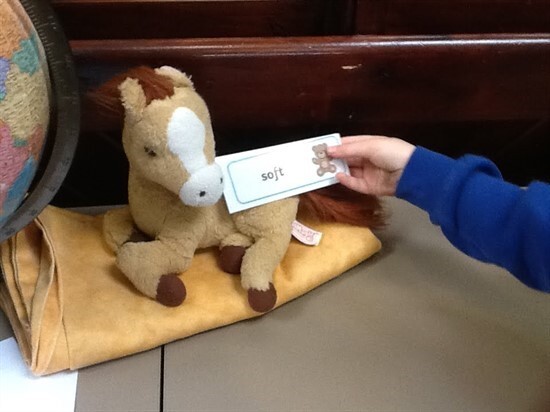
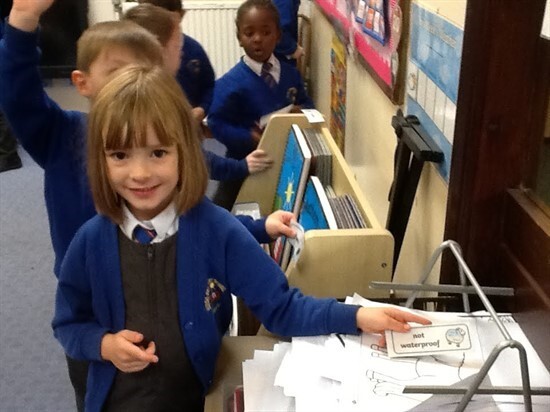





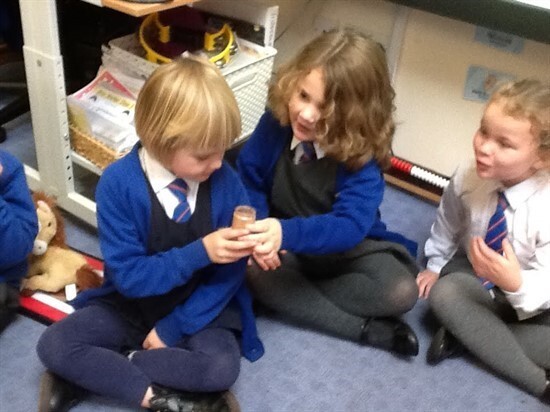





















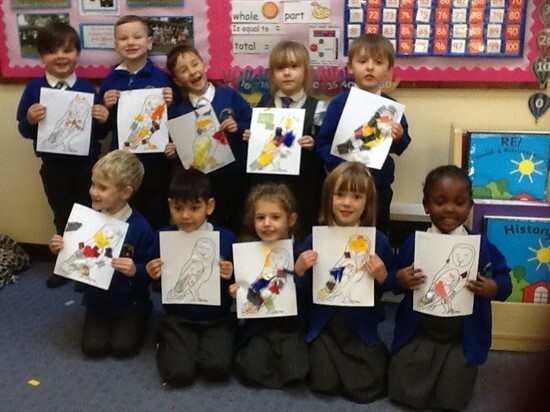
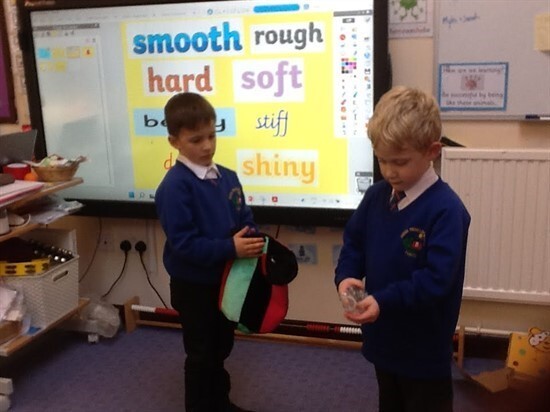
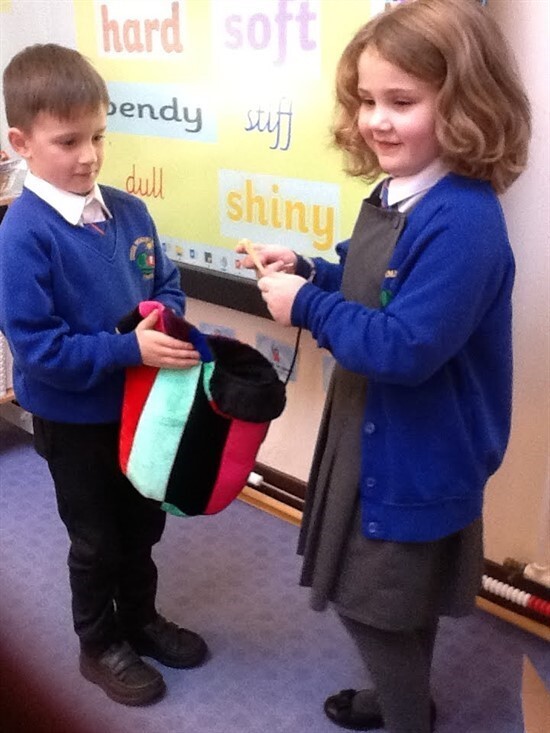
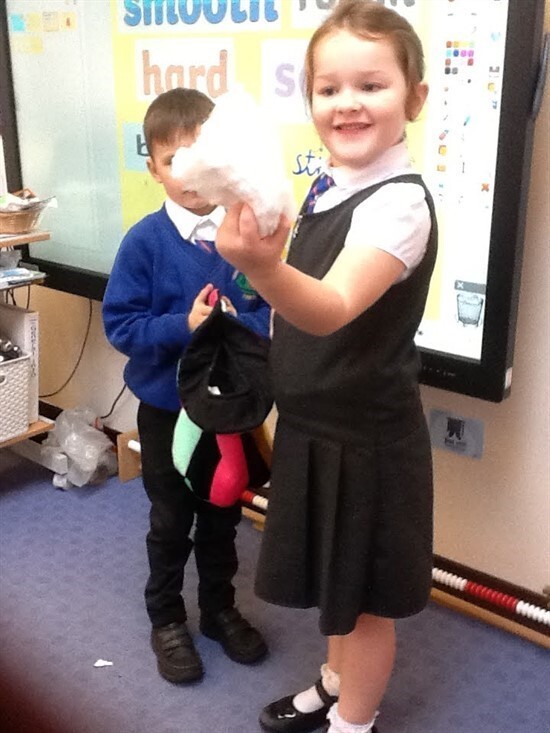
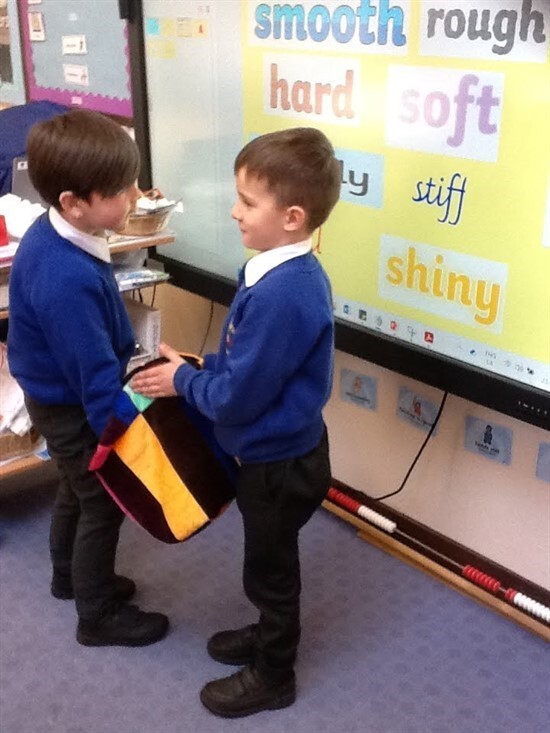
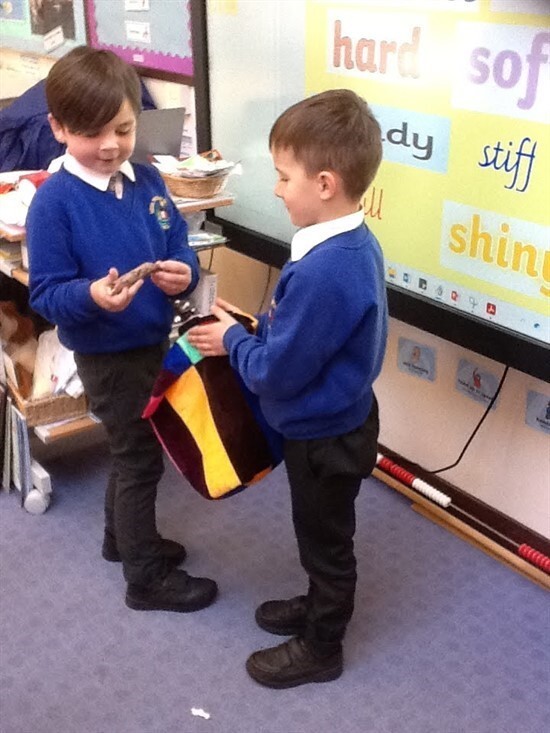
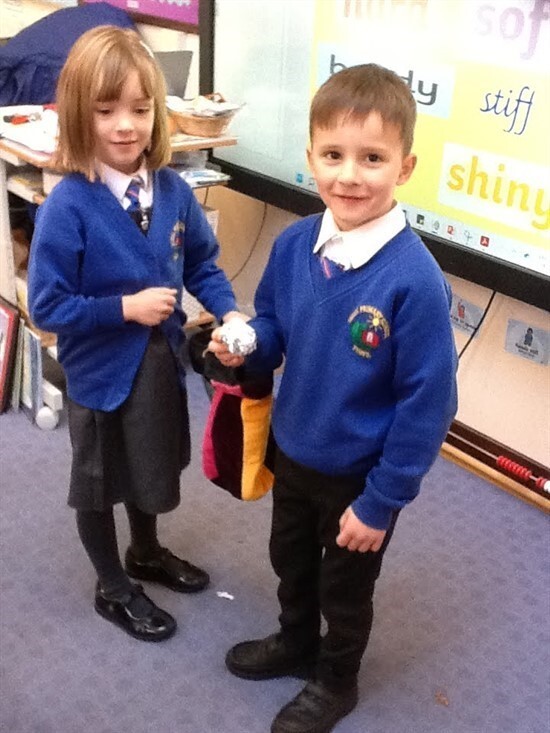
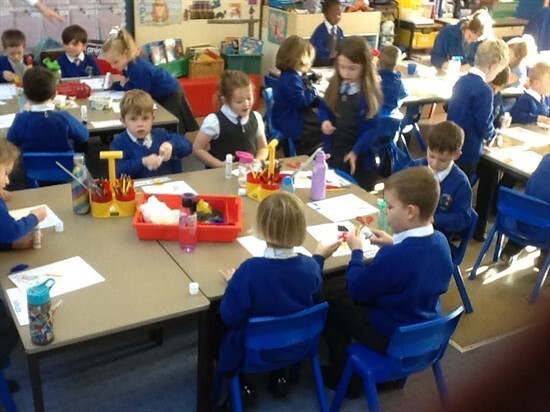
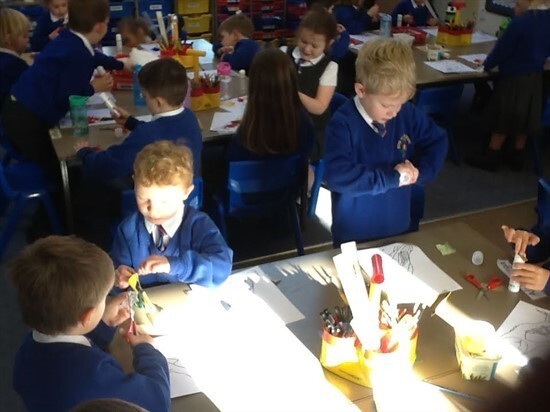
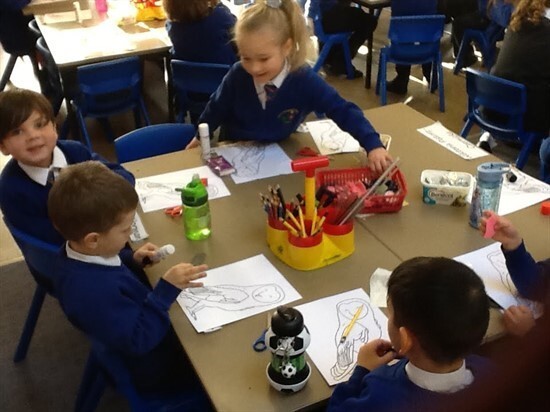
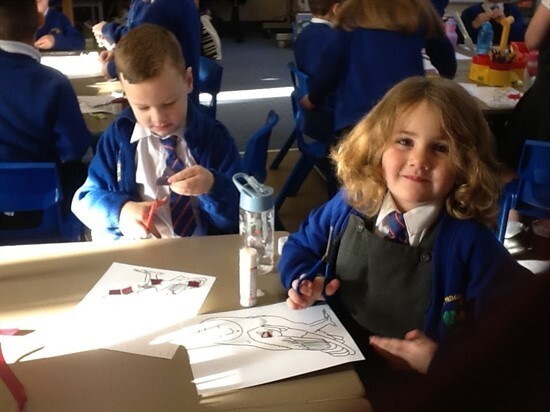
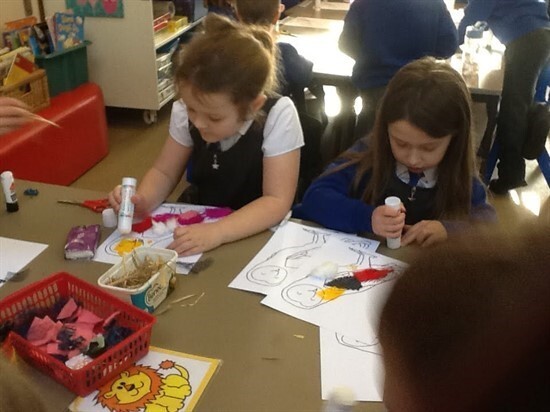
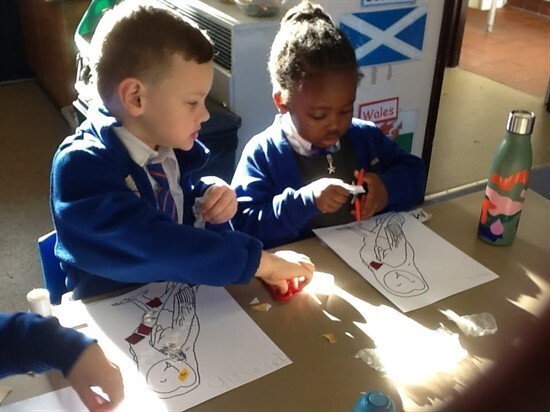
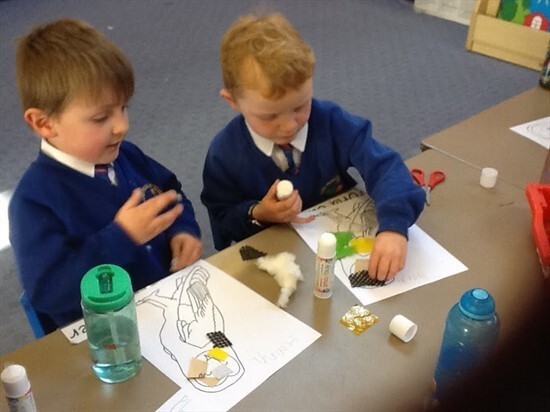
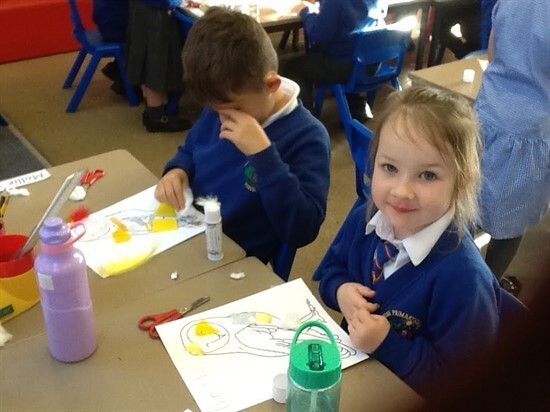
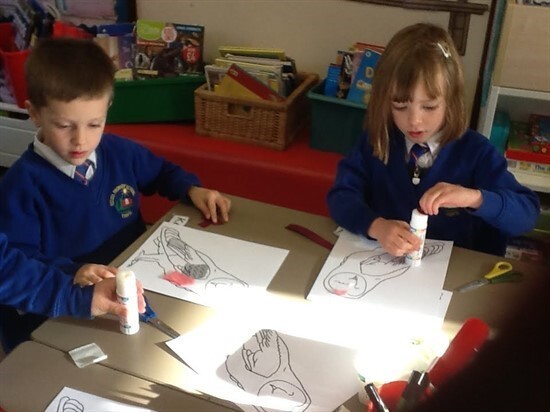
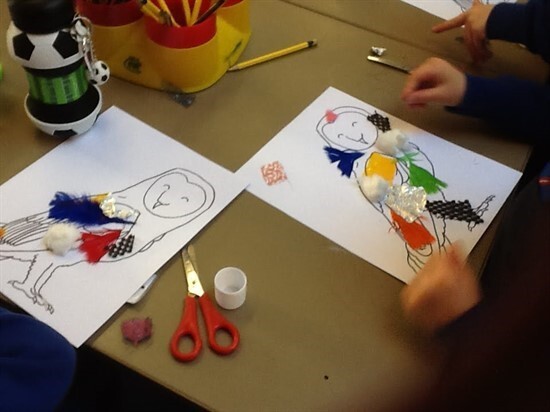
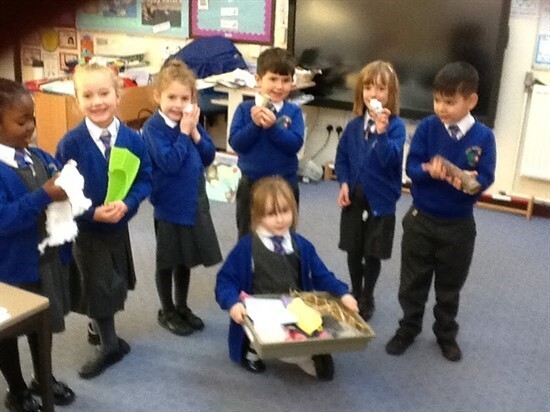
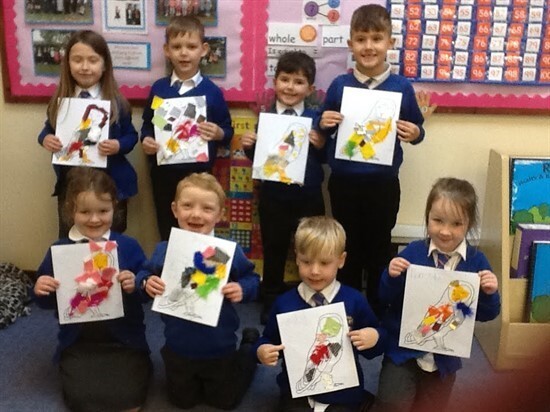
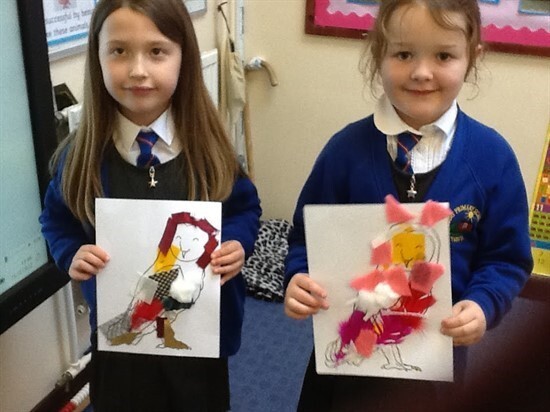
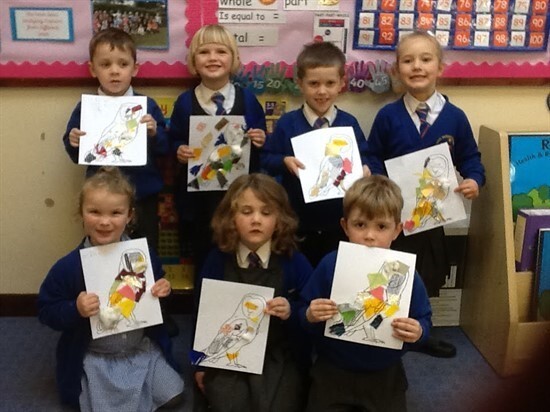





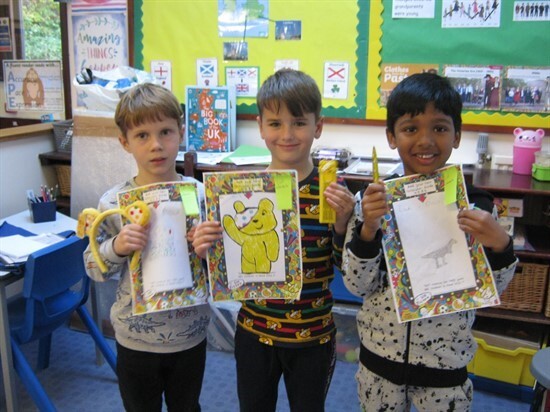
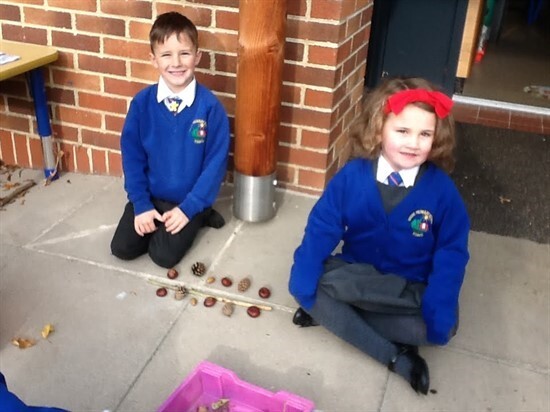
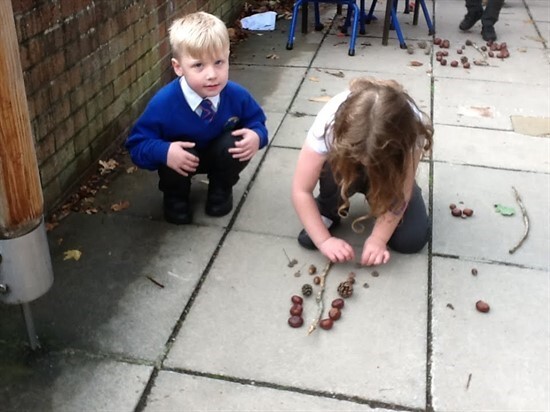
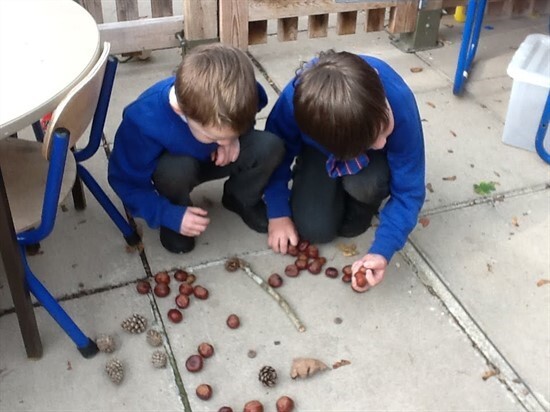
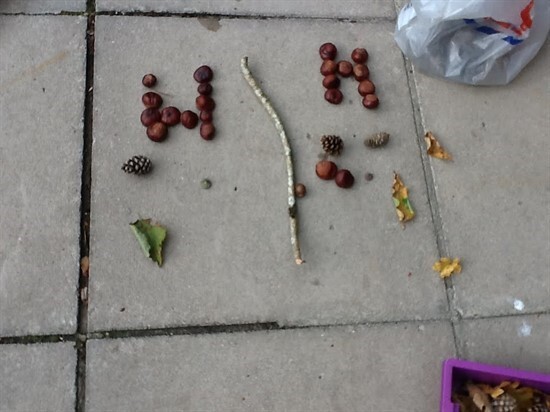
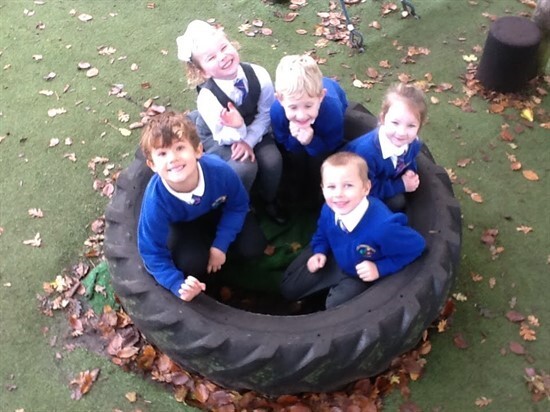
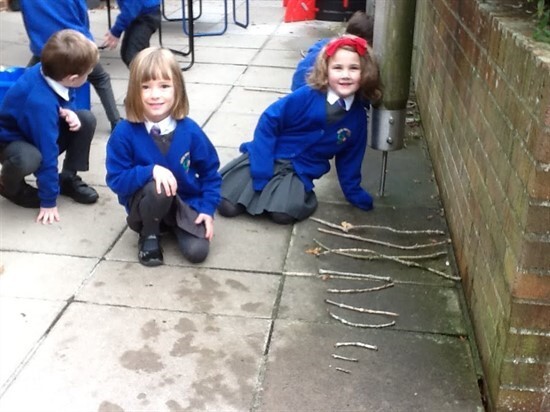
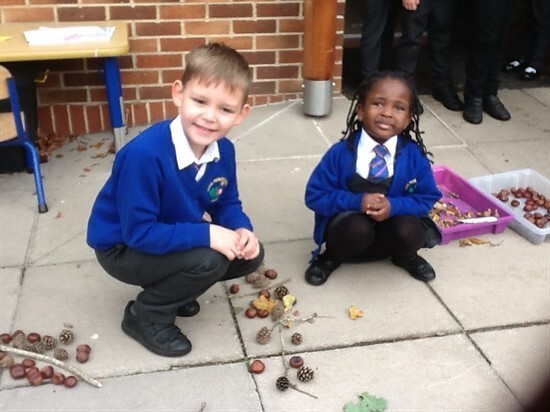
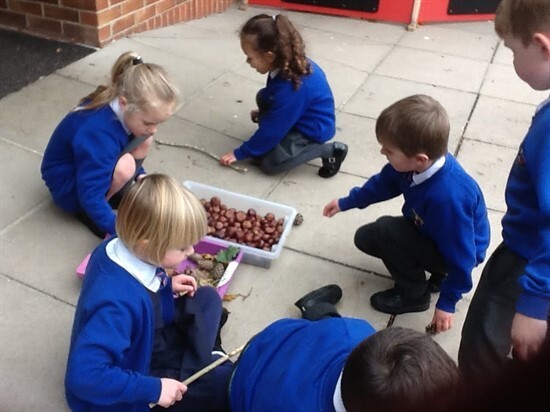
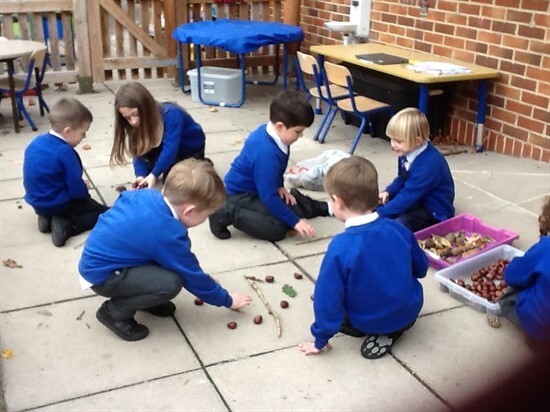
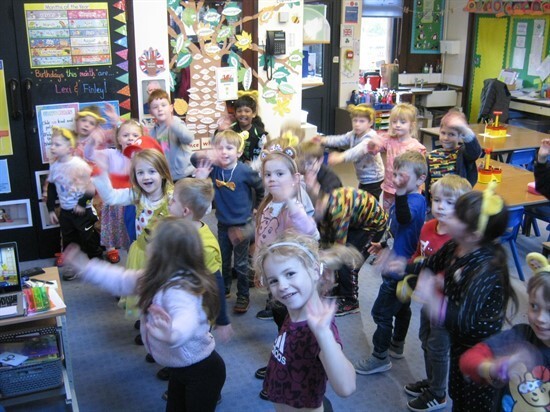





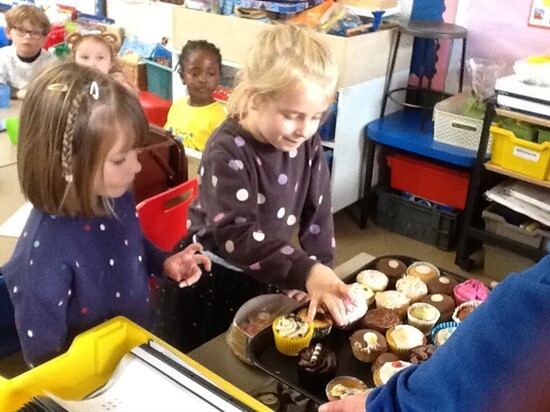
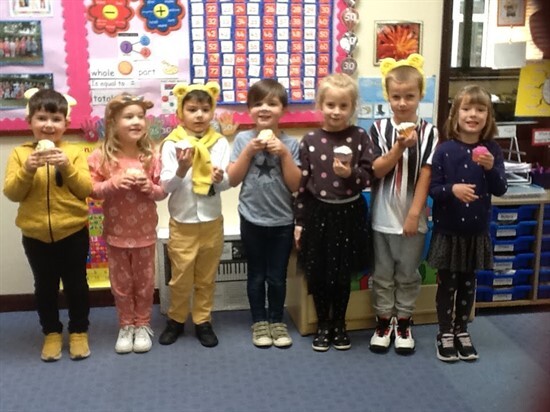
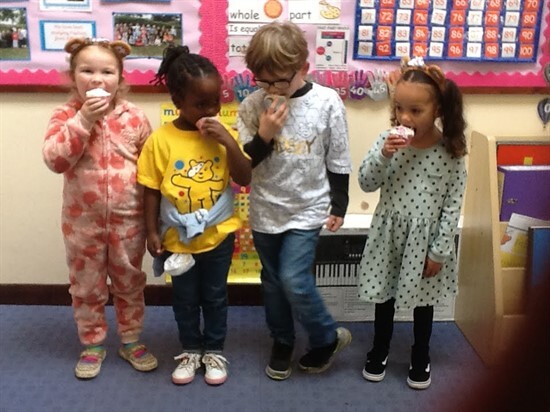
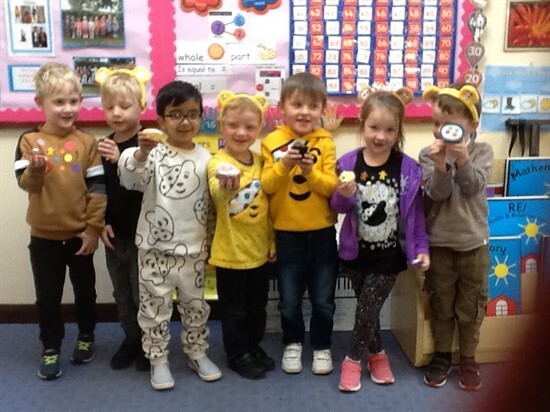
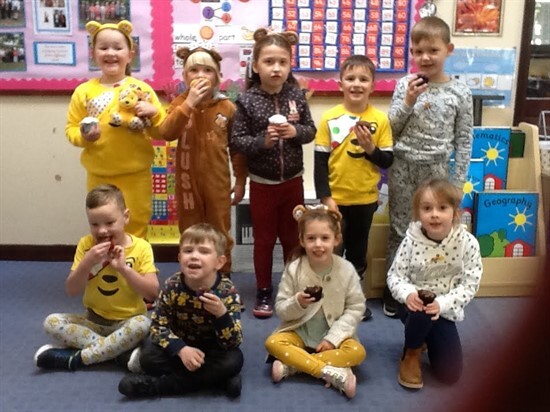






















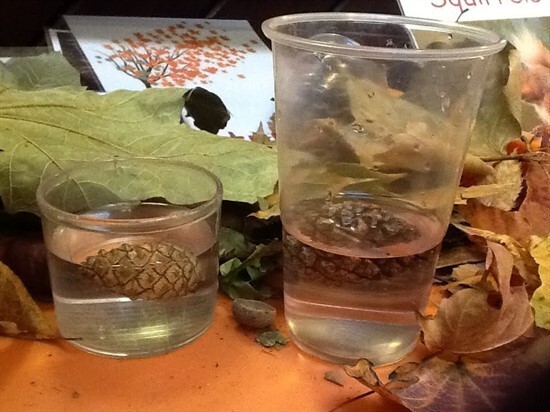
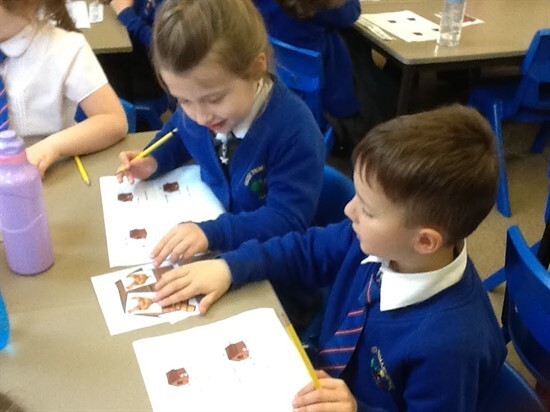
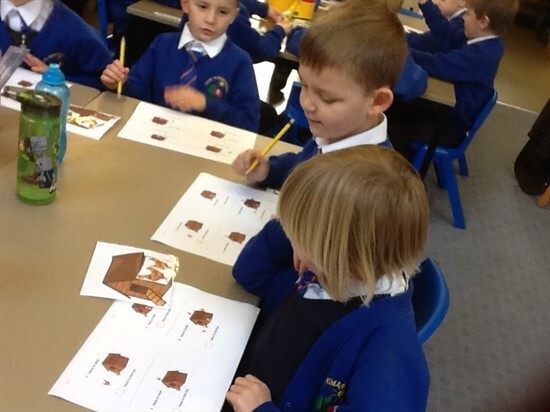
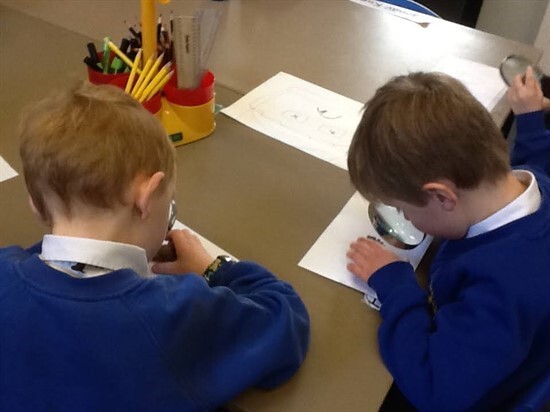
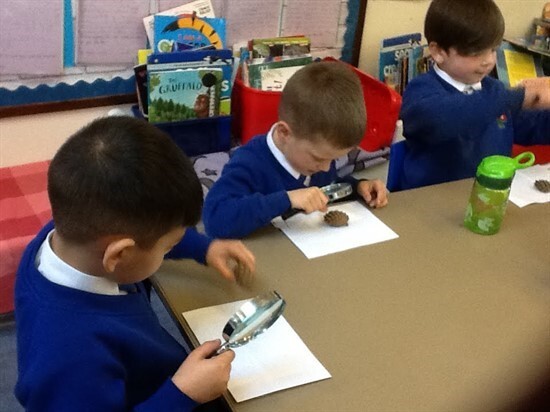
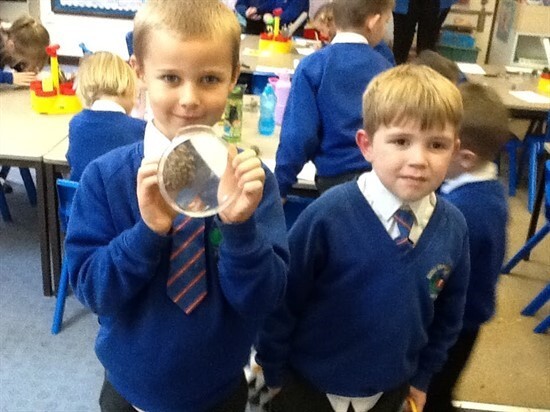
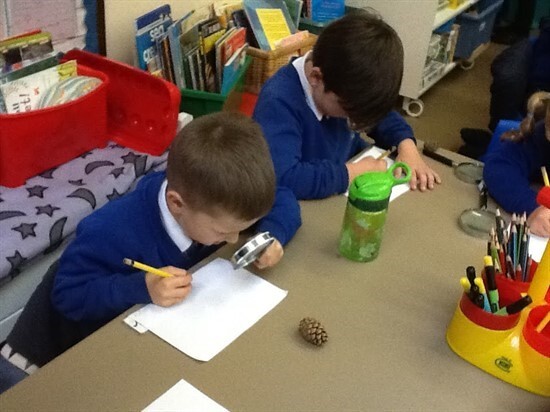
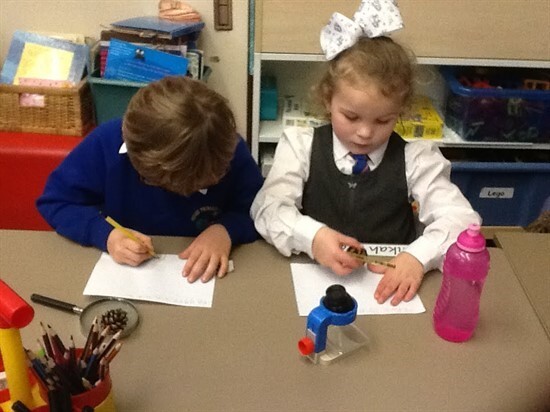
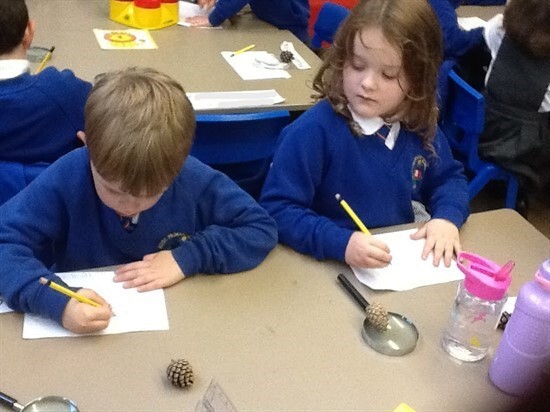
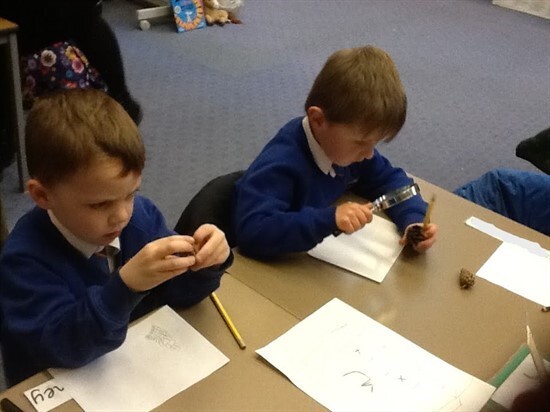
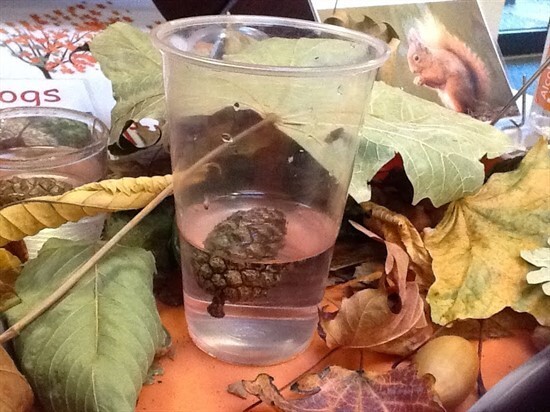





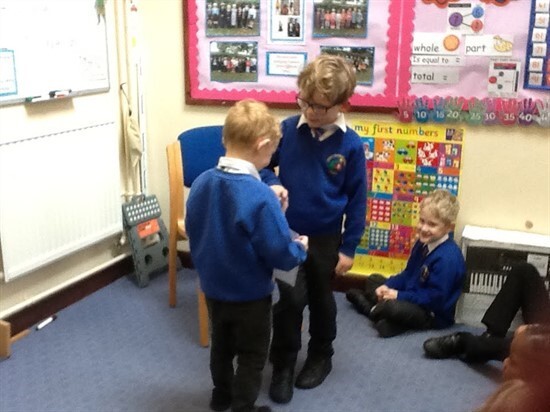
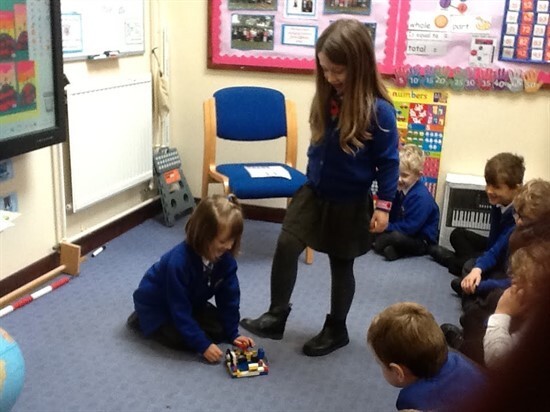
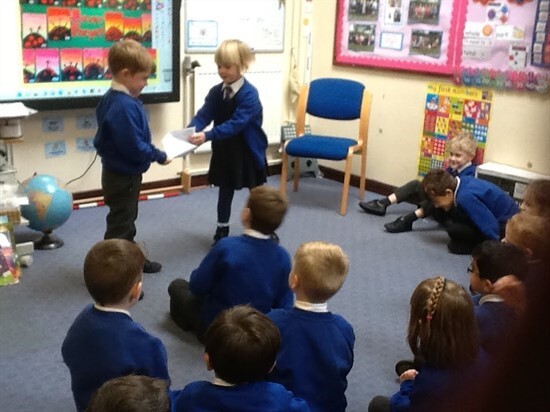
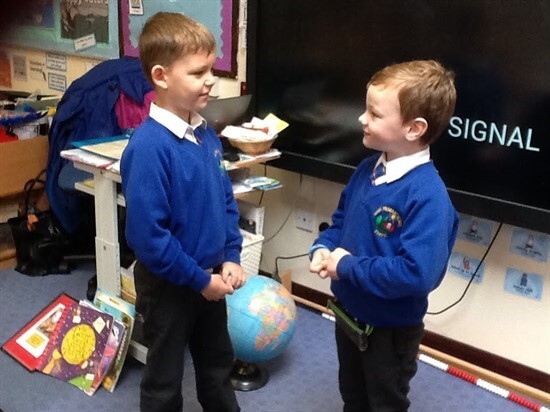
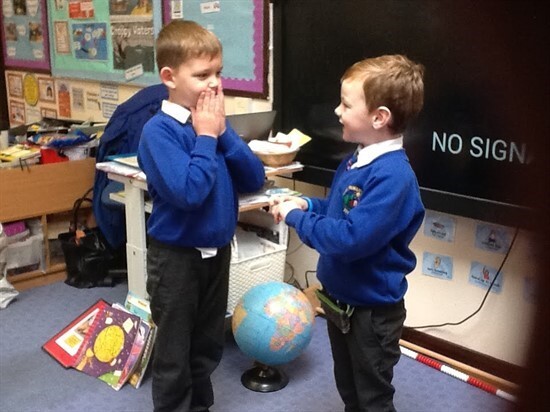
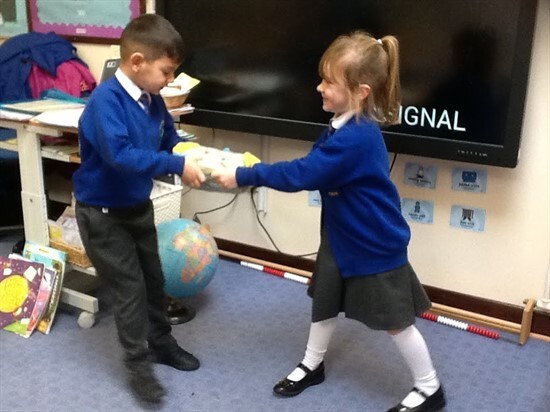
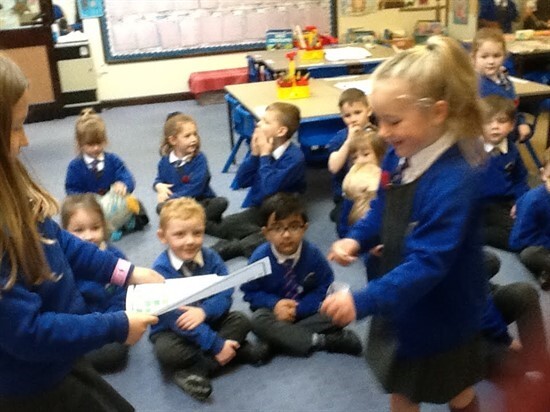
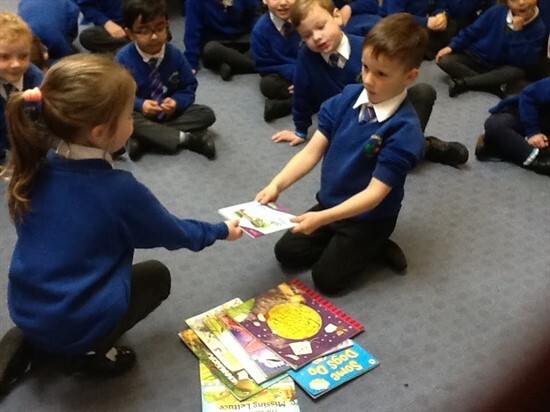





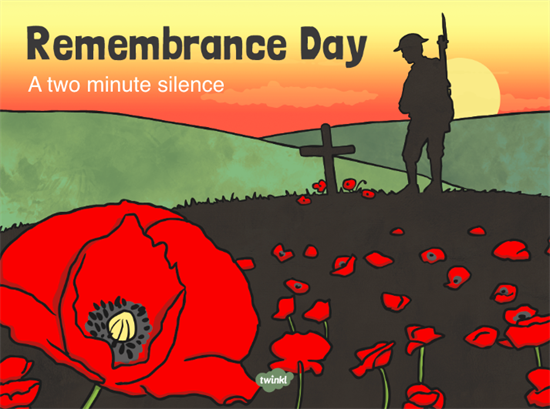
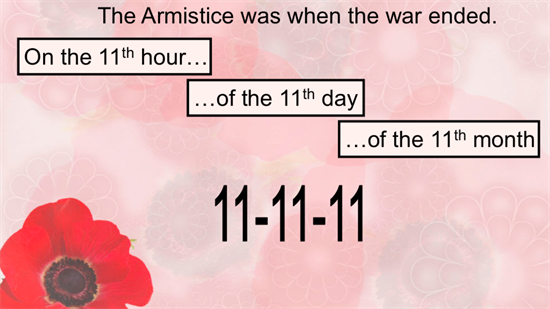
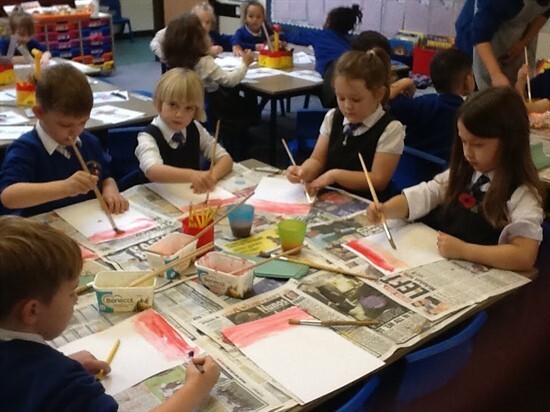
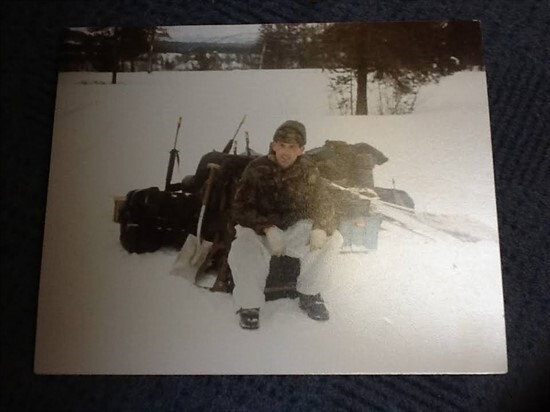
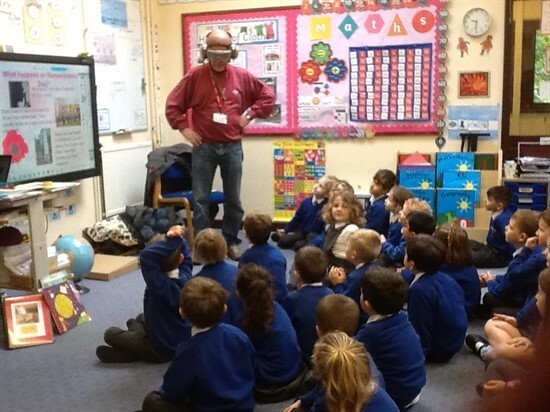
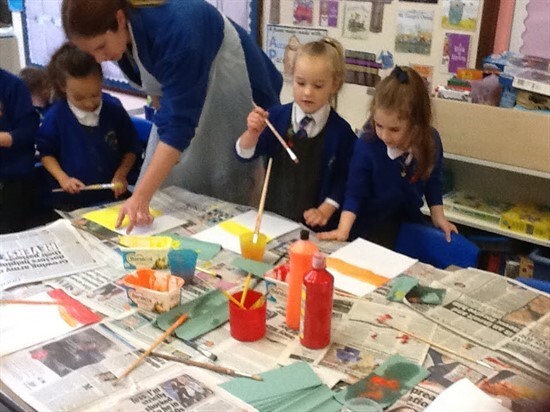
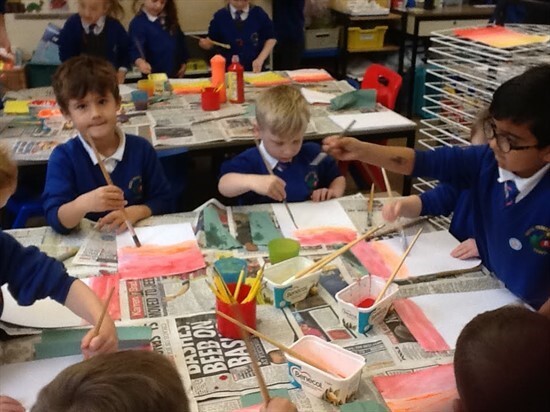
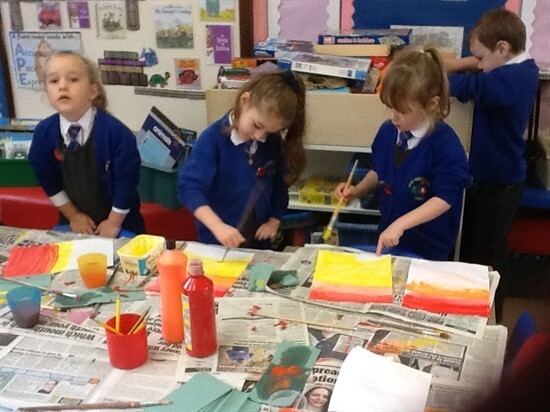





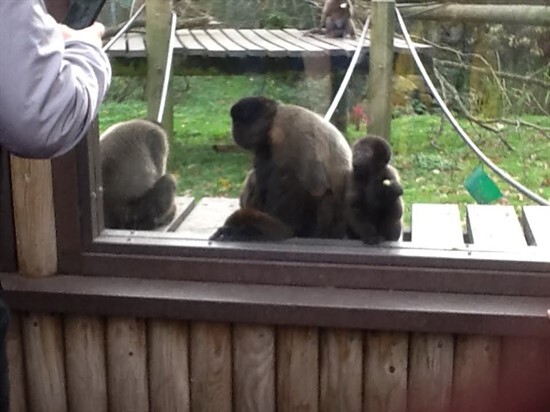
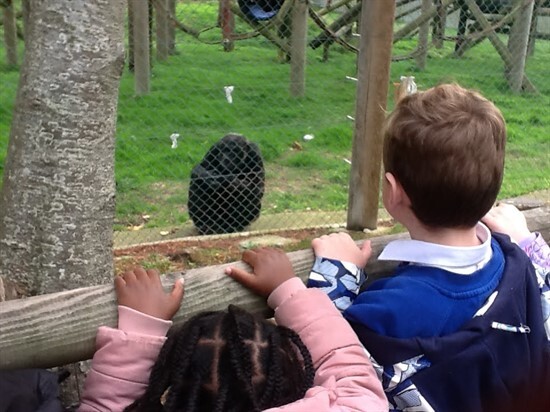
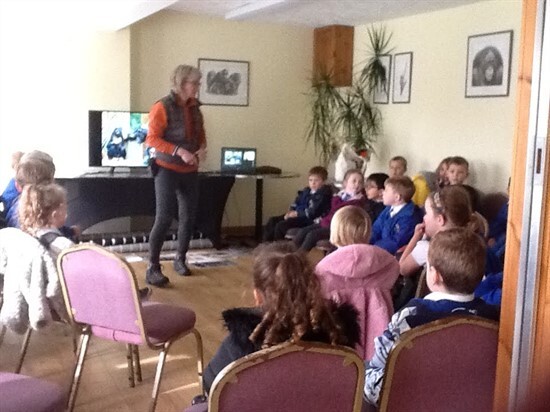
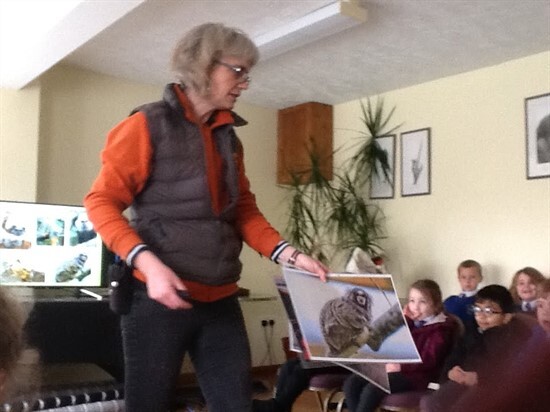
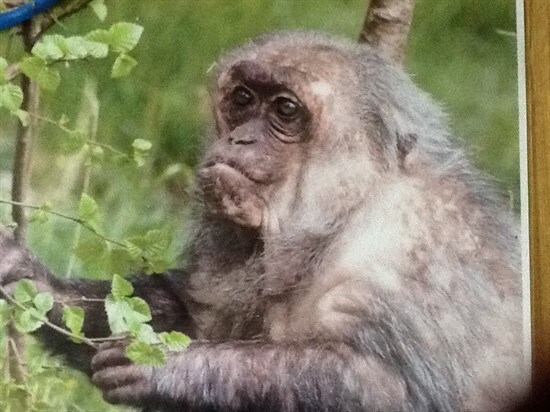
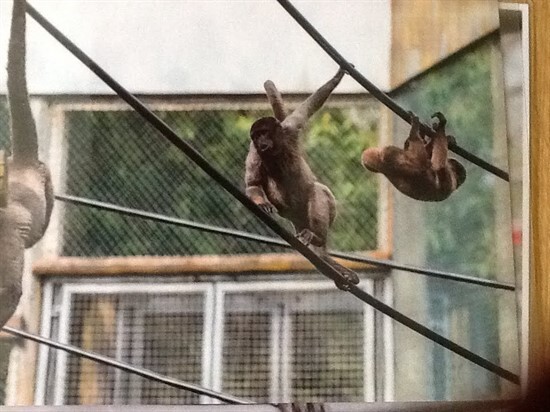
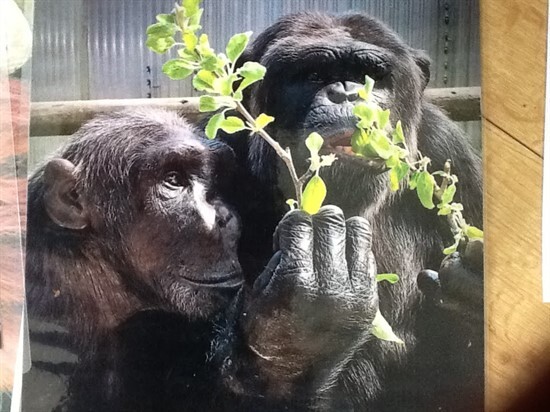

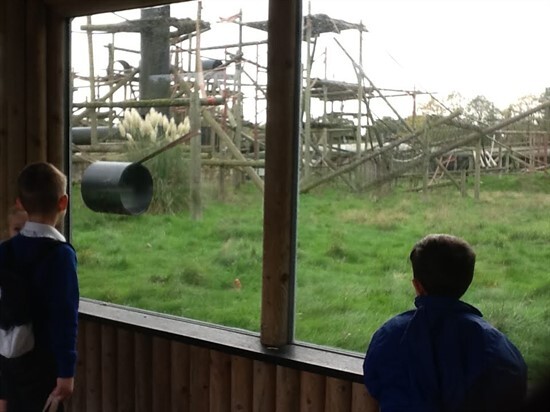
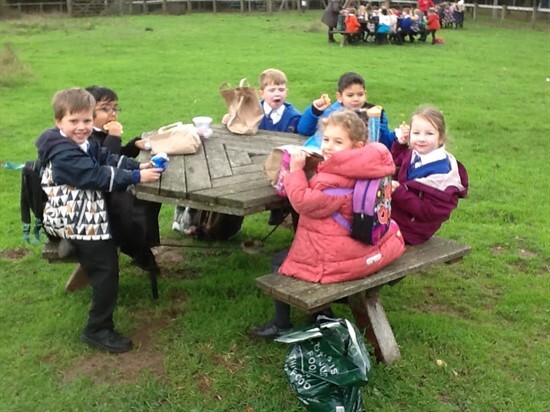
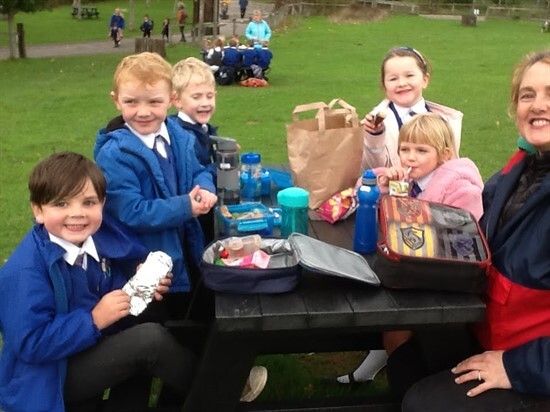
















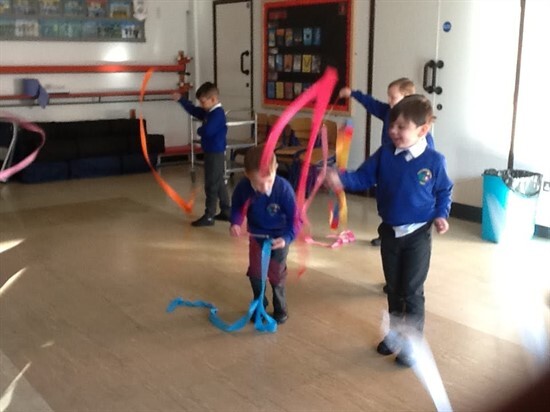
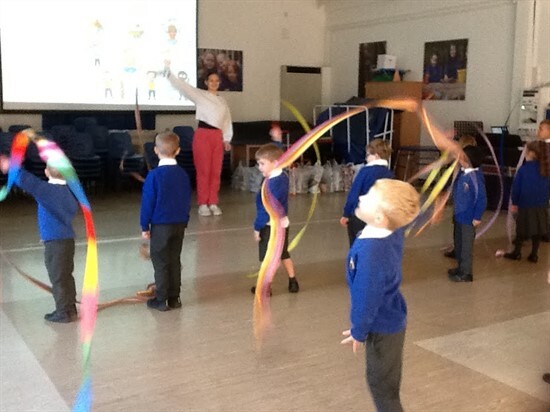
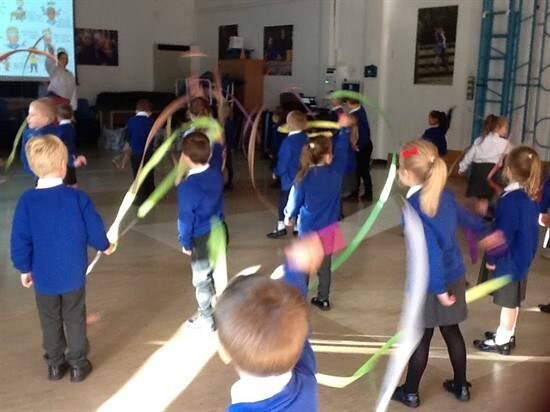
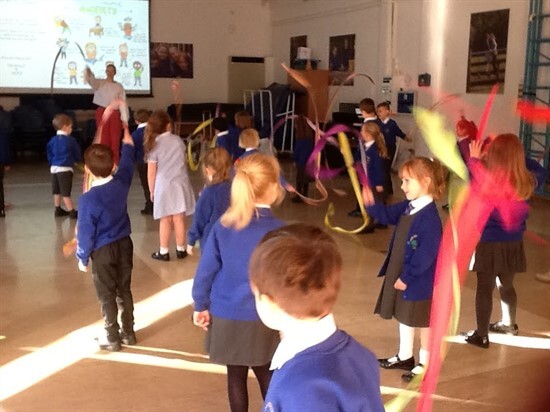
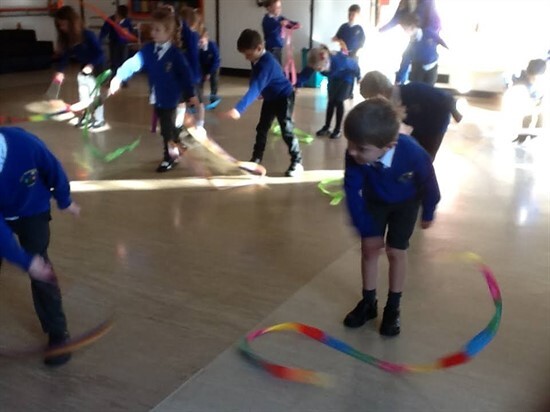
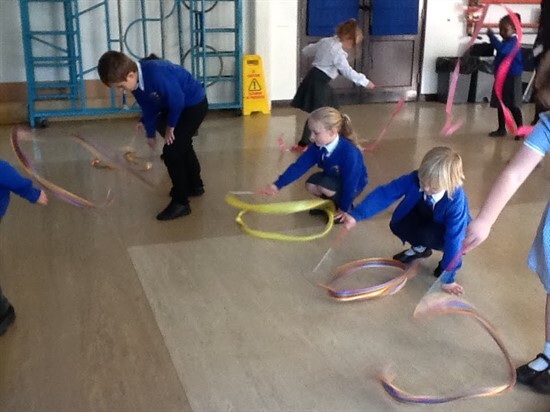
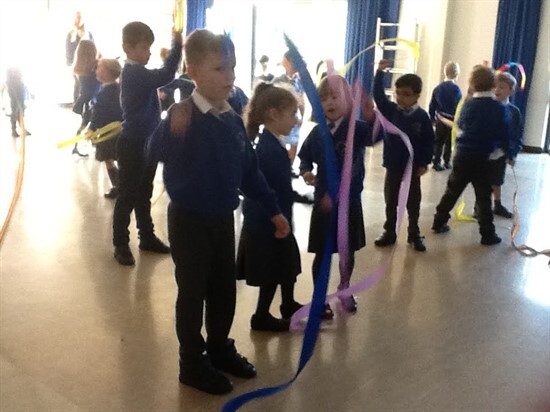
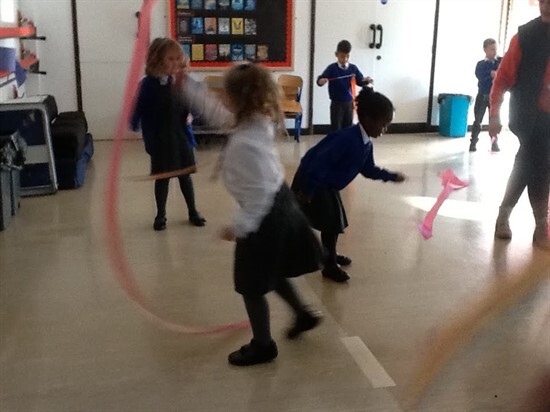
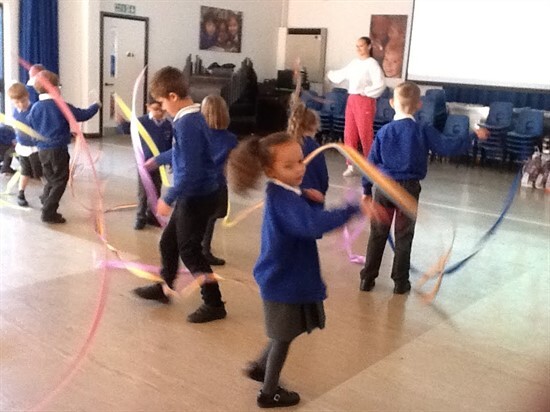
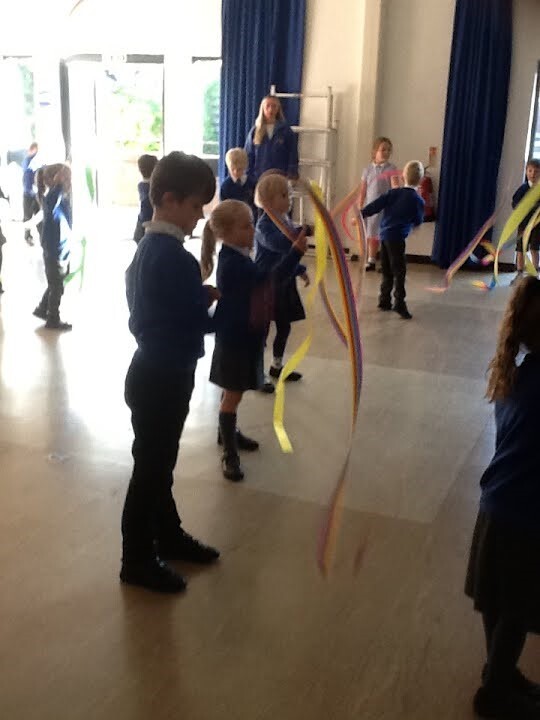
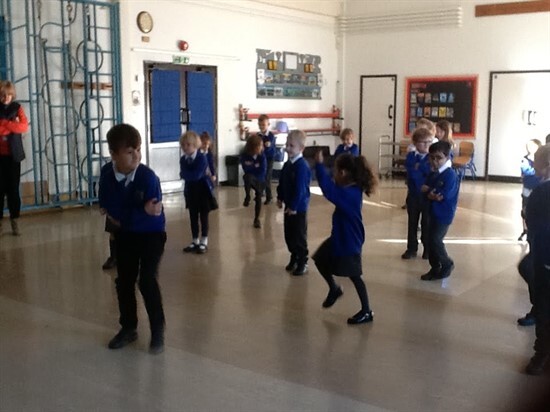
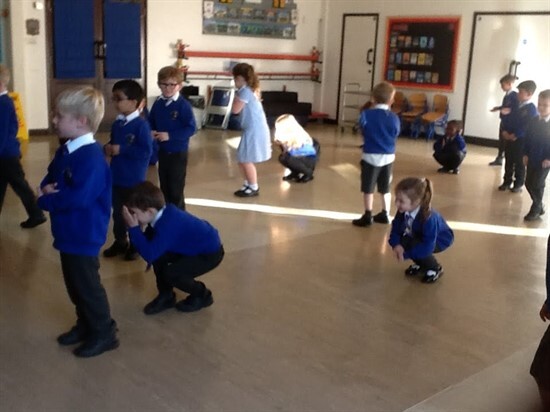
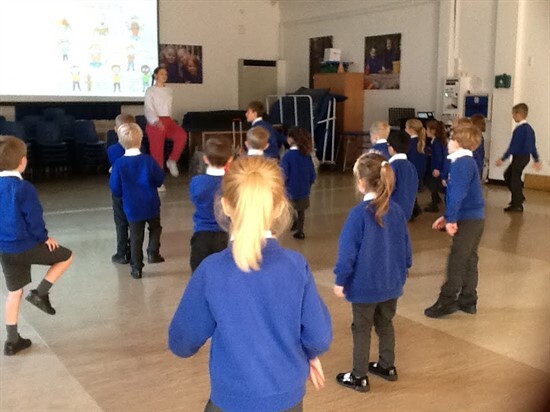
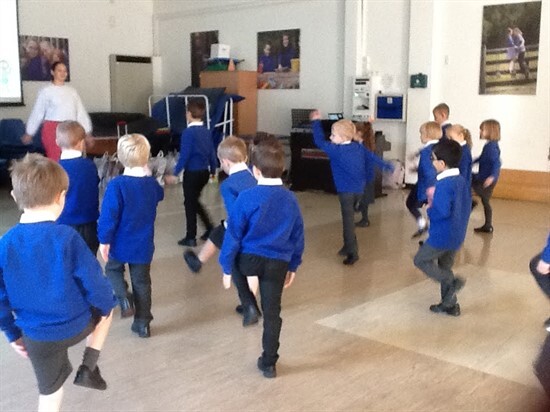
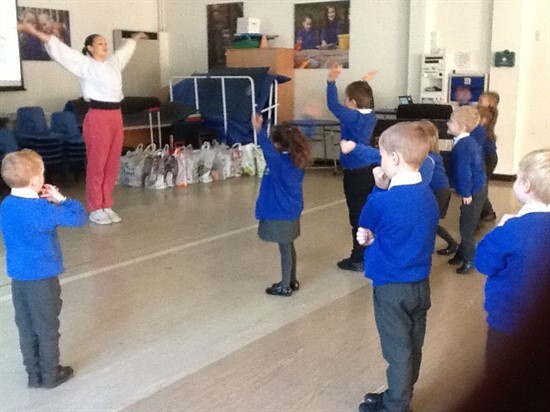
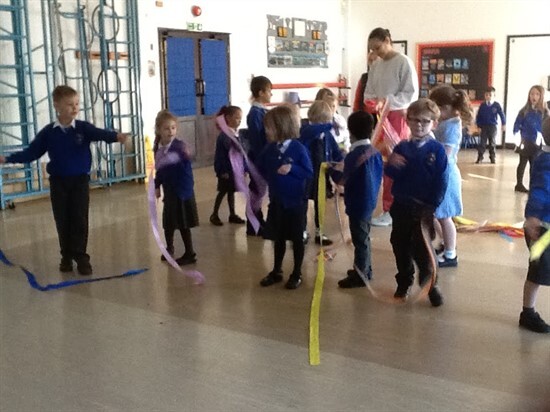
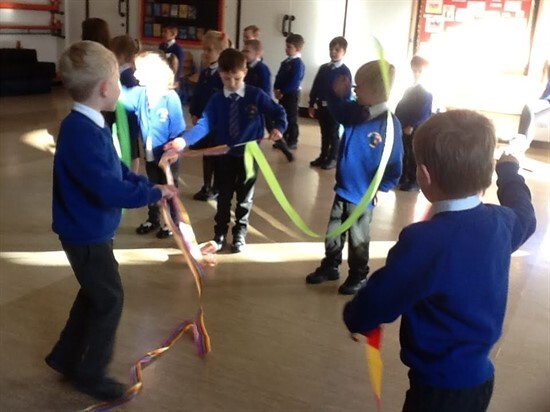






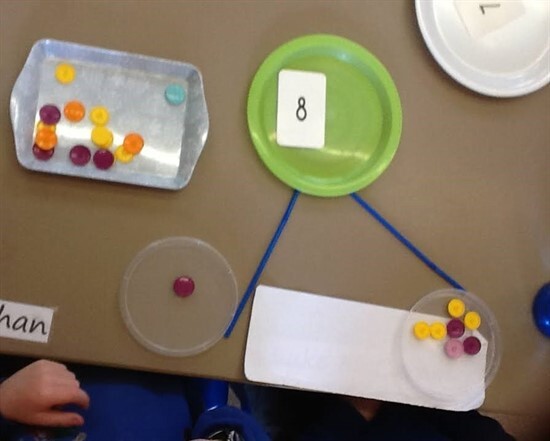
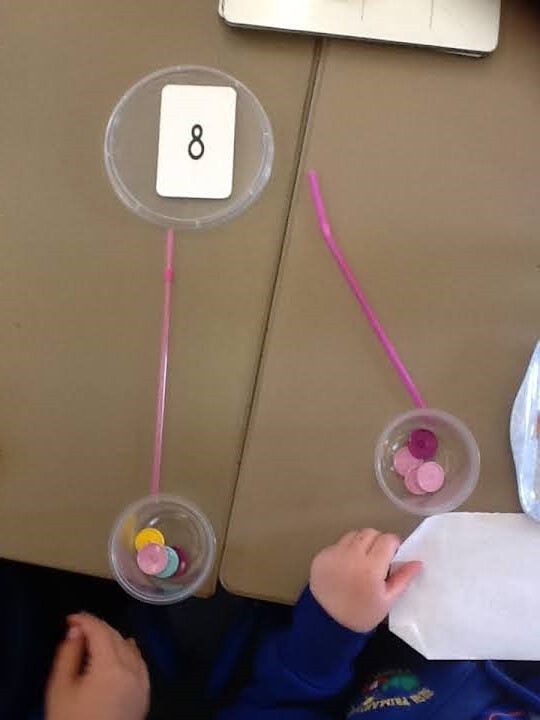

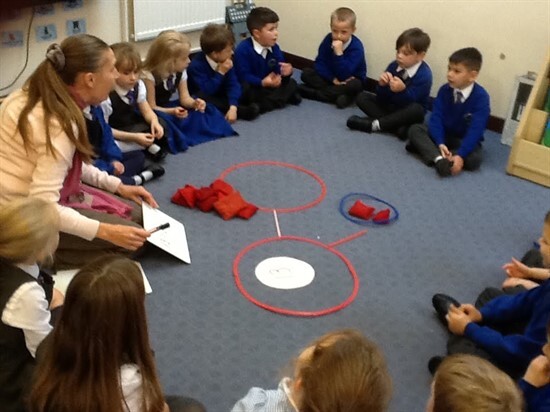



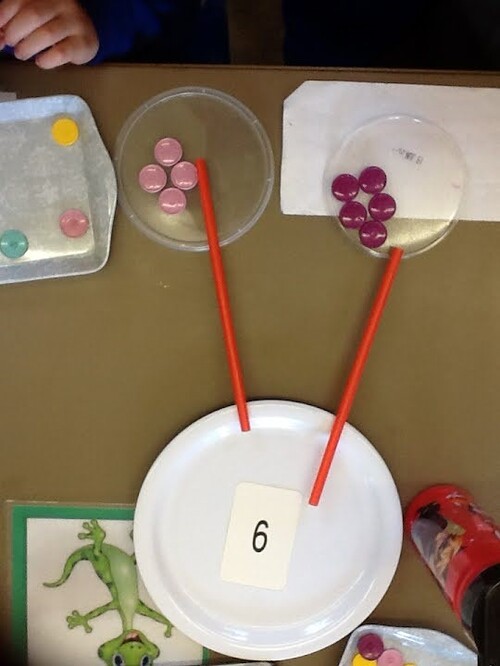

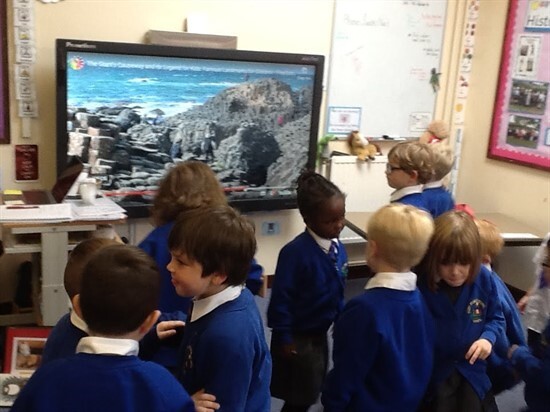
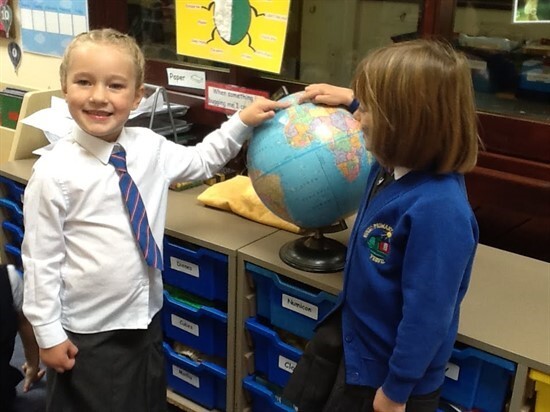
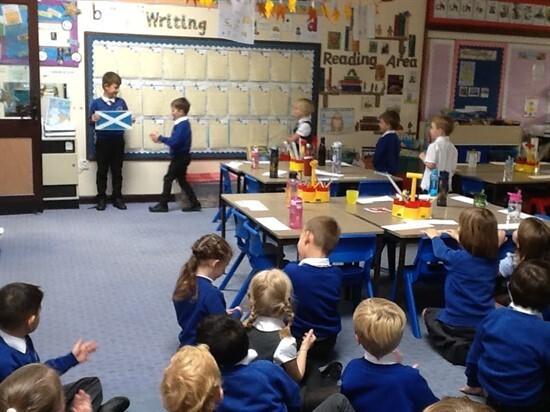
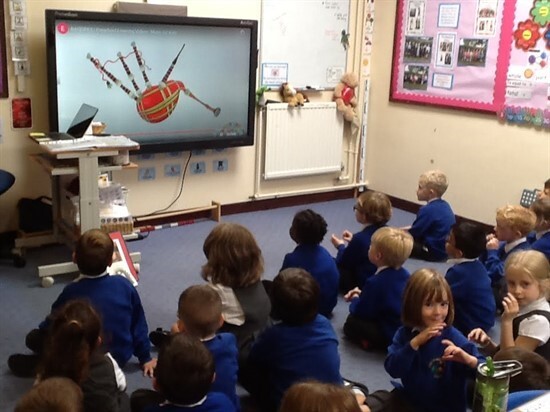
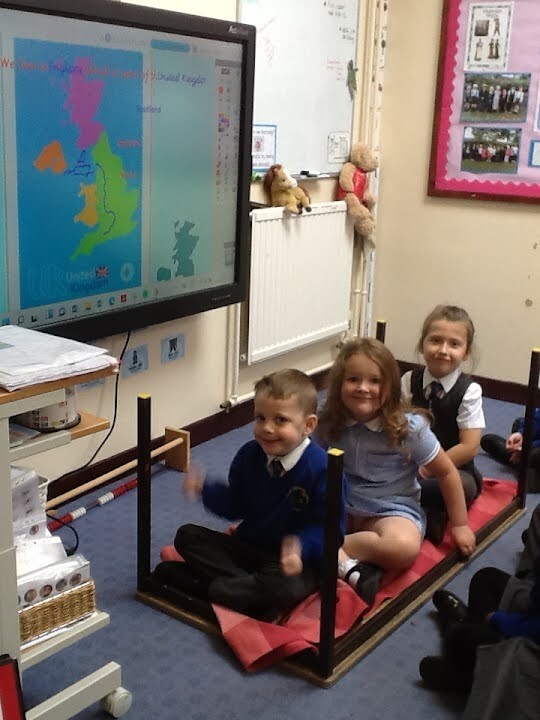
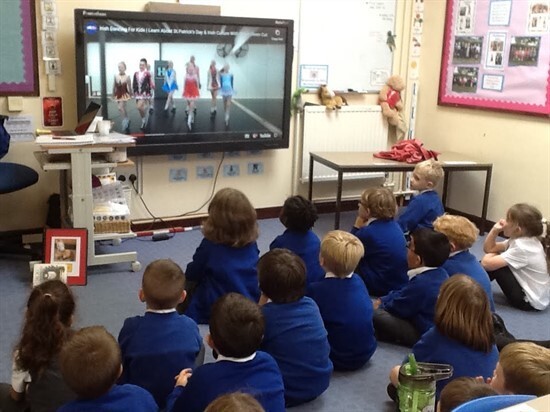
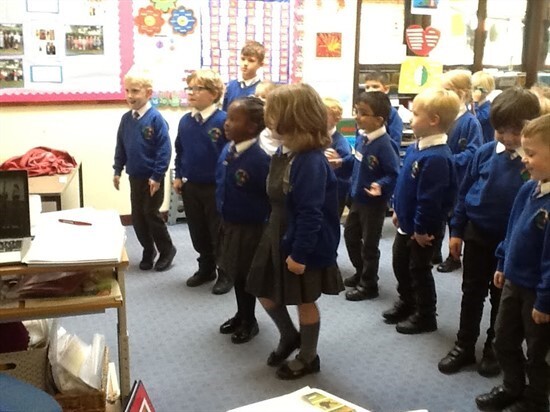











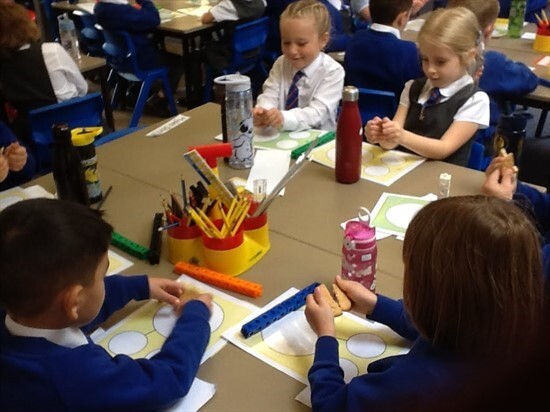
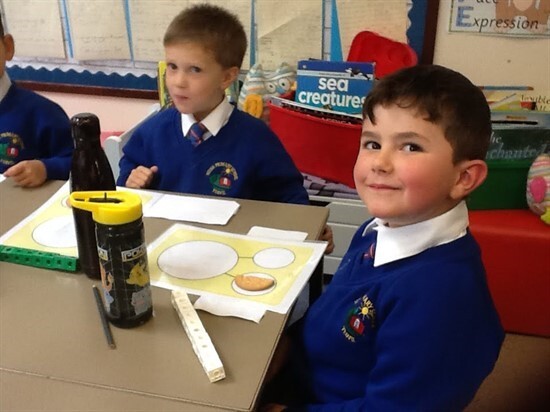
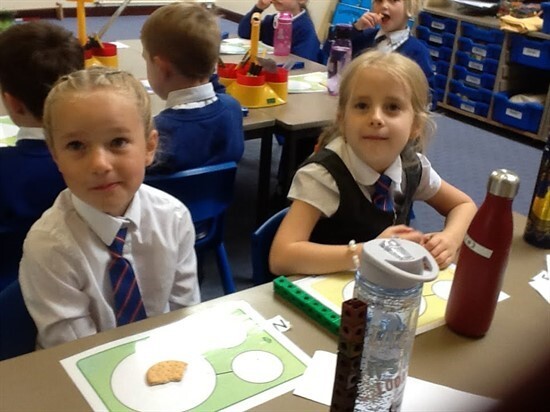
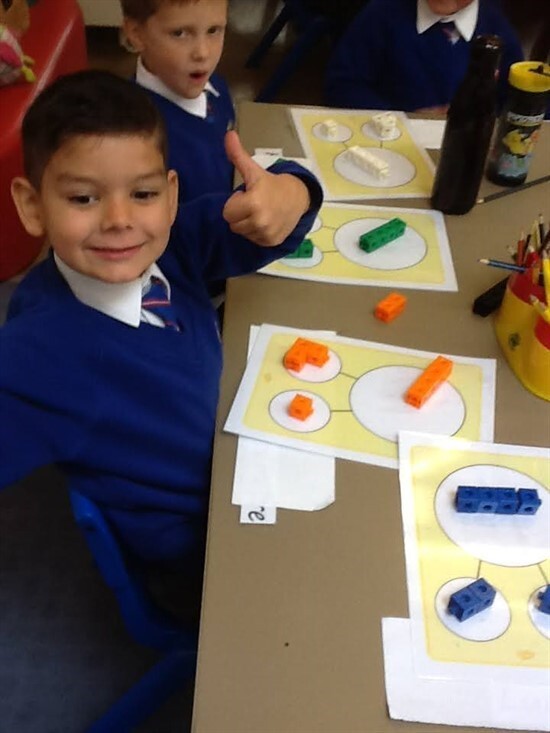





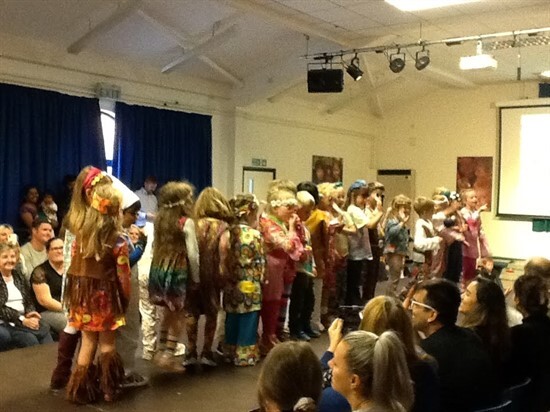
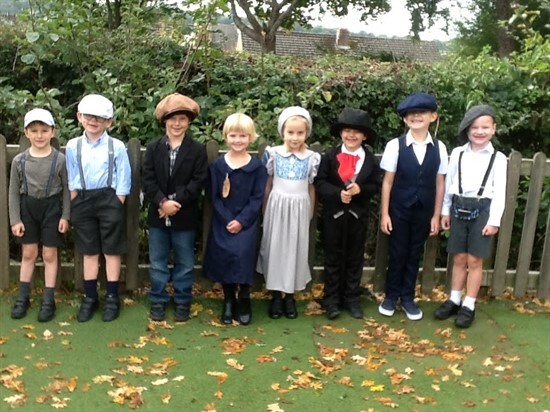
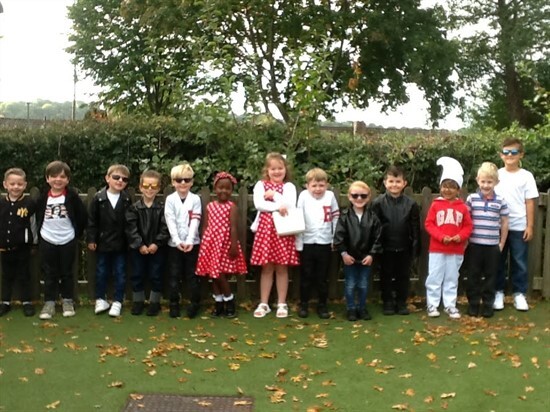
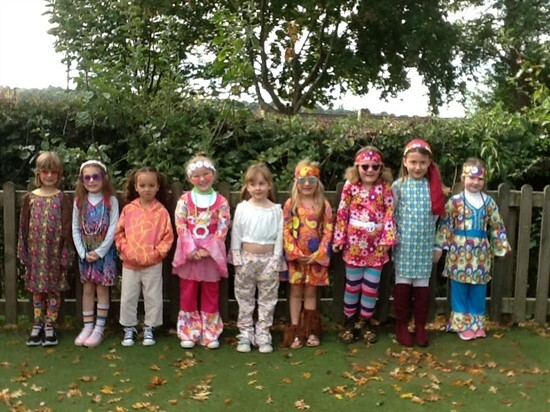
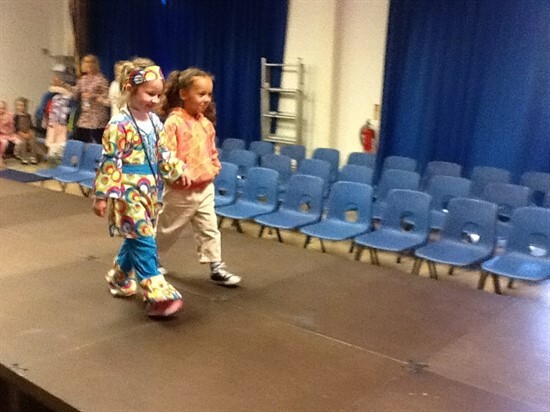
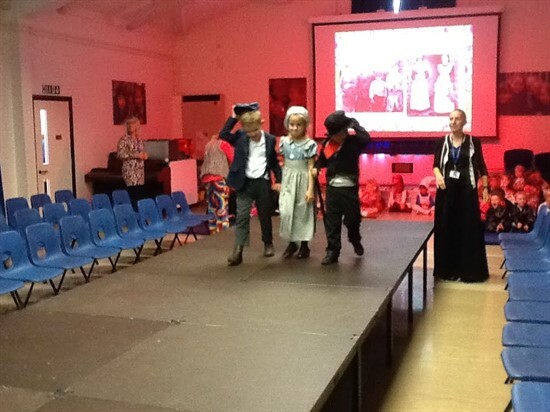
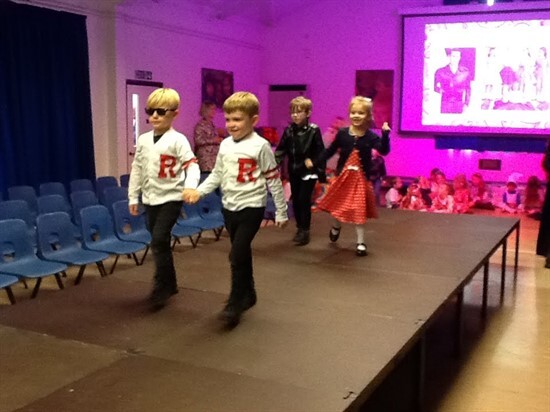
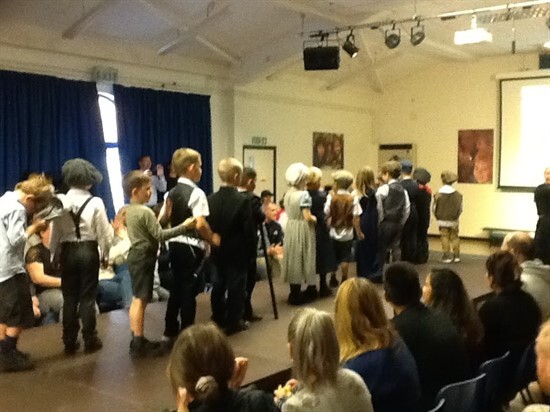
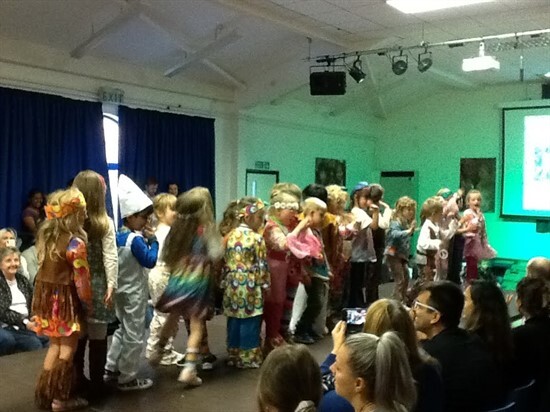





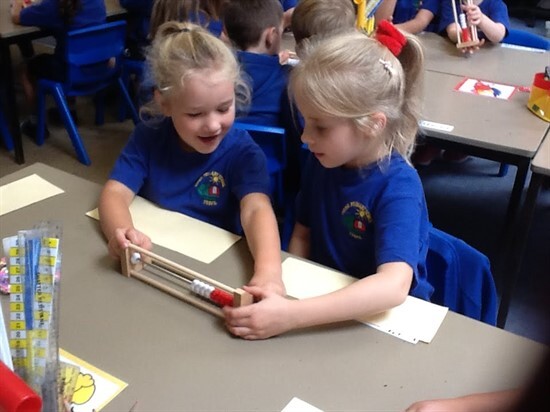
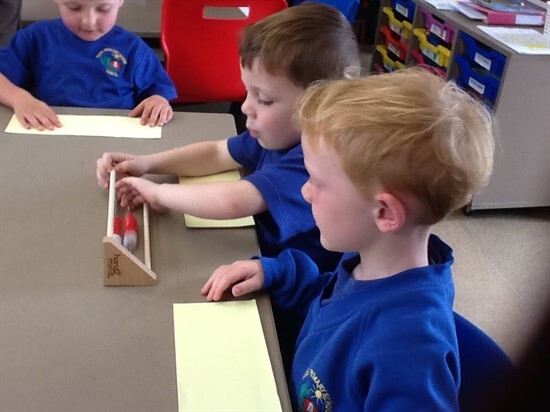


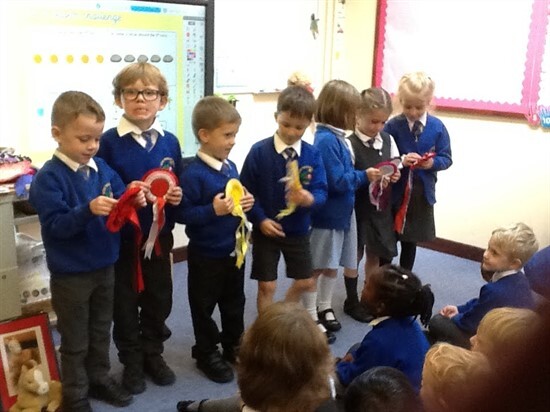
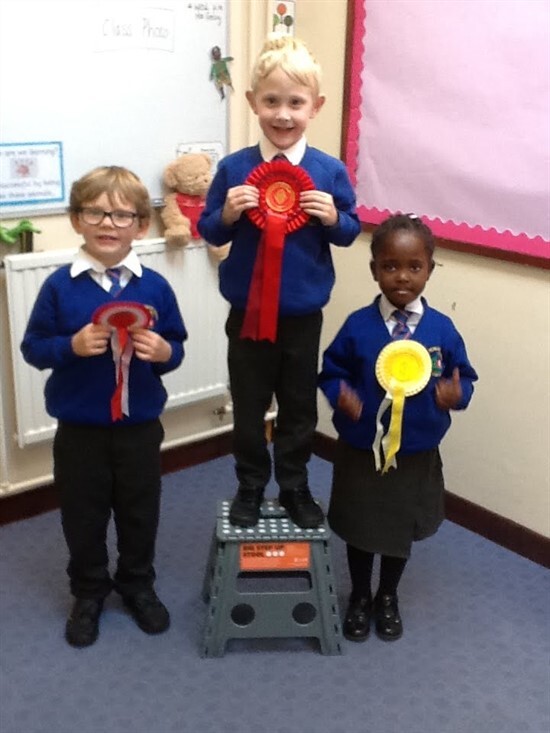
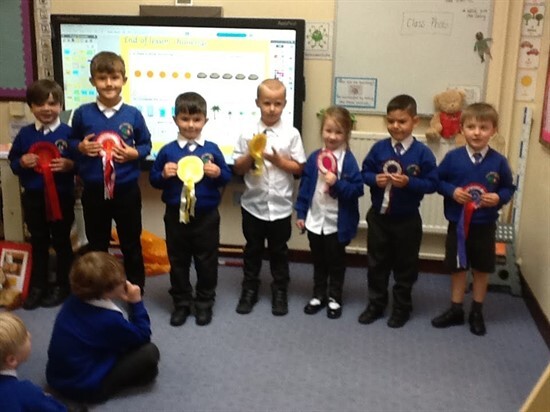



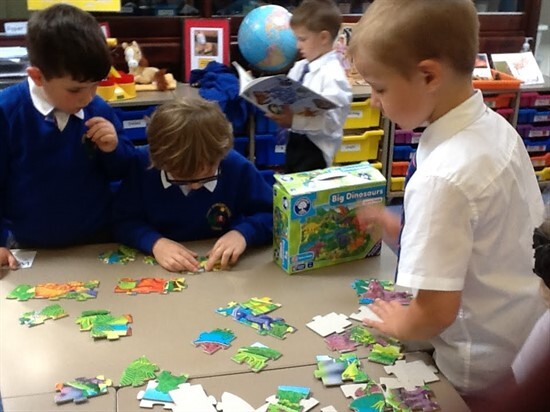
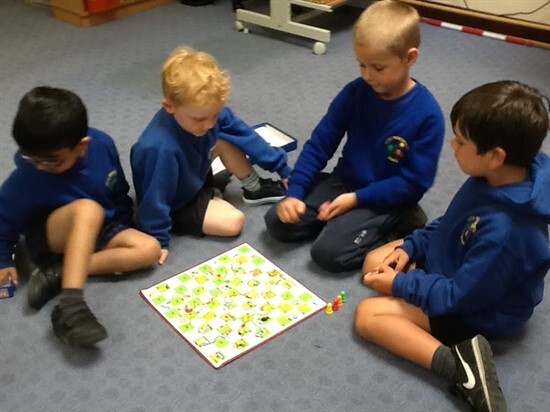
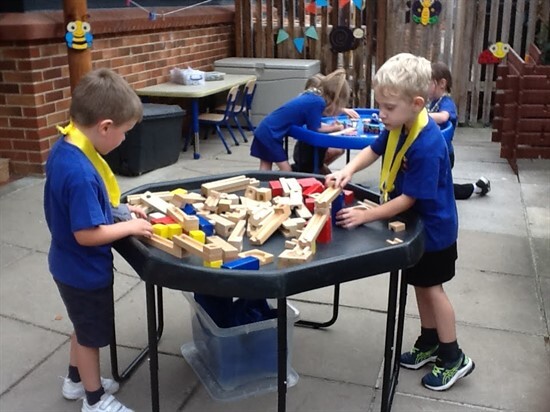
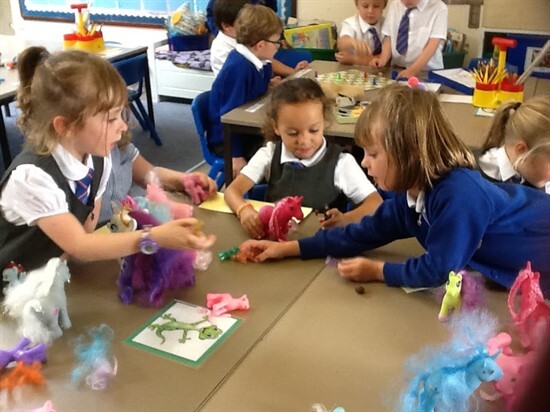
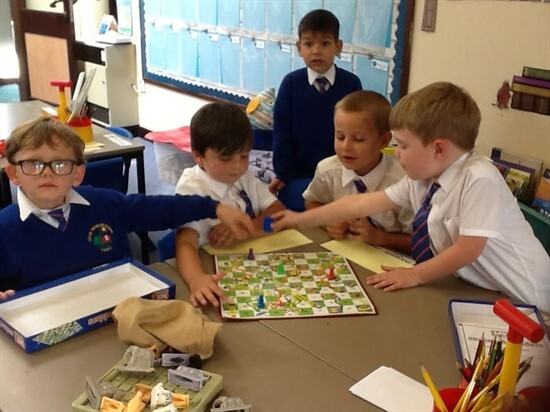
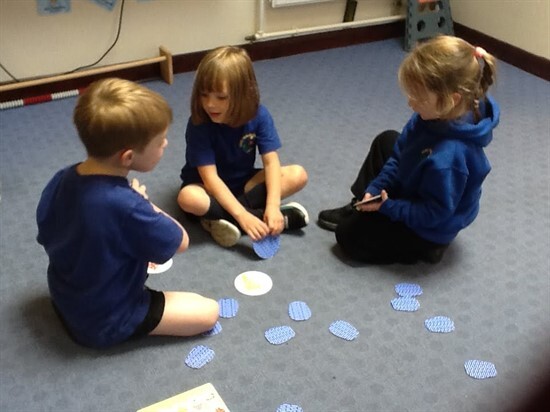
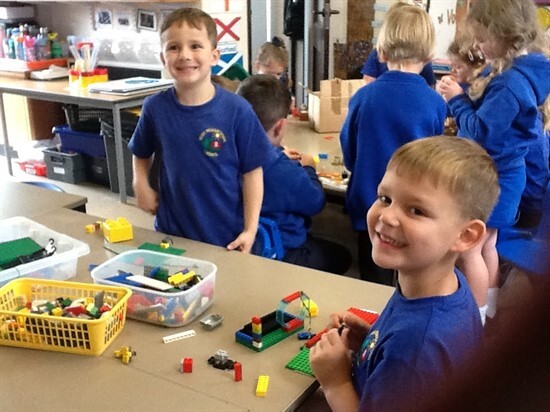
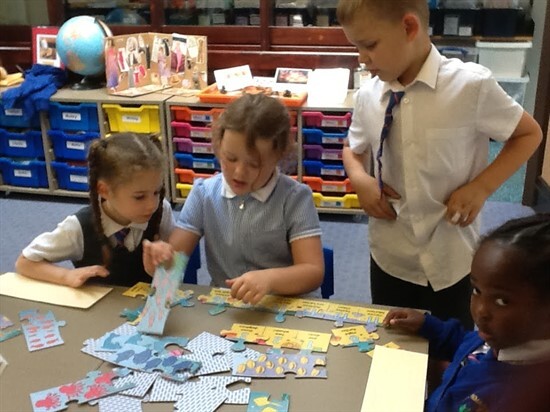
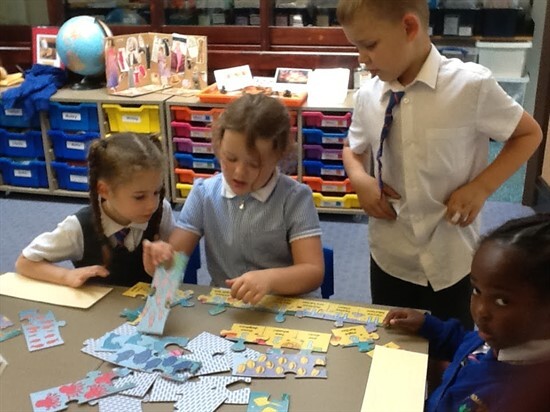
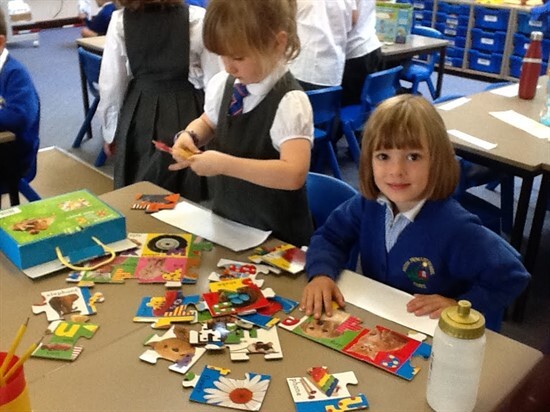
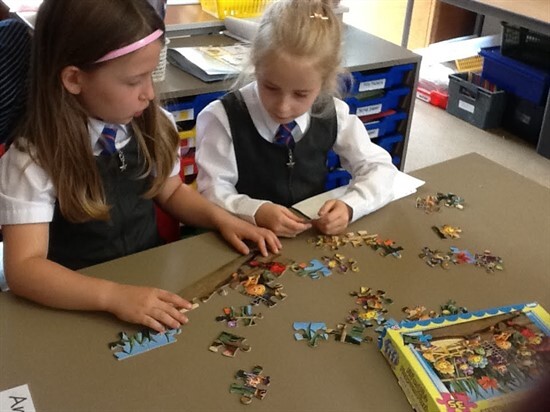





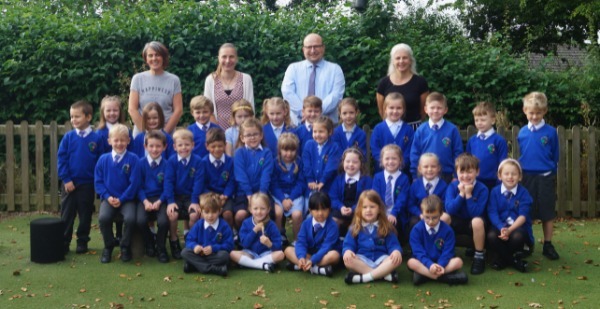
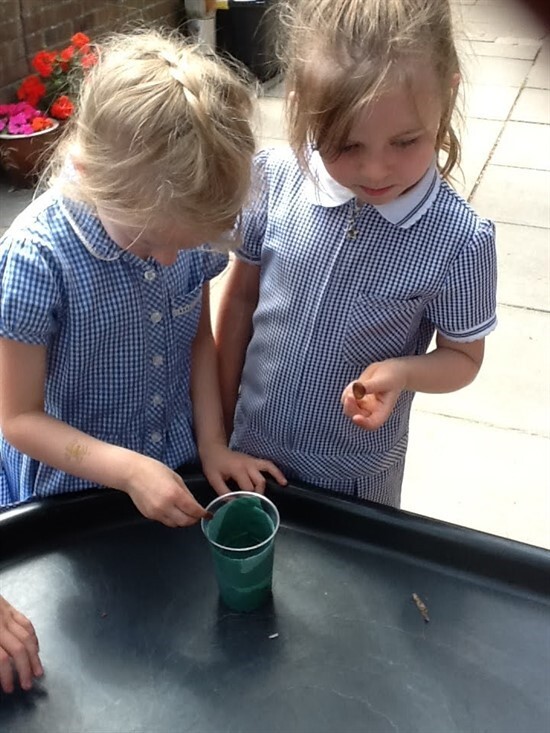
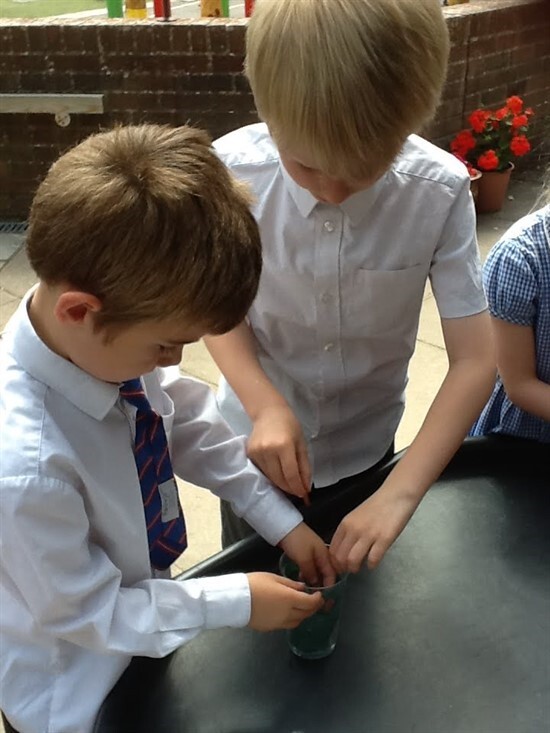
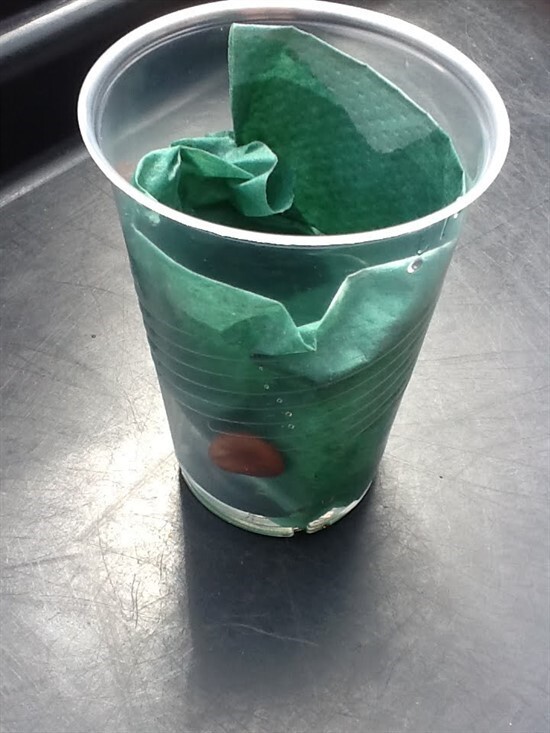
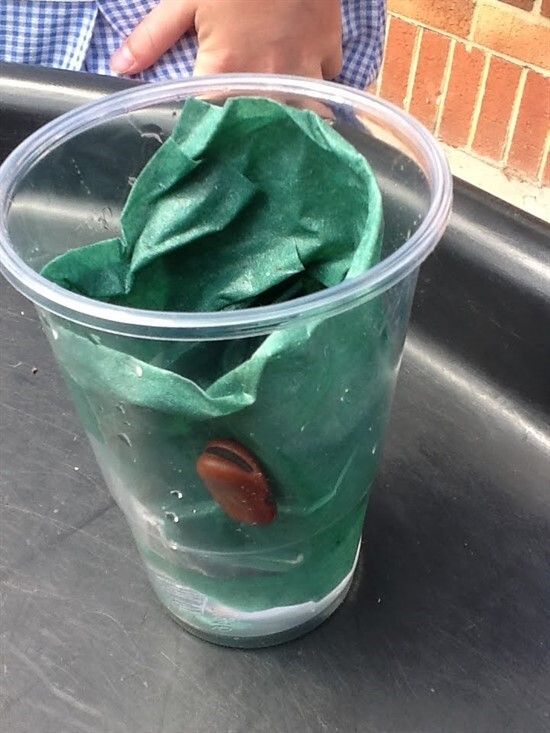
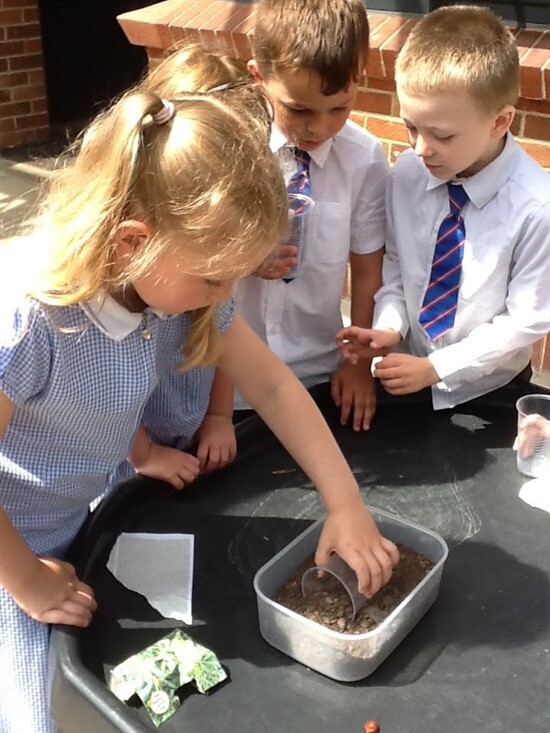
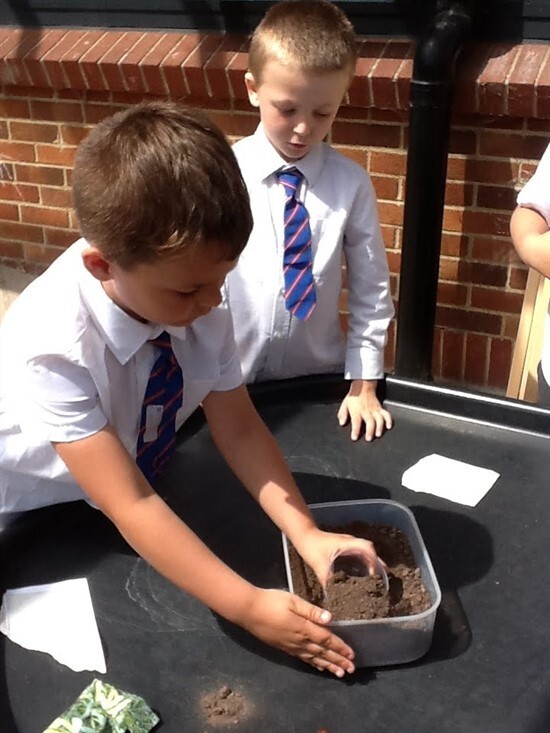
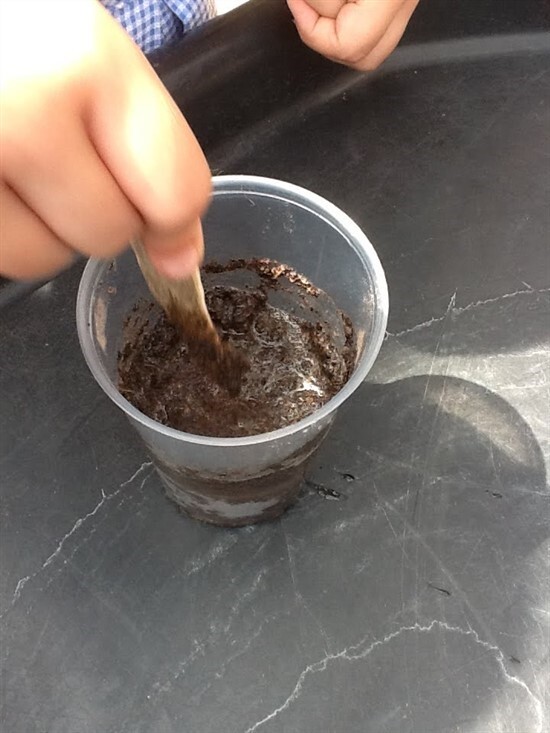
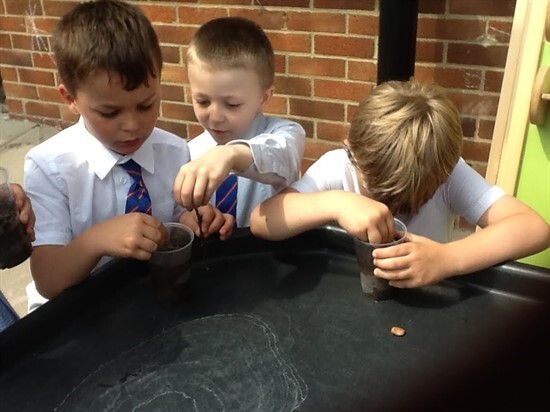
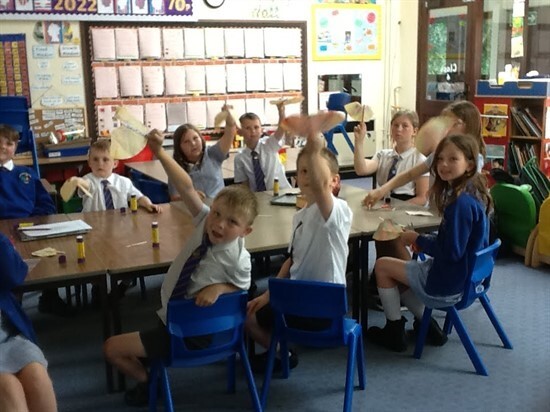
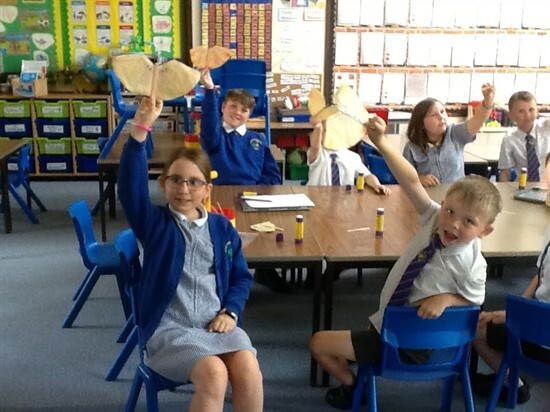
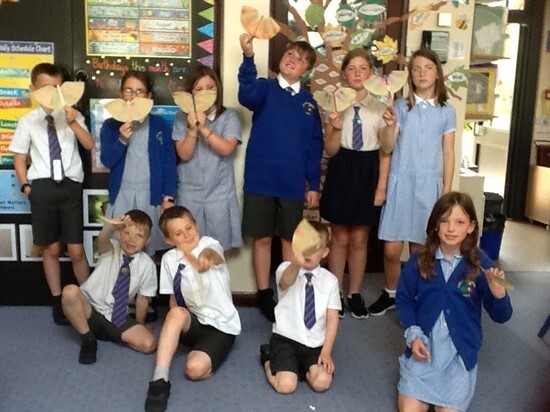
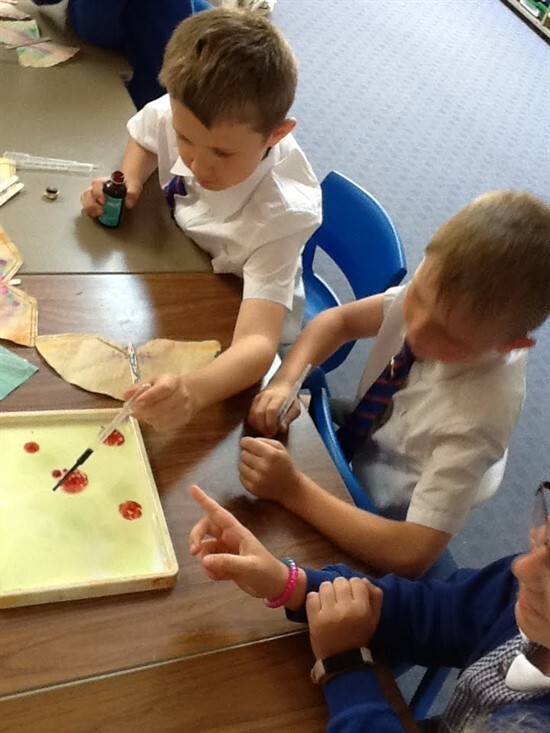
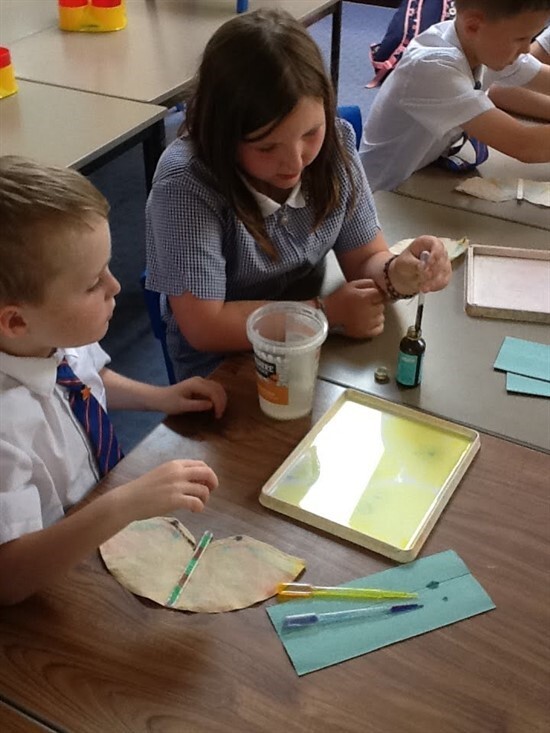
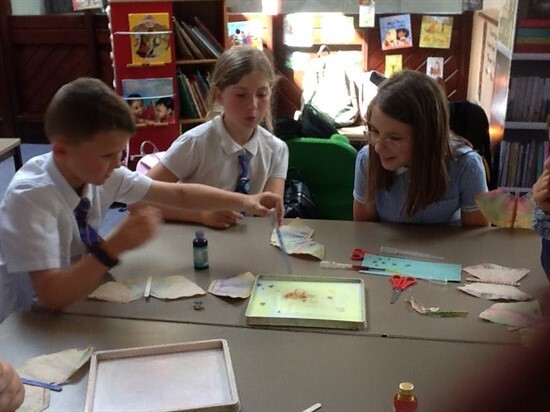
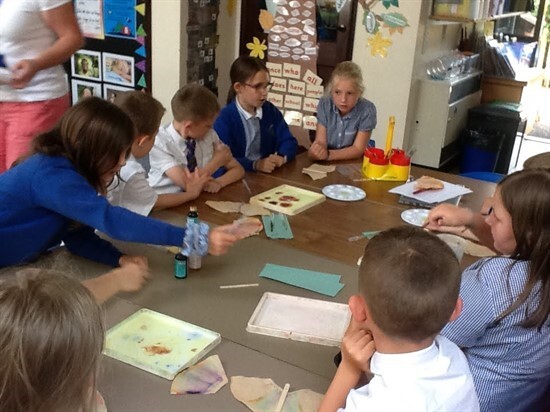
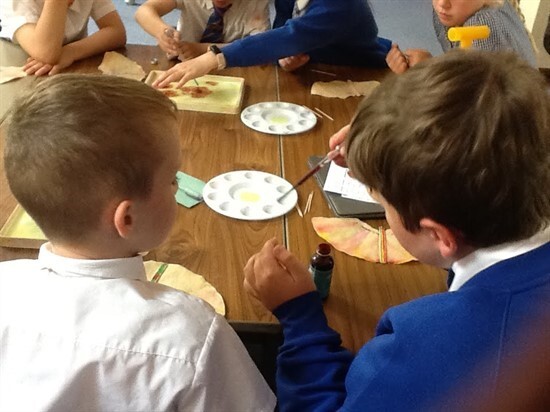
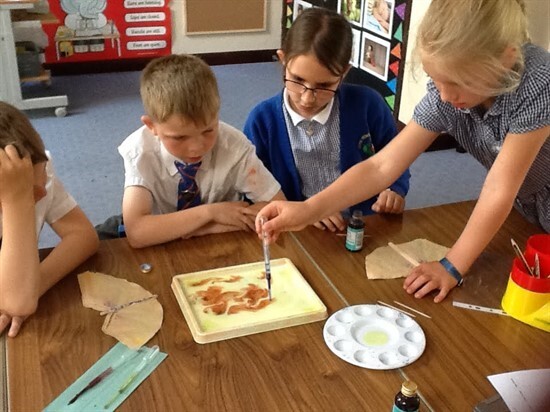
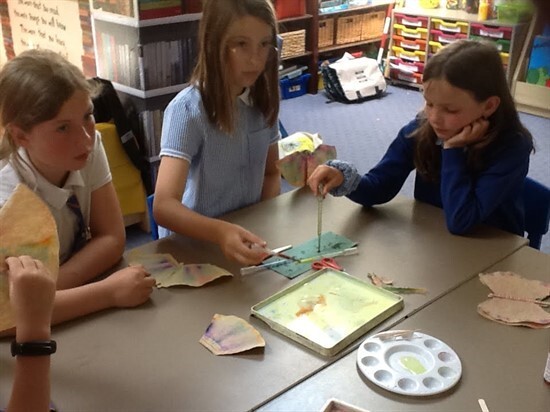
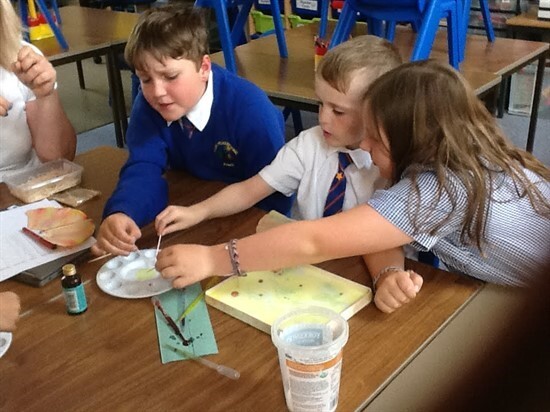
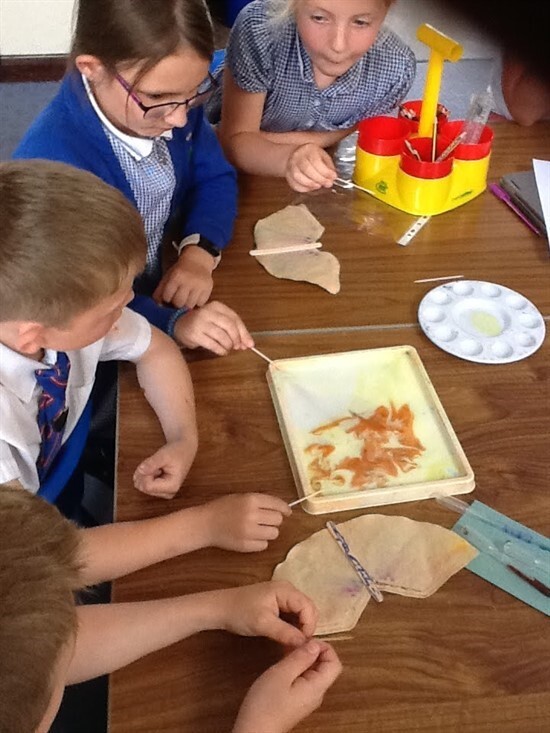
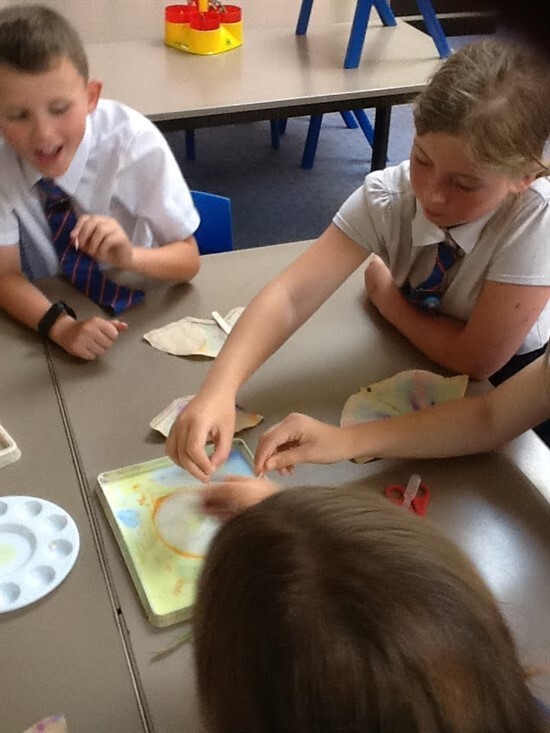
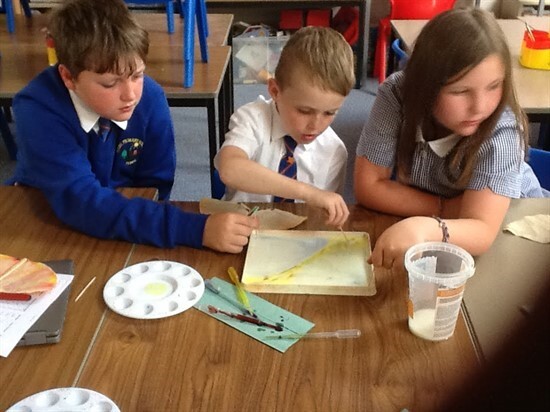
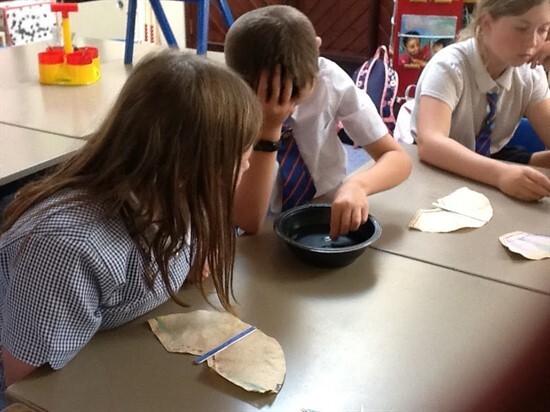
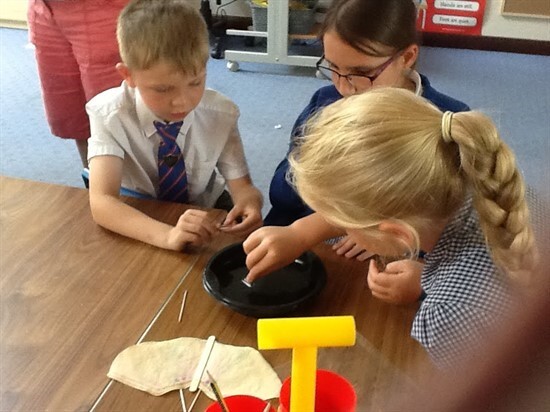
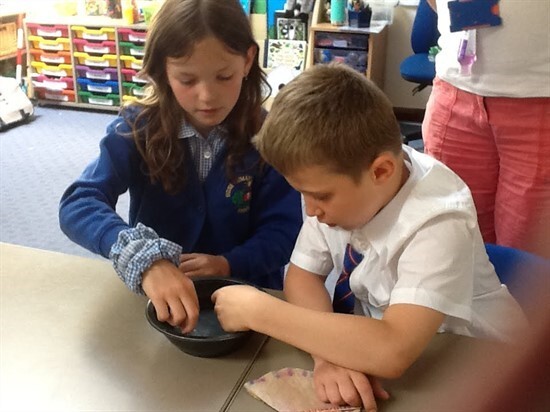
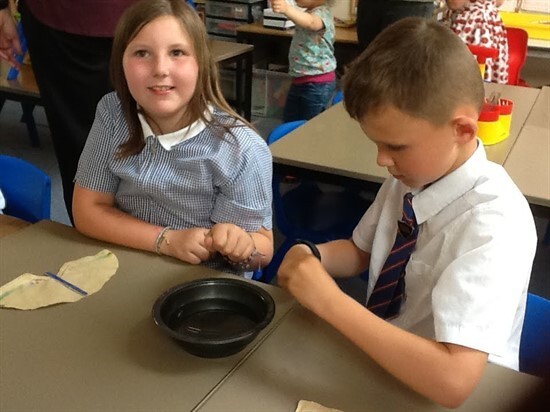
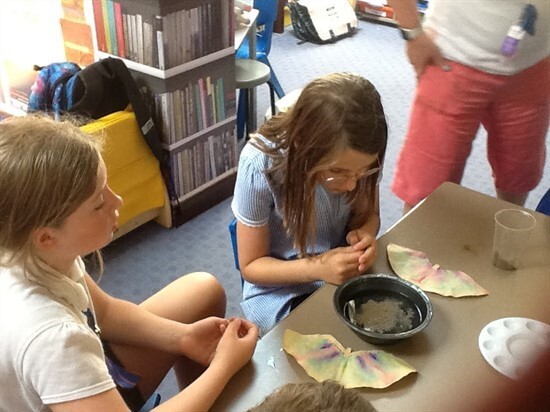
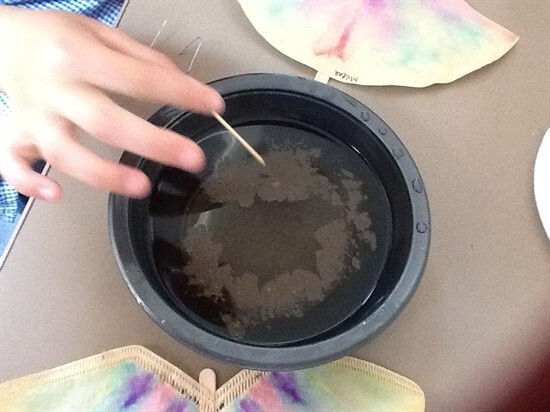
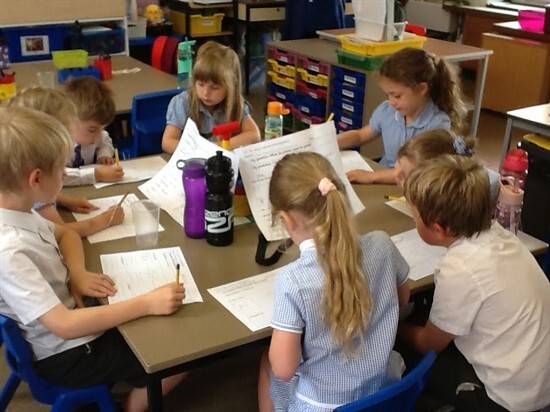
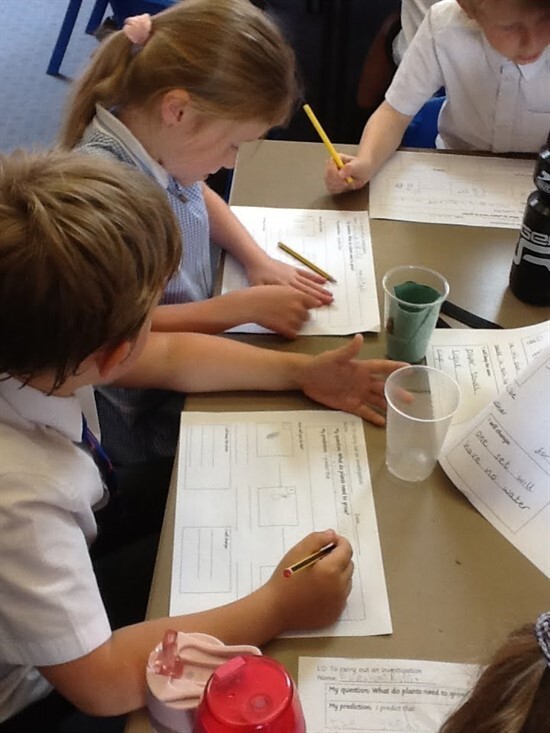
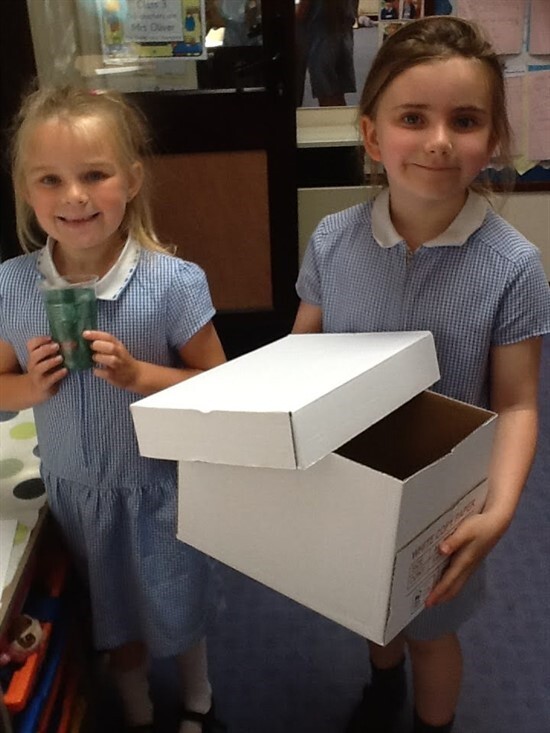
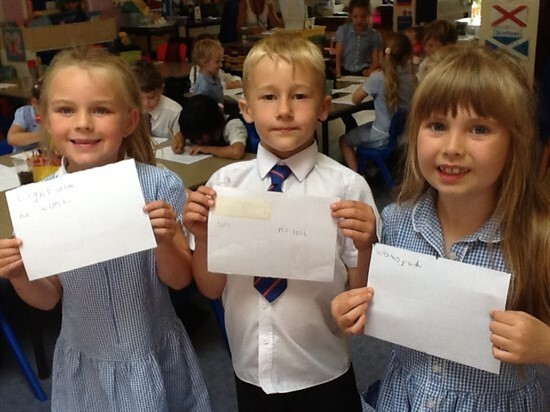
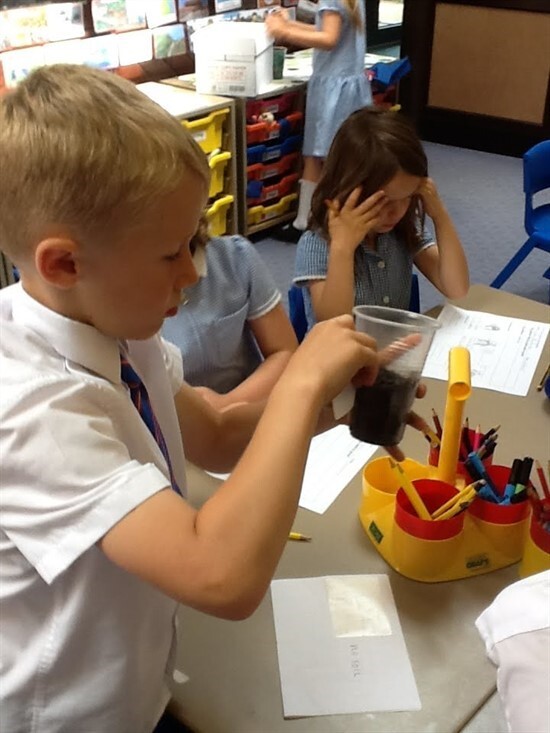
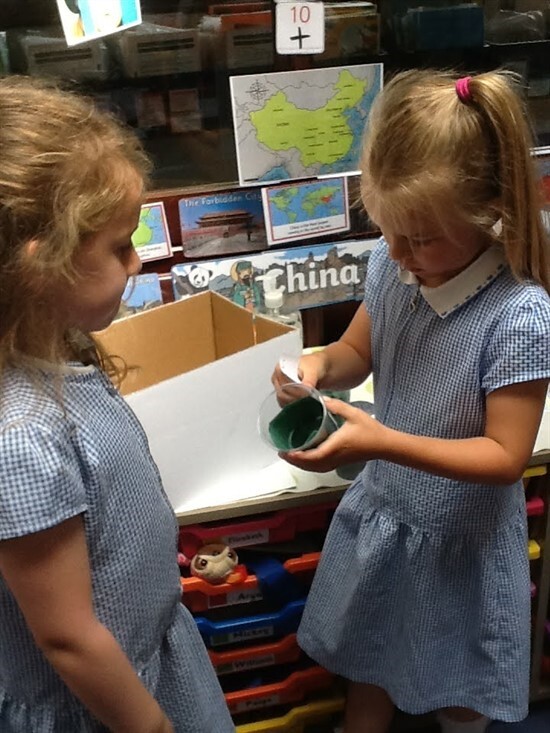
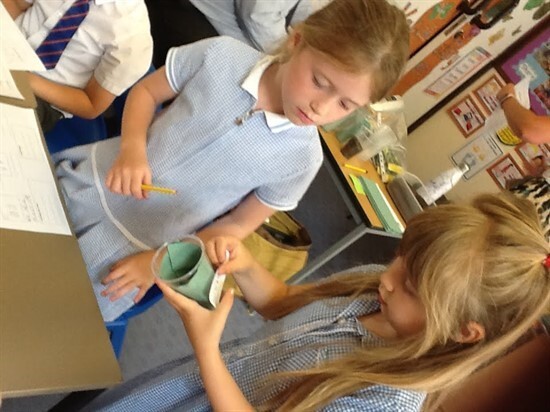
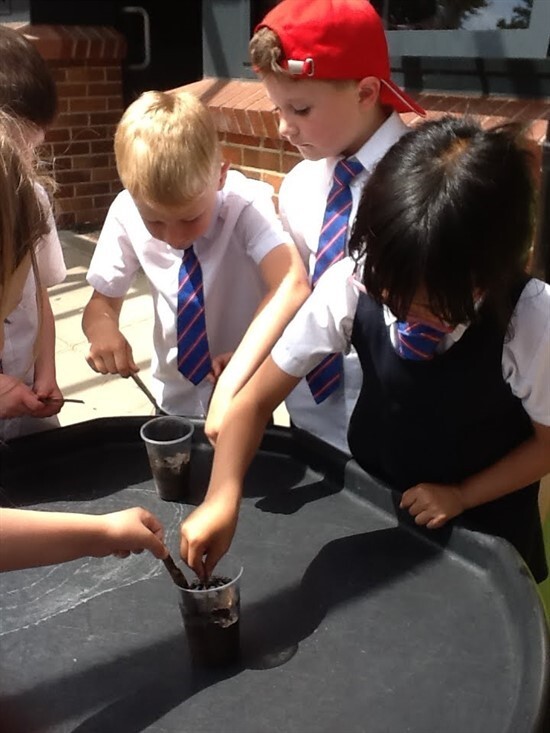
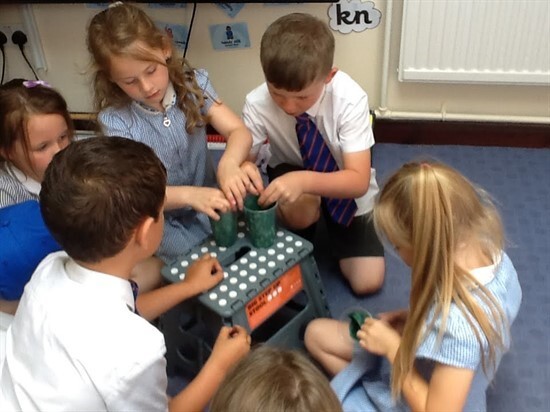
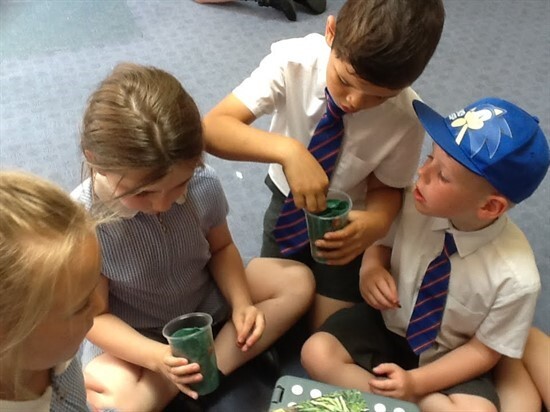
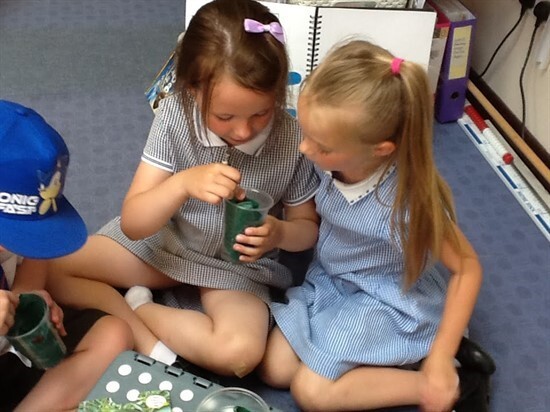
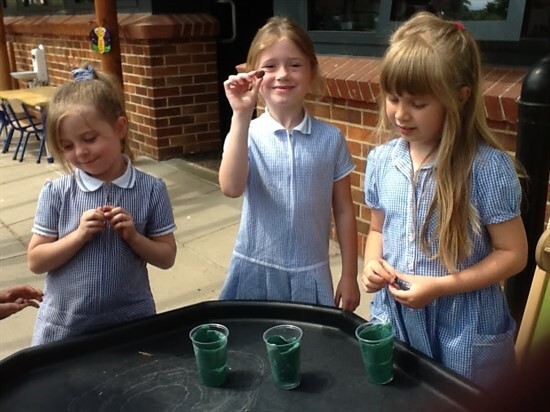





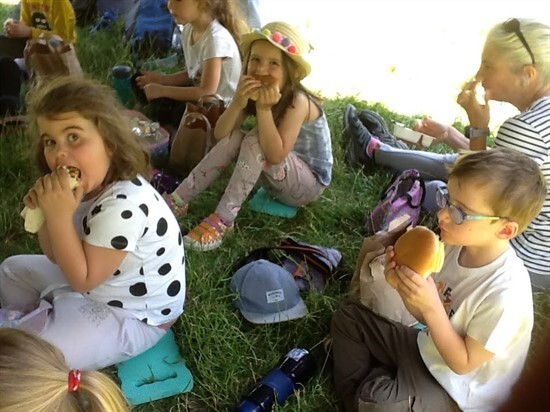
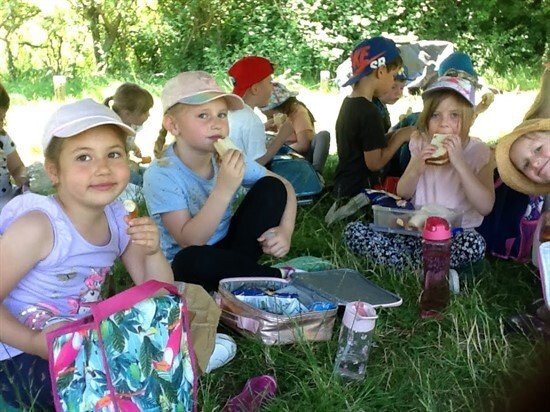
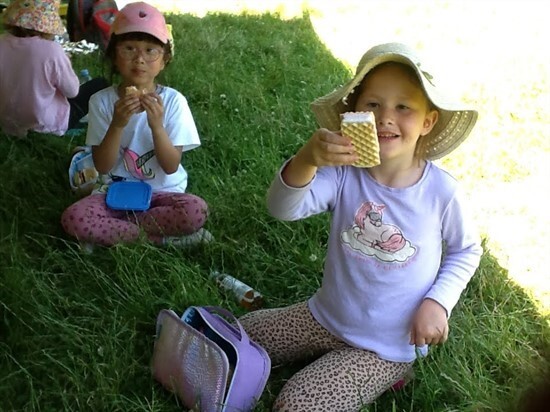
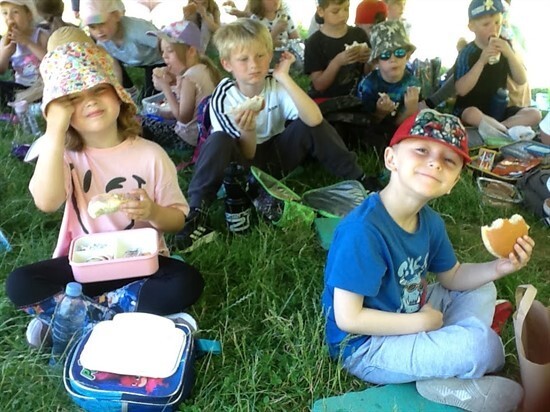
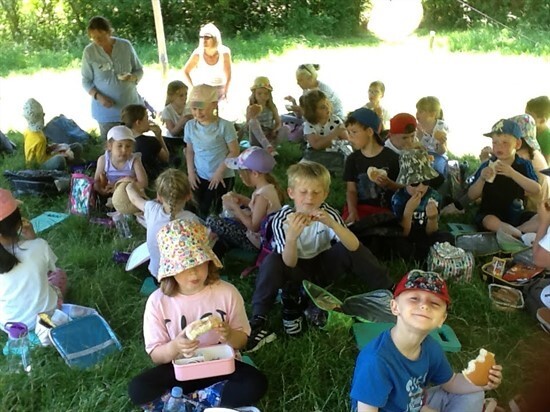
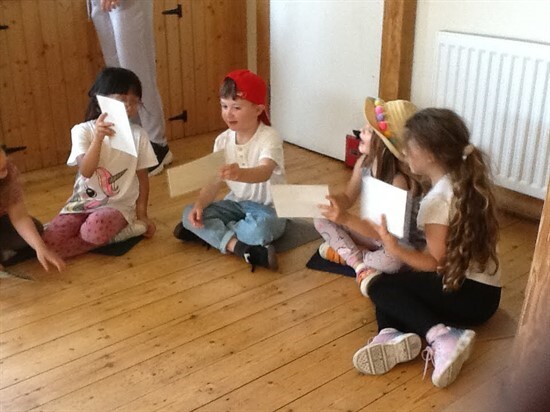
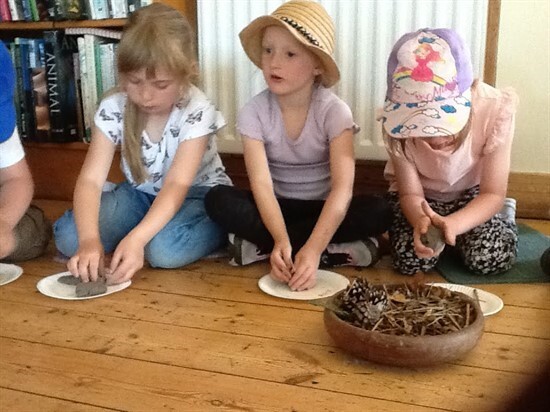
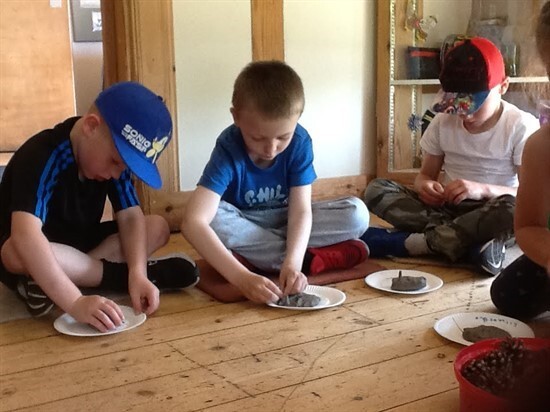
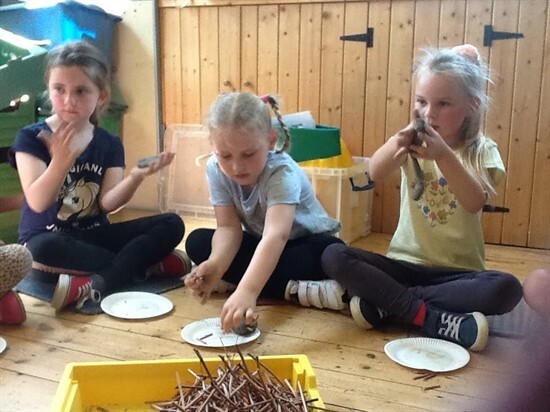
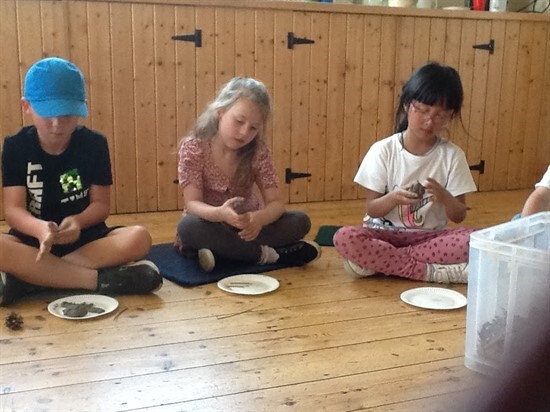
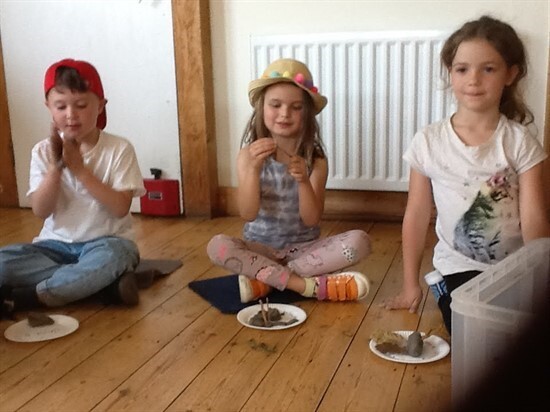
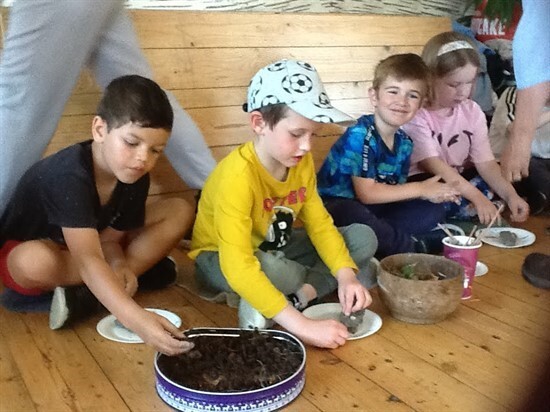
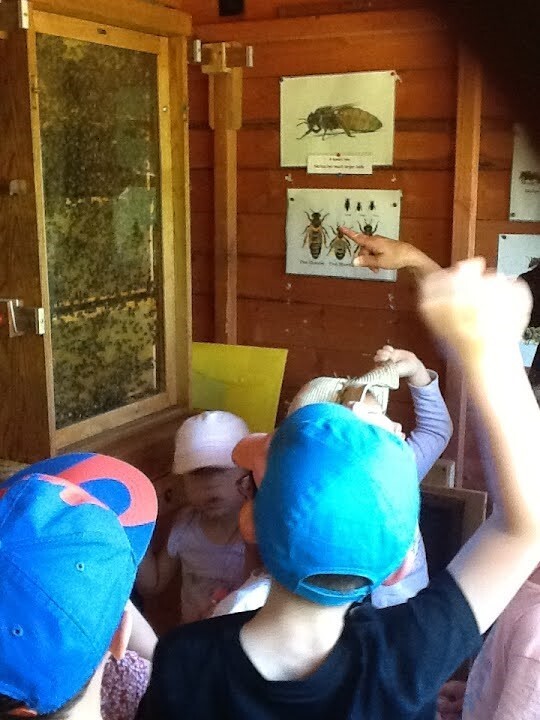
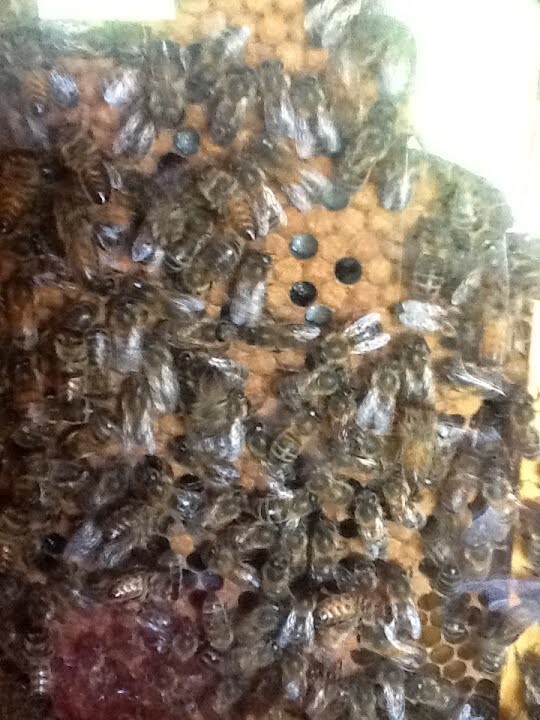
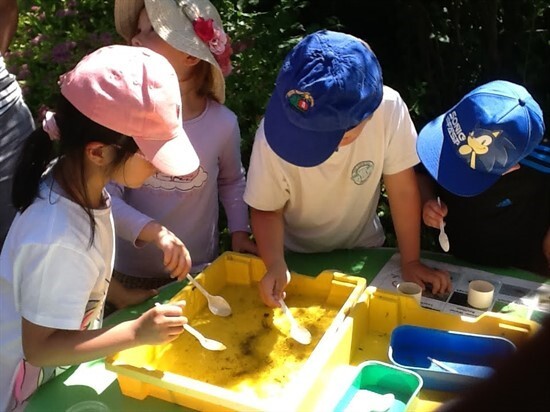
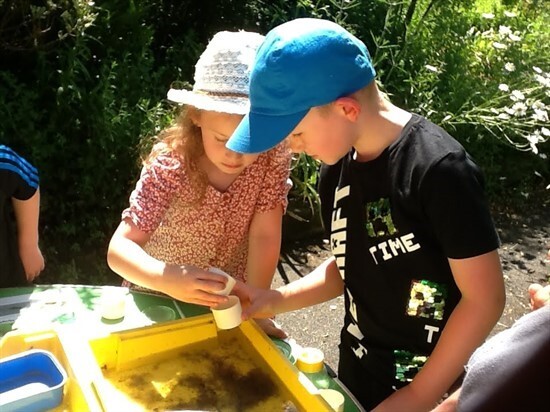
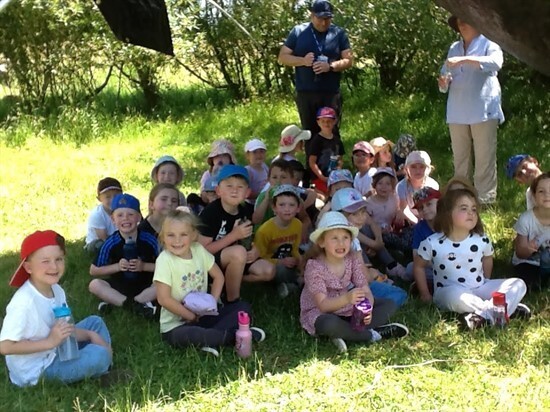
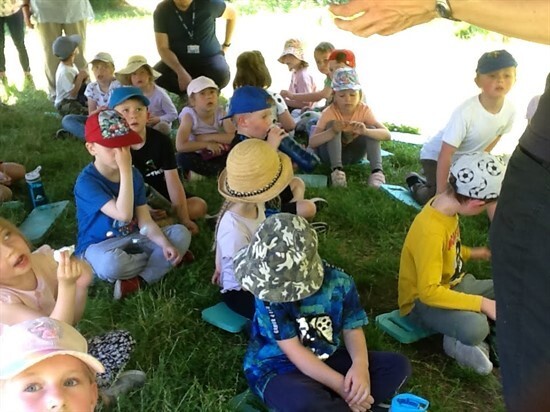
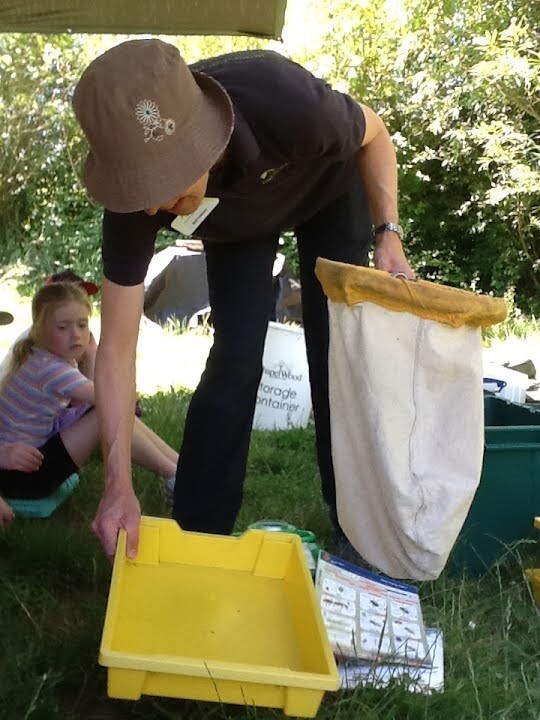
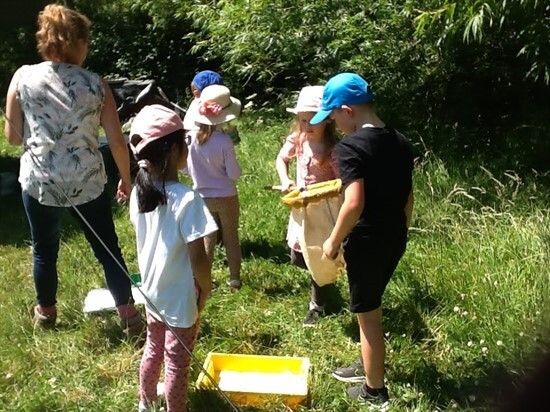
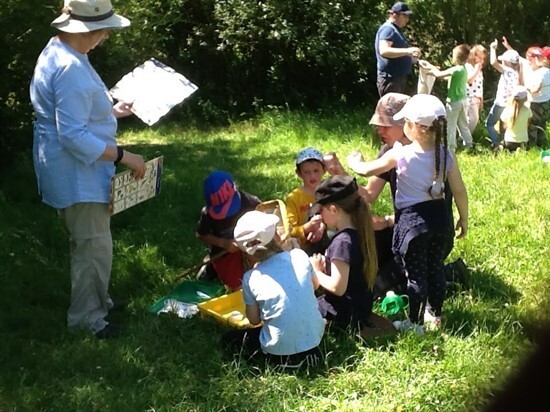
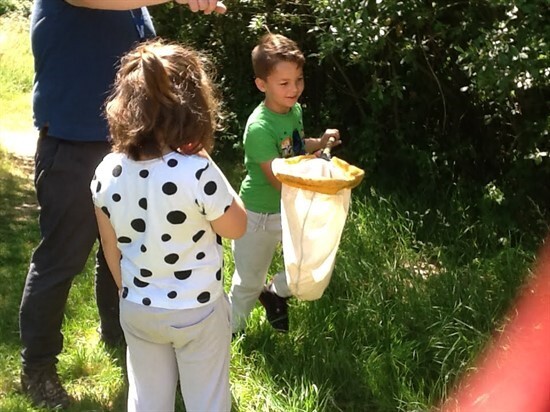
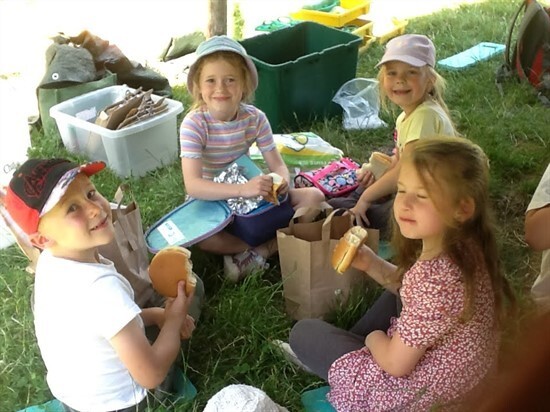





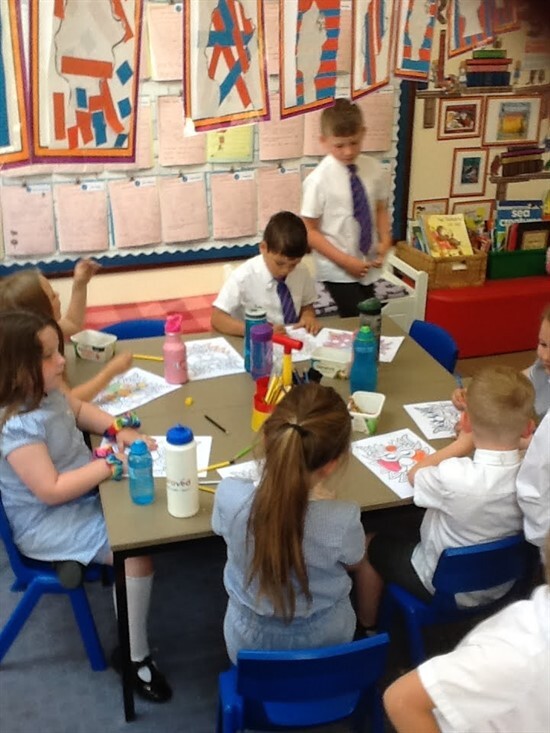
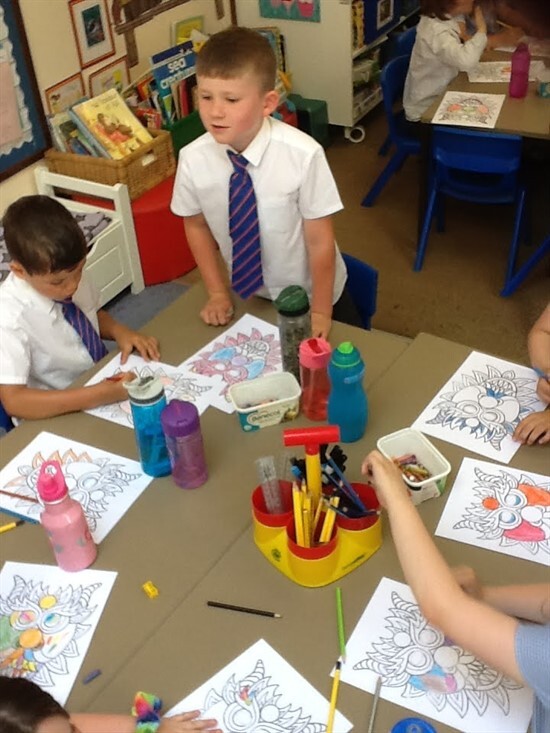
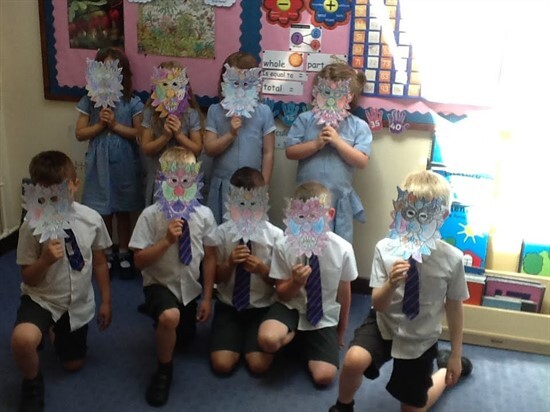
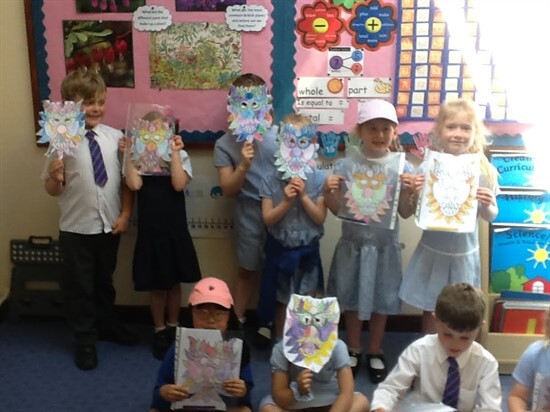
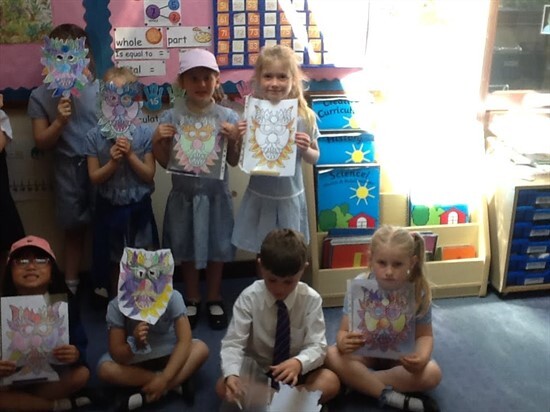
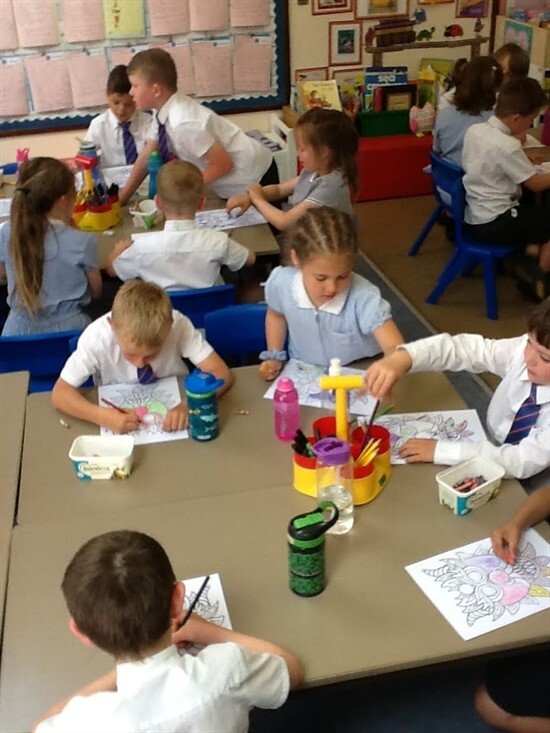






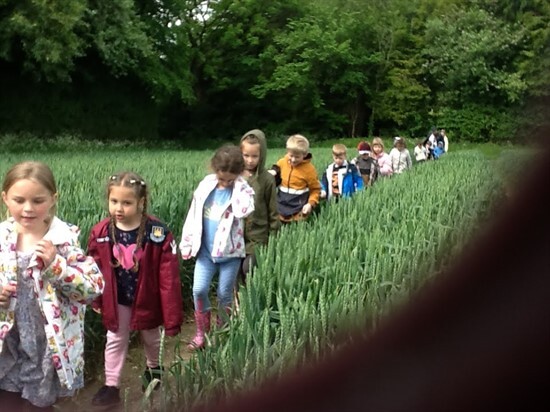
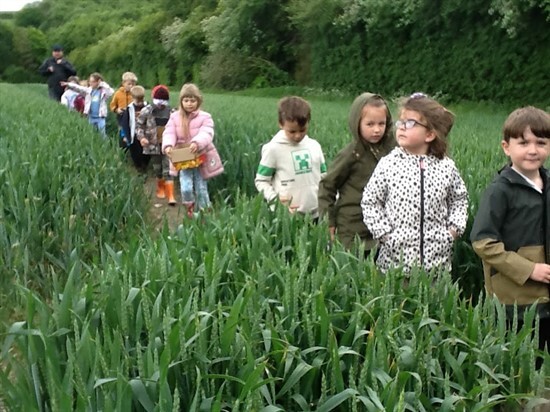
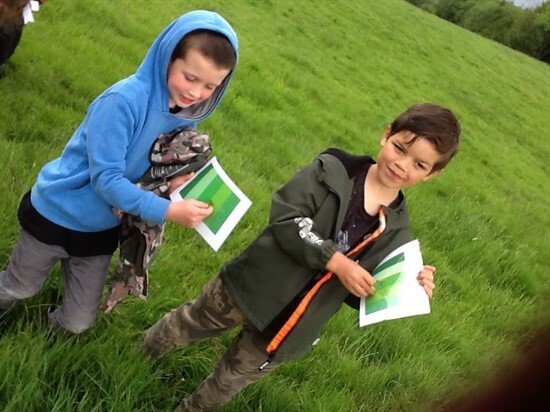
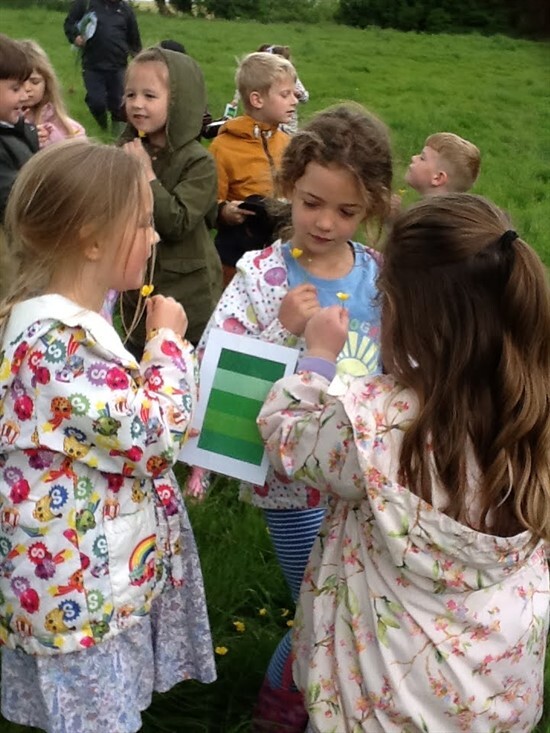
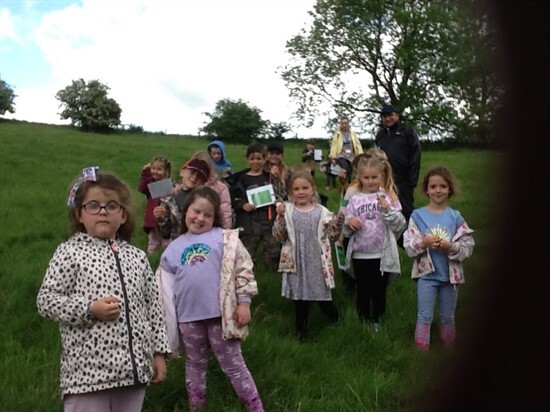
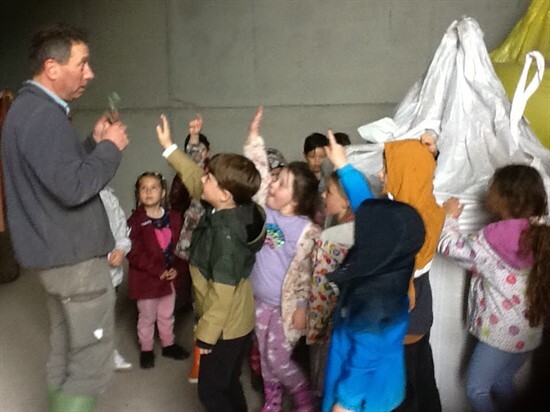
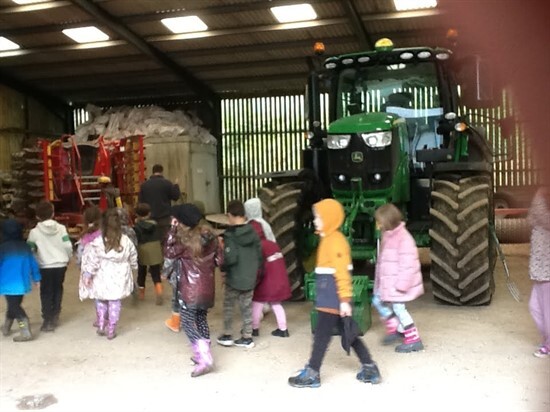
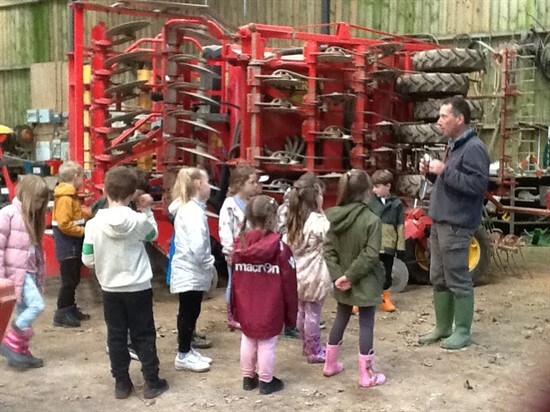
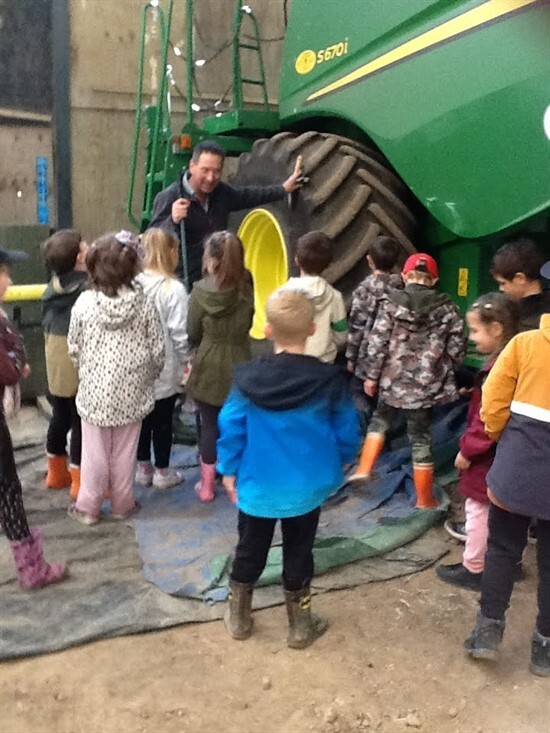
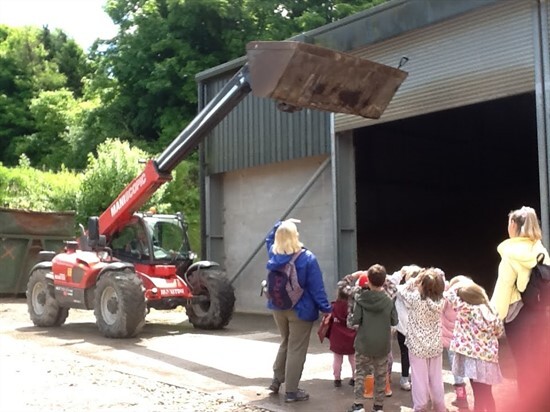
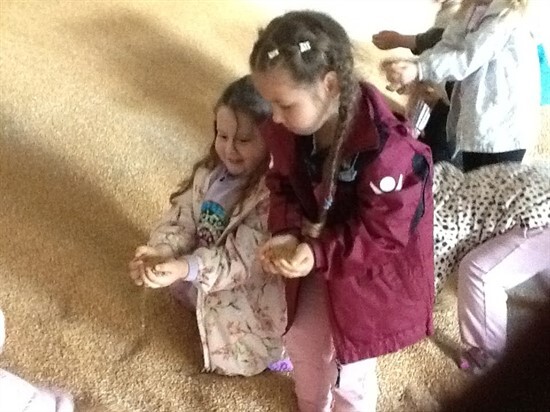
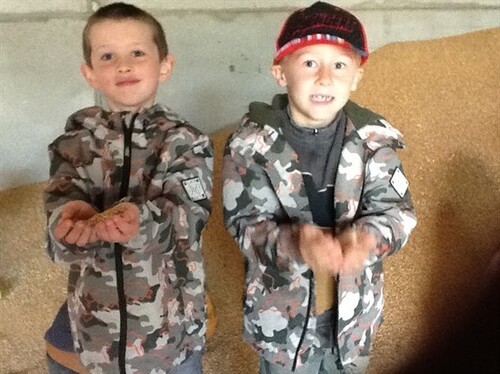




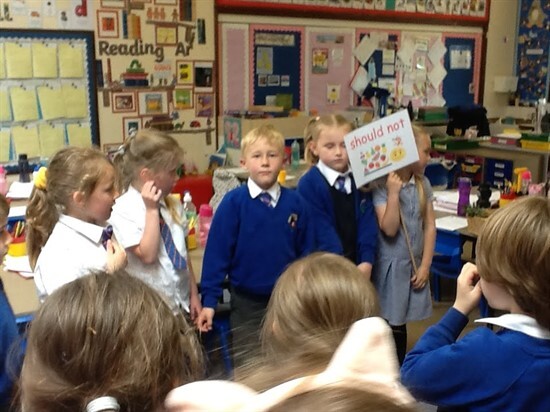
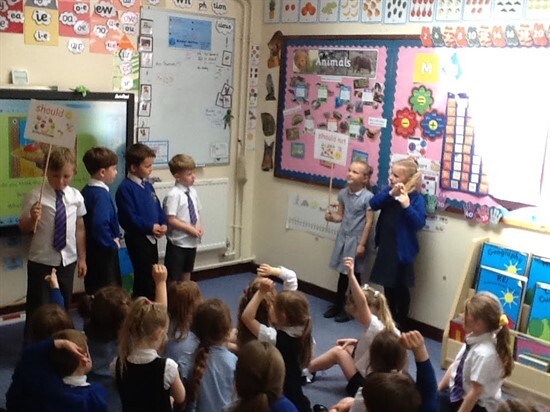
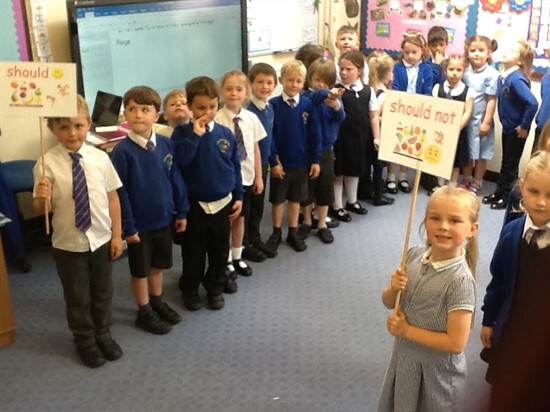
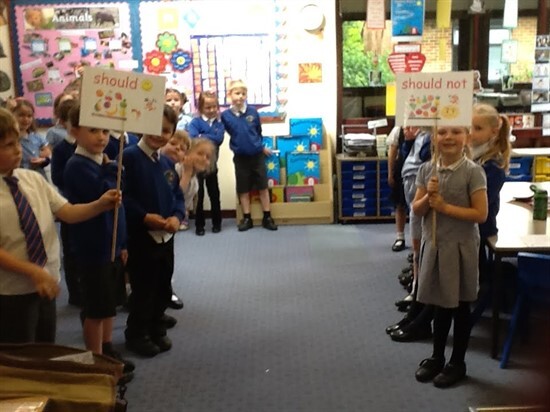




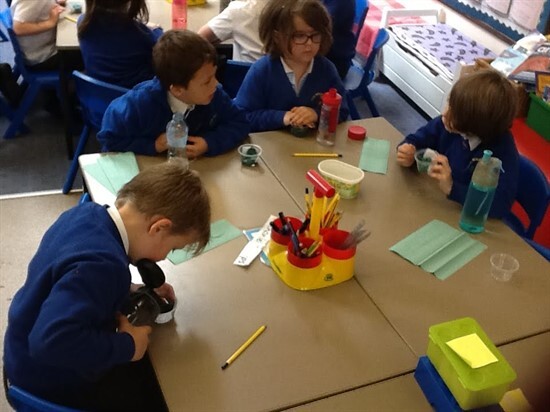
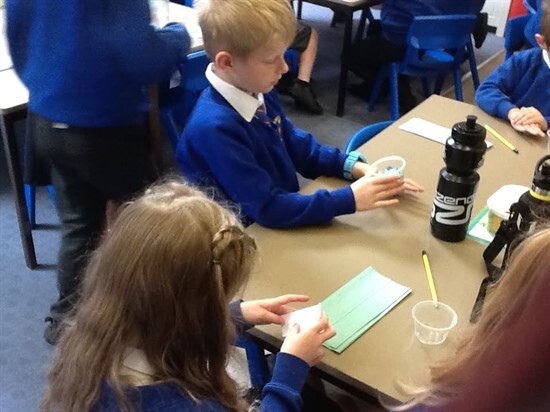
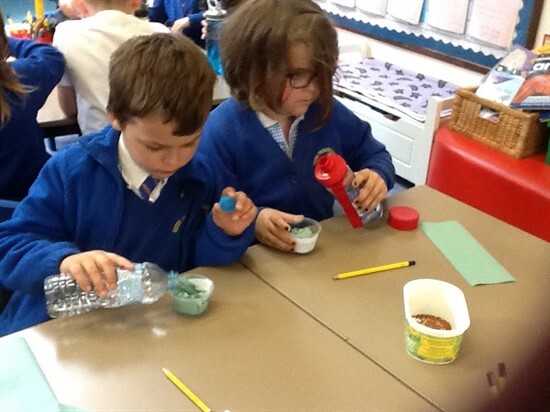
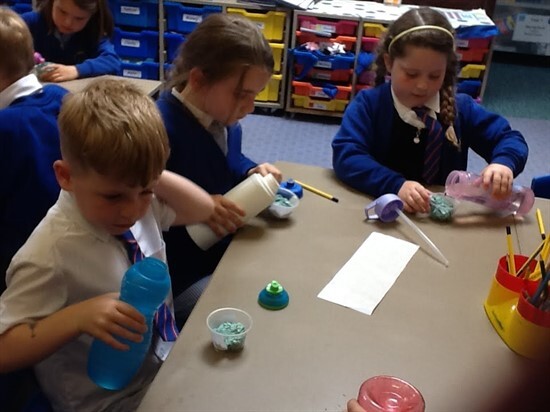
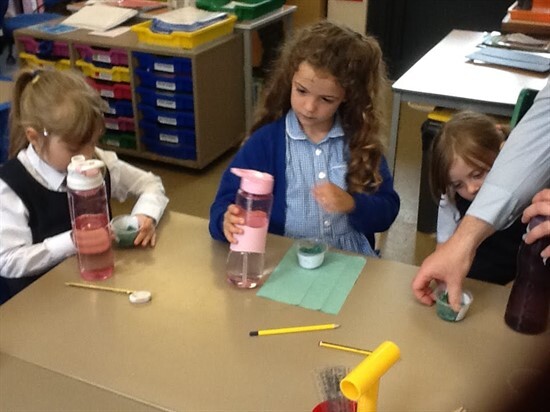
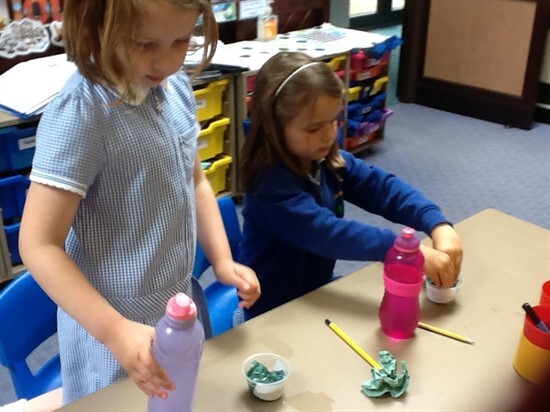
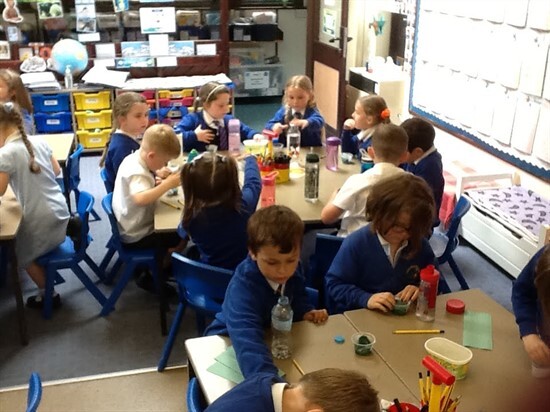
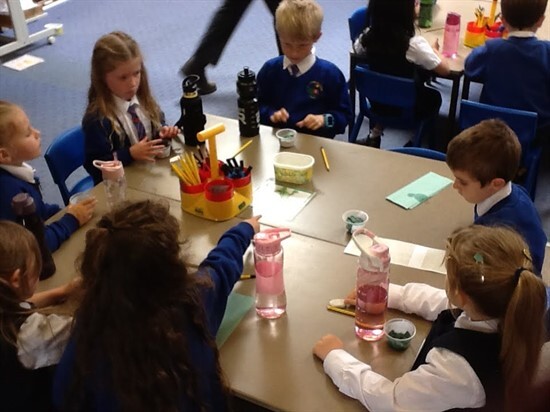





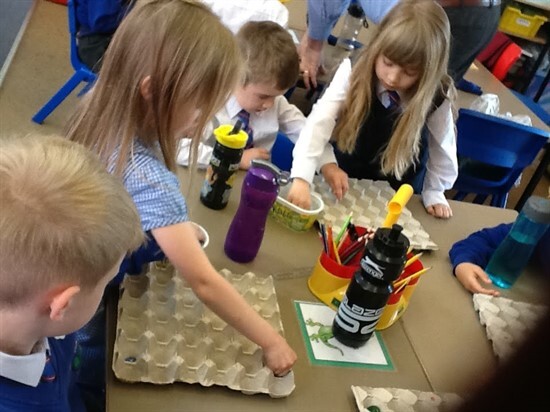
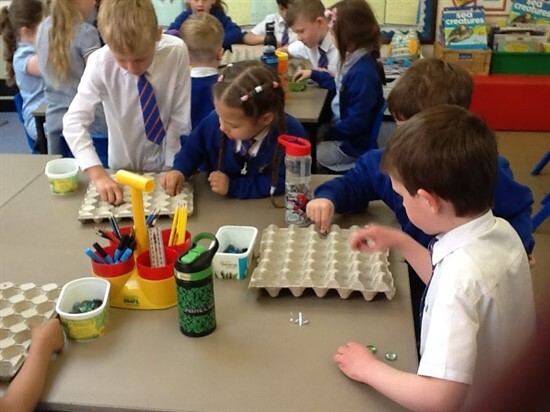
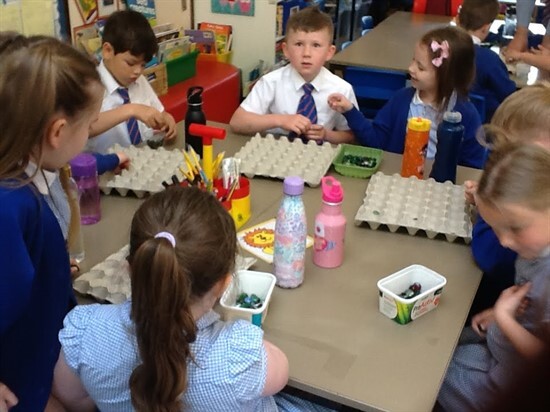
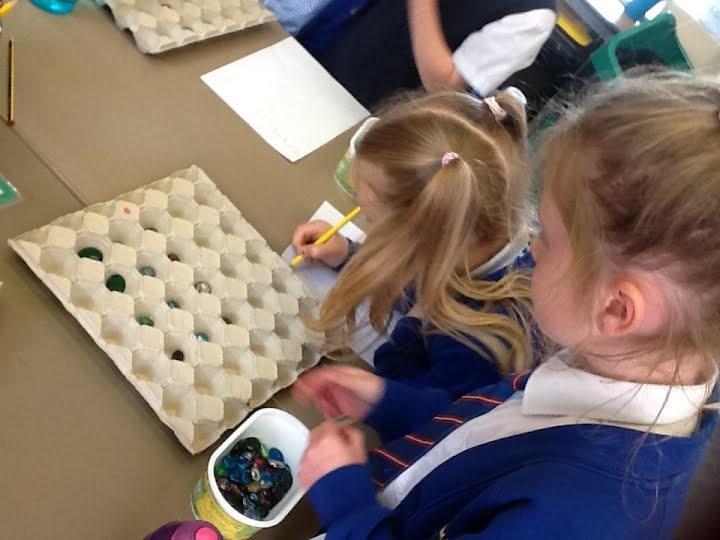
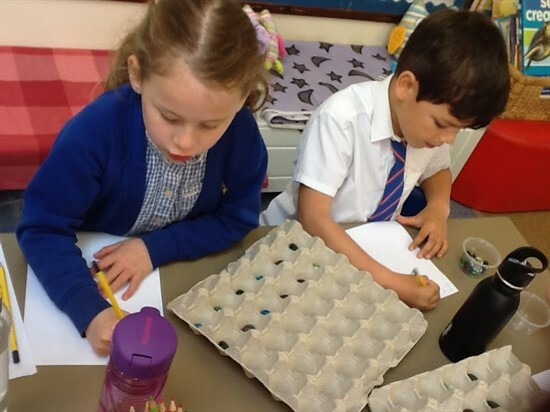
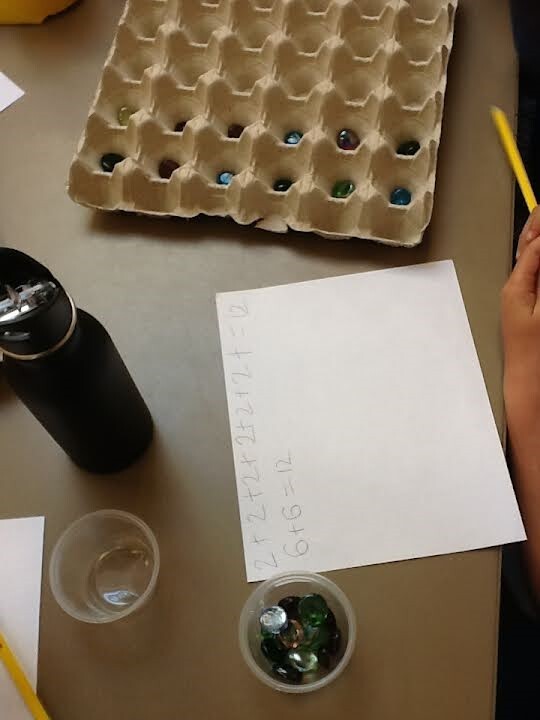
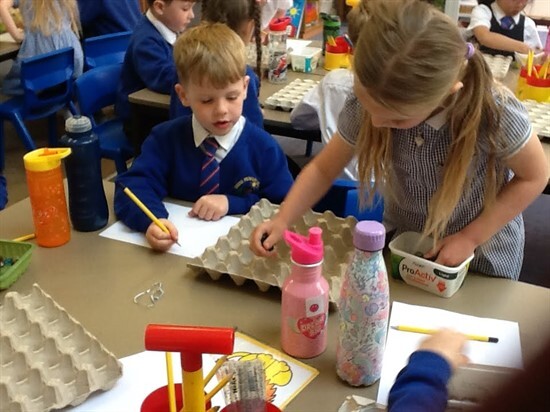










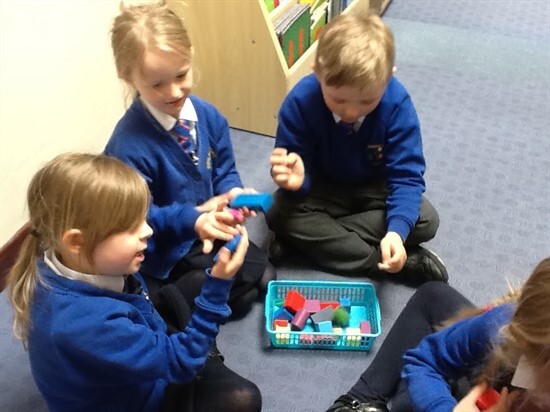


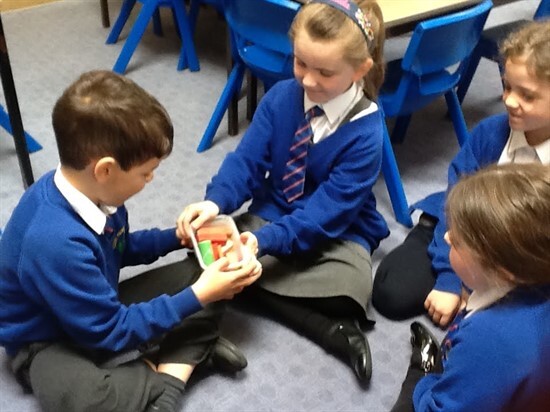
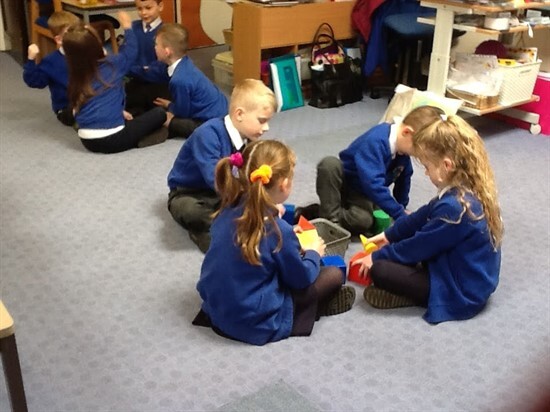
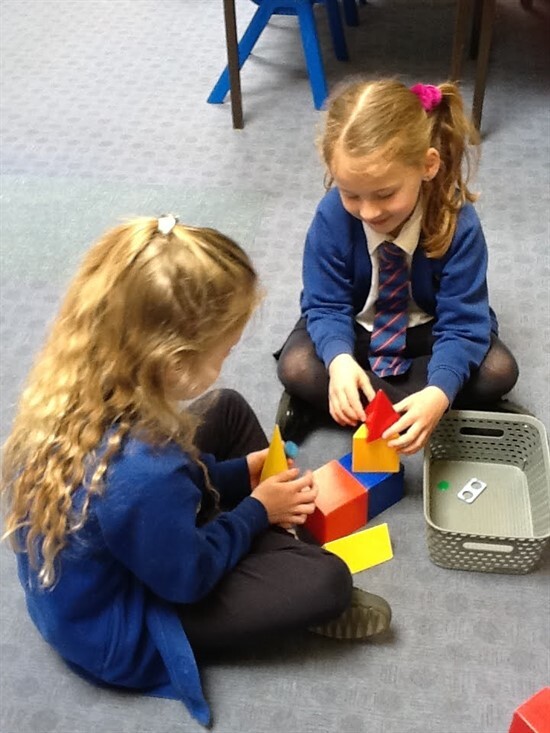
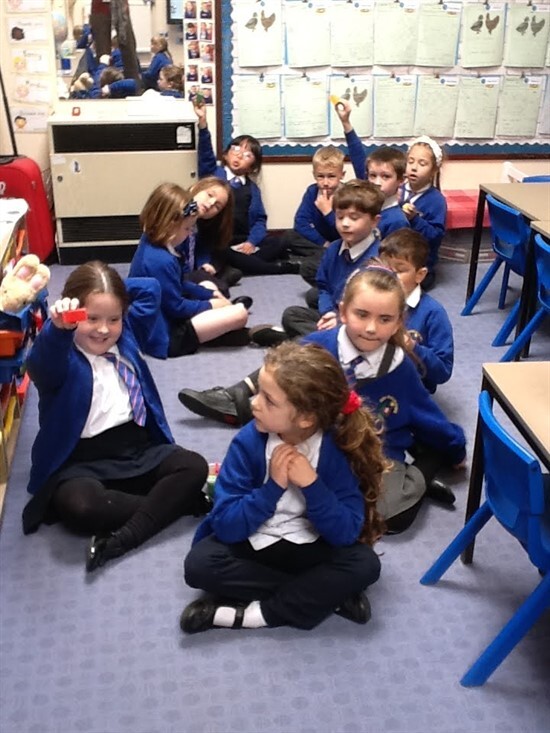
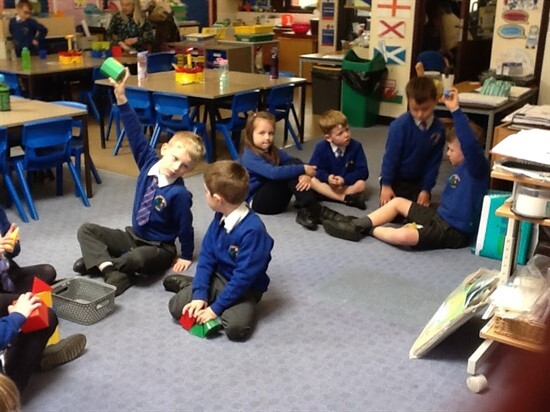
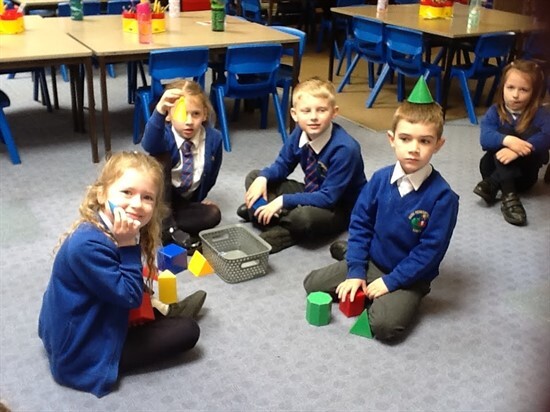





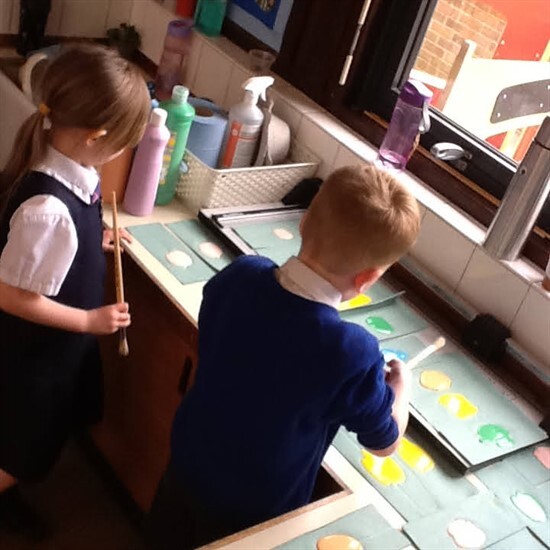
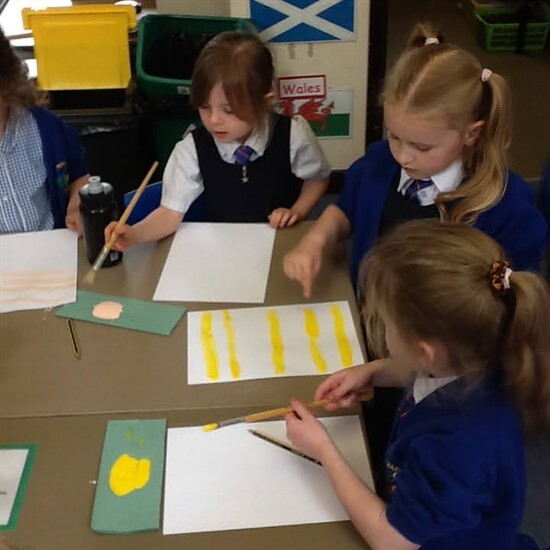
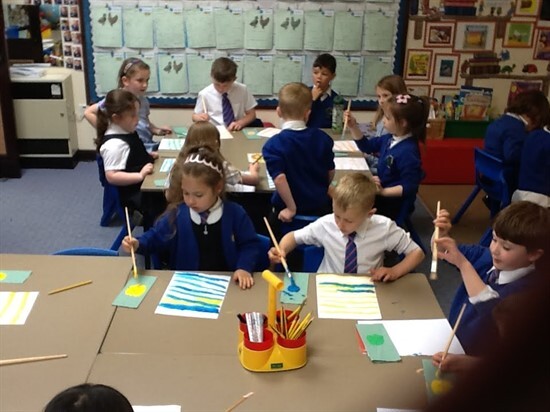
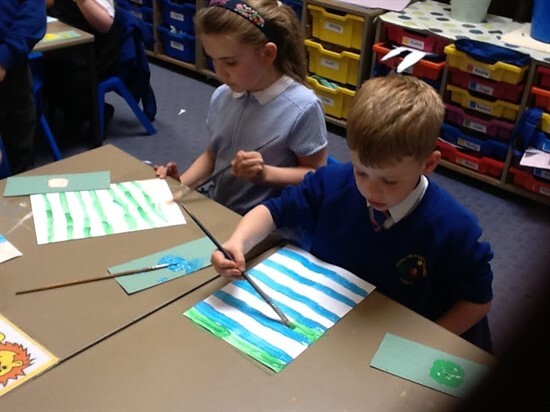
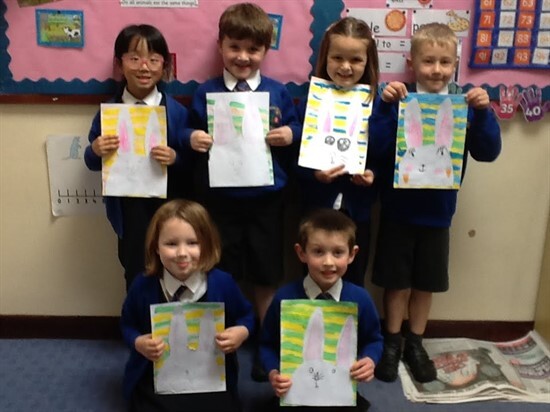
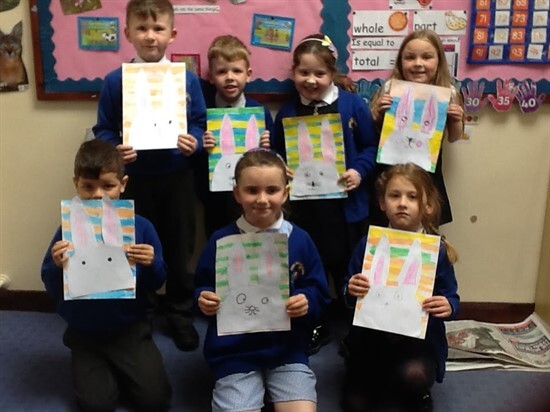
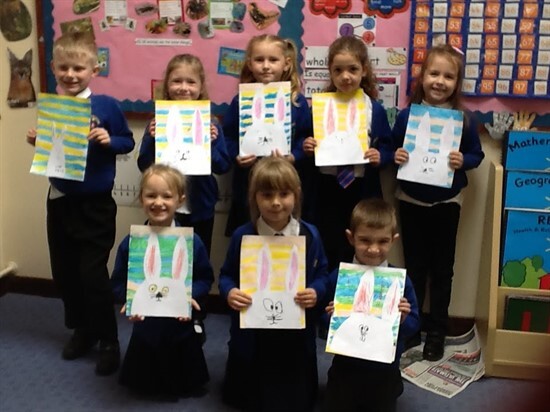
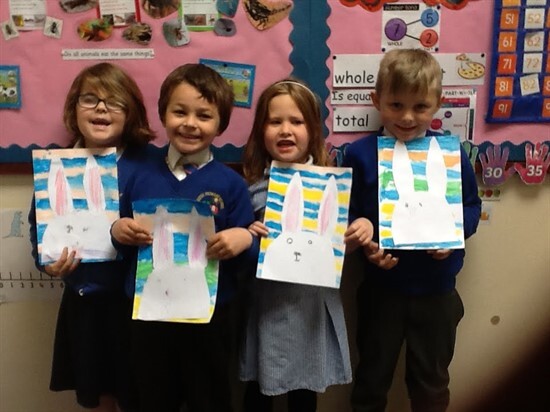
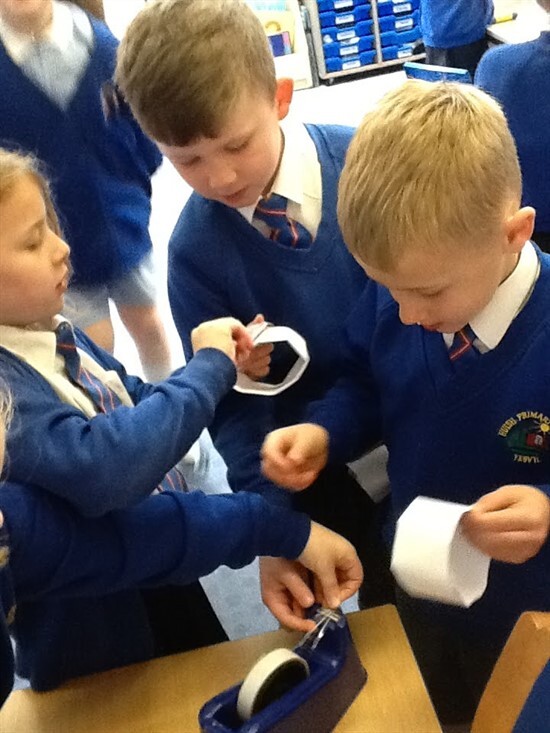
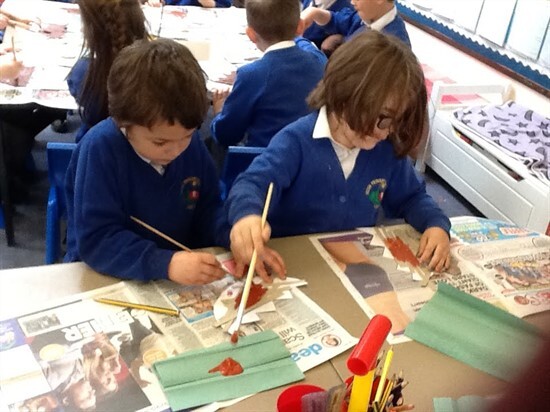
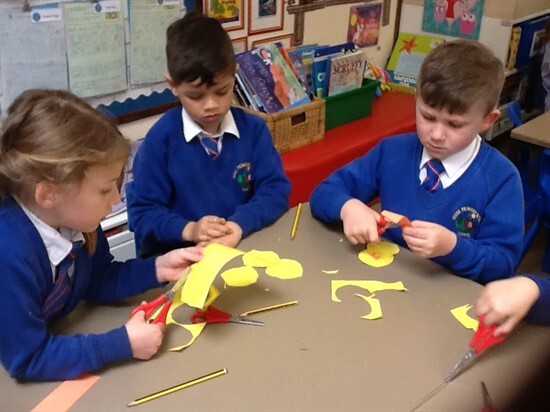
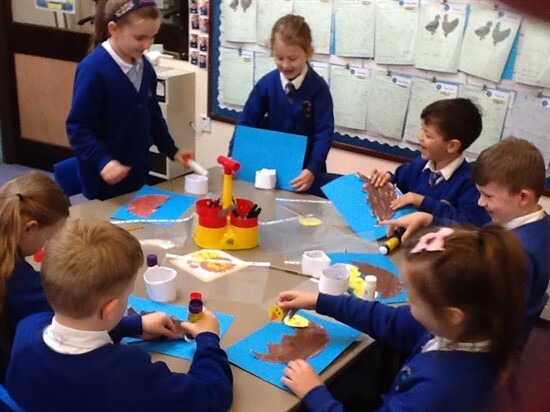
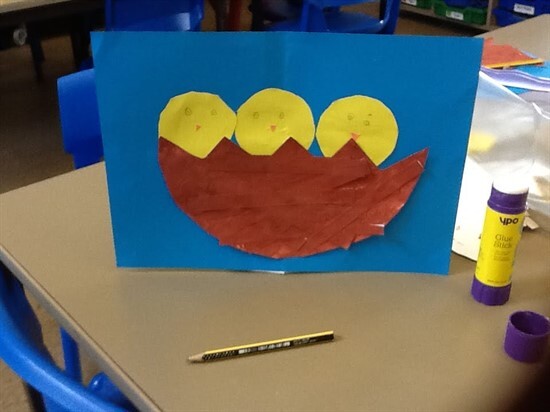
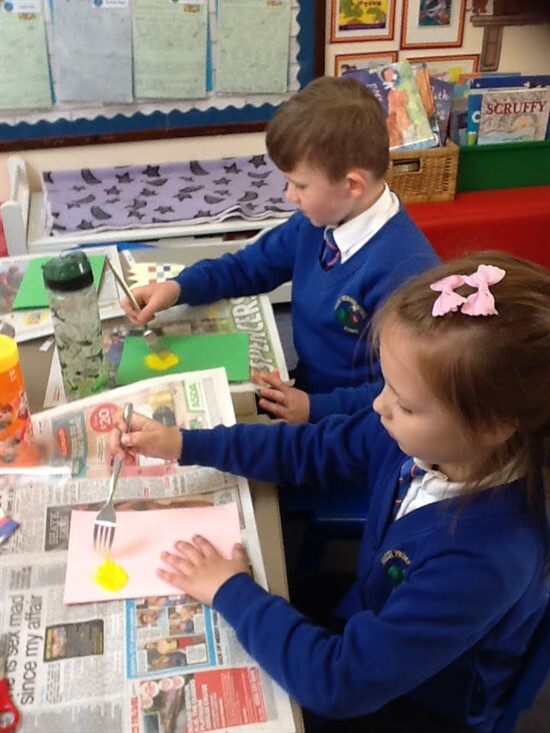
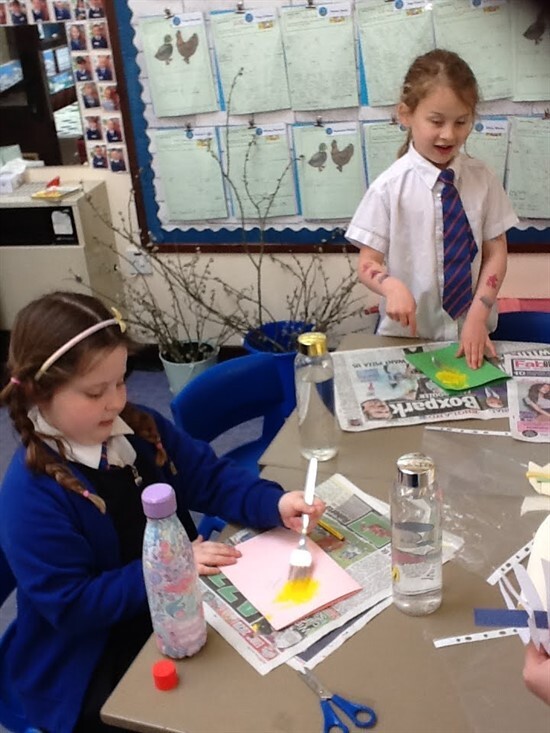
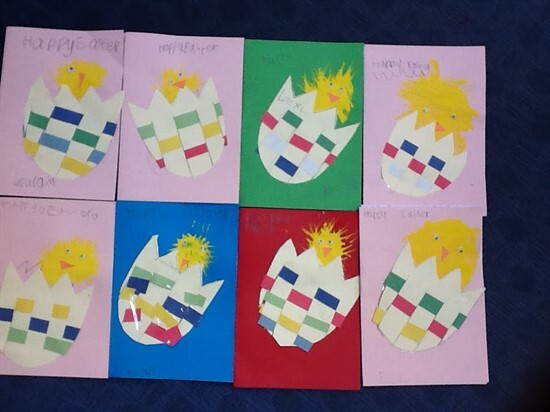
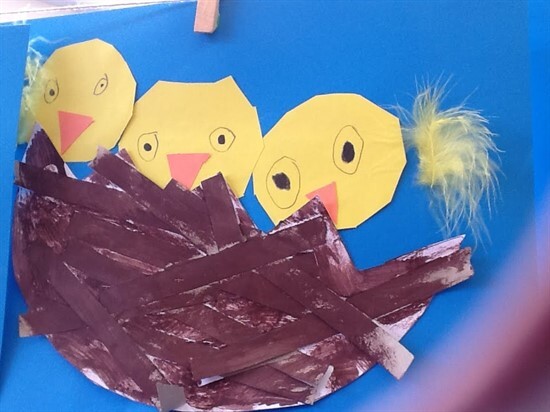
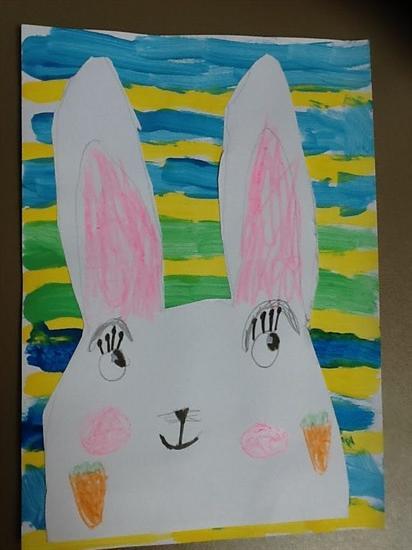
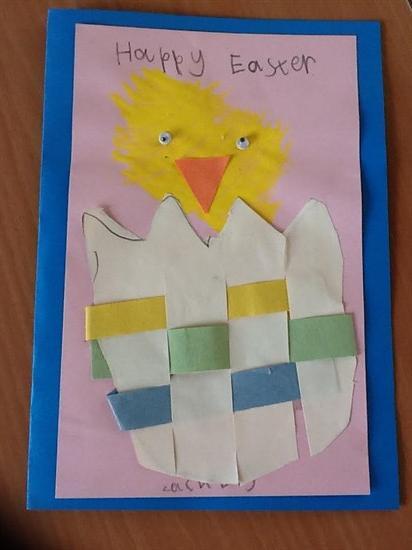





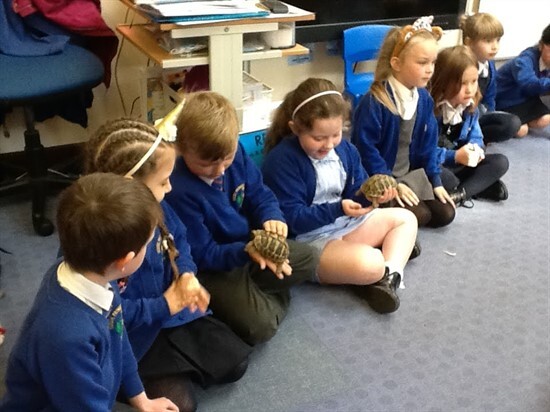
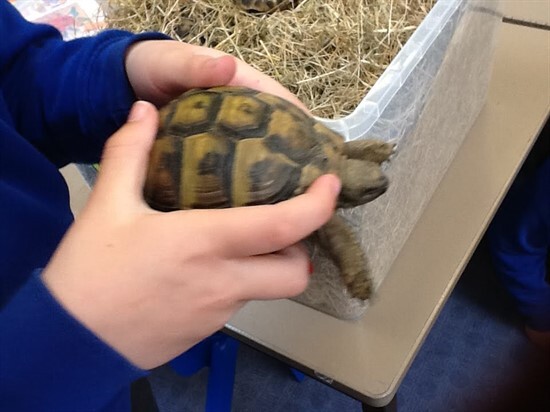
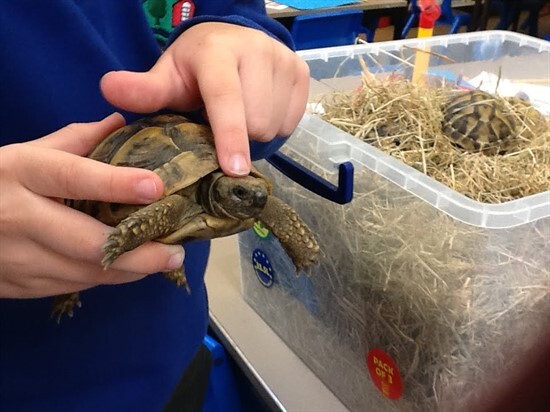
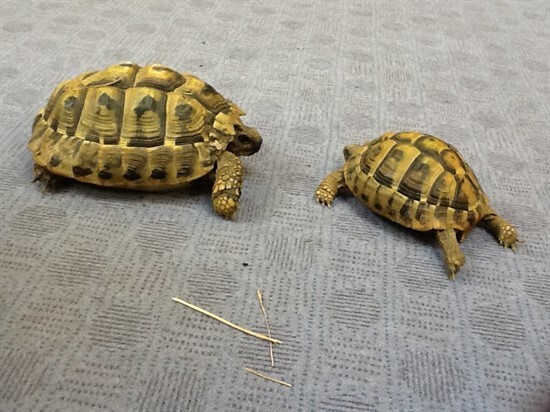
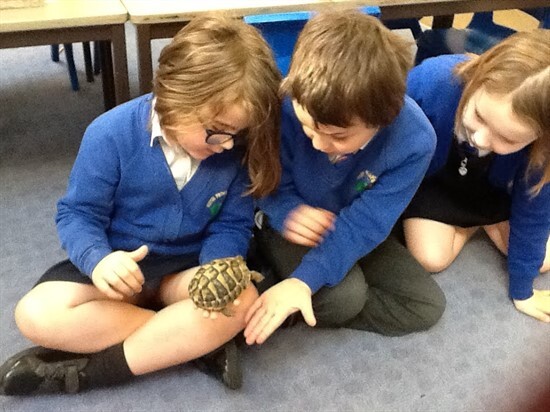
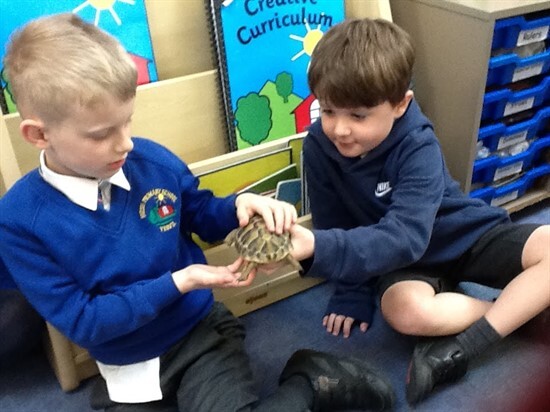
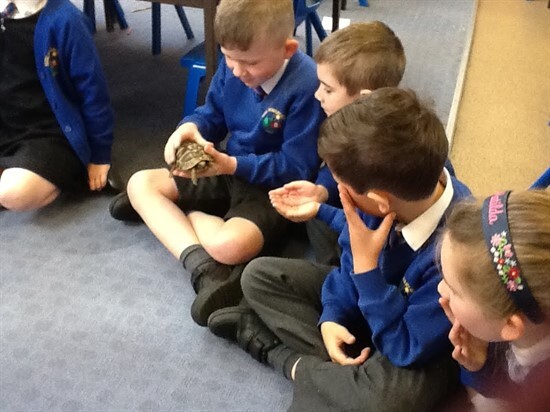
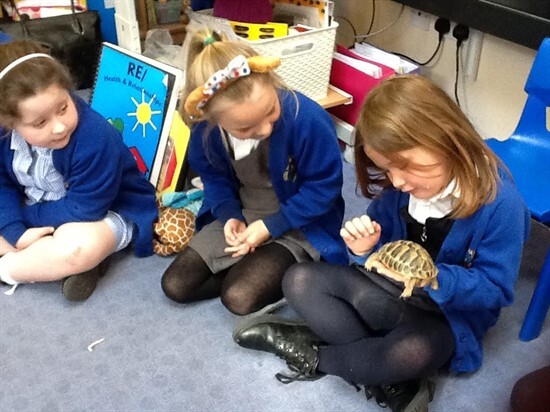
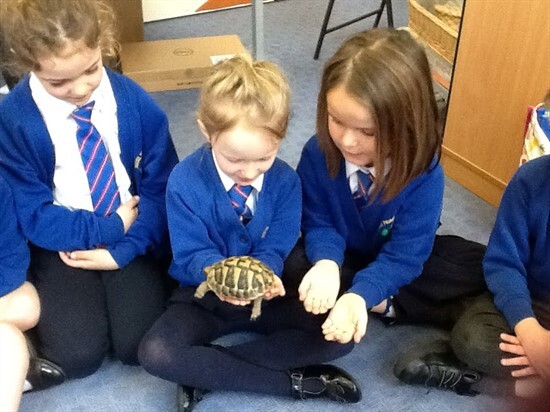







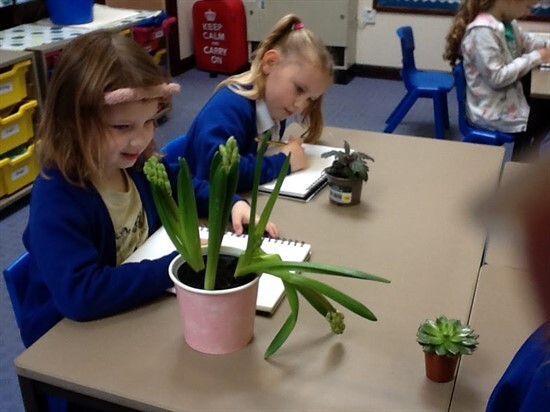

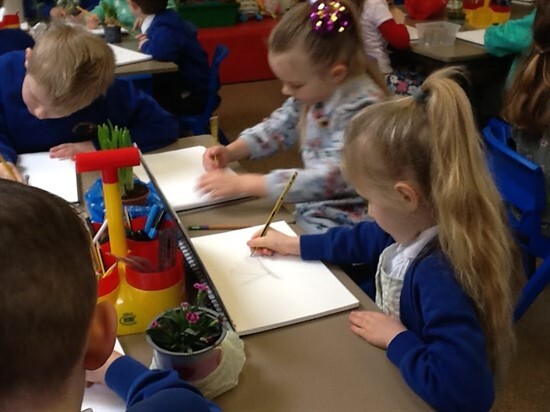


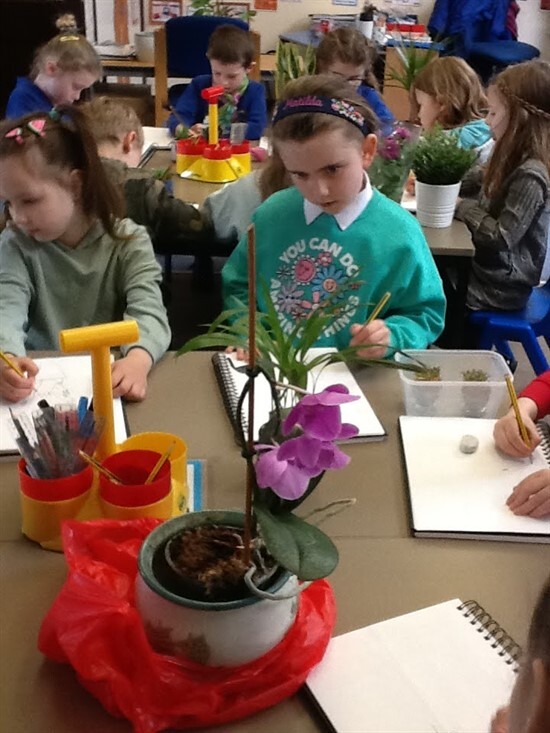
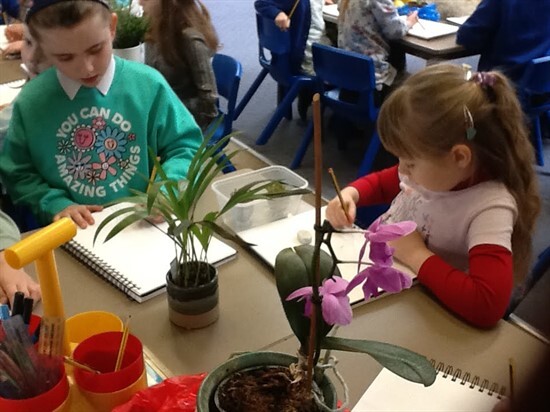

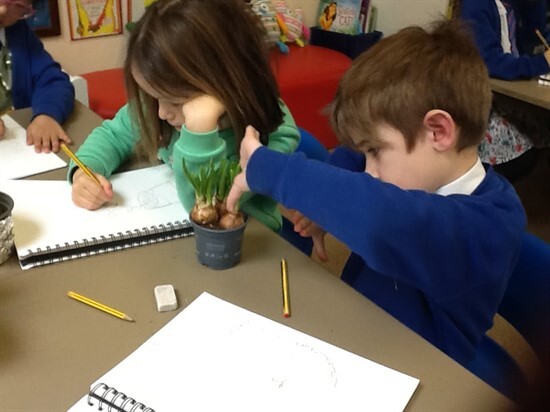
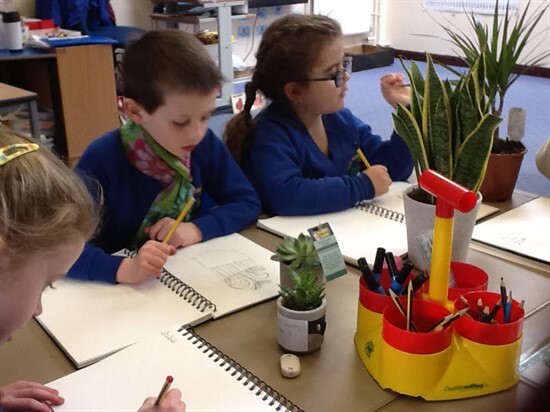
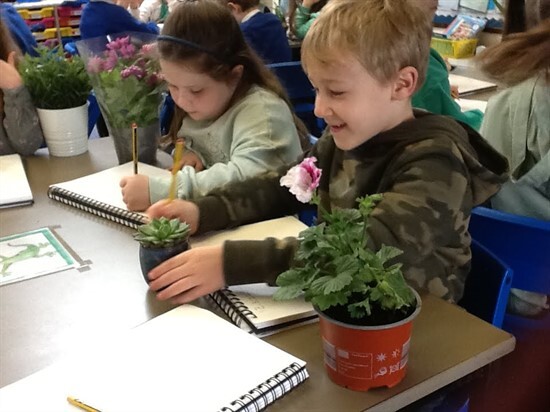
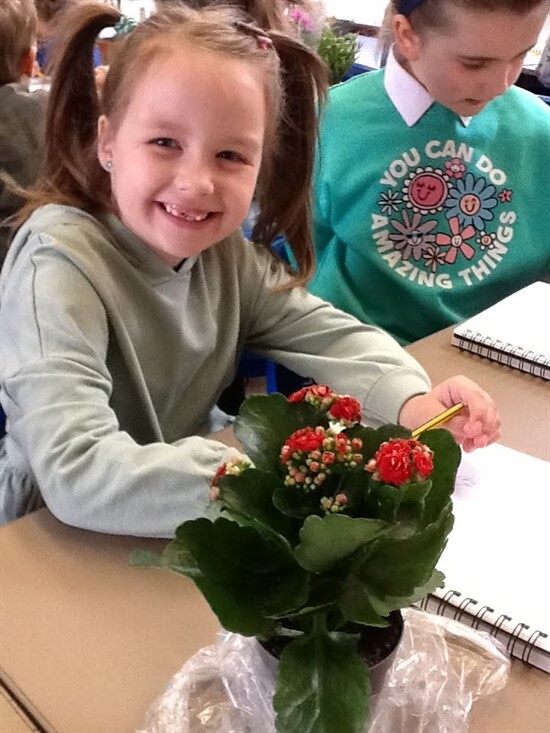
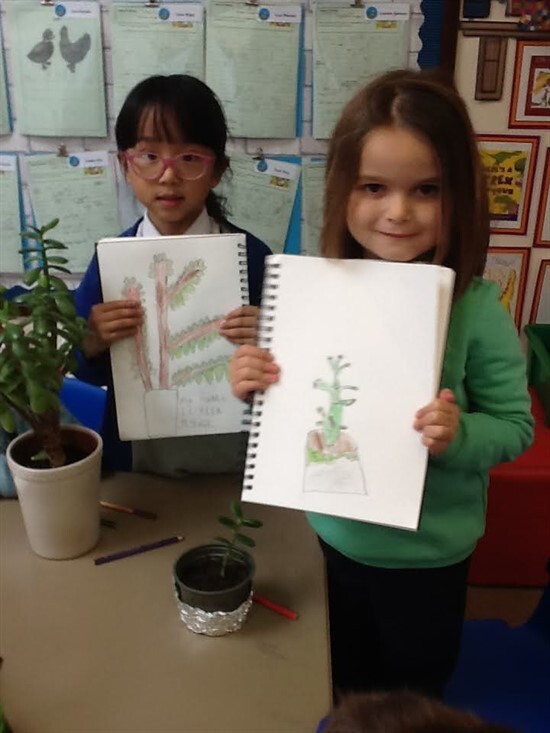





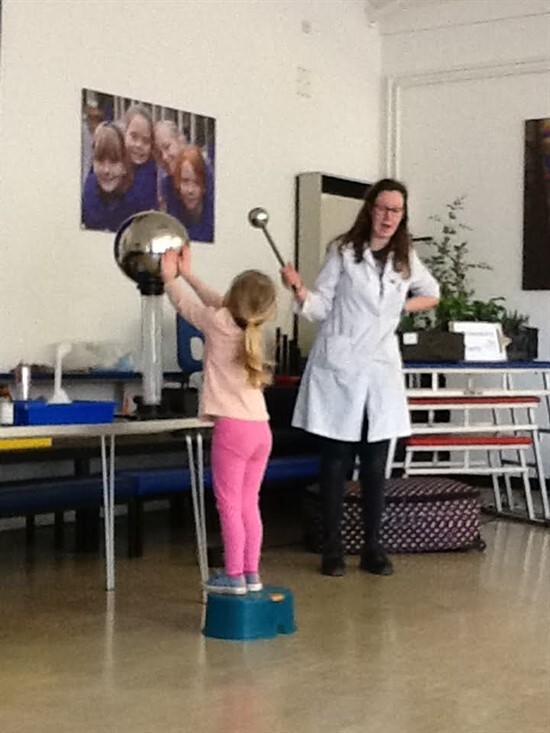
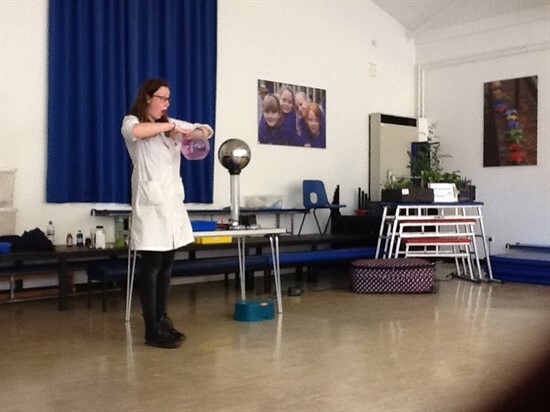
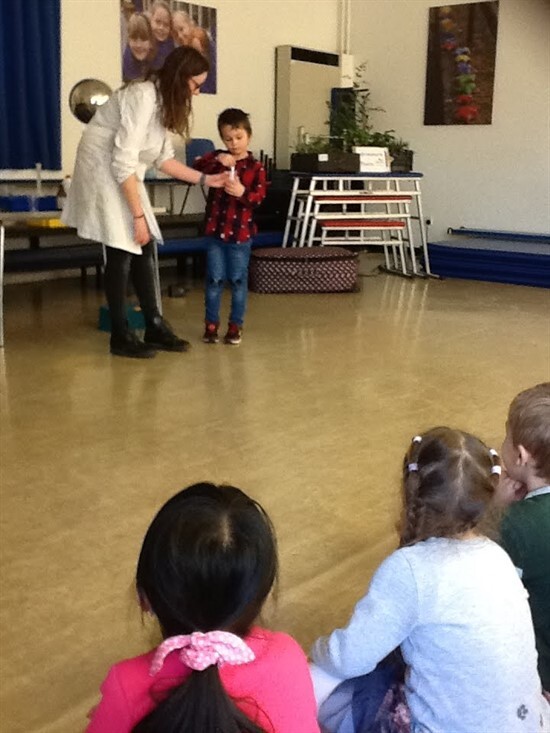
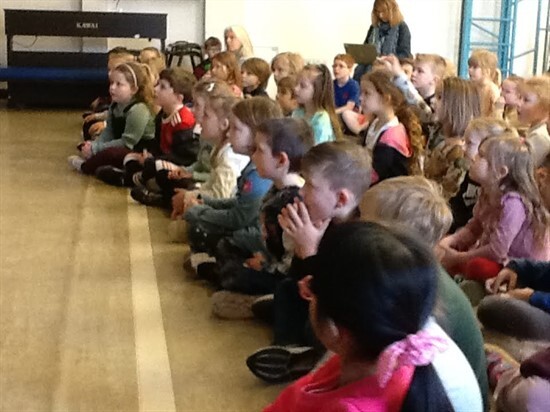
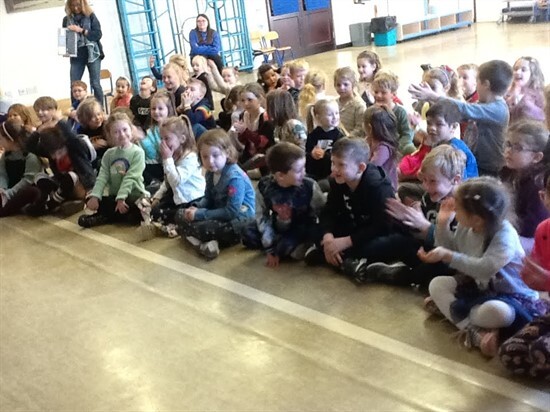
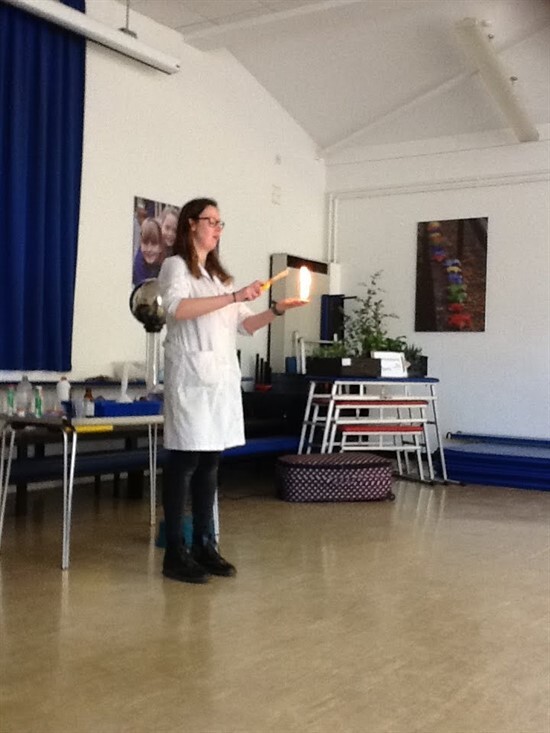
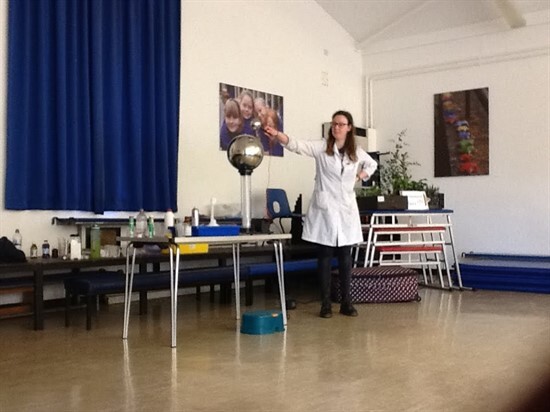
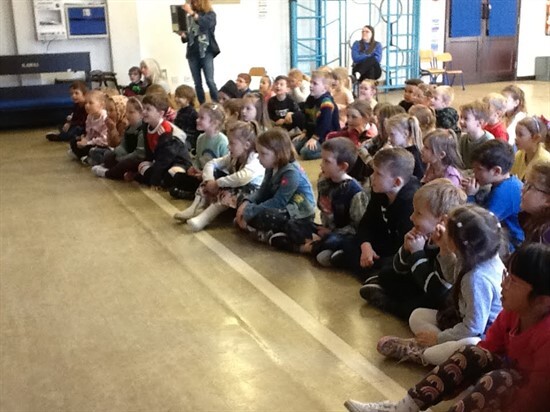





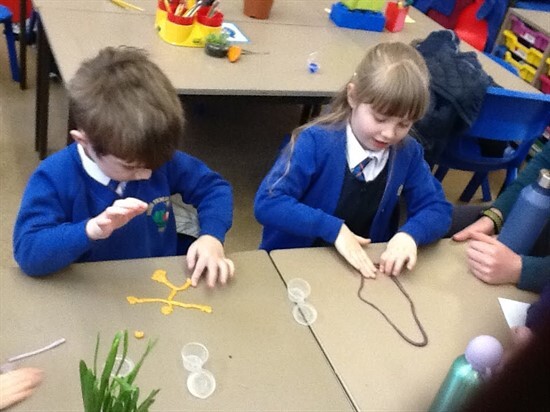
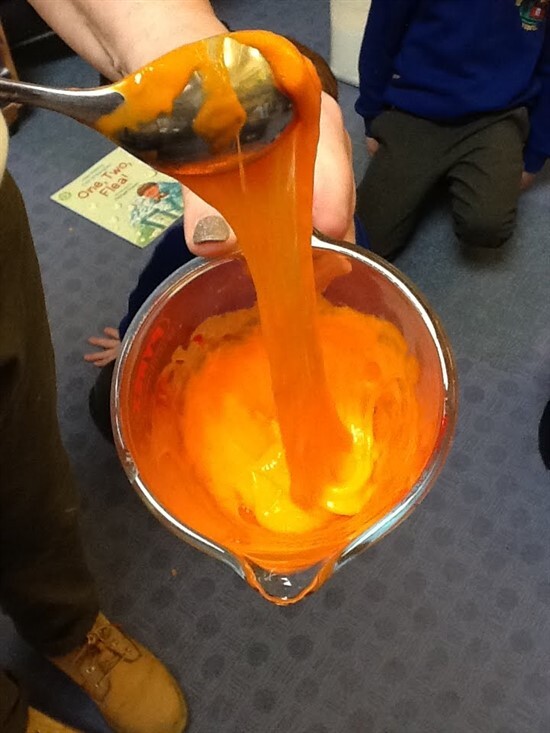
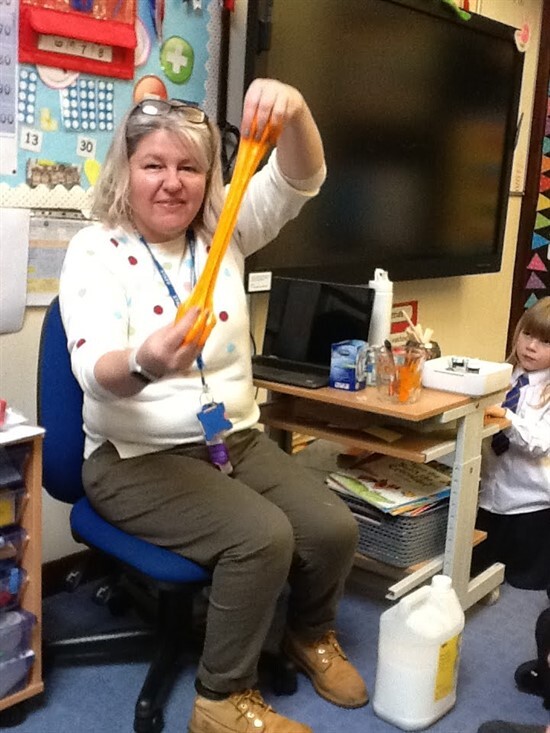
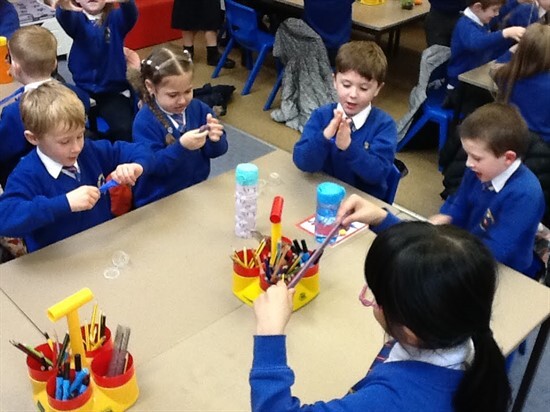
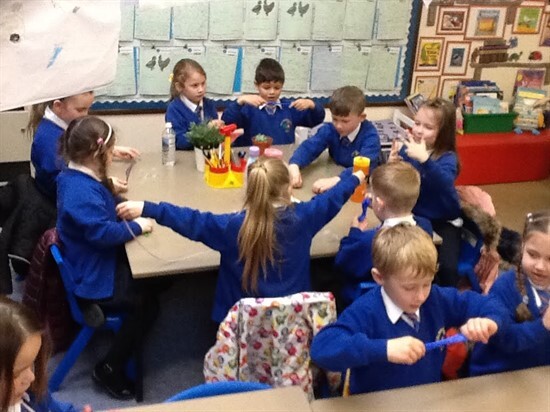
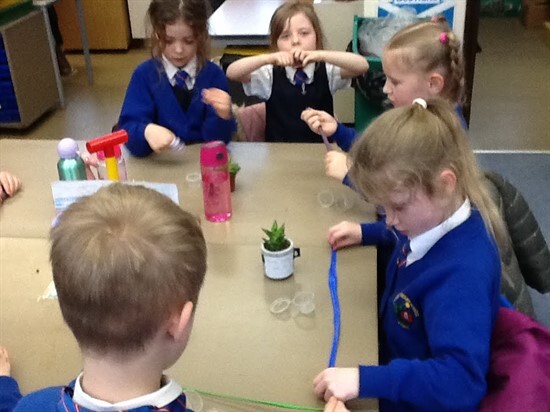
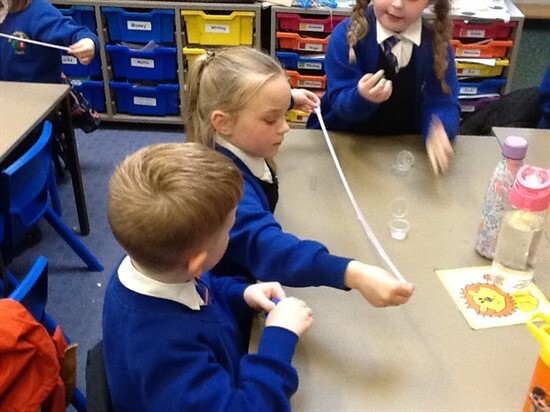
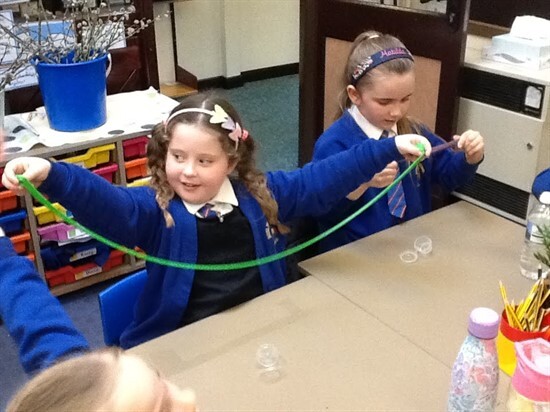
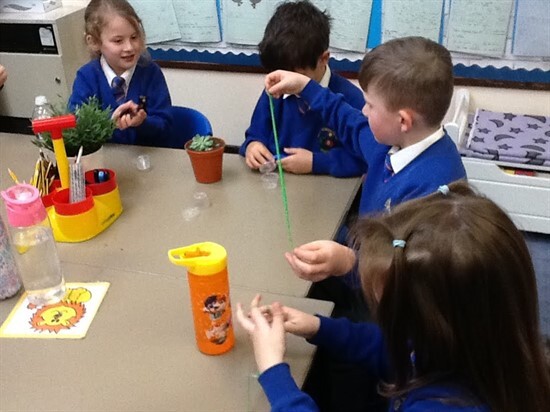





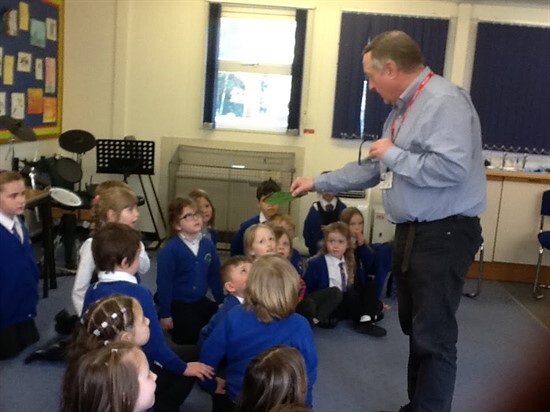
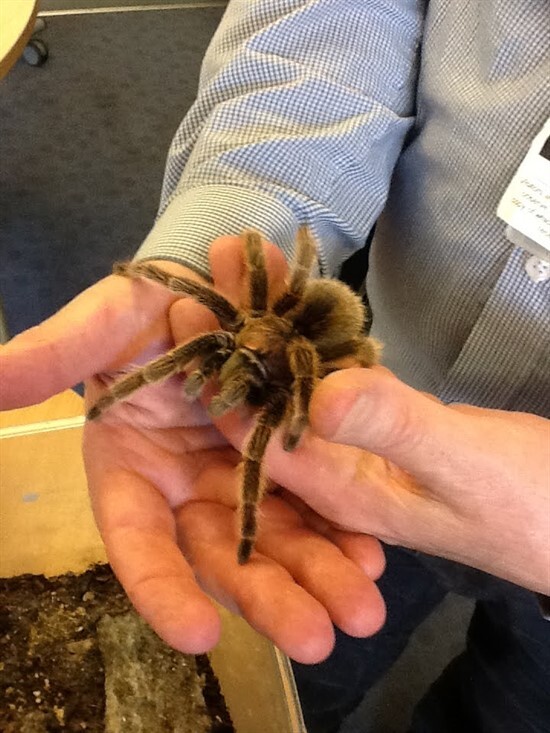
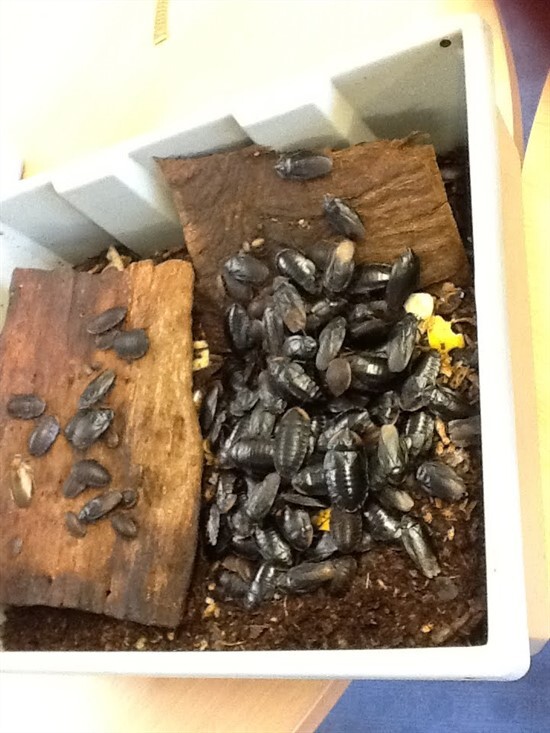
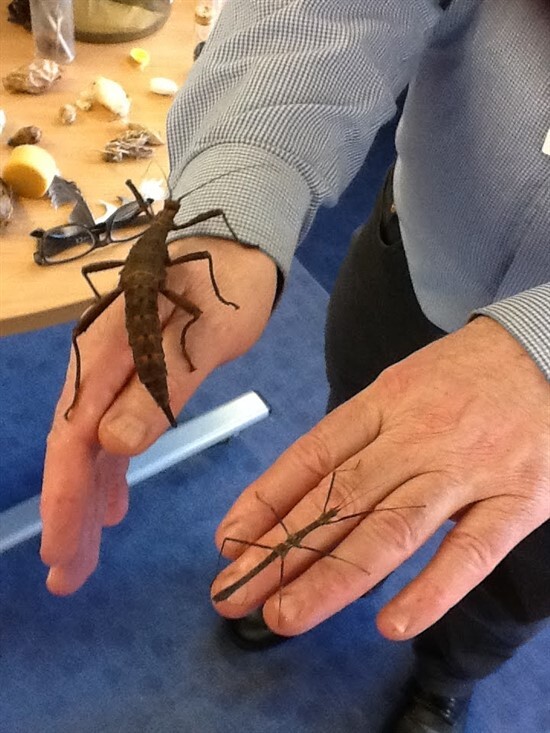
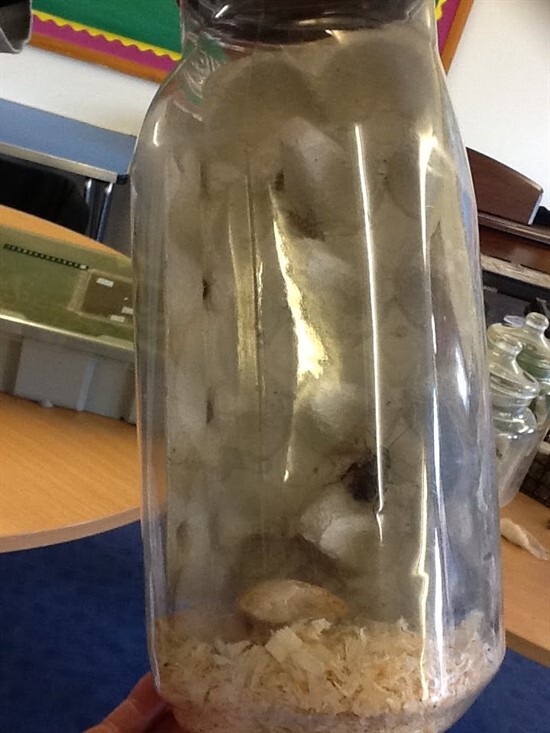
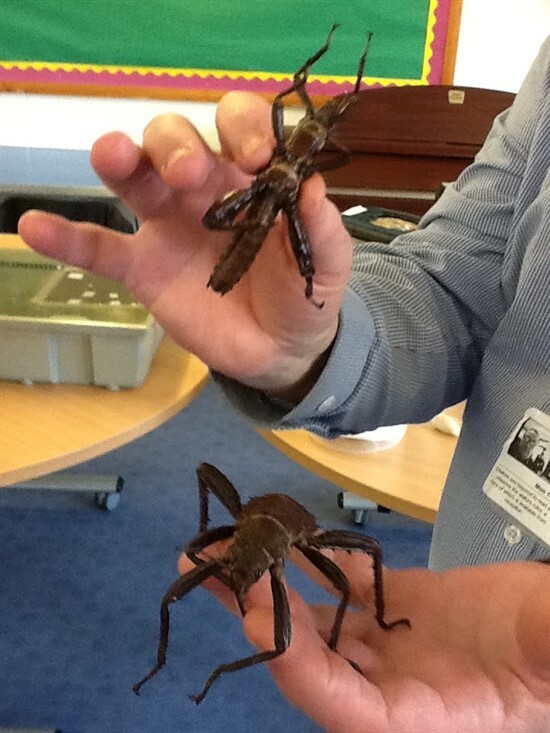
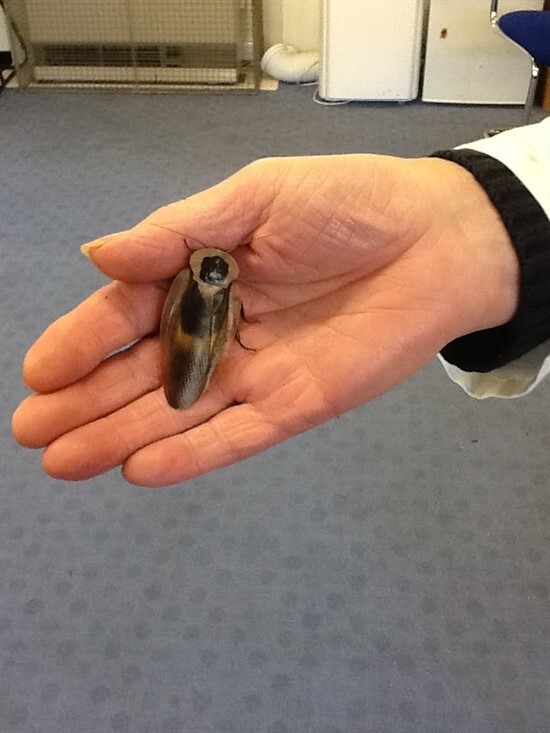
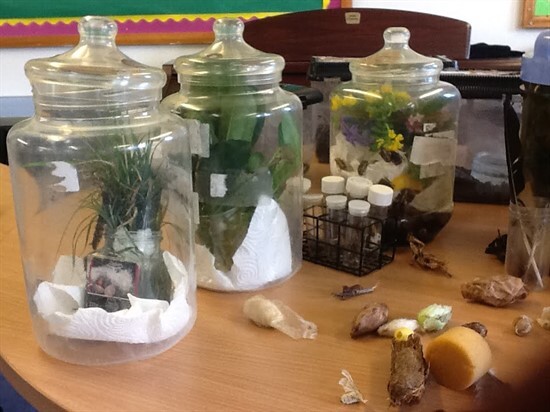
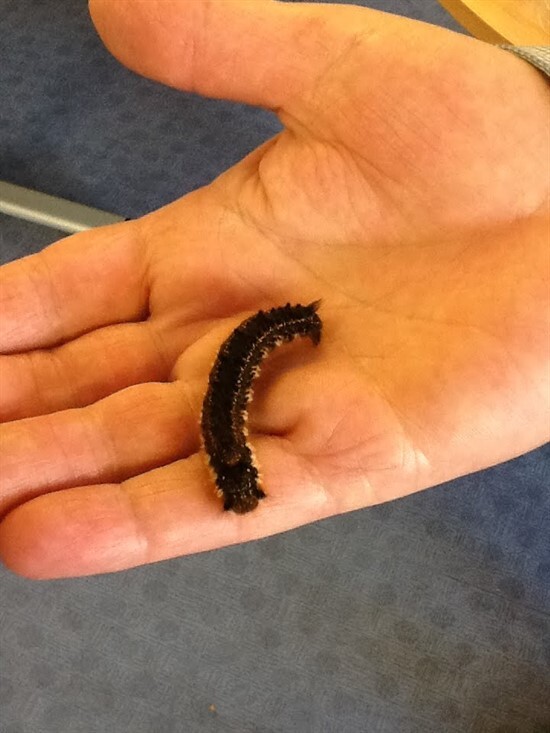
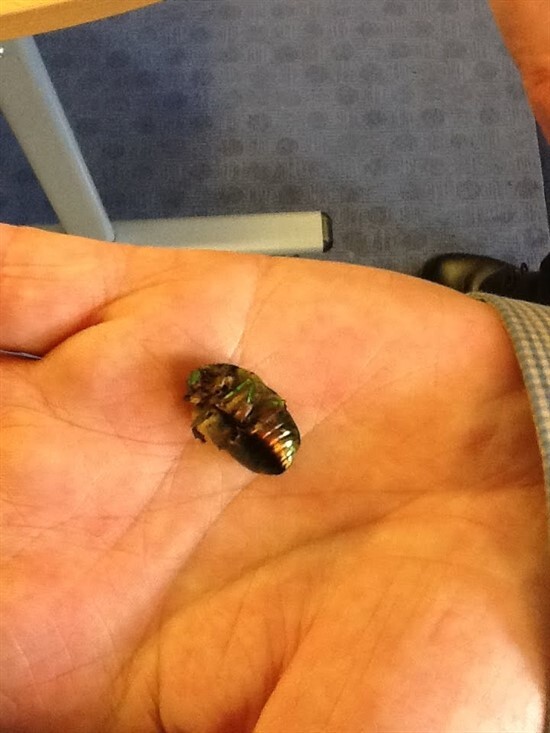
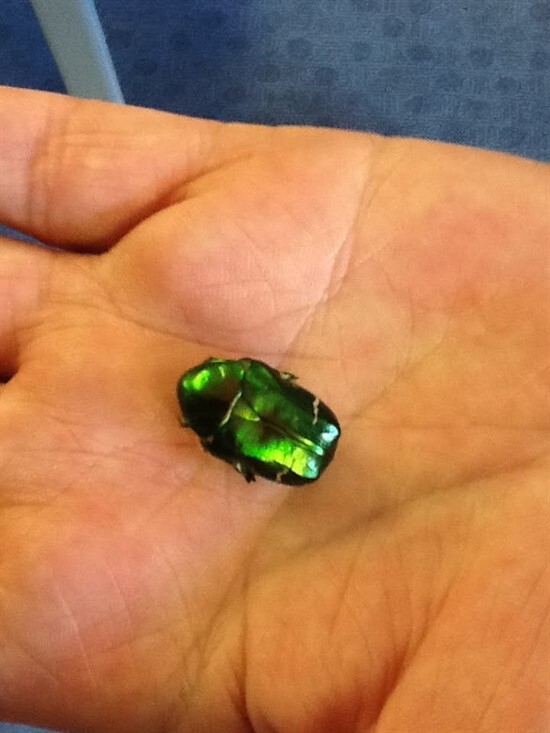
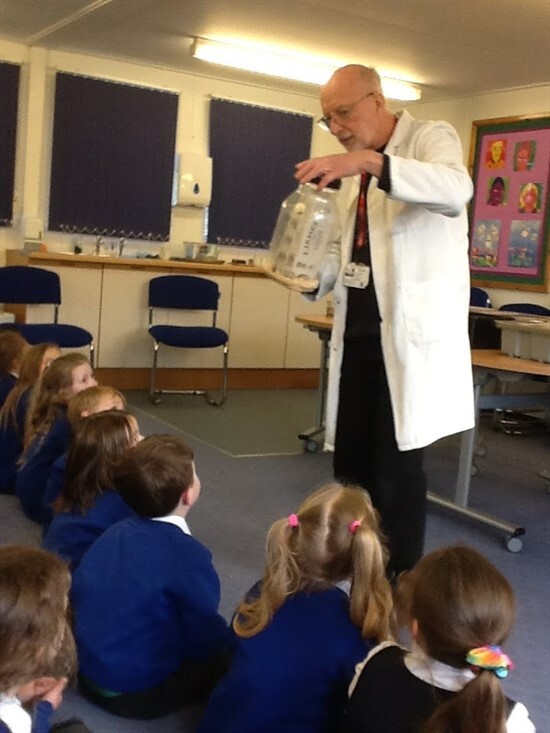
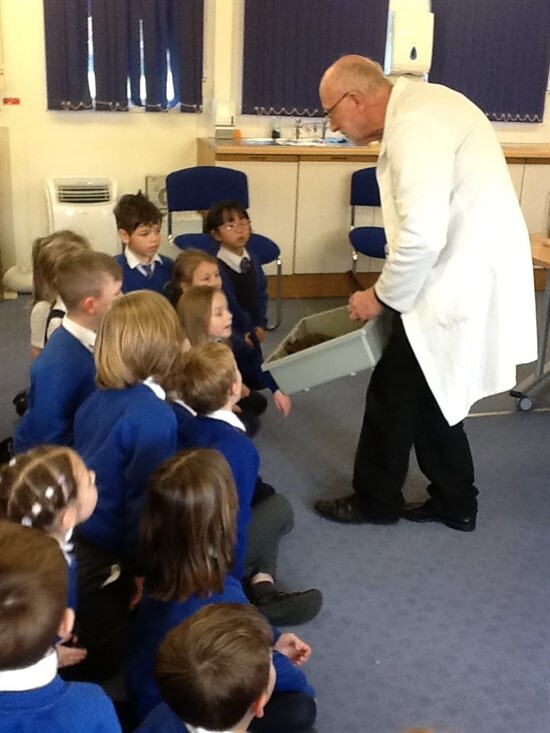
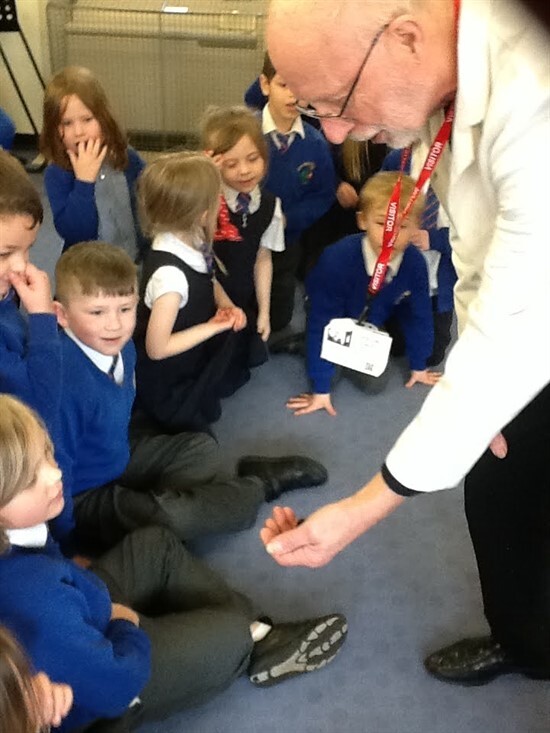
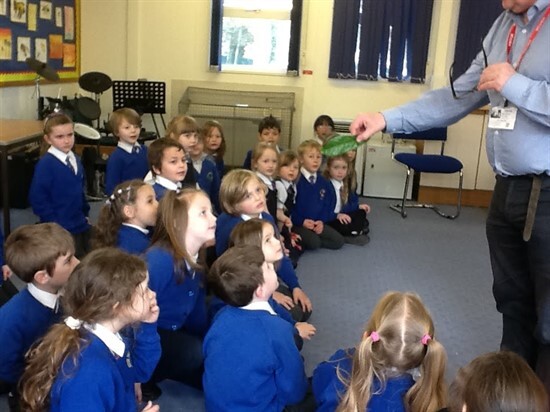





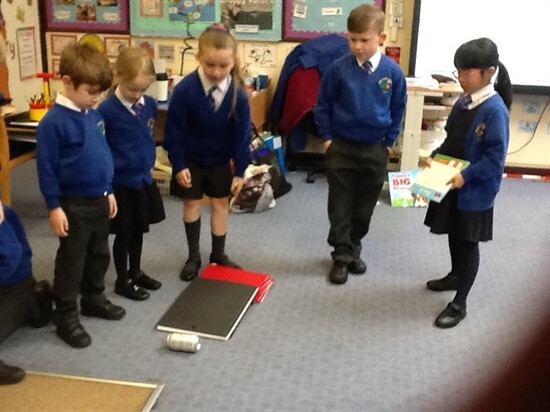
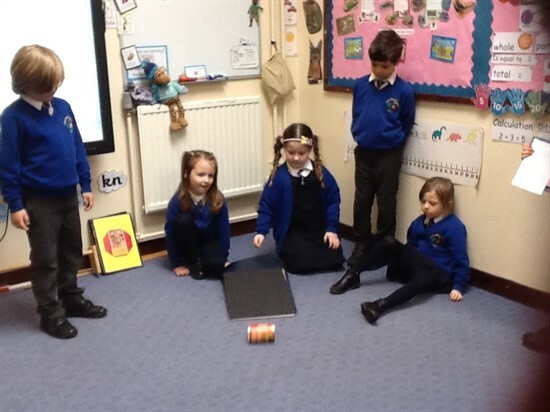
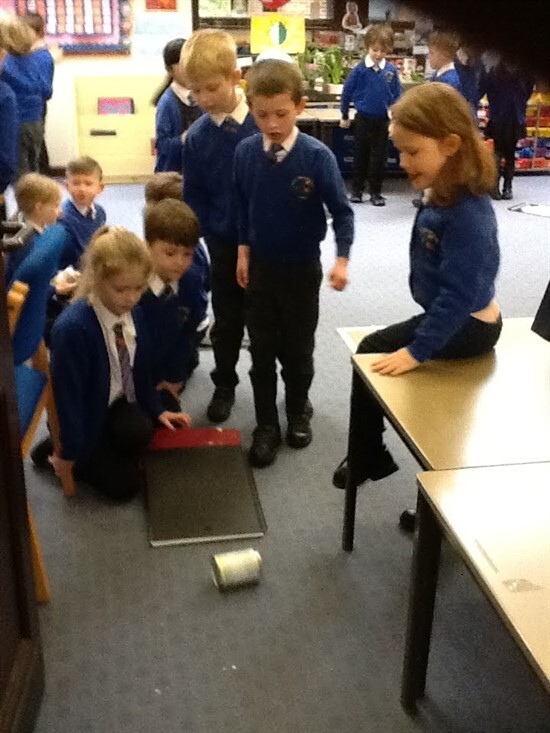
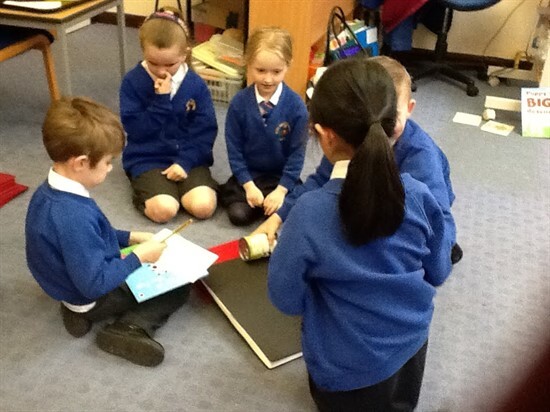
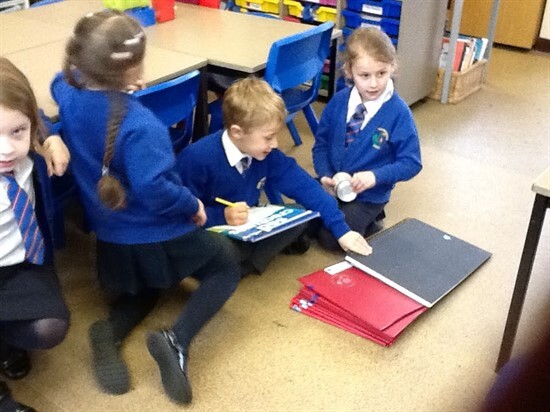
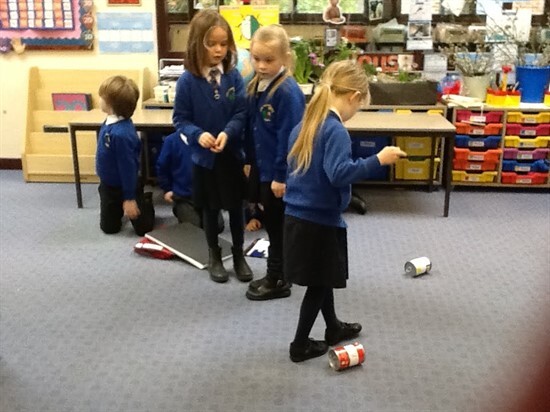





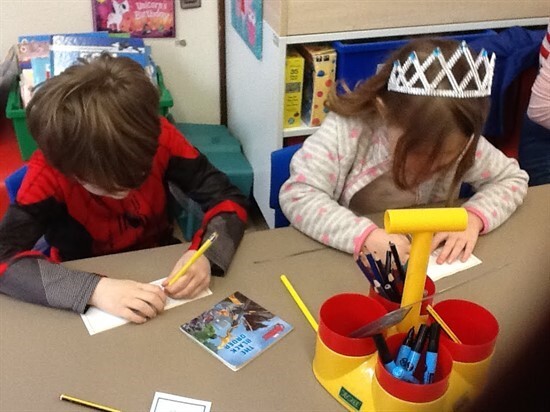
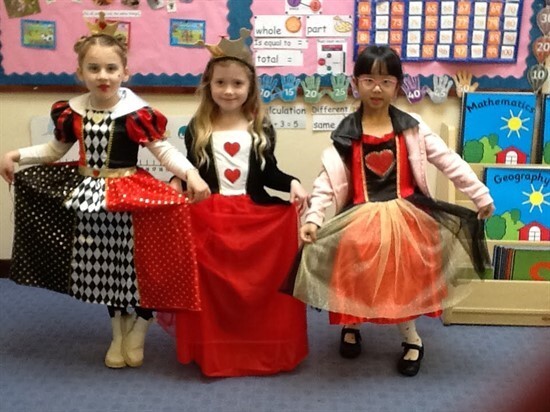
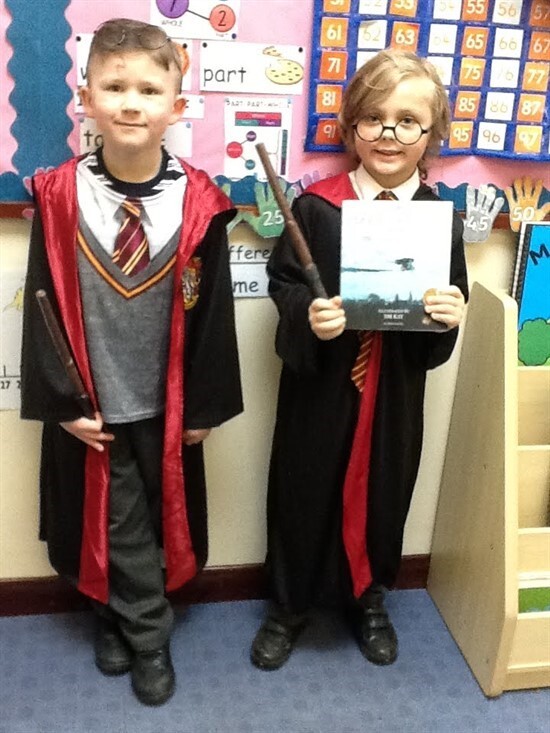
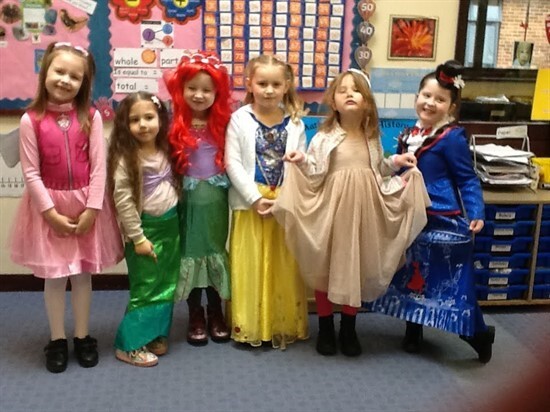
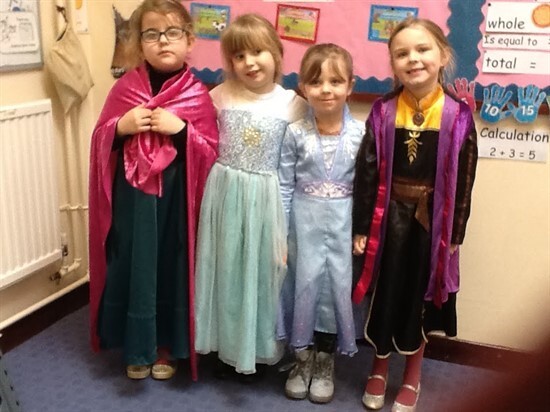
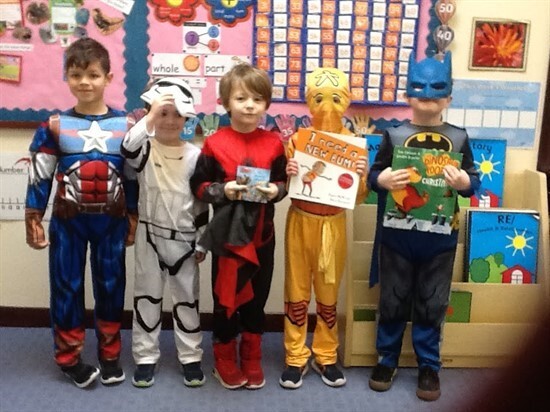
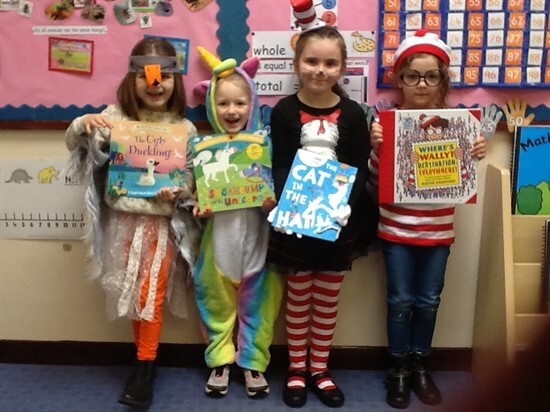









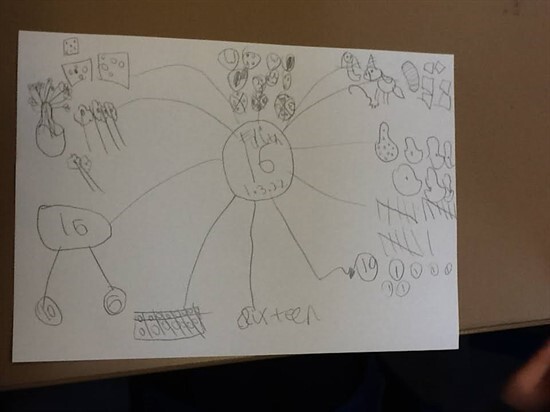
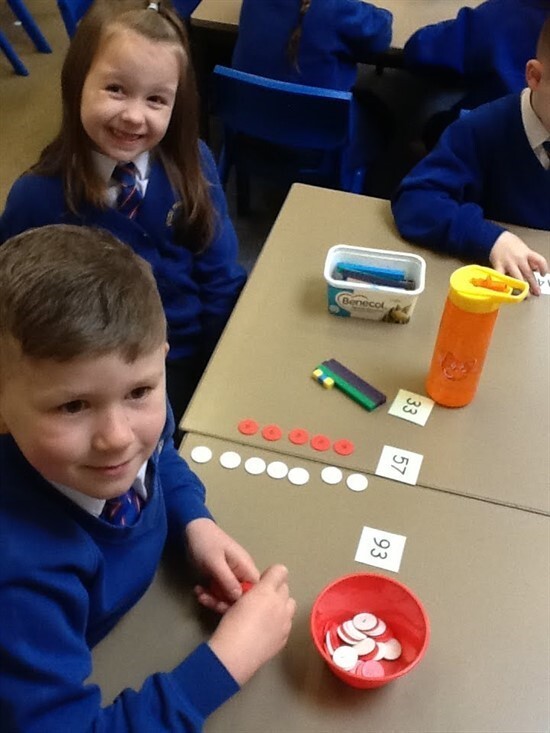
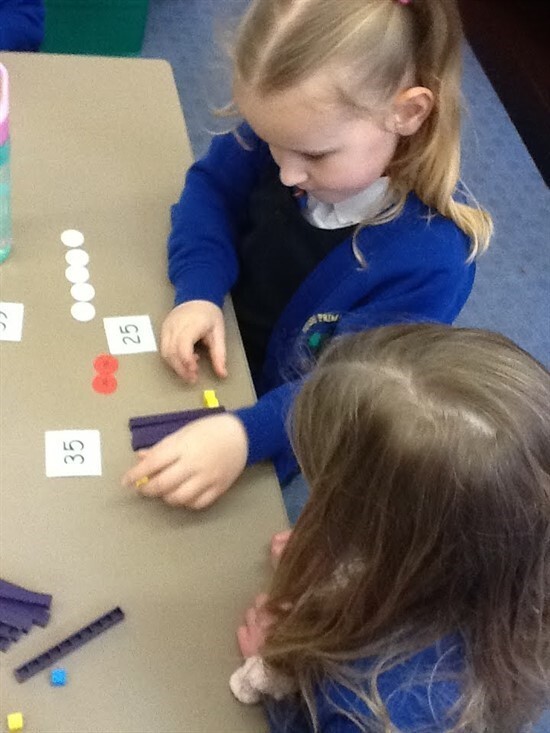
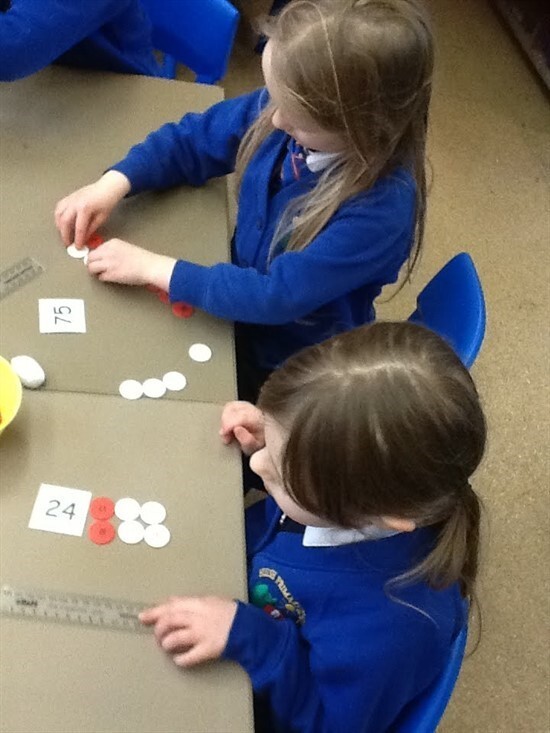
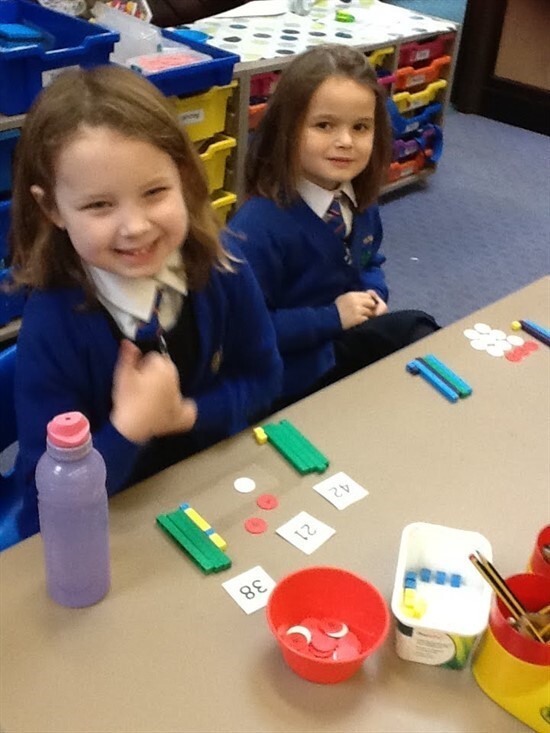
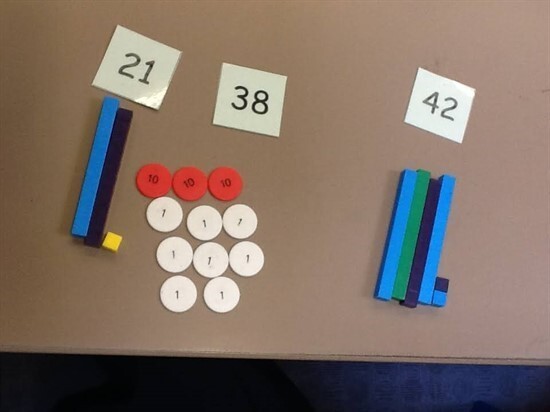
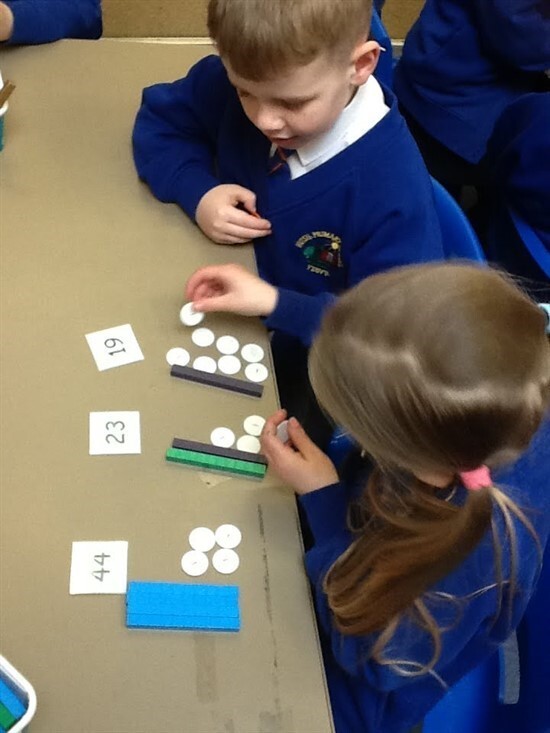
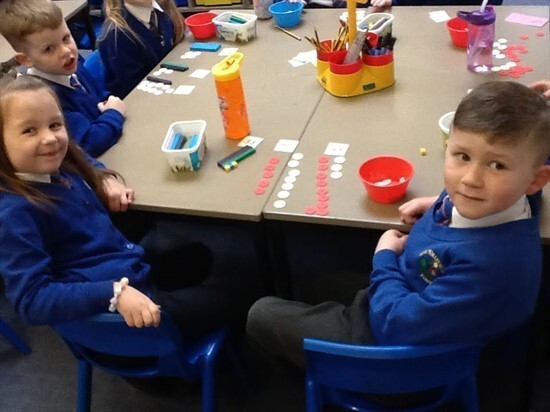
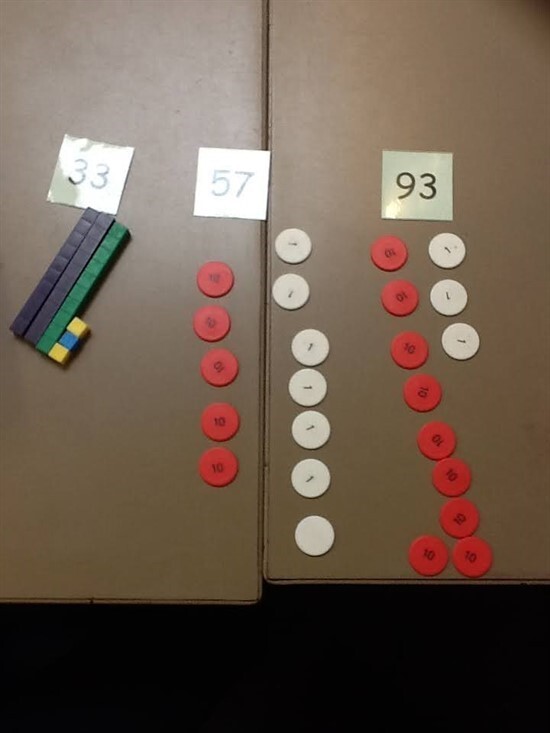
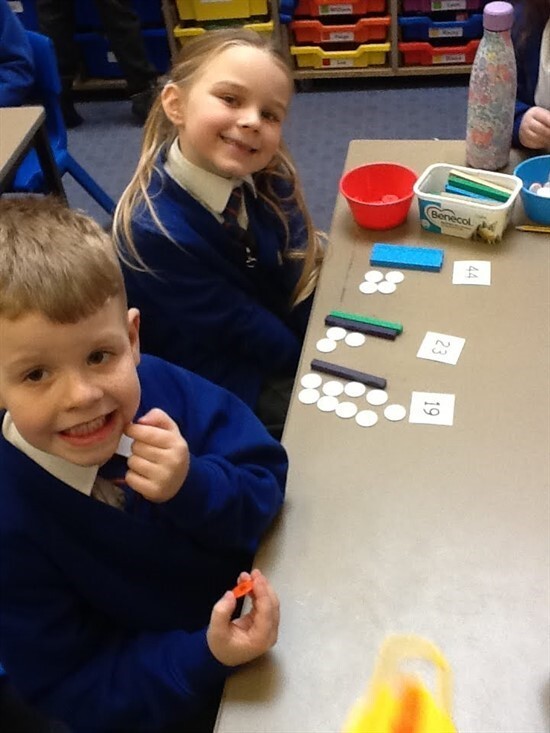
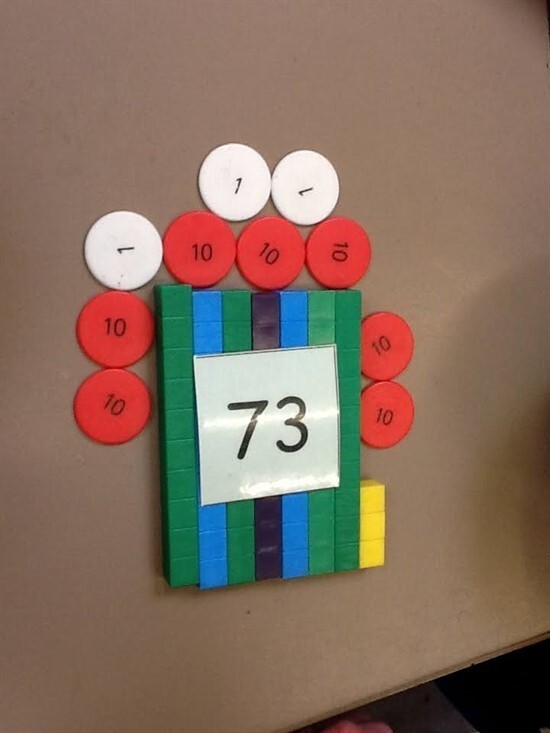
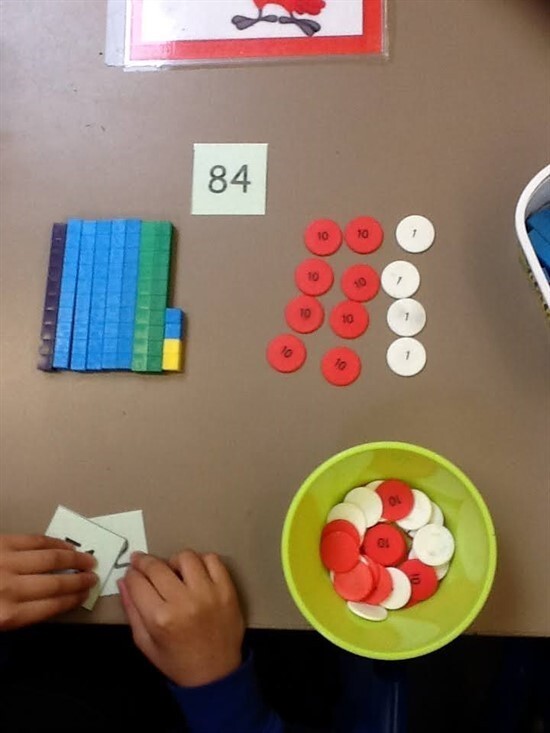
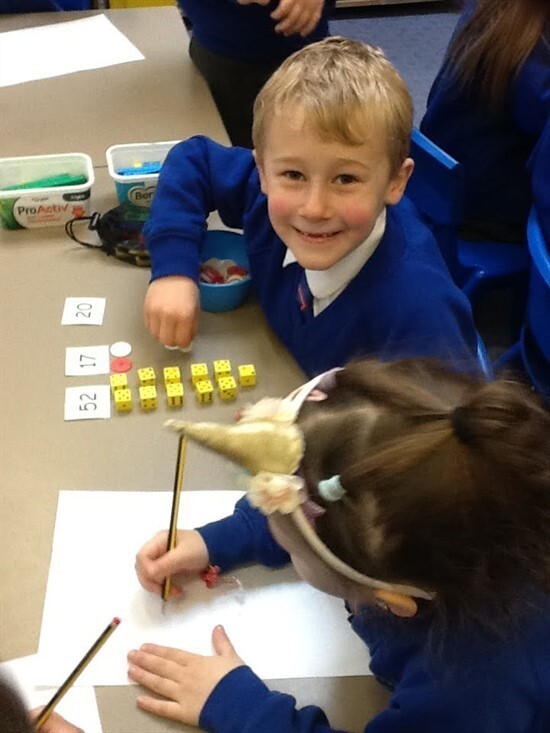
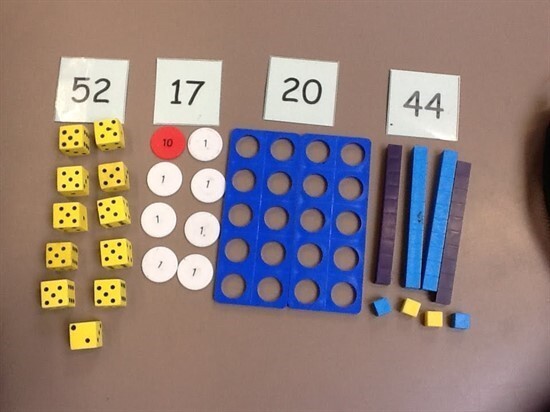




















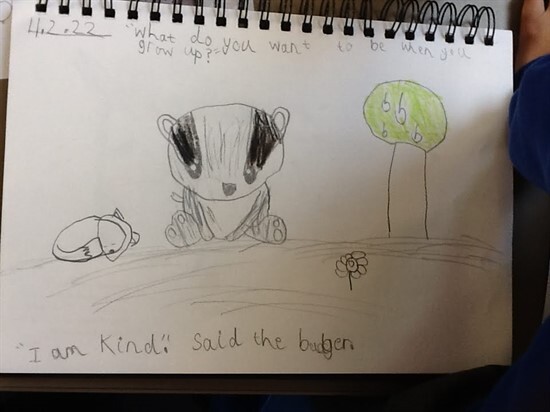
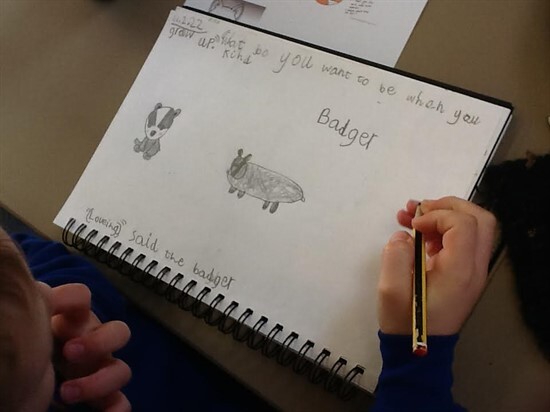
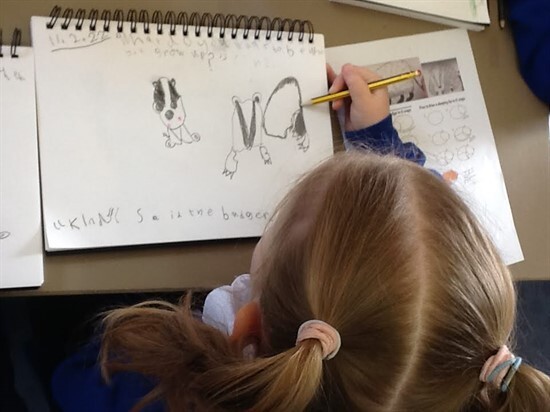
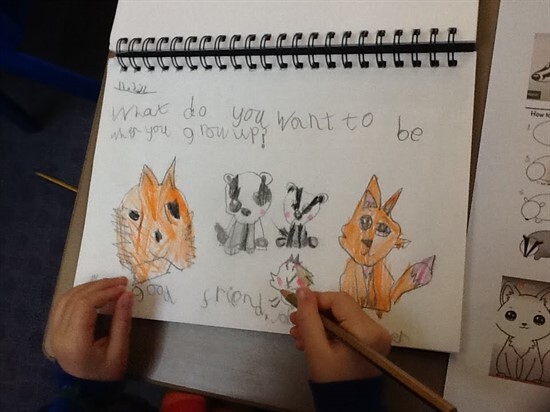
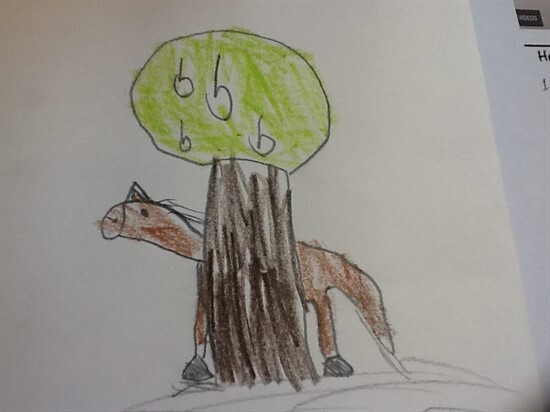
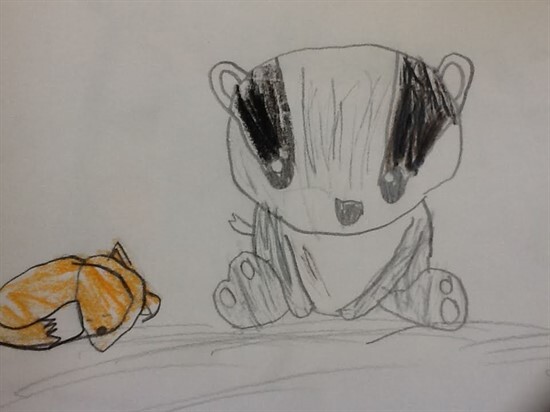
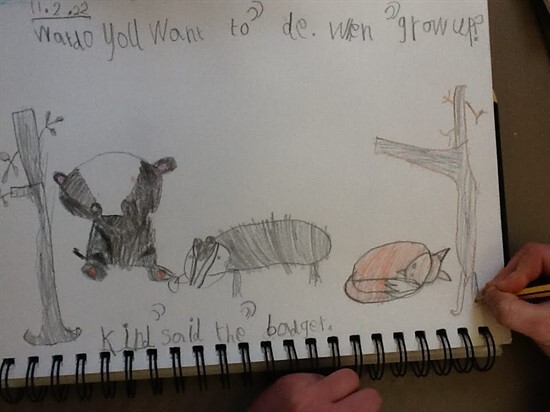
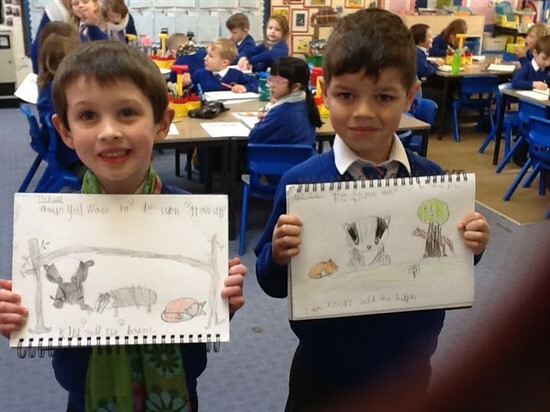
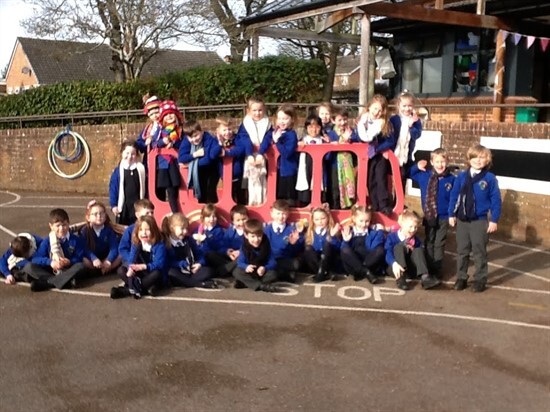
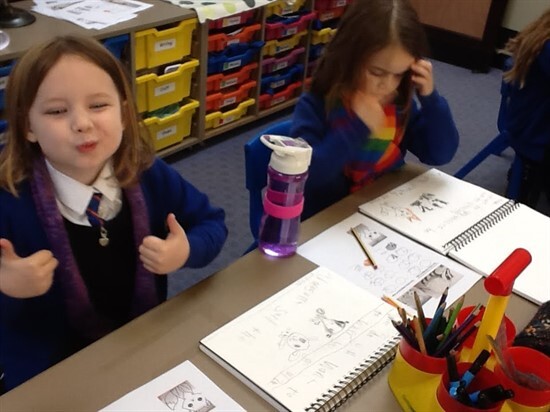
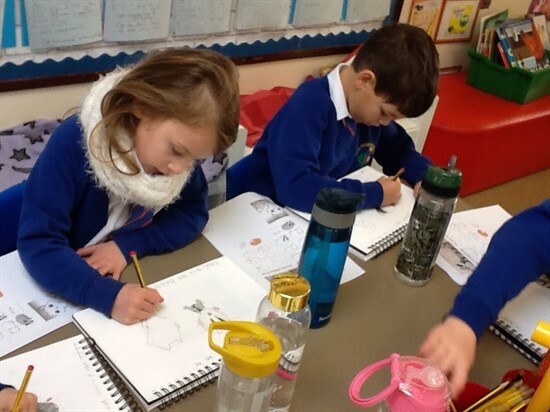
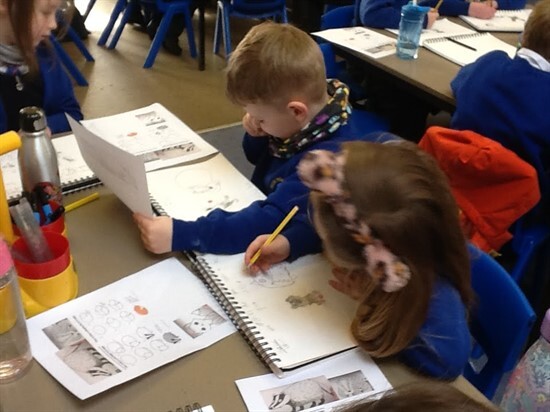
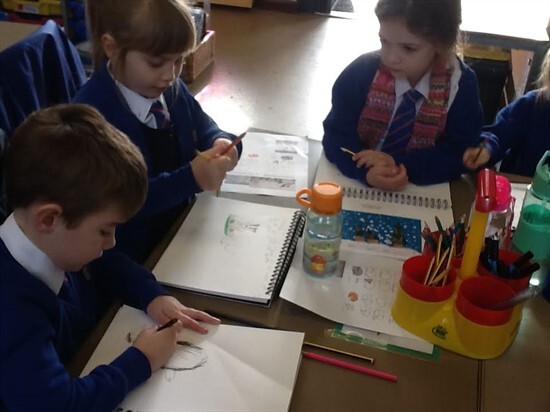
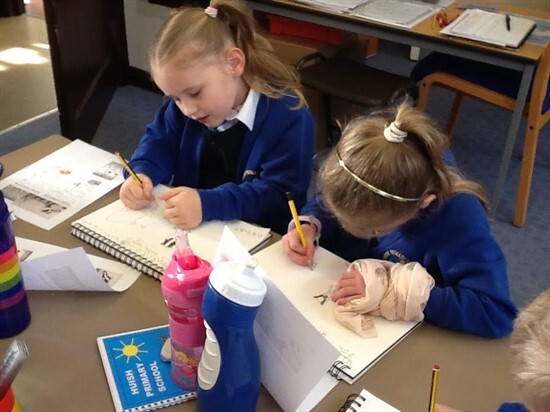
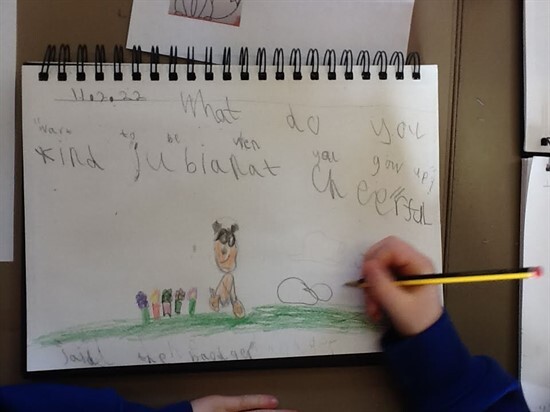
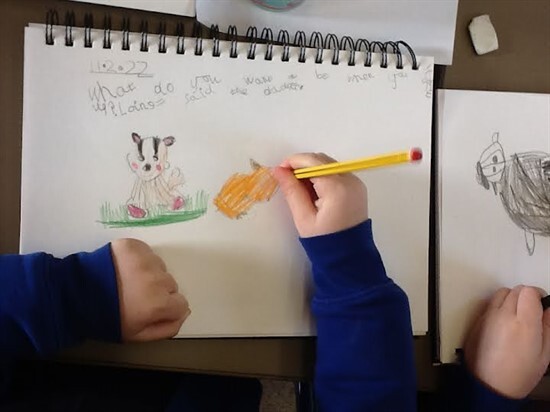
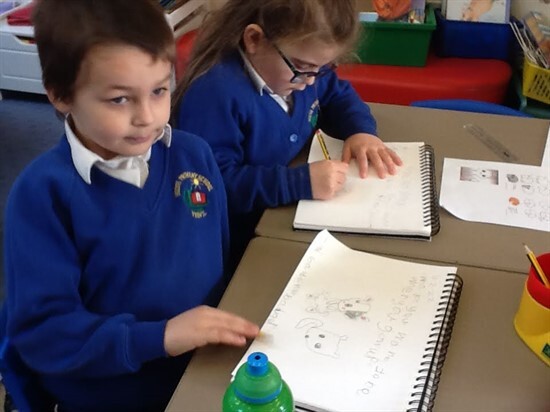





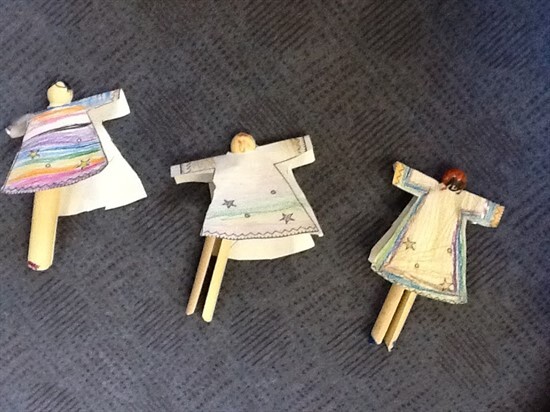
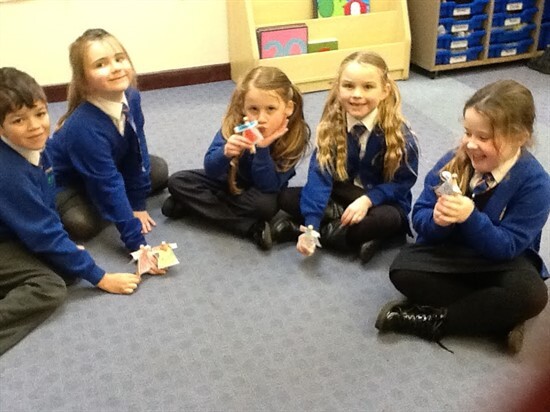
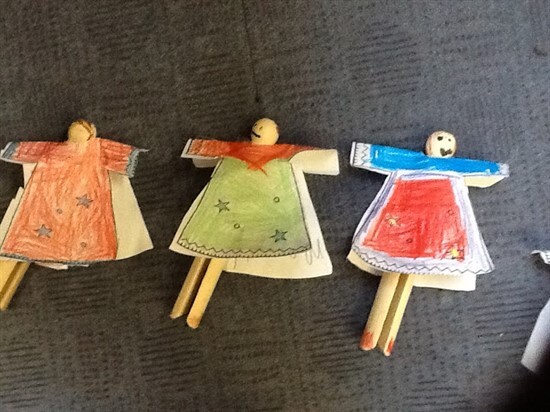
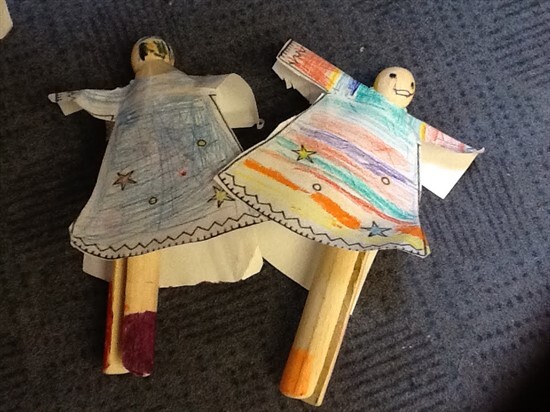
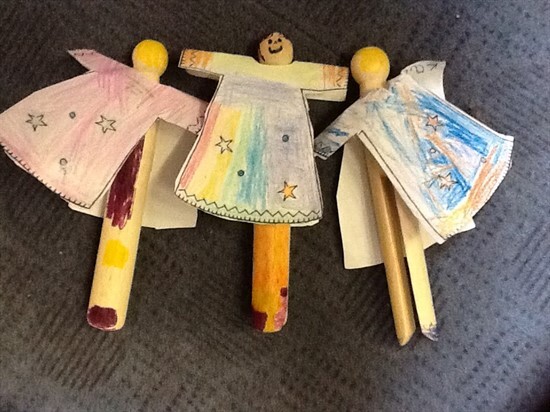
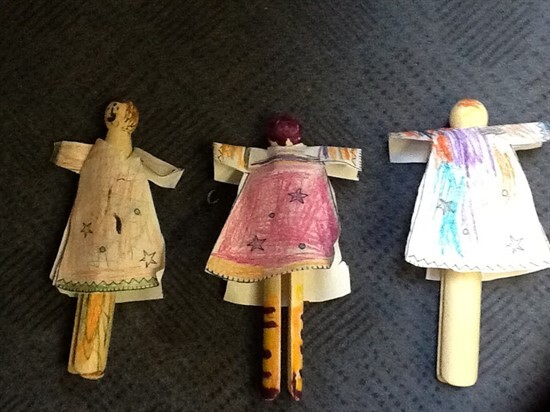
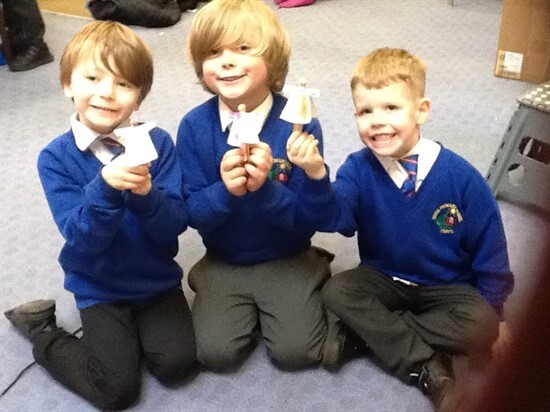
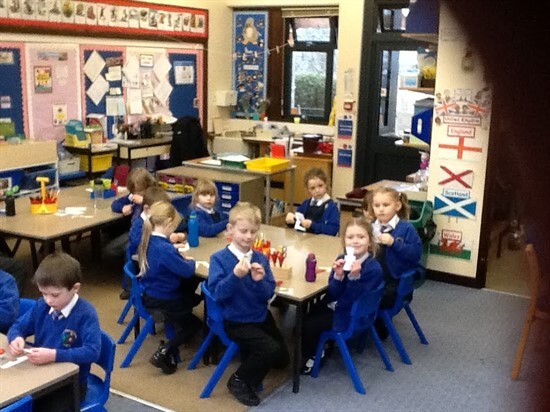
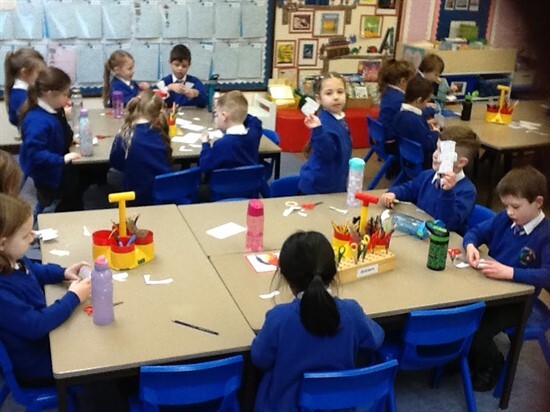
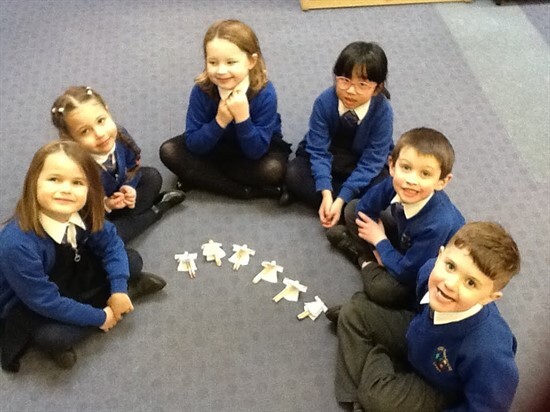
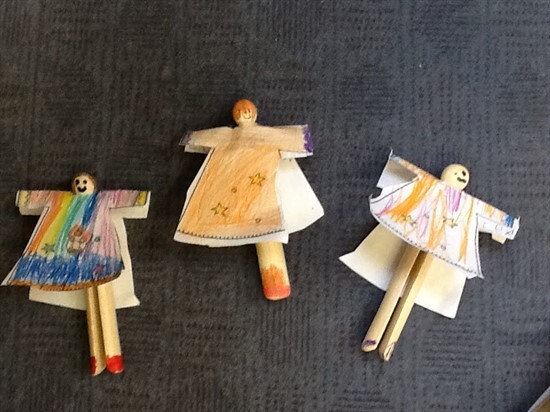





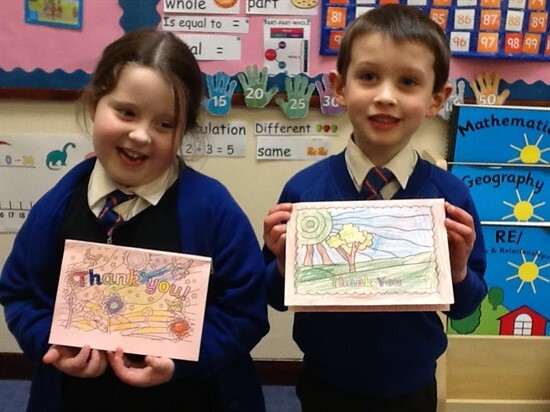
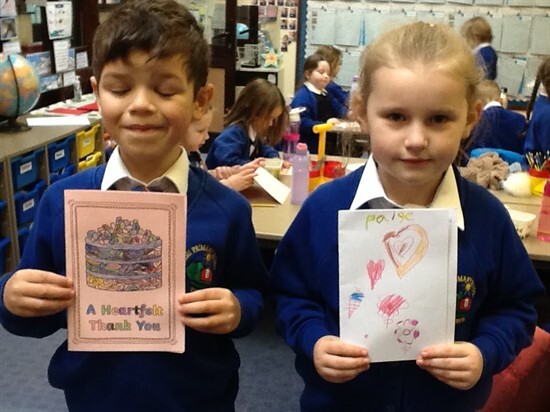
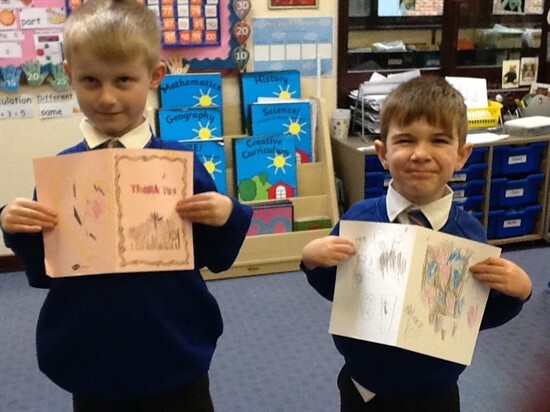
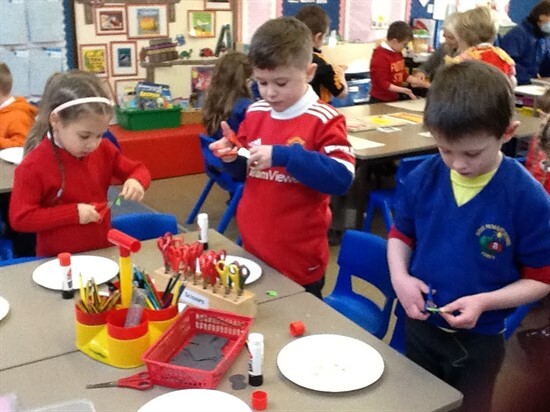
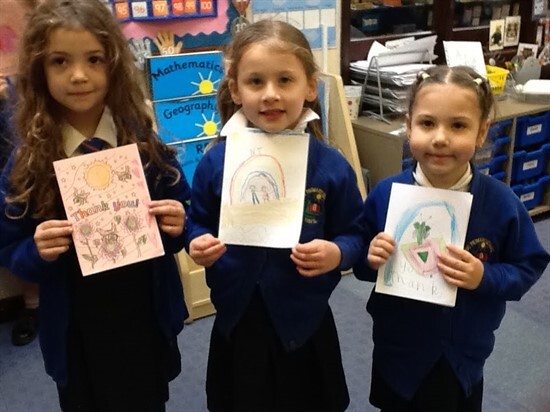
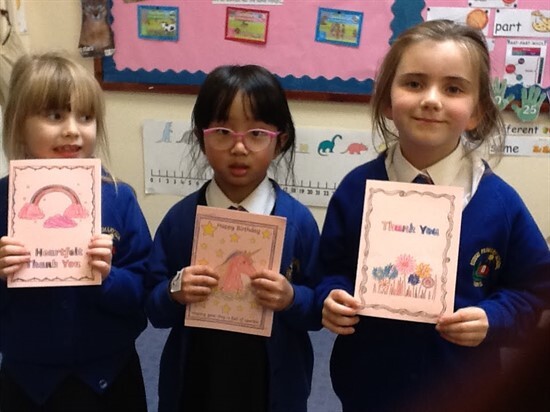





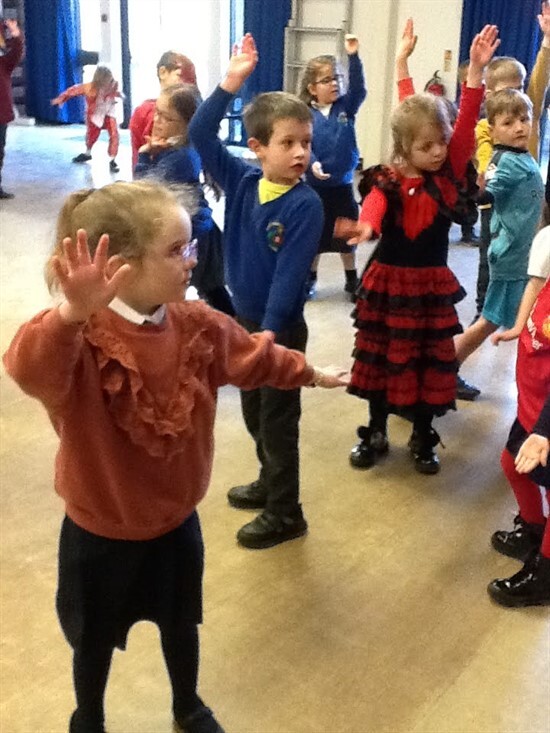
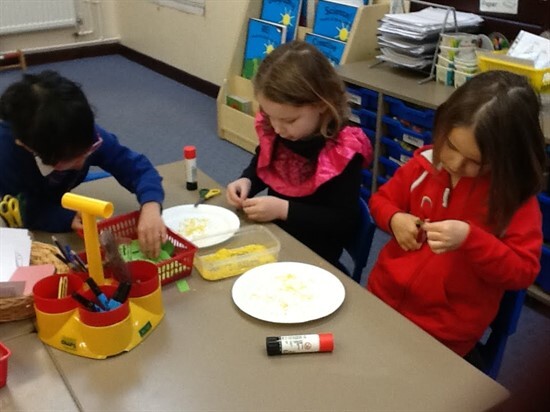

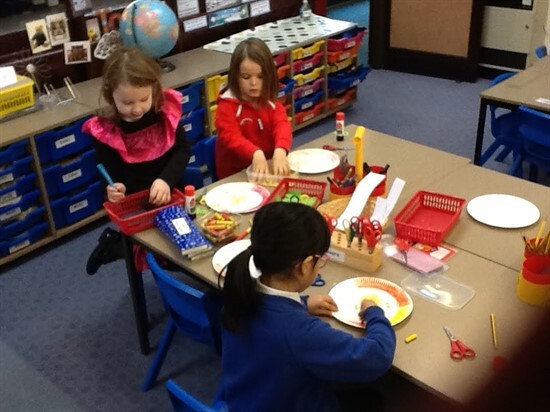
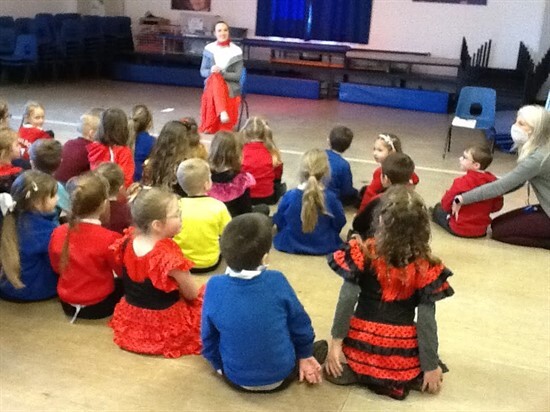
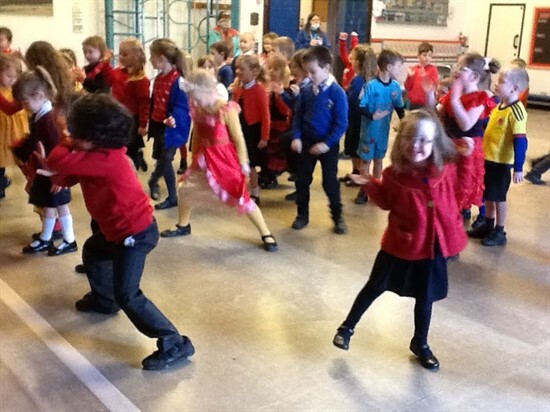
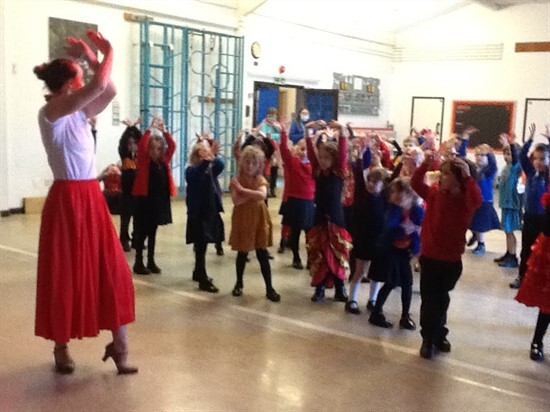
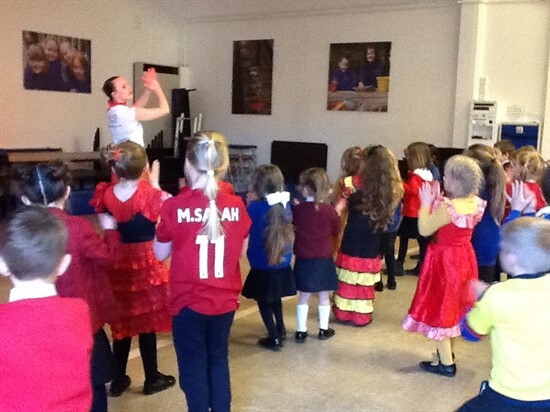
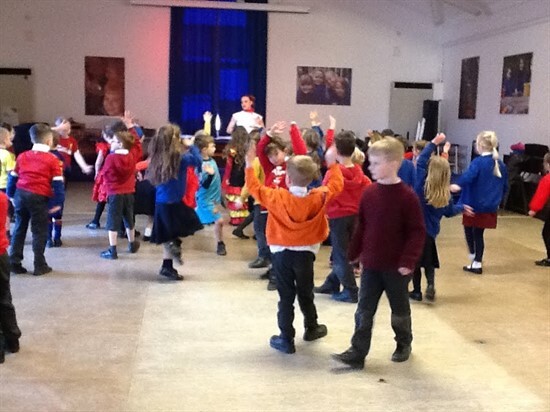
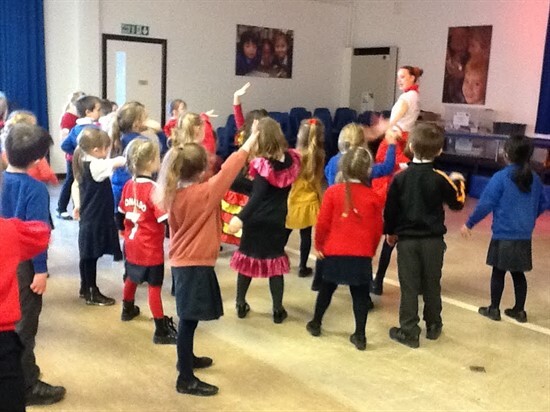


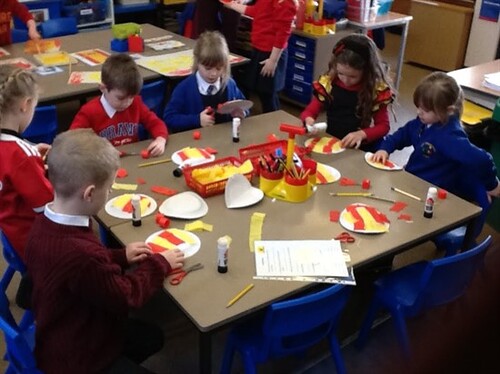


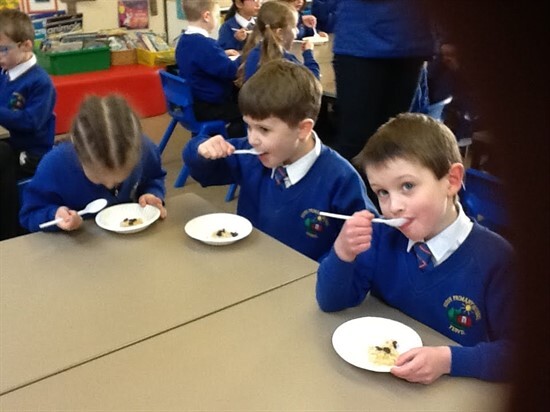
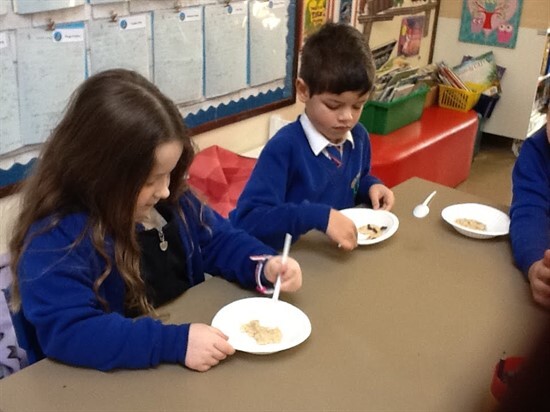
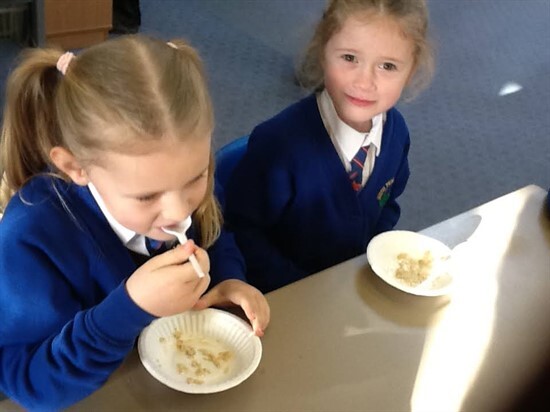
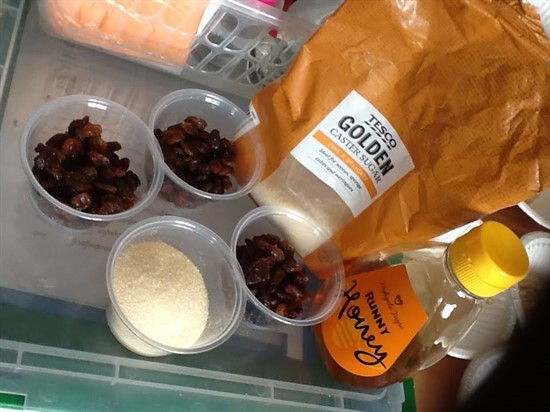
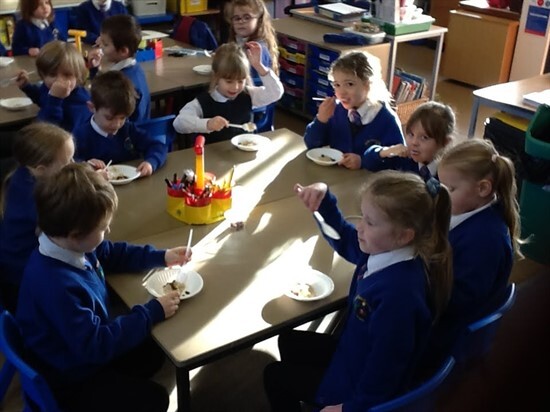
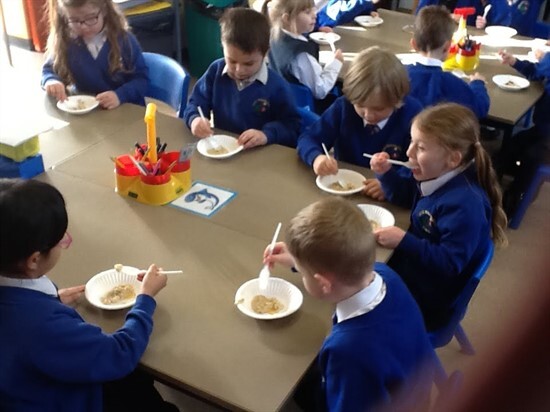










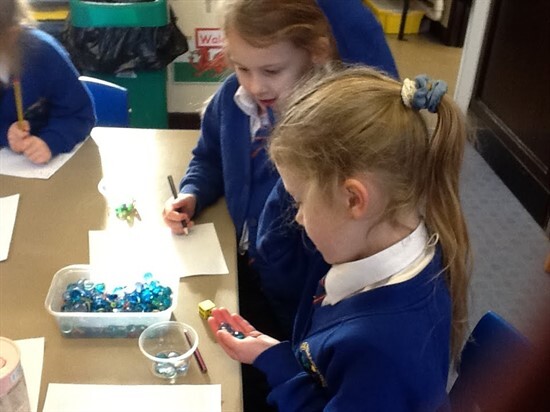
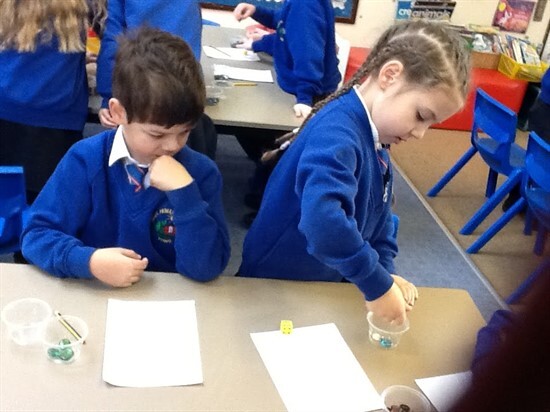

















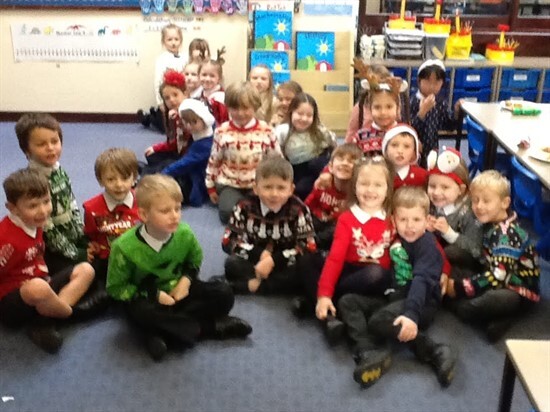
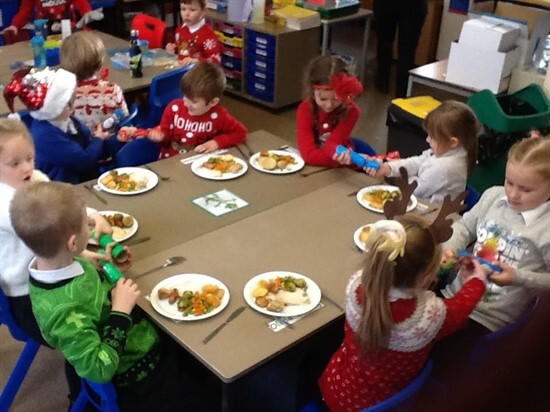
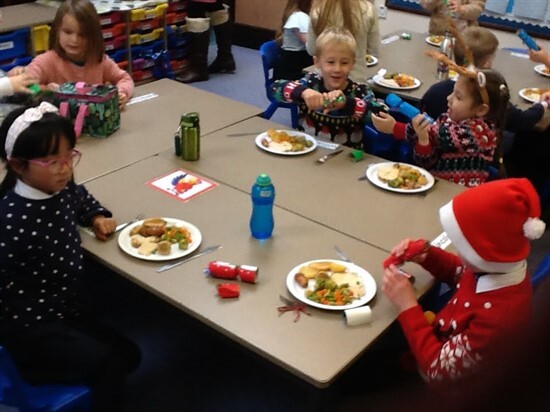
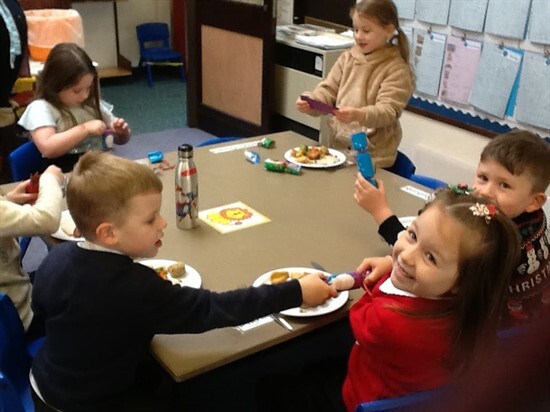
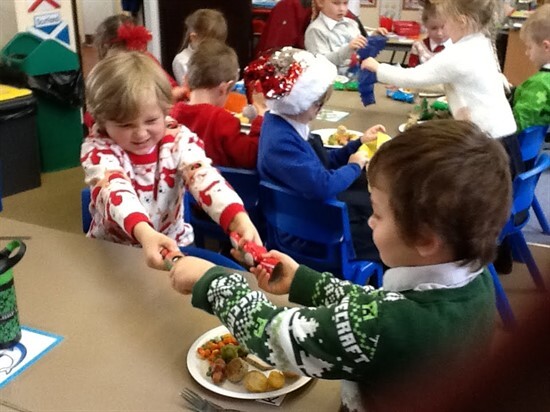
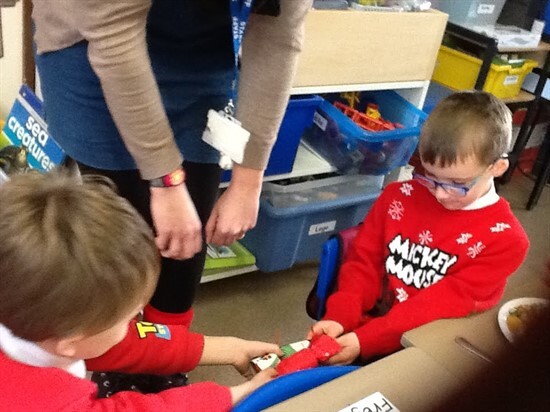
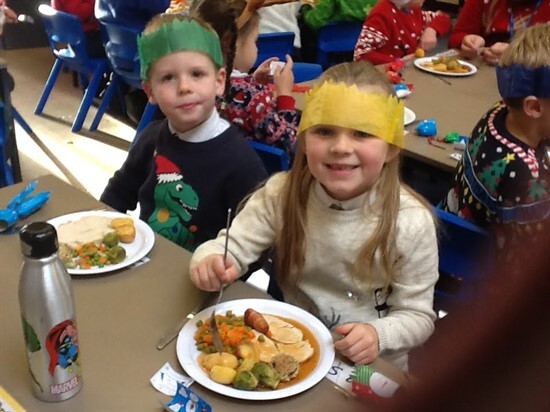
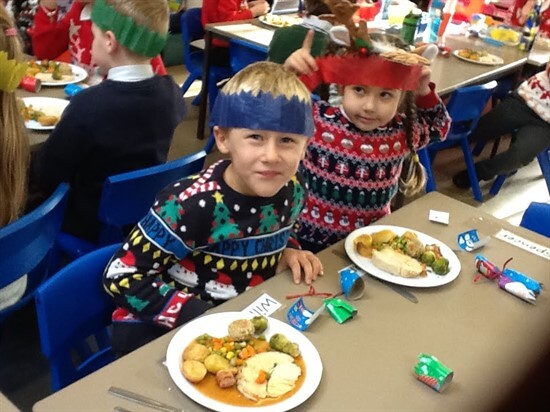

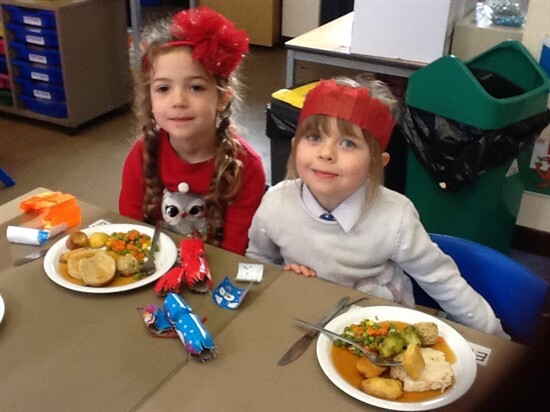
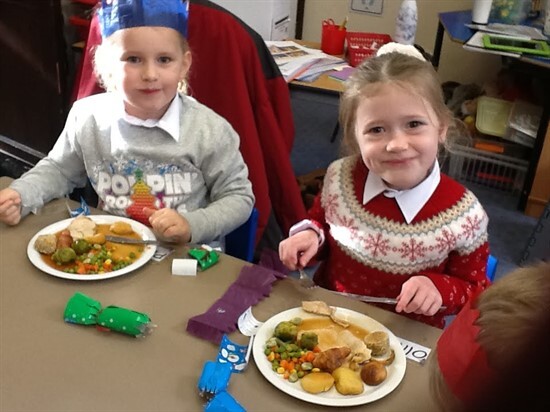
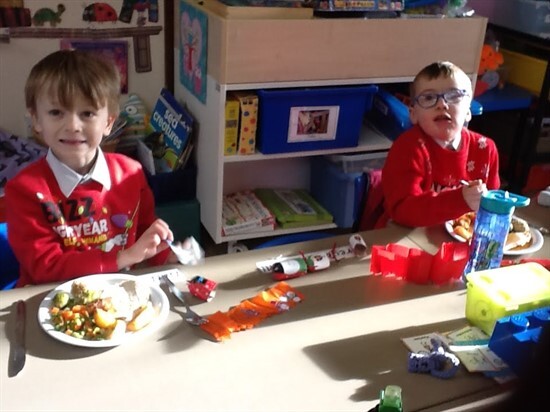
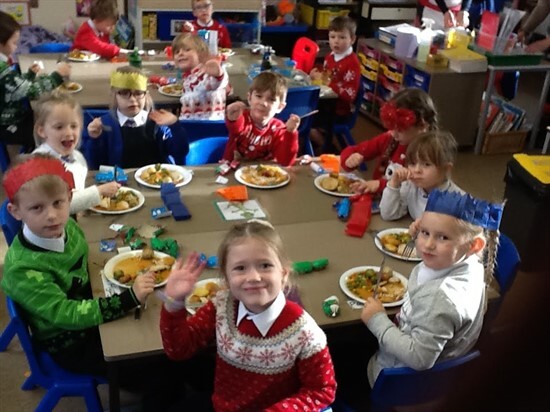
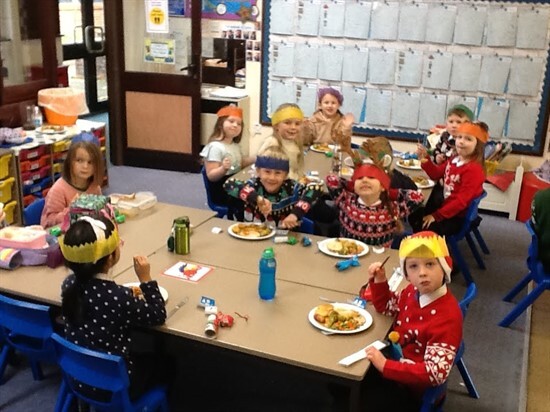













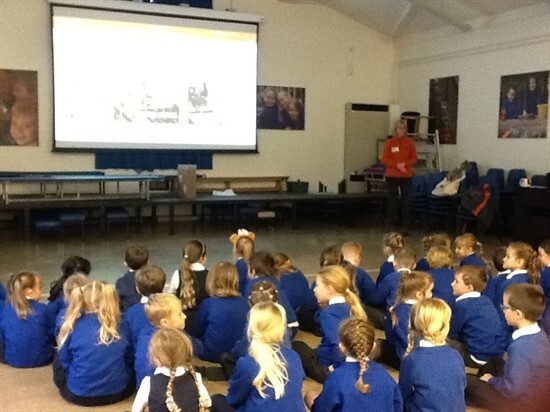
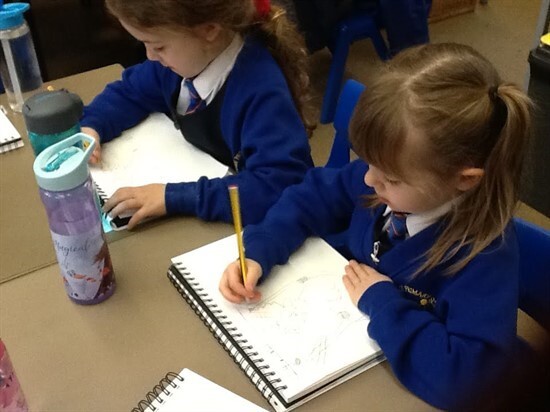
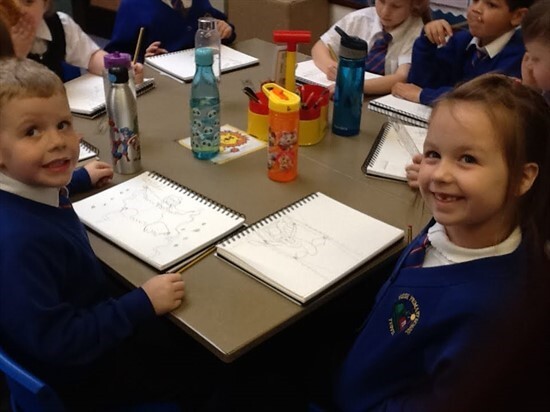
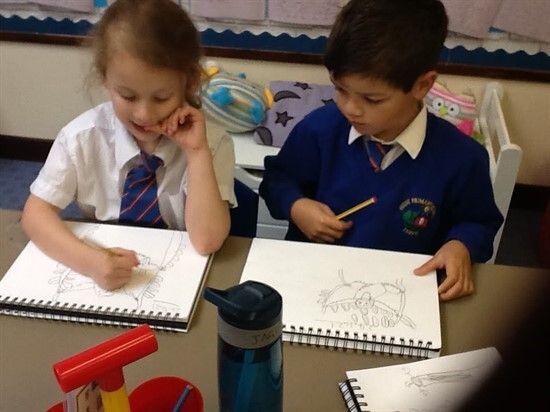
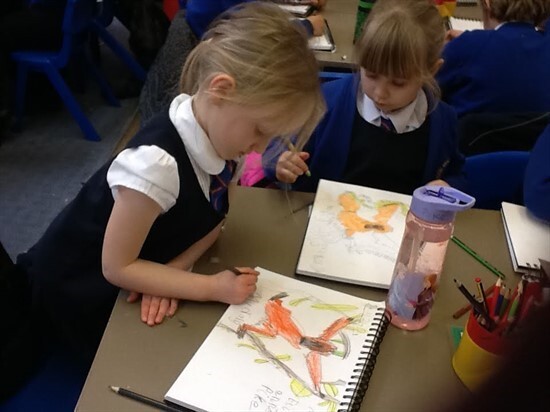
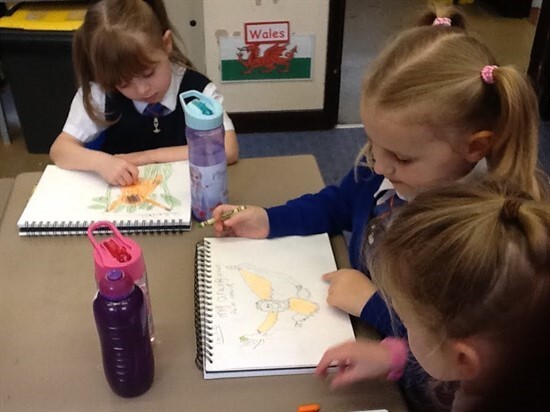
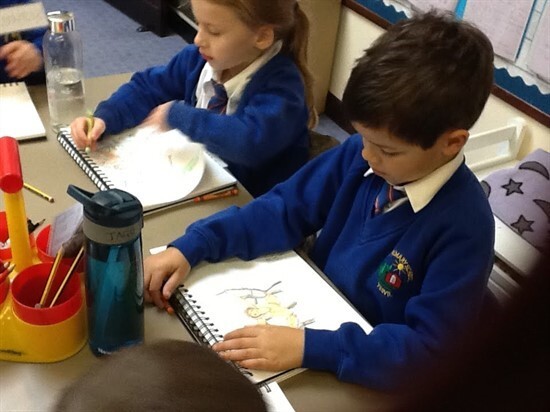
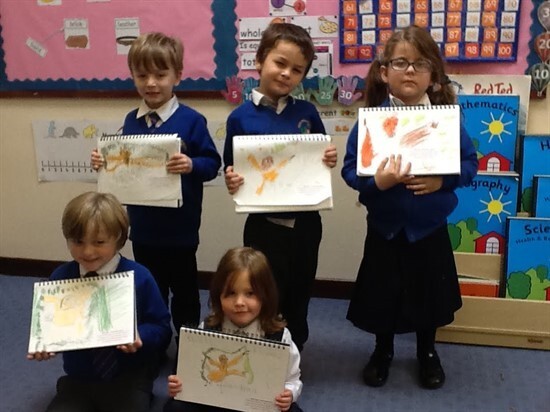
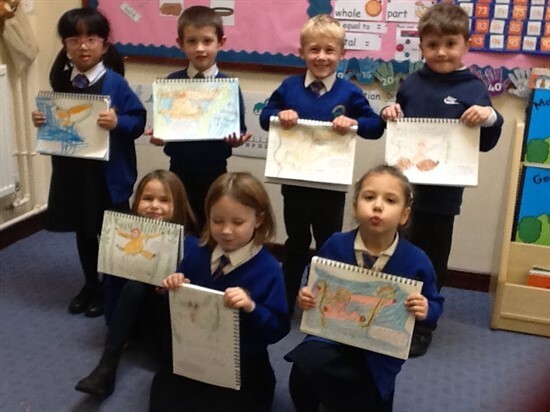
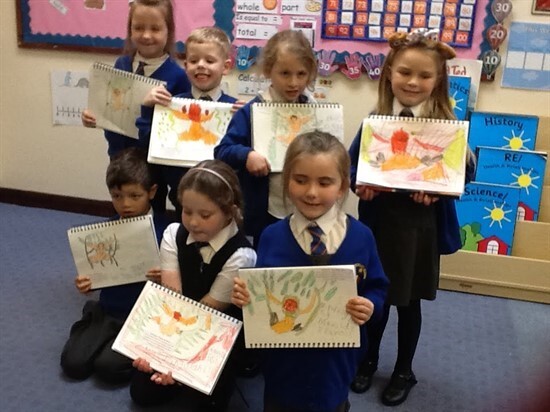
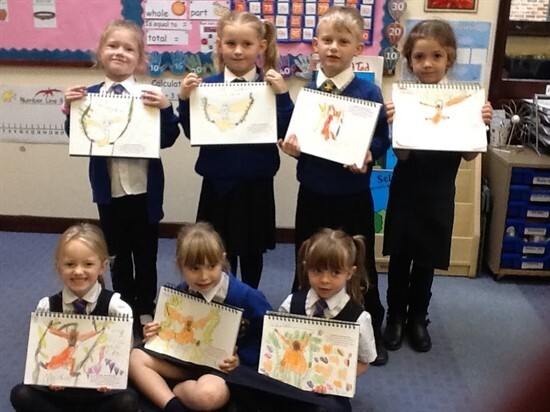
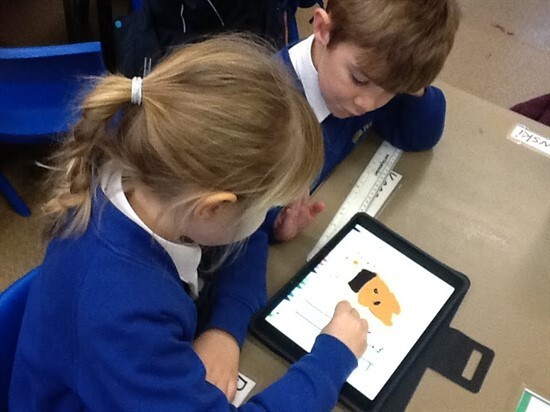
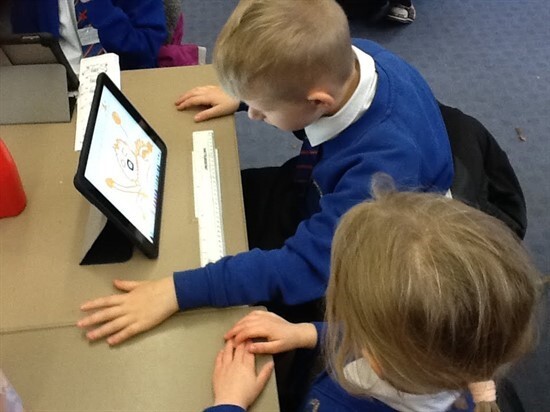
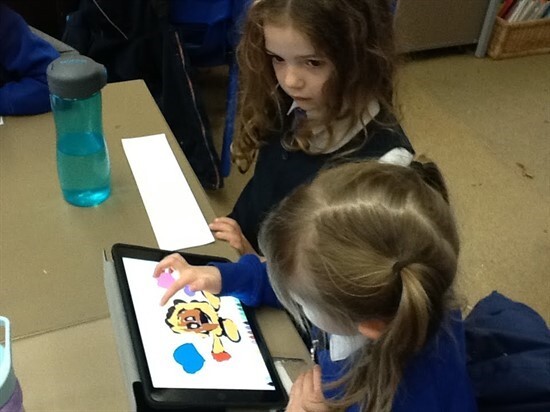
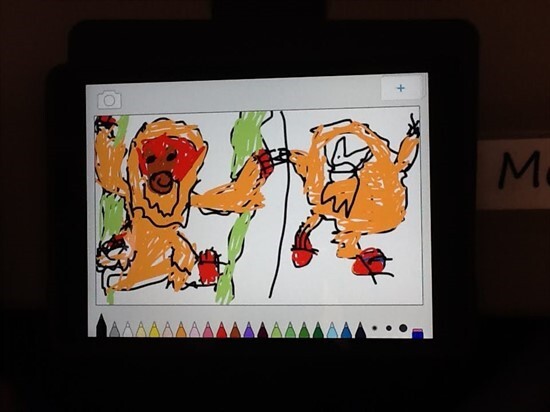





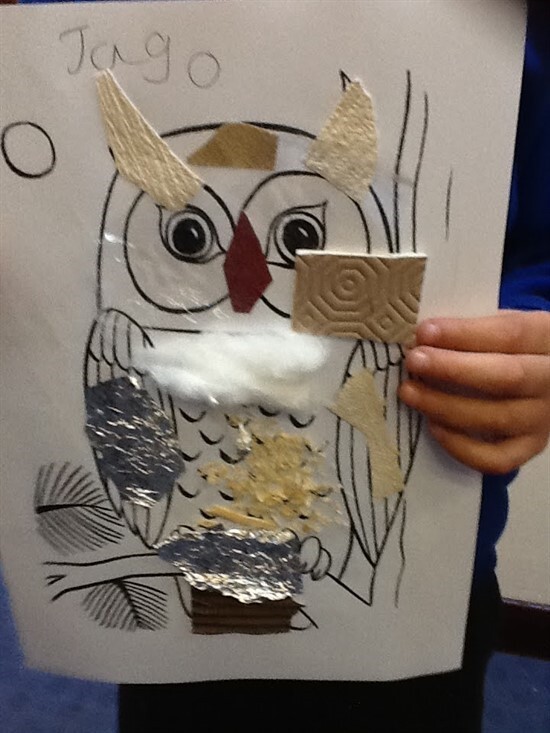
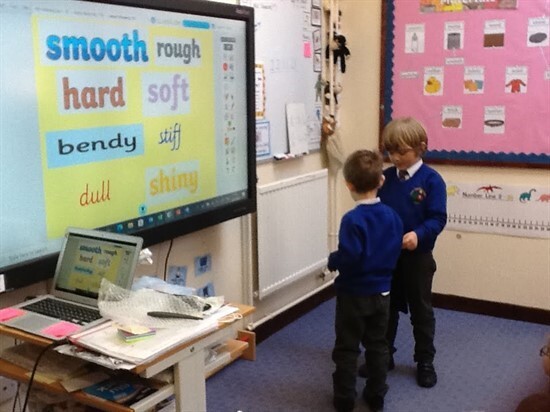
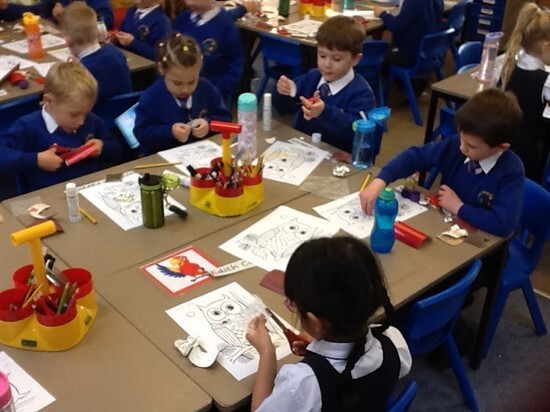
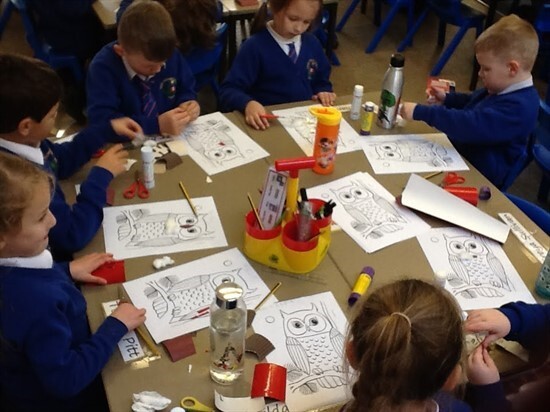
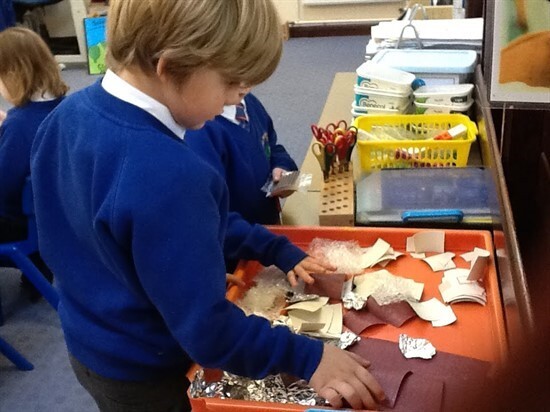
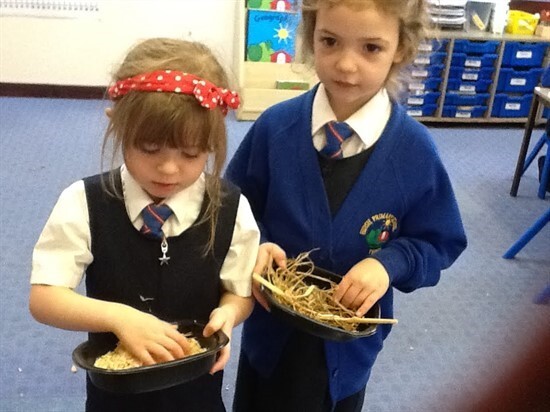
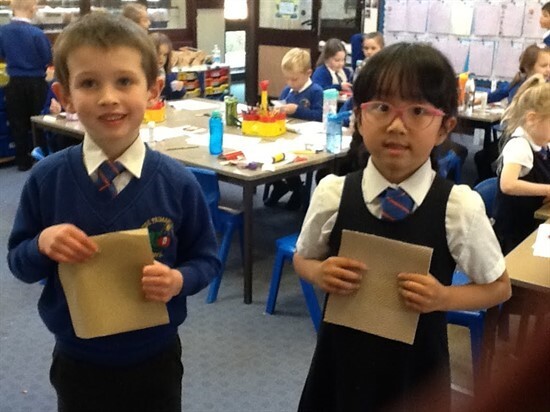
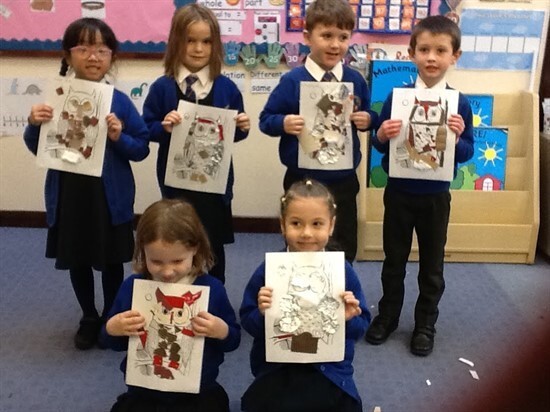
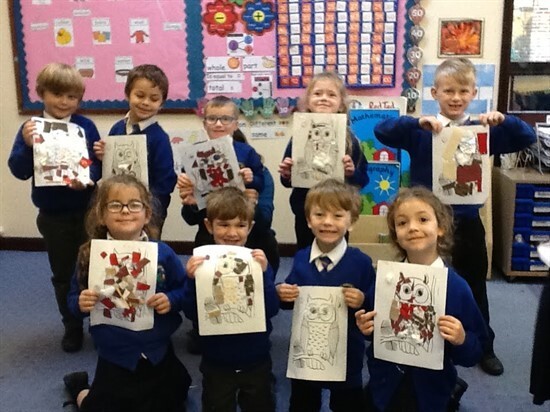
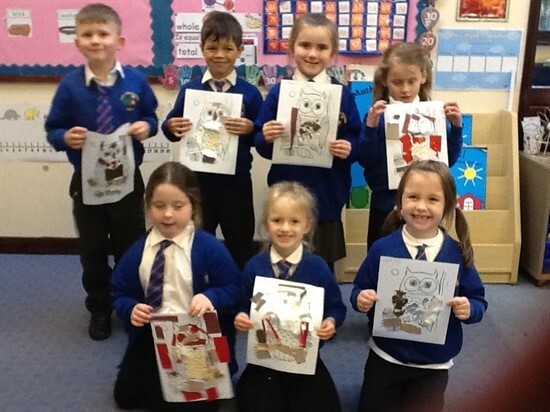





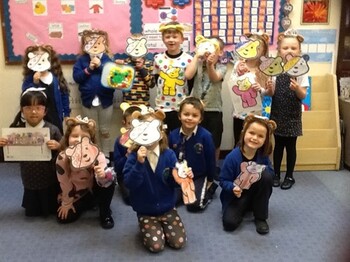
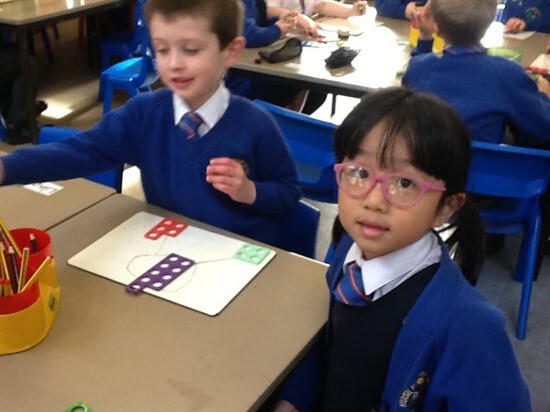
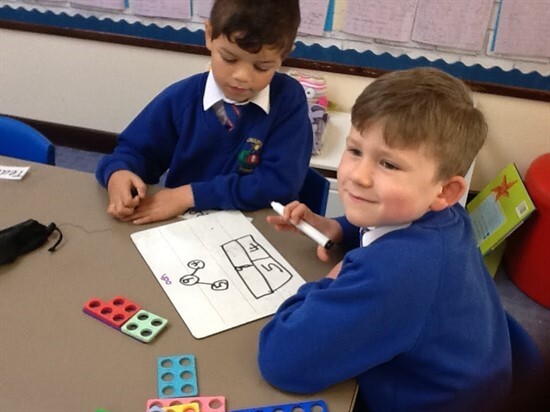
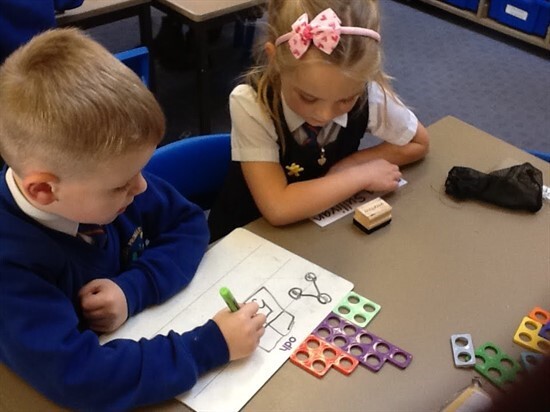
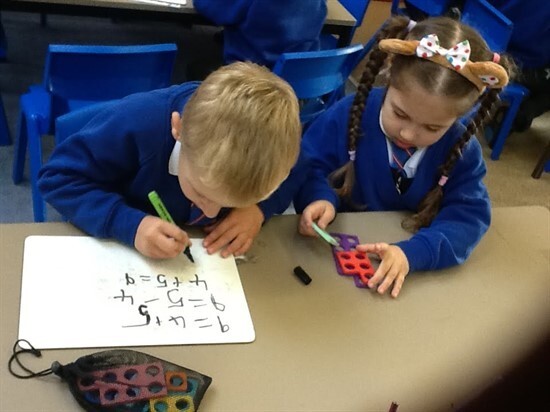
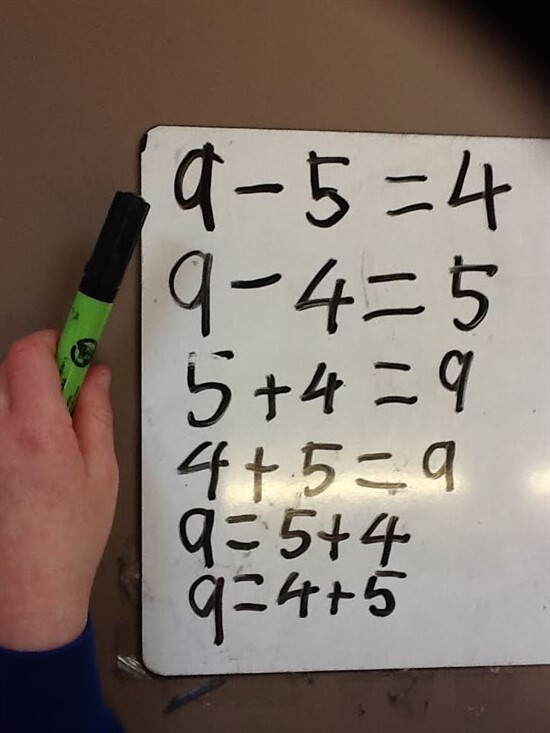
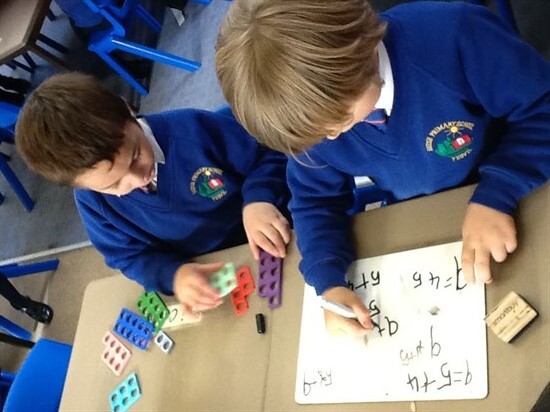
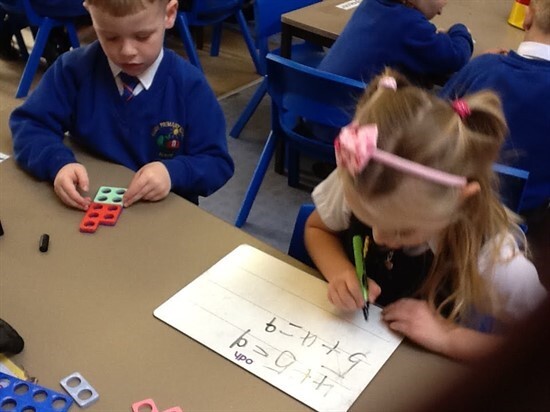
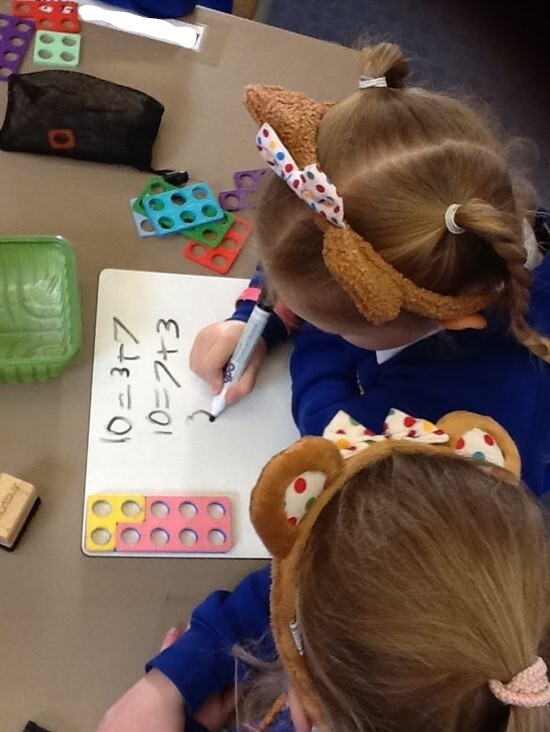
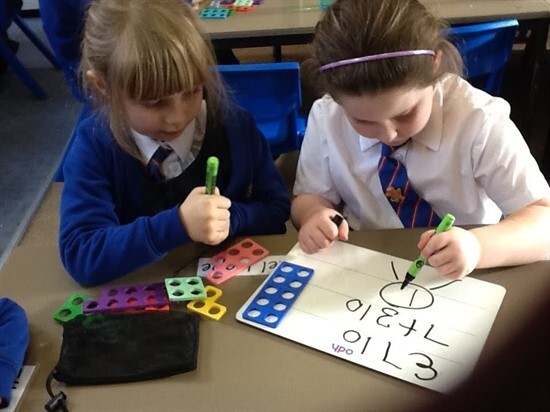
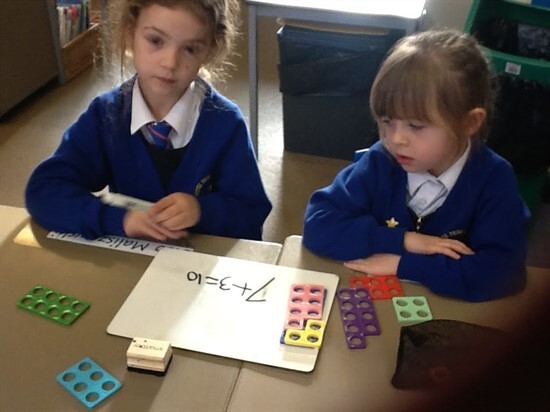
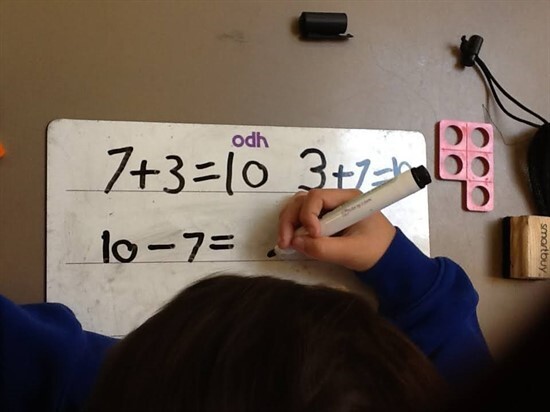
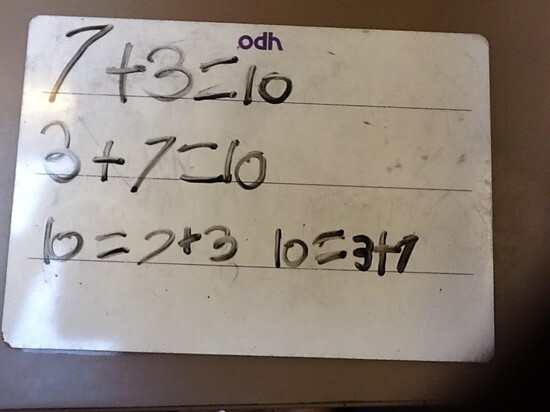











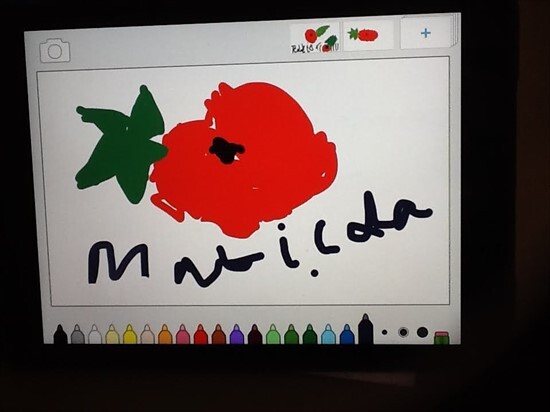
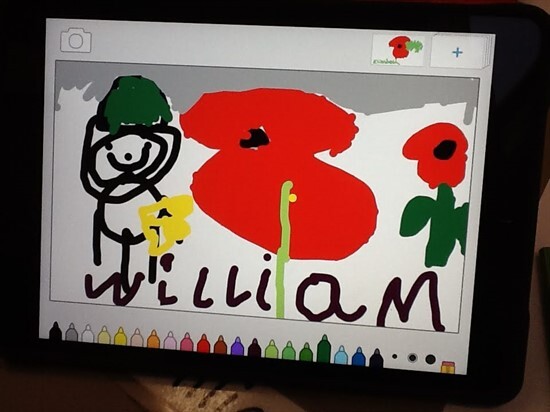
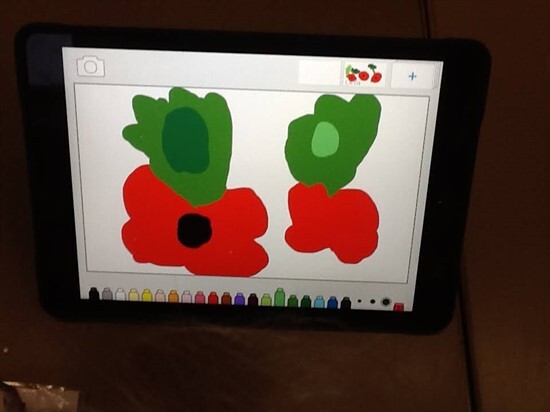
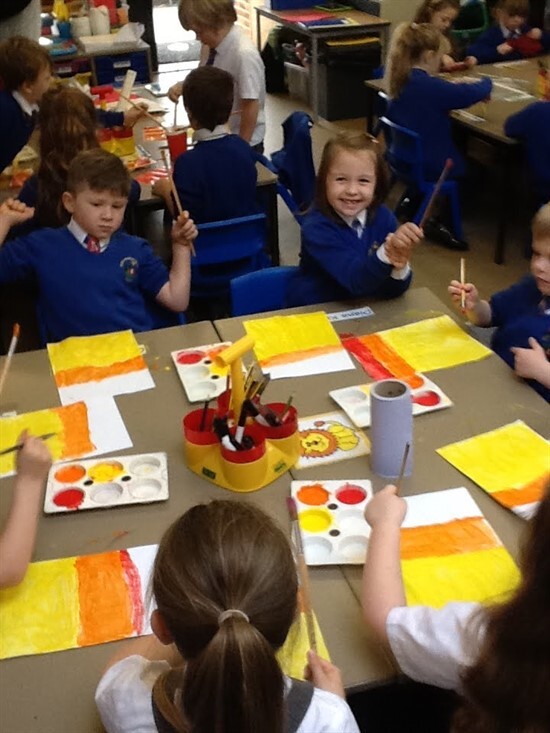
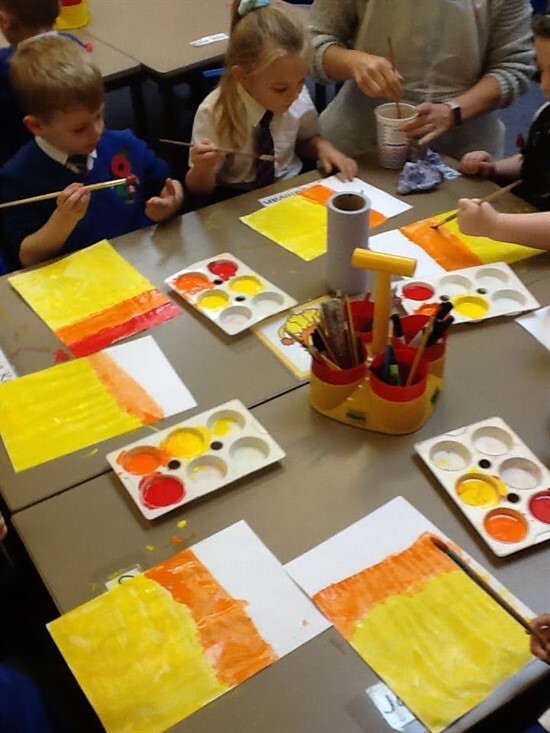
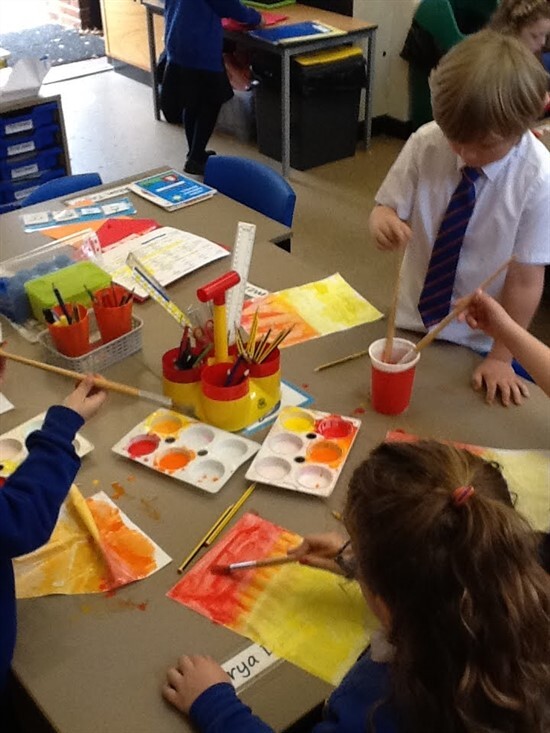
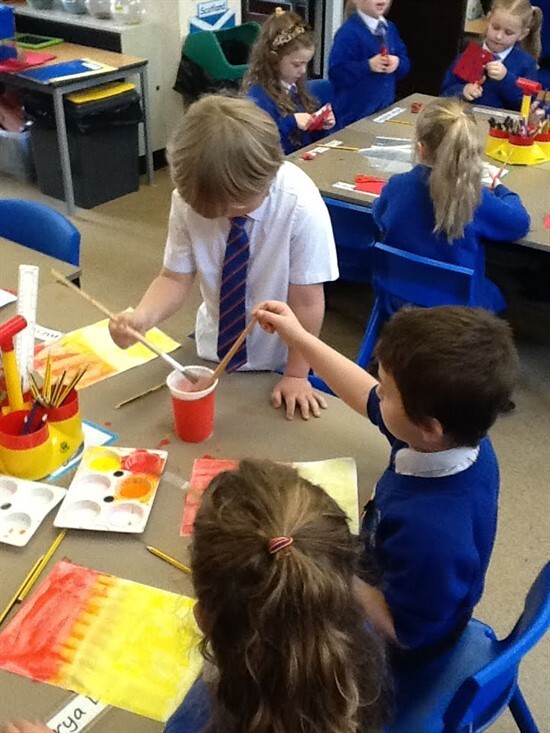
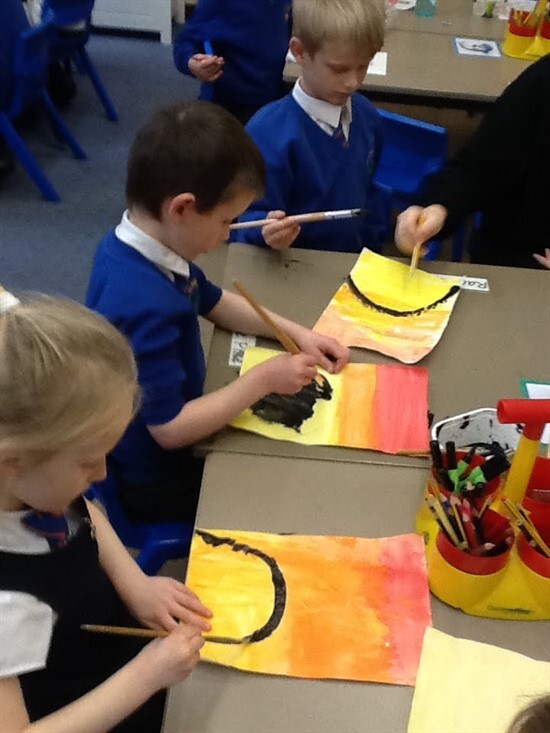
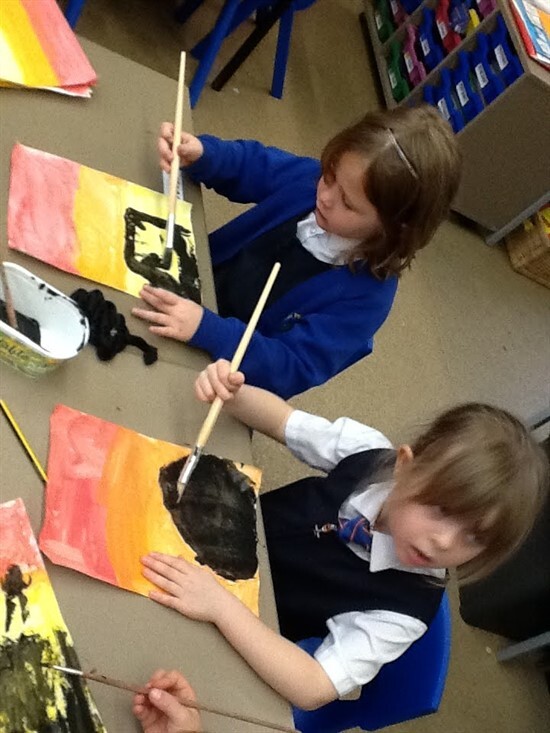
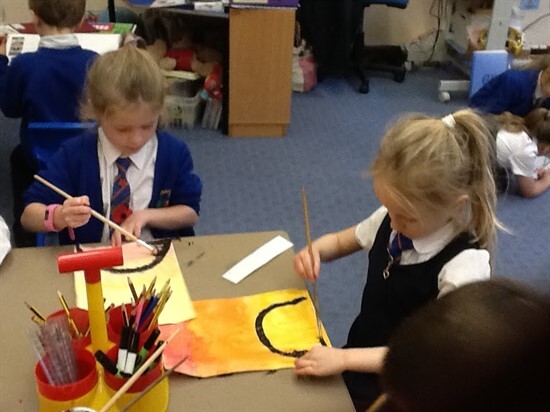
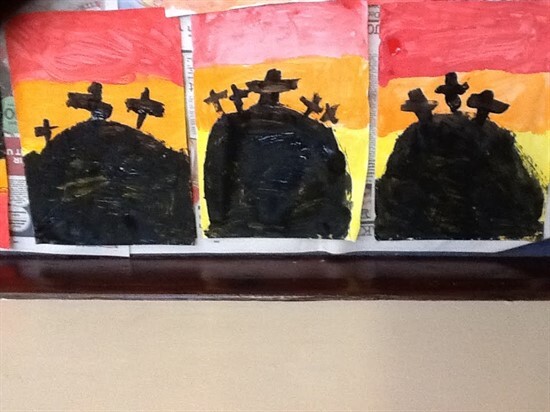
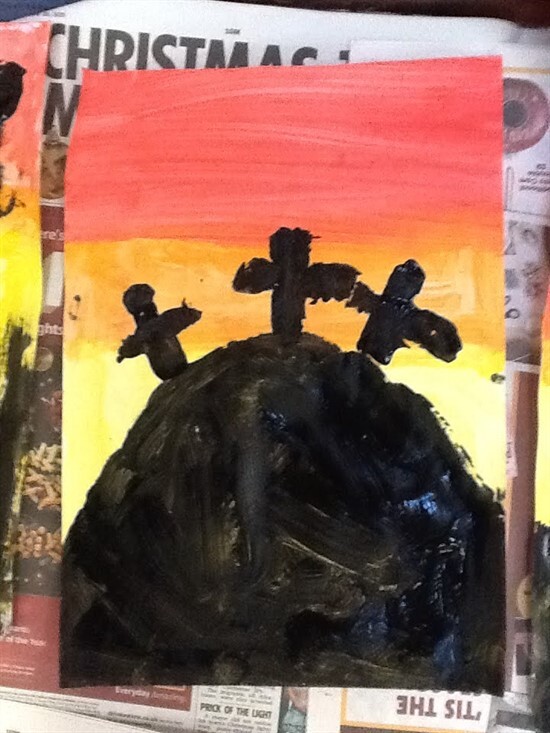
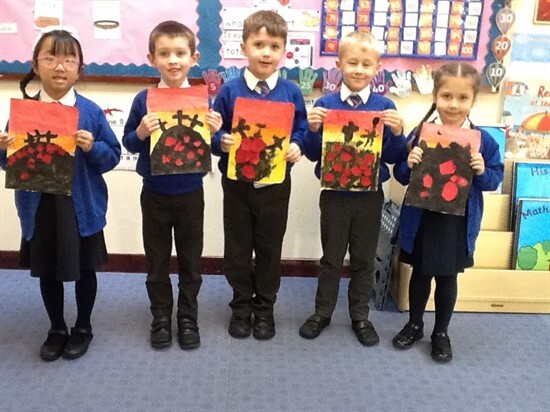
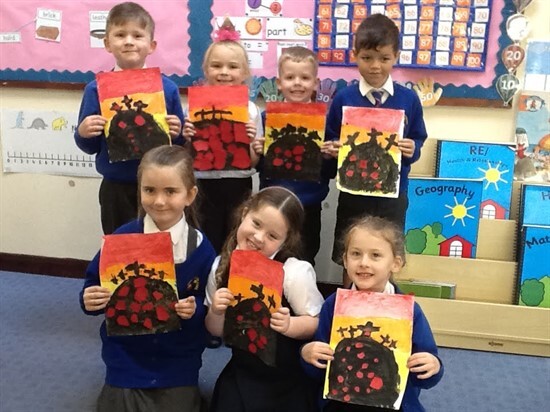
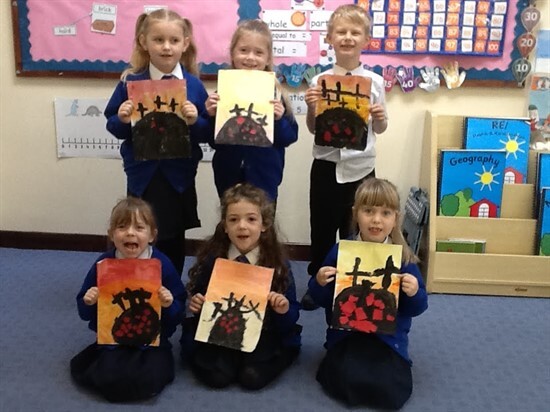





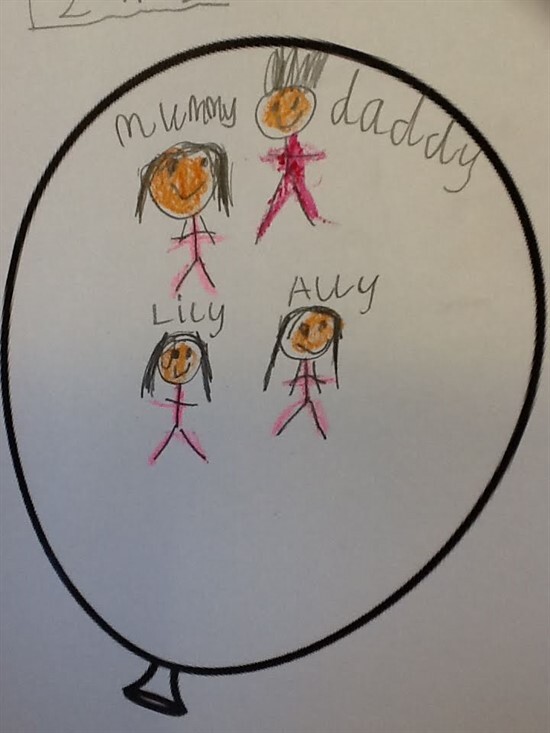
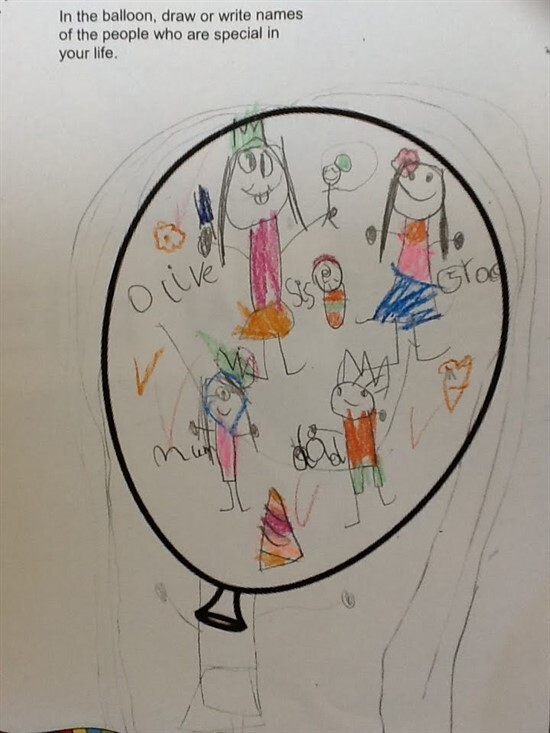
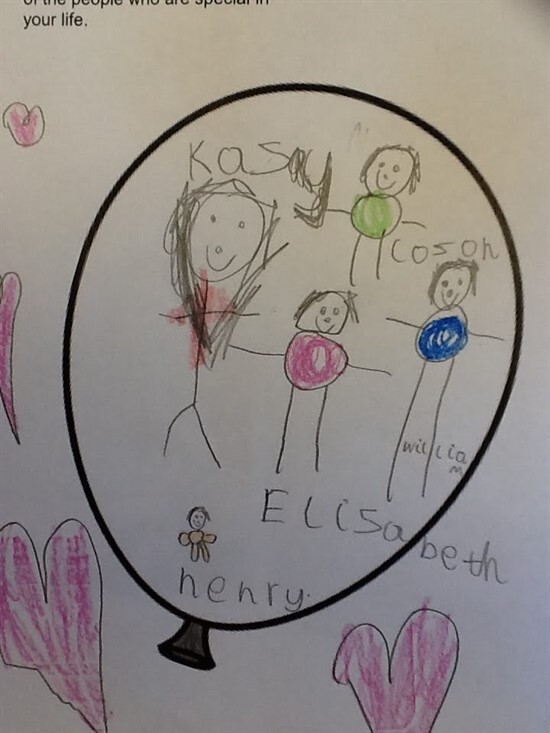
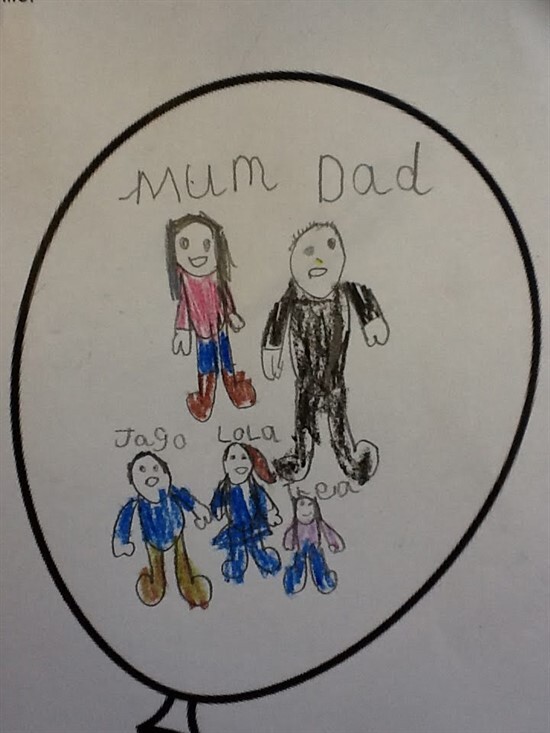
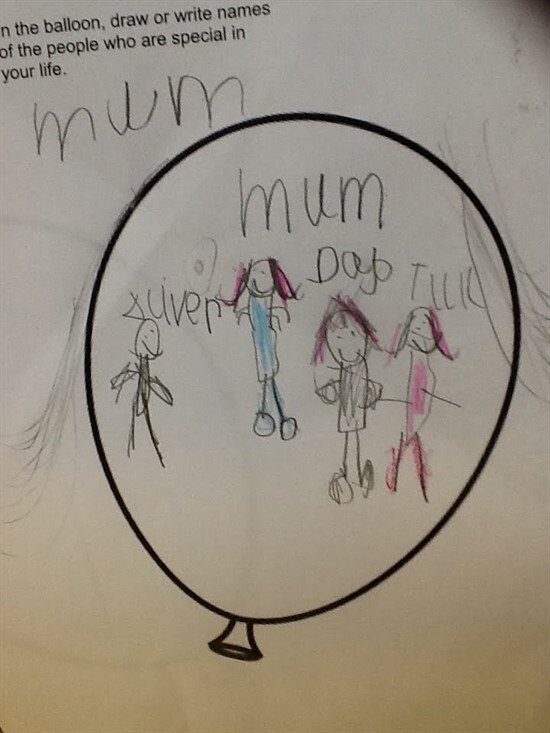






















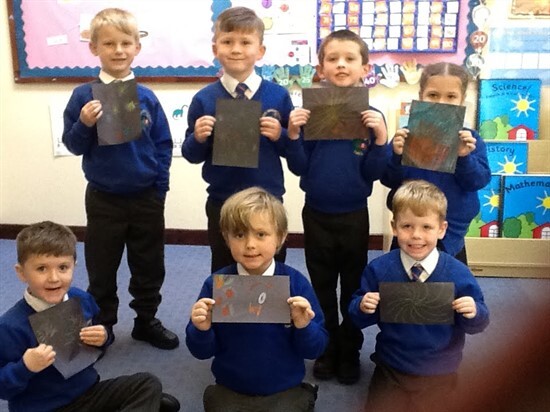
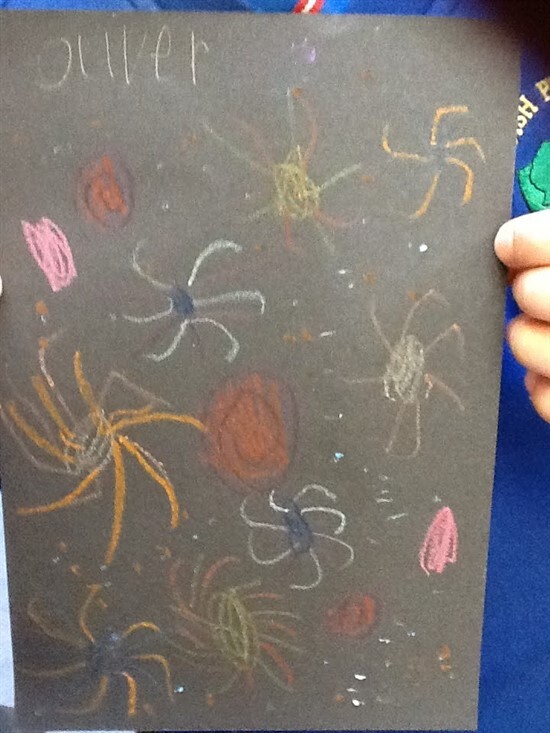
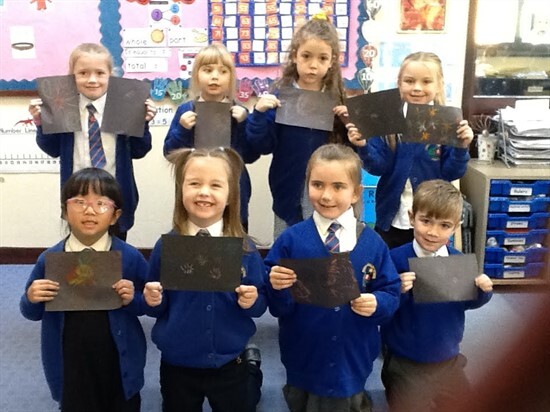
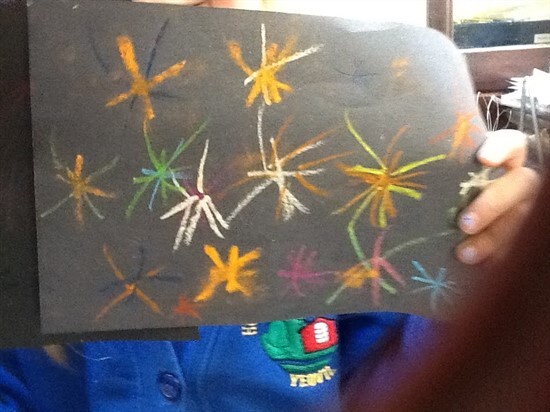
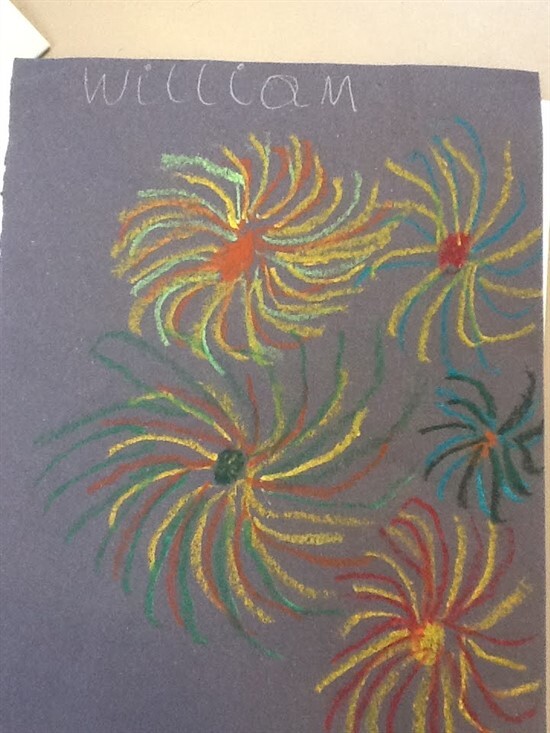
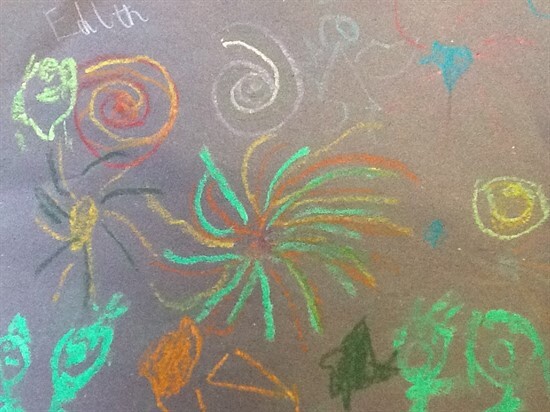
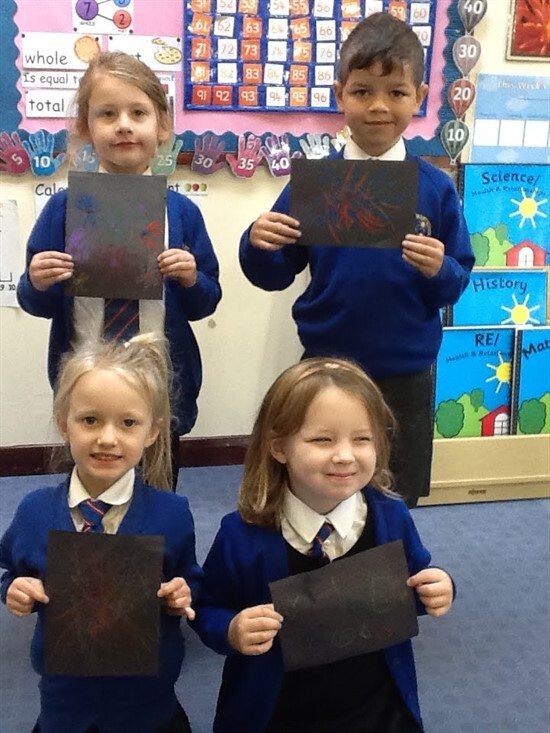
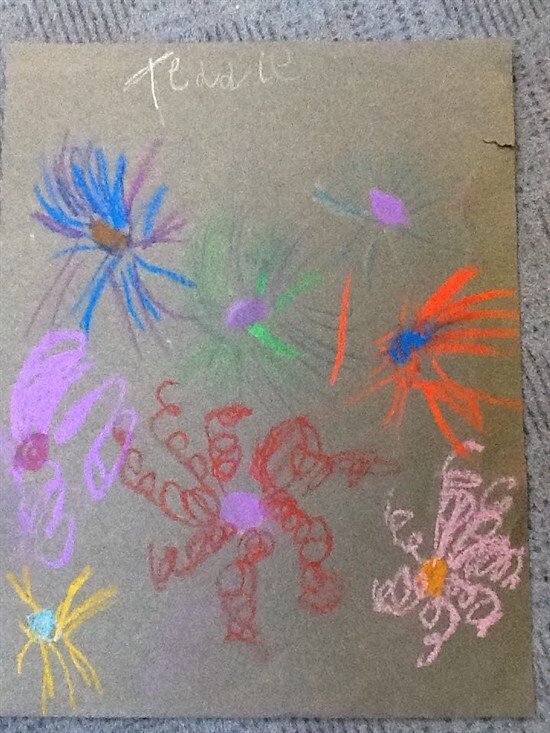





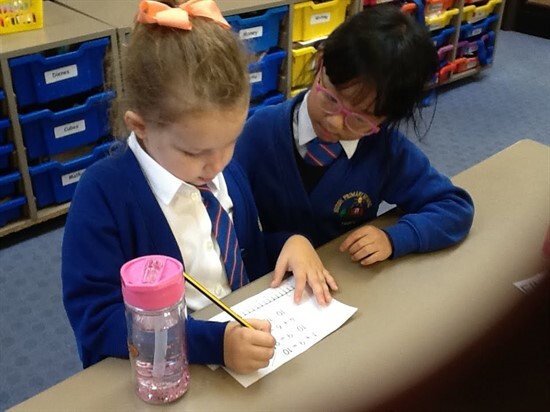
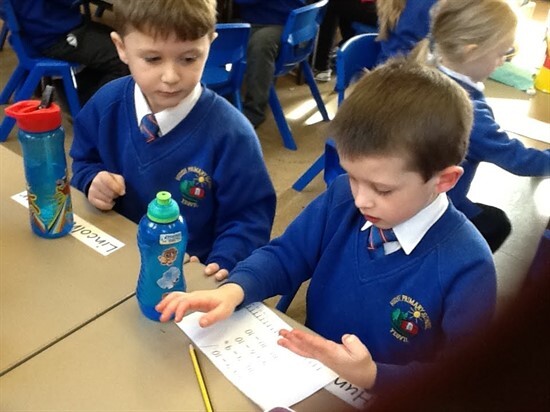
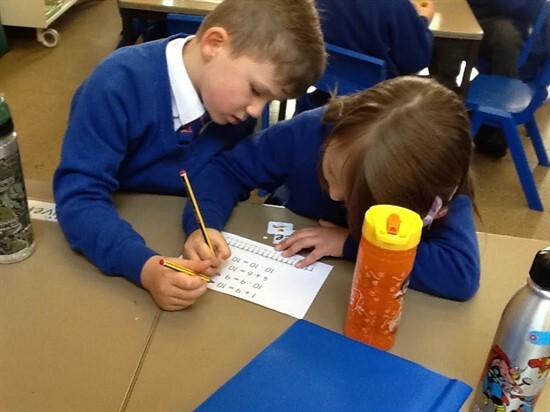
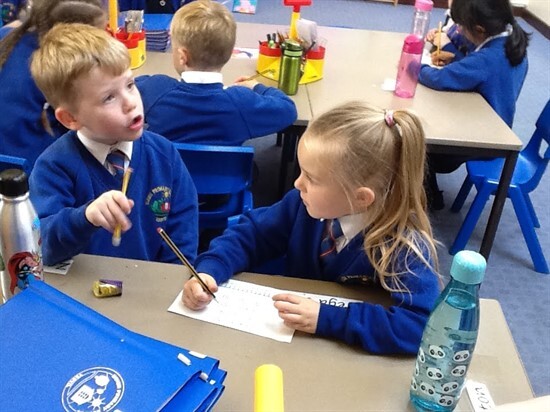
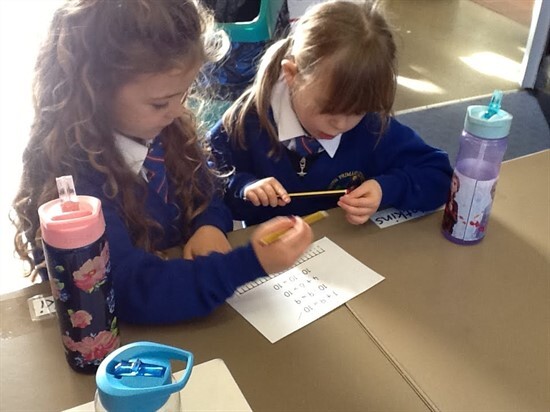





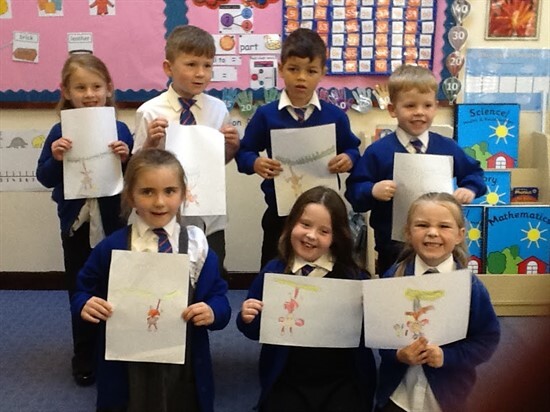

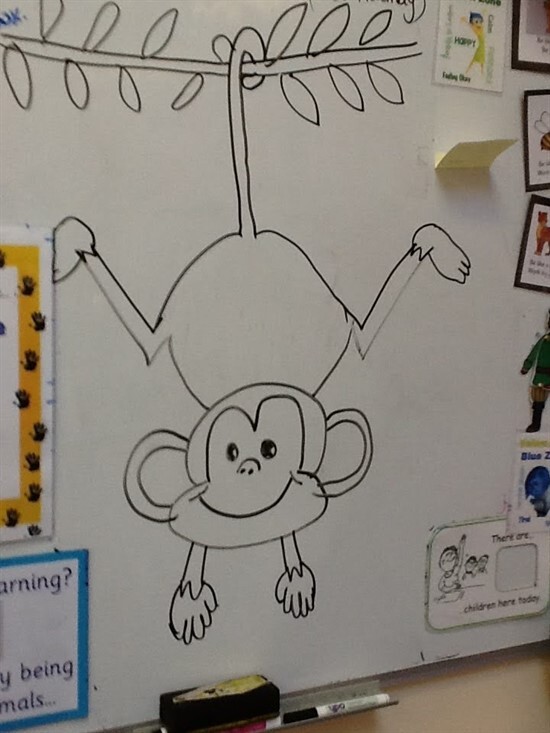
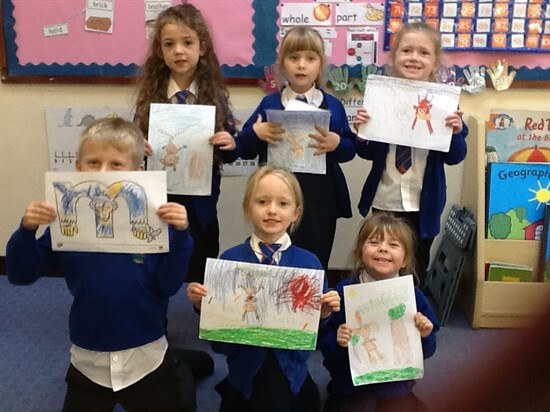
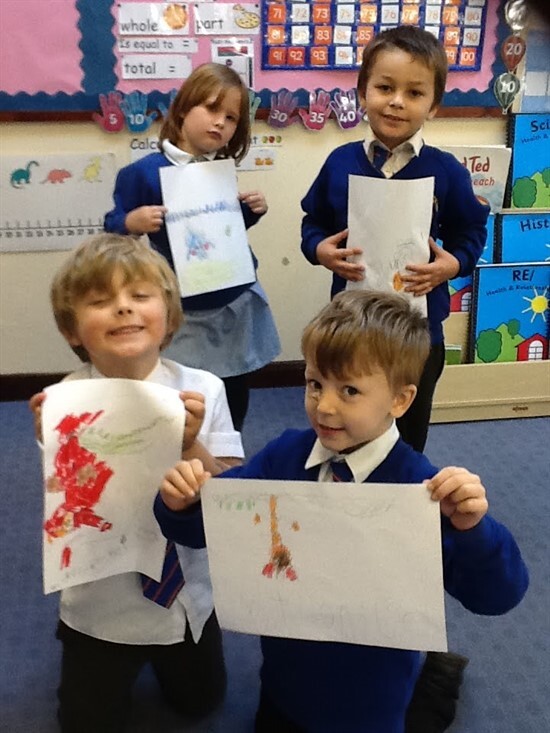











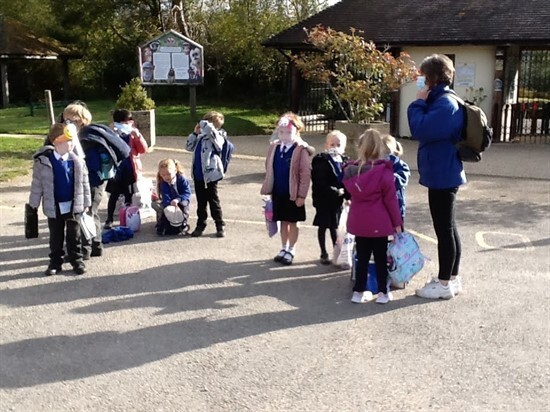












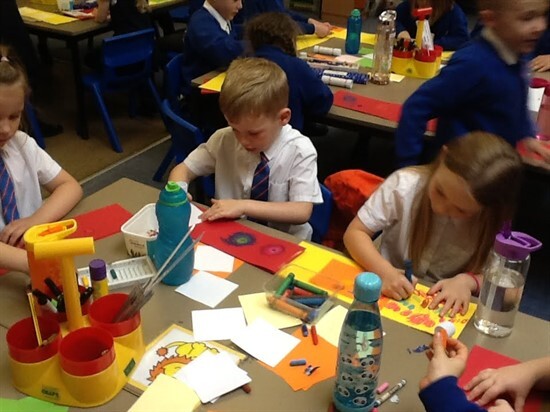
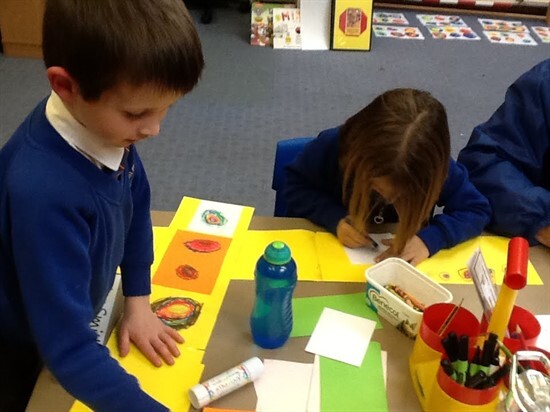
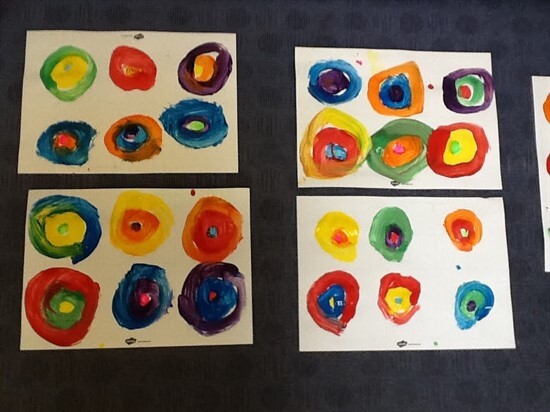
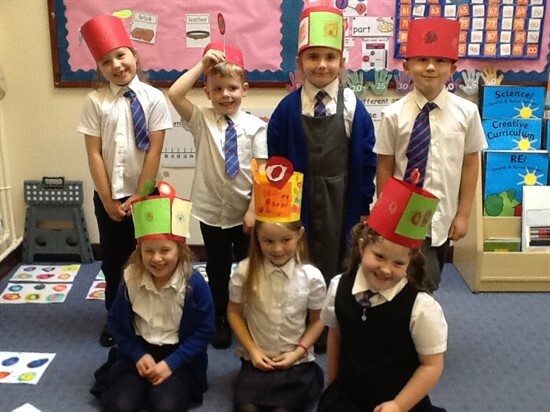
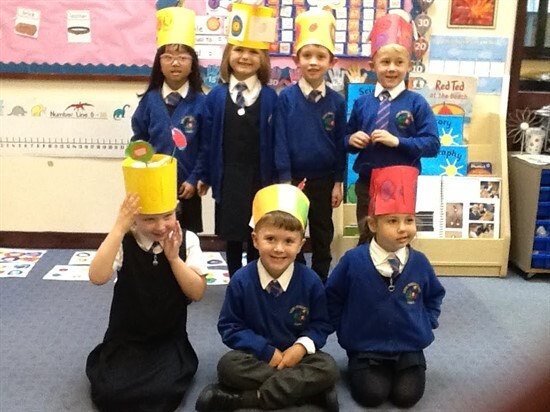
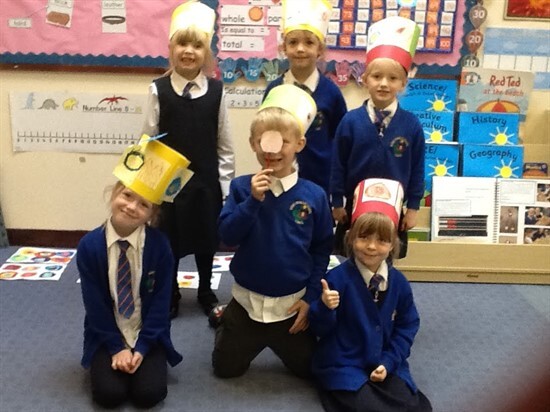
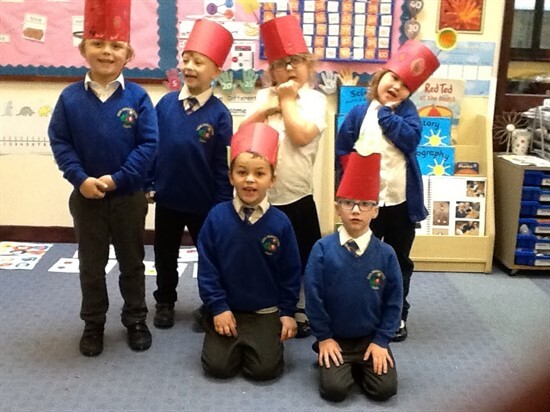
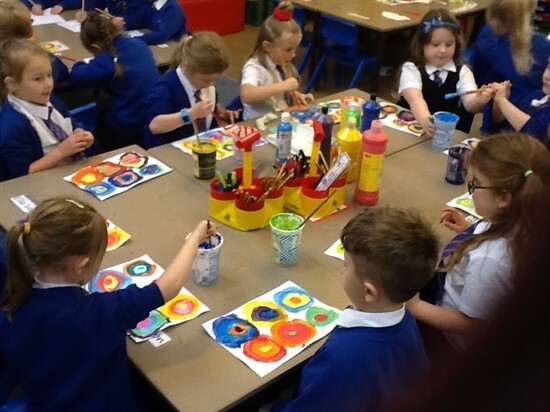
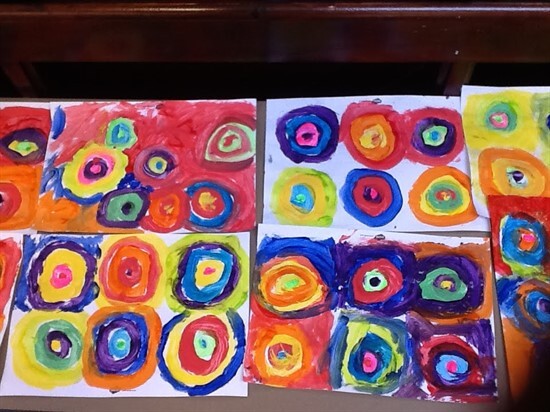
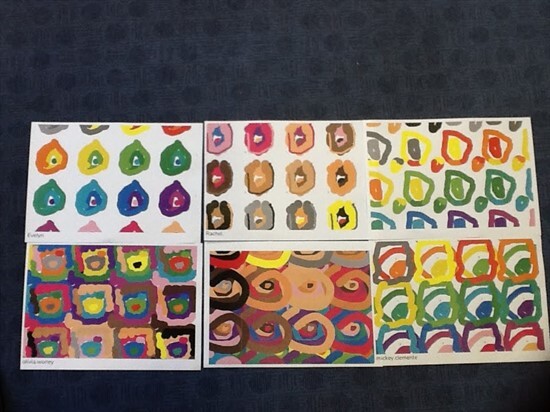






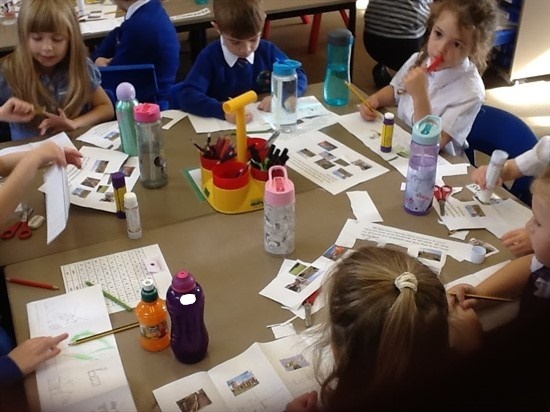
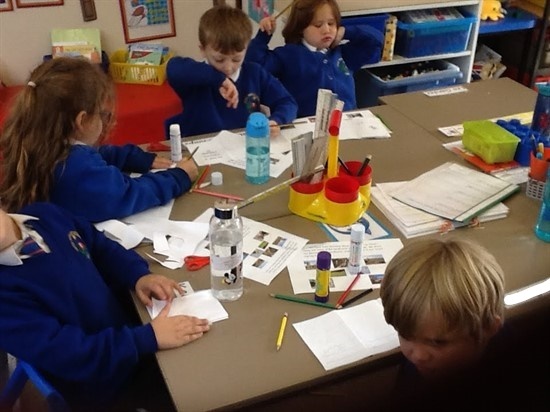


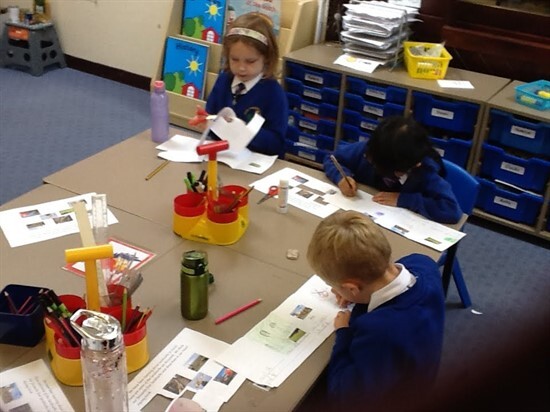
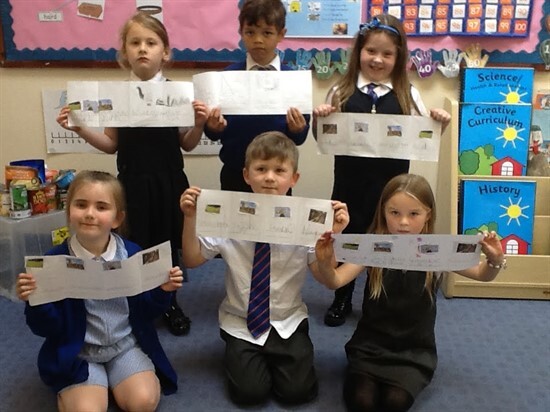
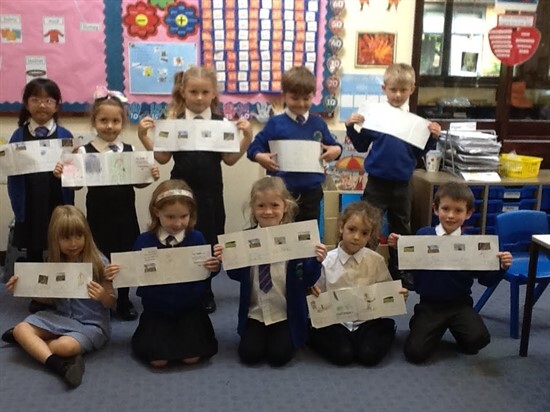









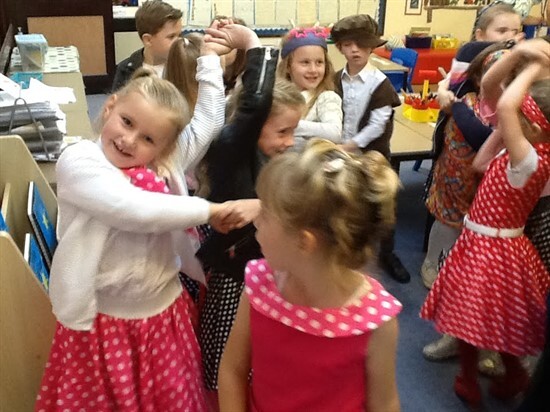


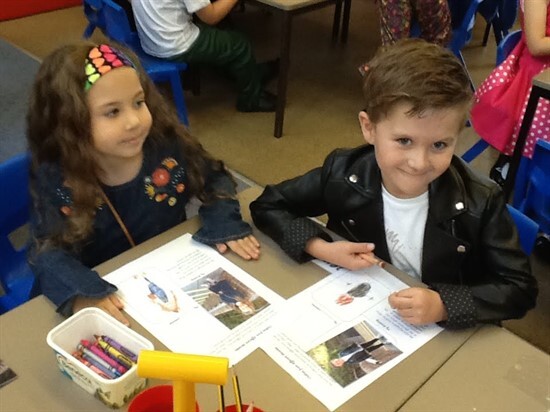


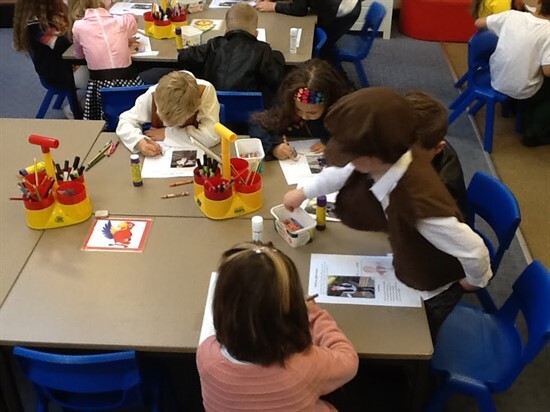
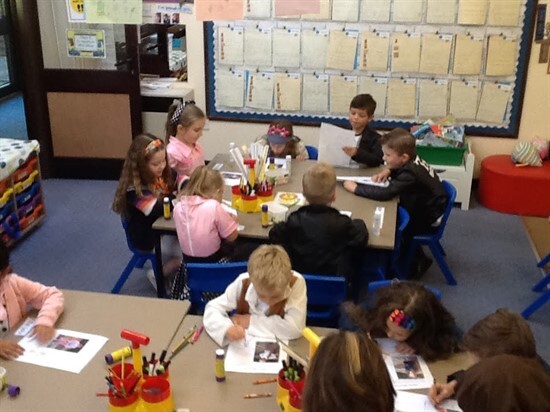
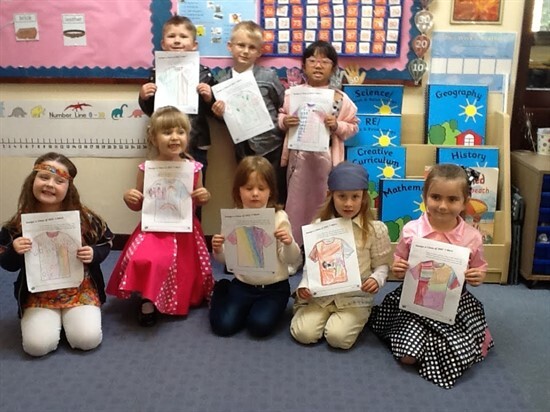
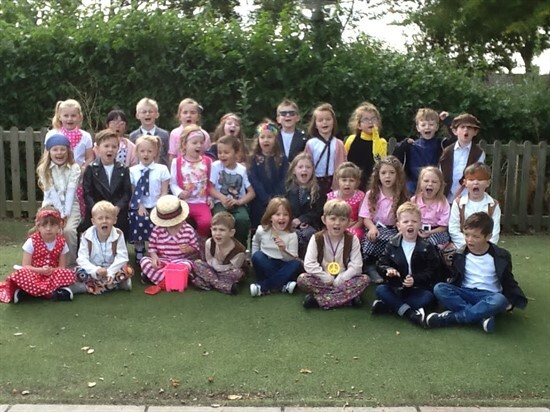
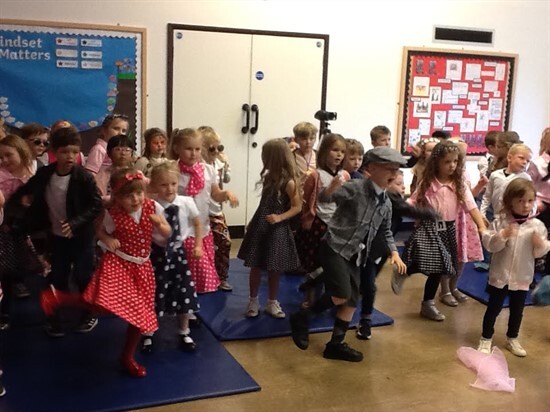
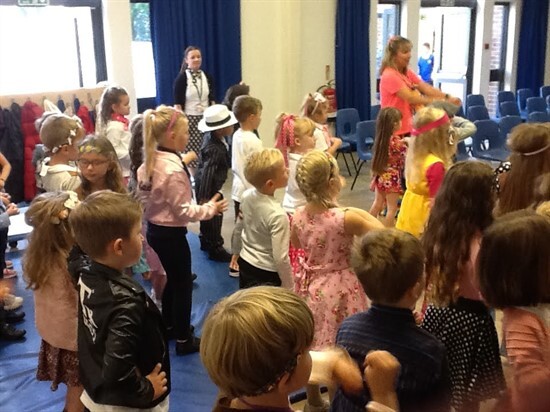





![Class 3 Maths] (12)](https://uk.sz-cdn.net/huishps/media/9683/211012110303080/550x412/class_3_maths_12_.jpg)
![Class 3 Maths] (13)](https://uk.sz-cdn.net/huishps/media/9684/211012110303584/550x412/class_3_maths_13_.jpg)
![Class 3 Maths] (14)](https://uk.sz-cdn.net/huishps/media/9685/211012110304384/550x412/class_3_maths_14_.jpg)
![Class 3 Maths] (15)](https://uk.sz-cdn.net/huishps/media/9686/211012110304910/550x412/class_3_maths_15_.jpg)
![Class 3 Maths] (16)](https://uk.sz-cdn.net/huishps/media/9687/211012110305746/550x412/class_3_maths_16_.jpg)
![Class 3 Maths] (17)](https://uk.sz-cdn.net/huishps/media/9688/211012110306948/550x412/class_3_maths_17_.jpg)
![Class 3 Maths] (18)](https://uk.sz-cdn.net/huishps/media/9689/211012110308447/550x412/class_3_maths_18_.jpg)
![Class 3 Maths] (19)](https://uk.sz-cdn.net/huishps/media/9690/211012110309221/550x412/class_3_maths_19_.jpg)
![Class 3 Maths] (22)](https://uk.sz-cdn.net/huishps/media/9691/211012110309859/550x412/class_3_maths_22_.jpg)
![Class 3 Maths] (23)](https://uk.sz-cdn.net/huishps/media/9692/211012110310318/550x412/class_3_maths_23_.jpg)
